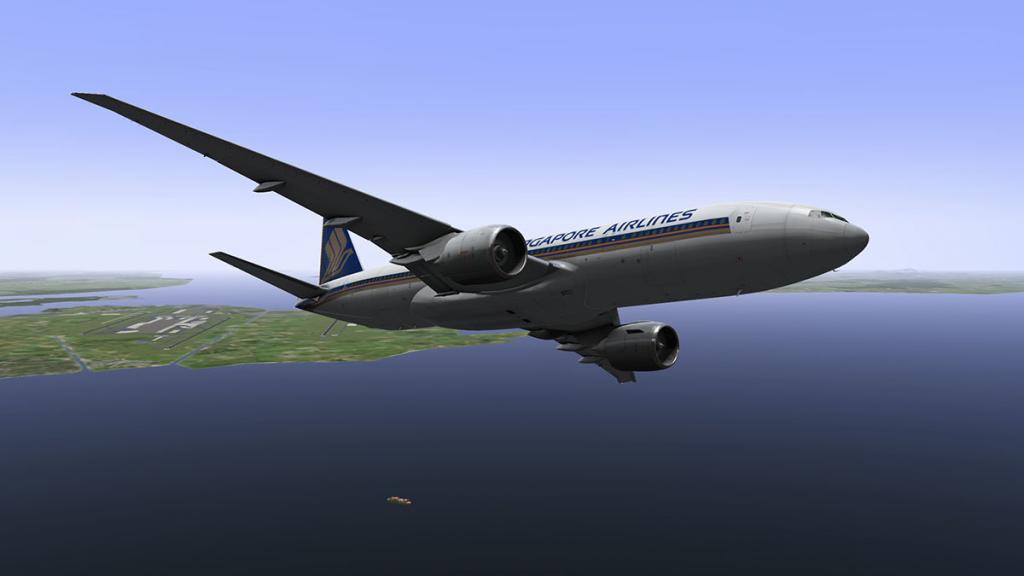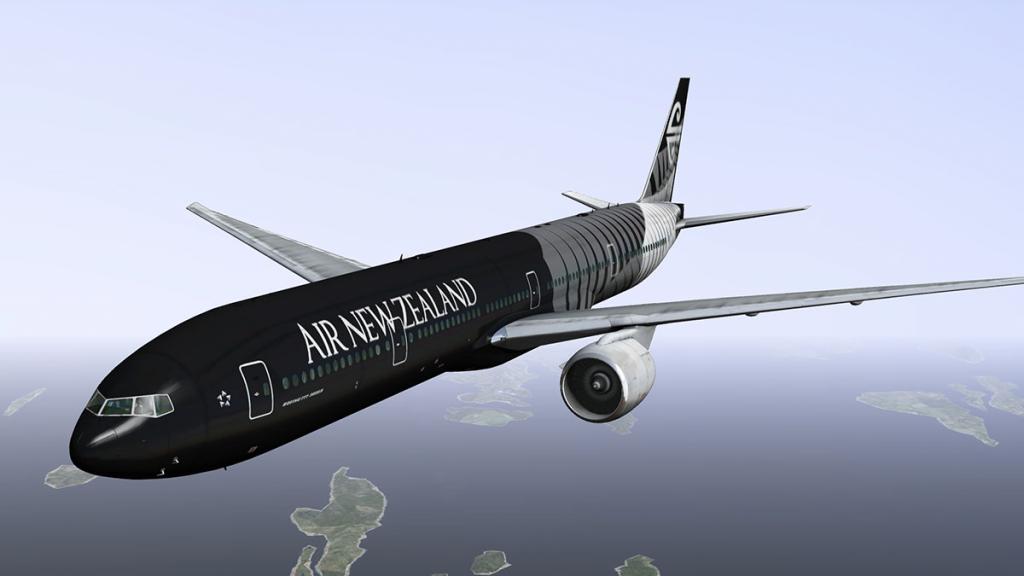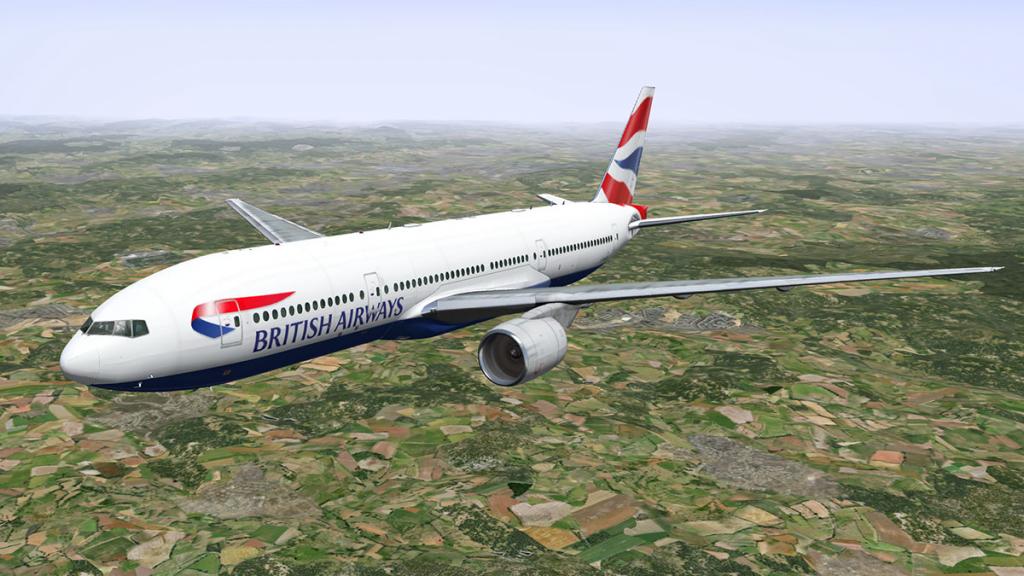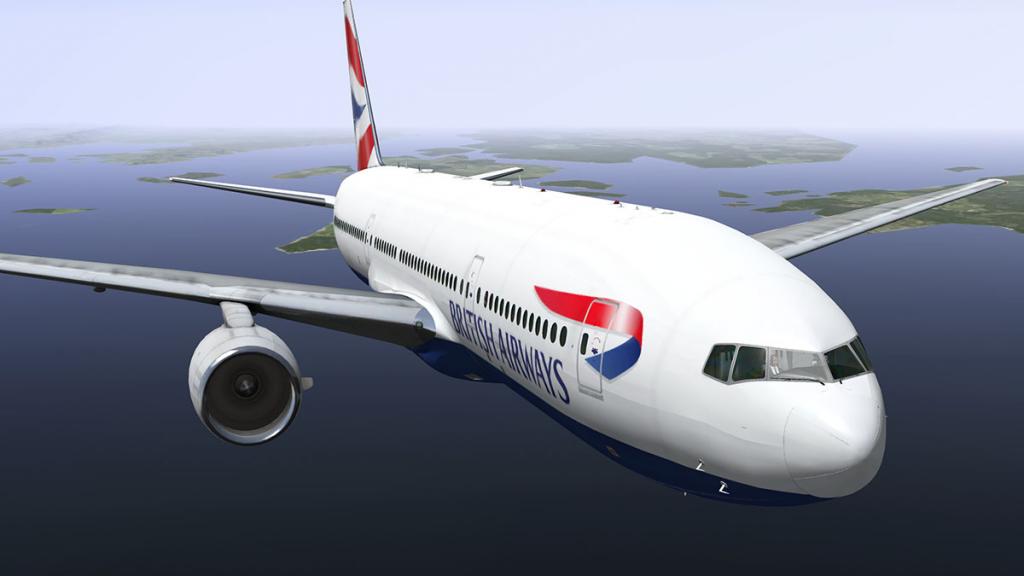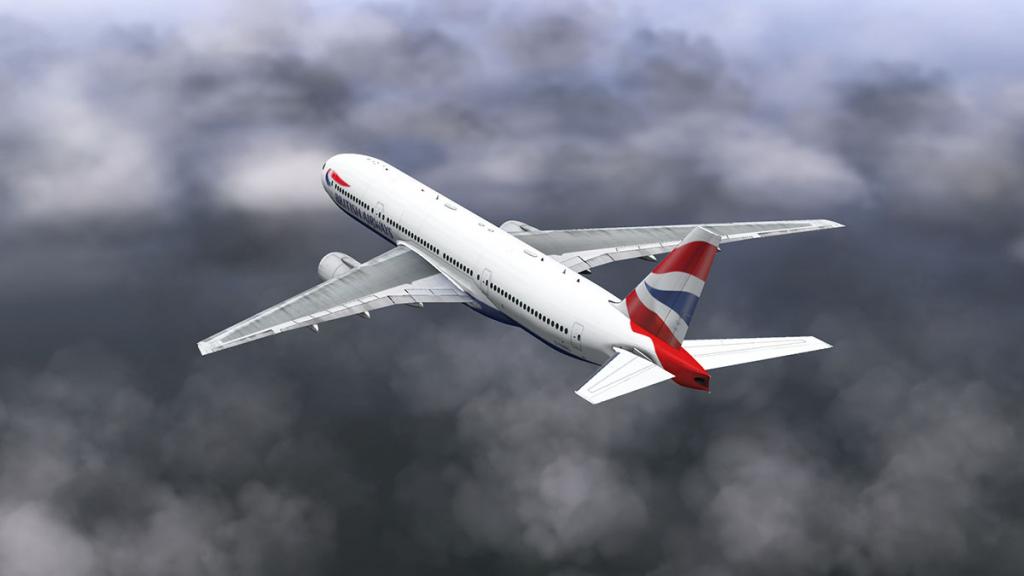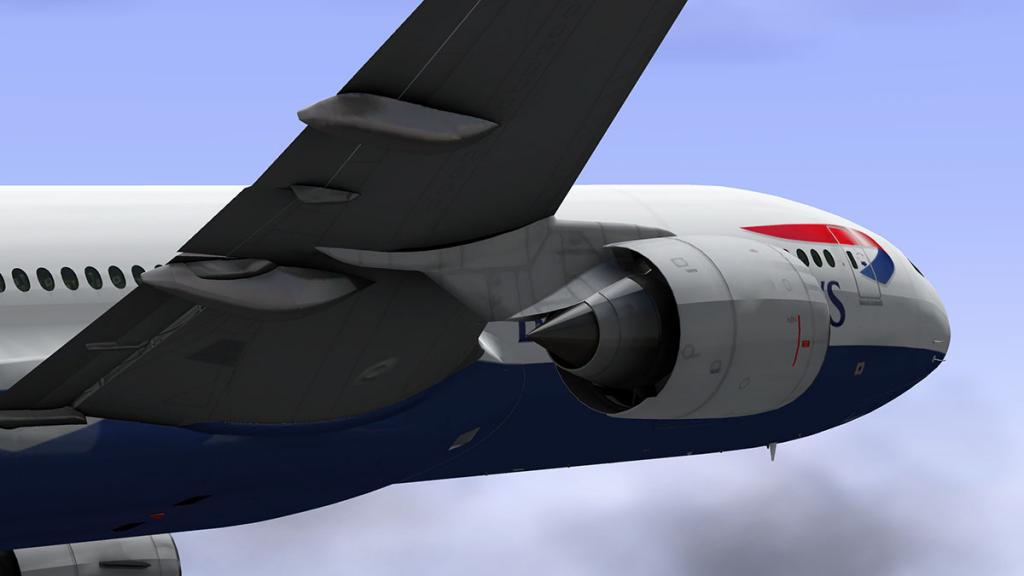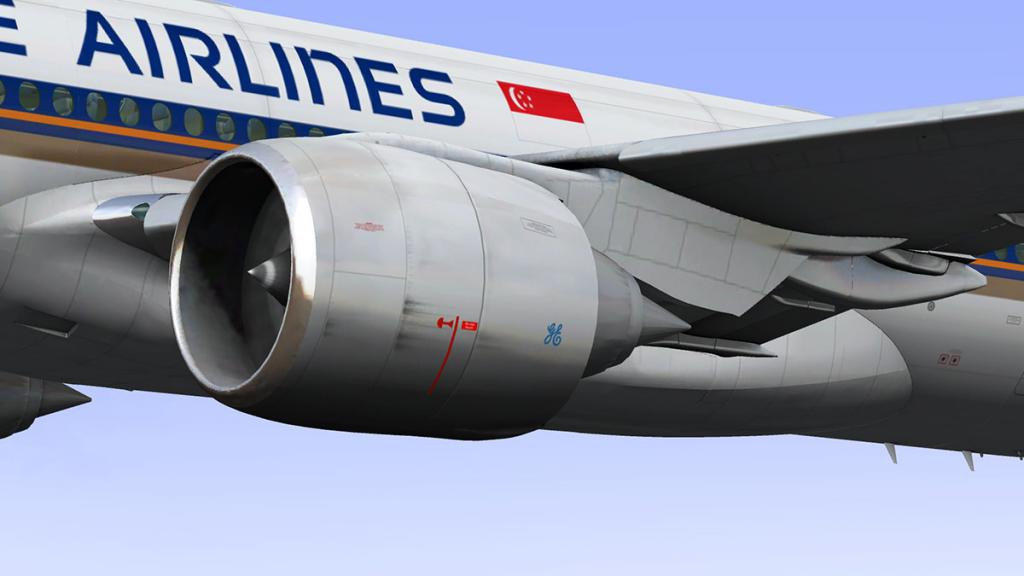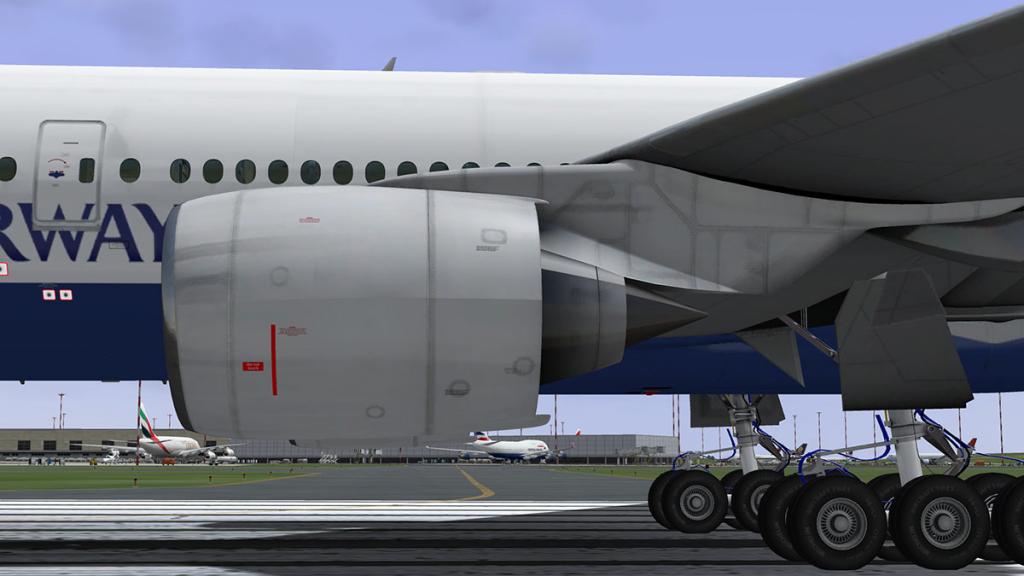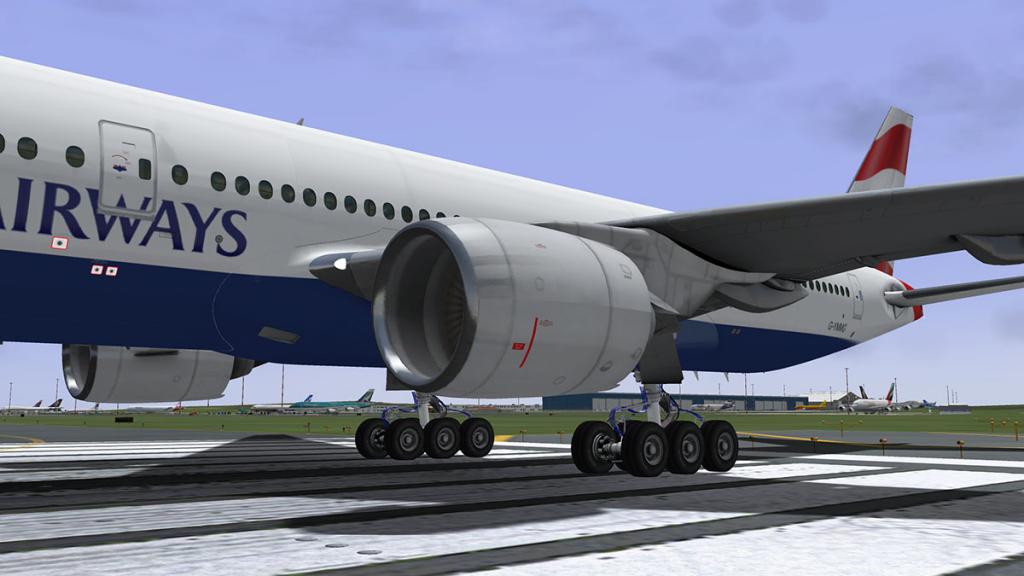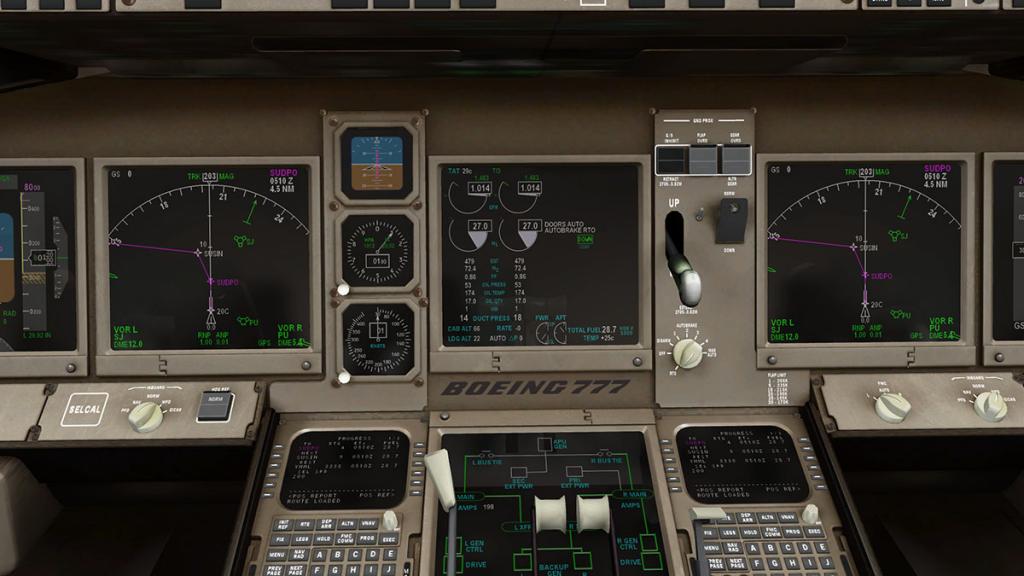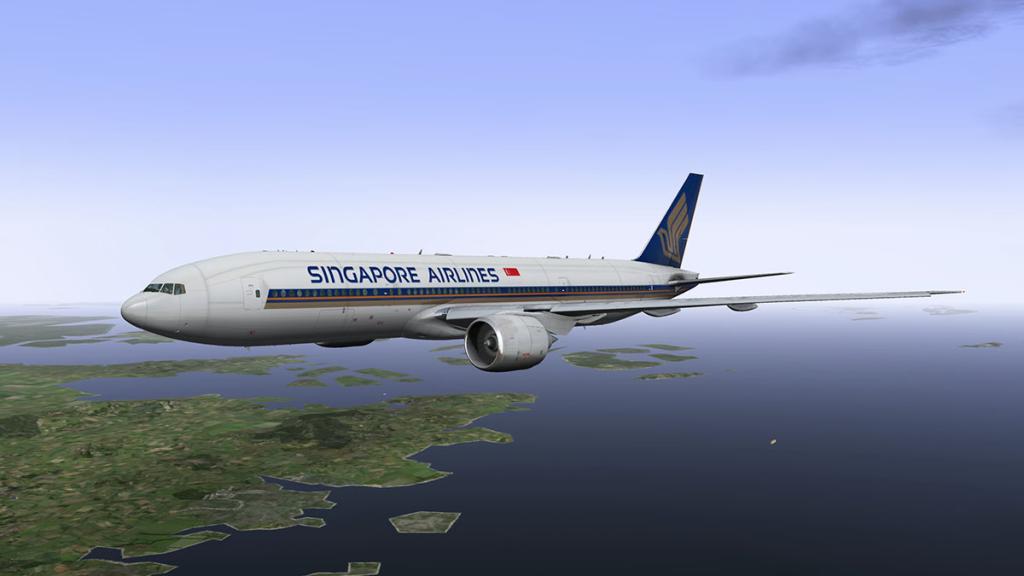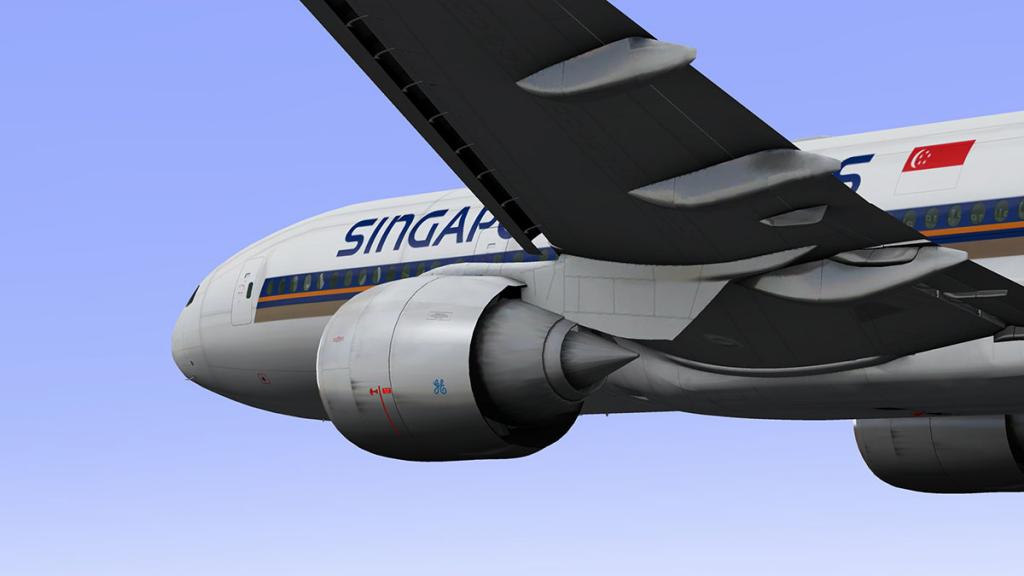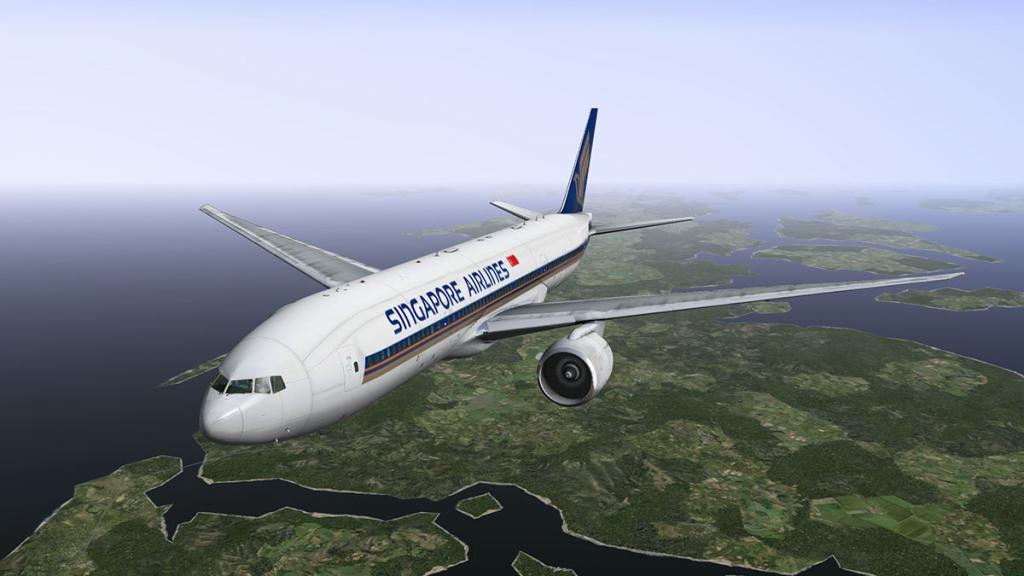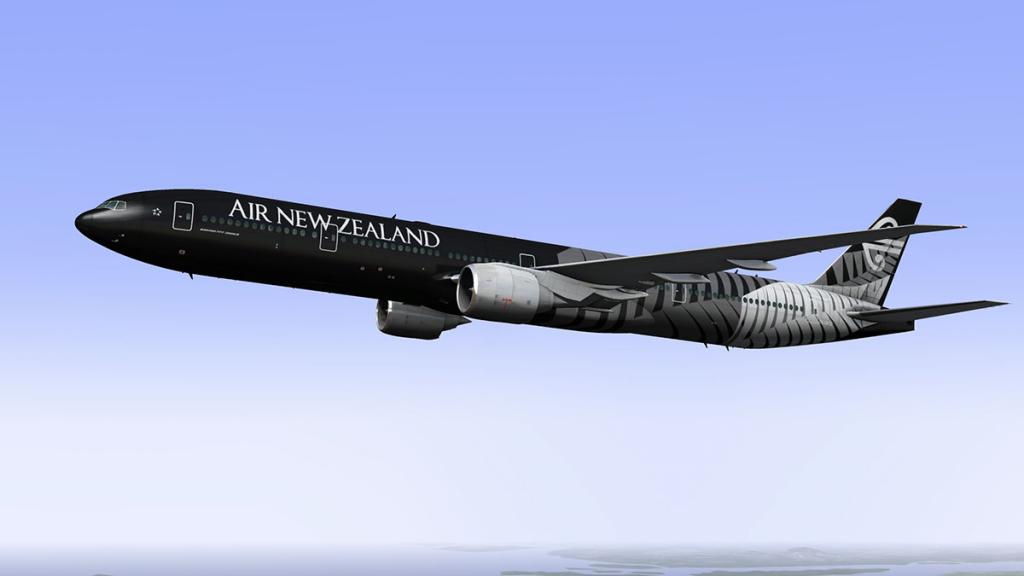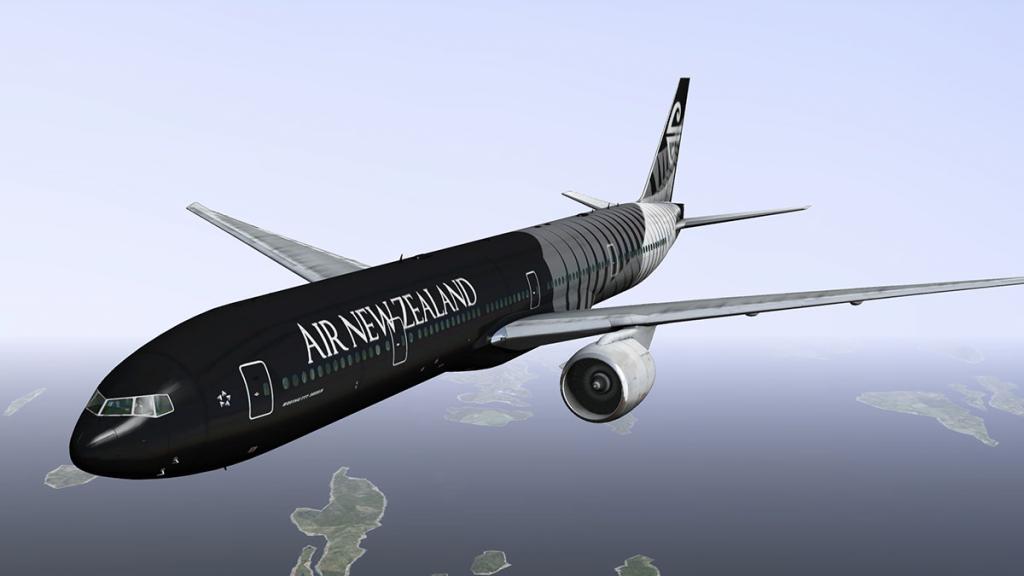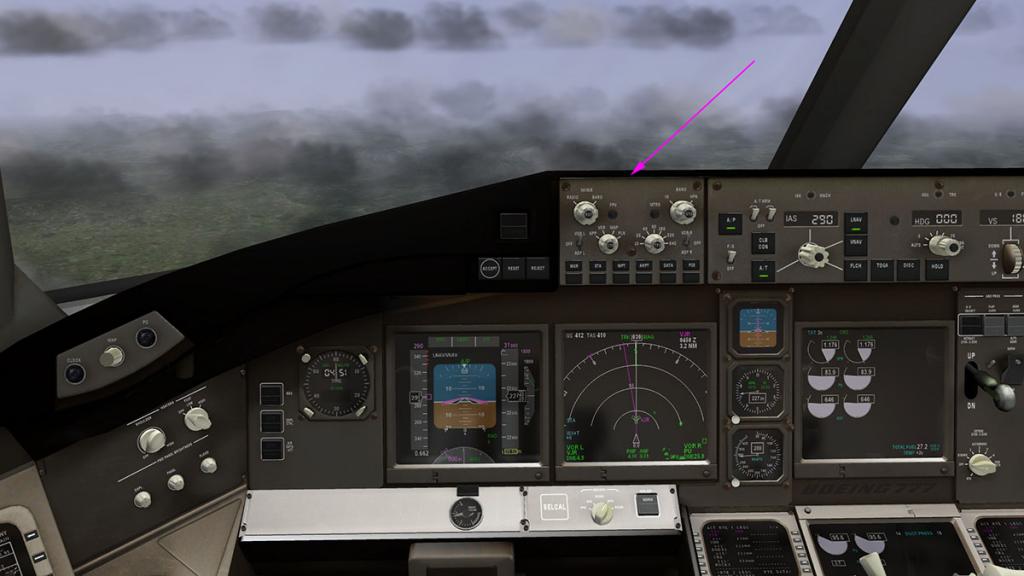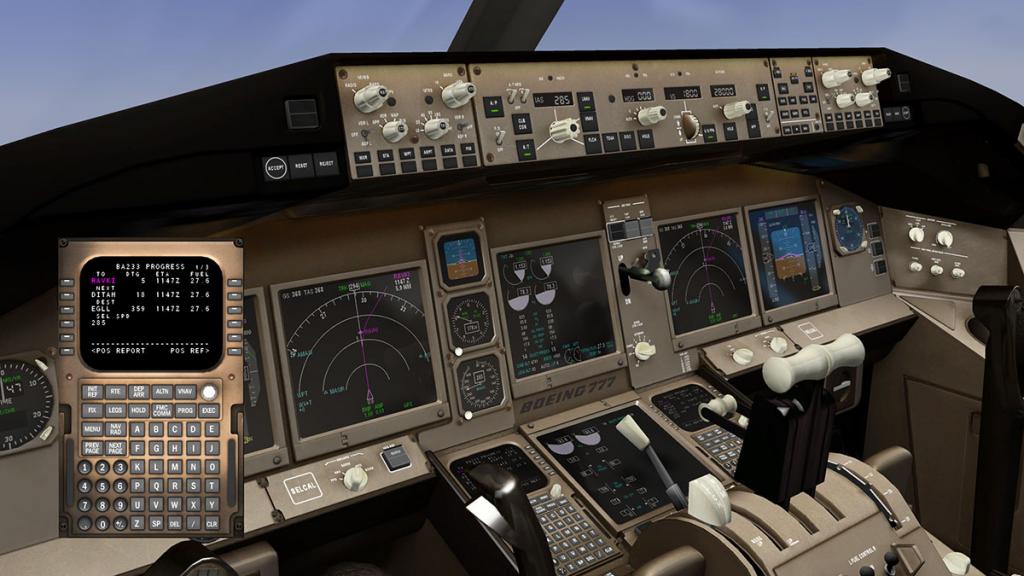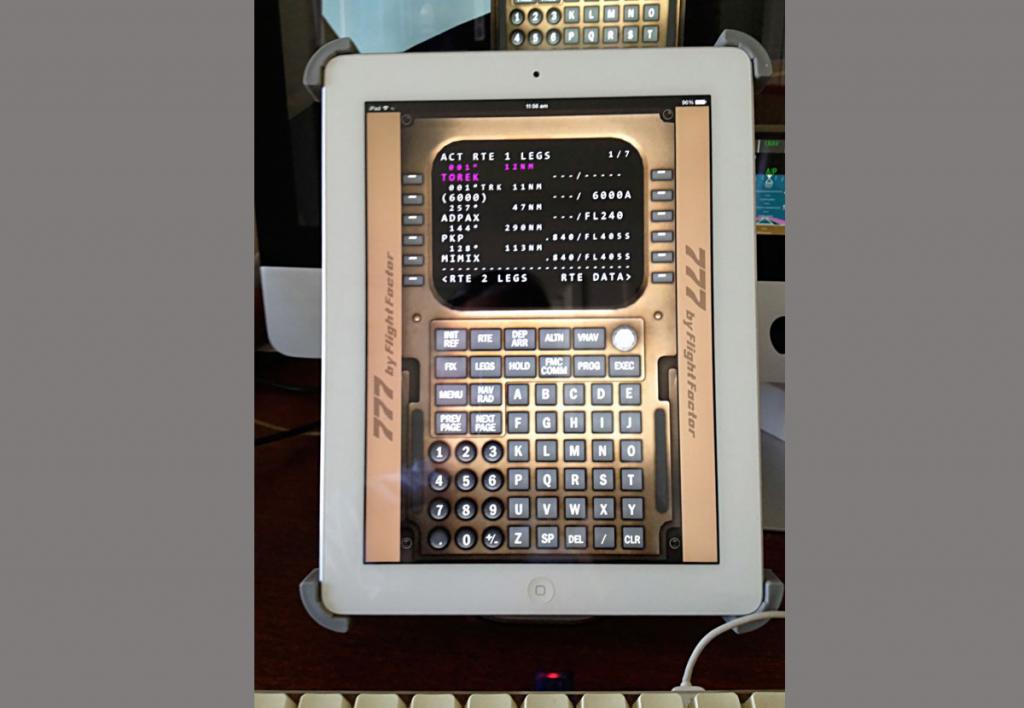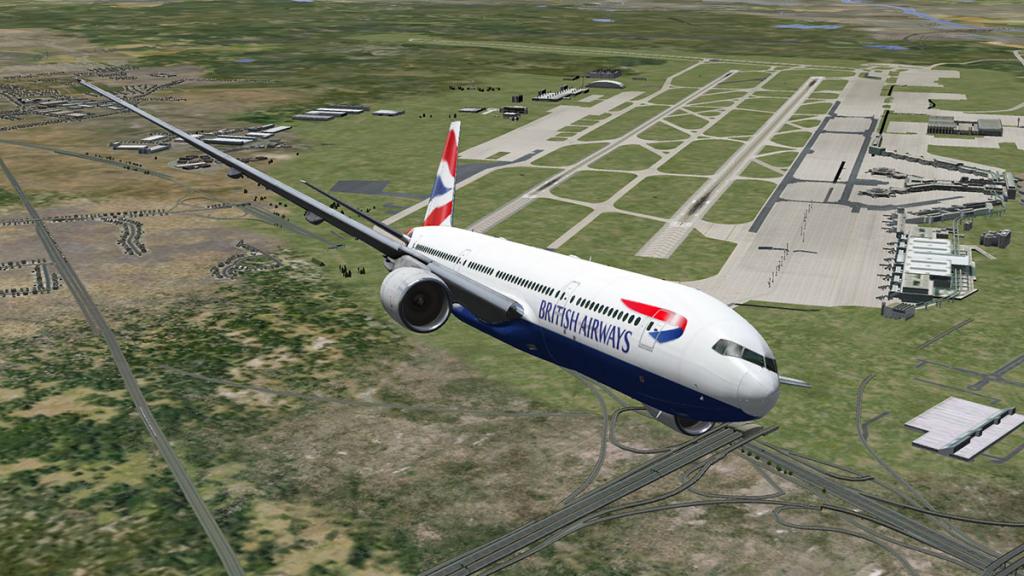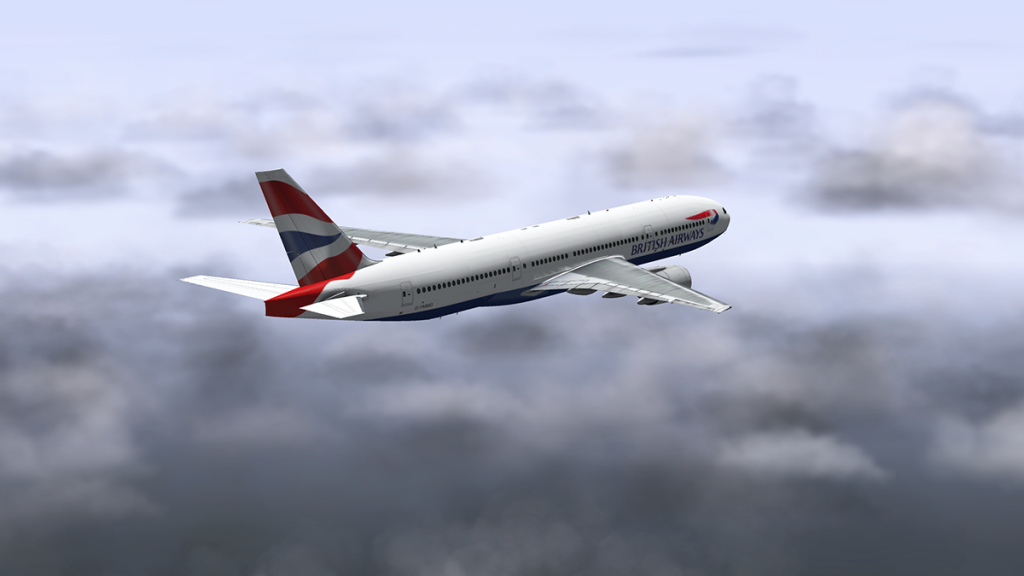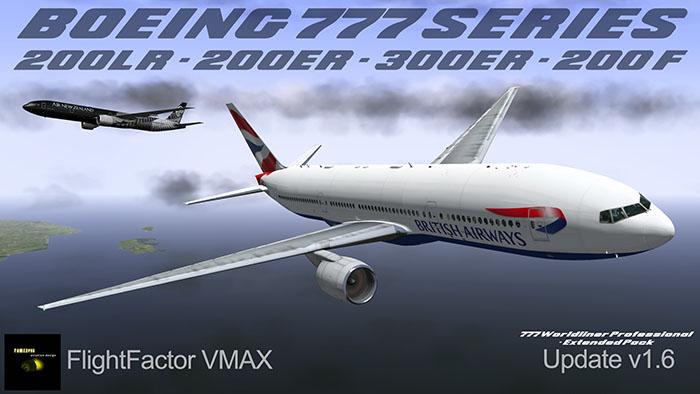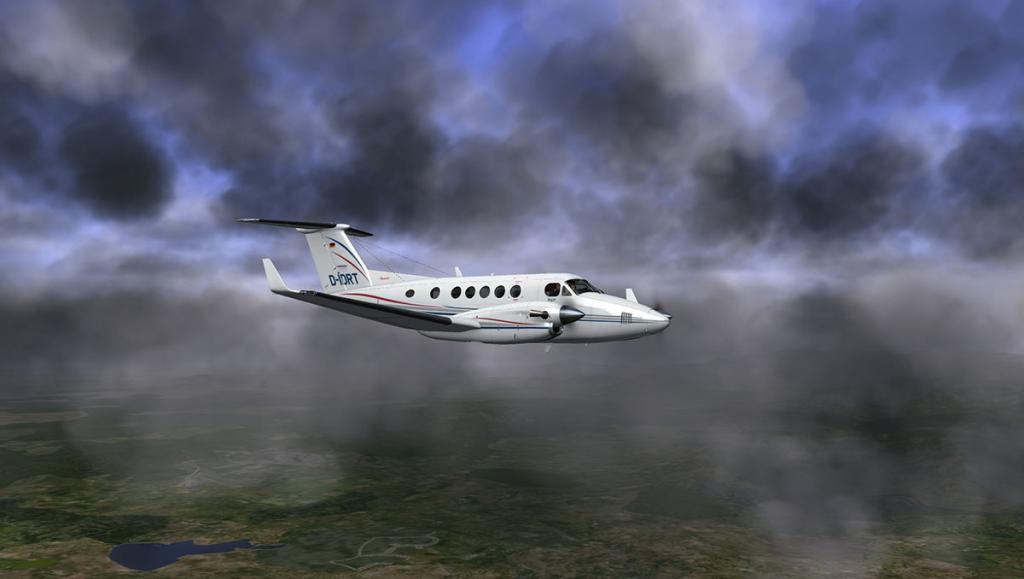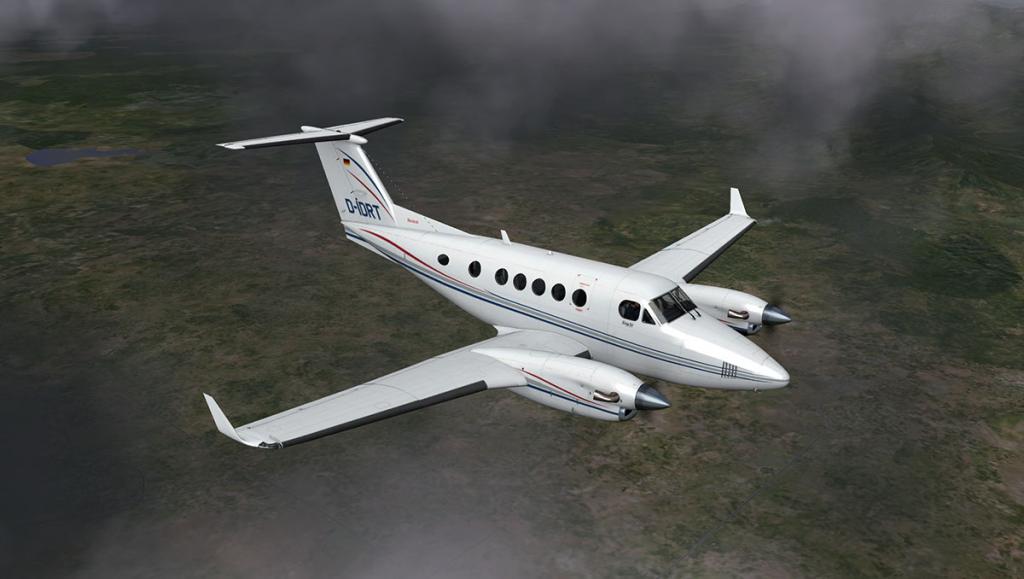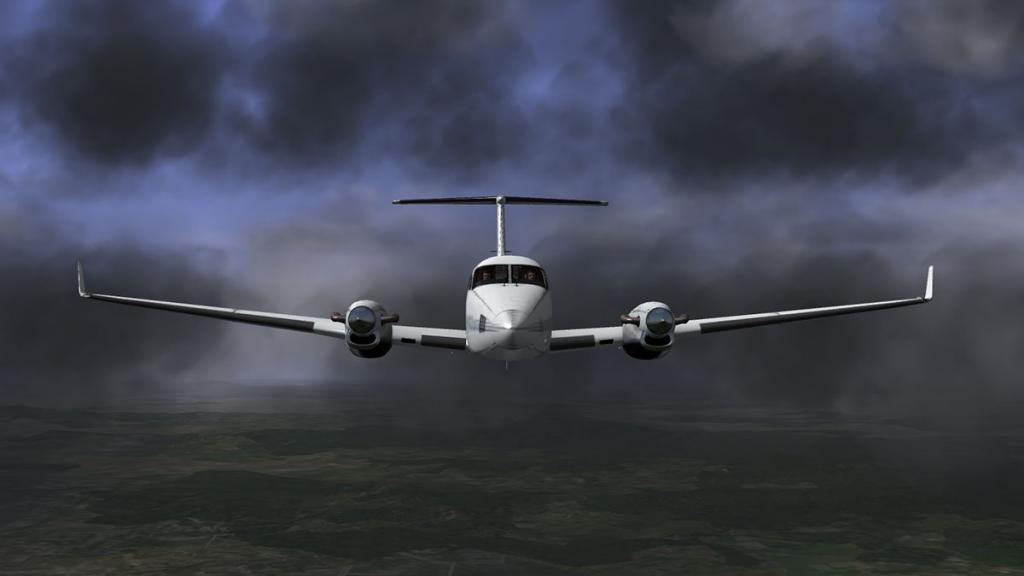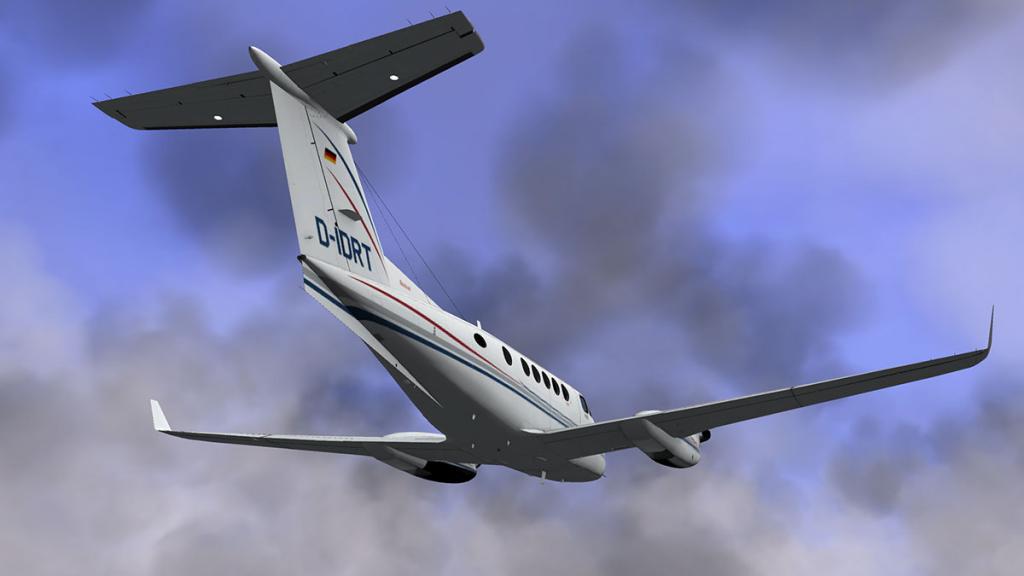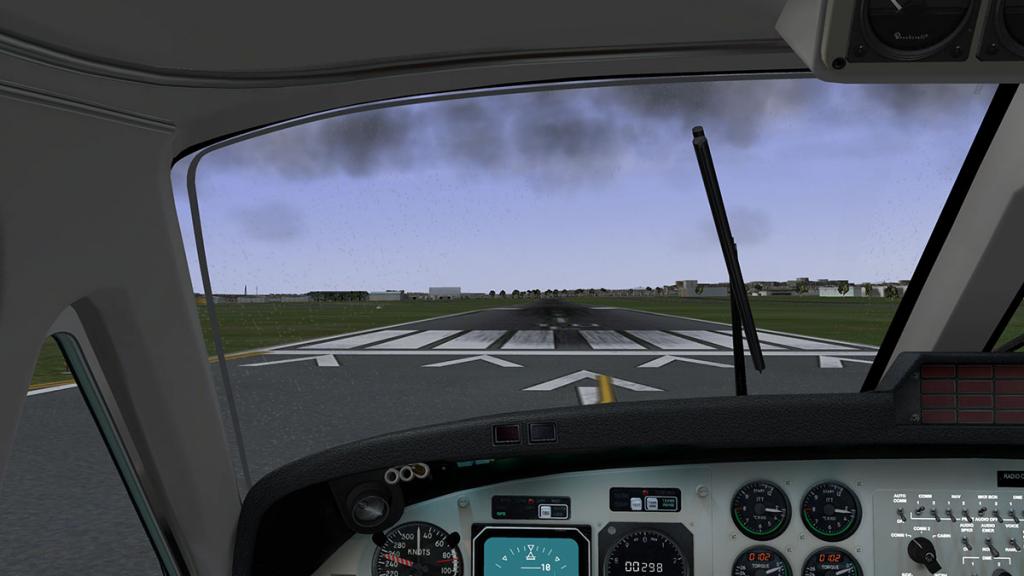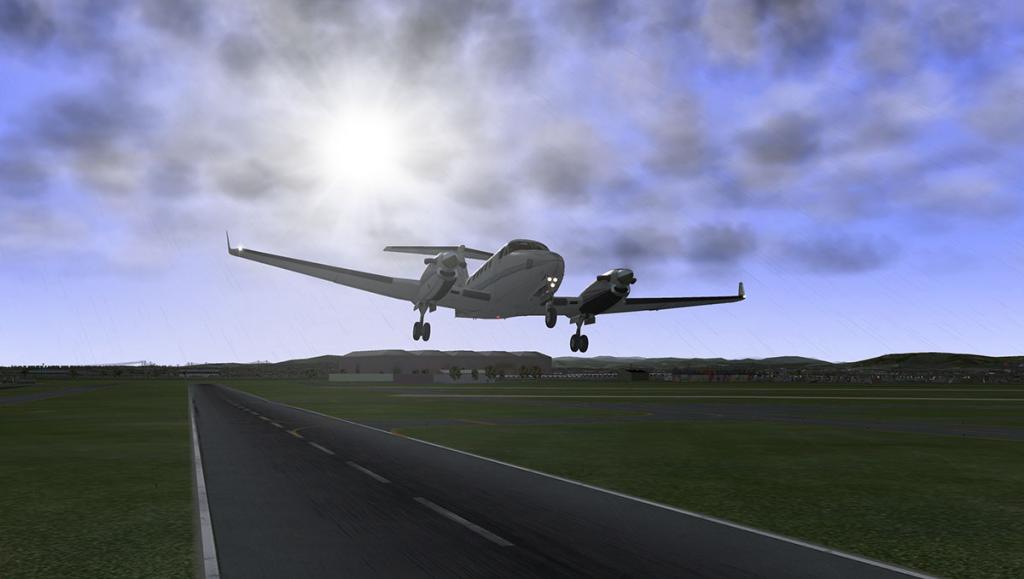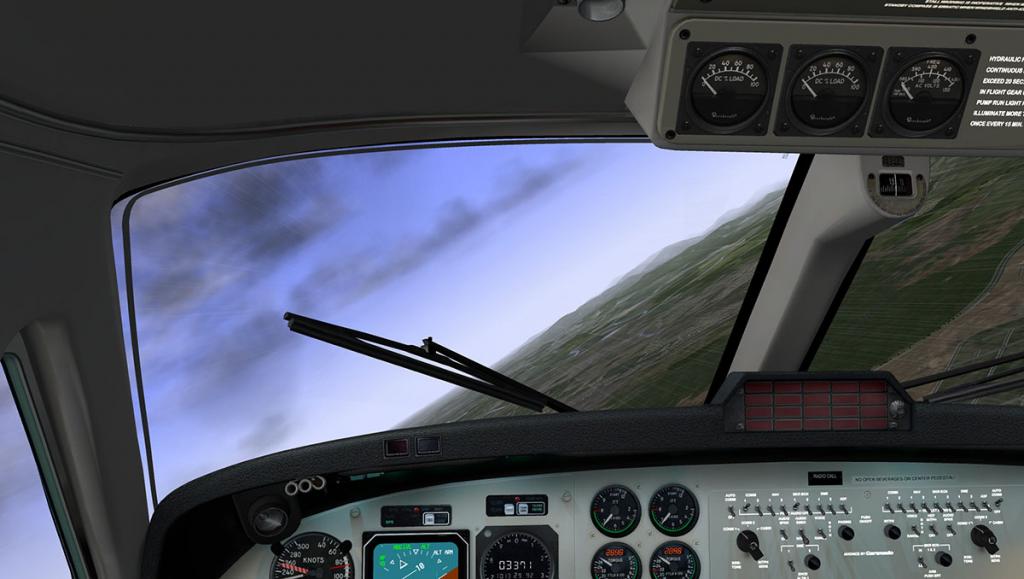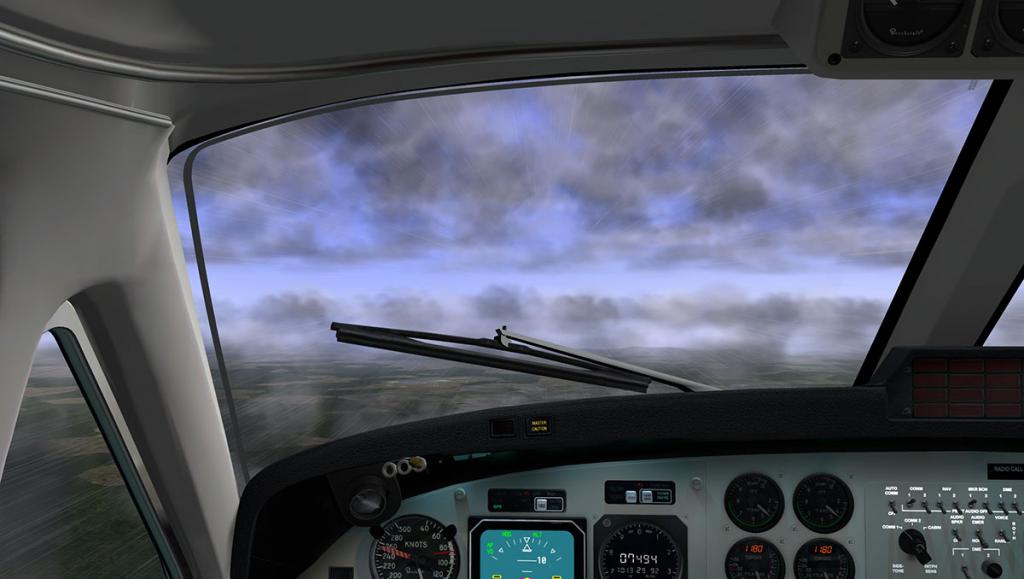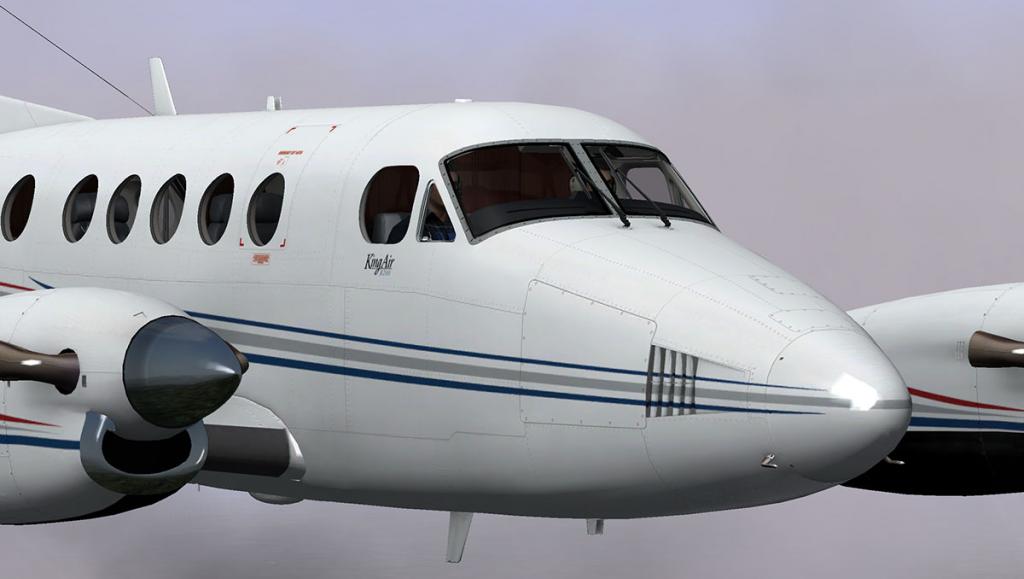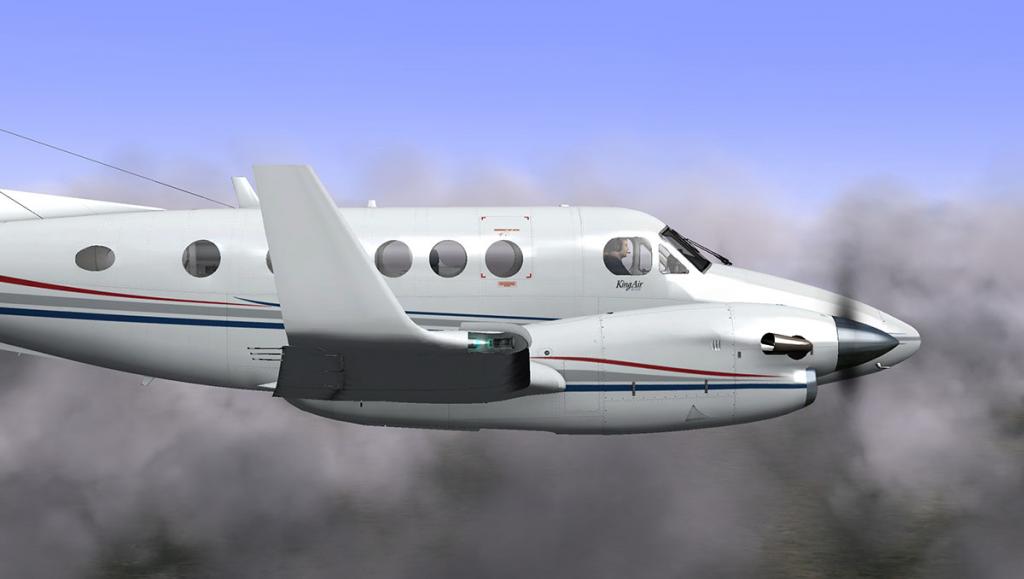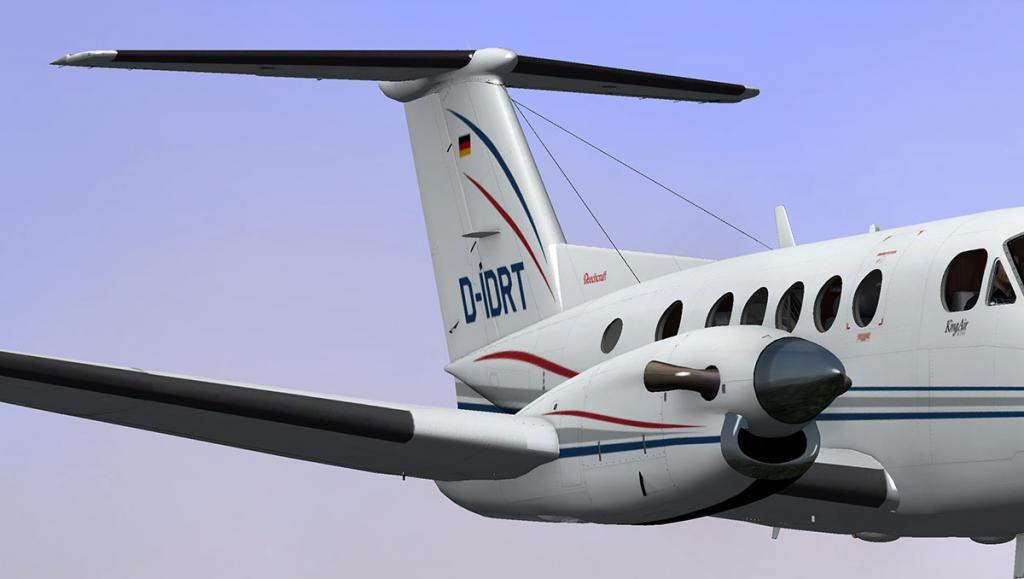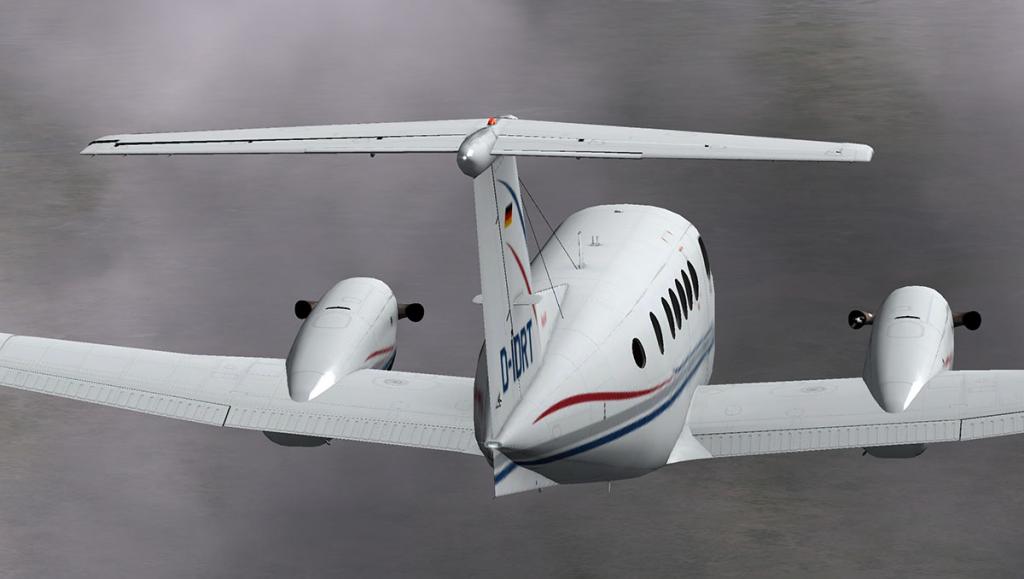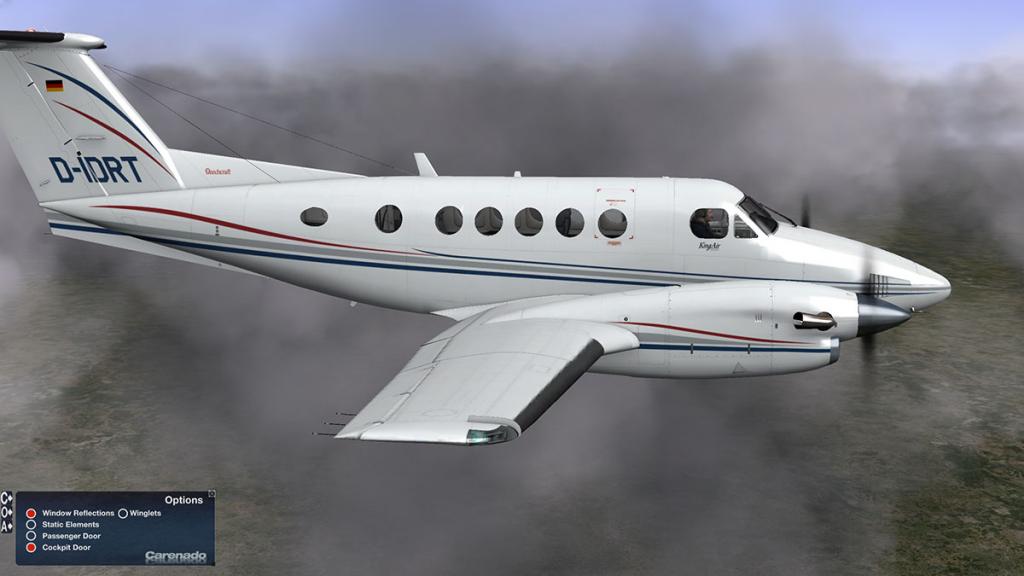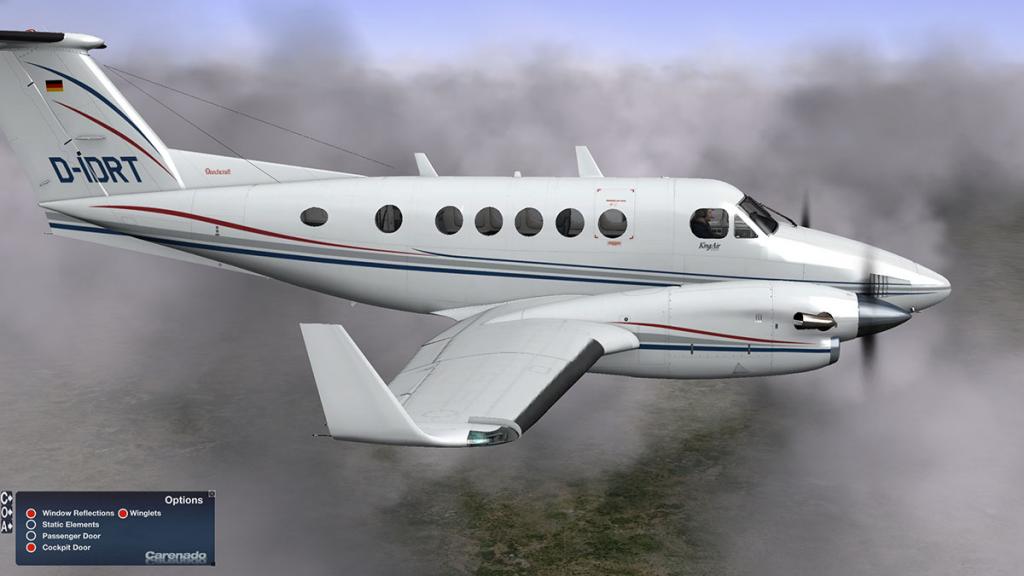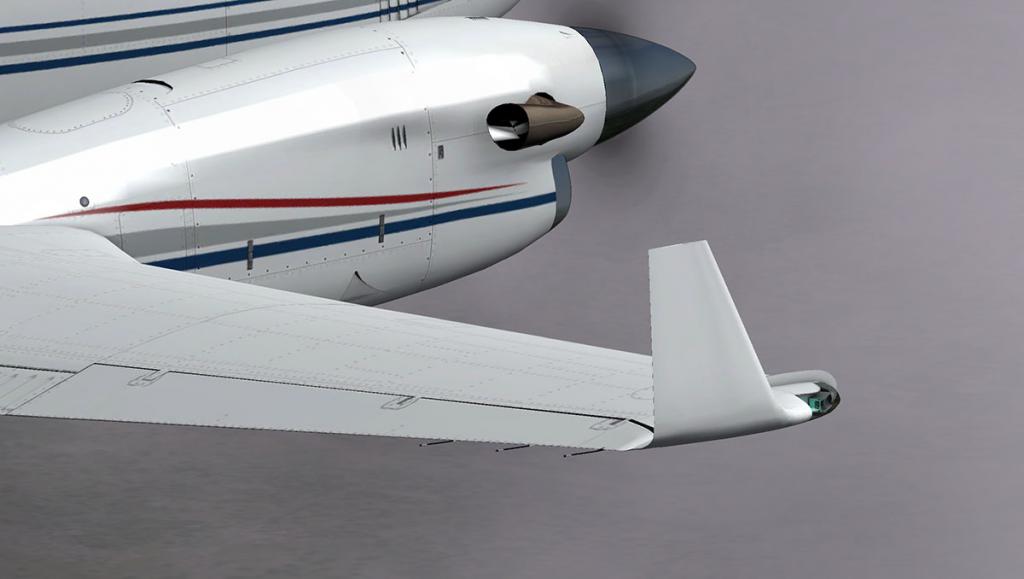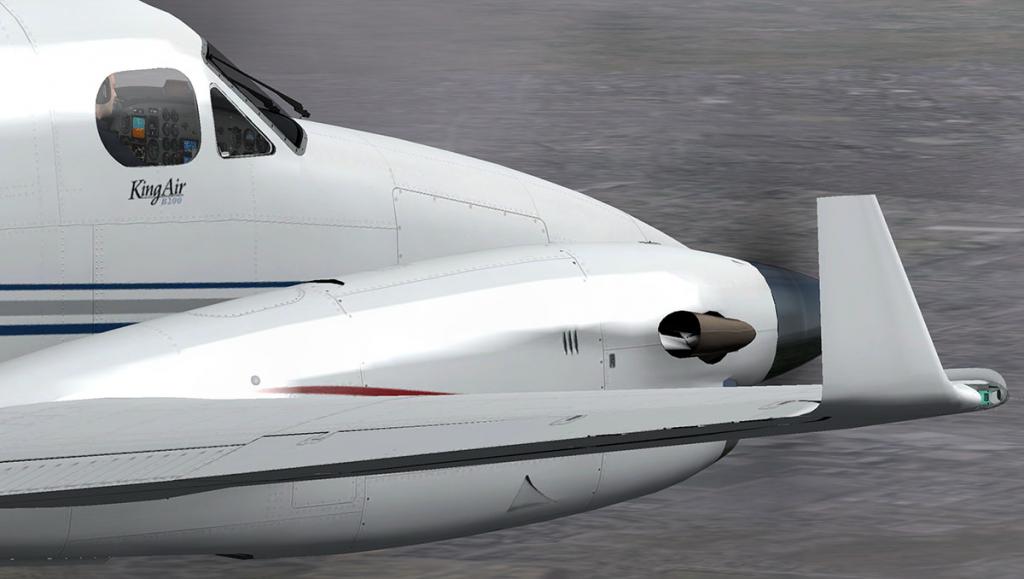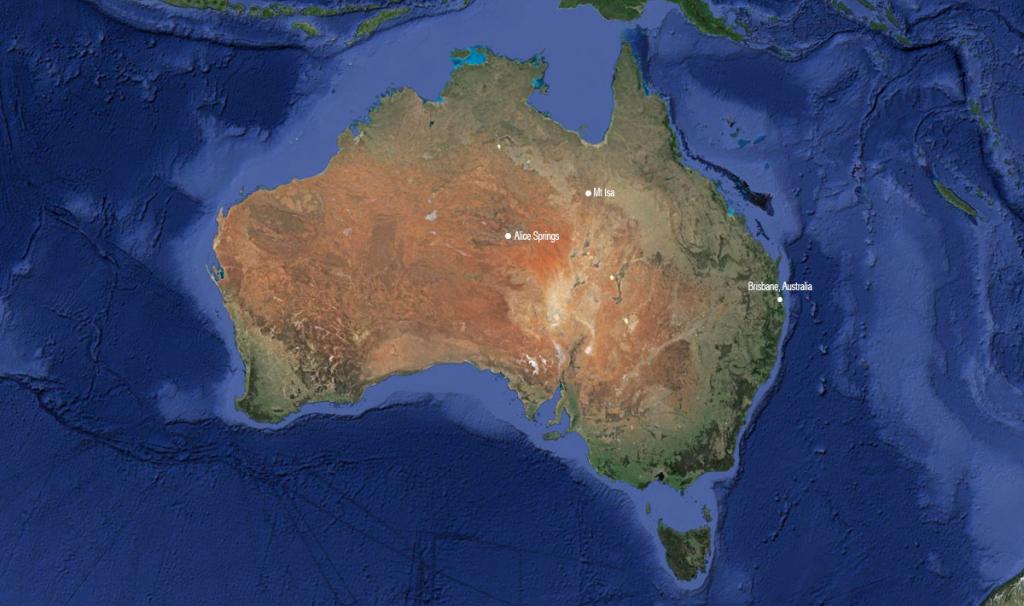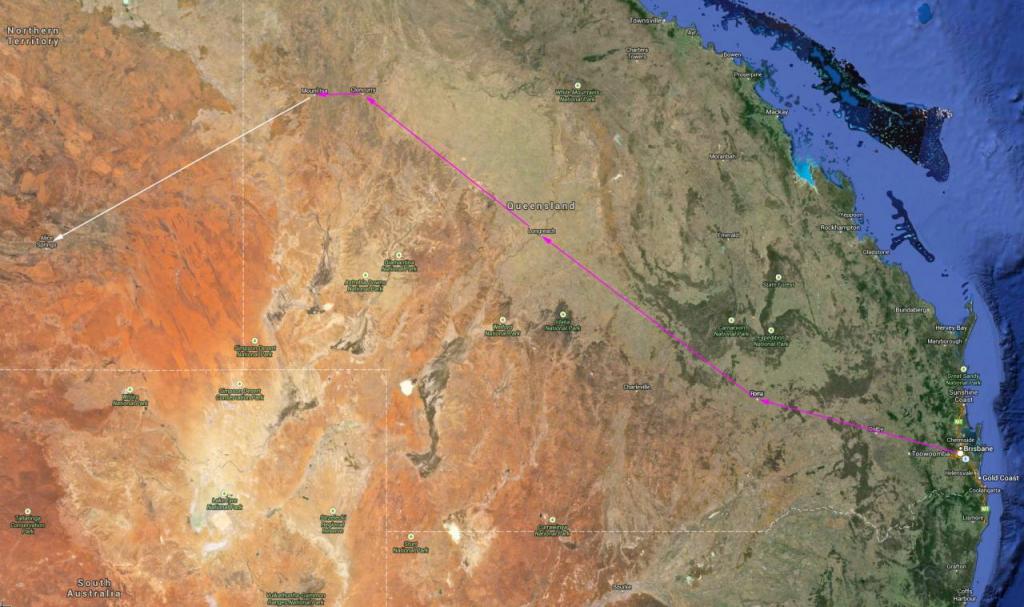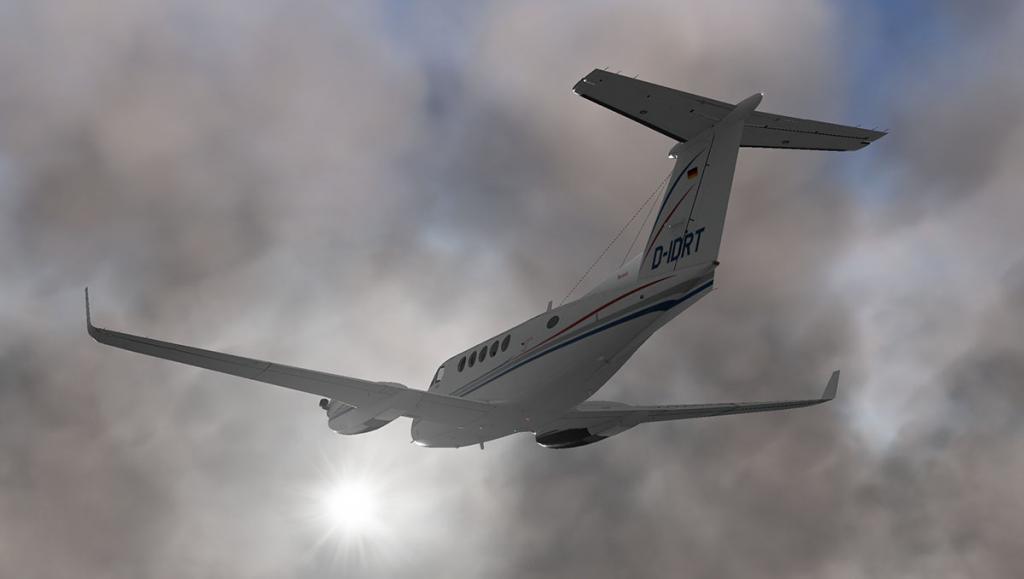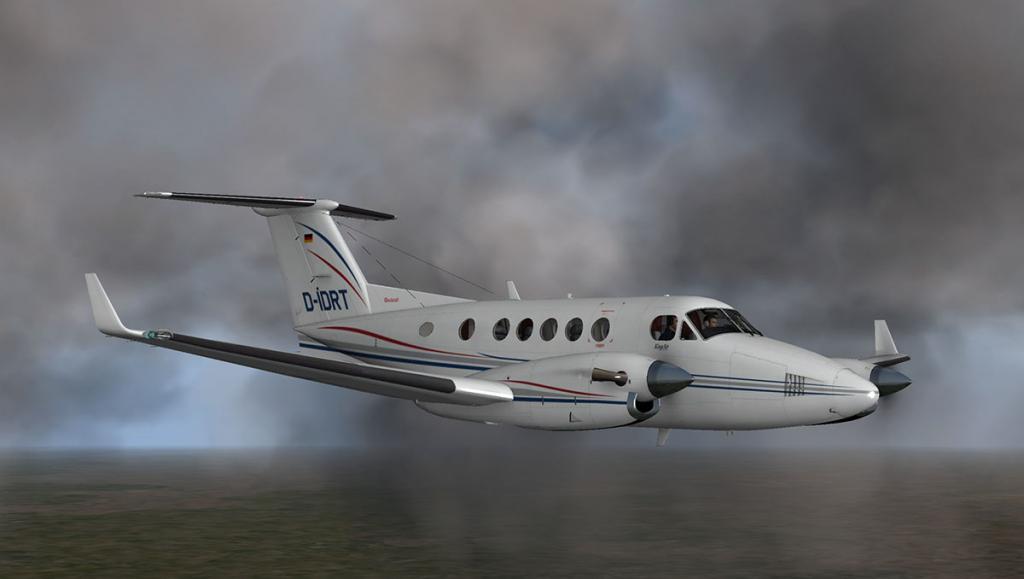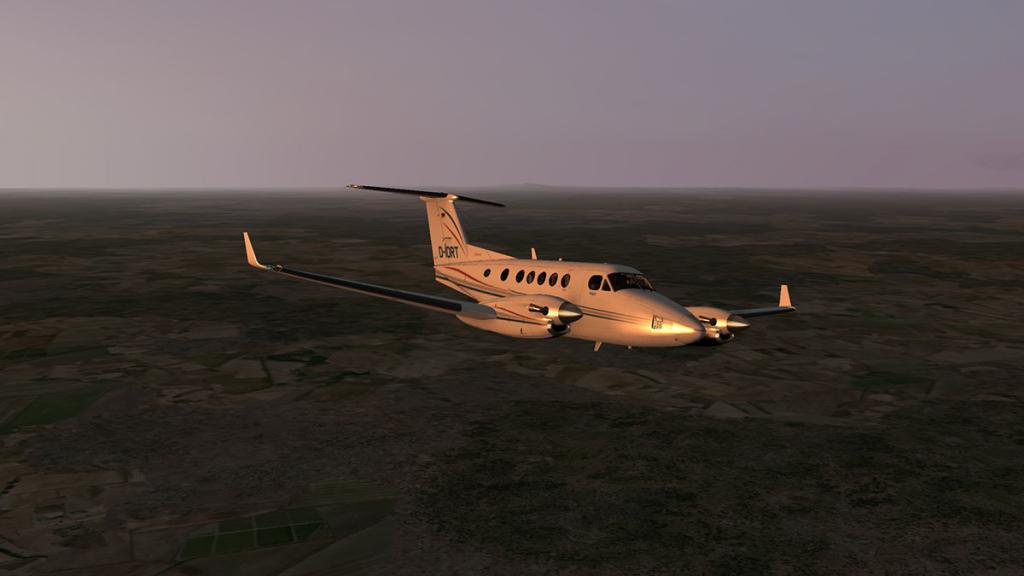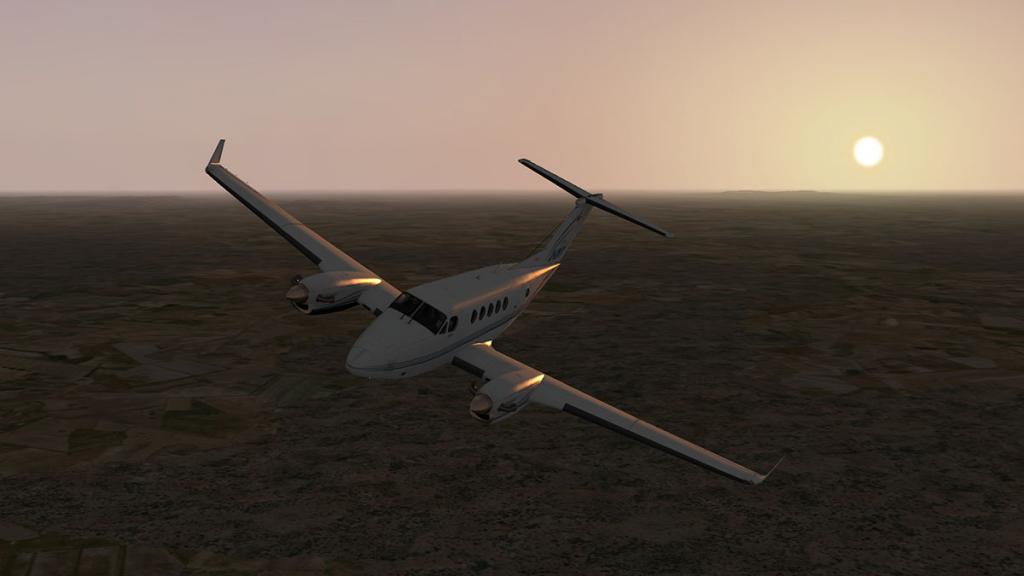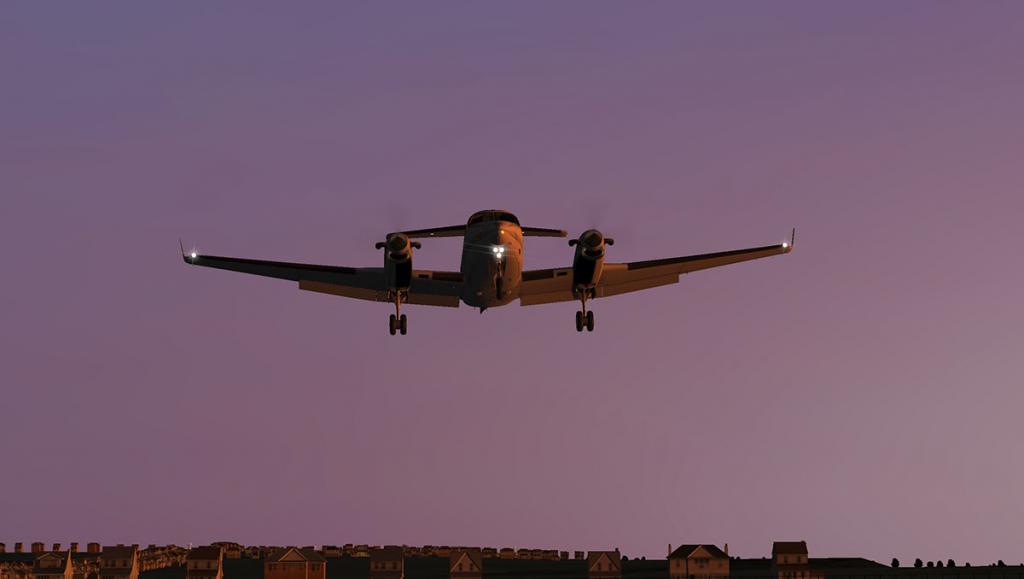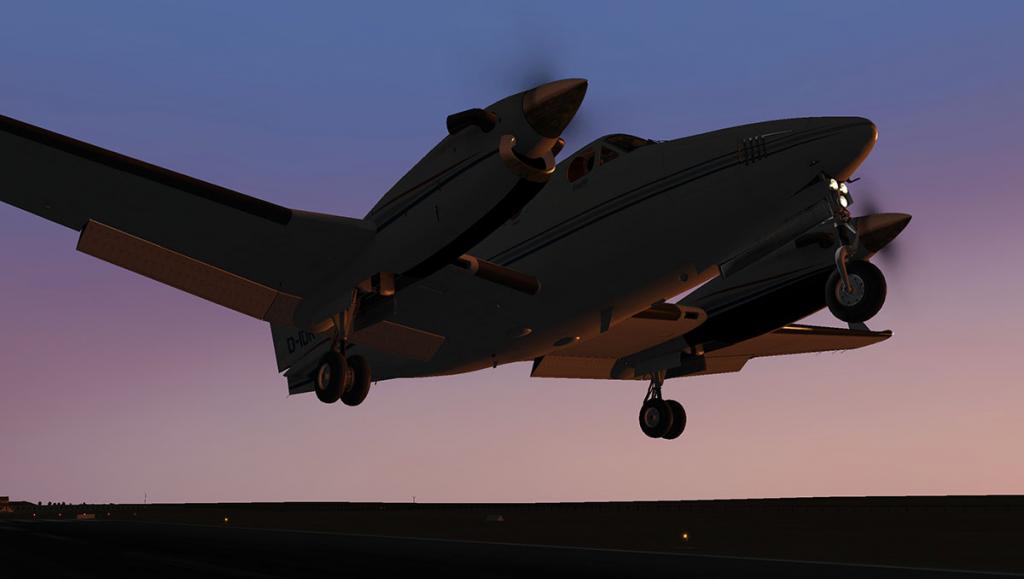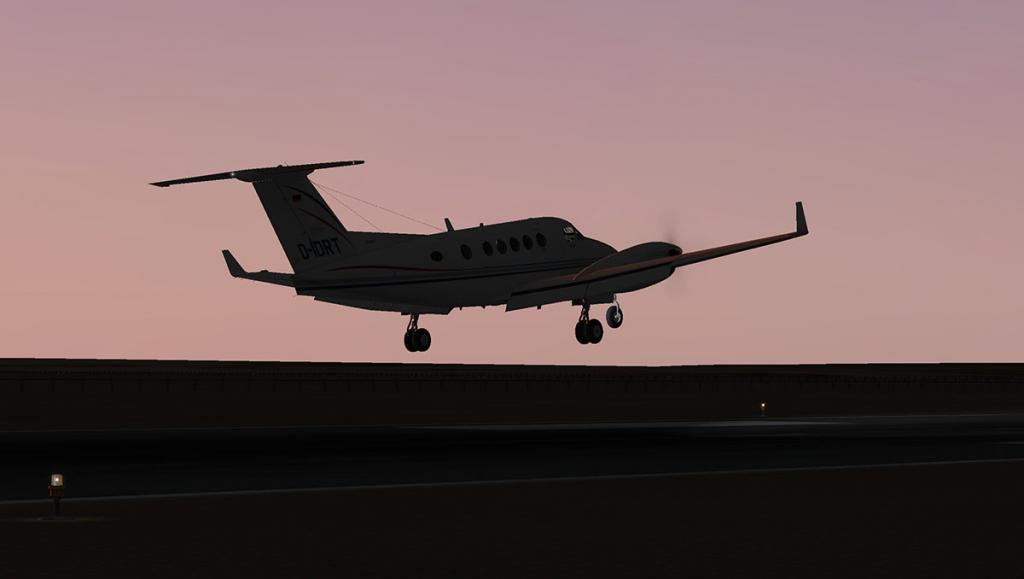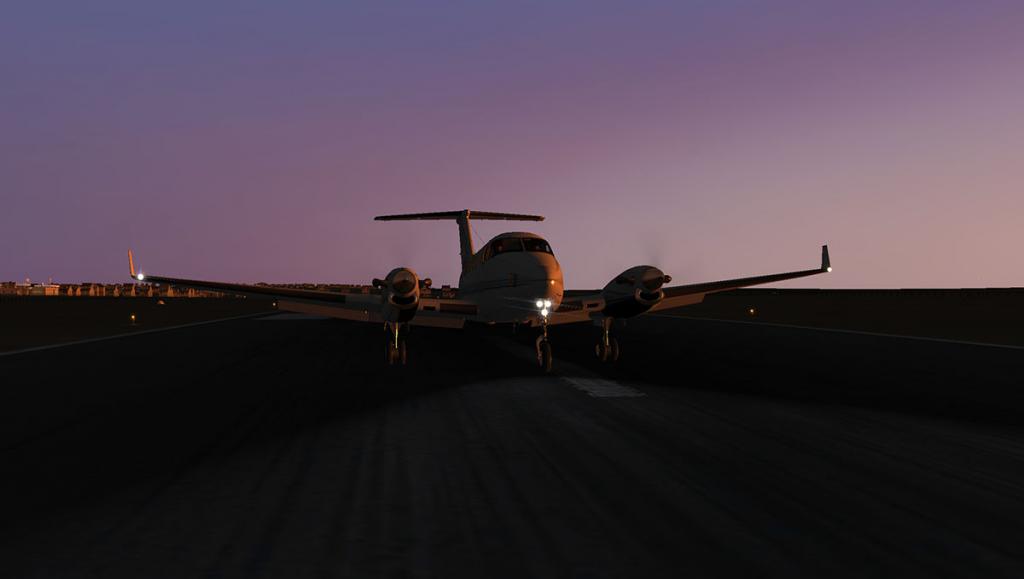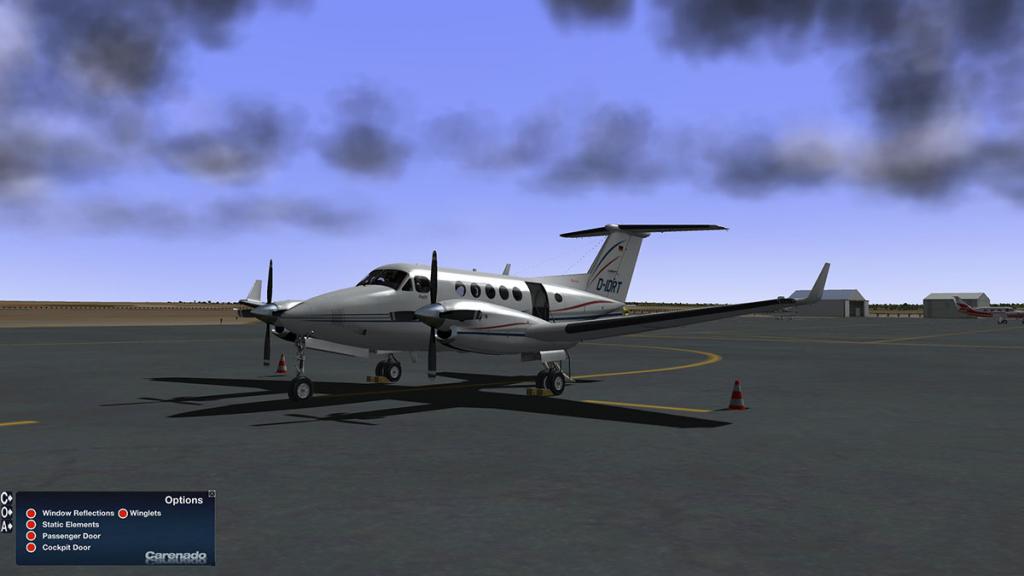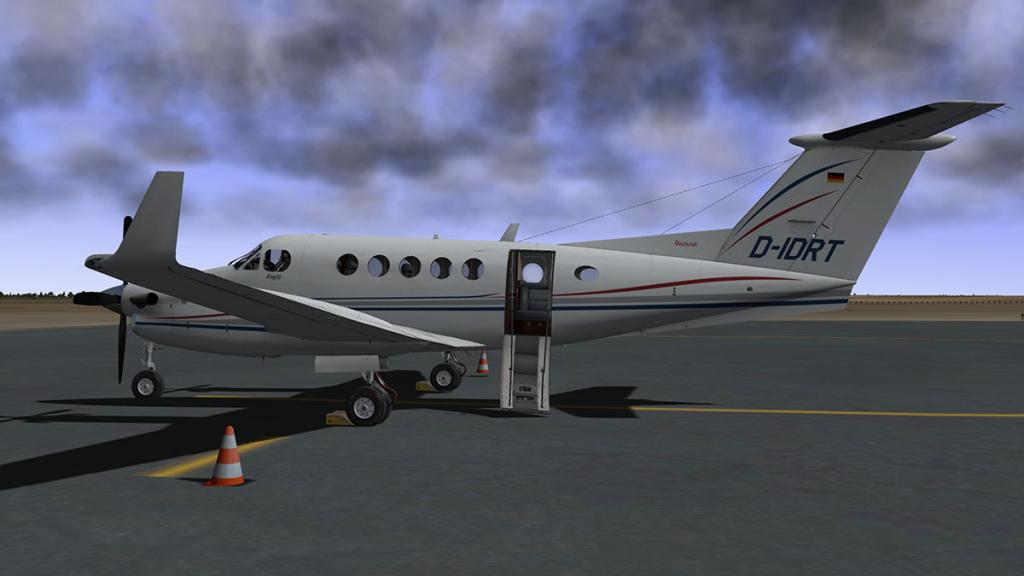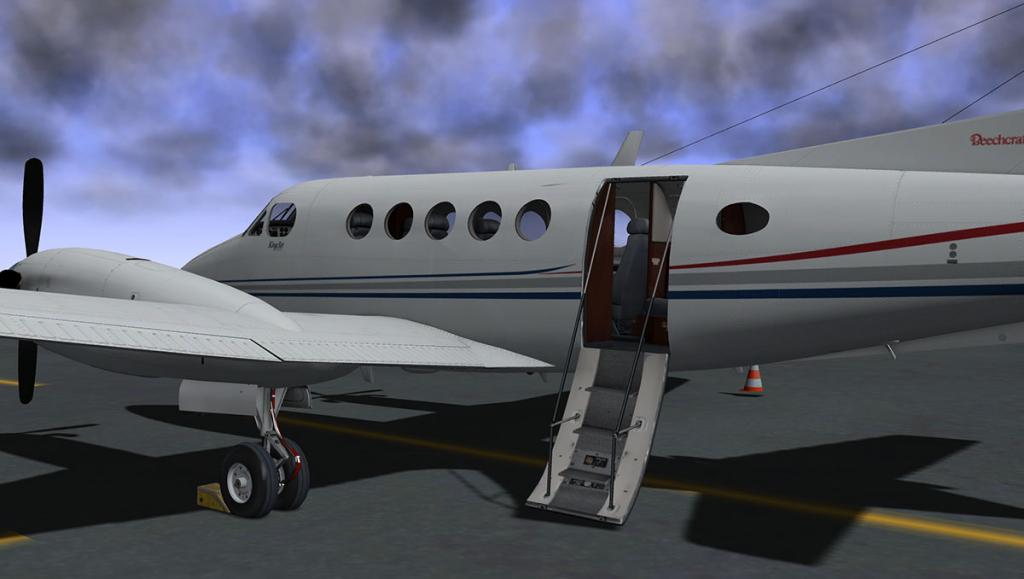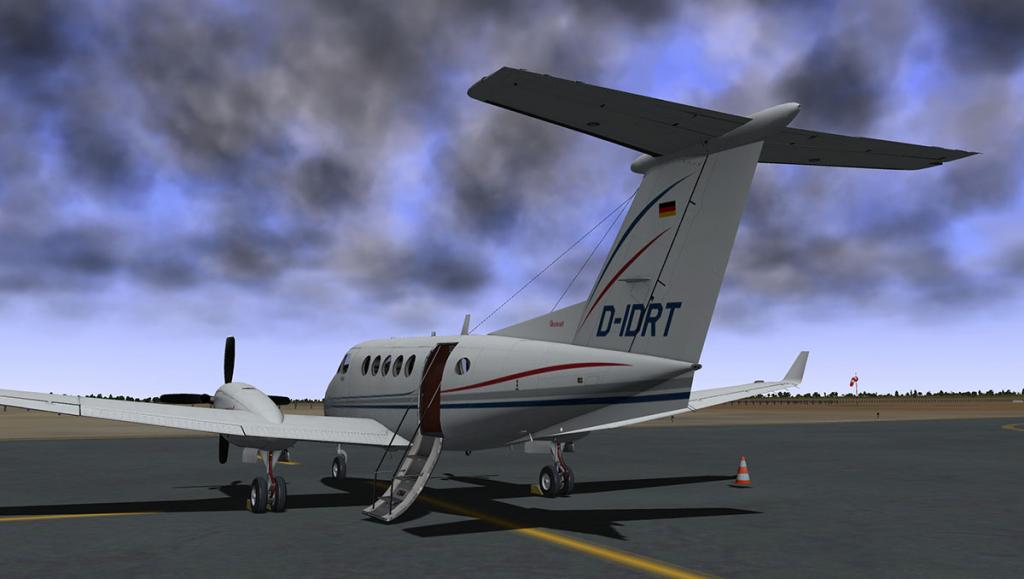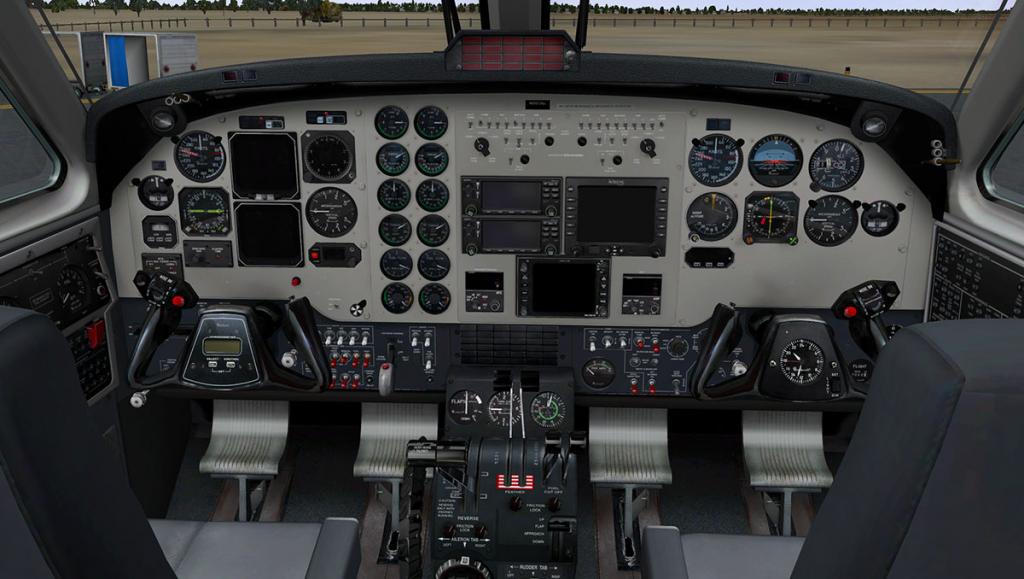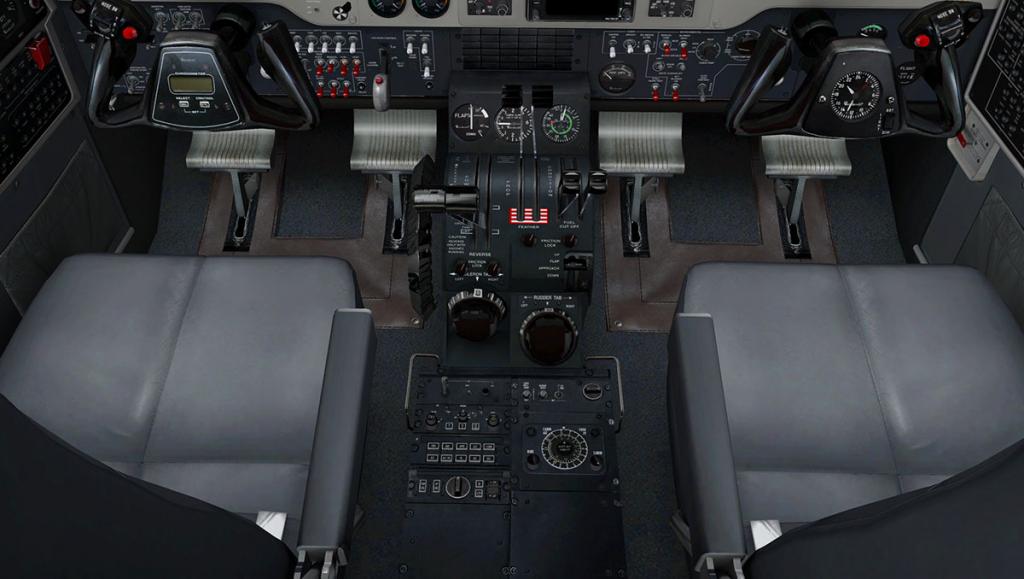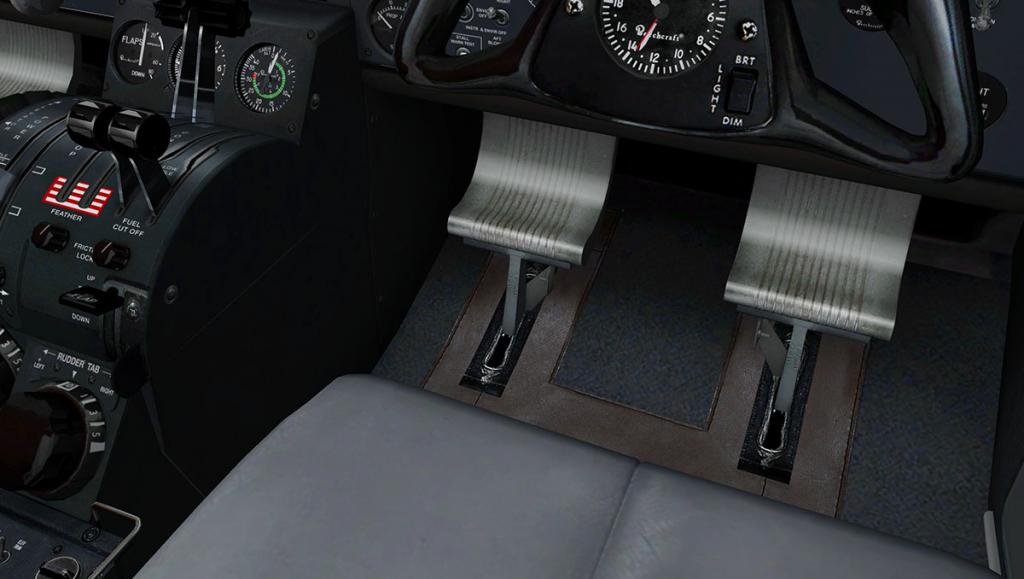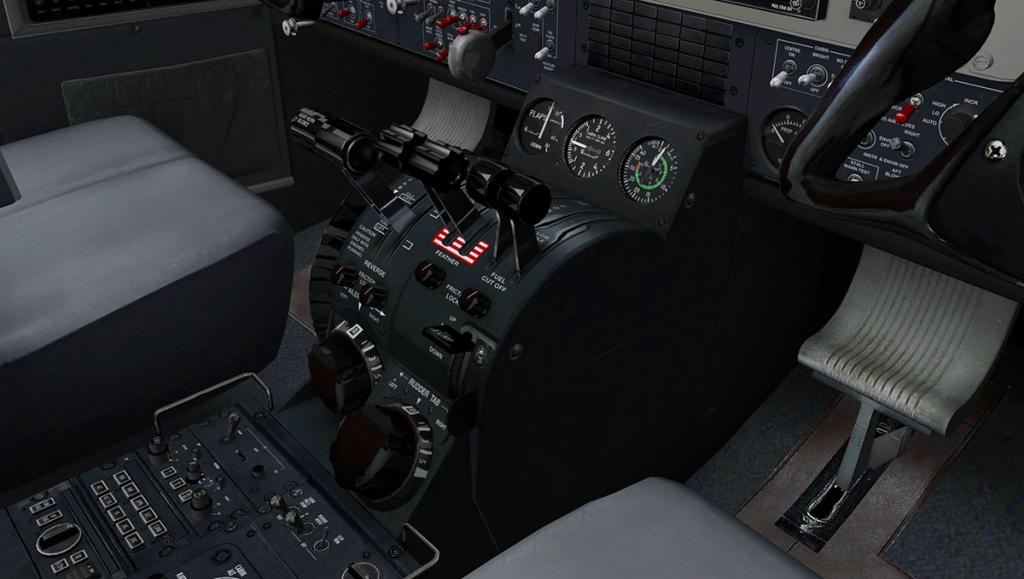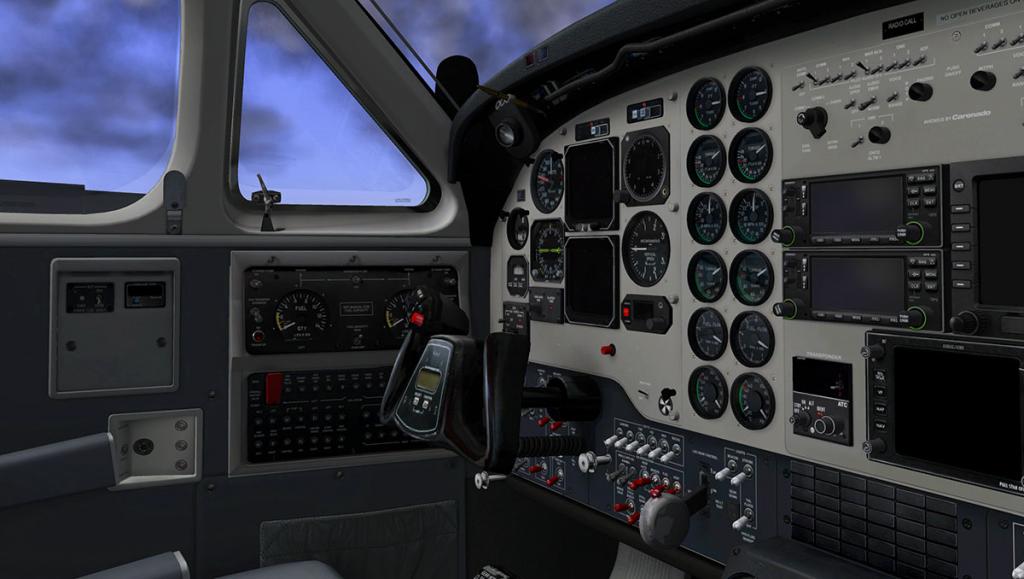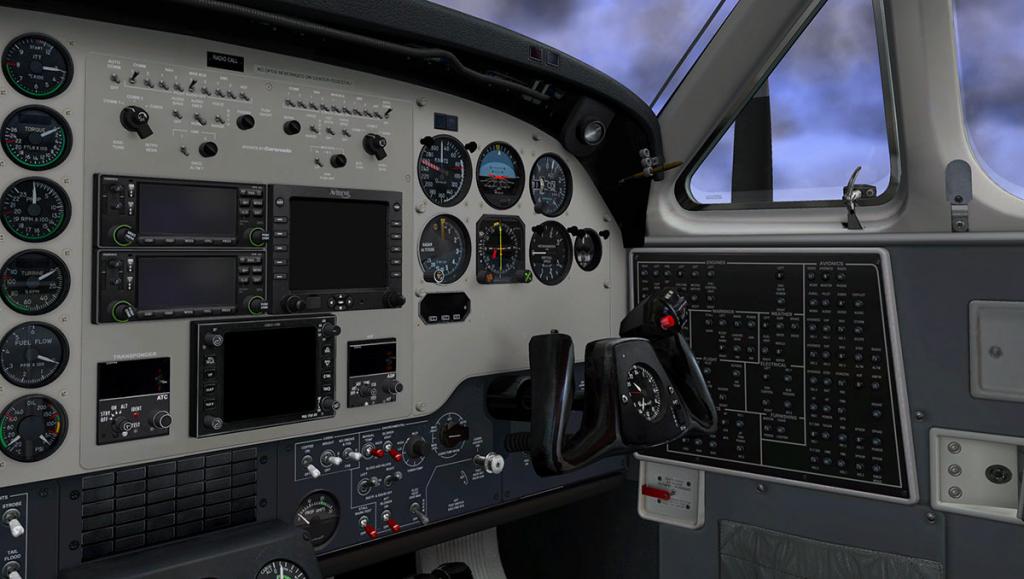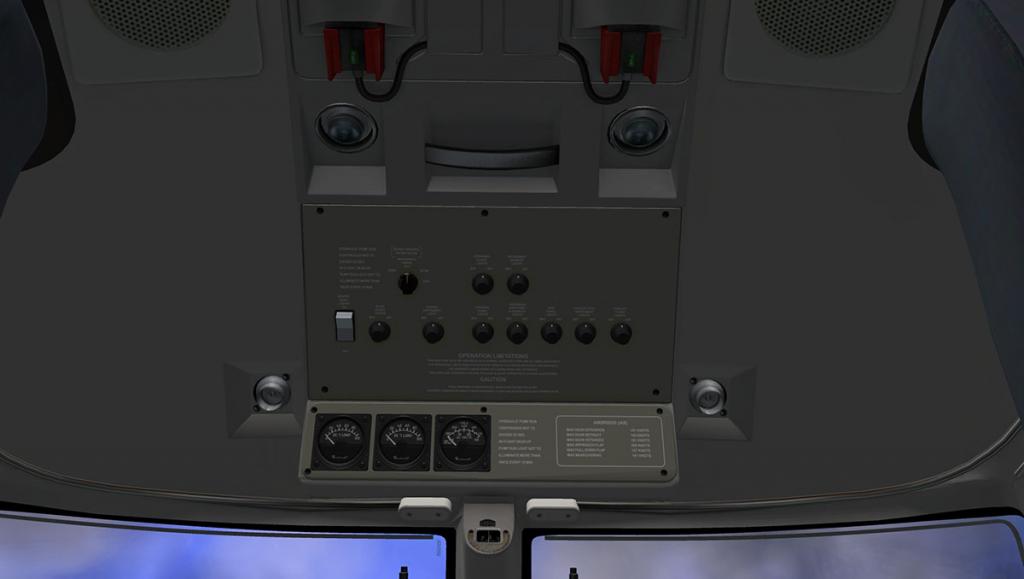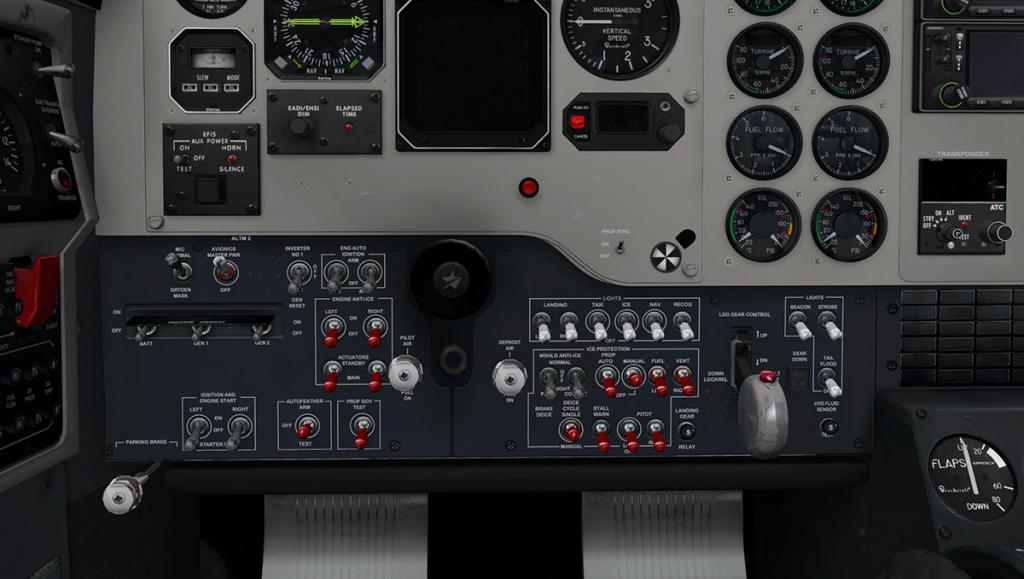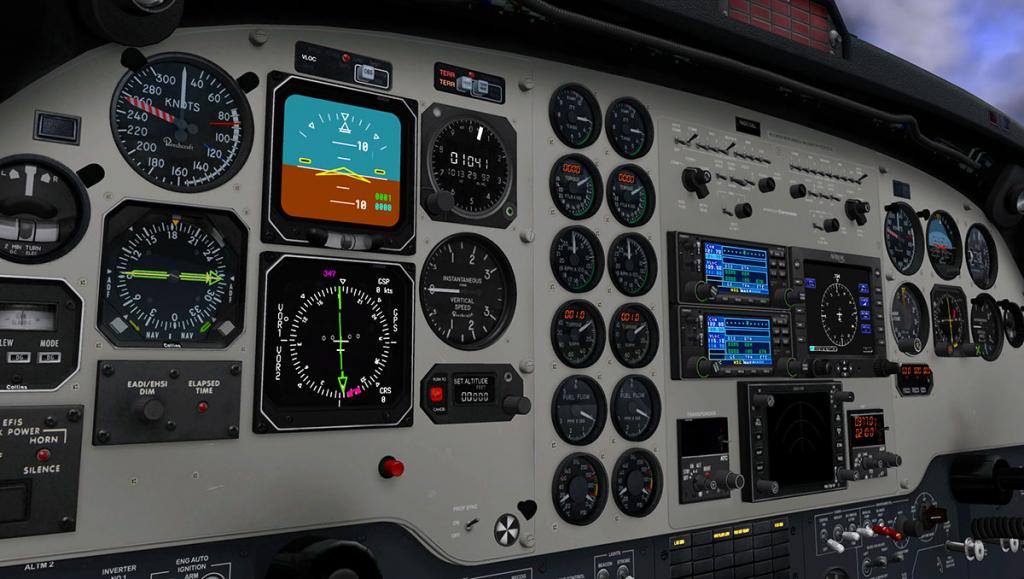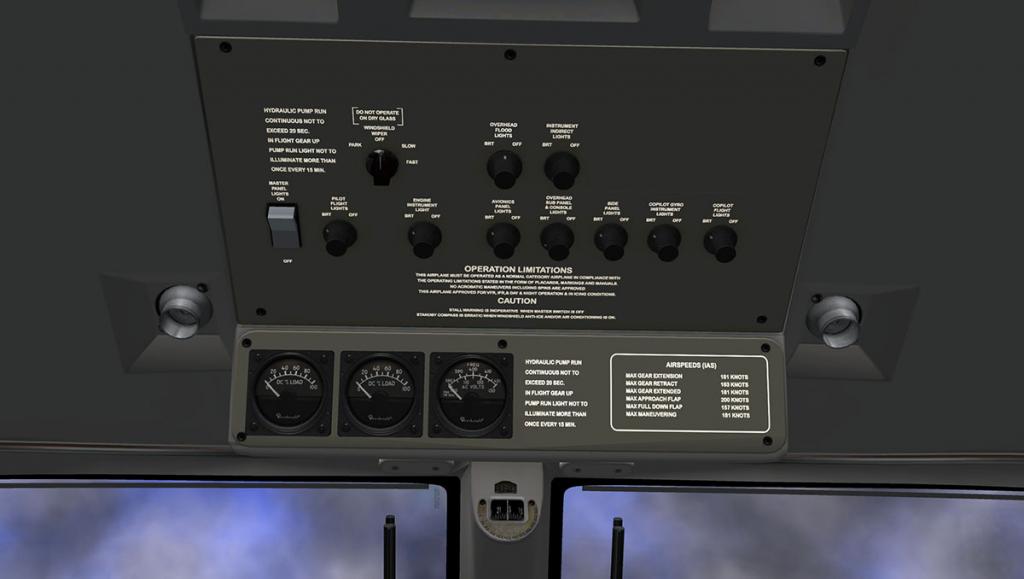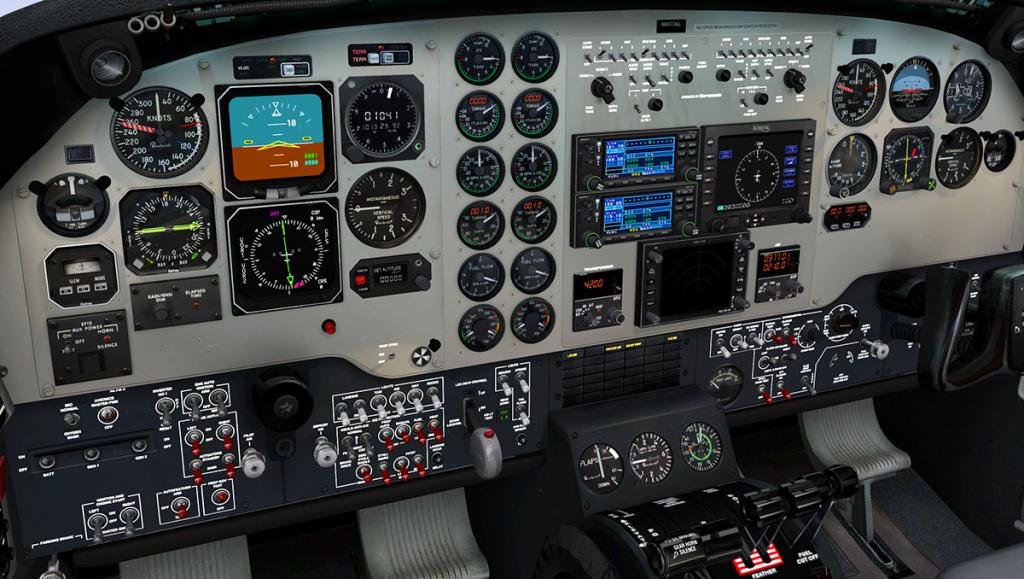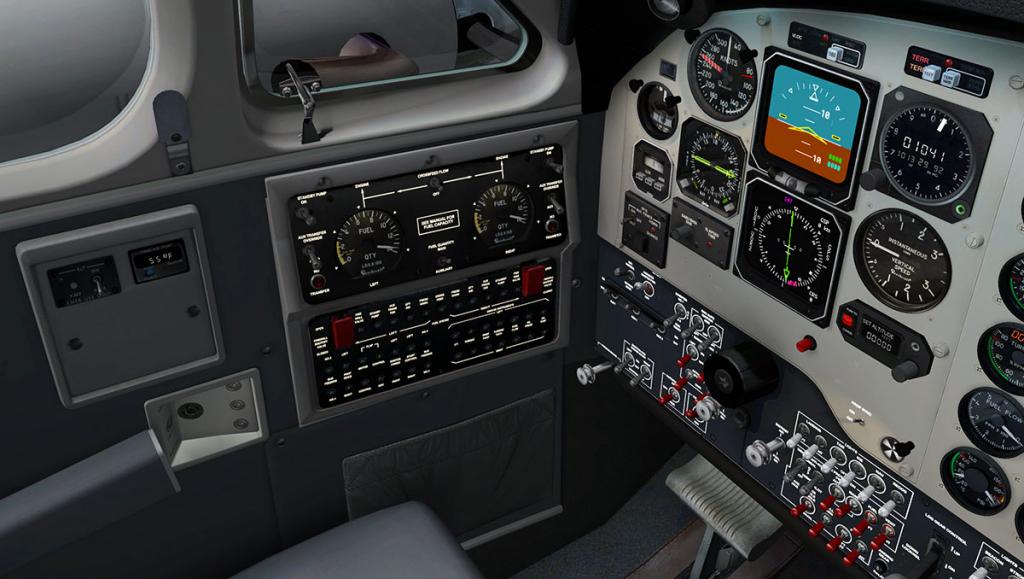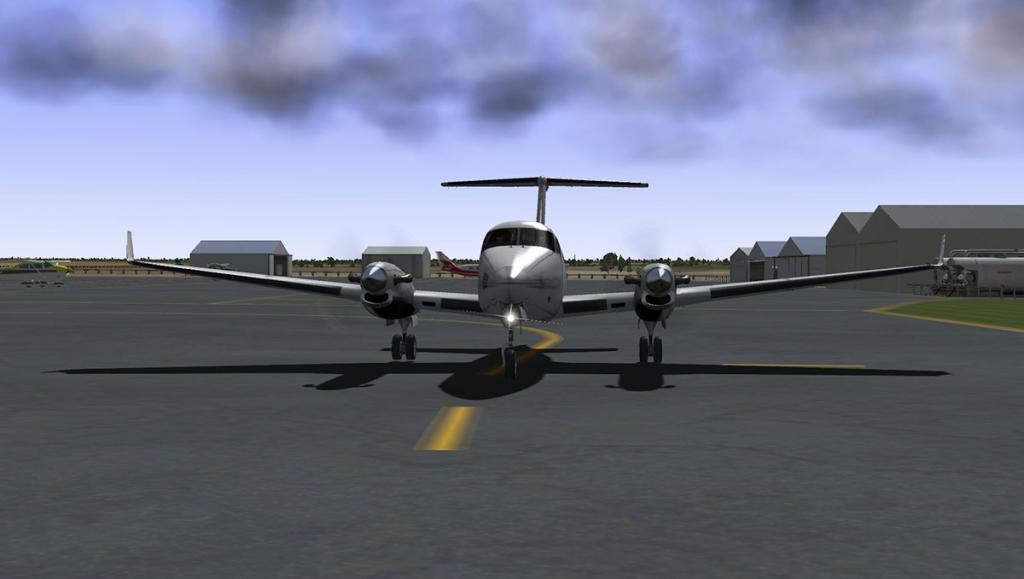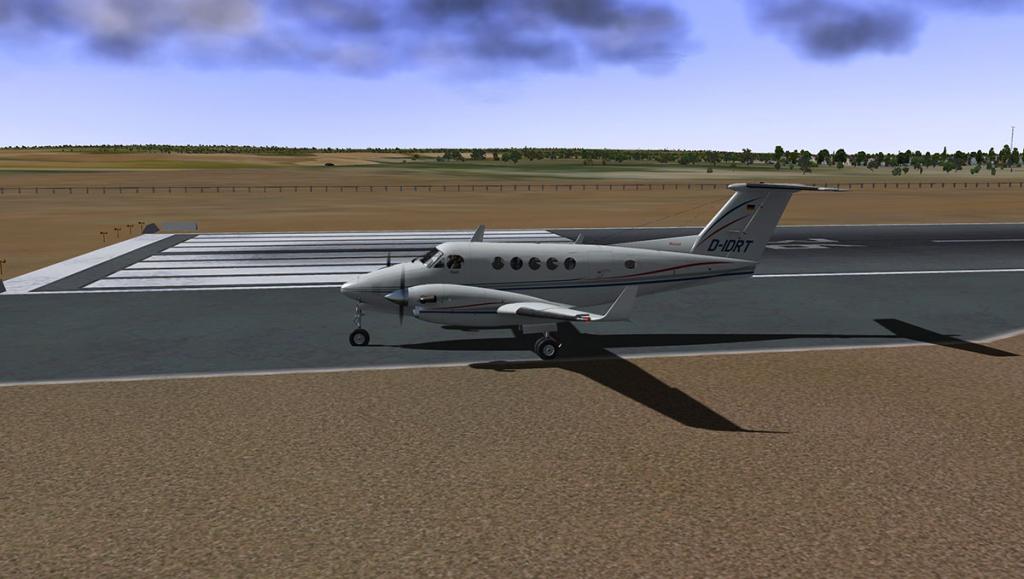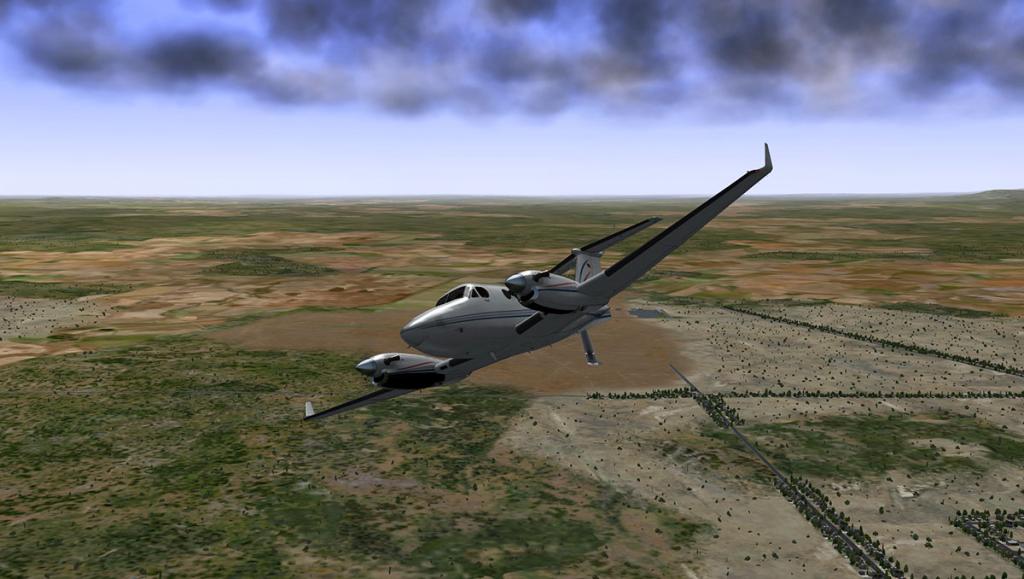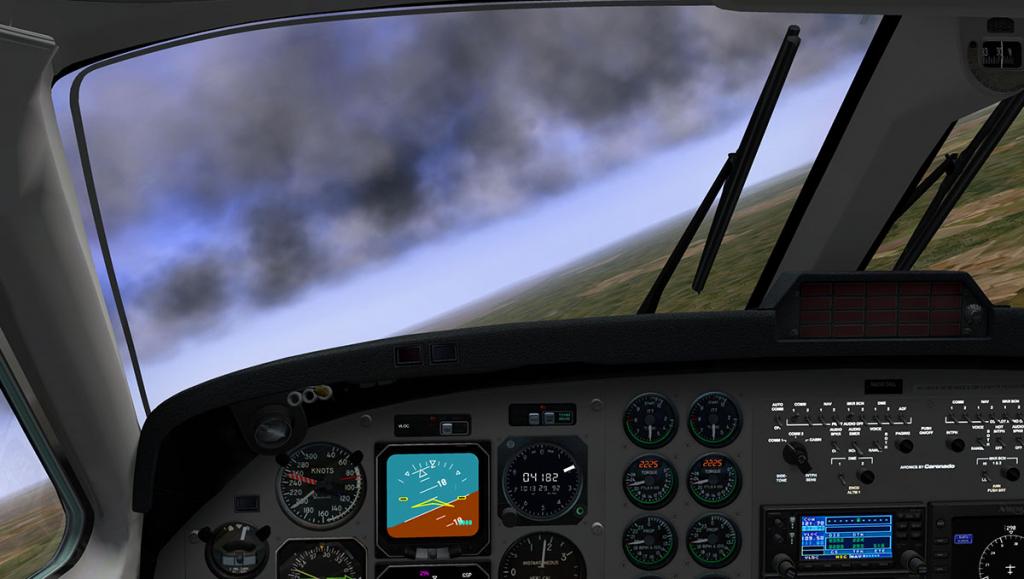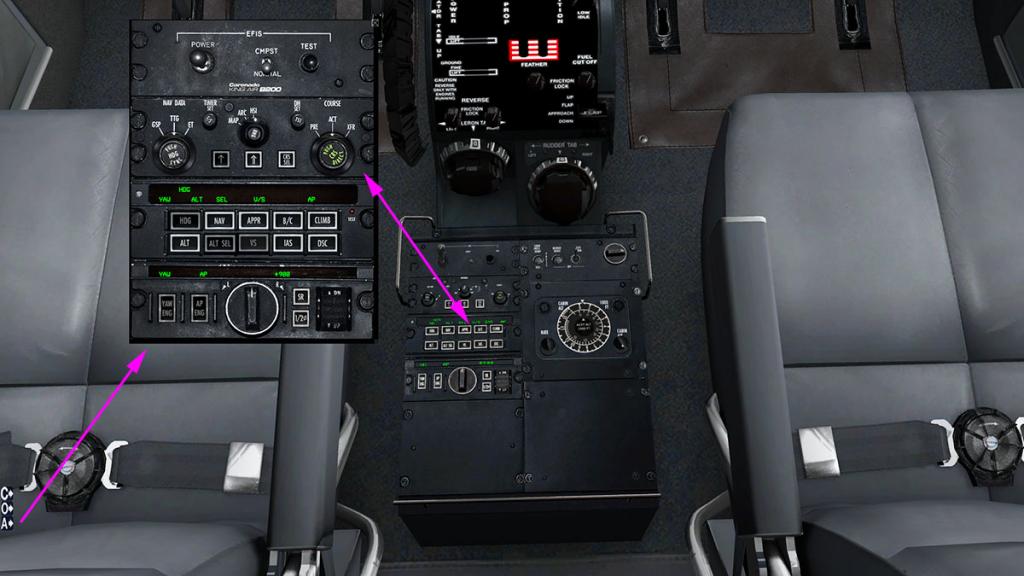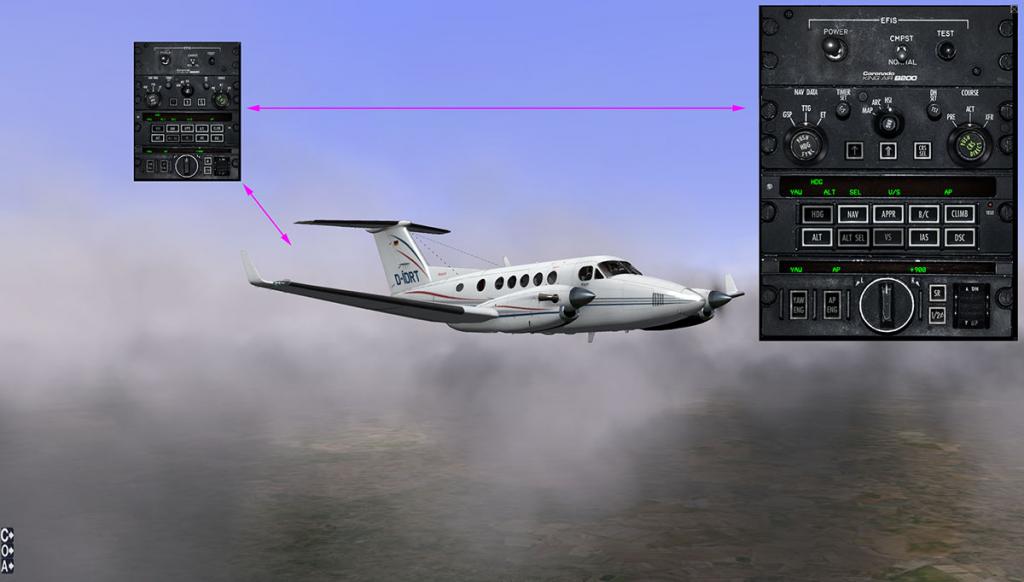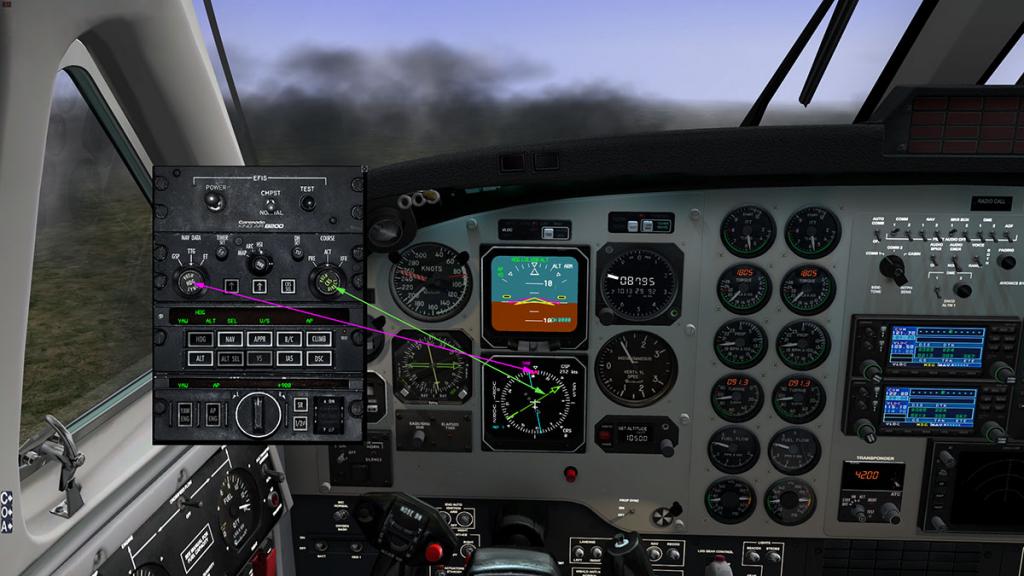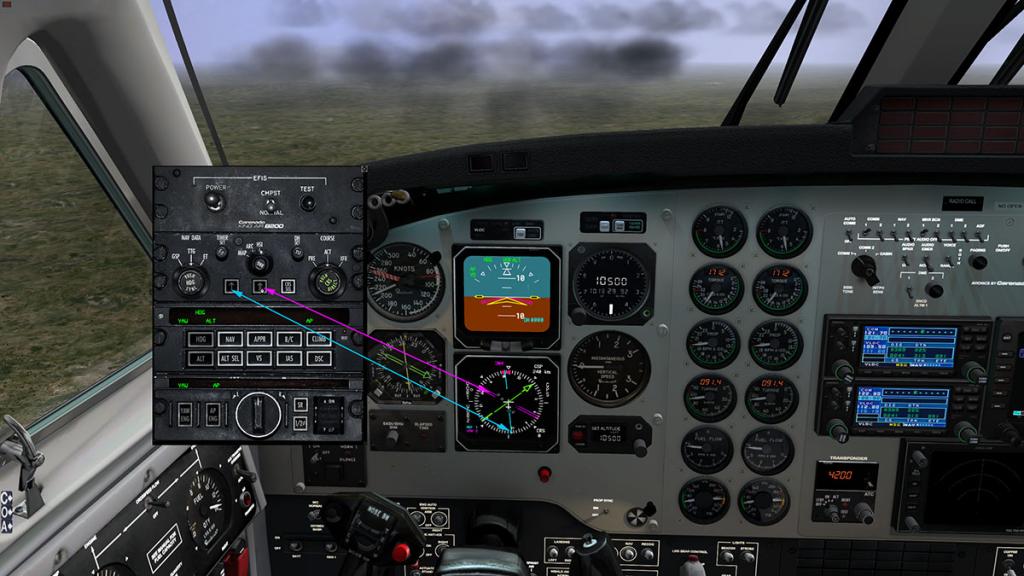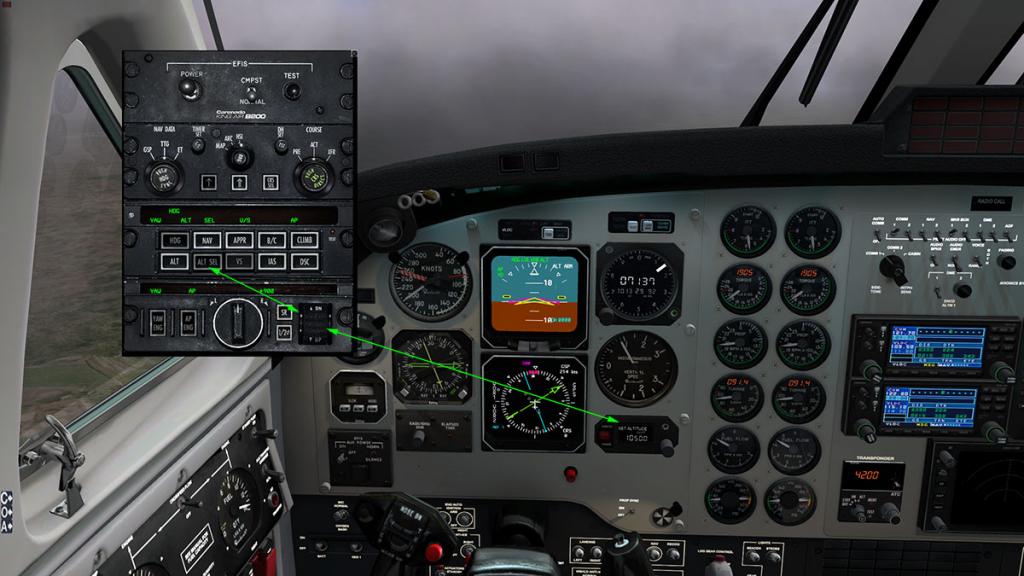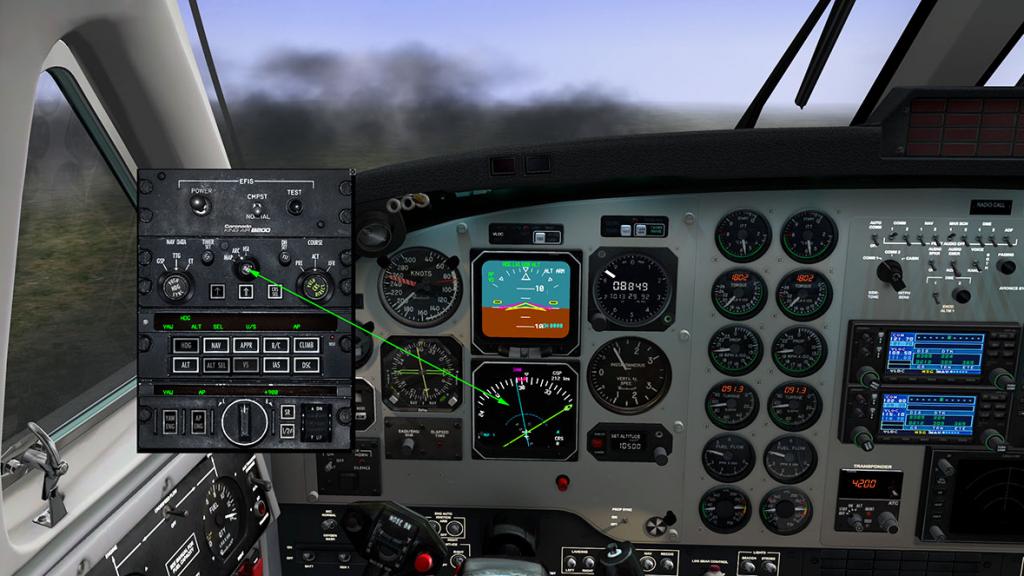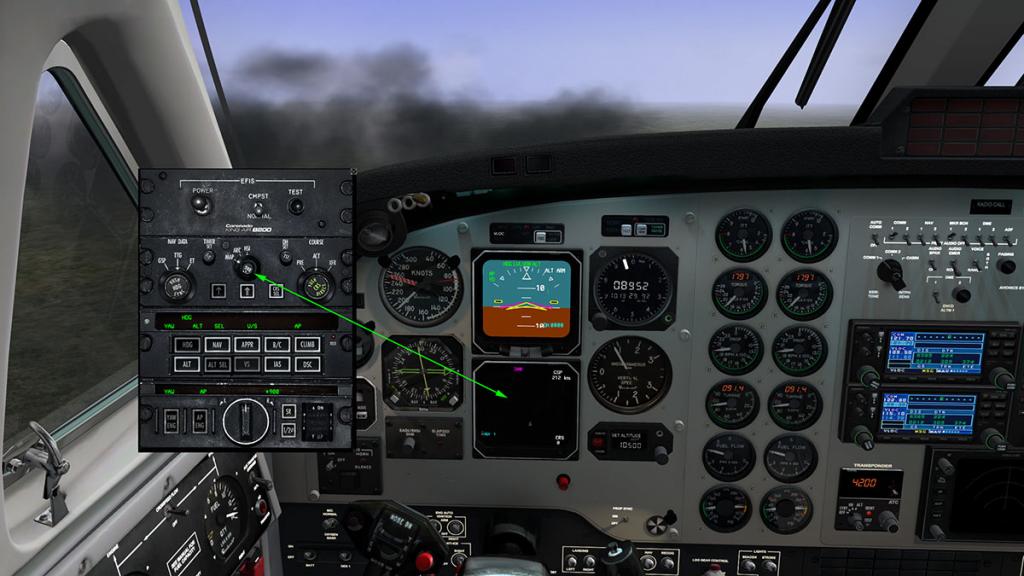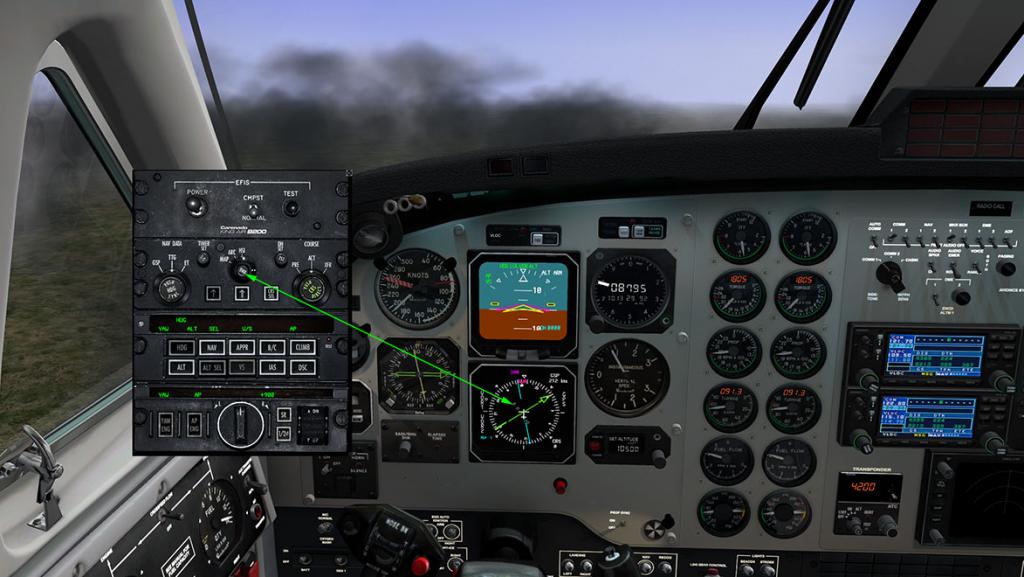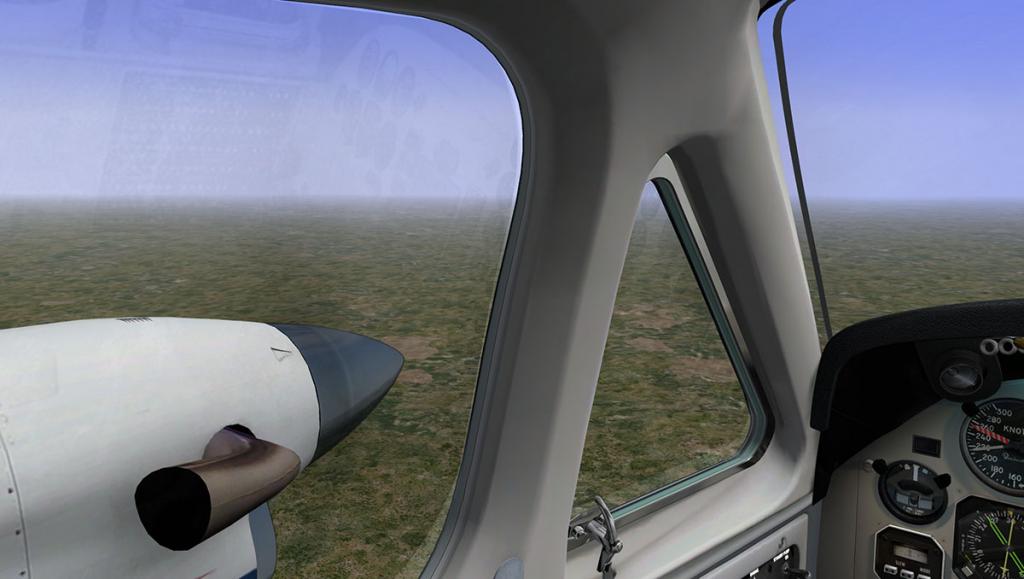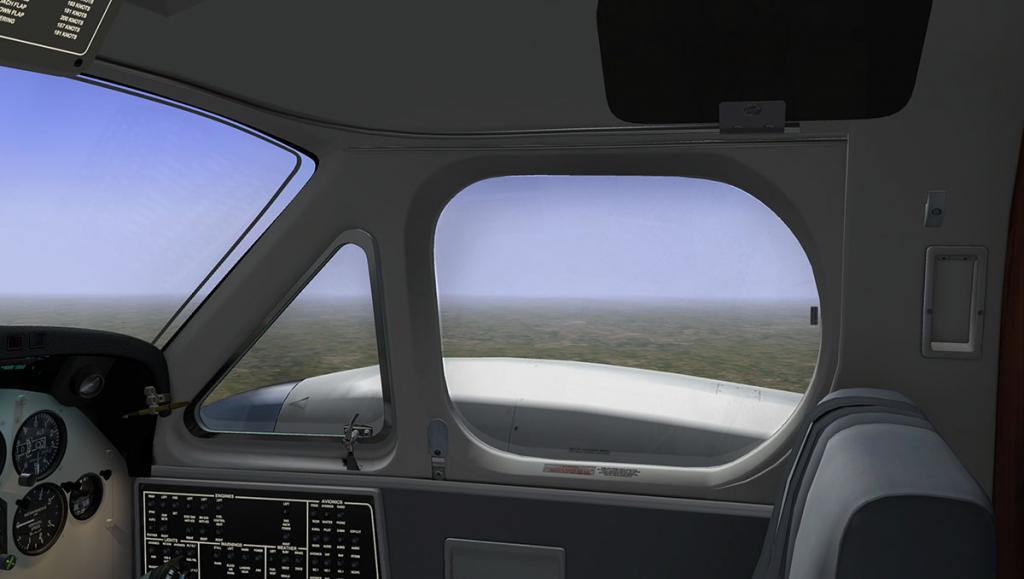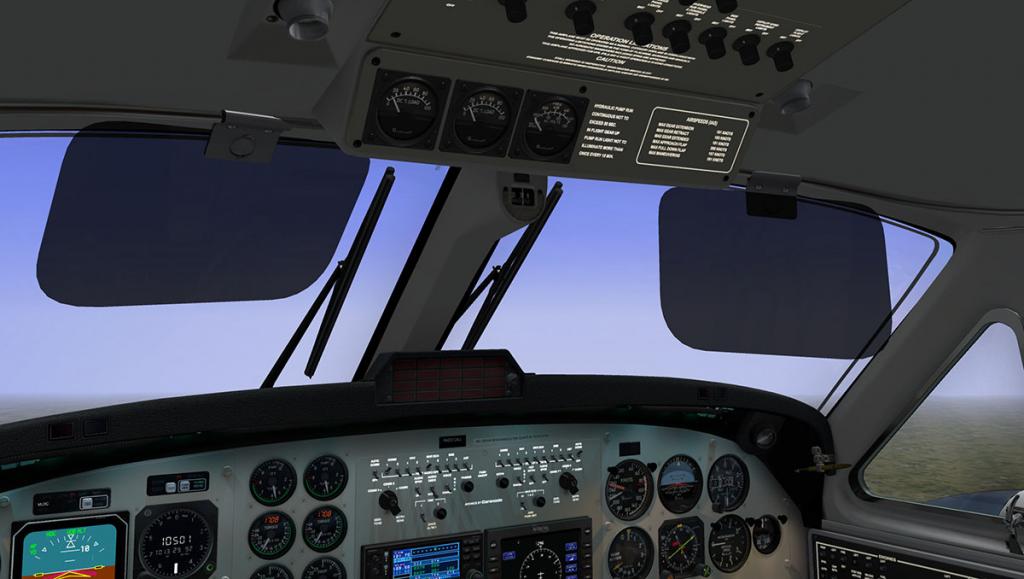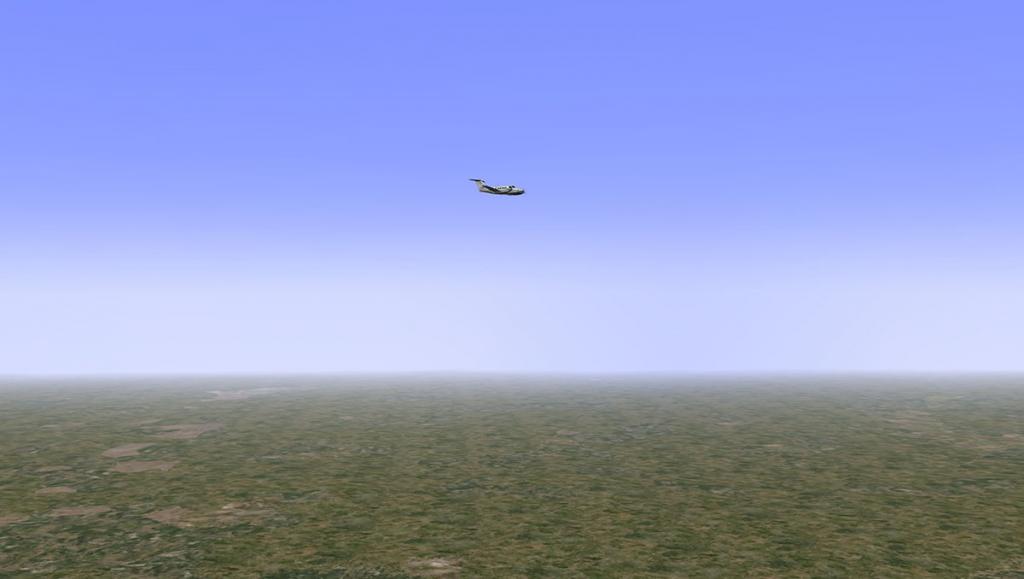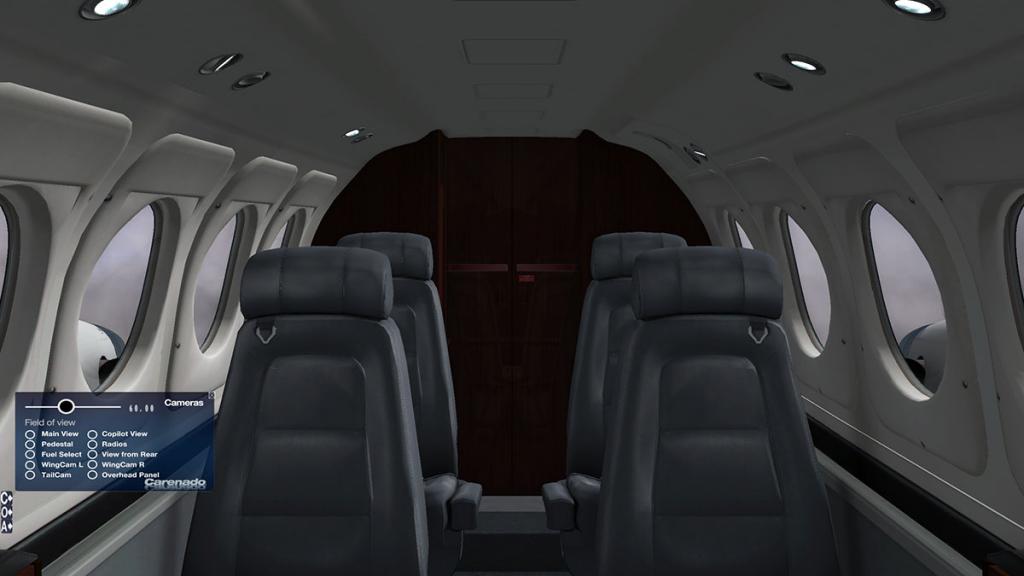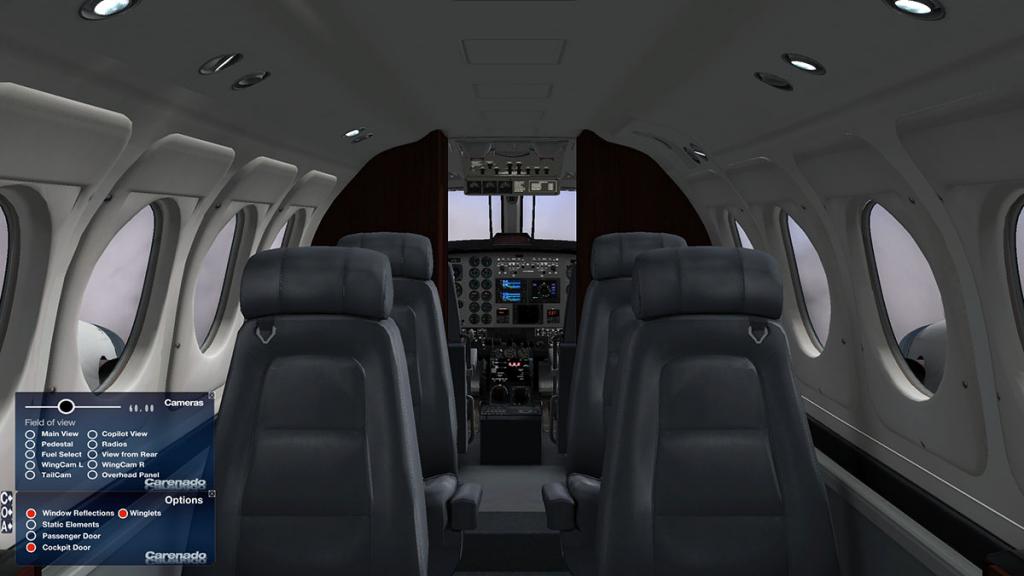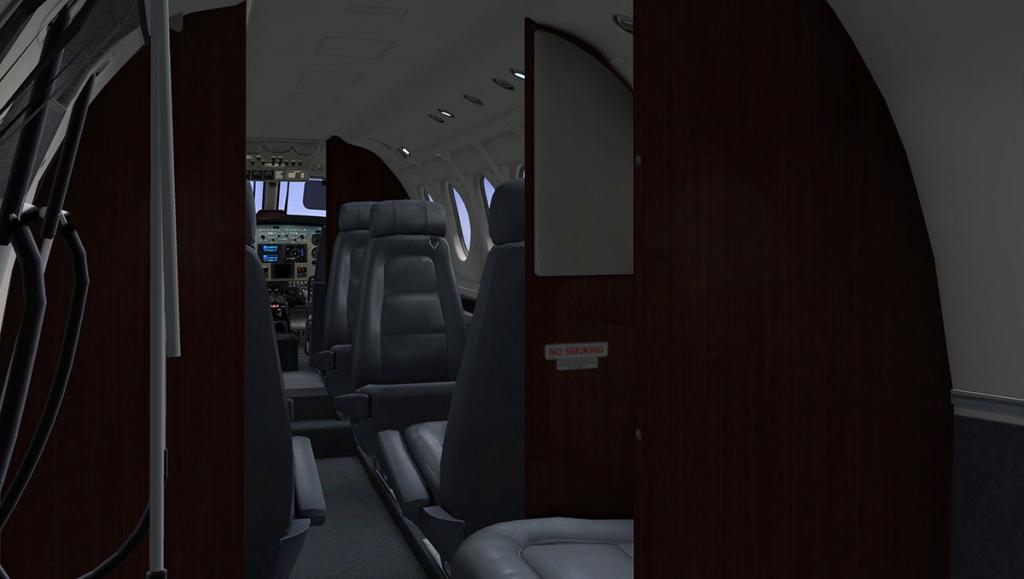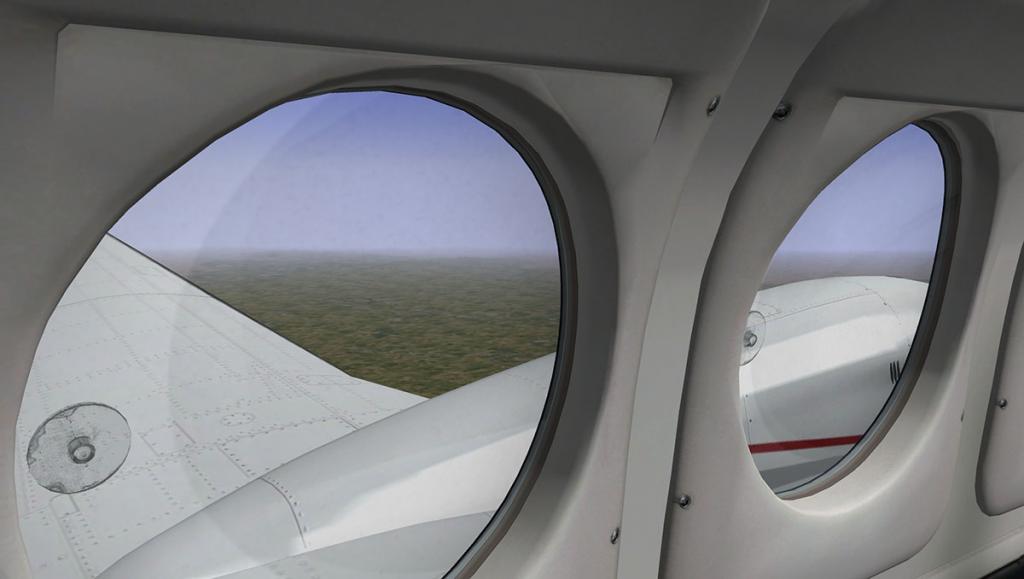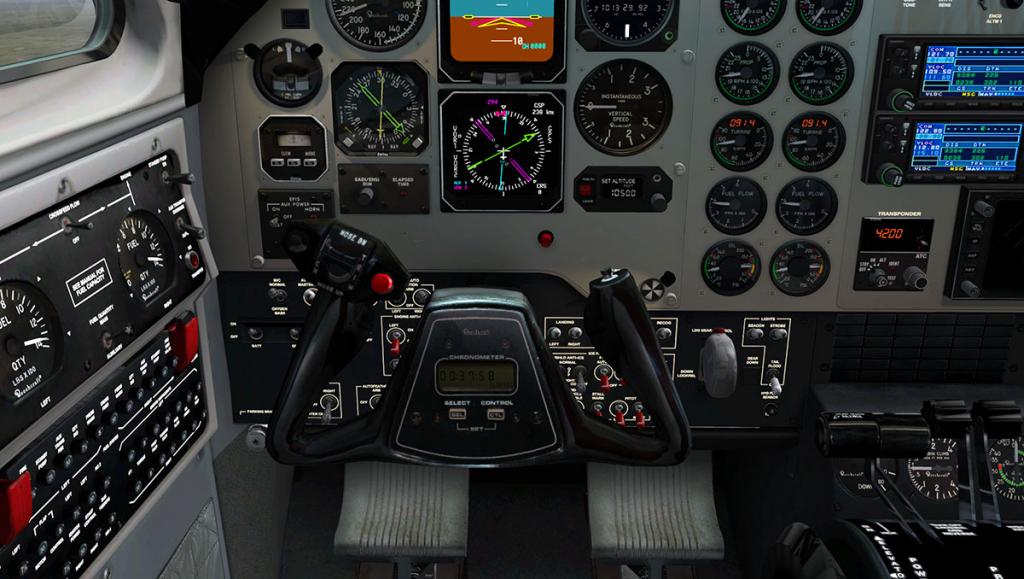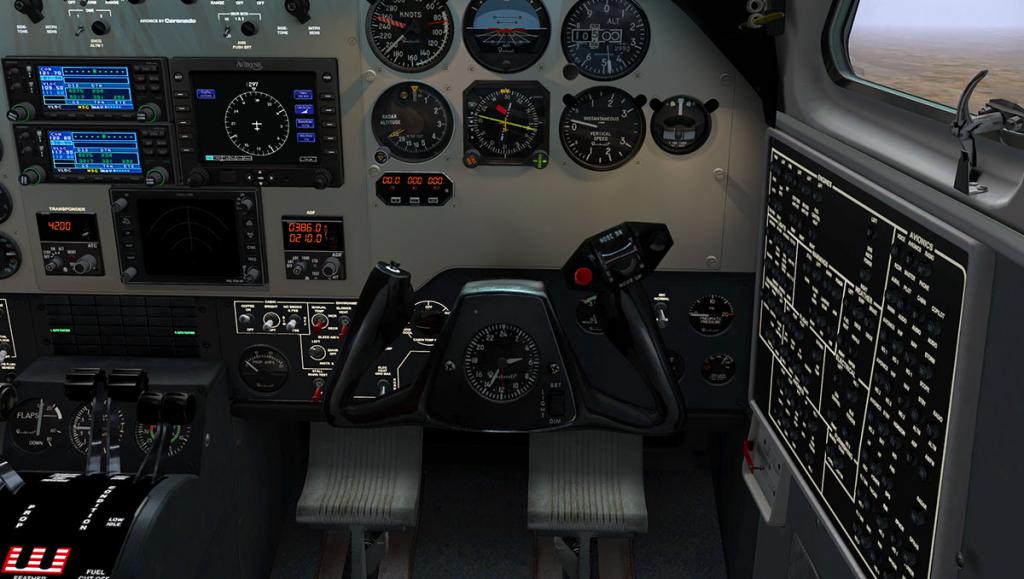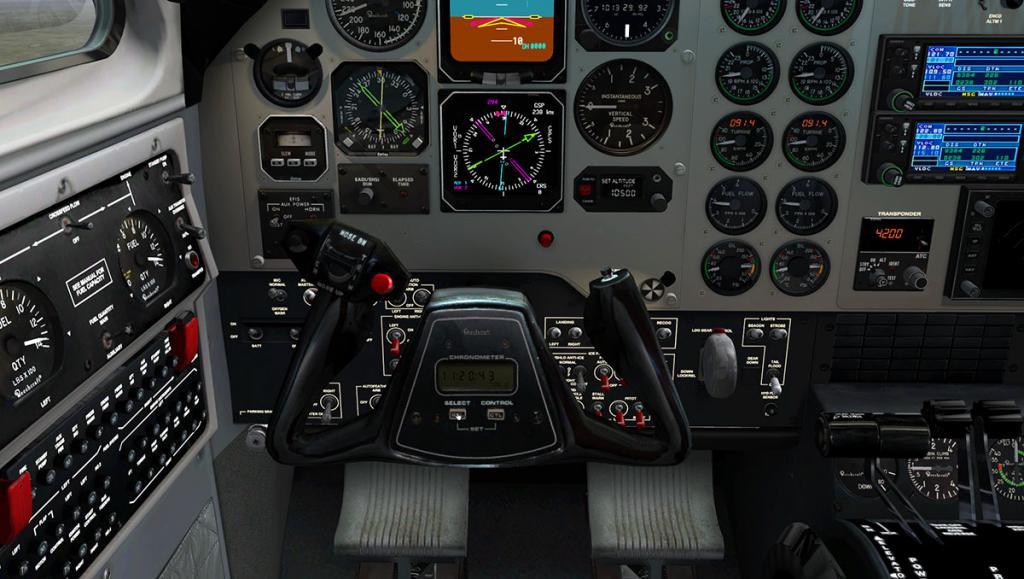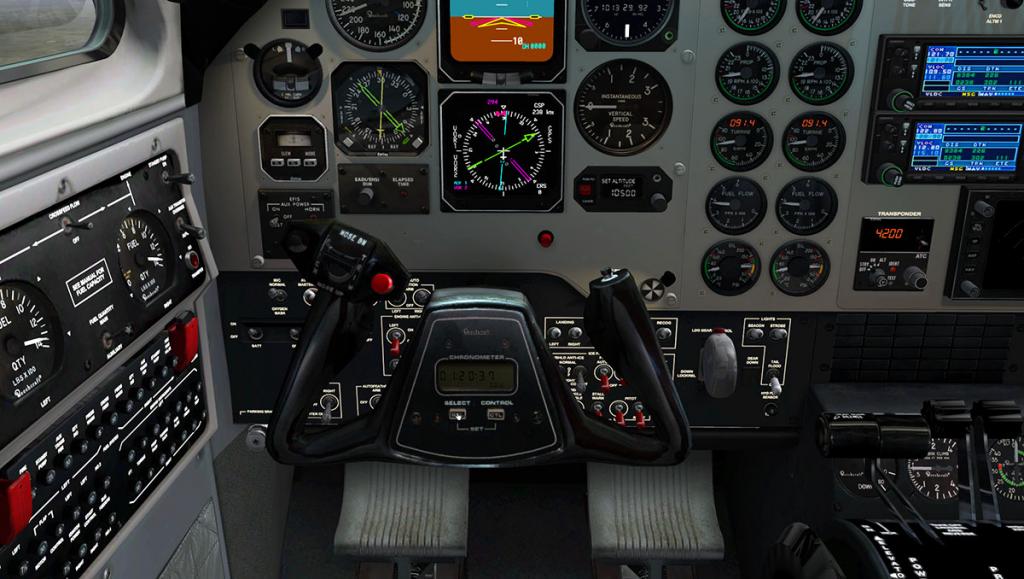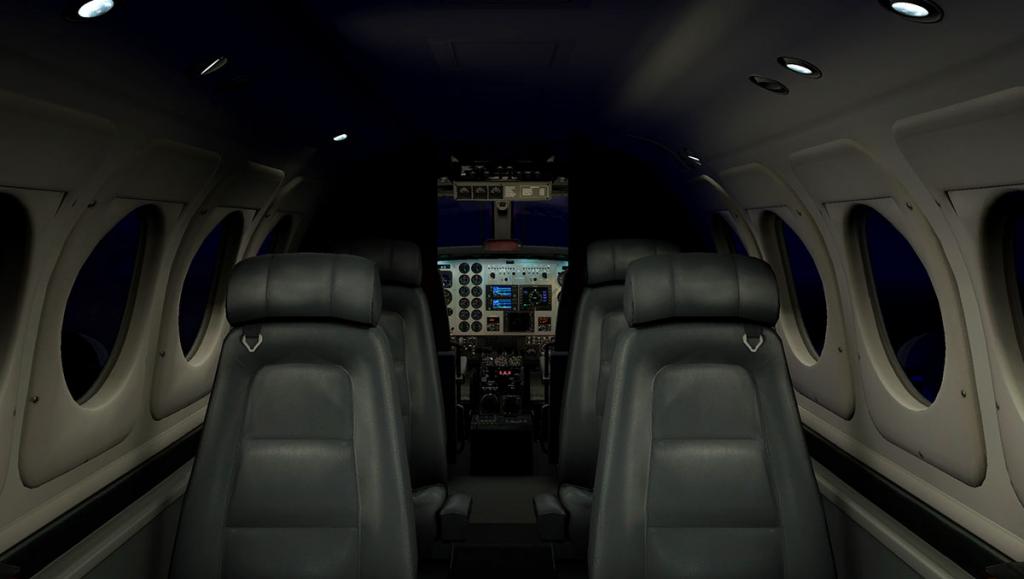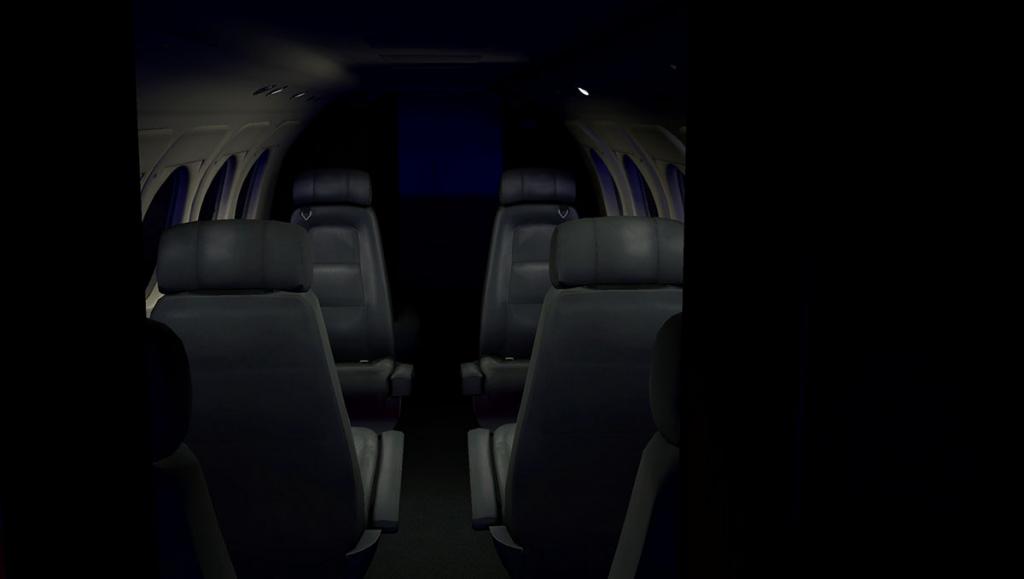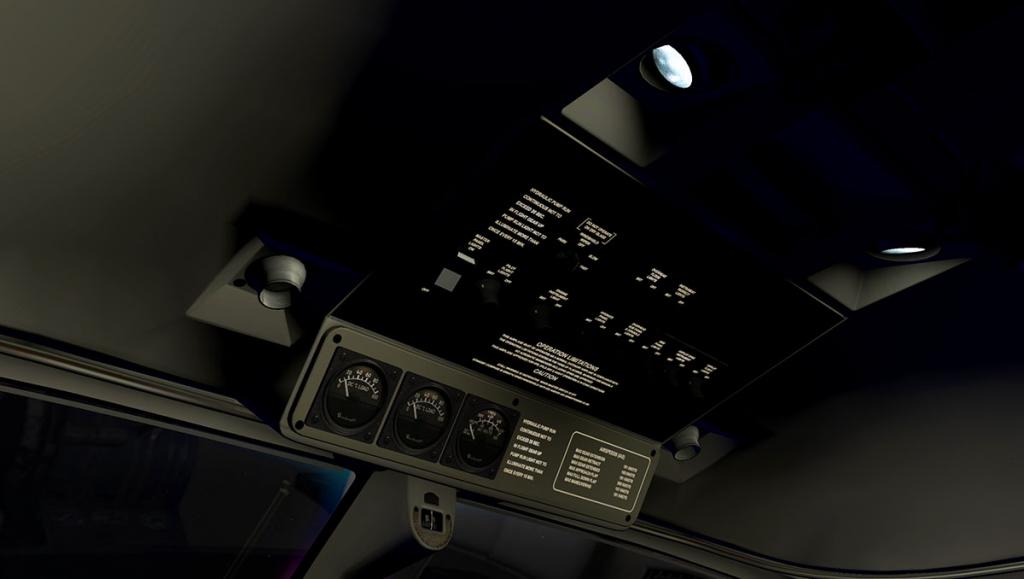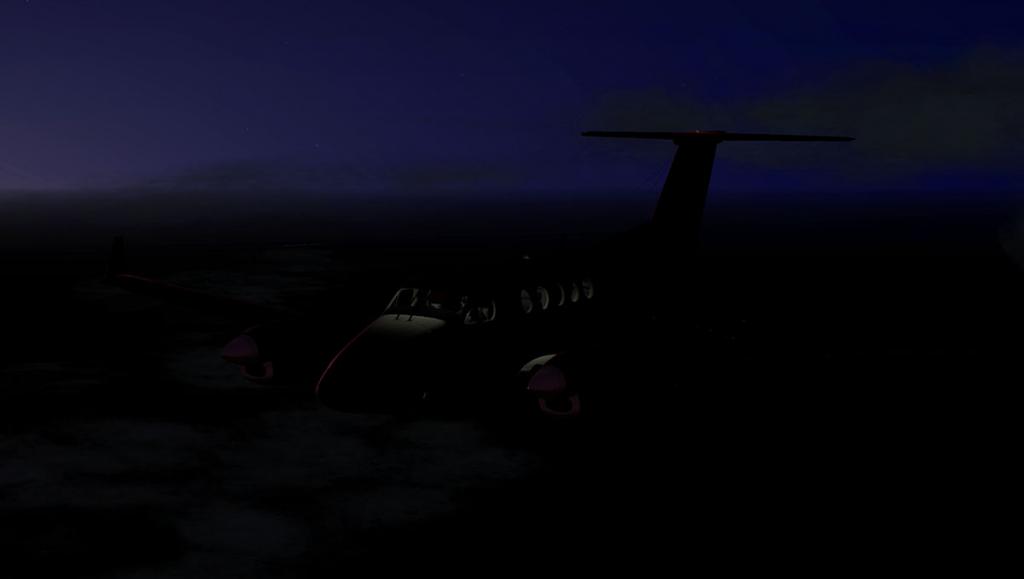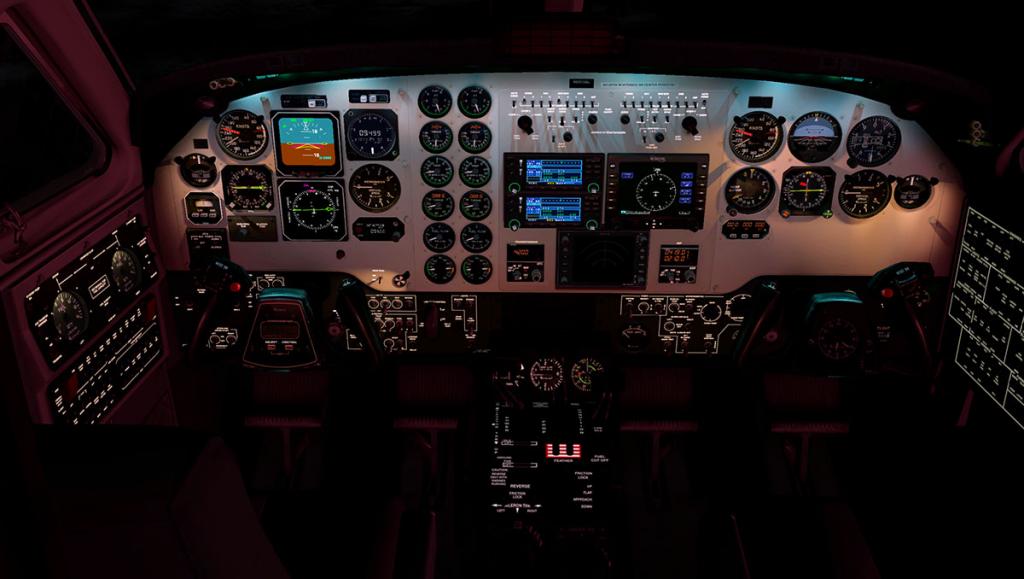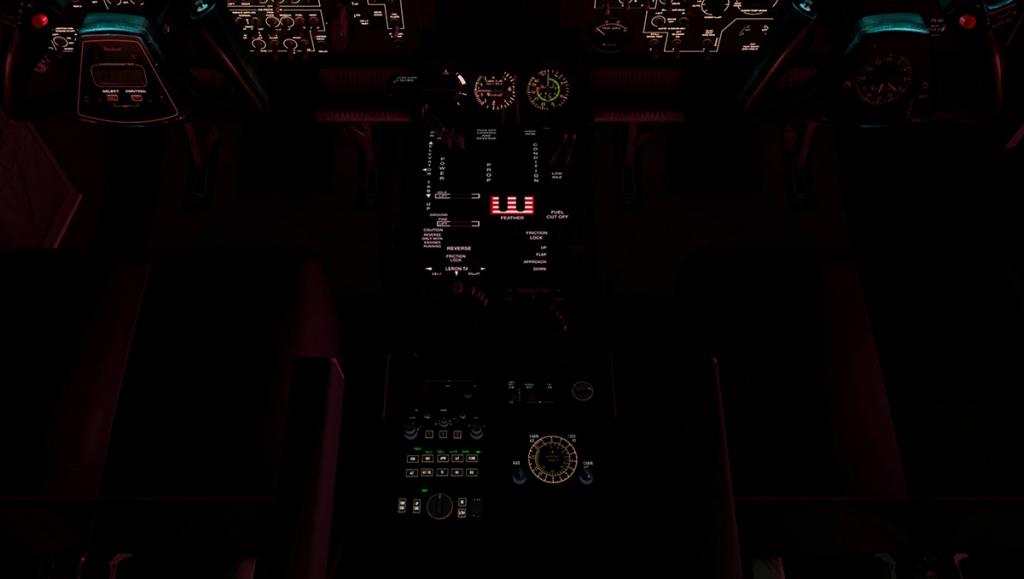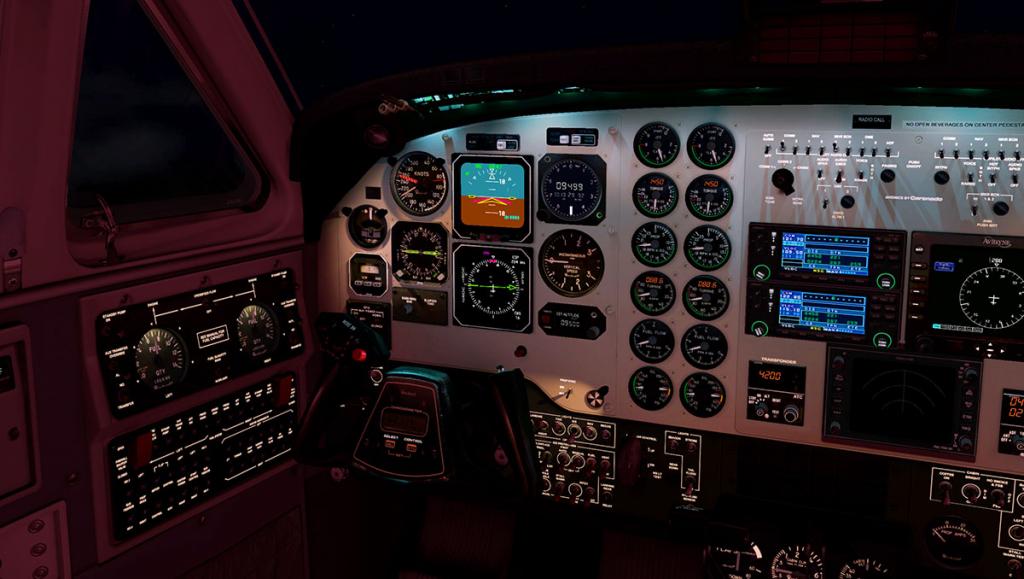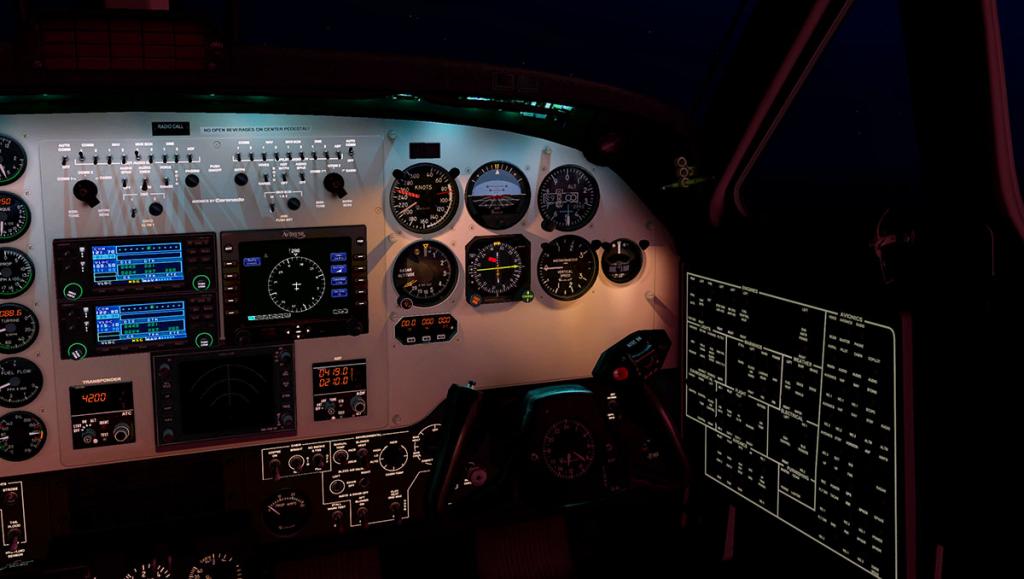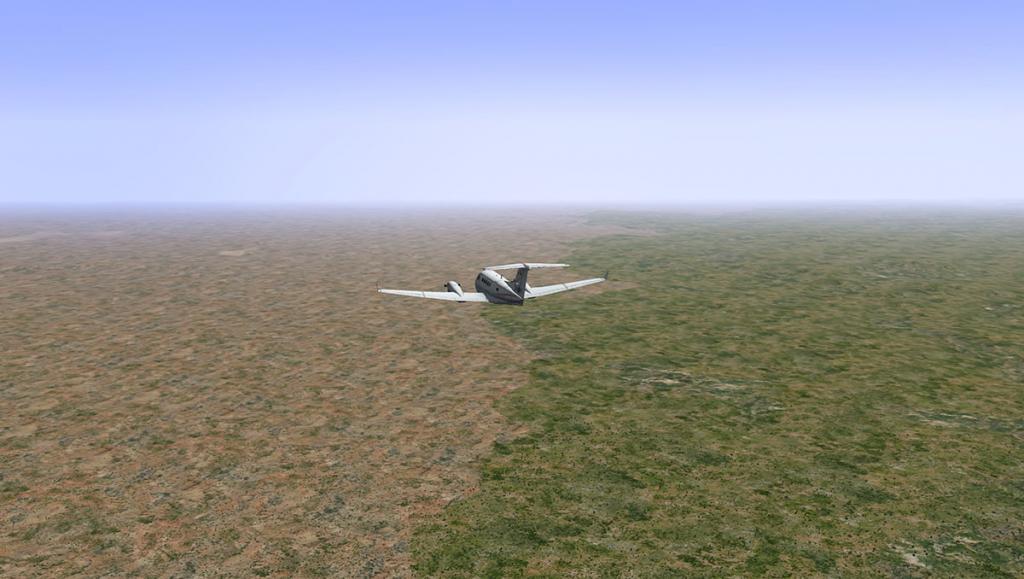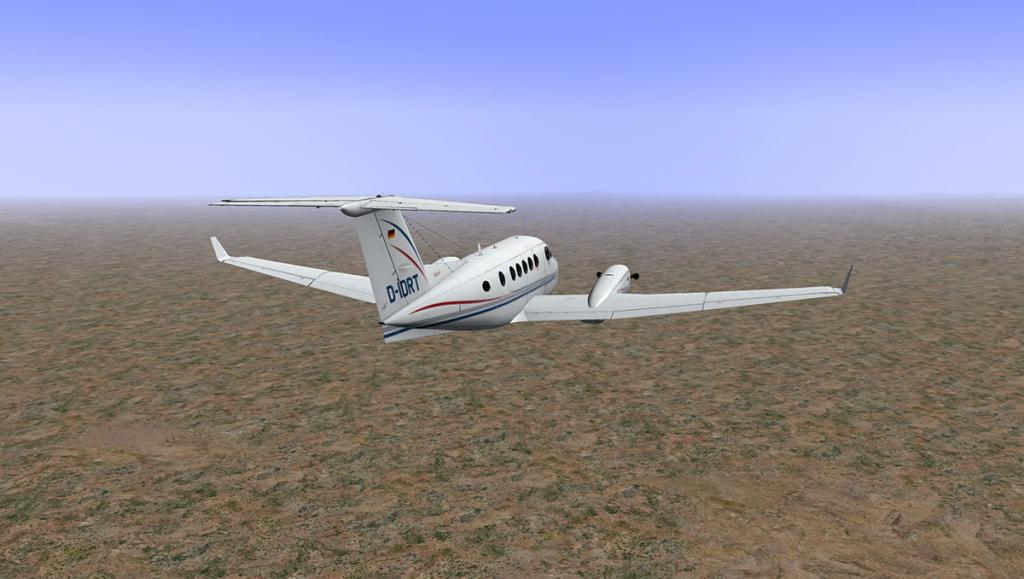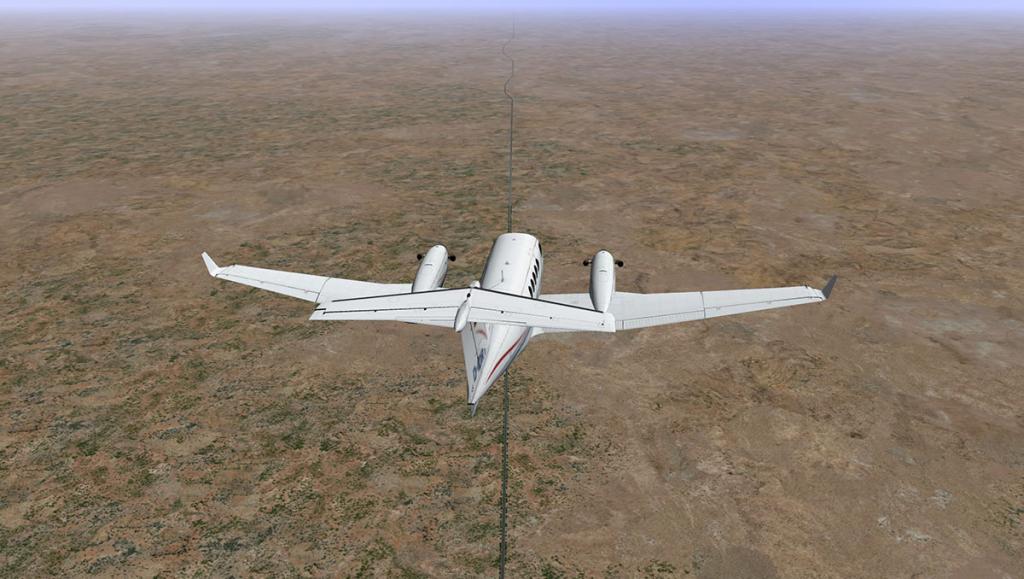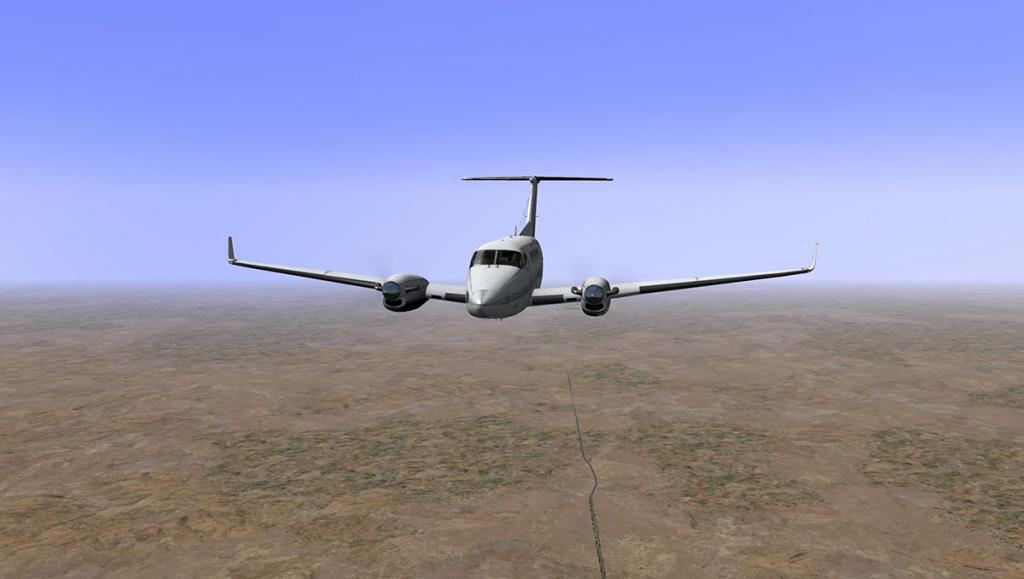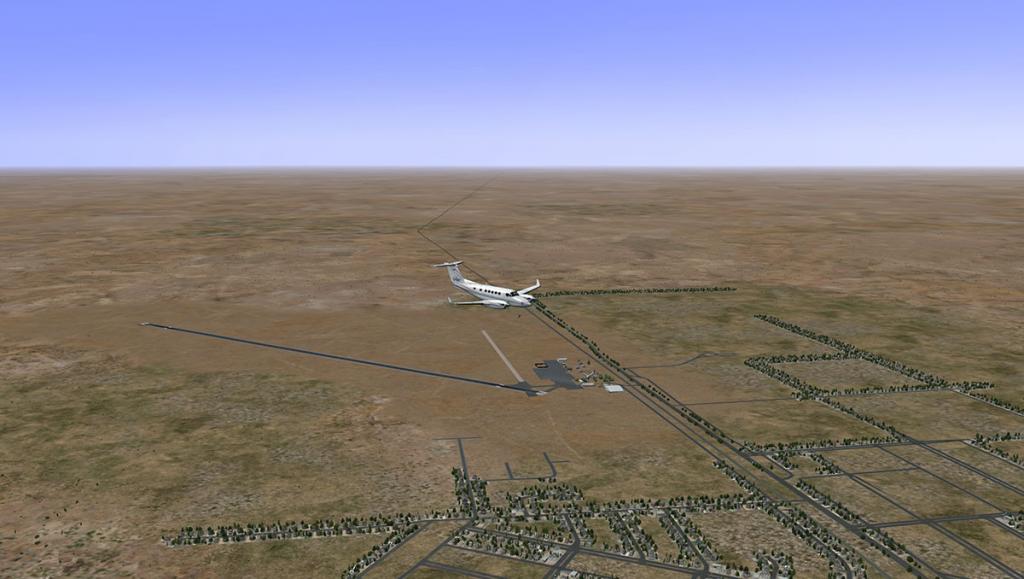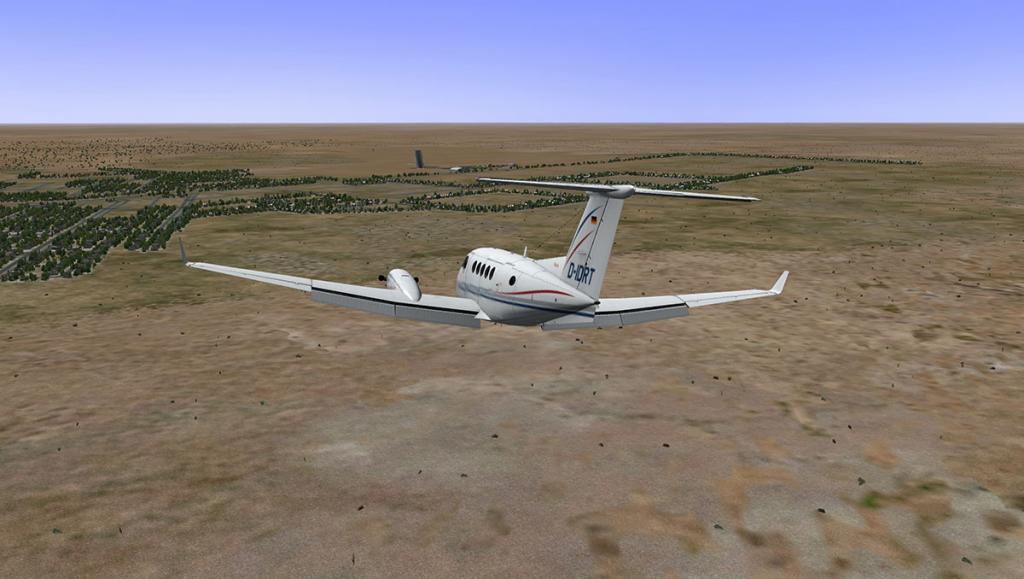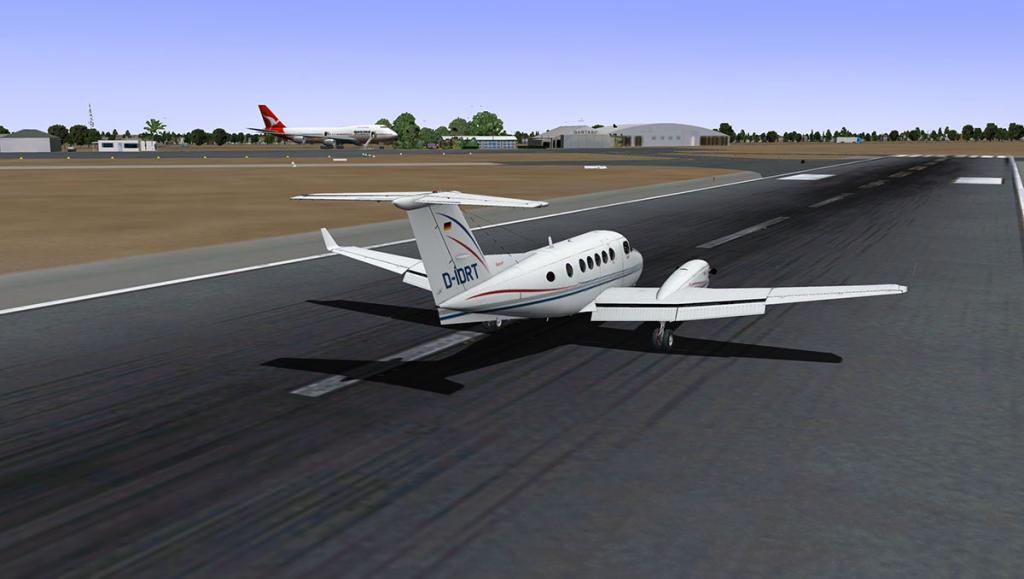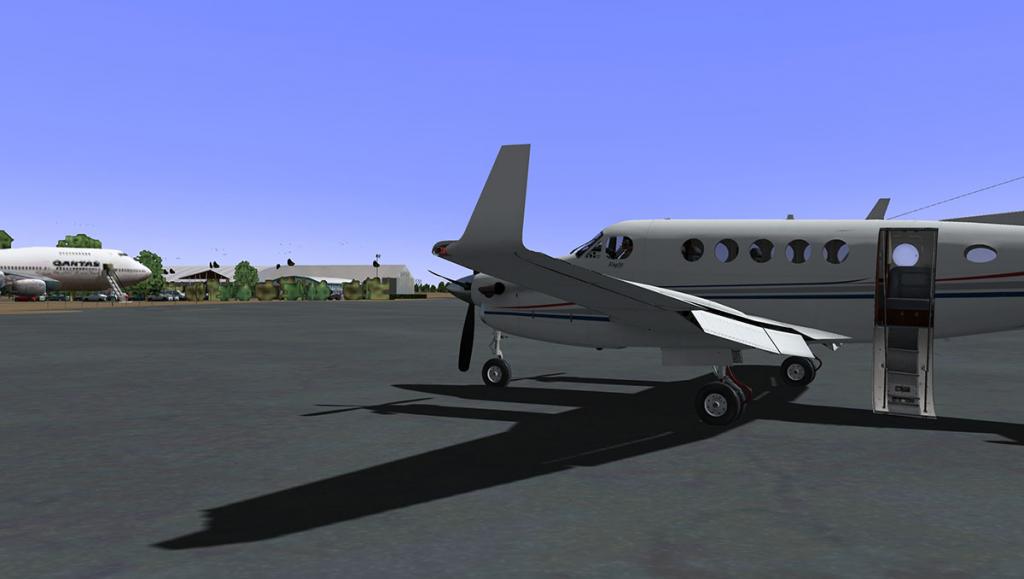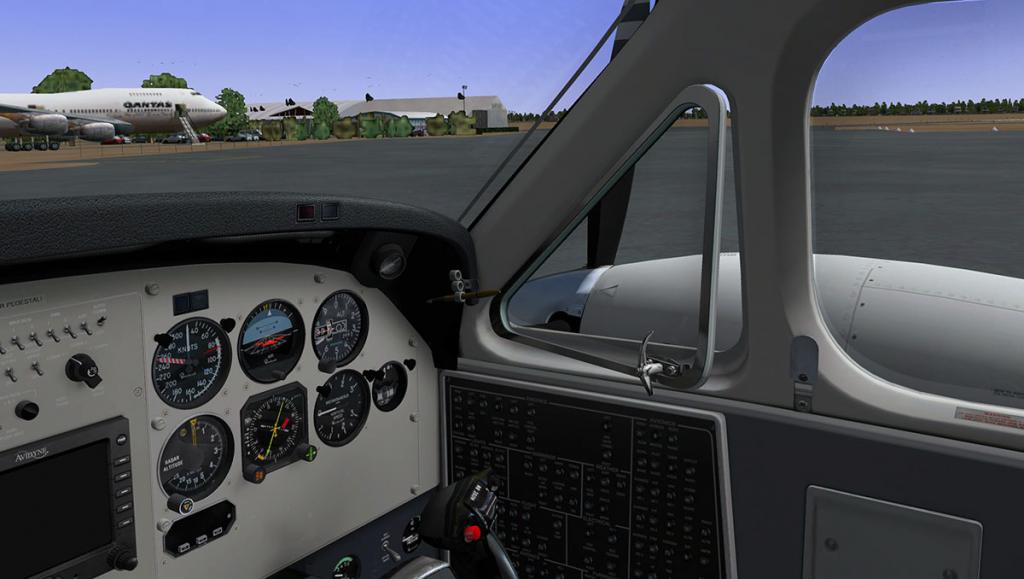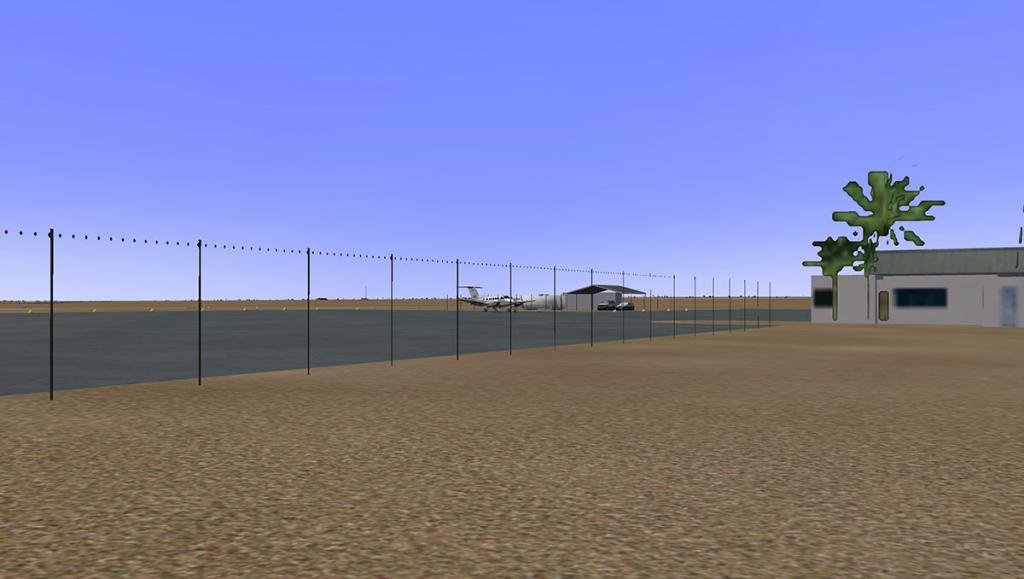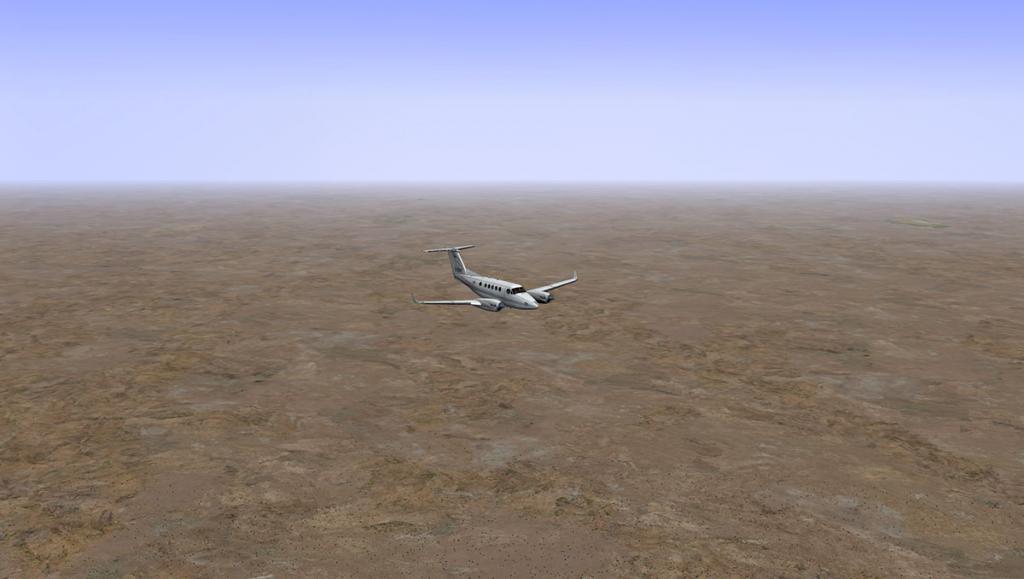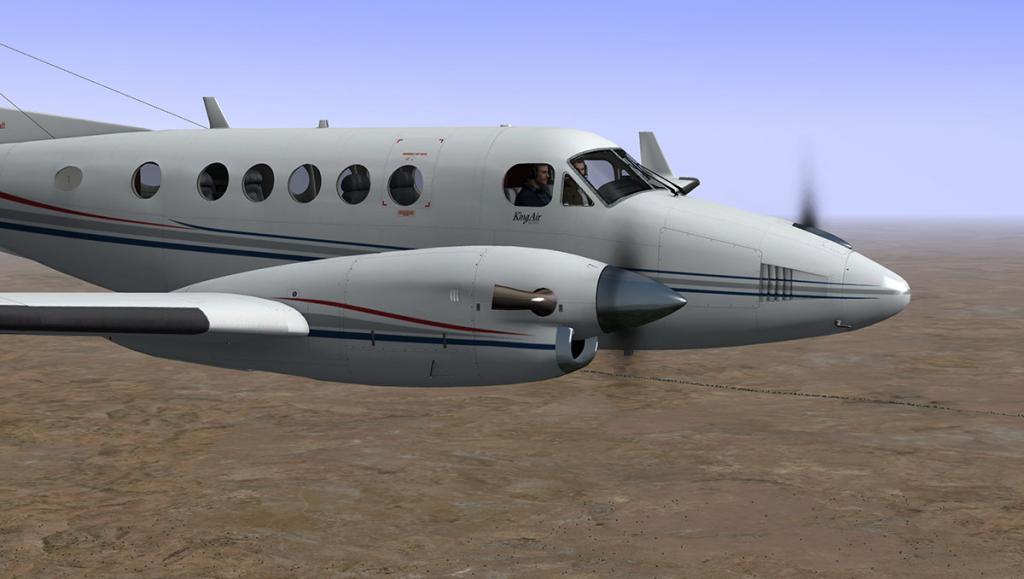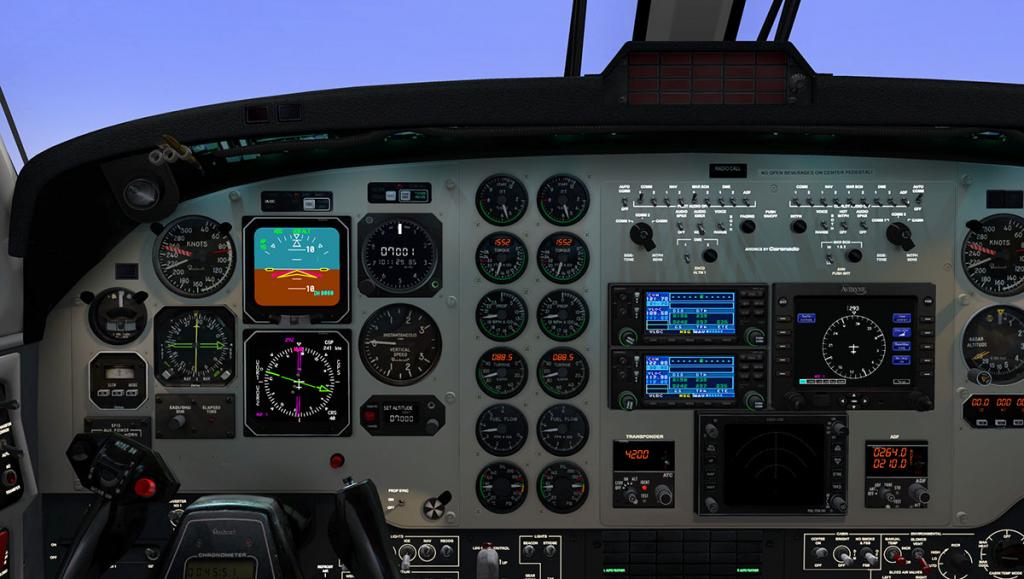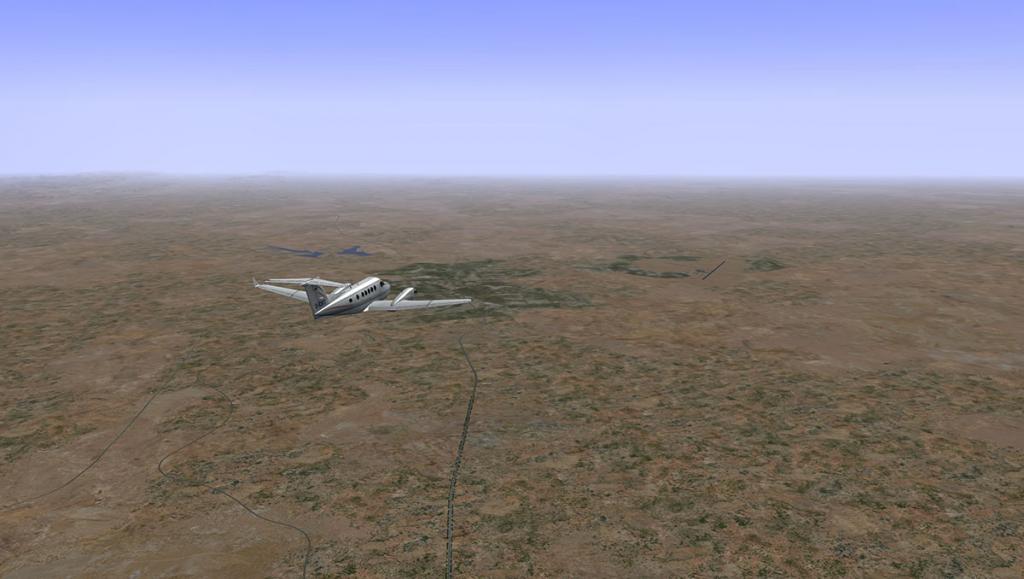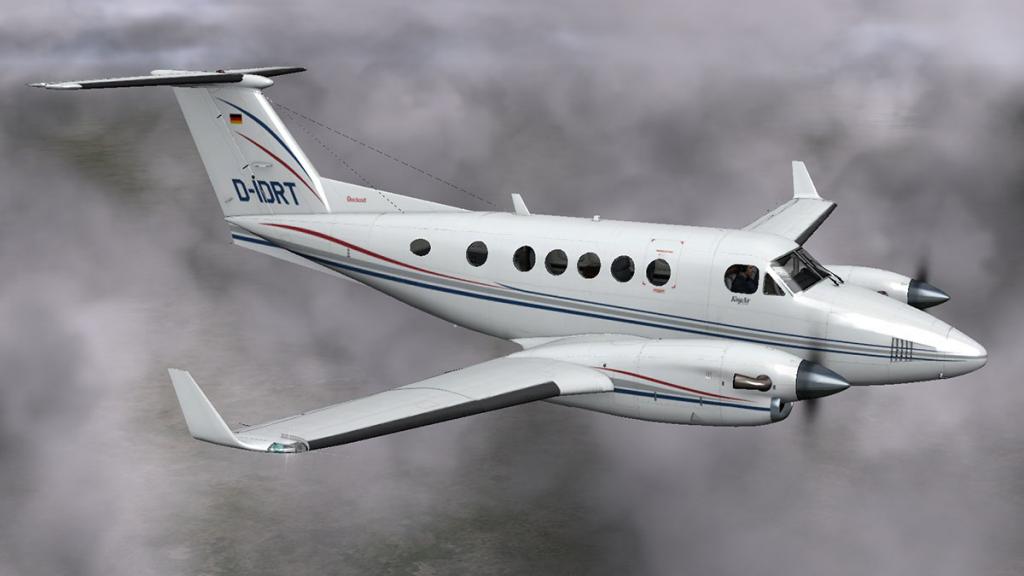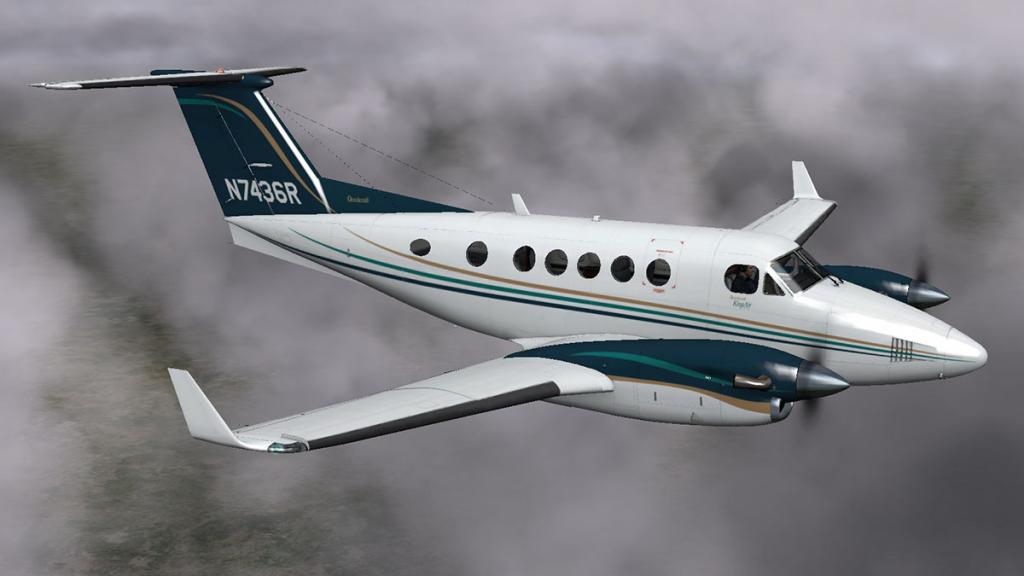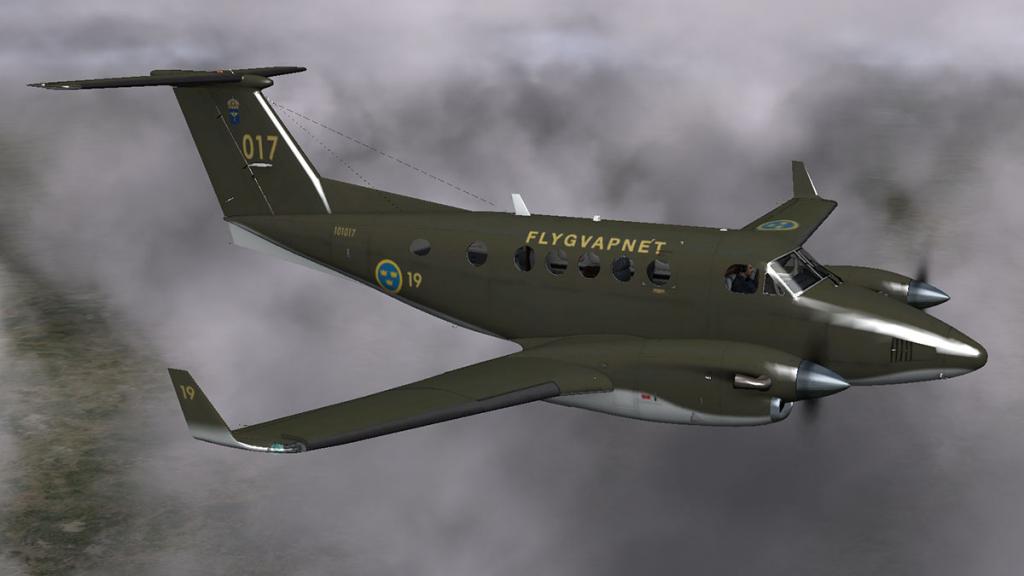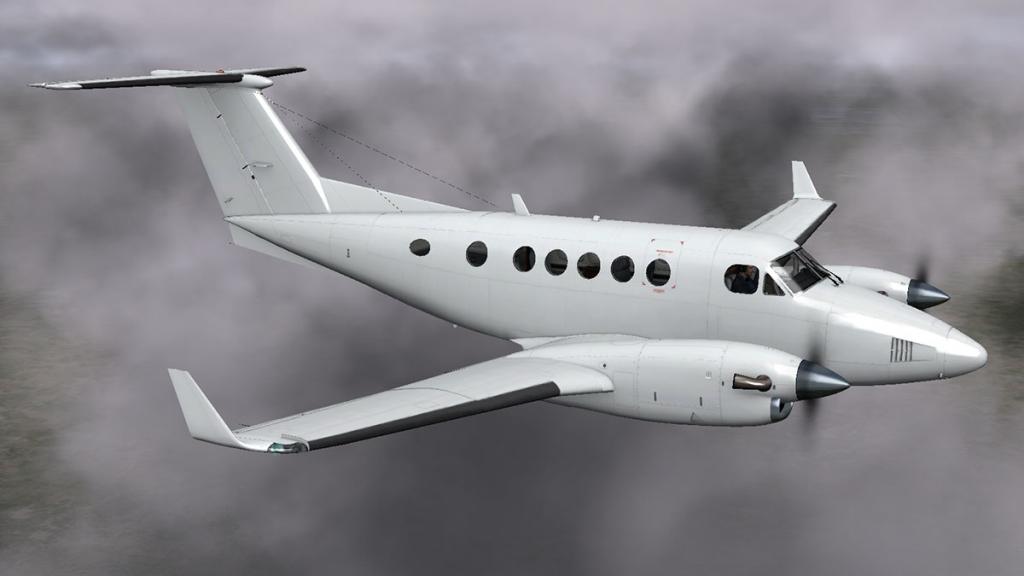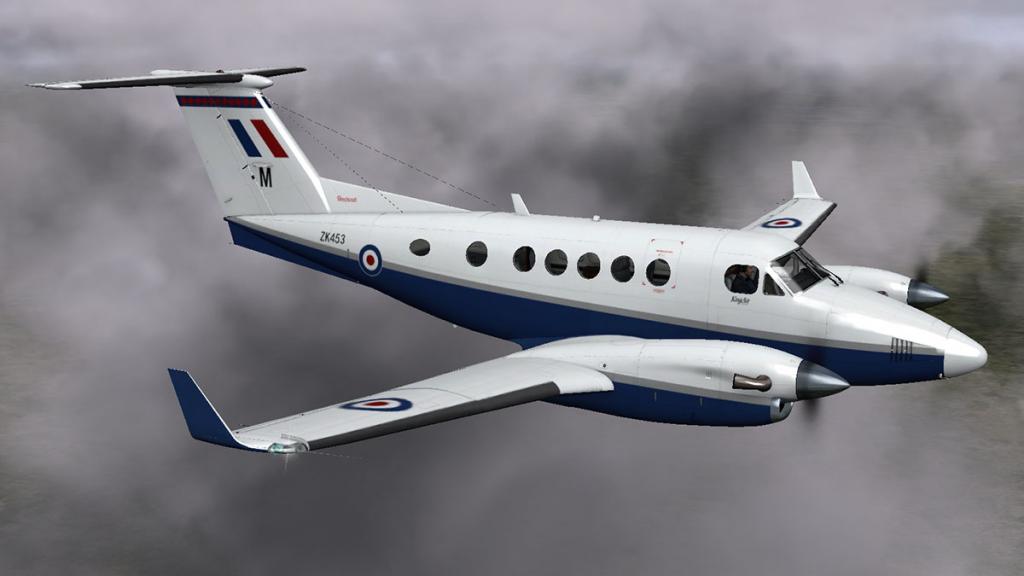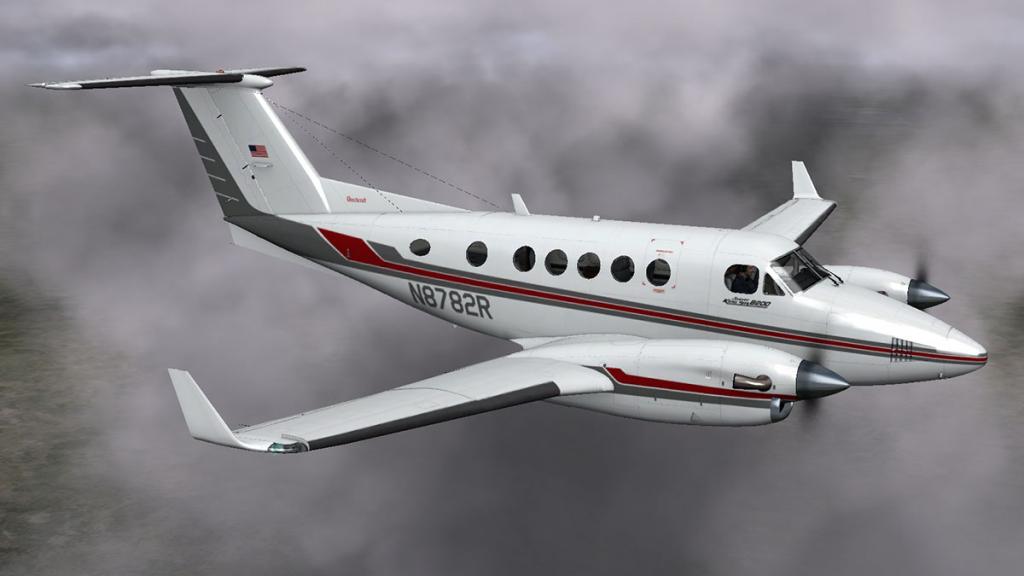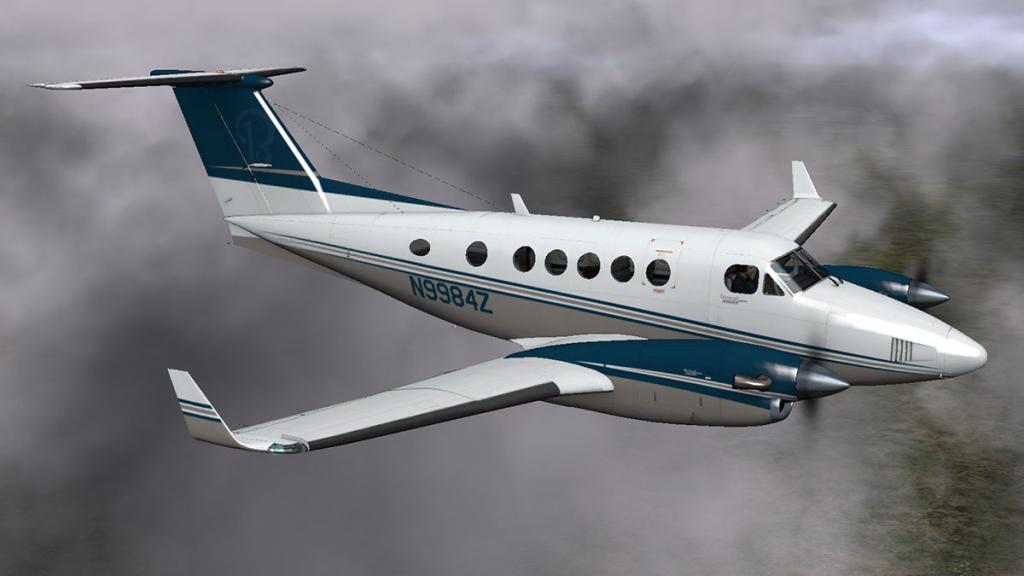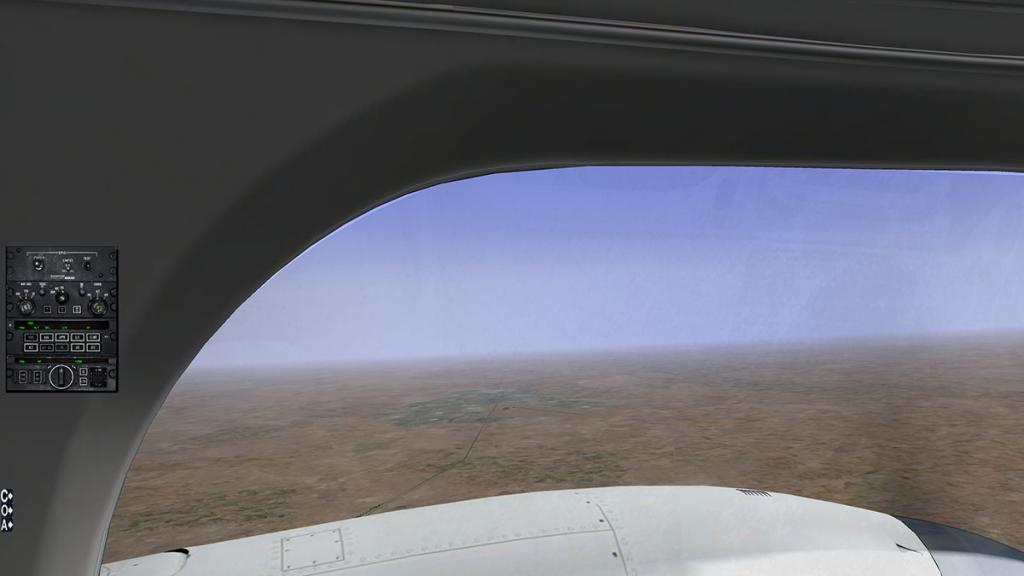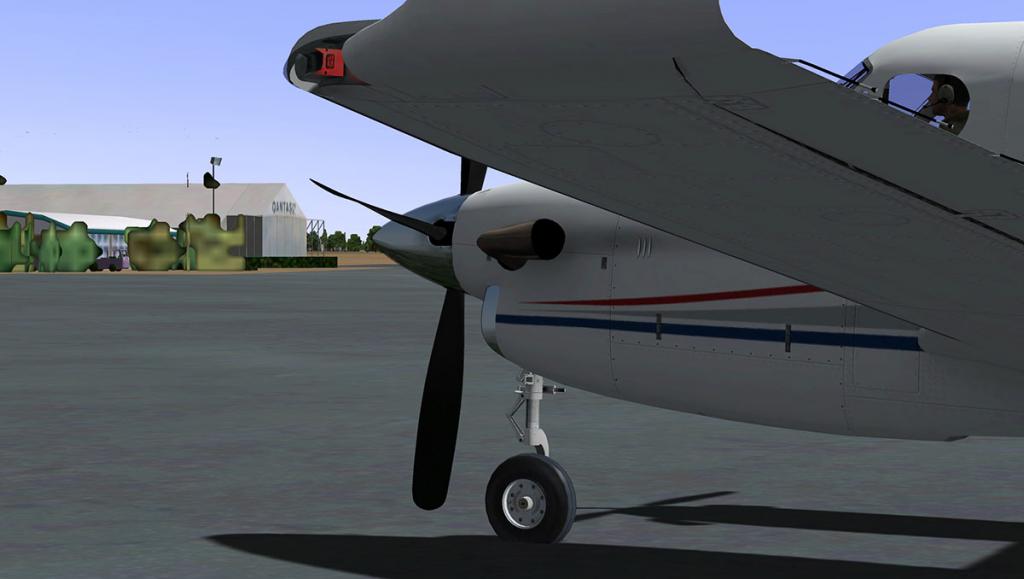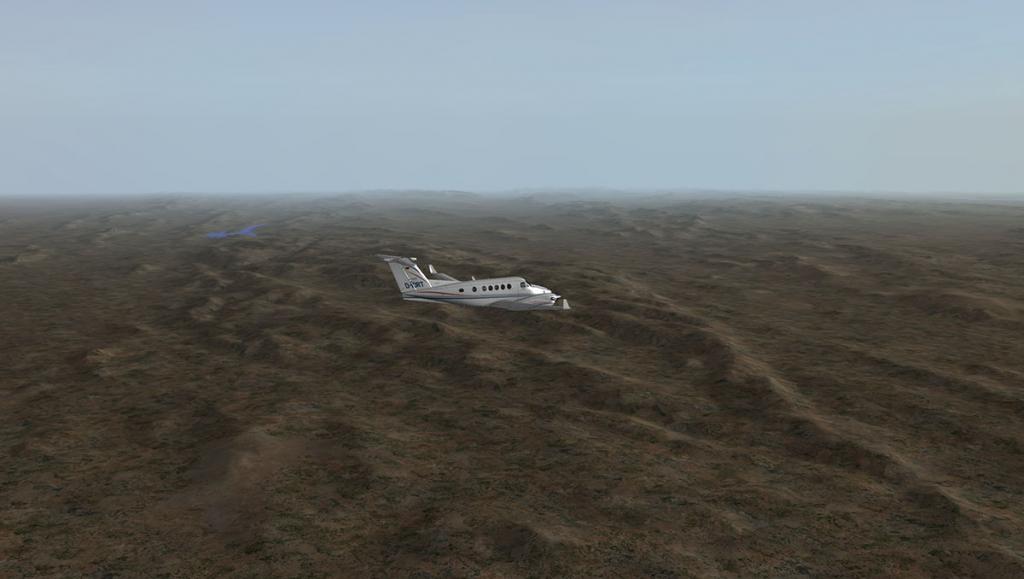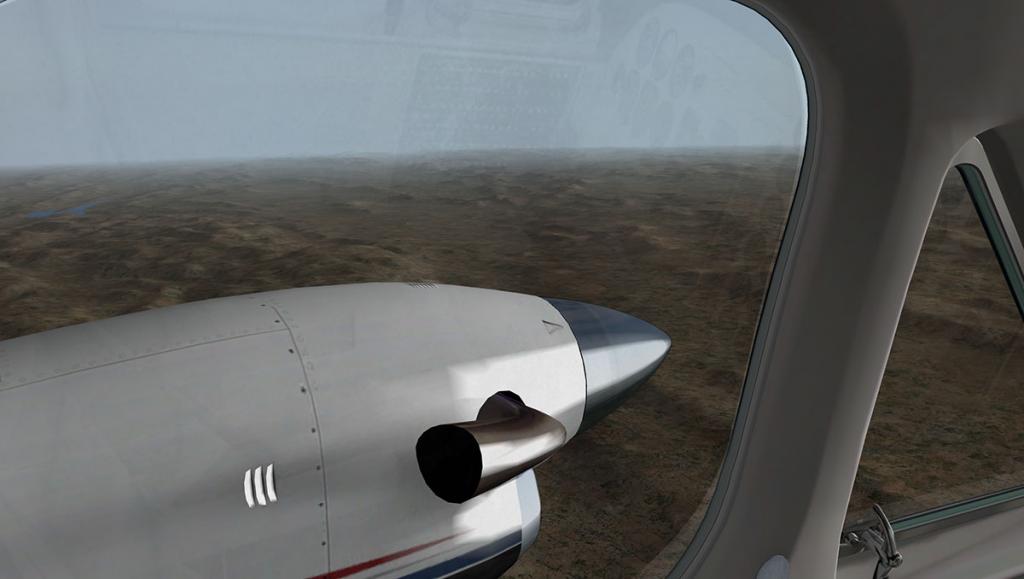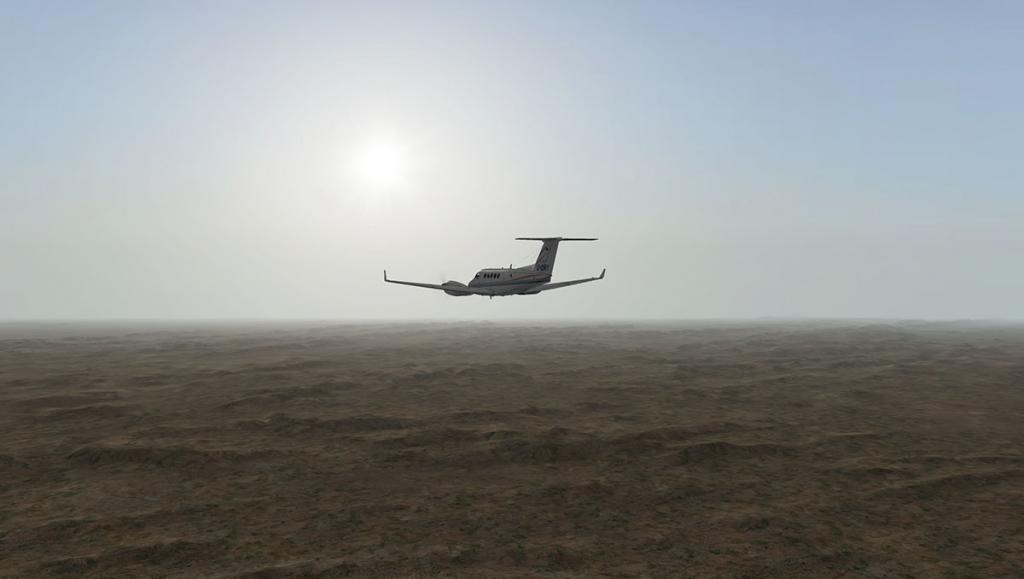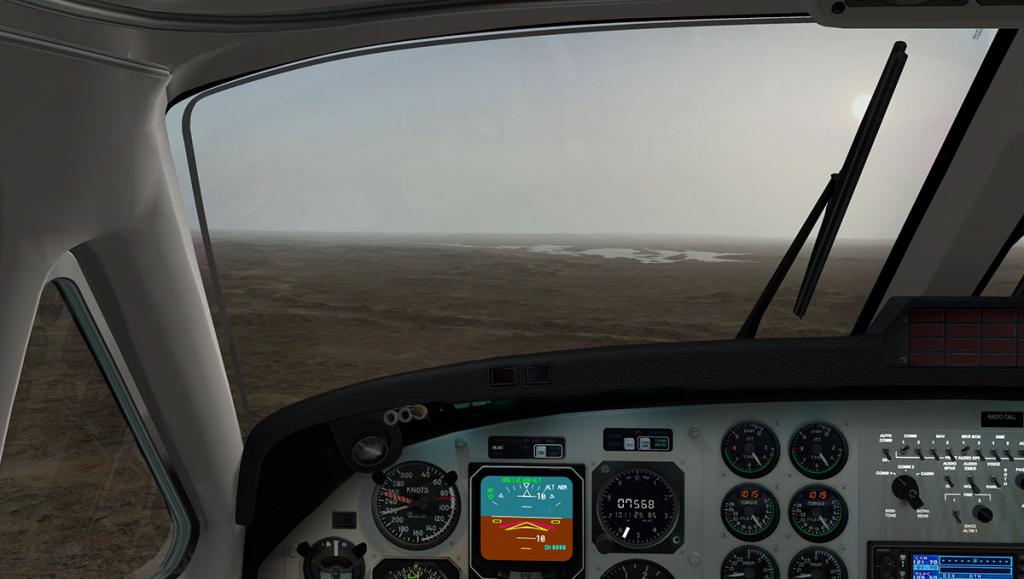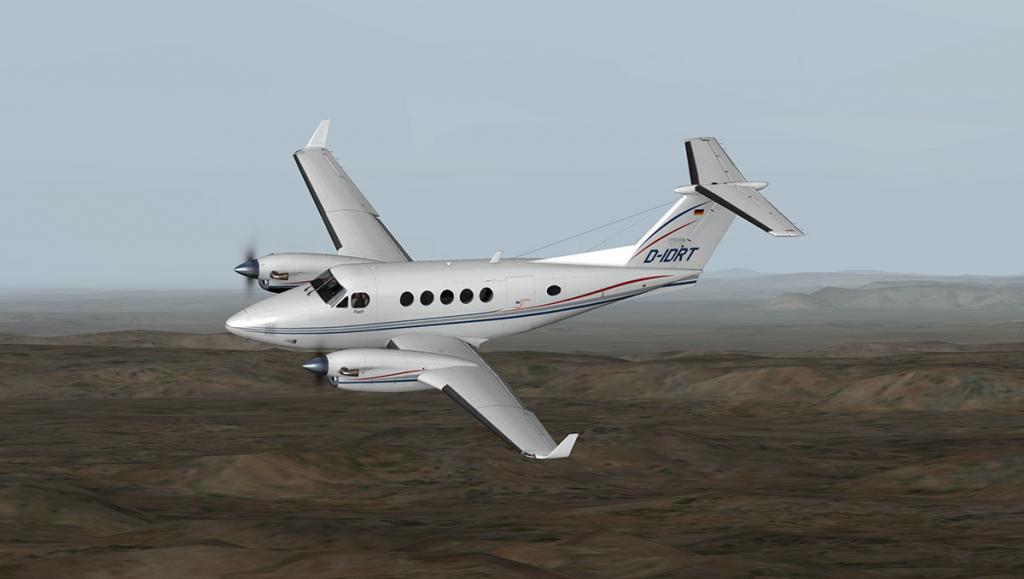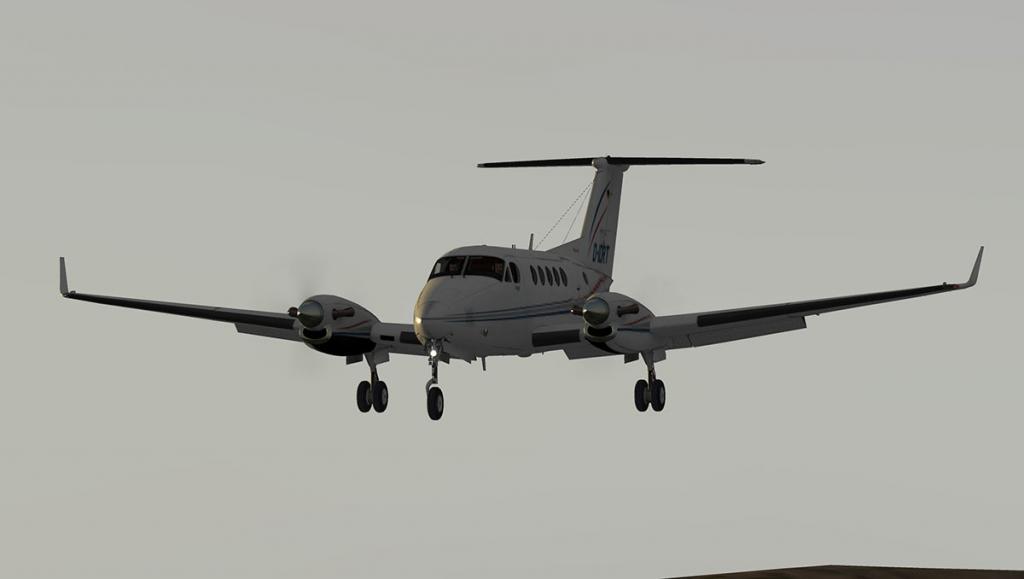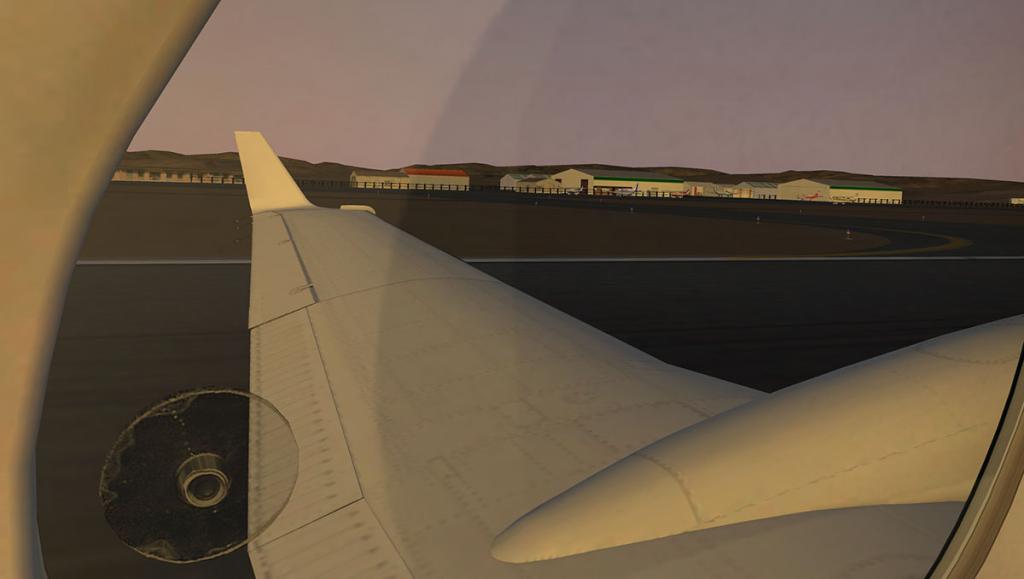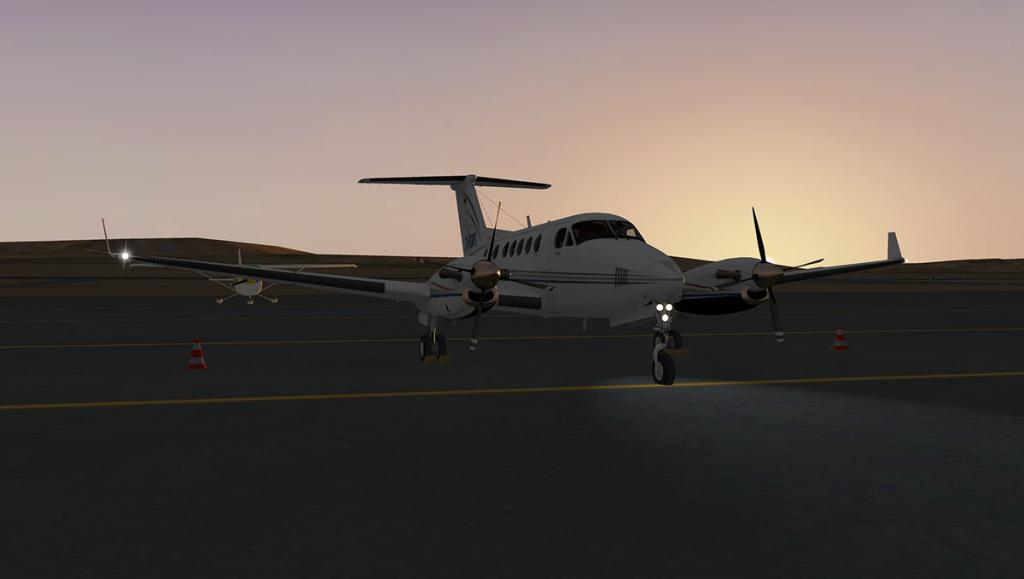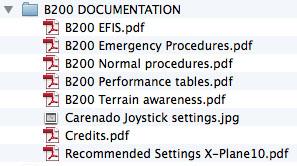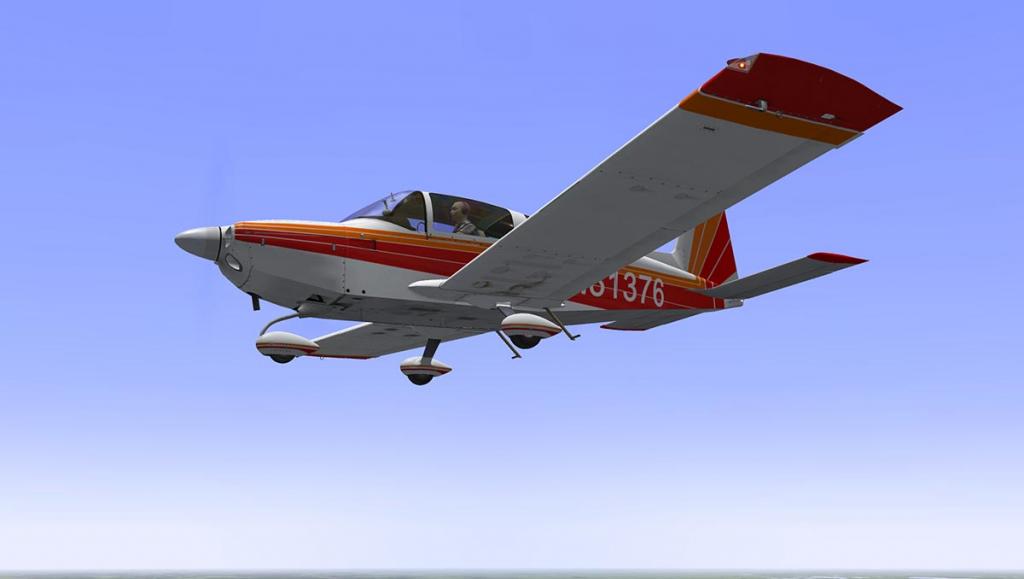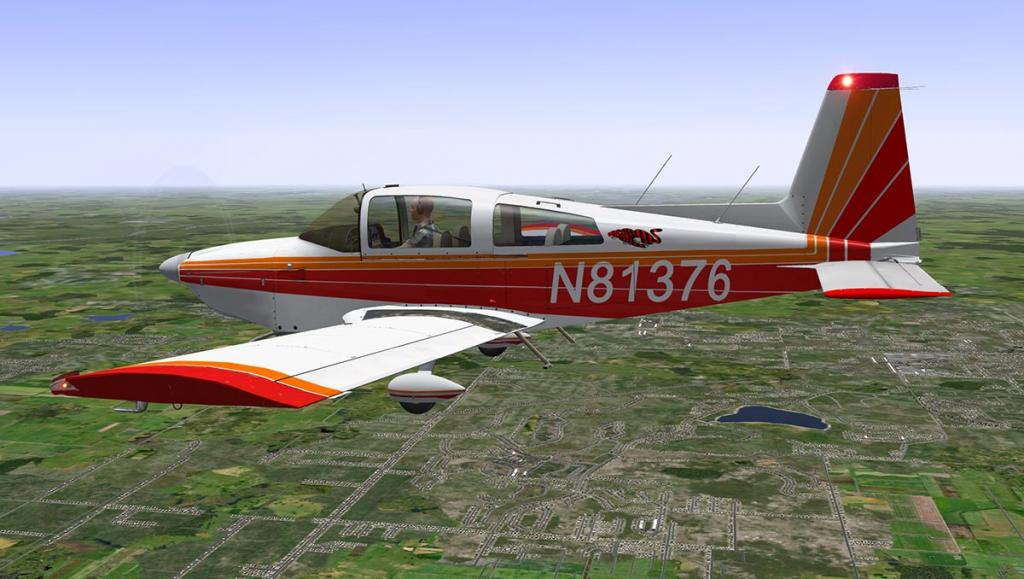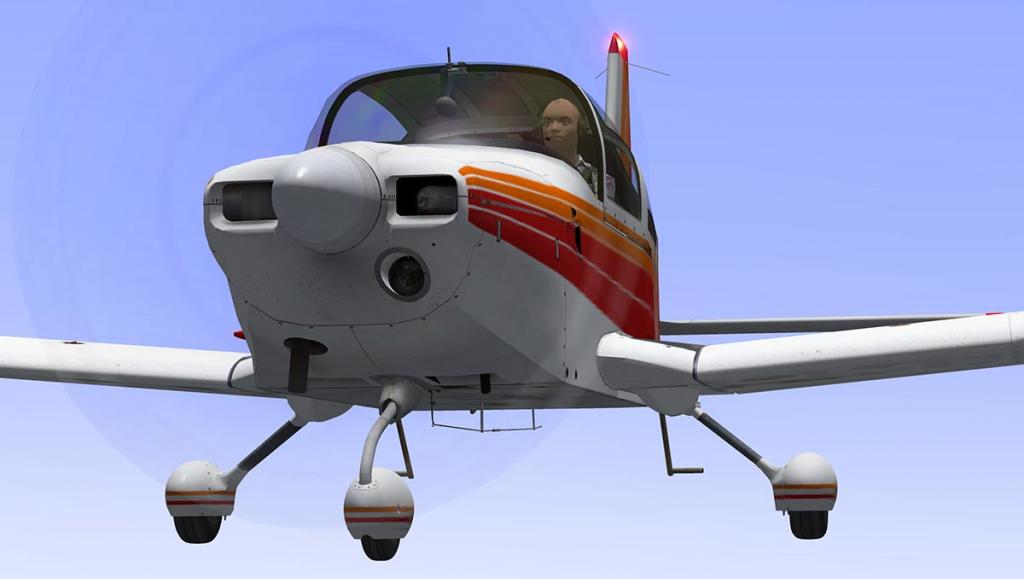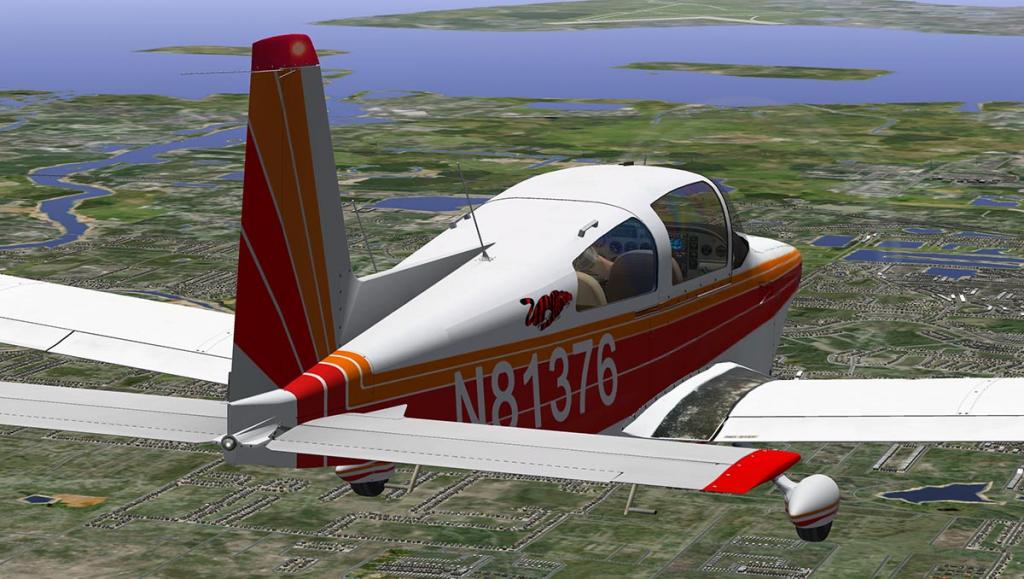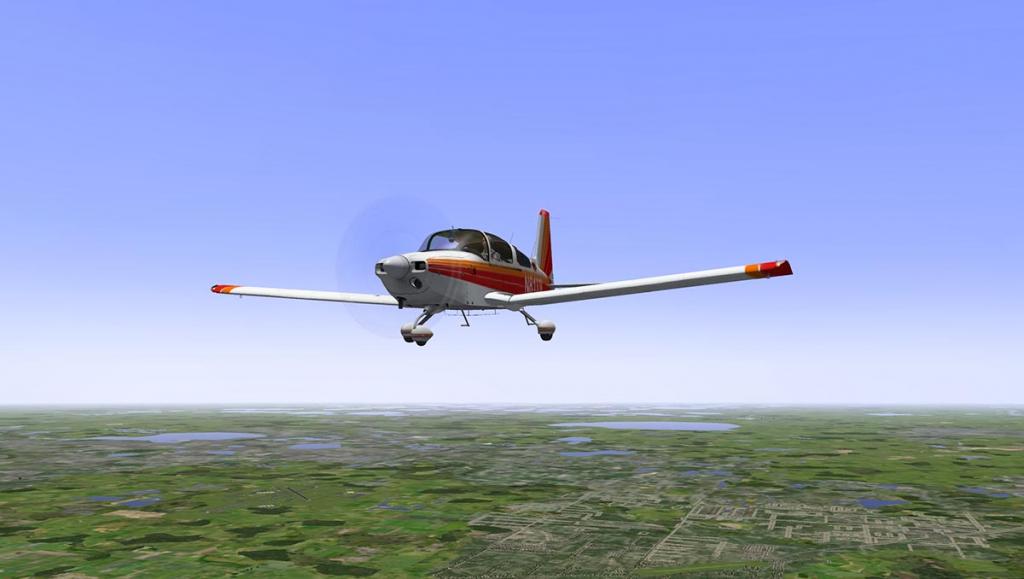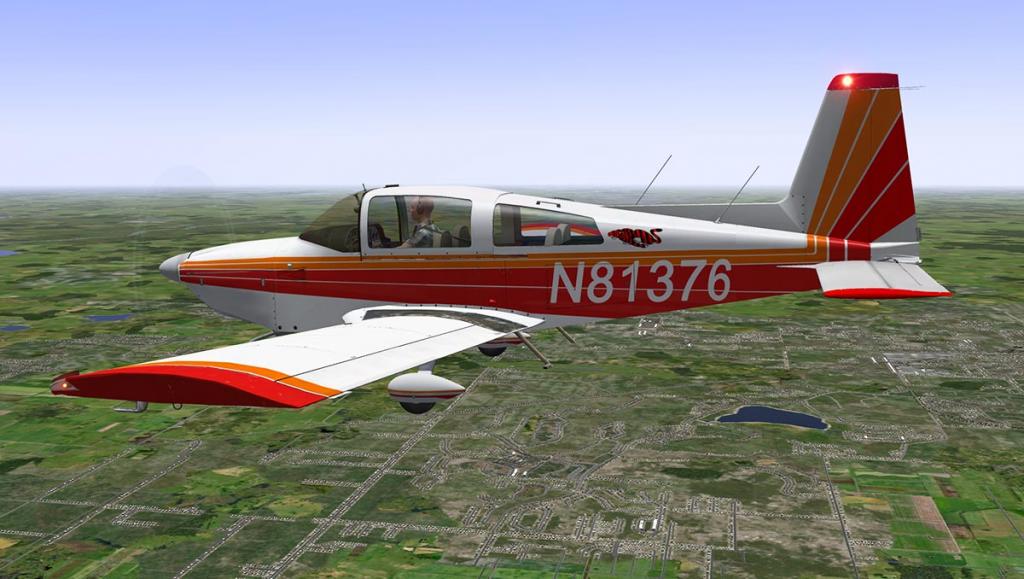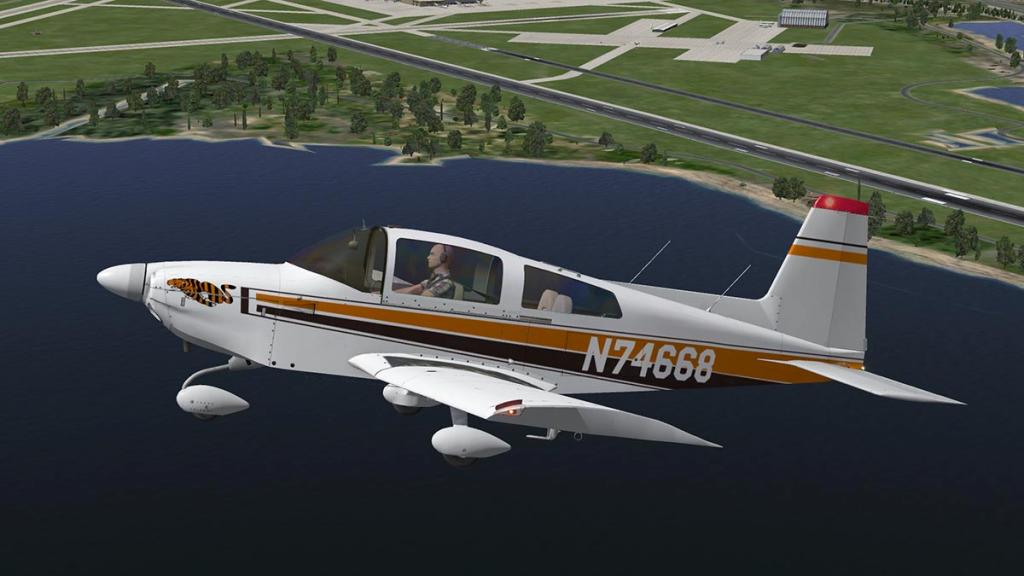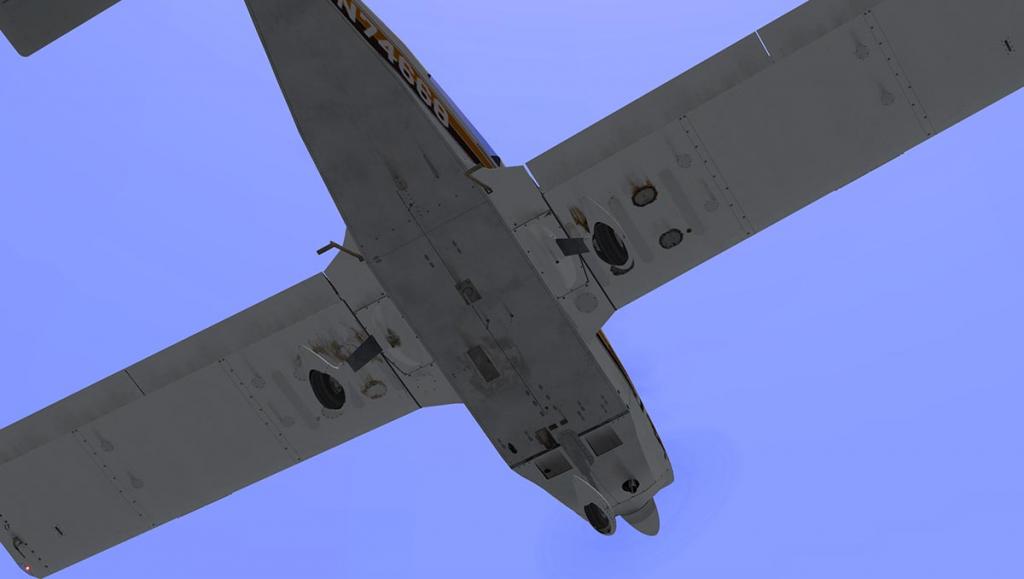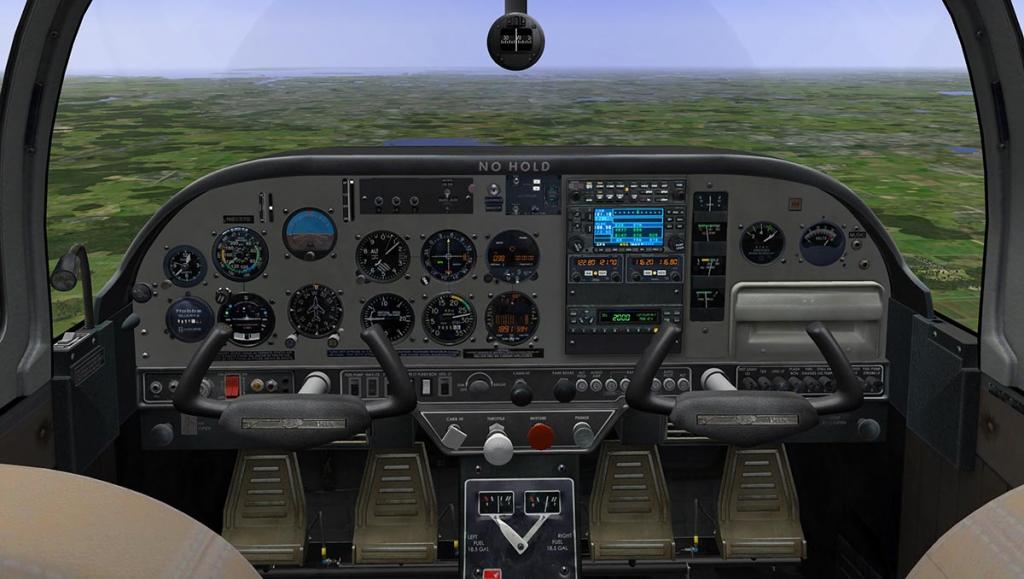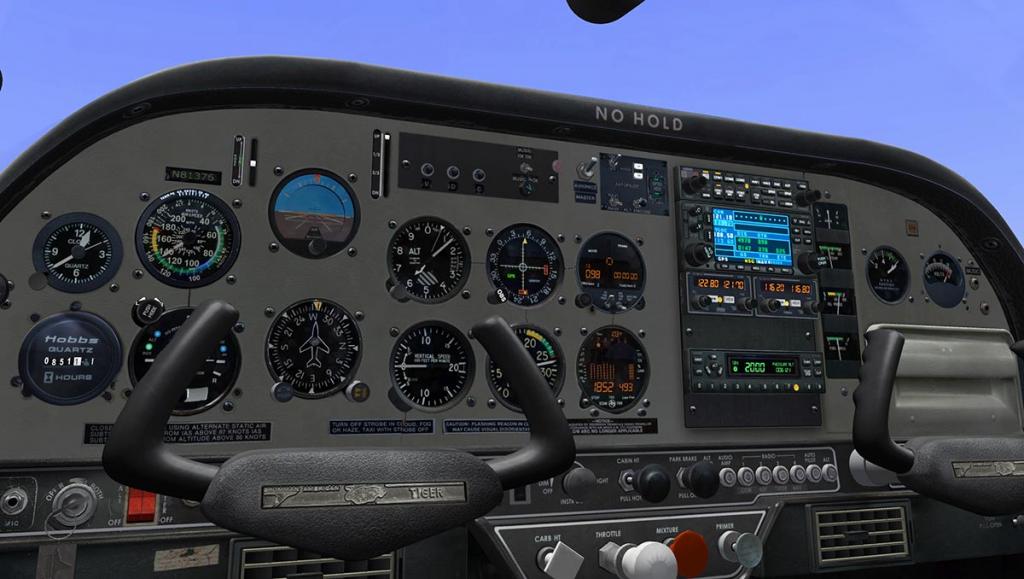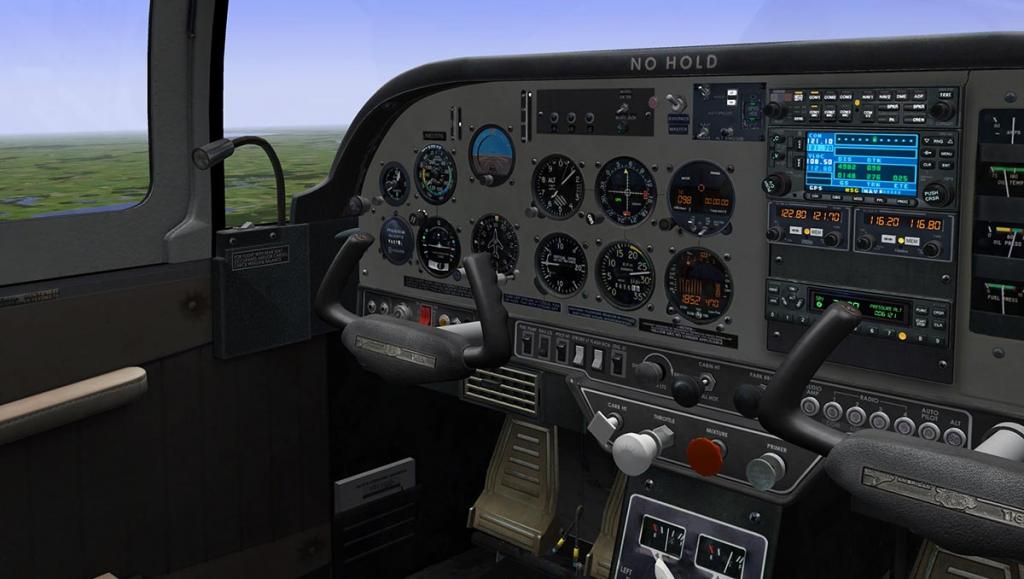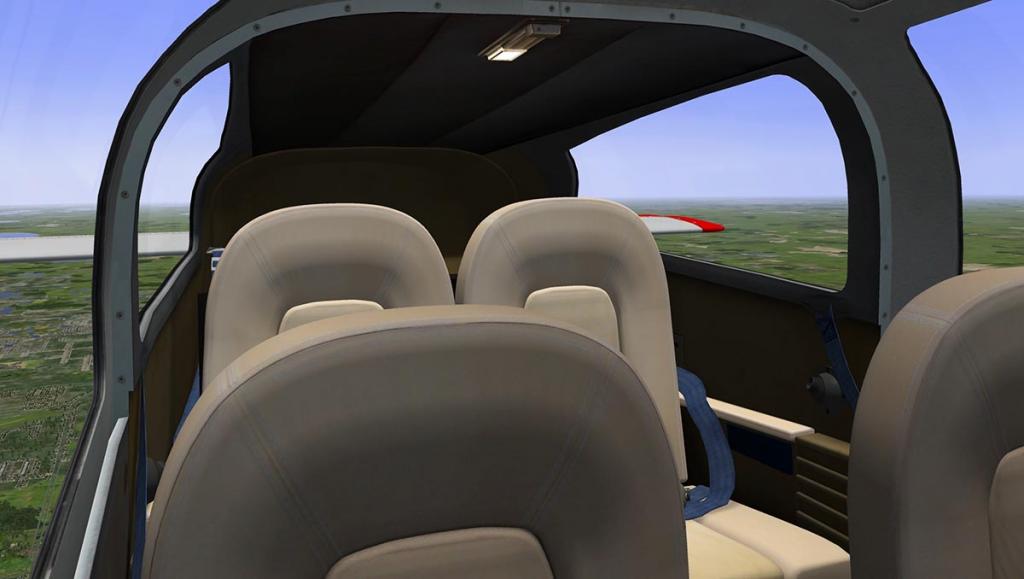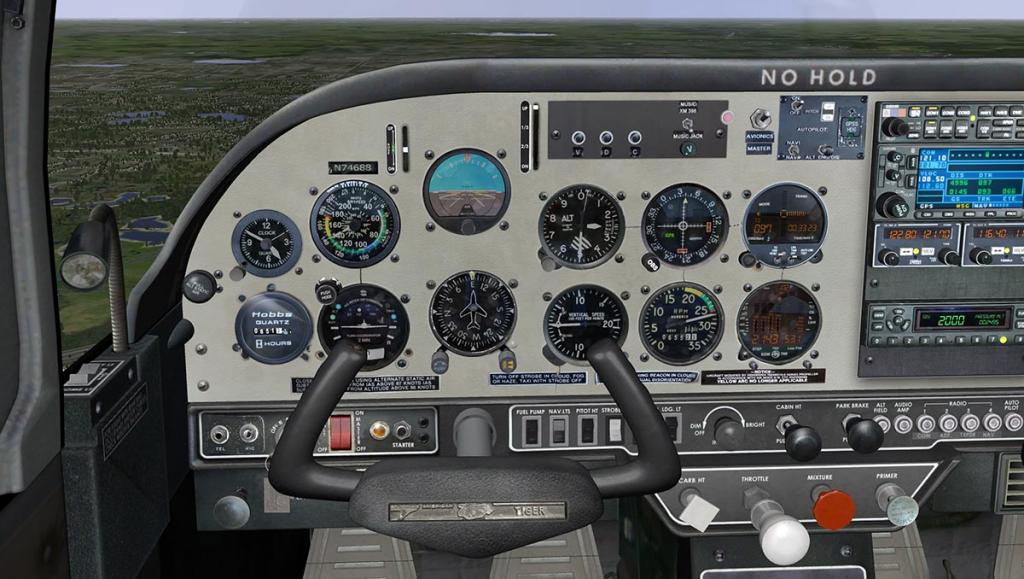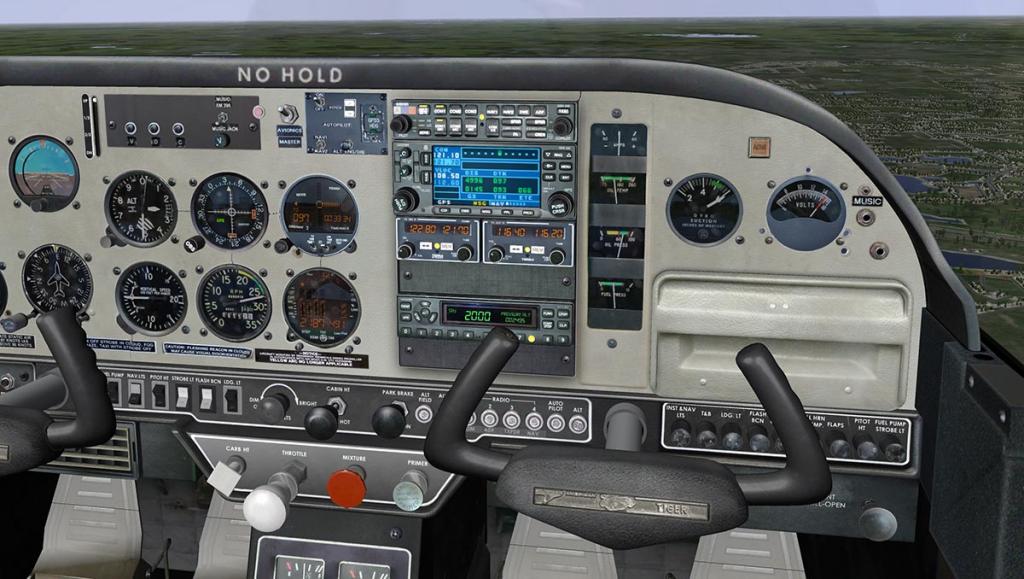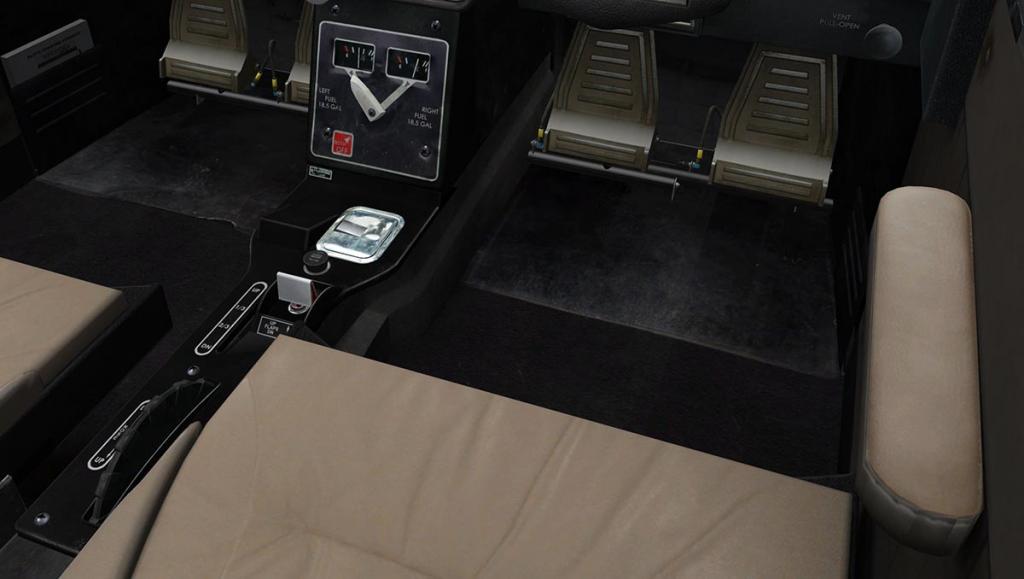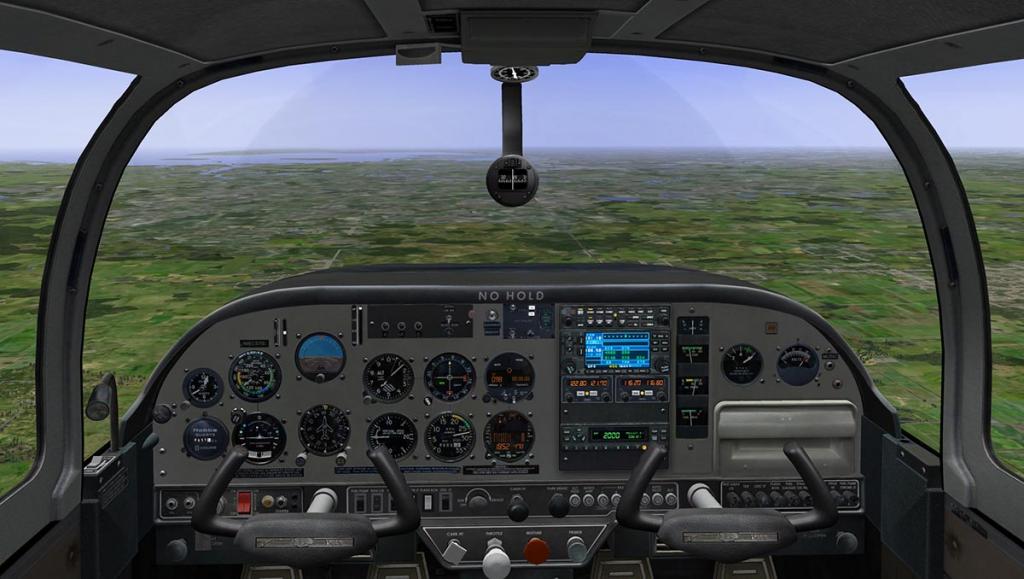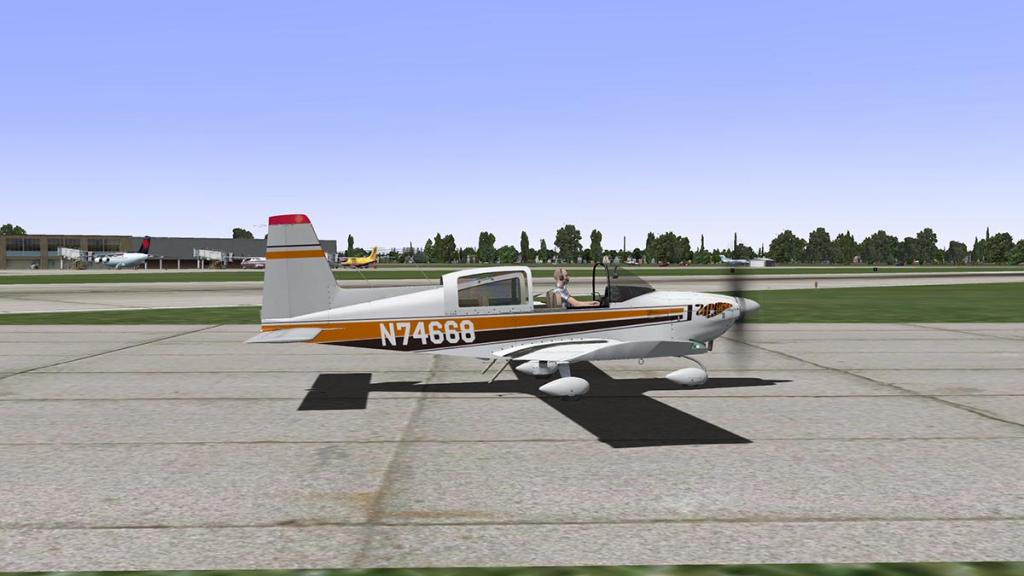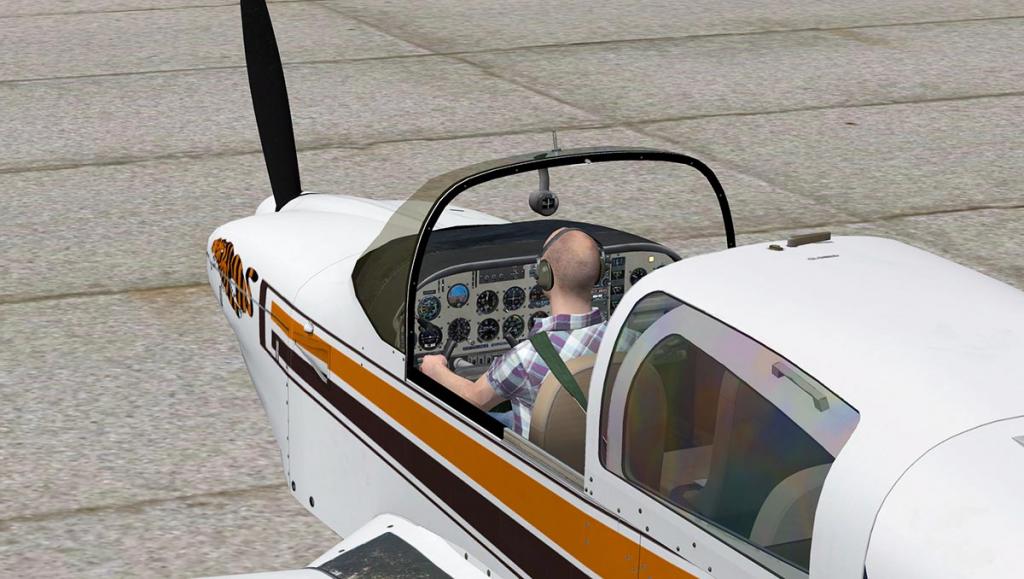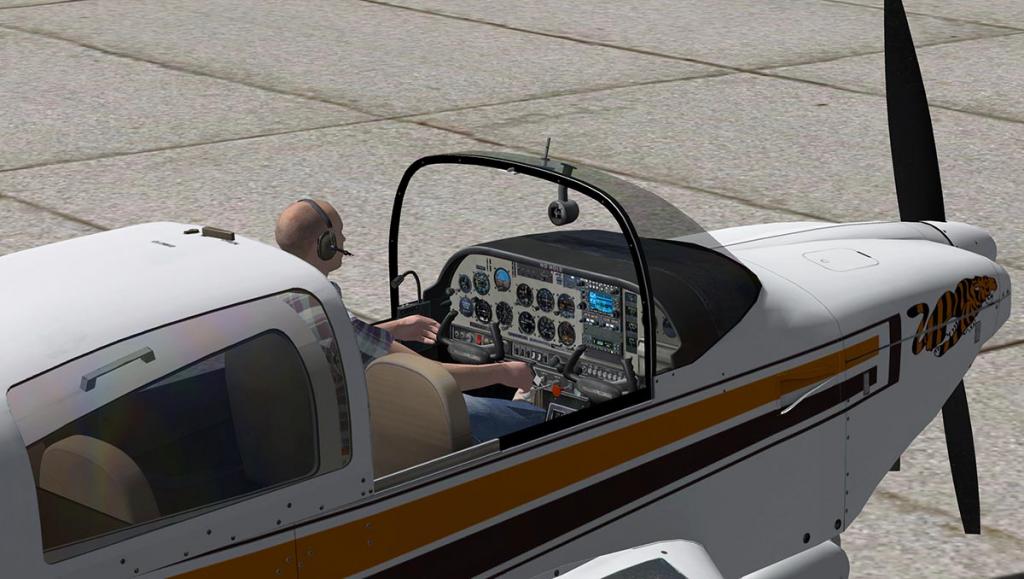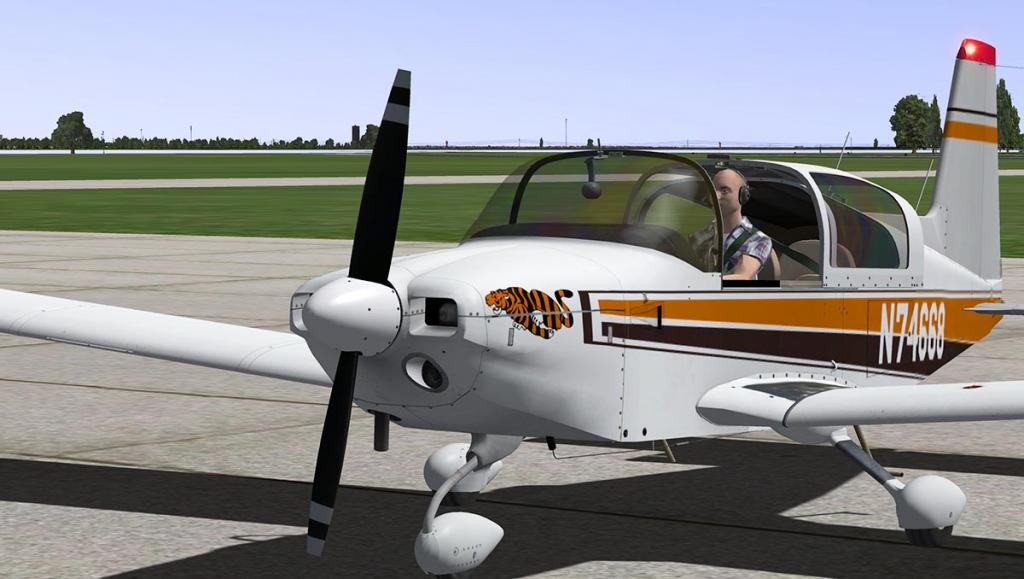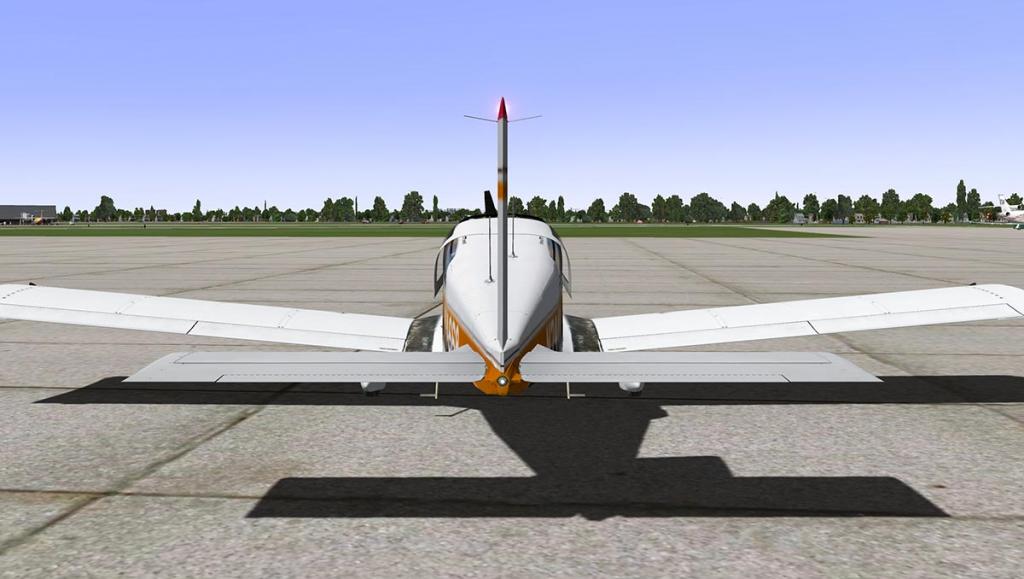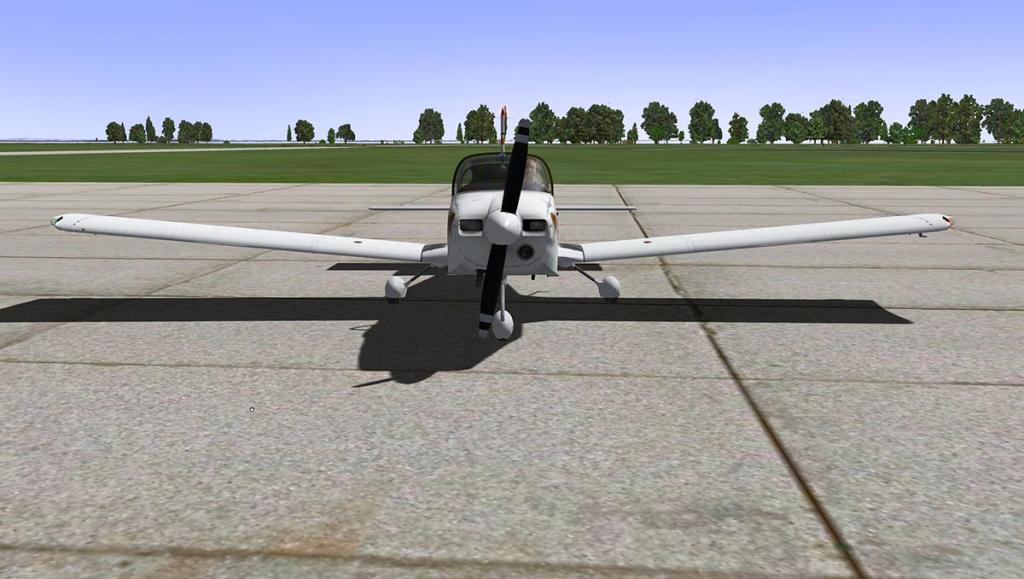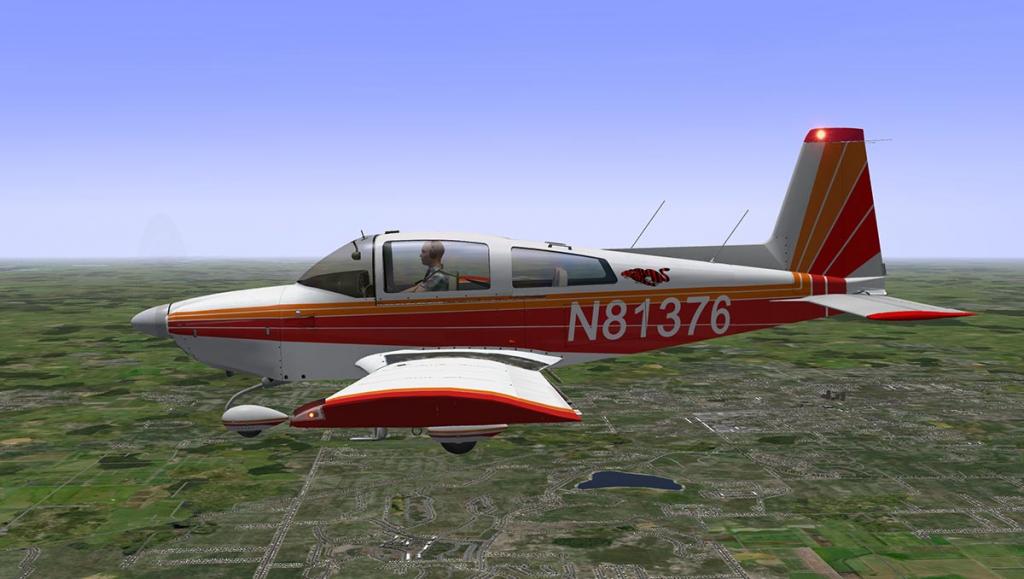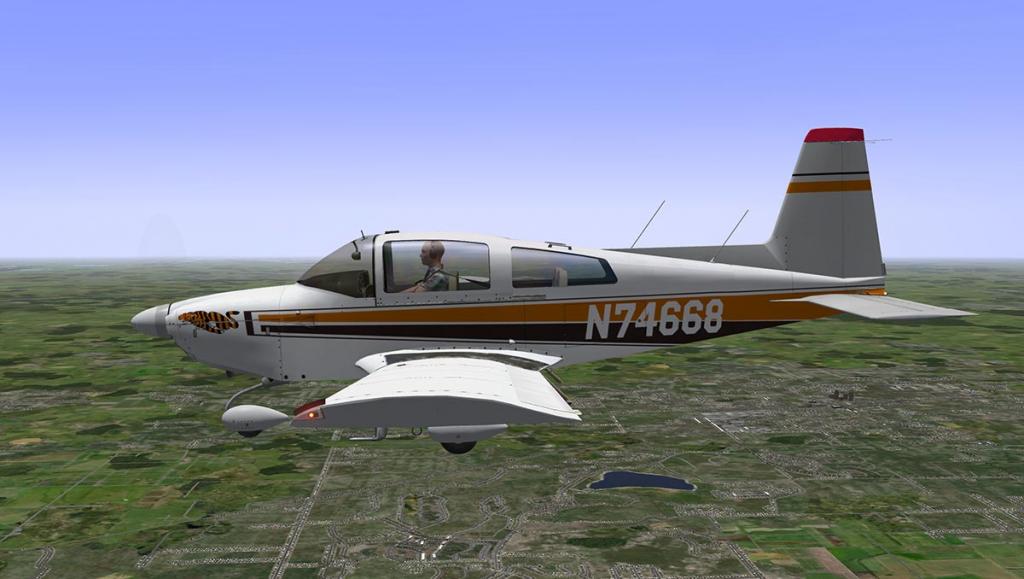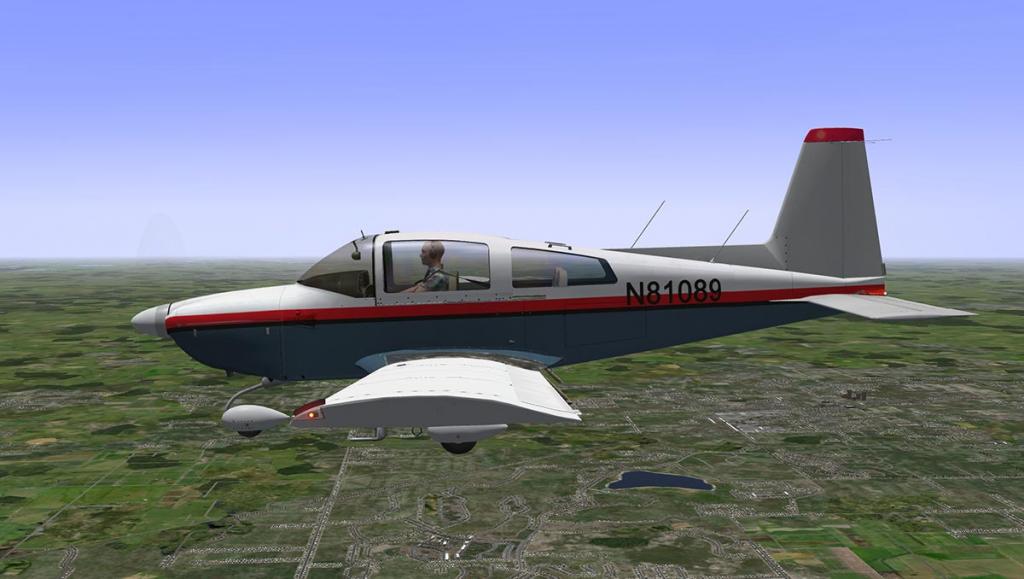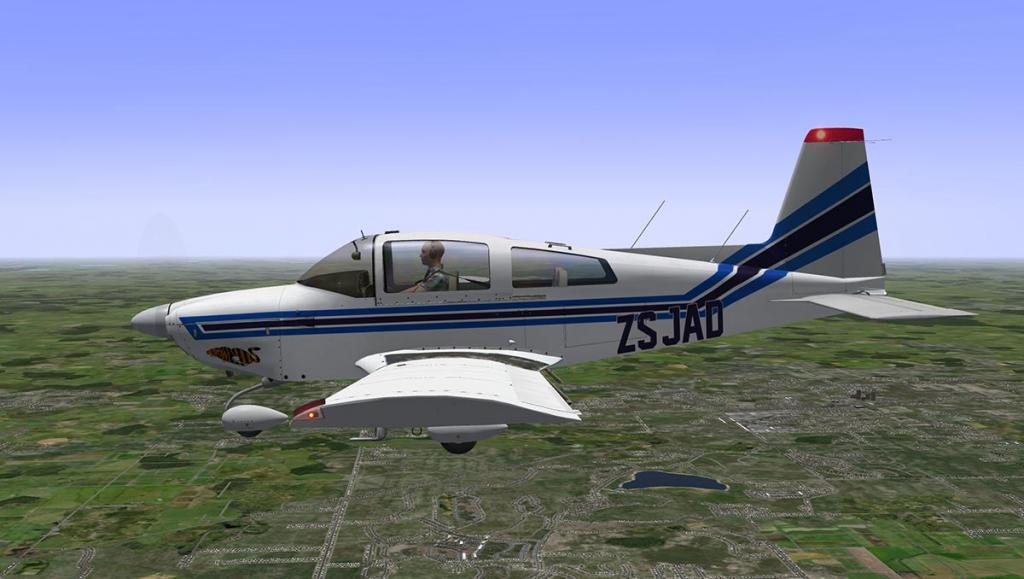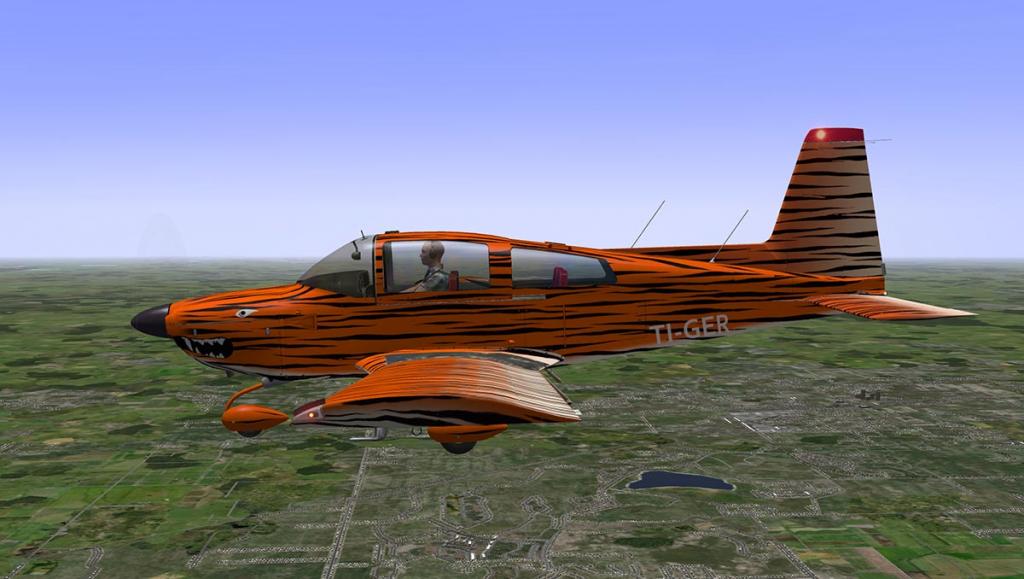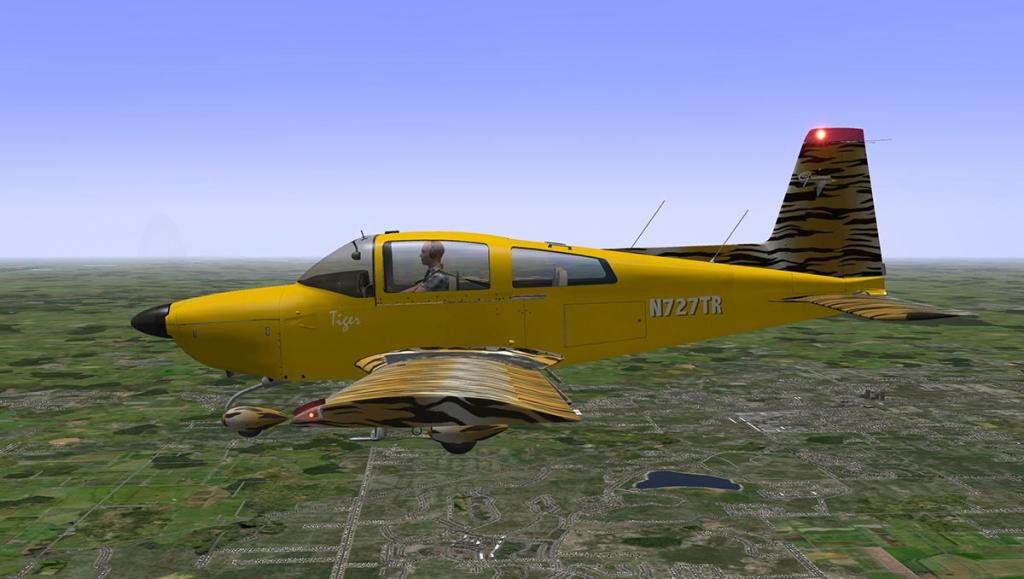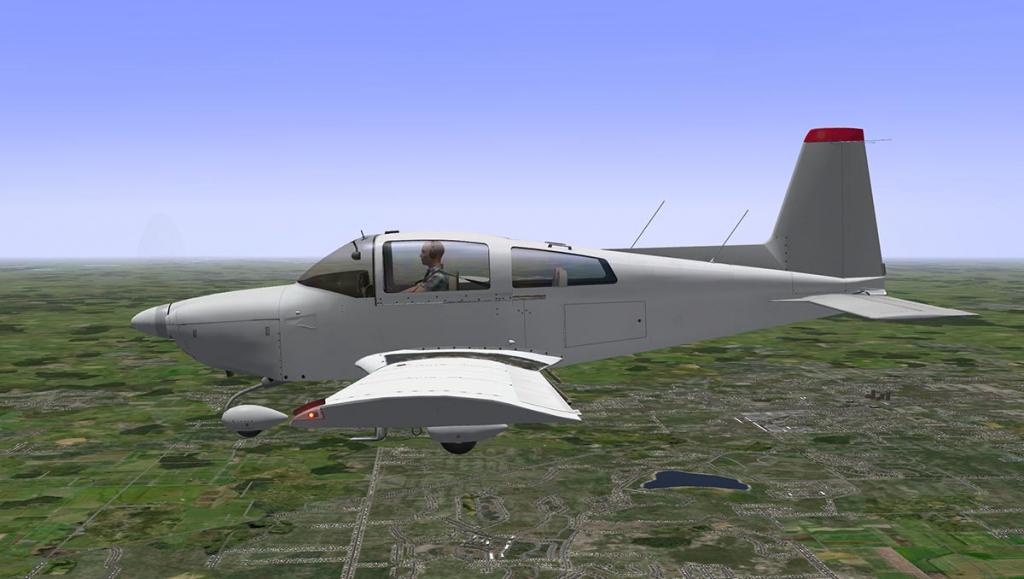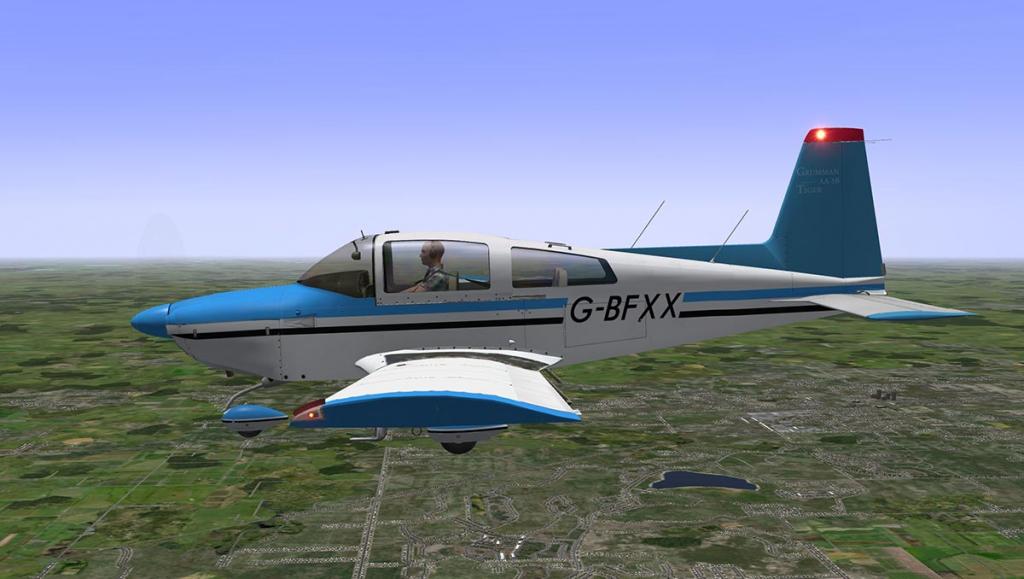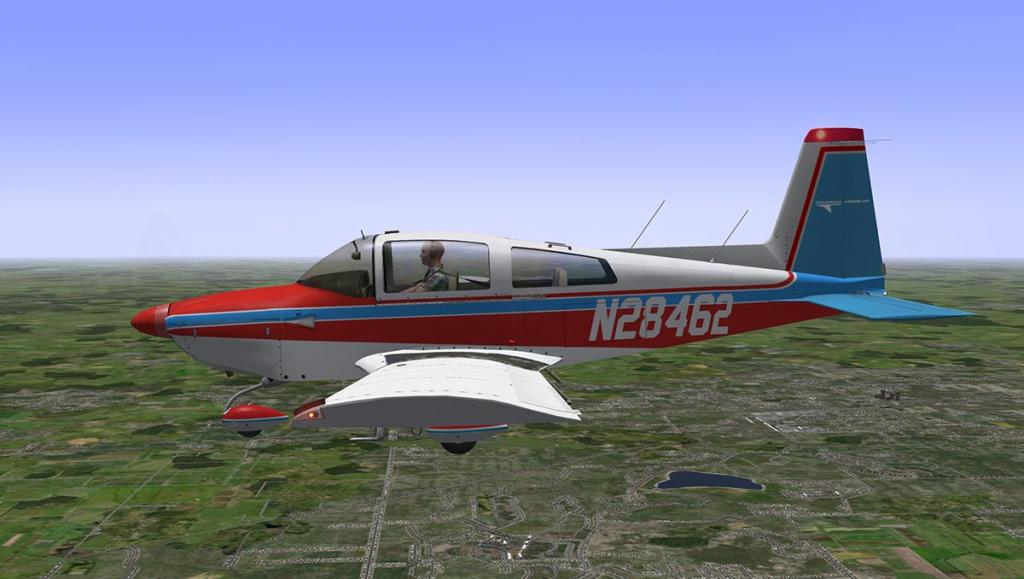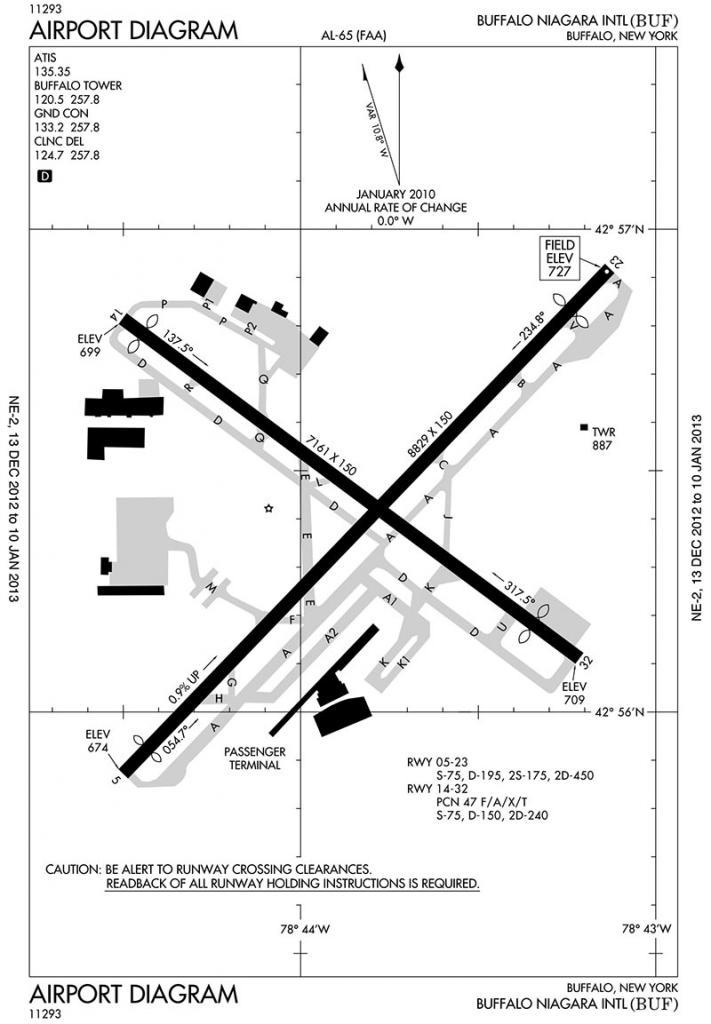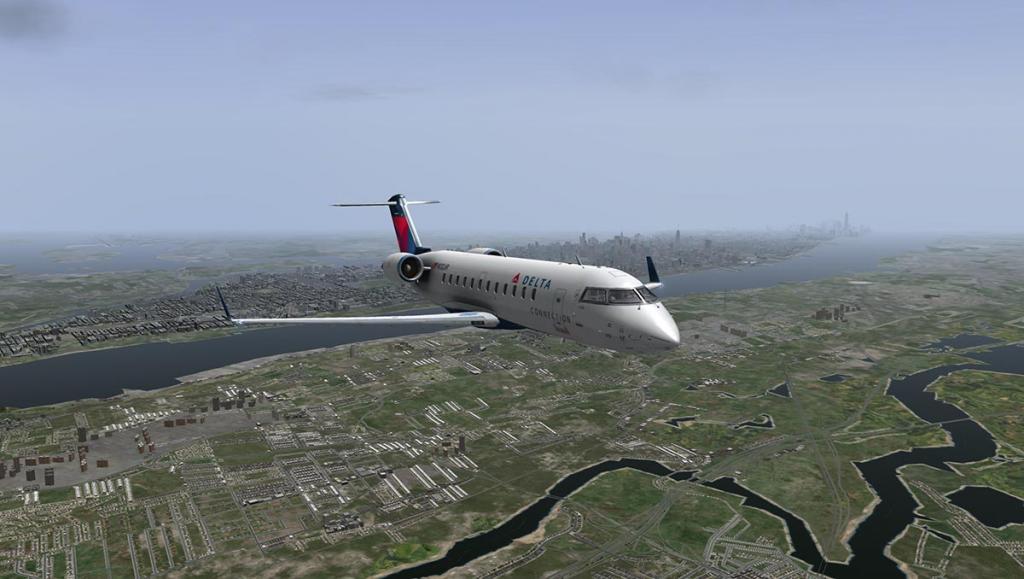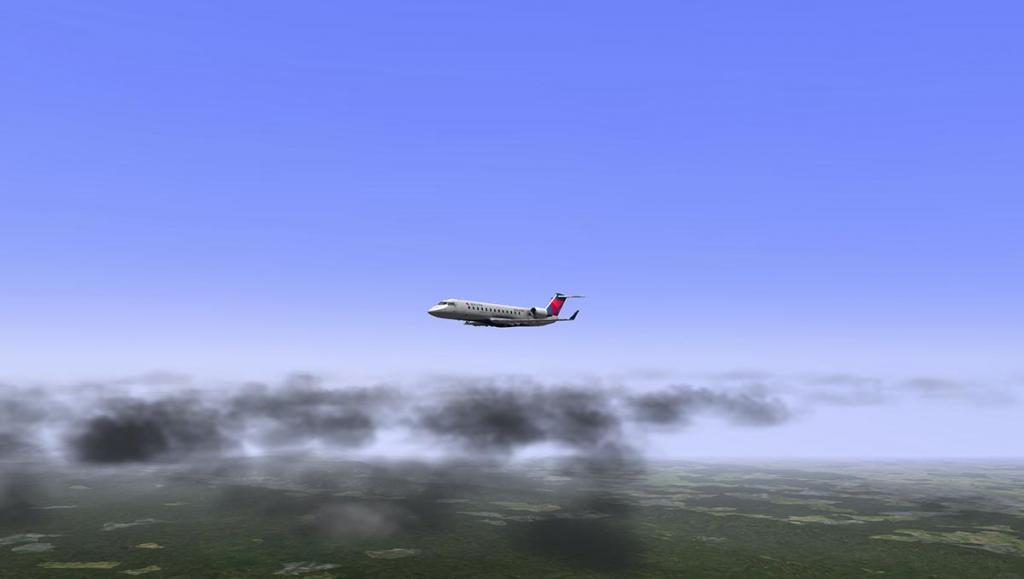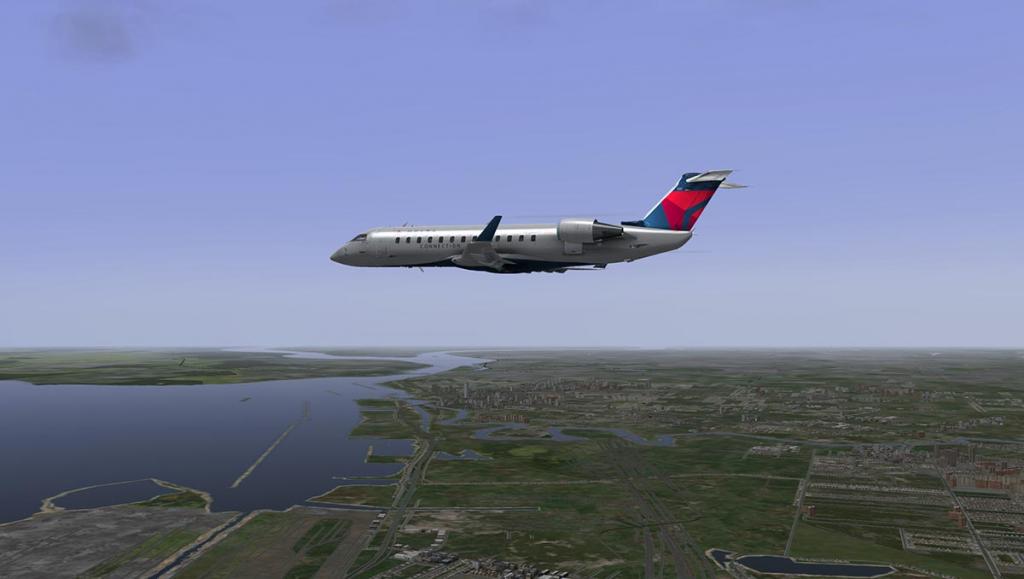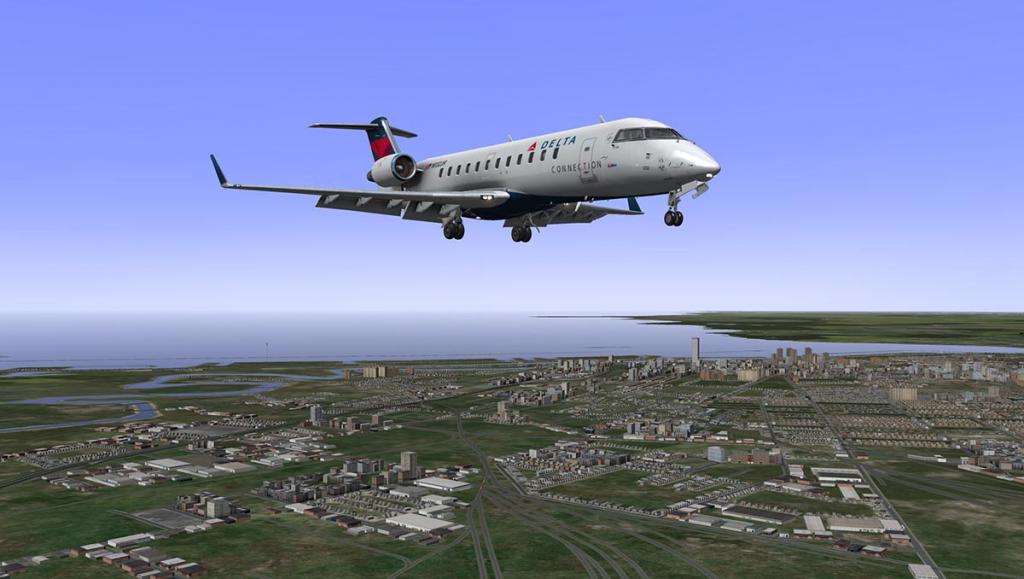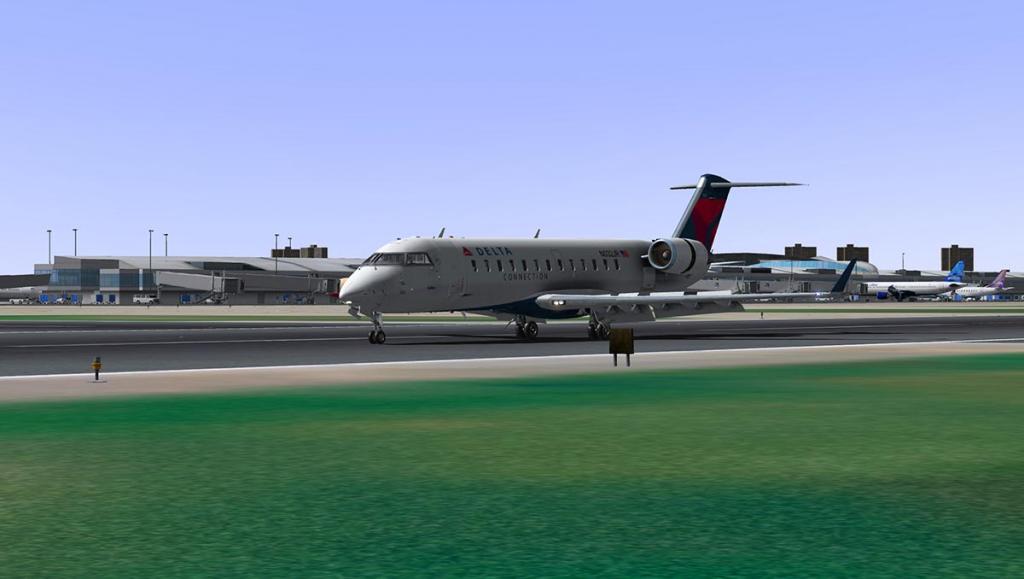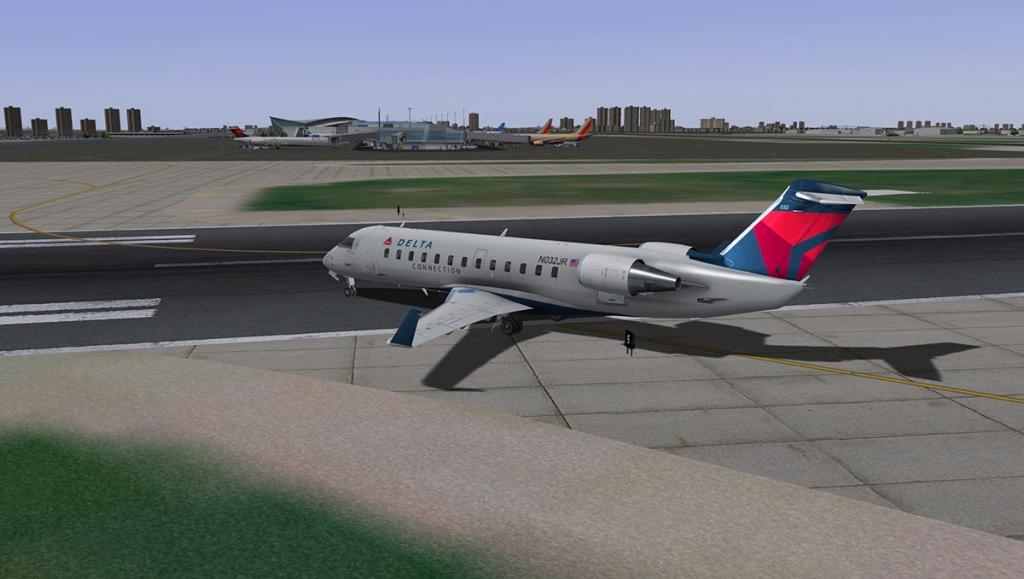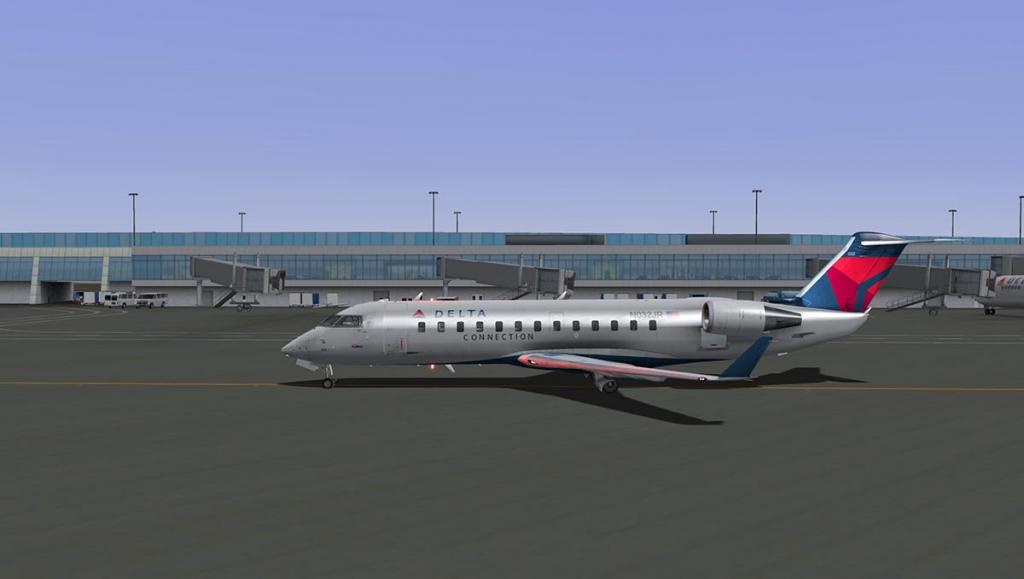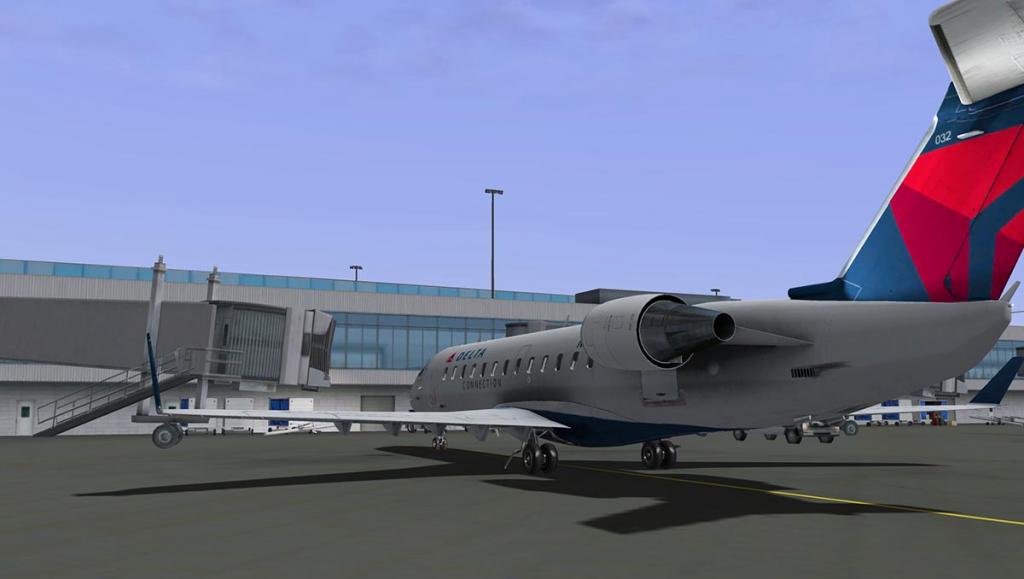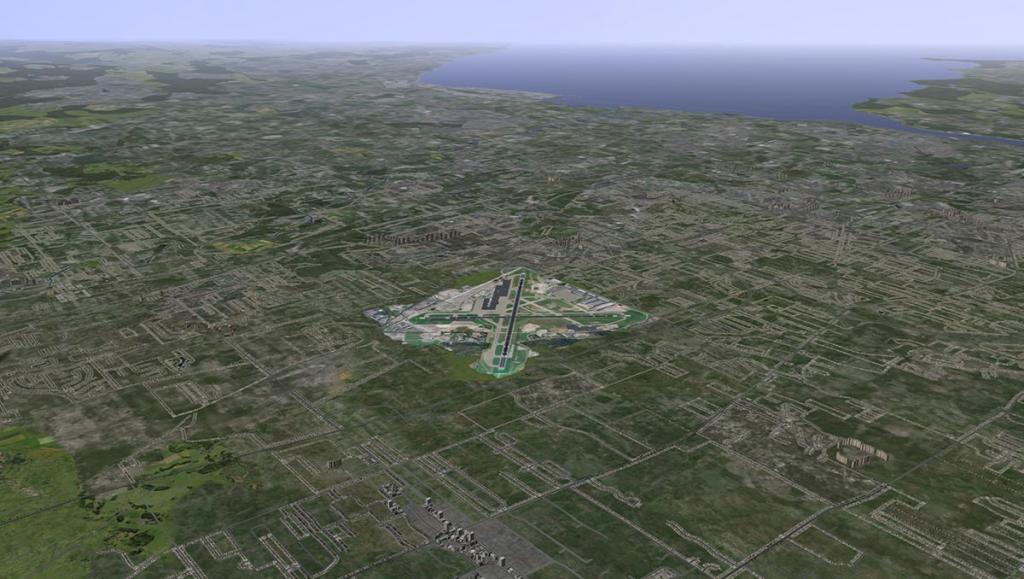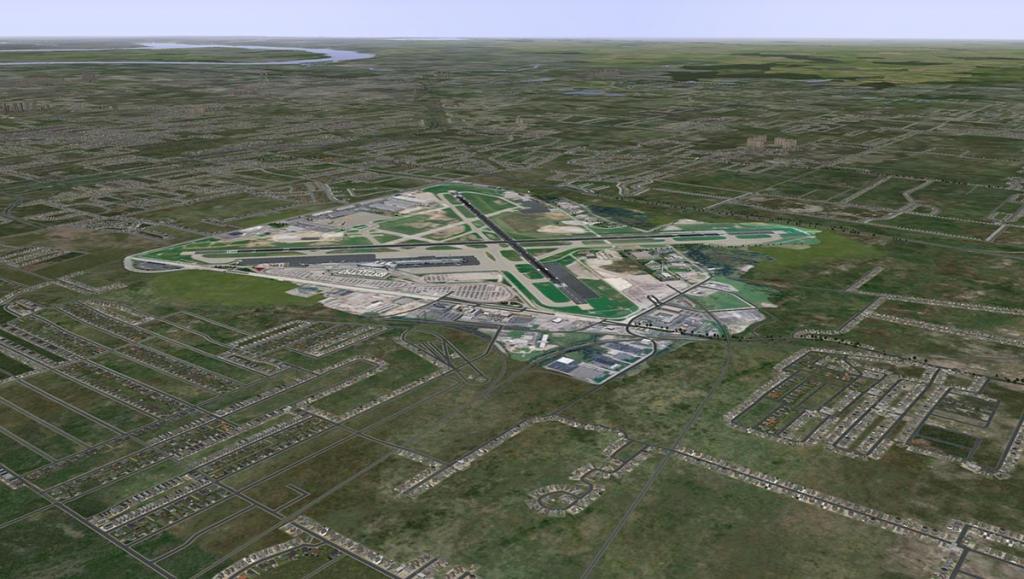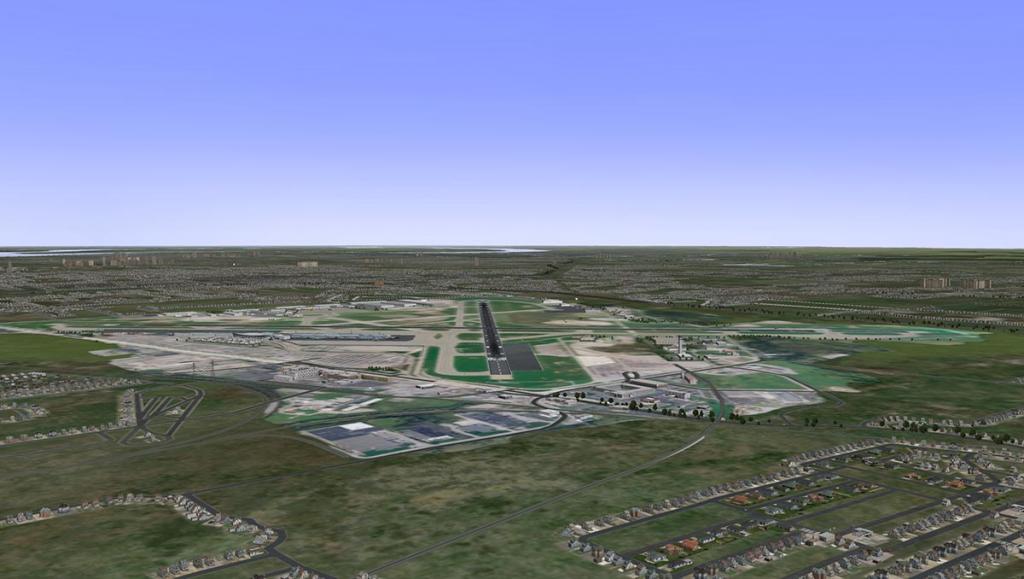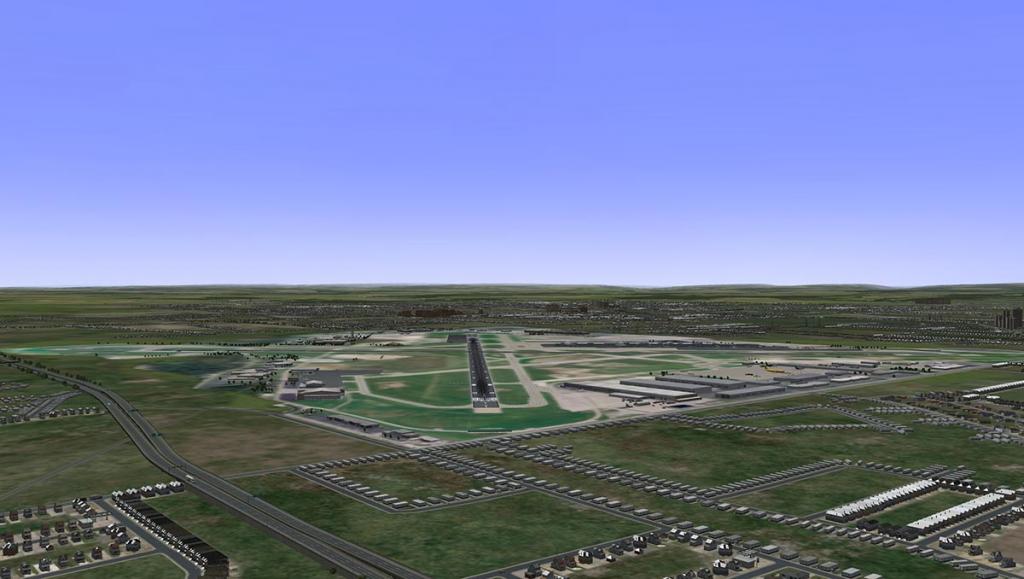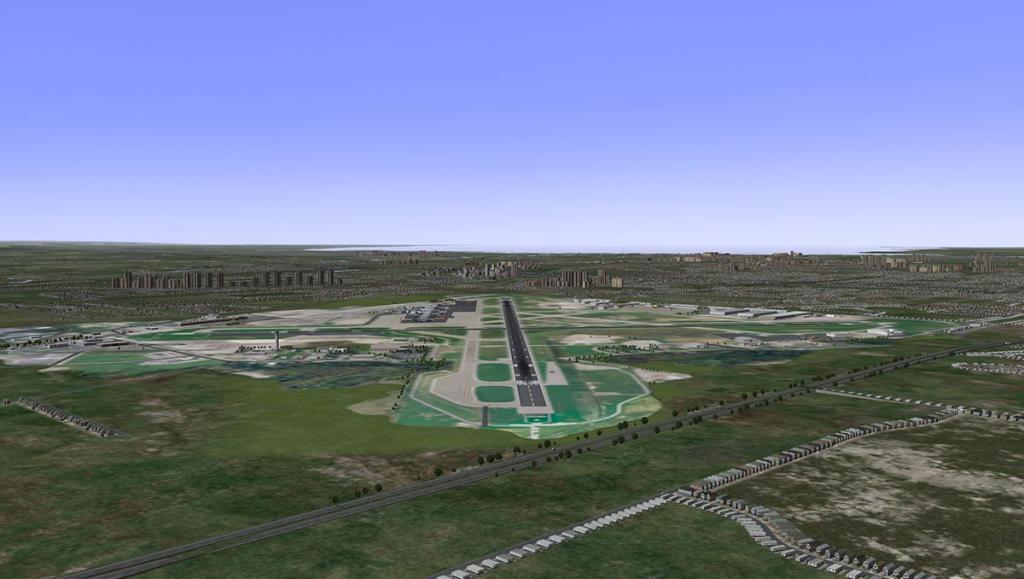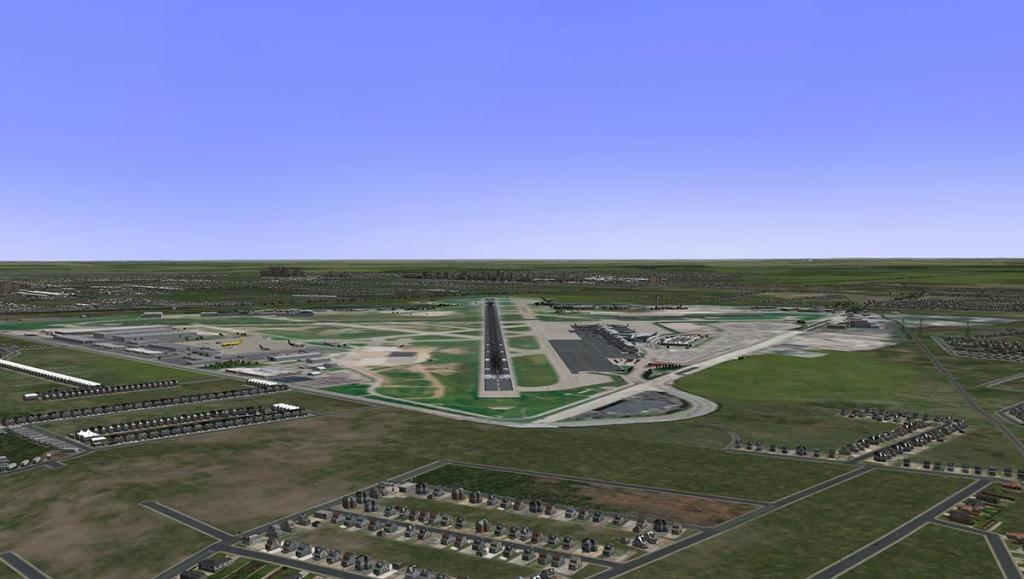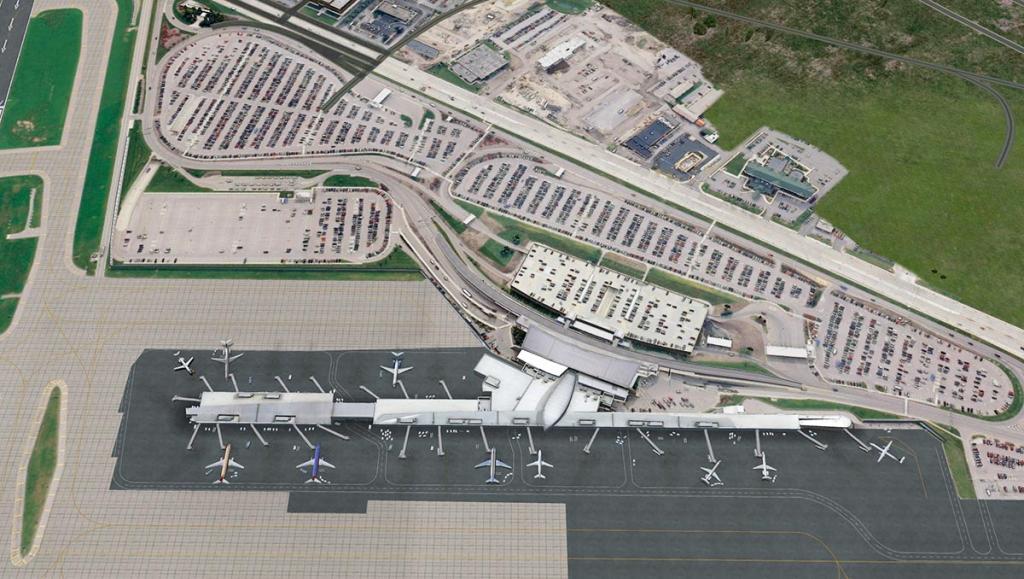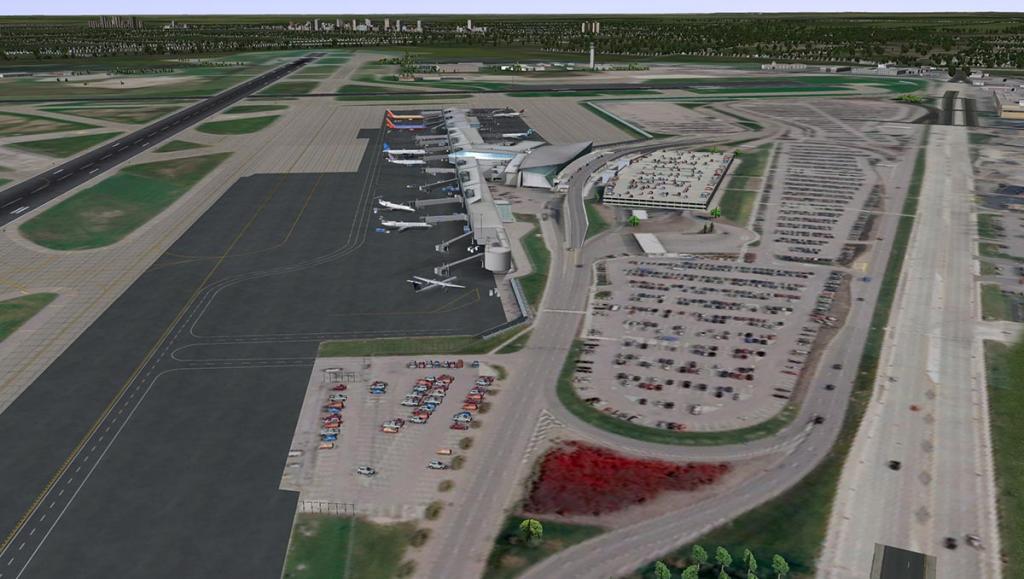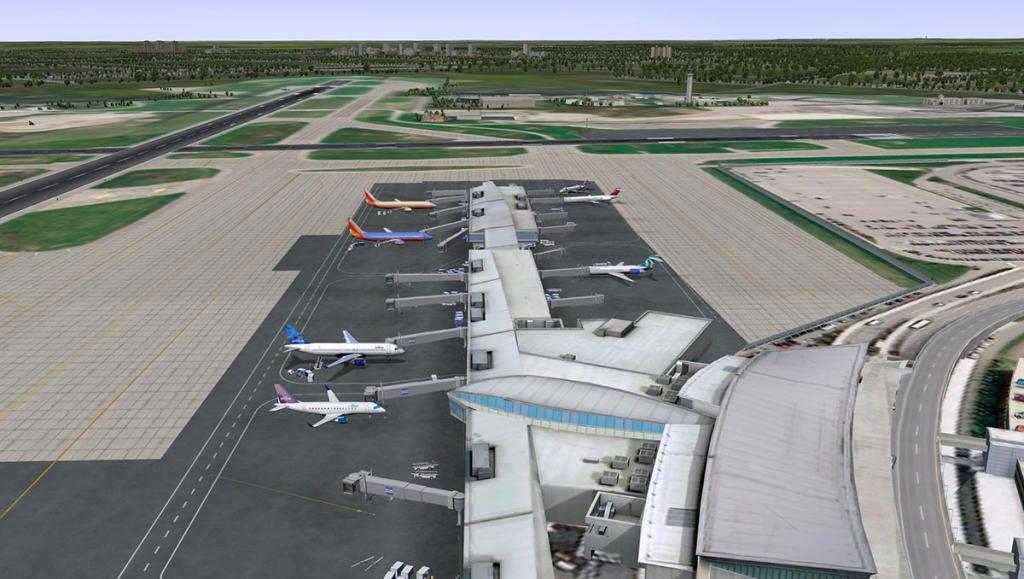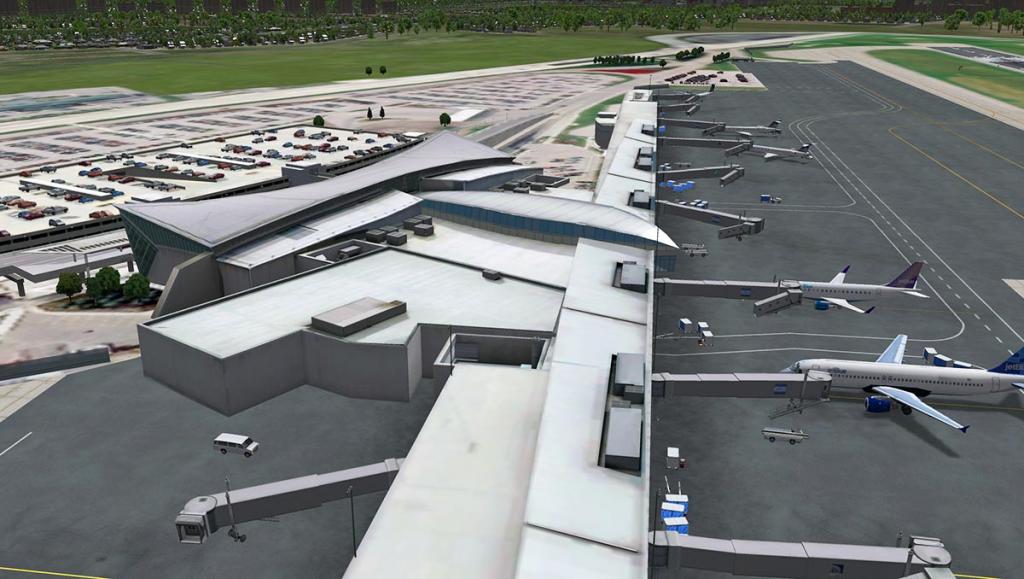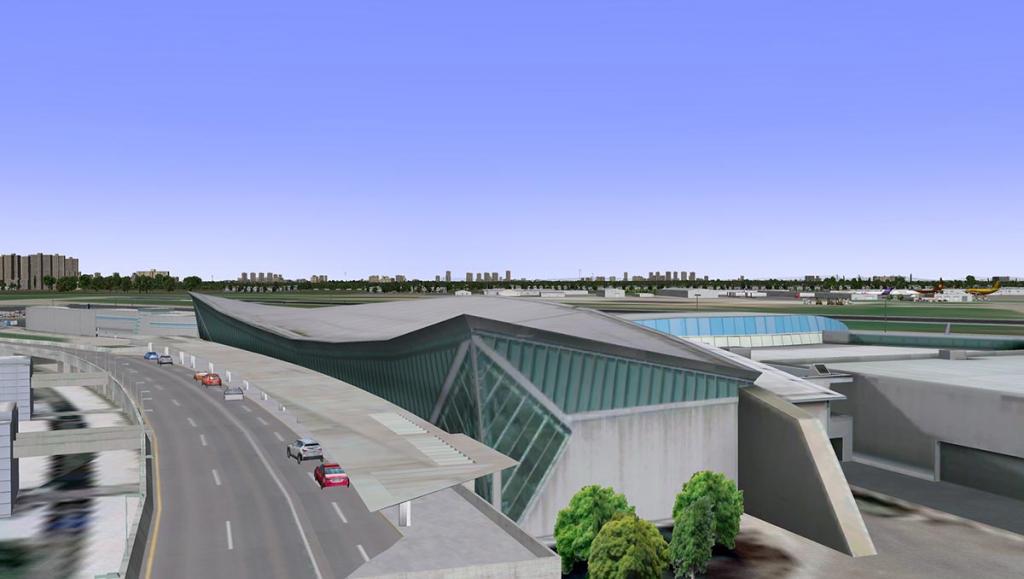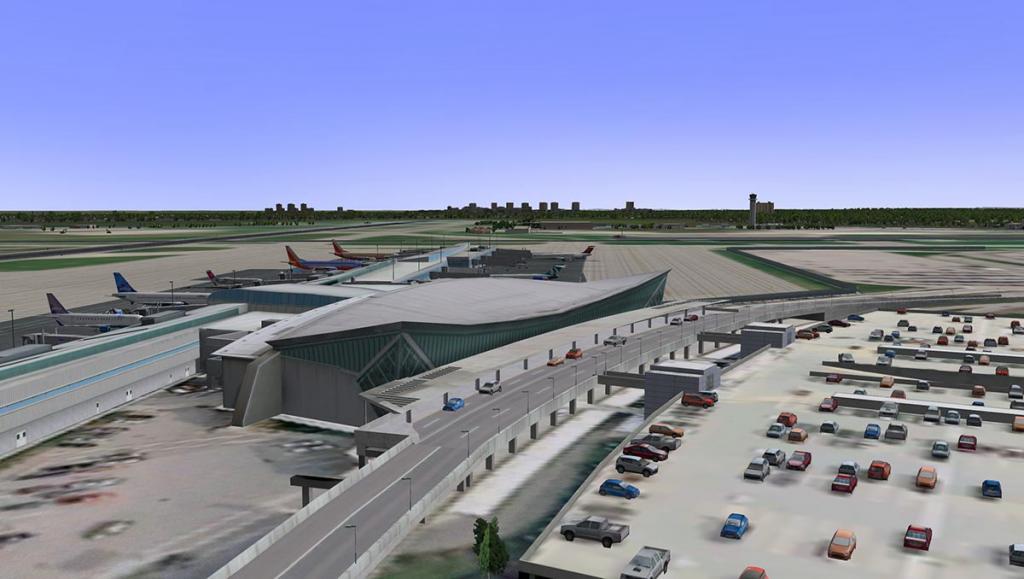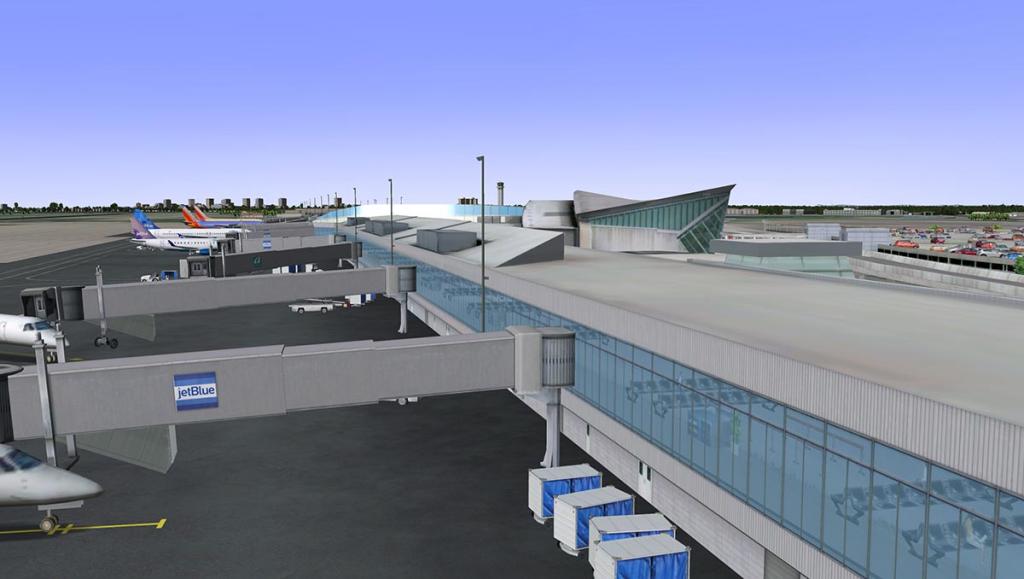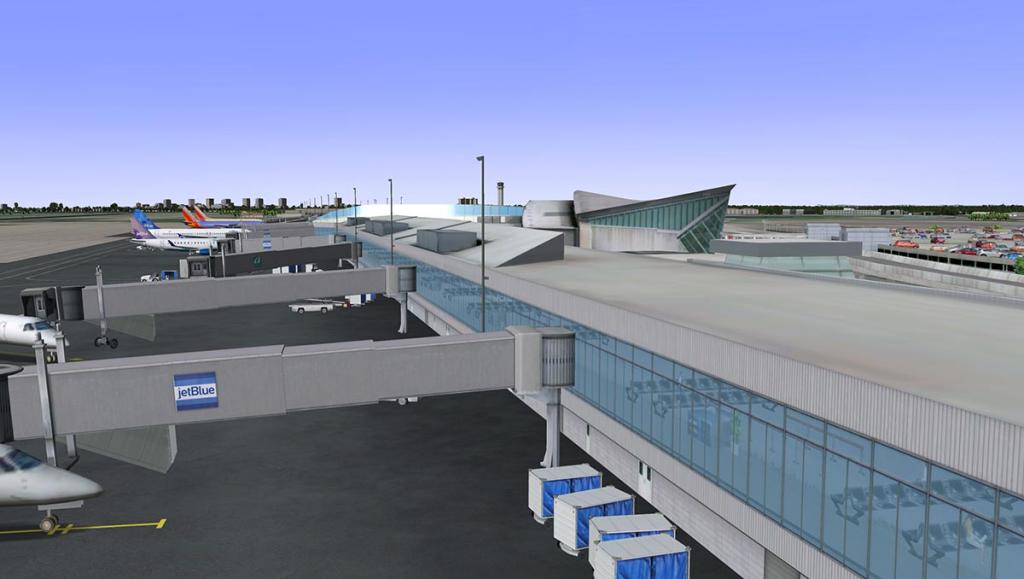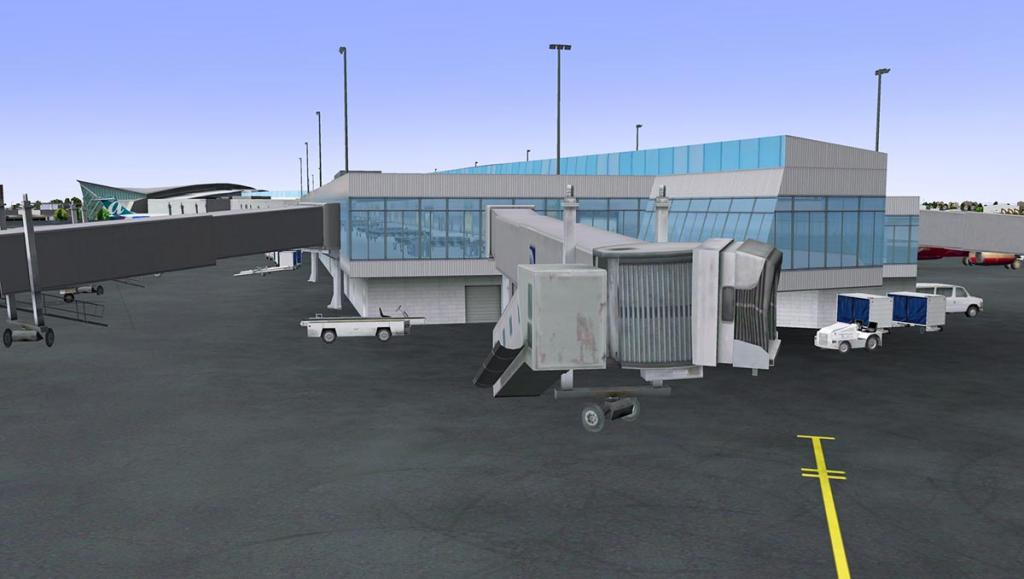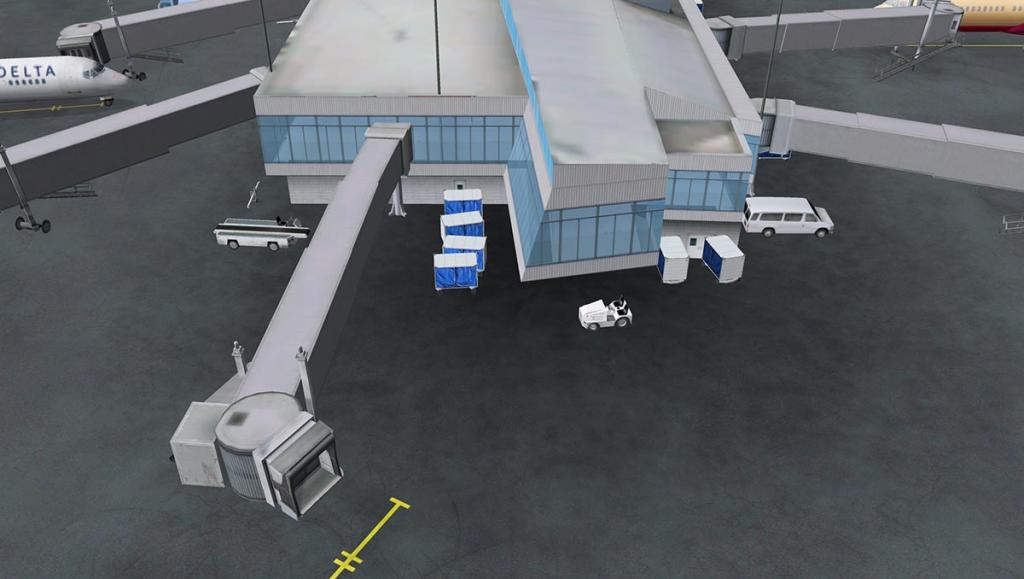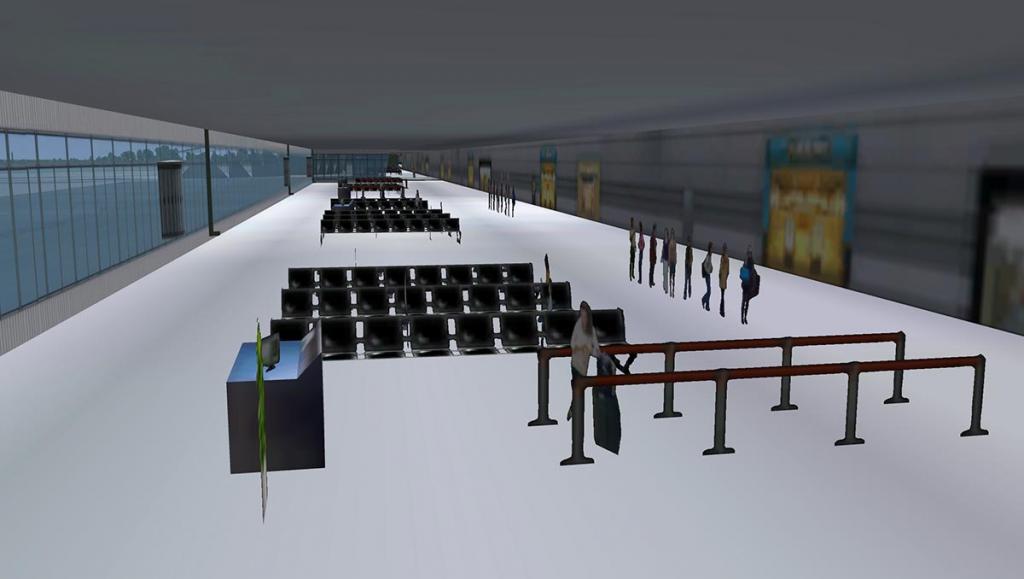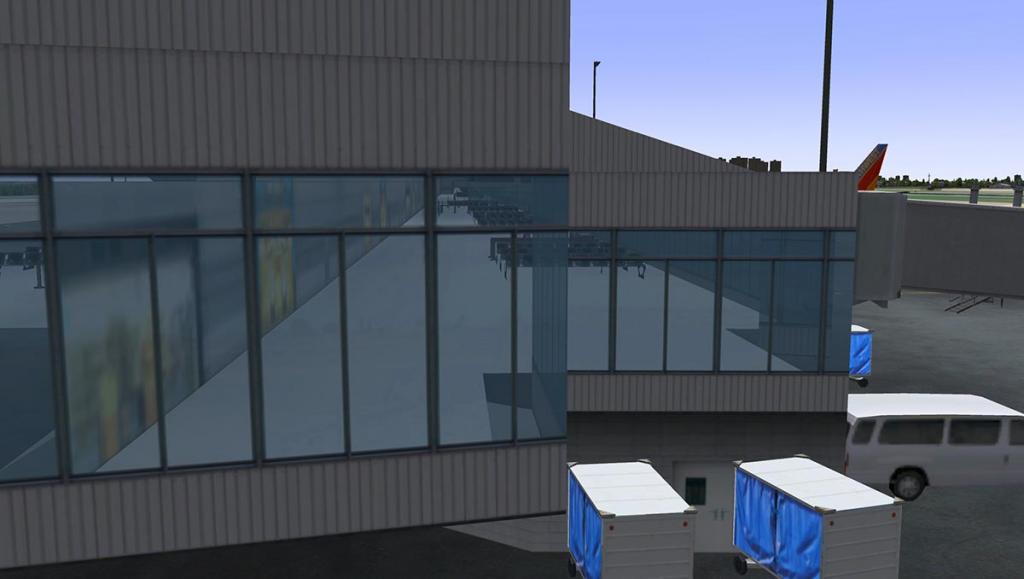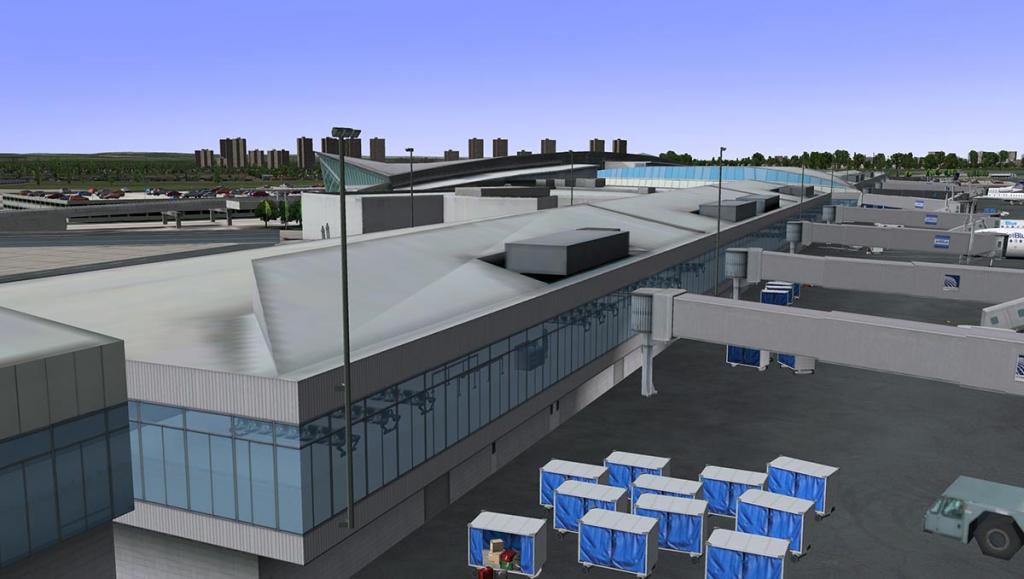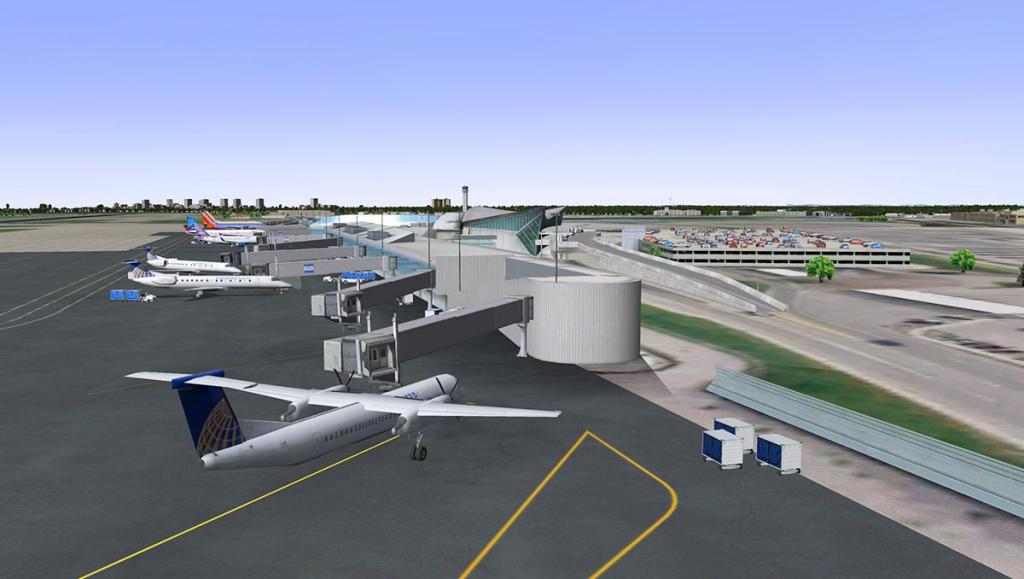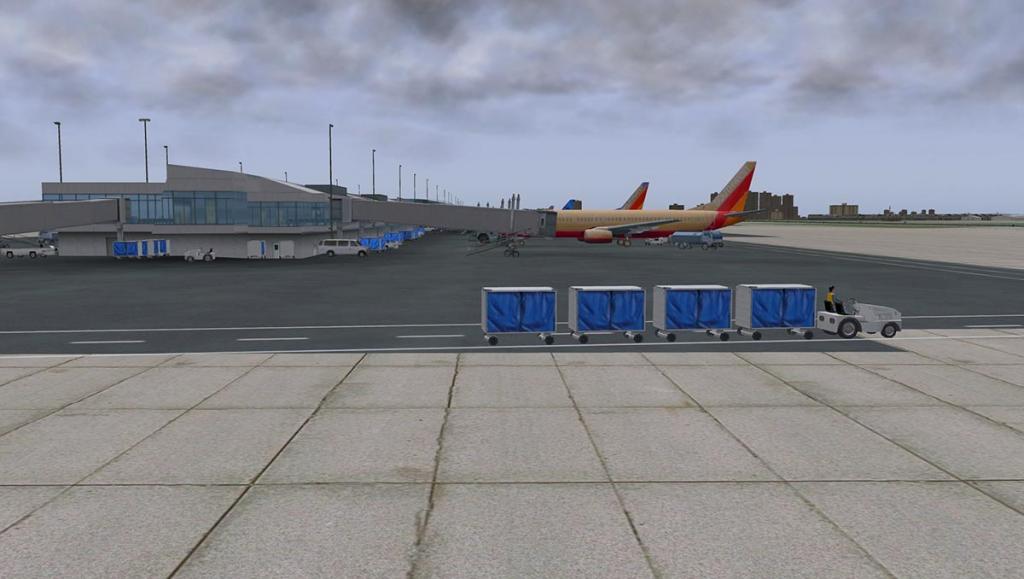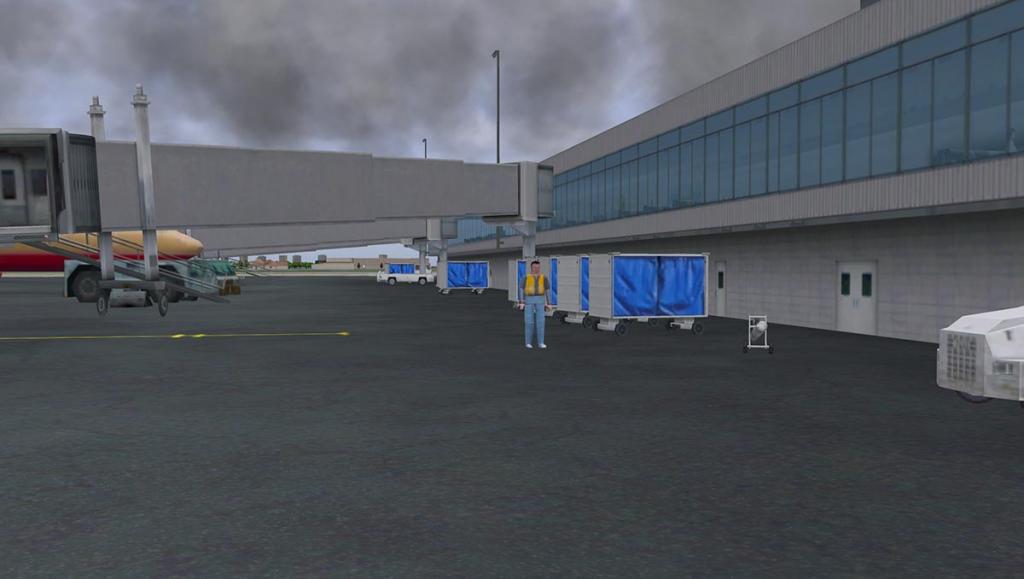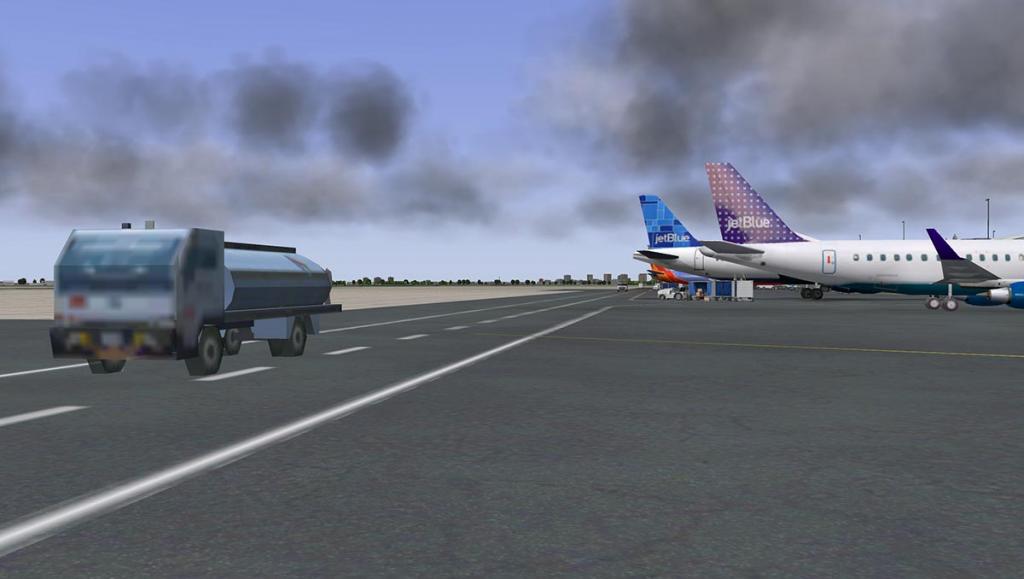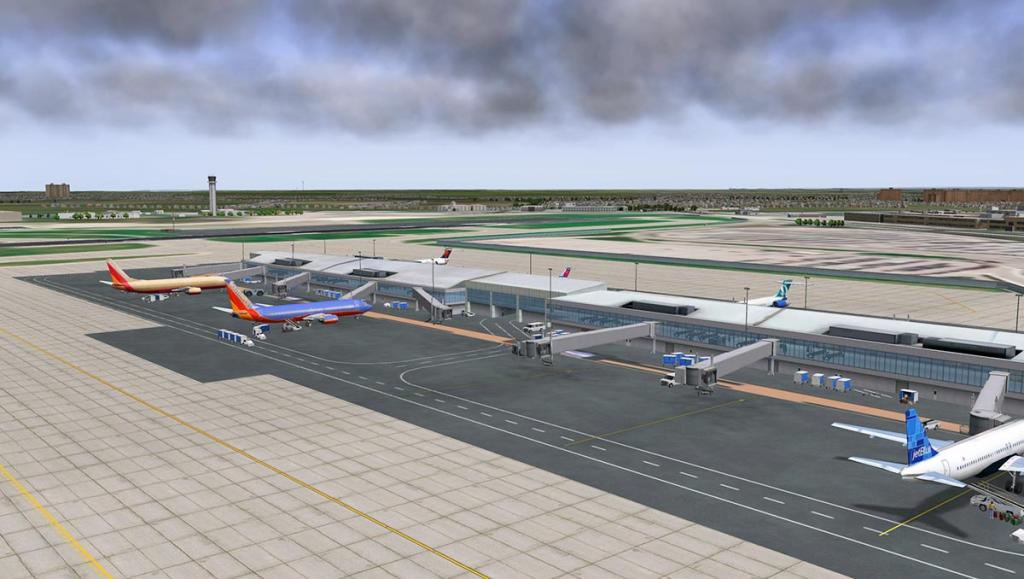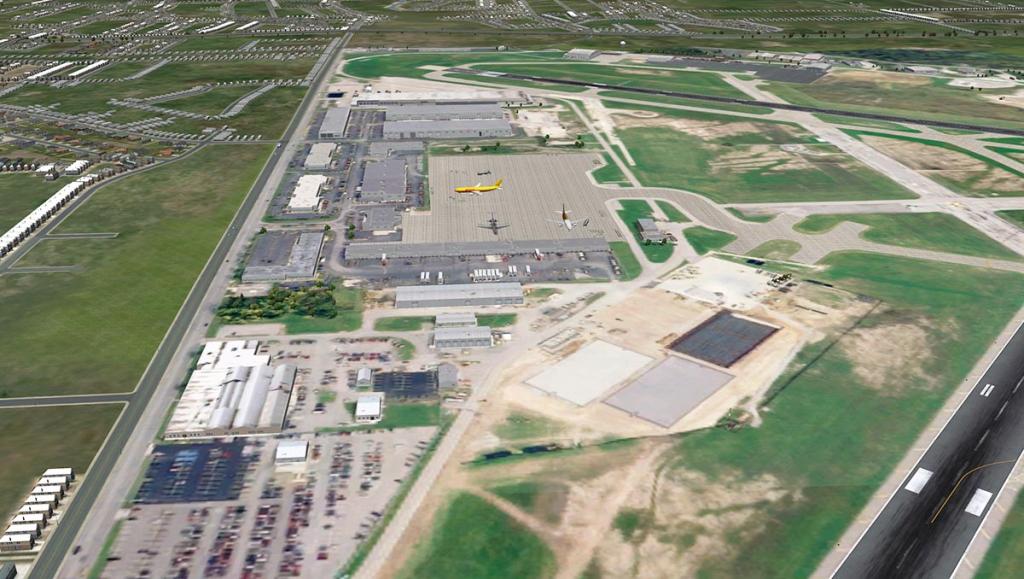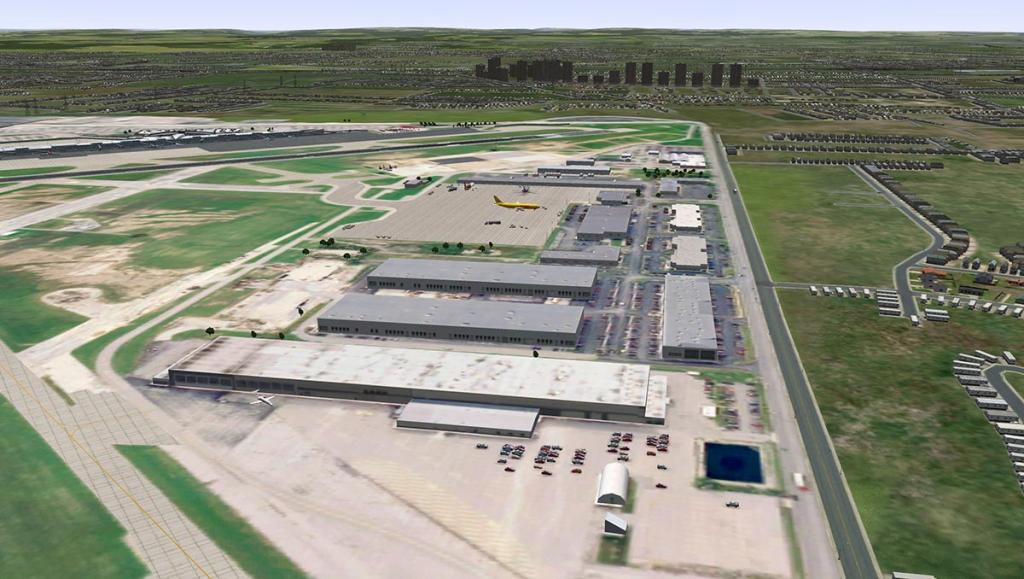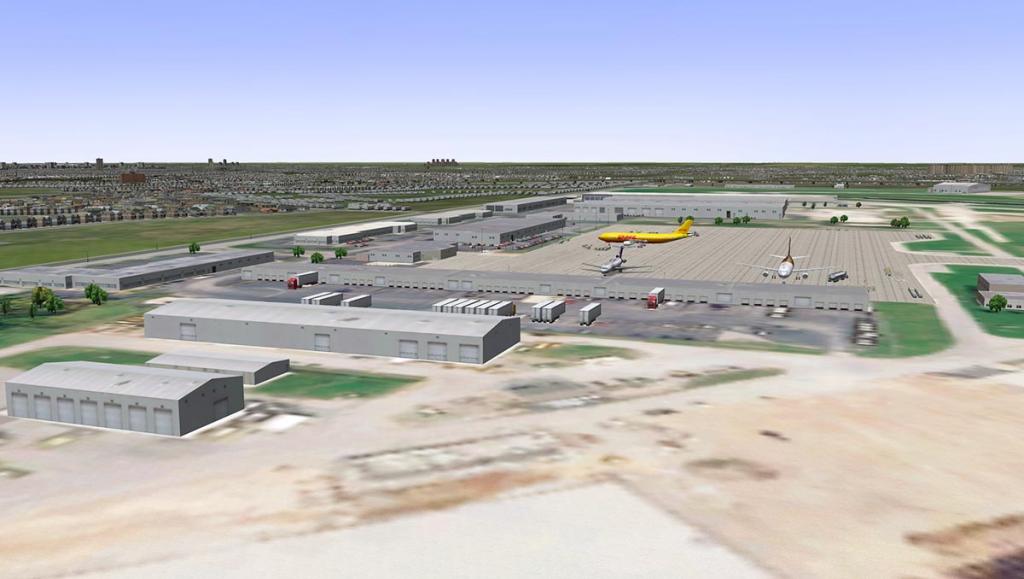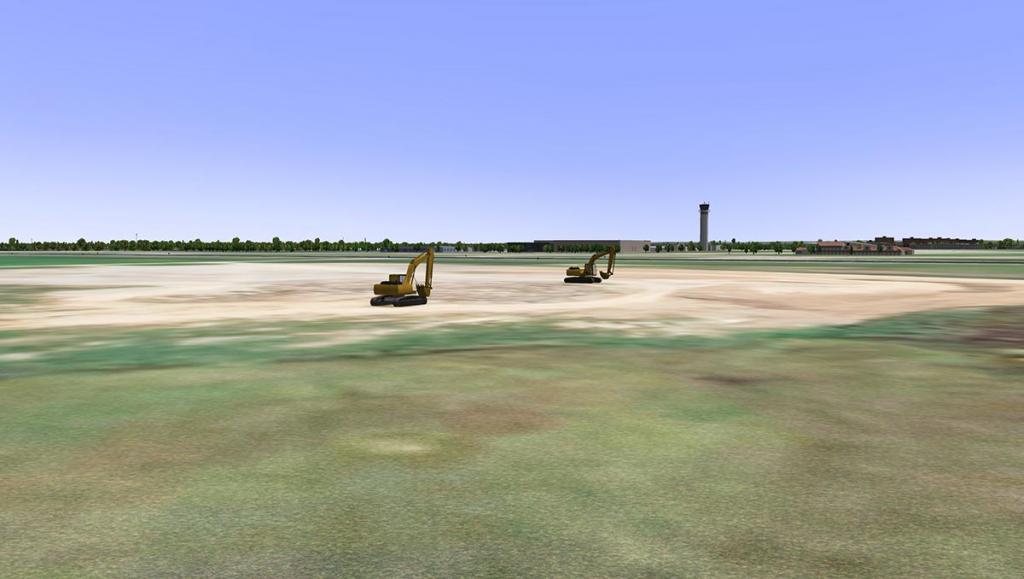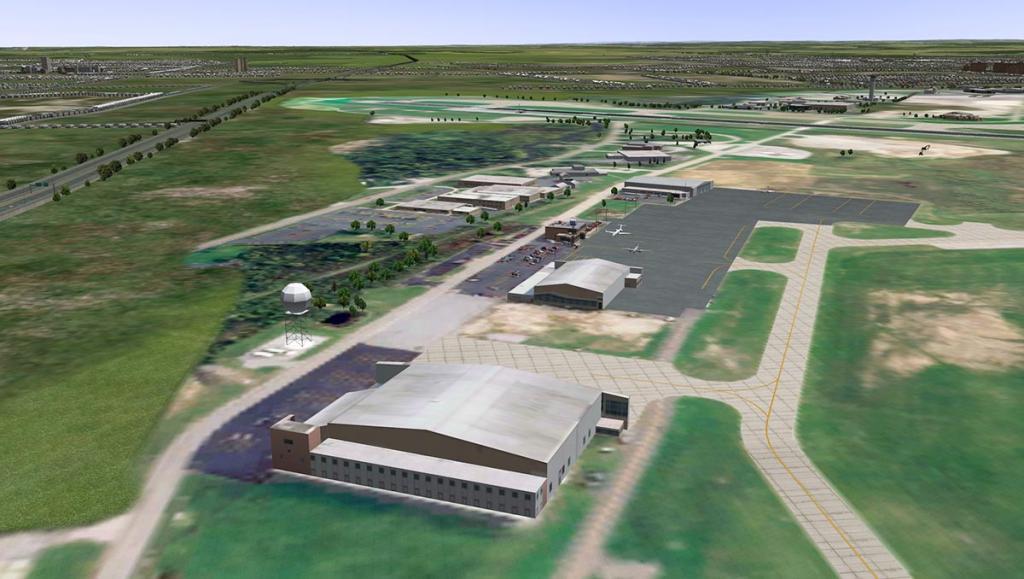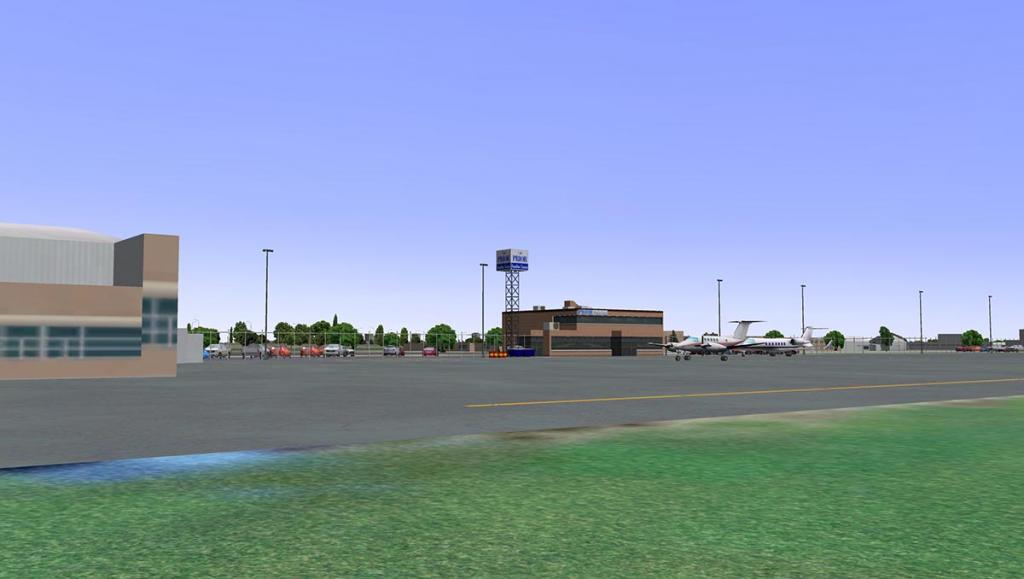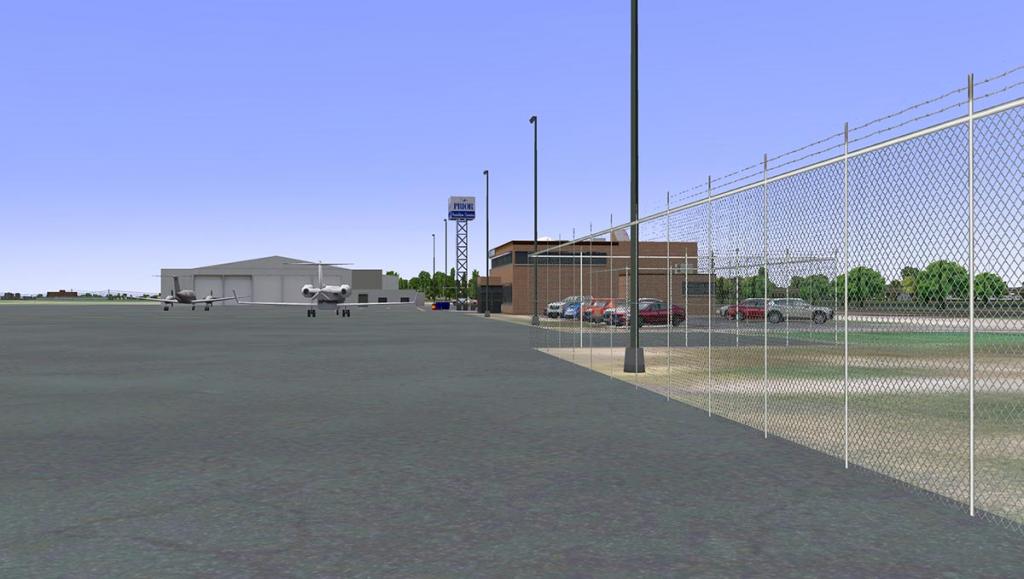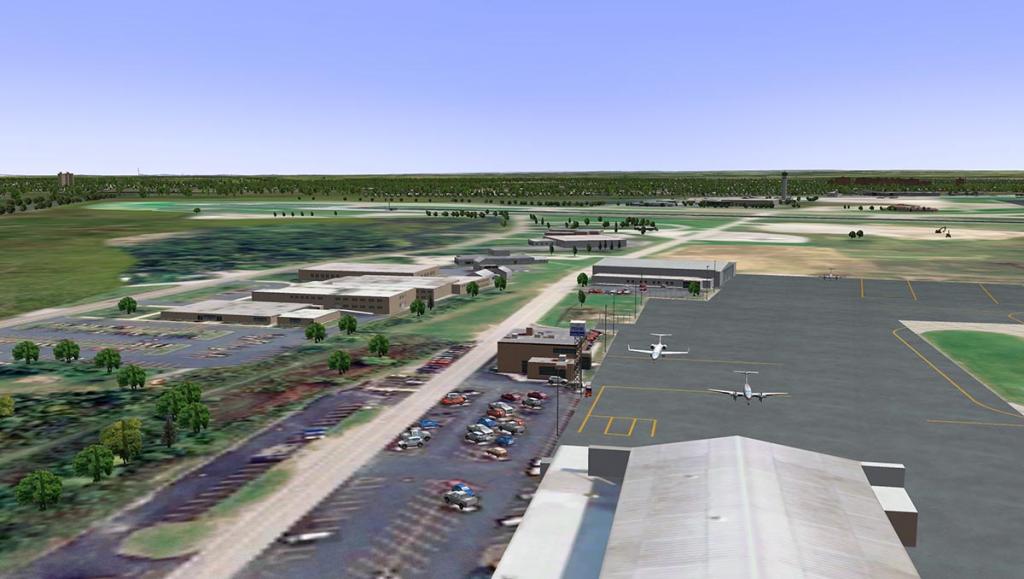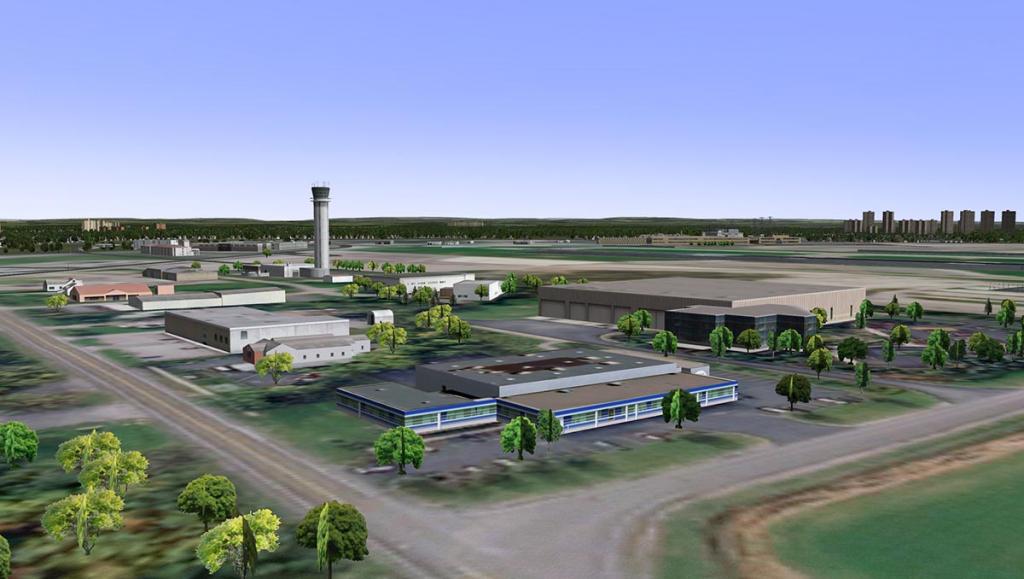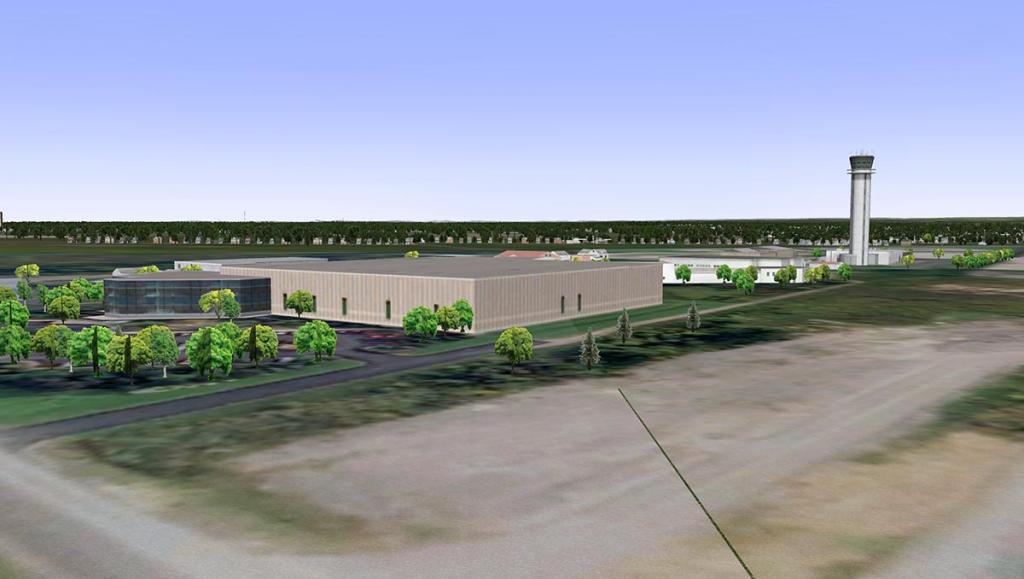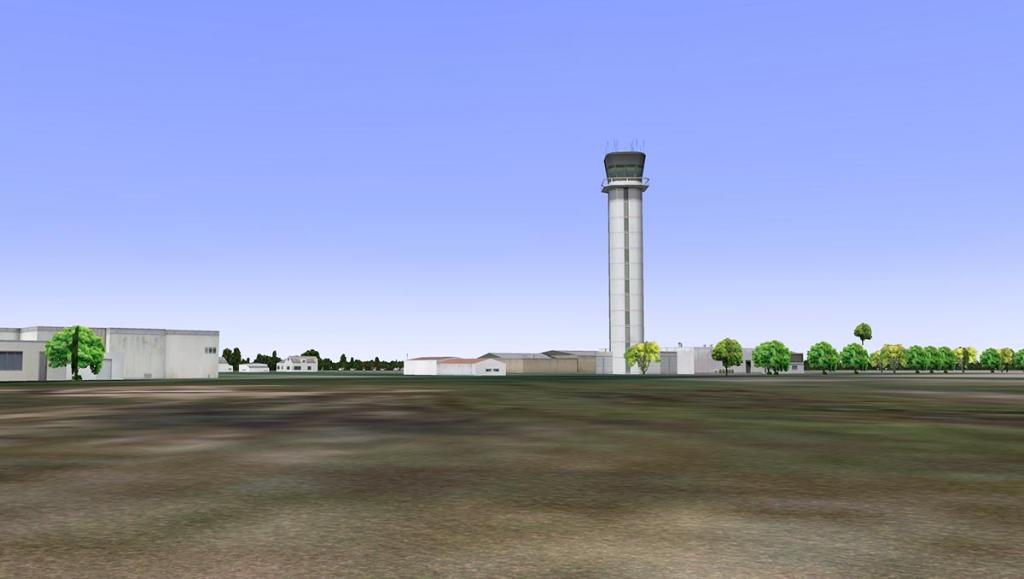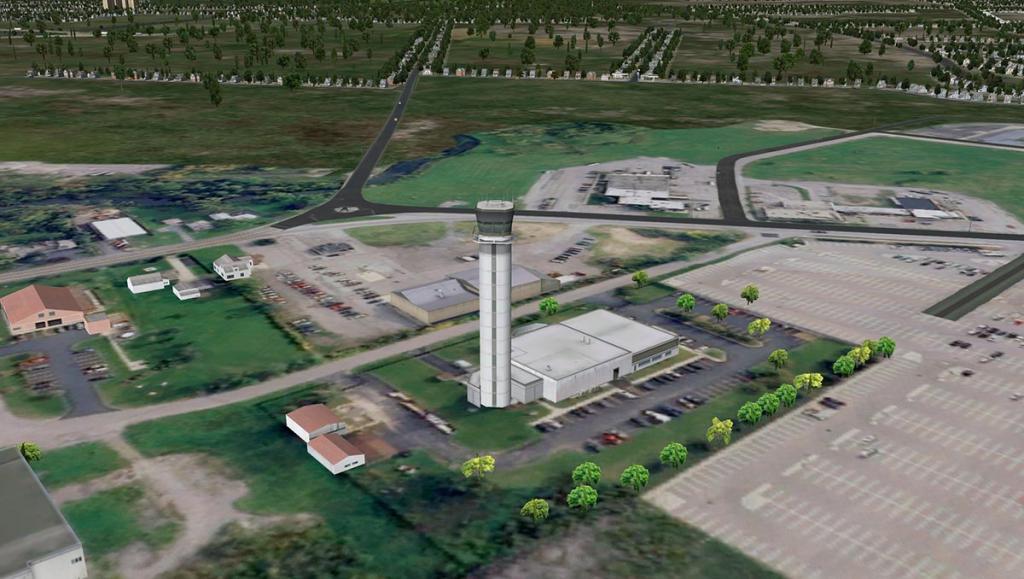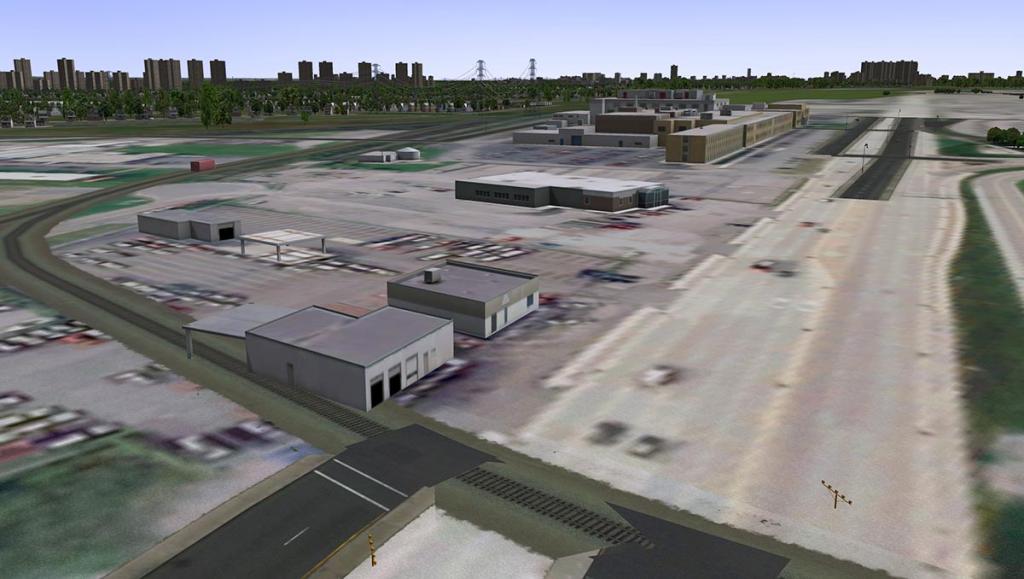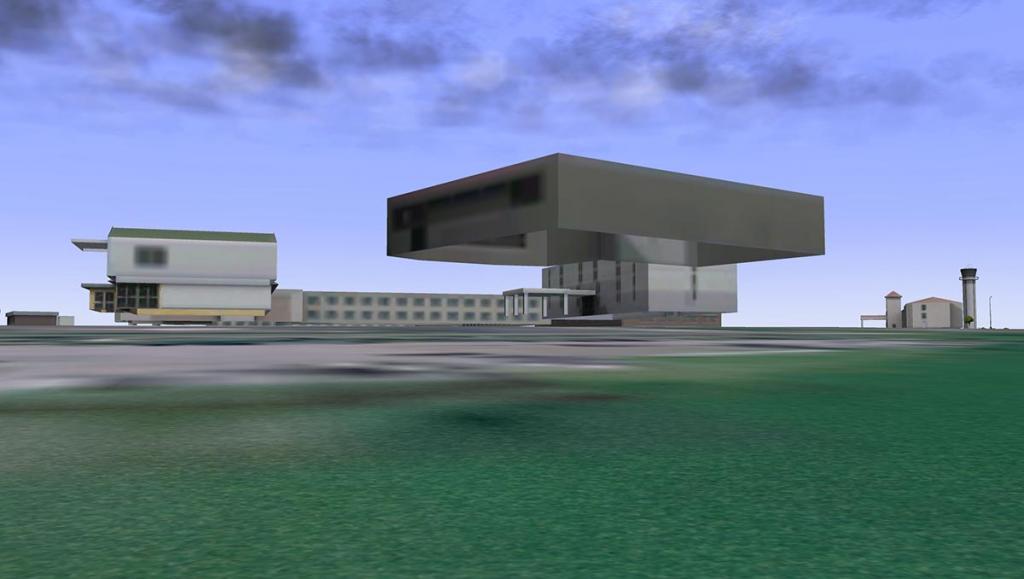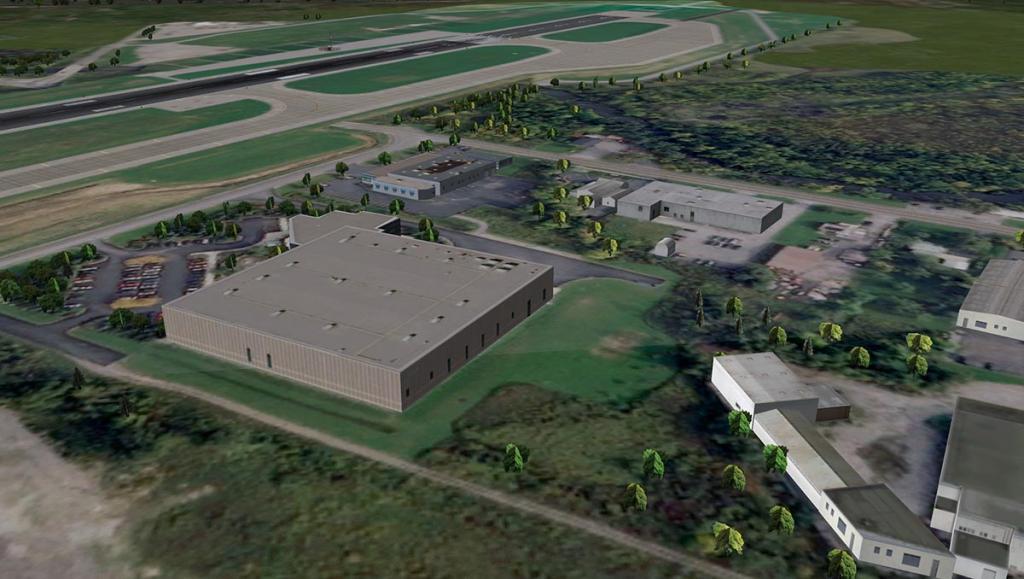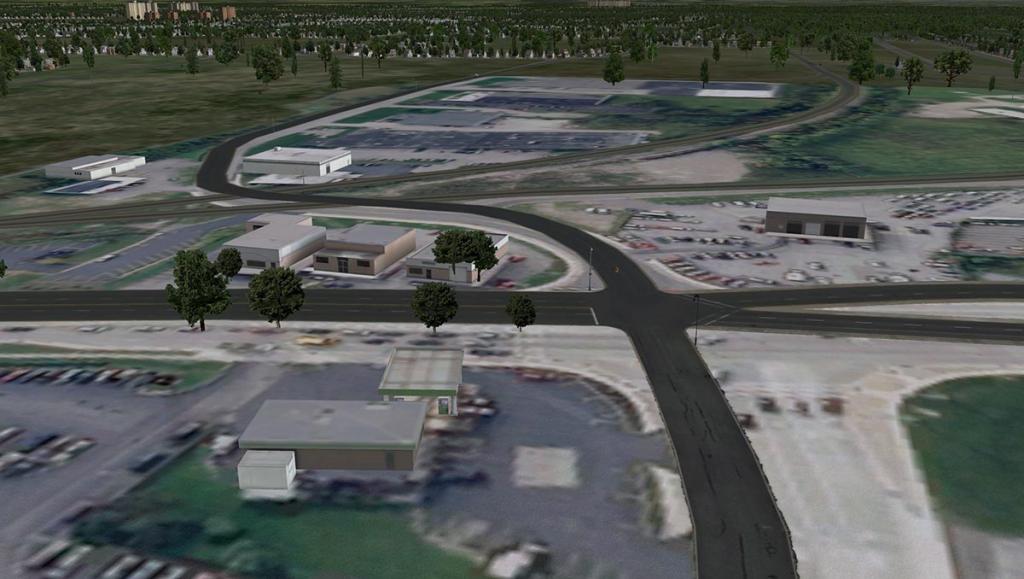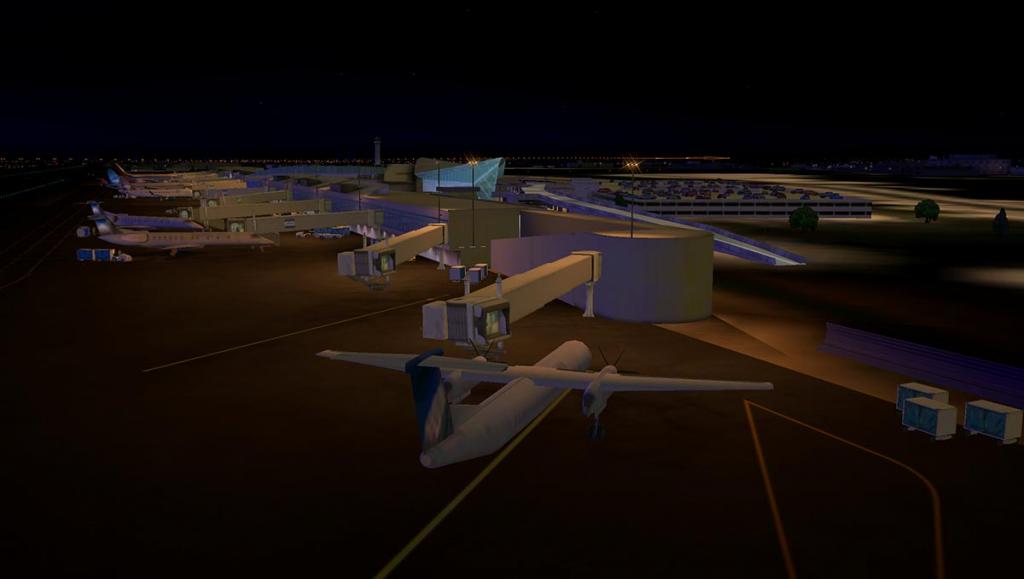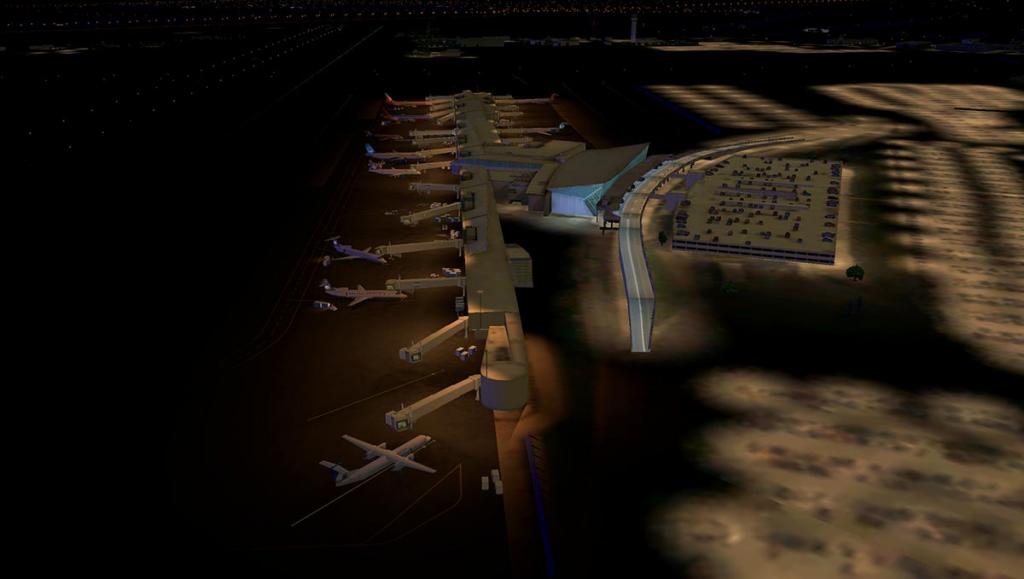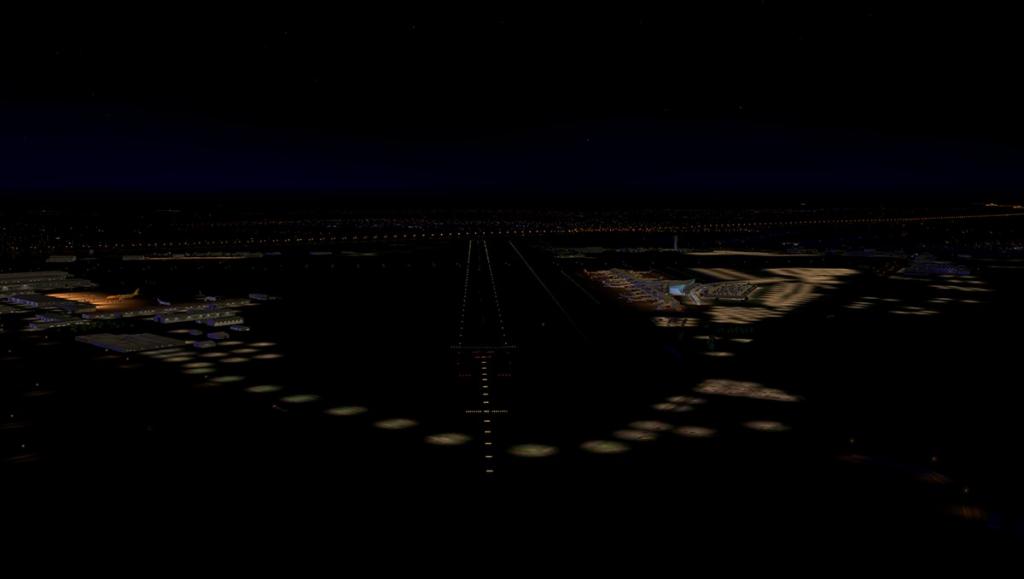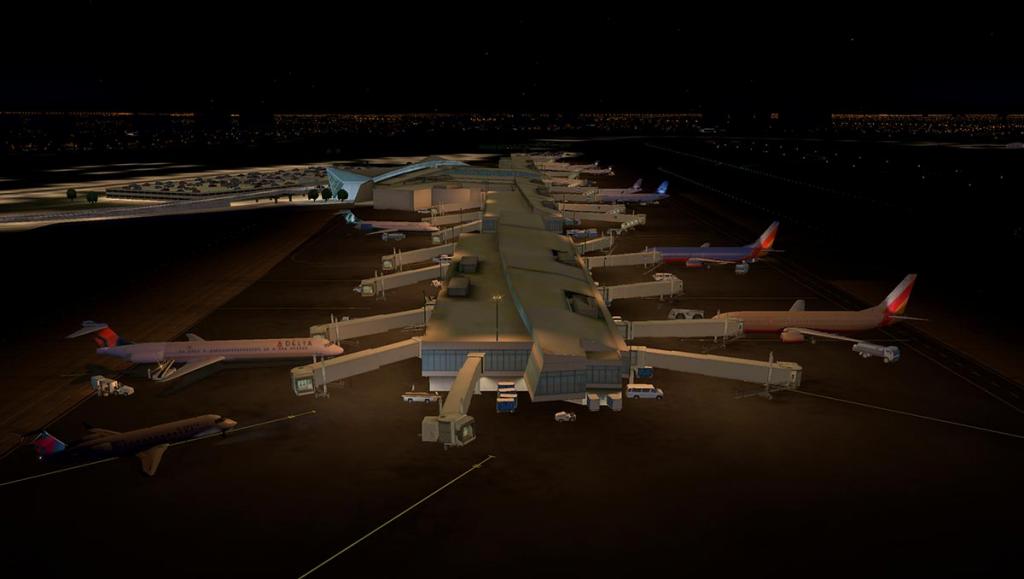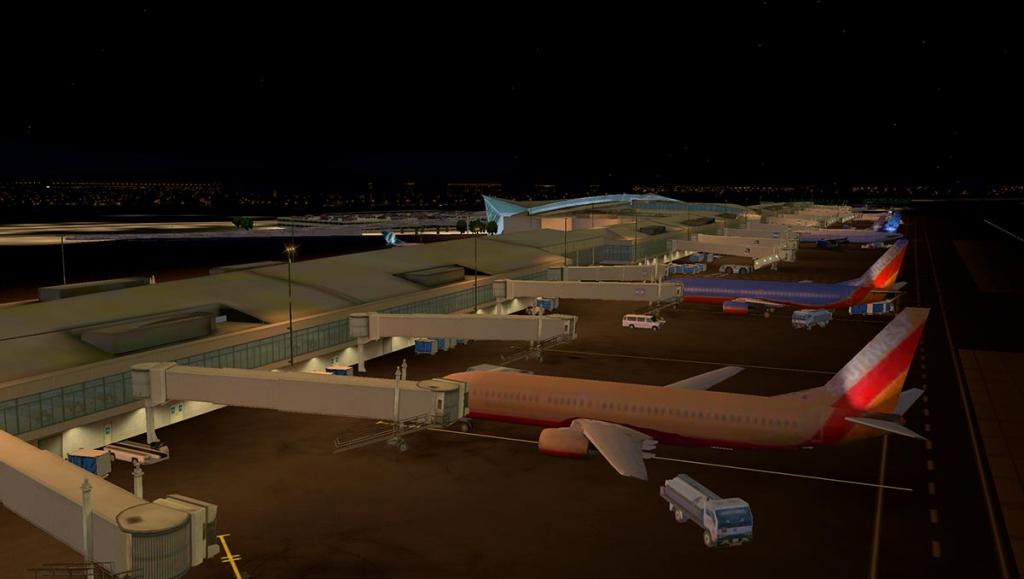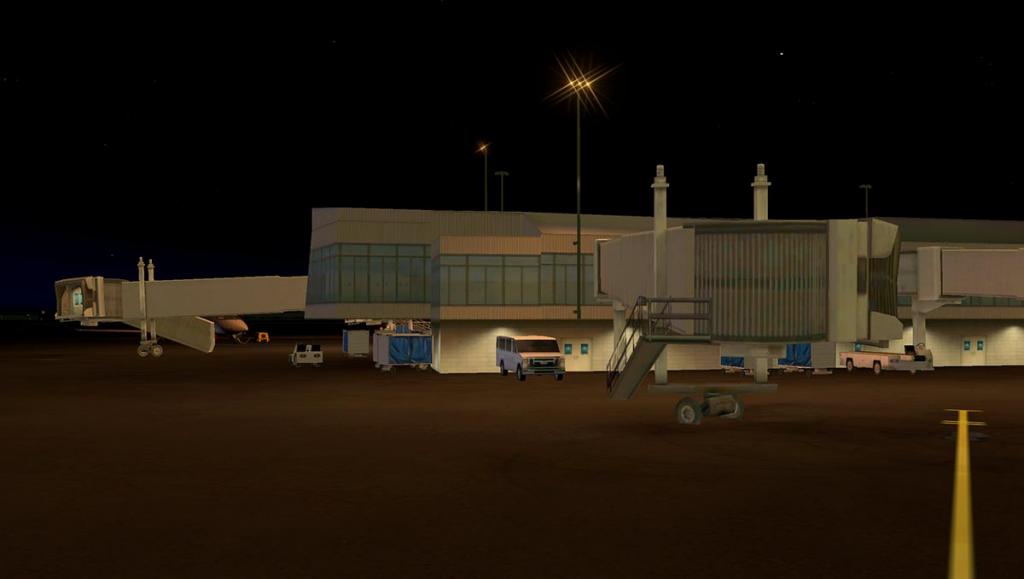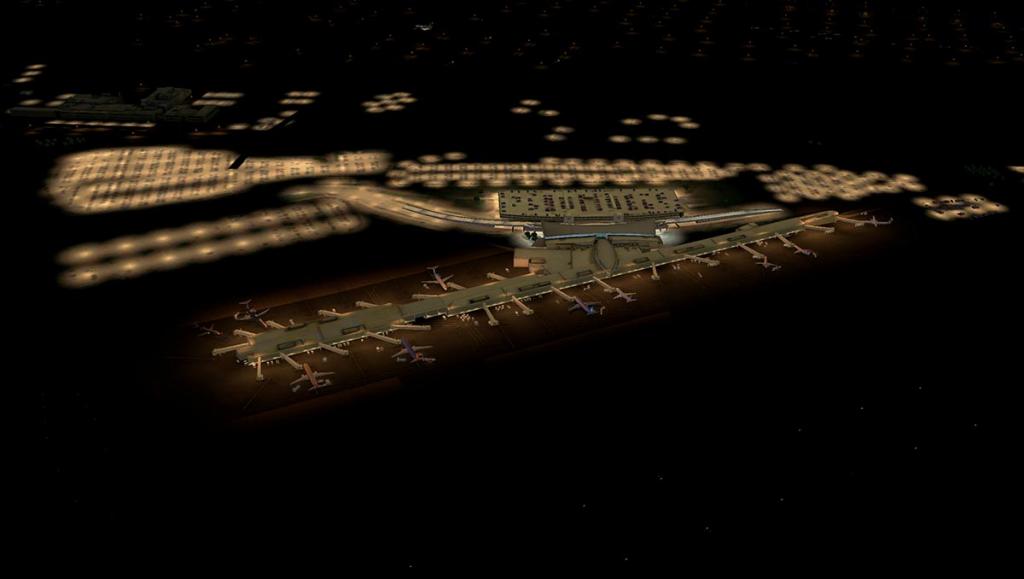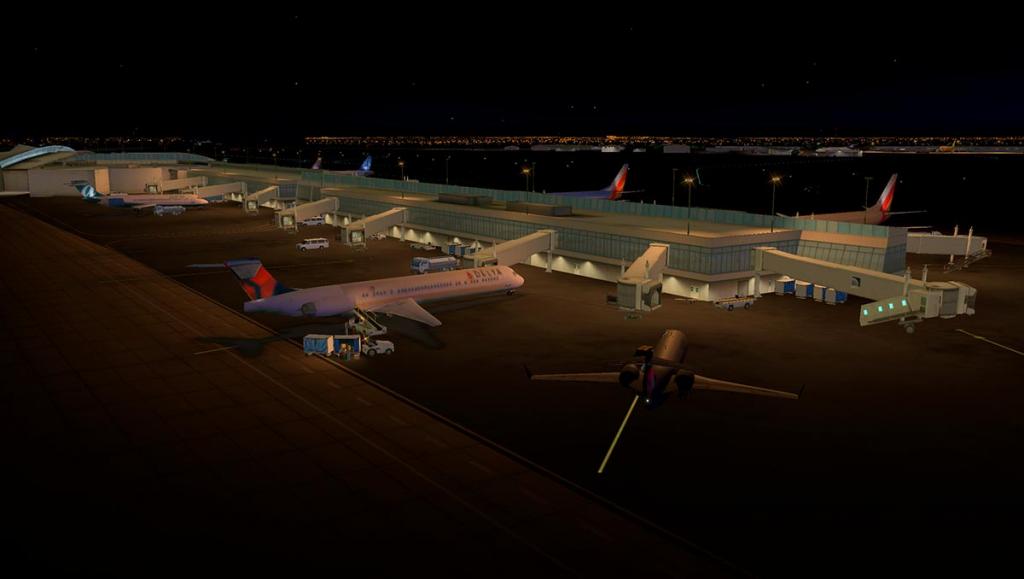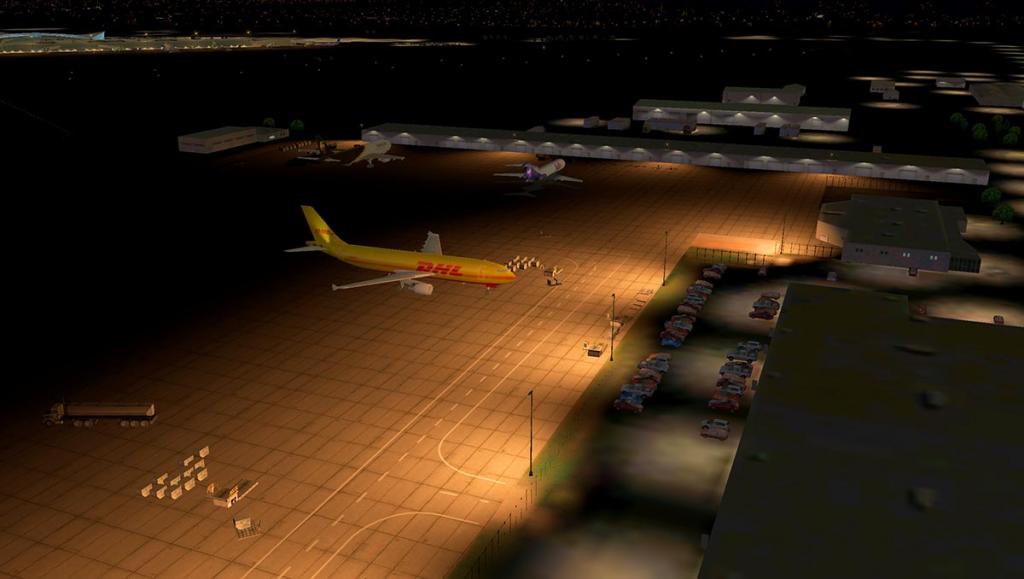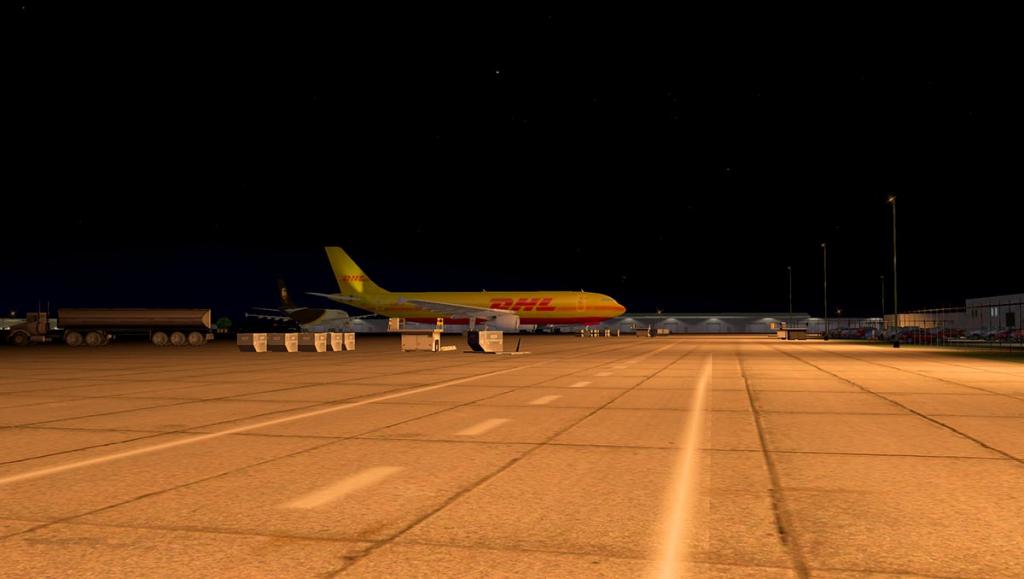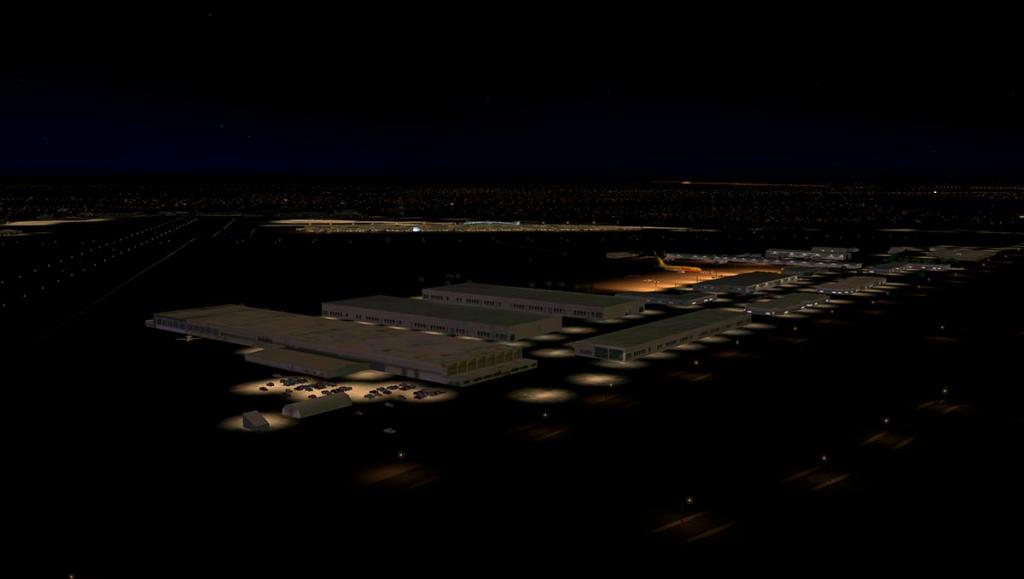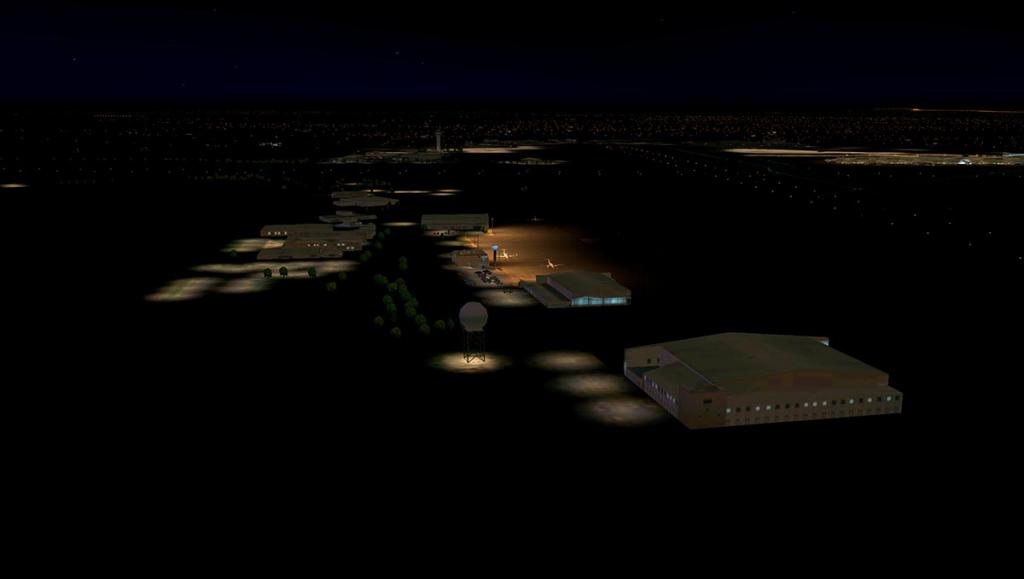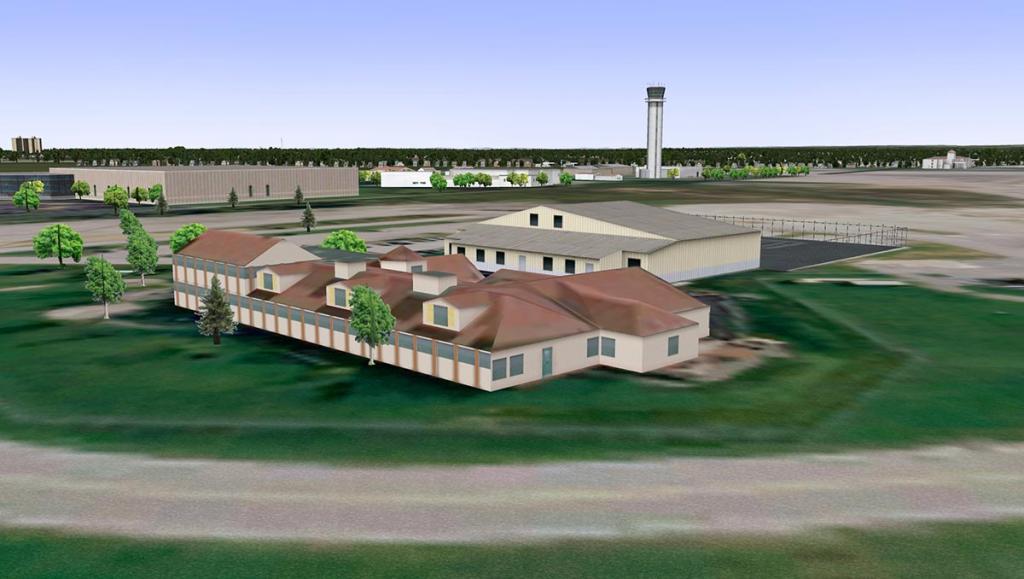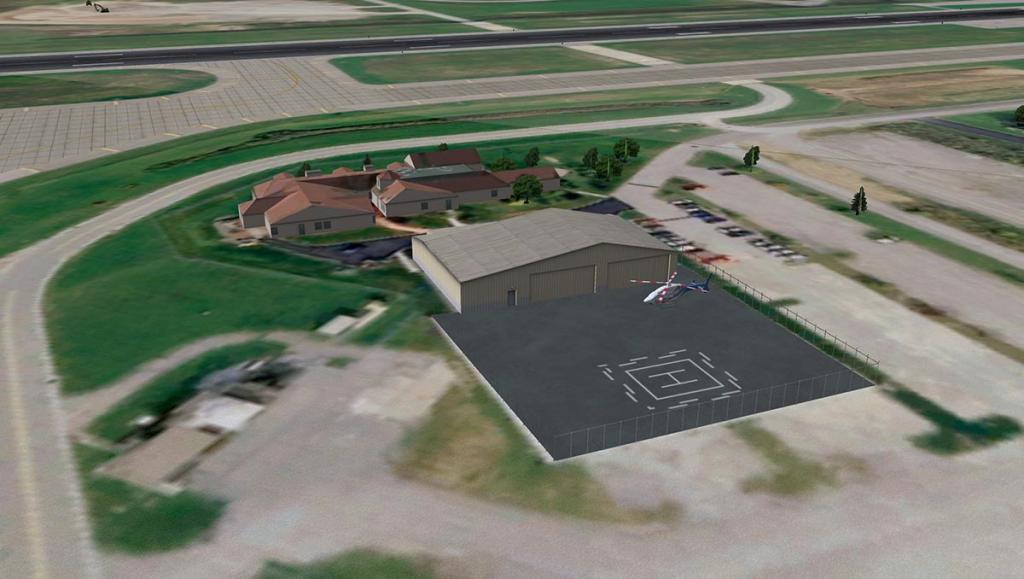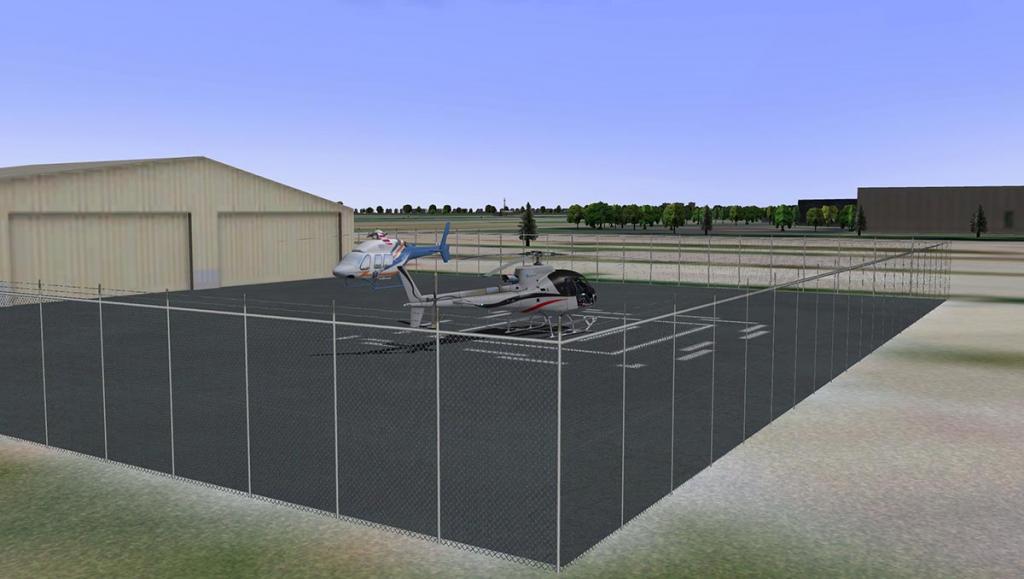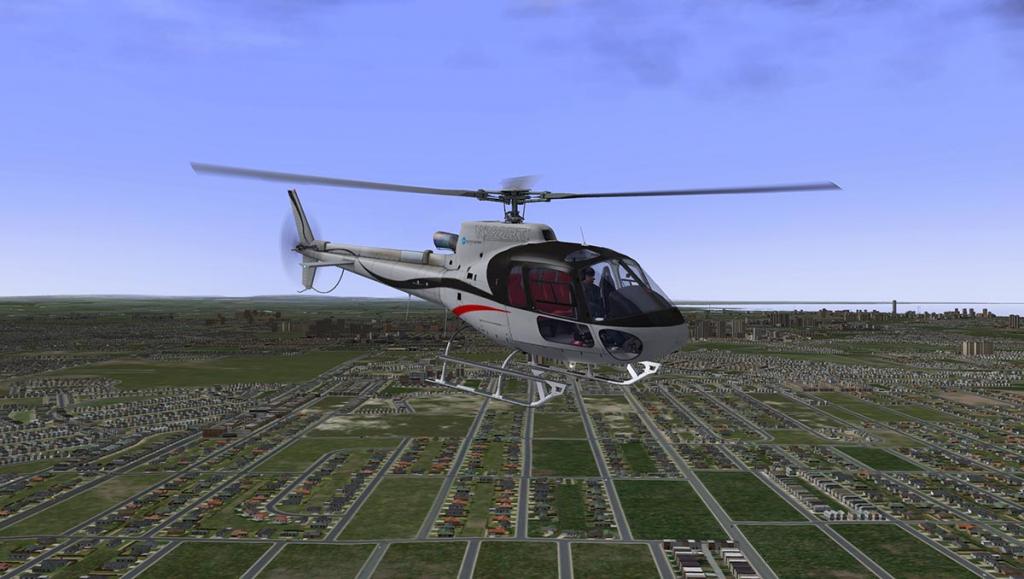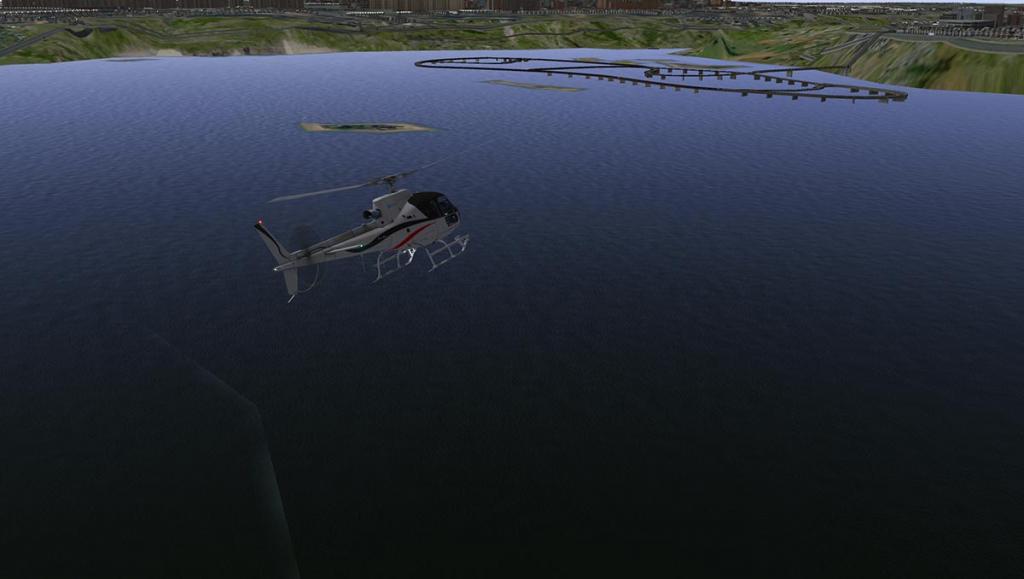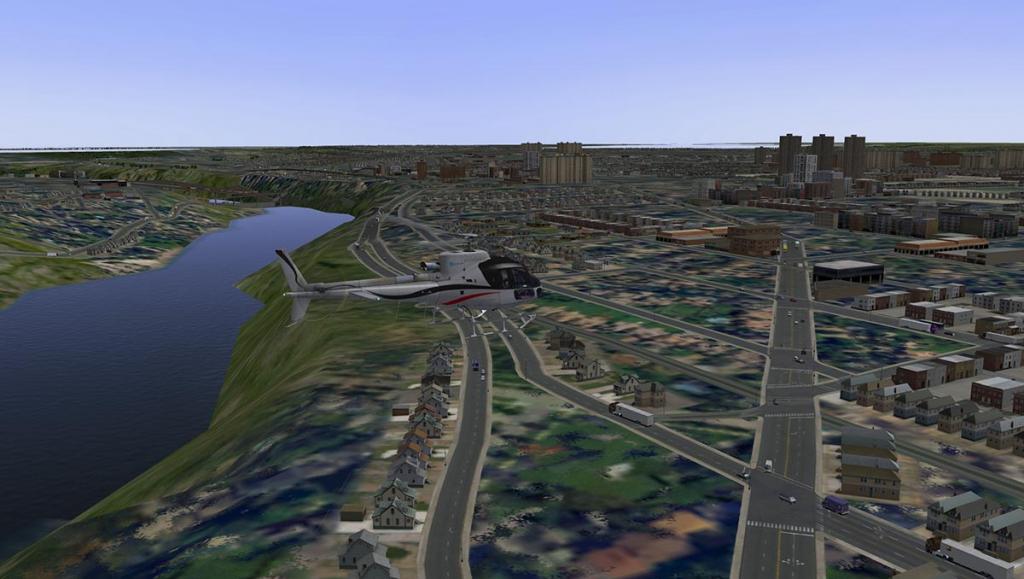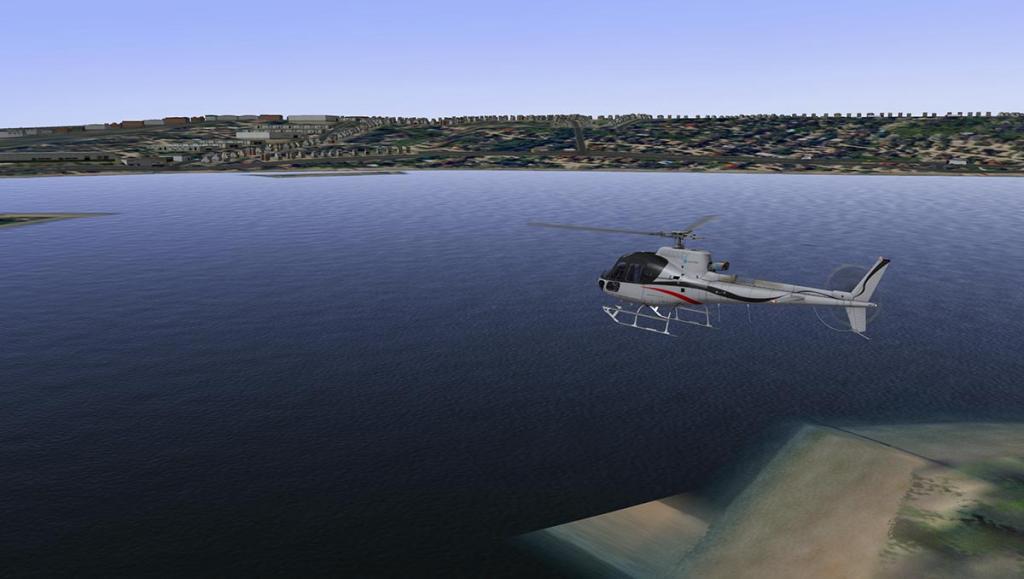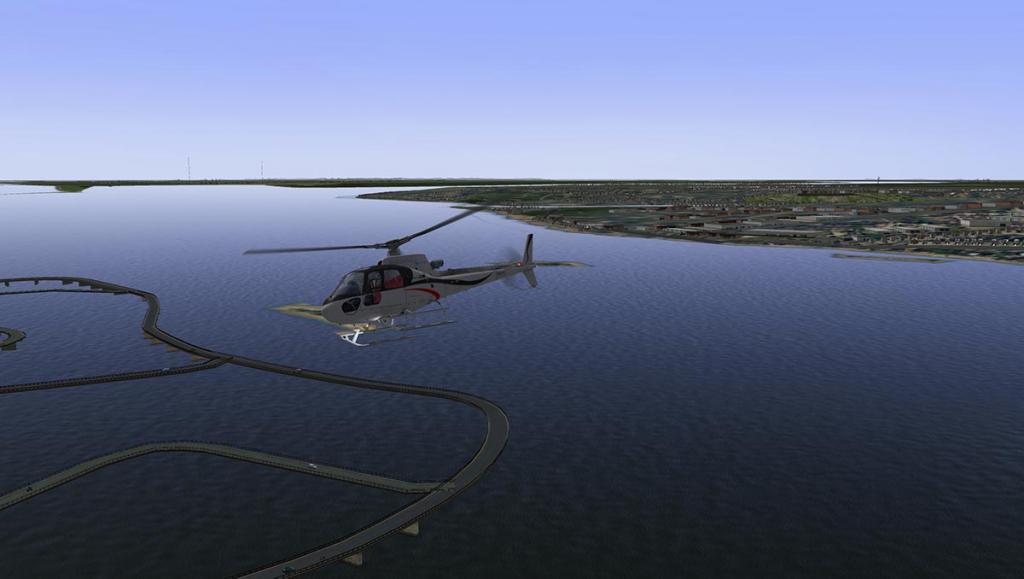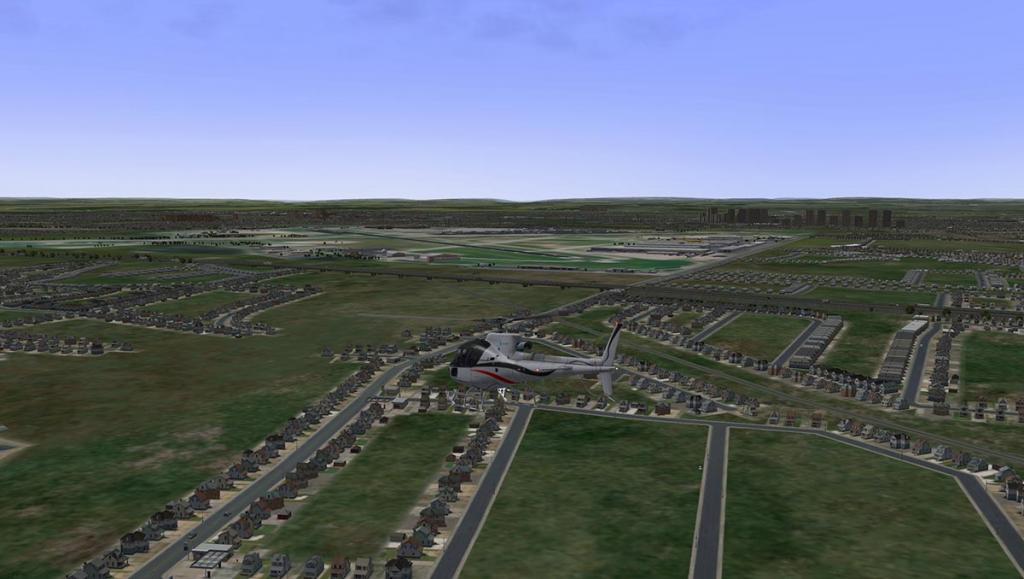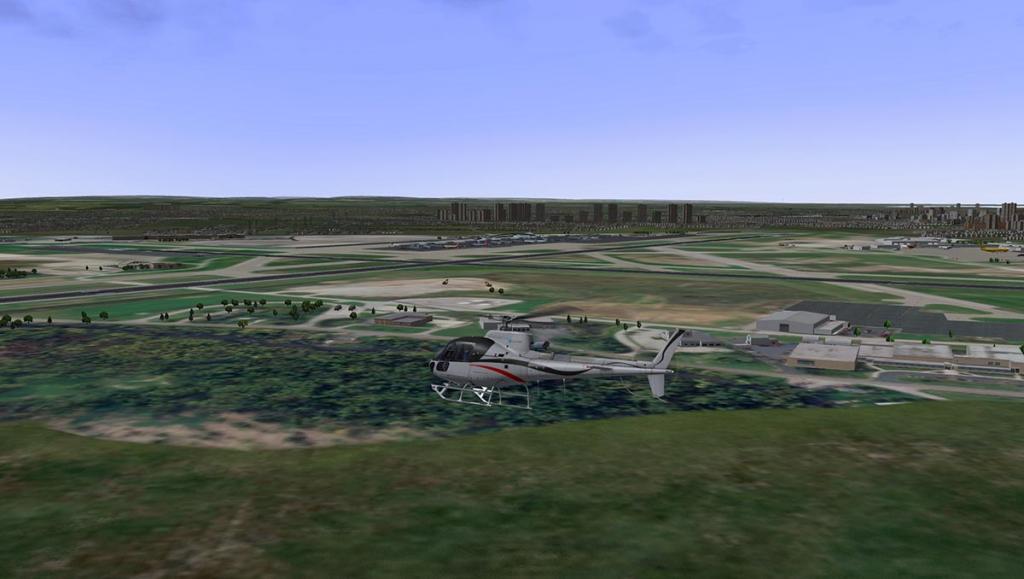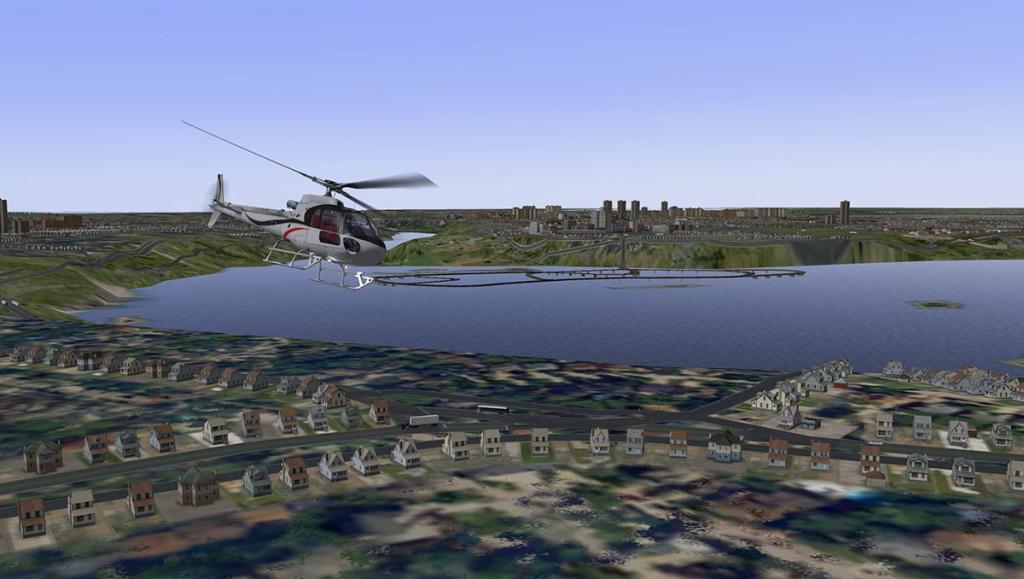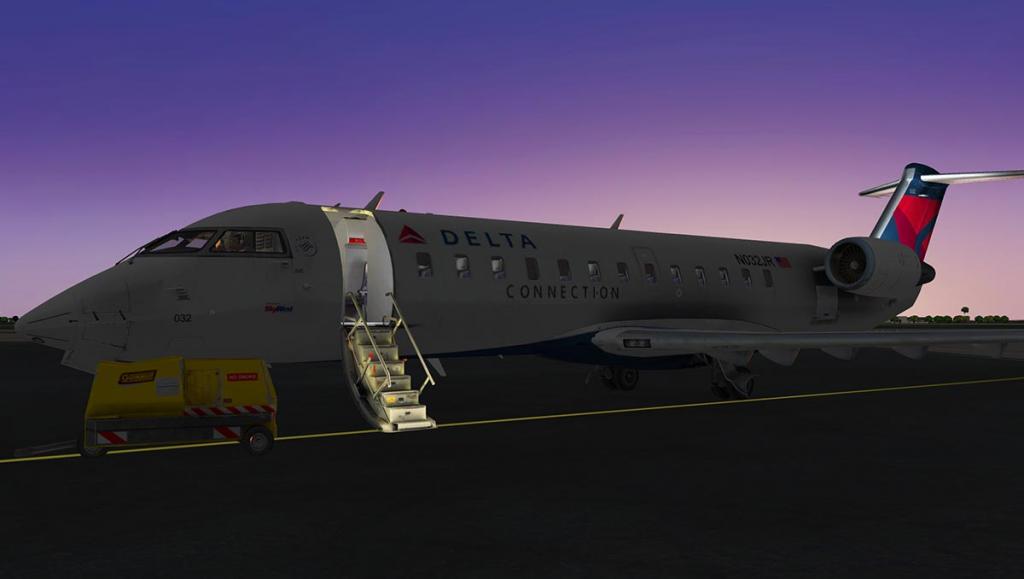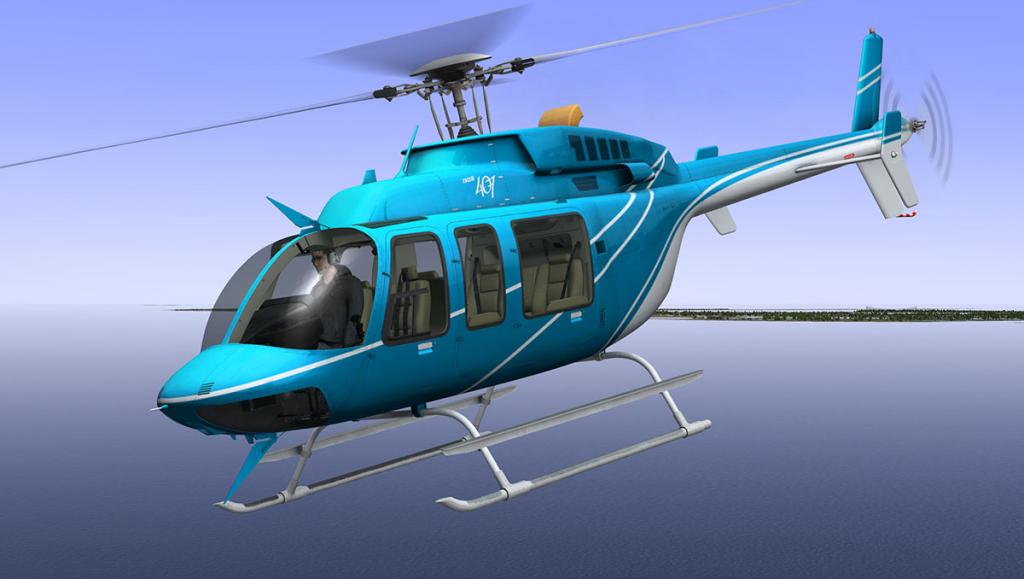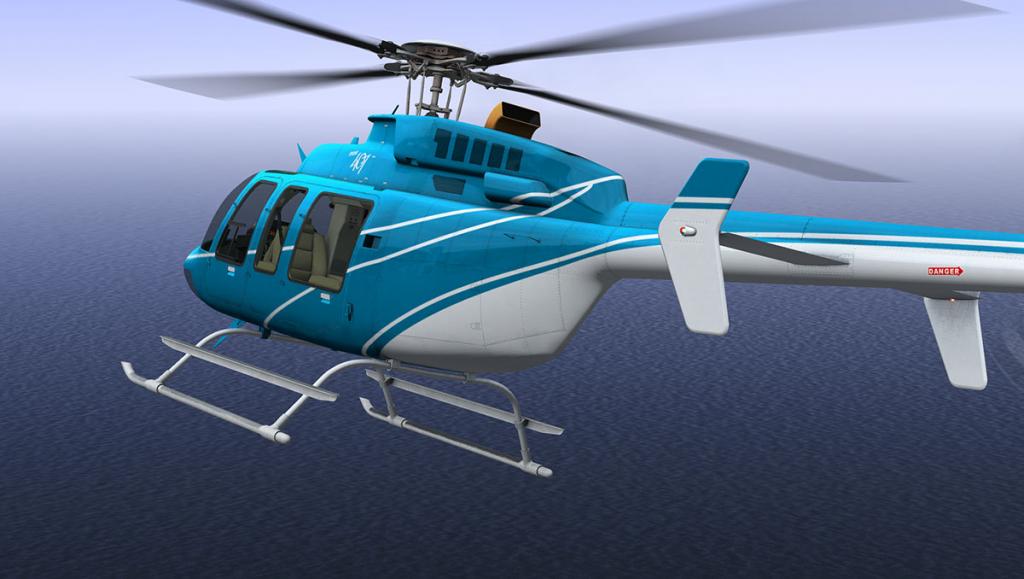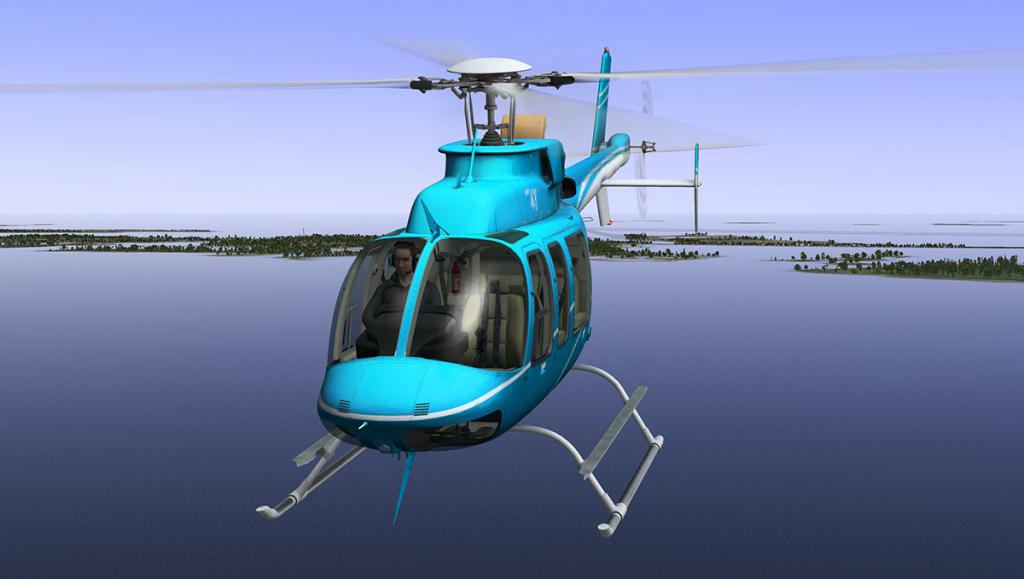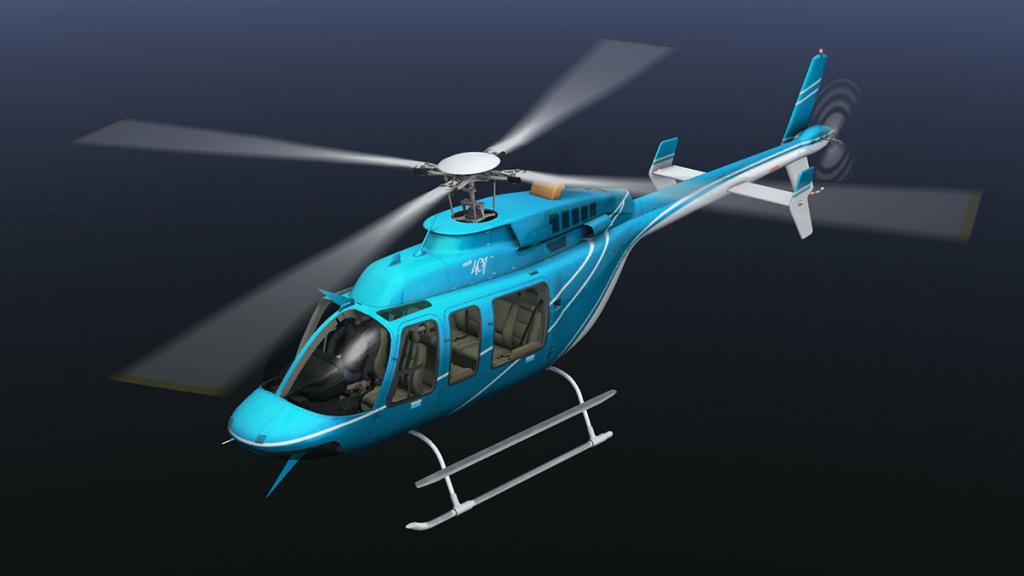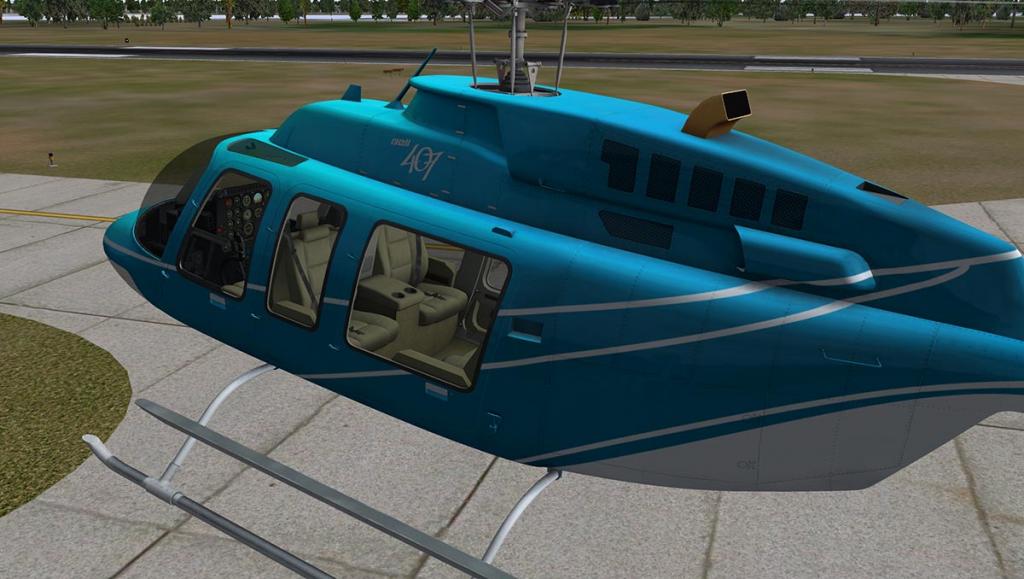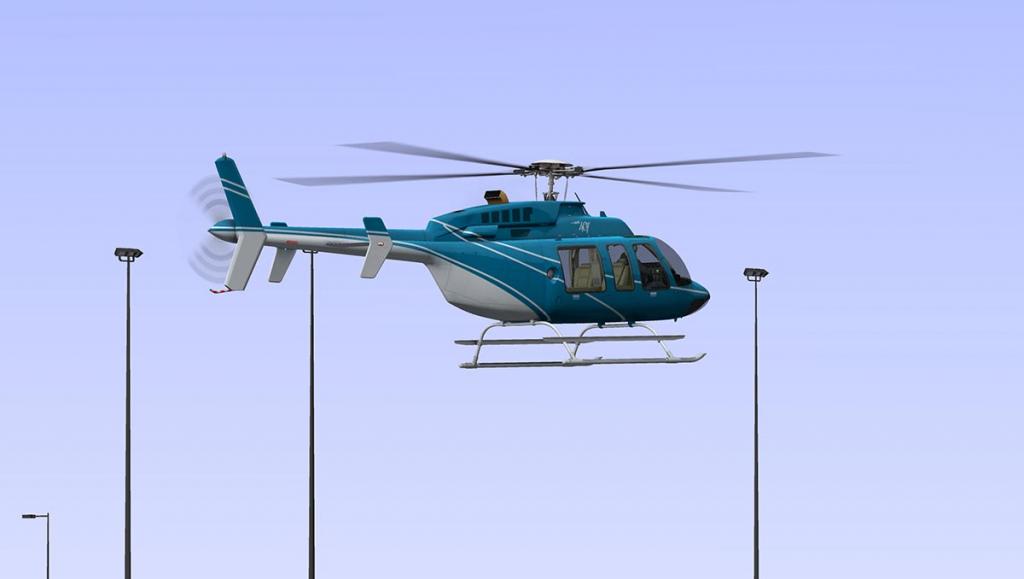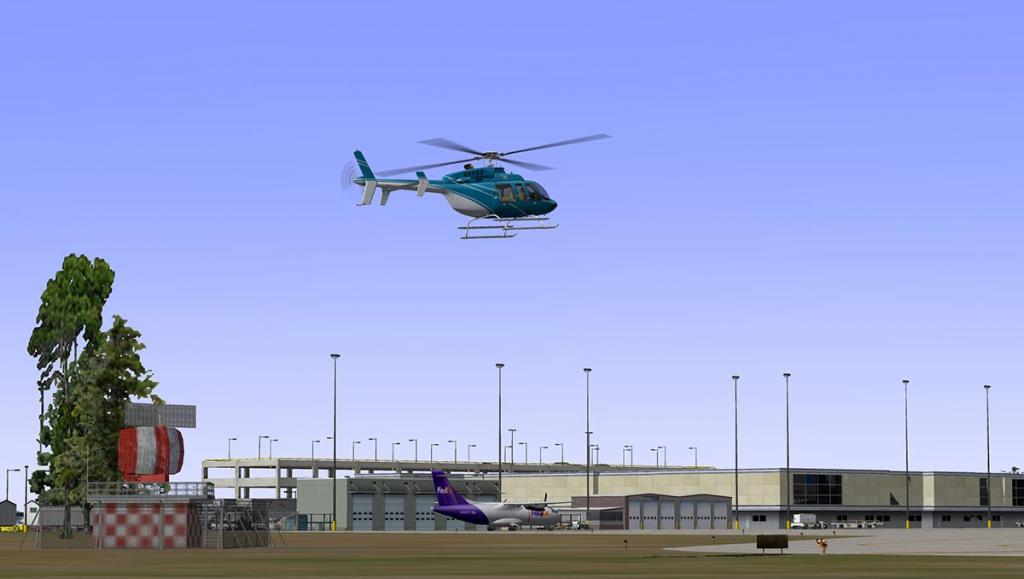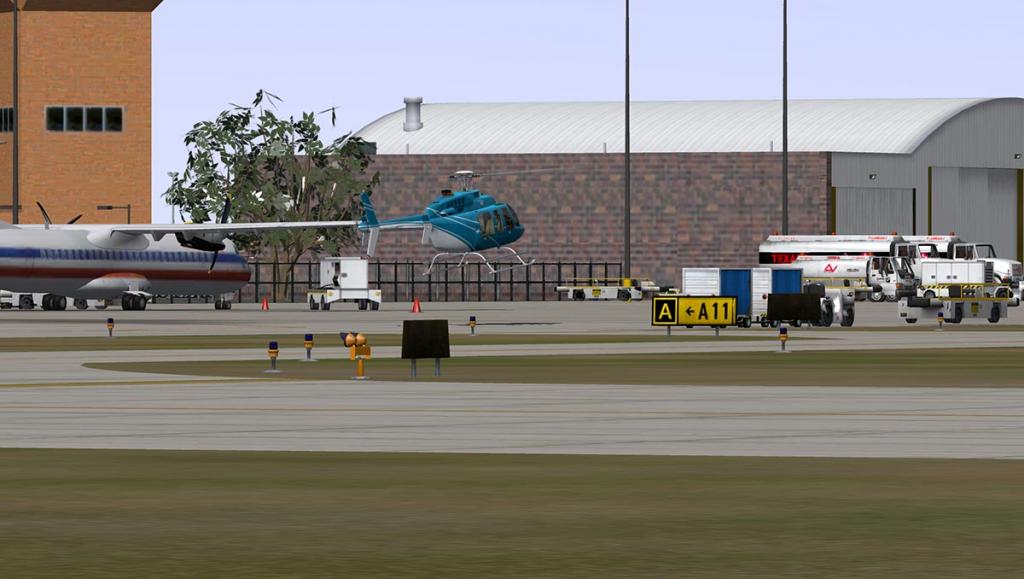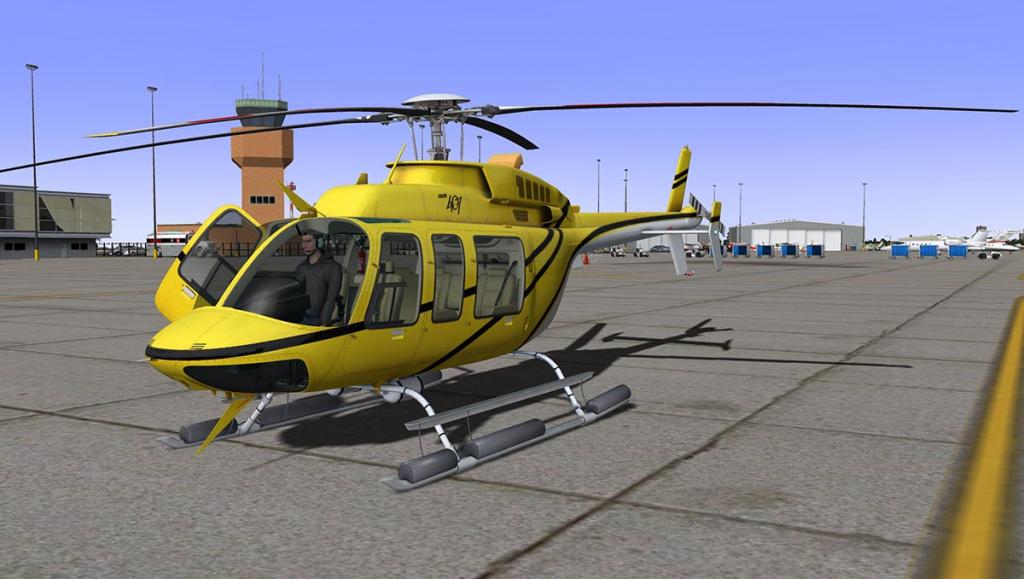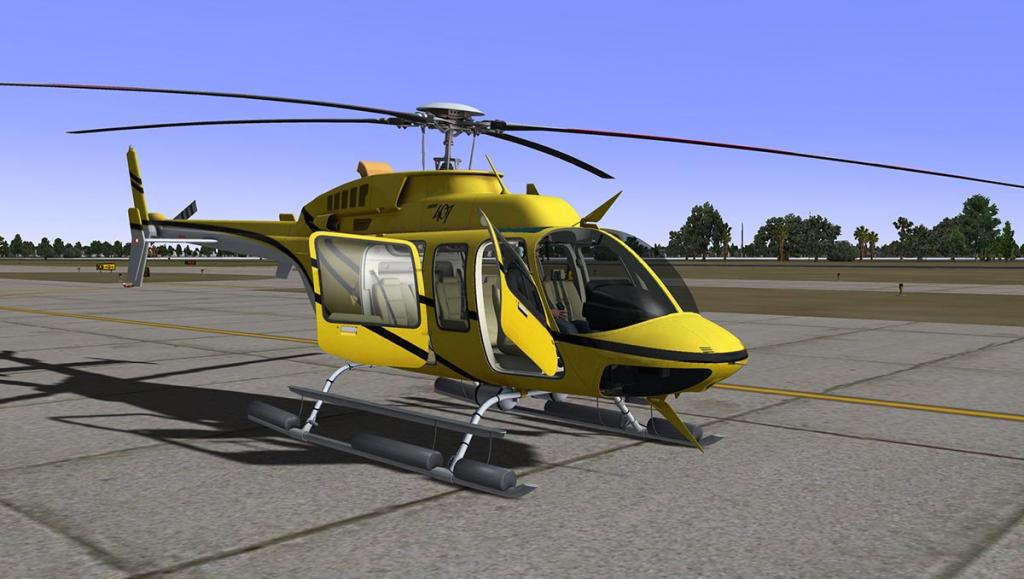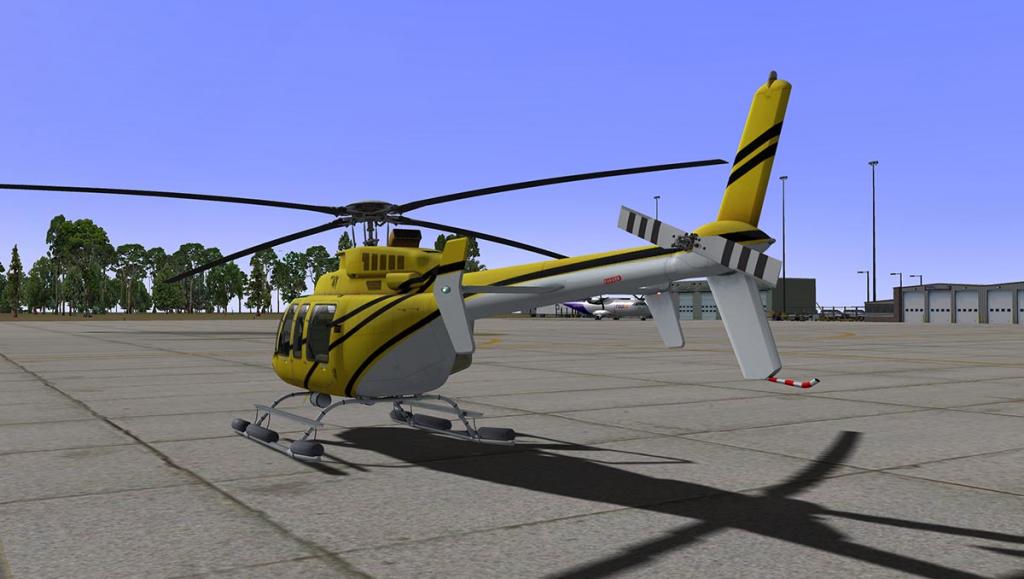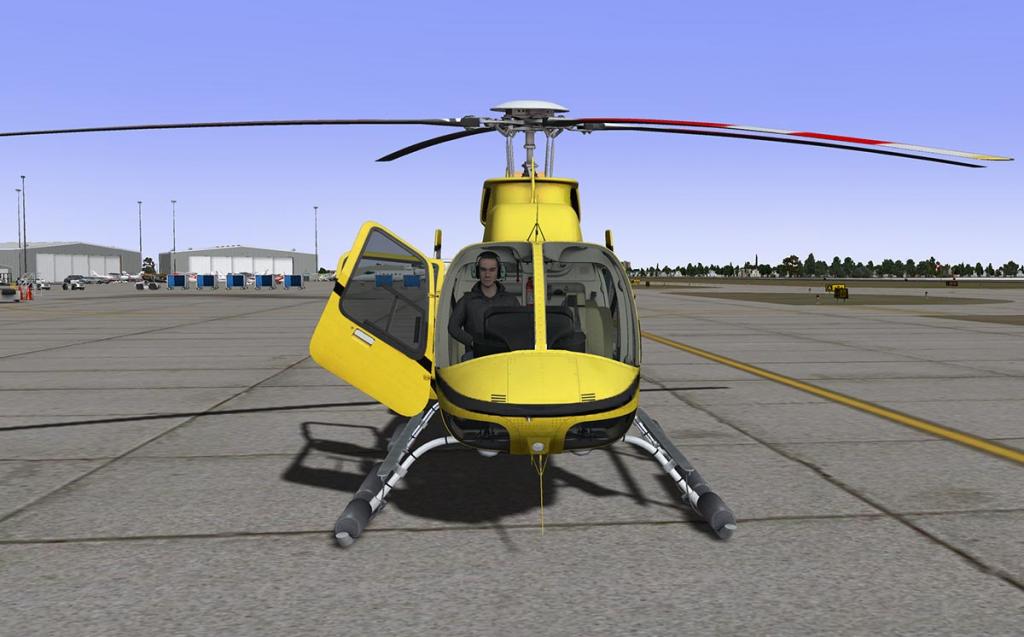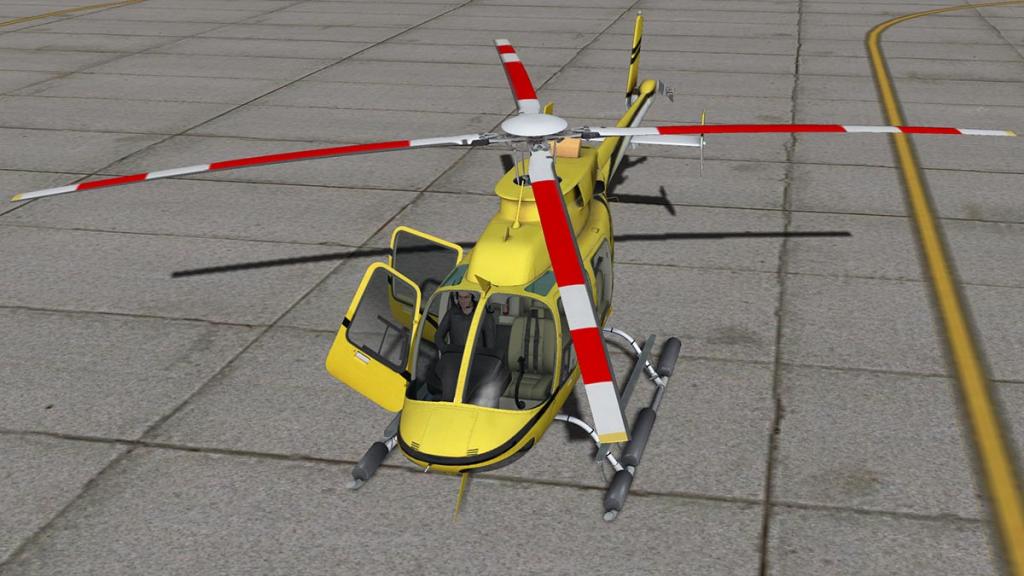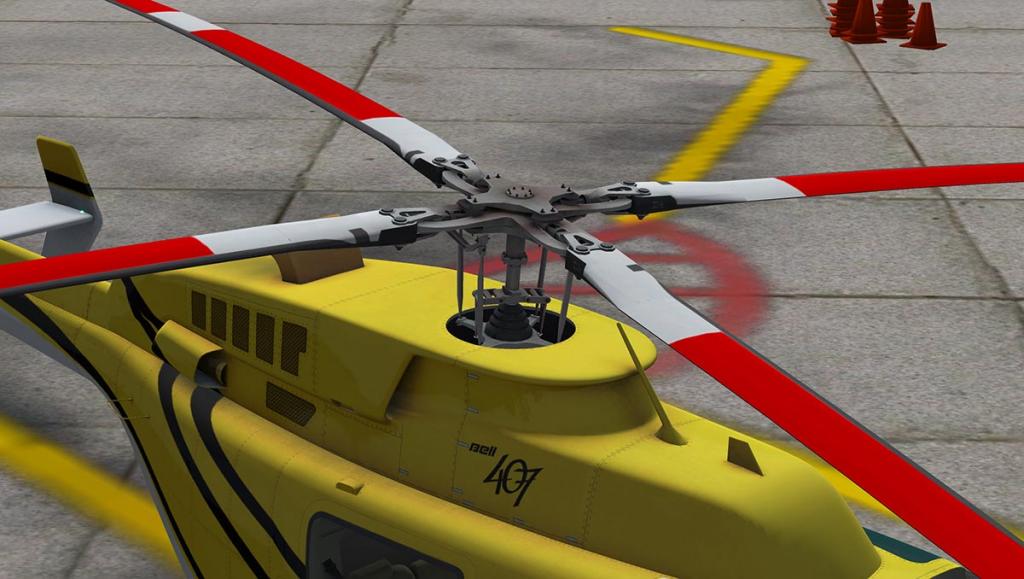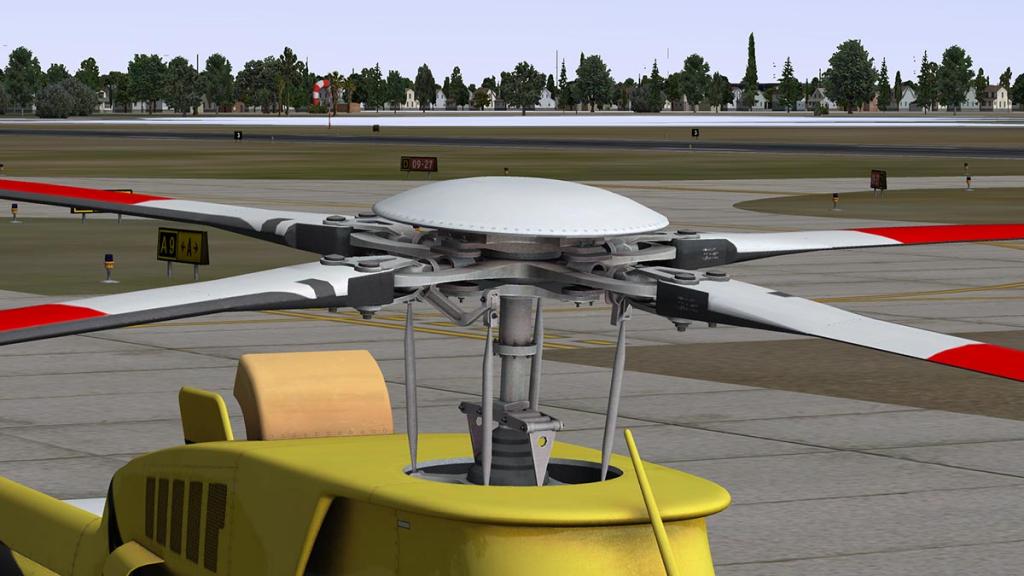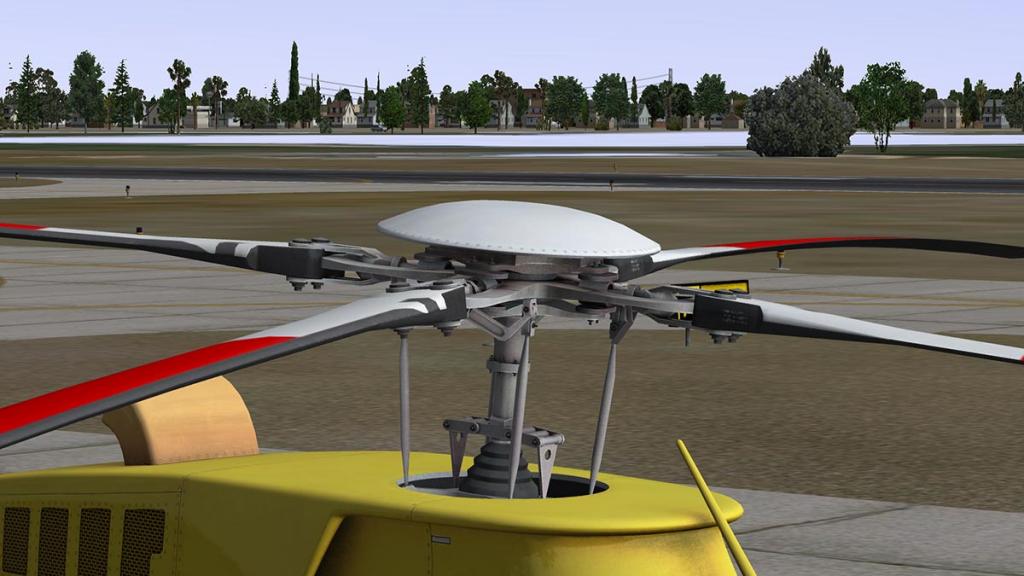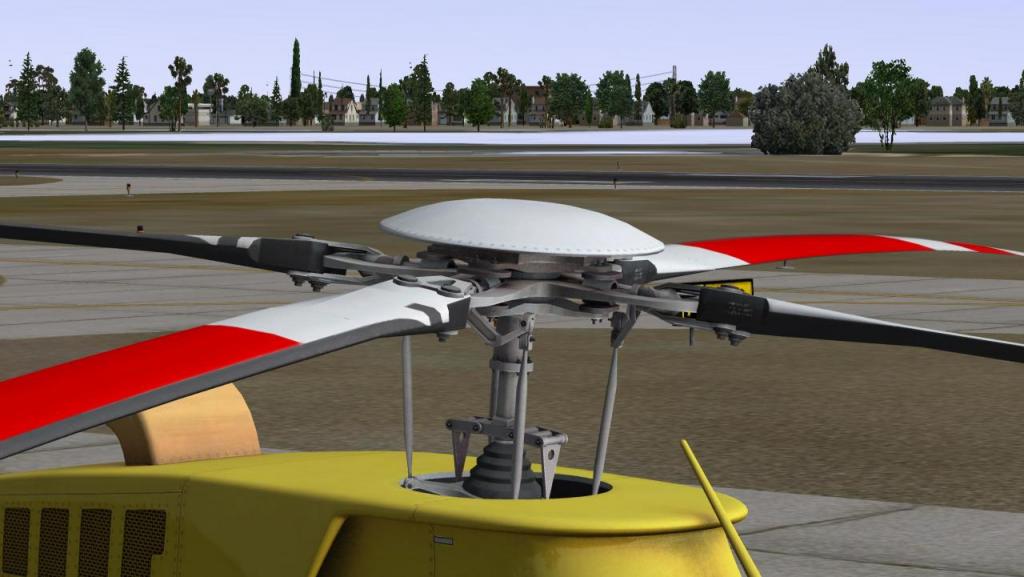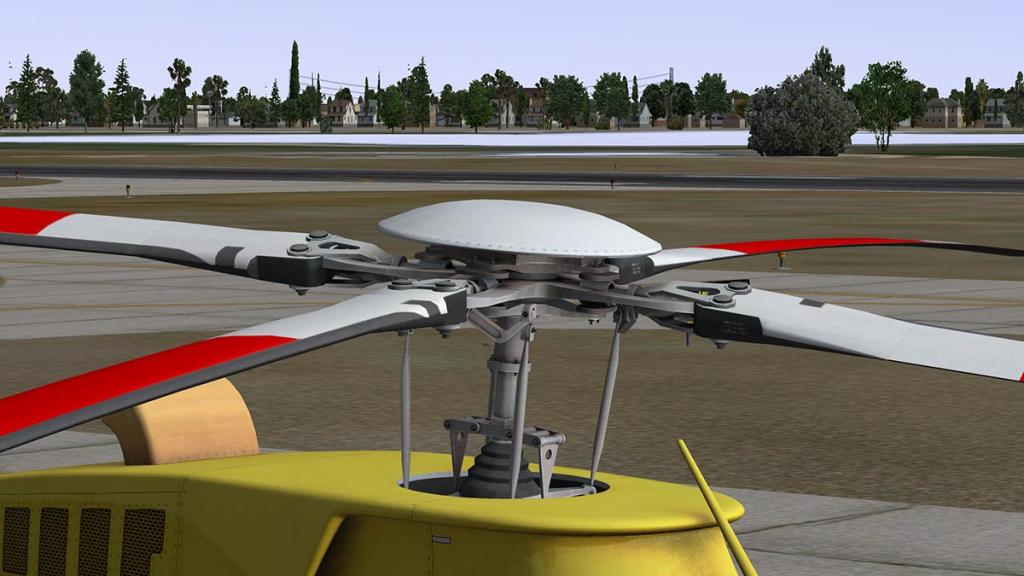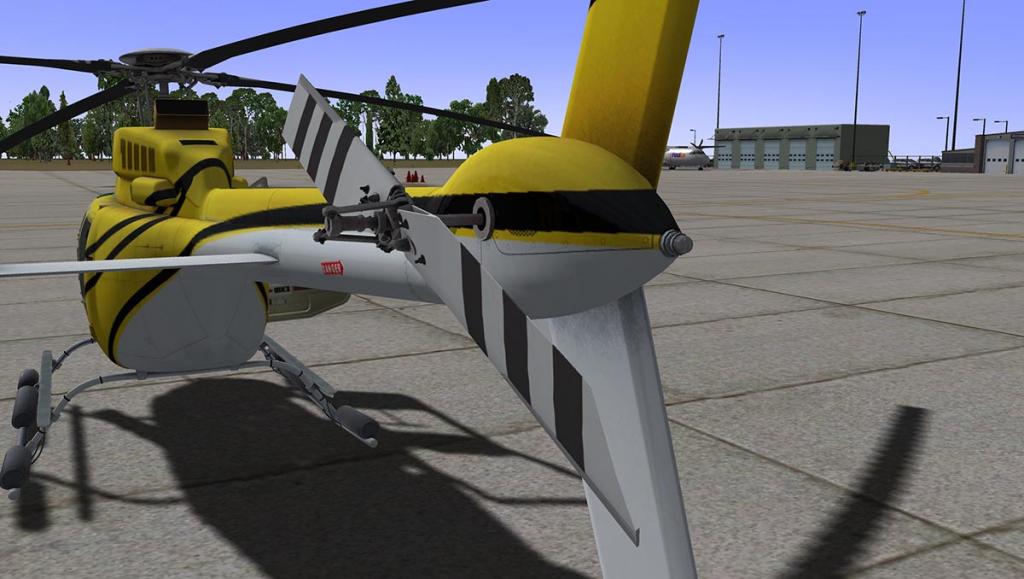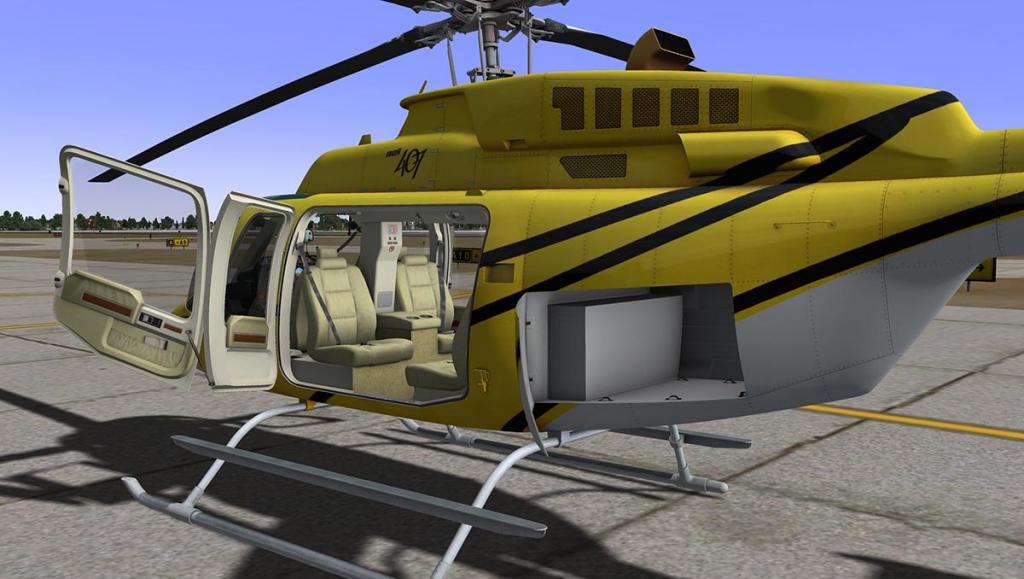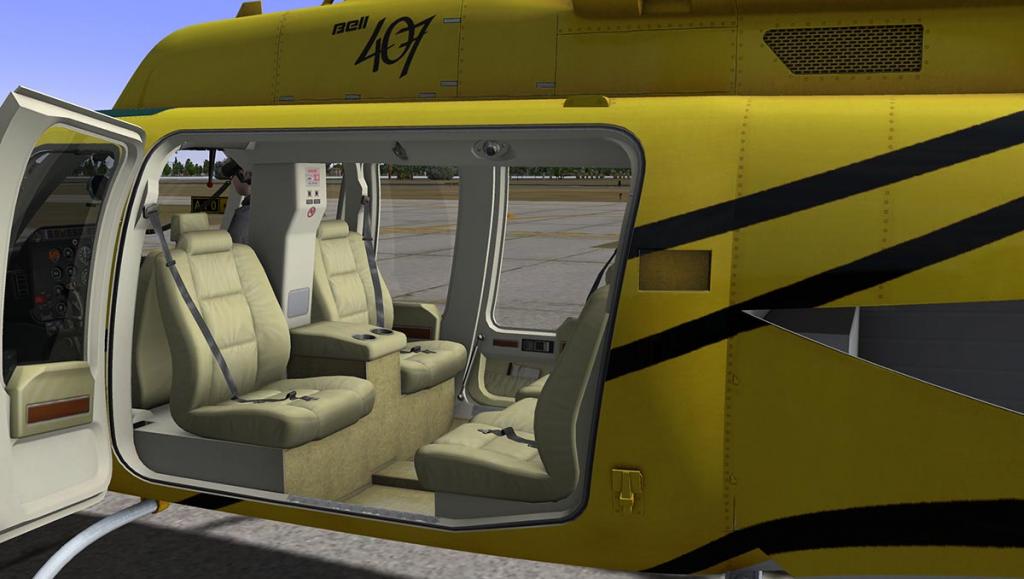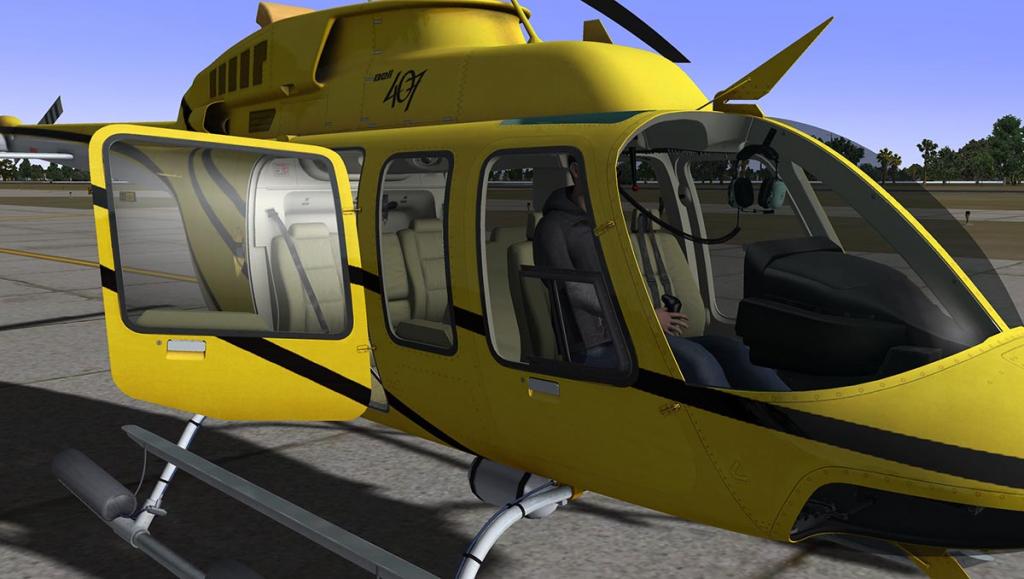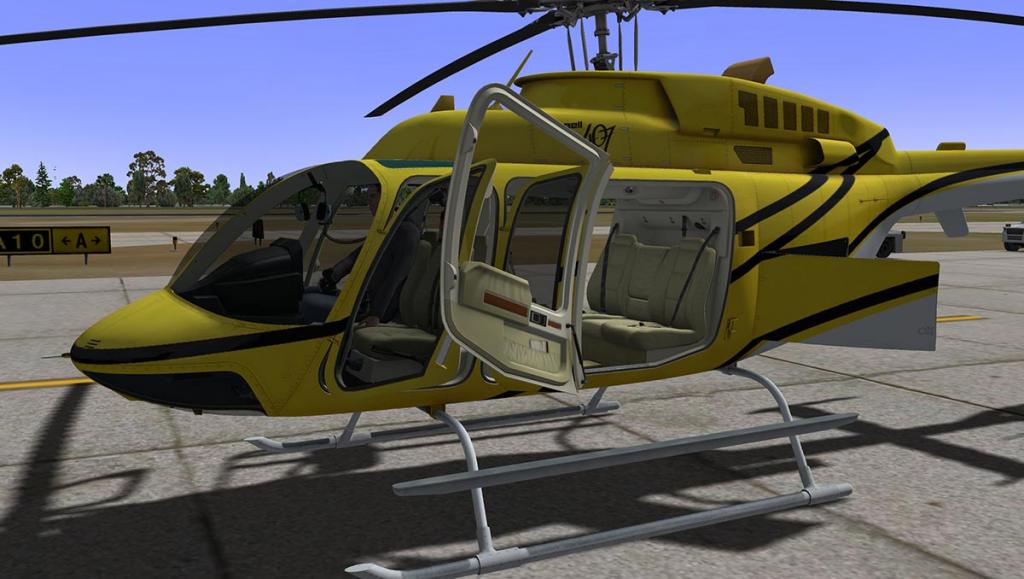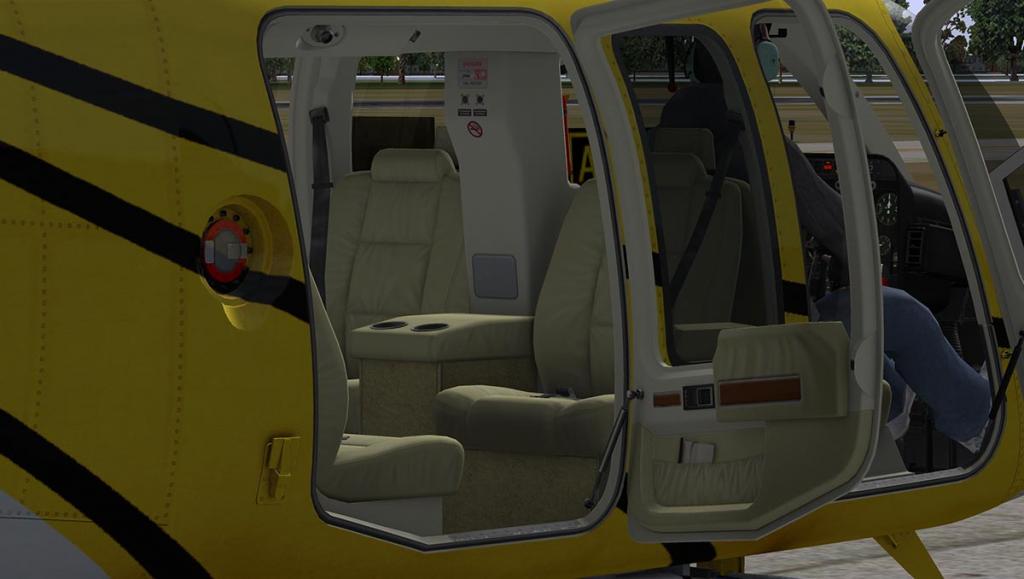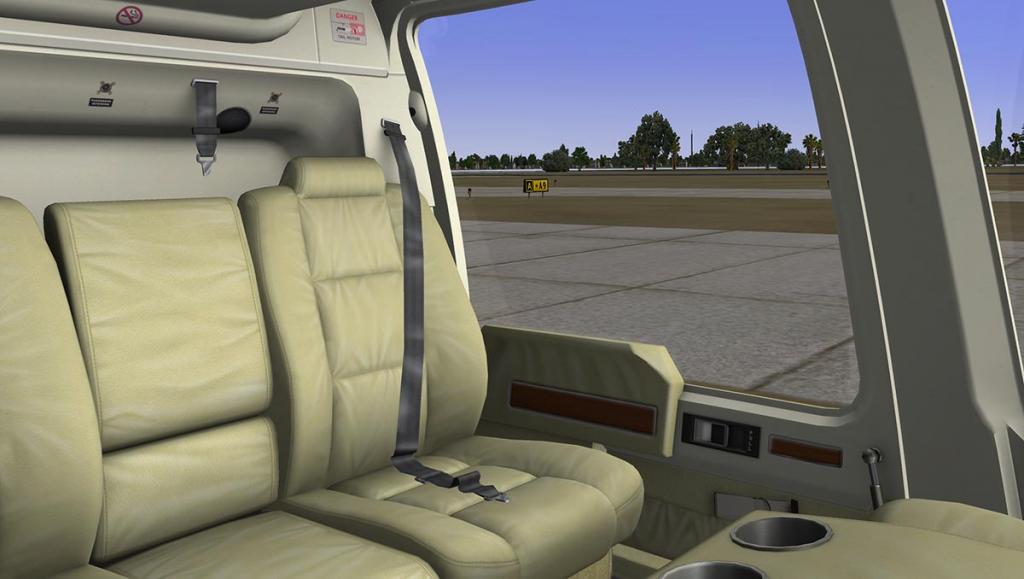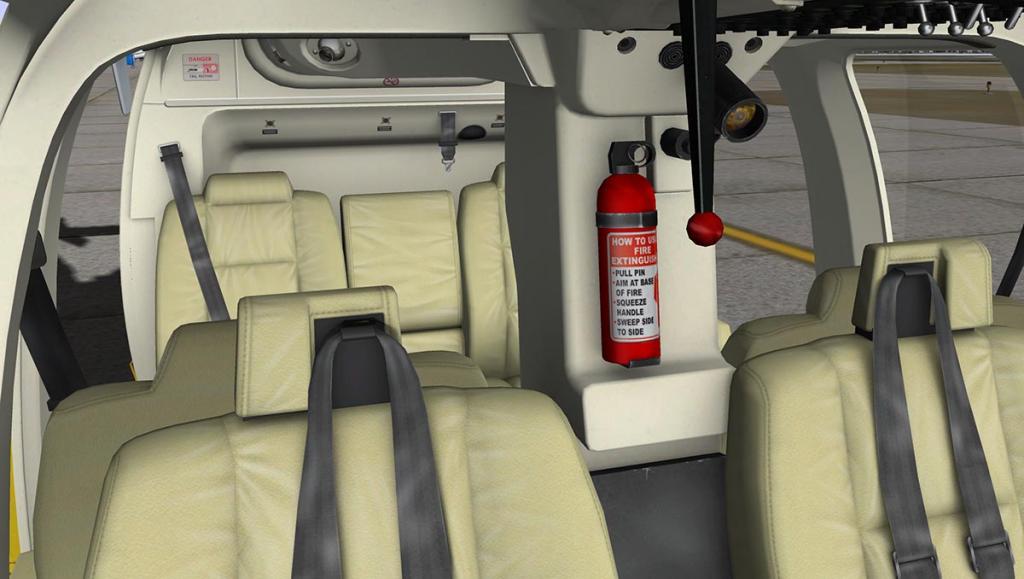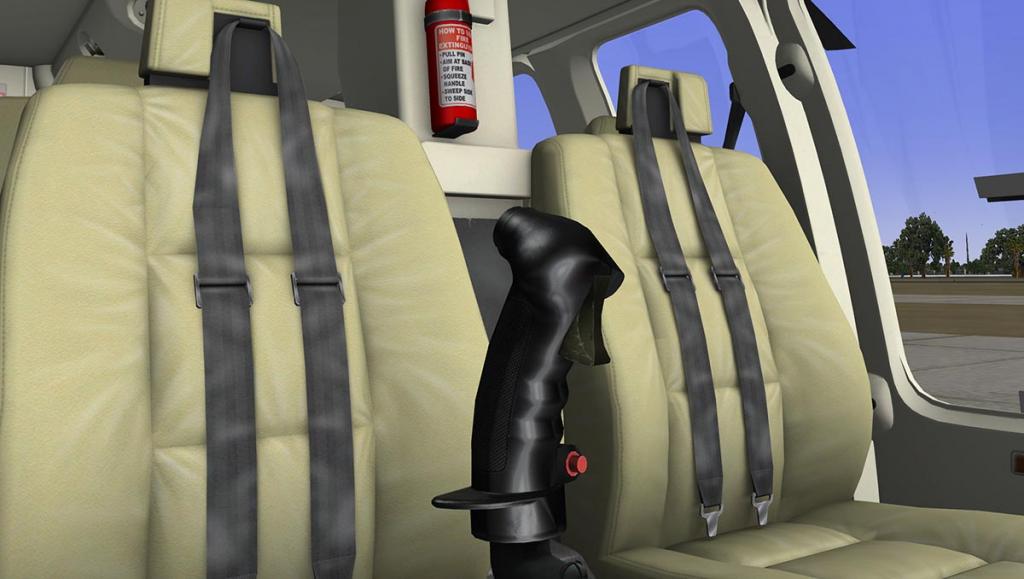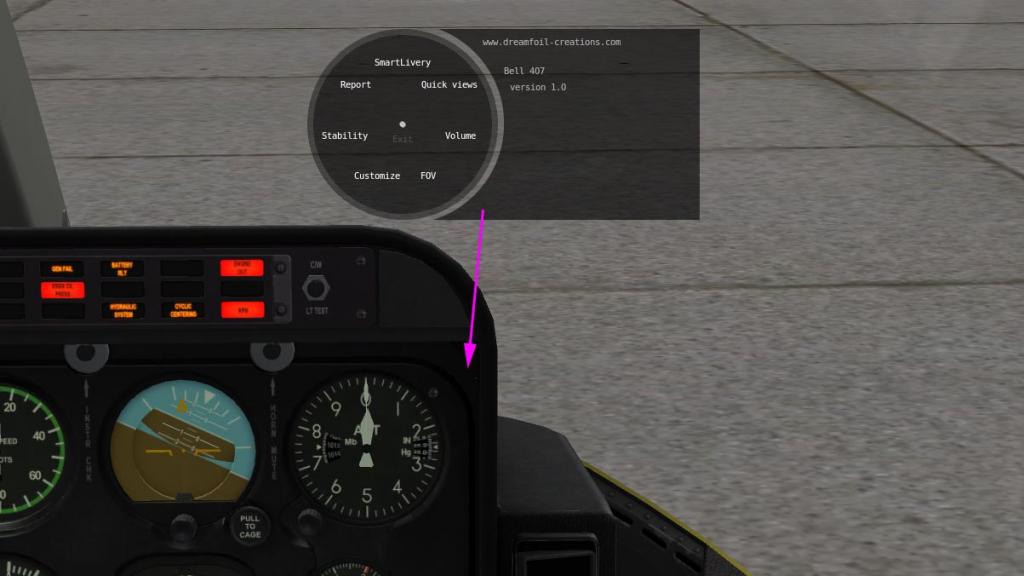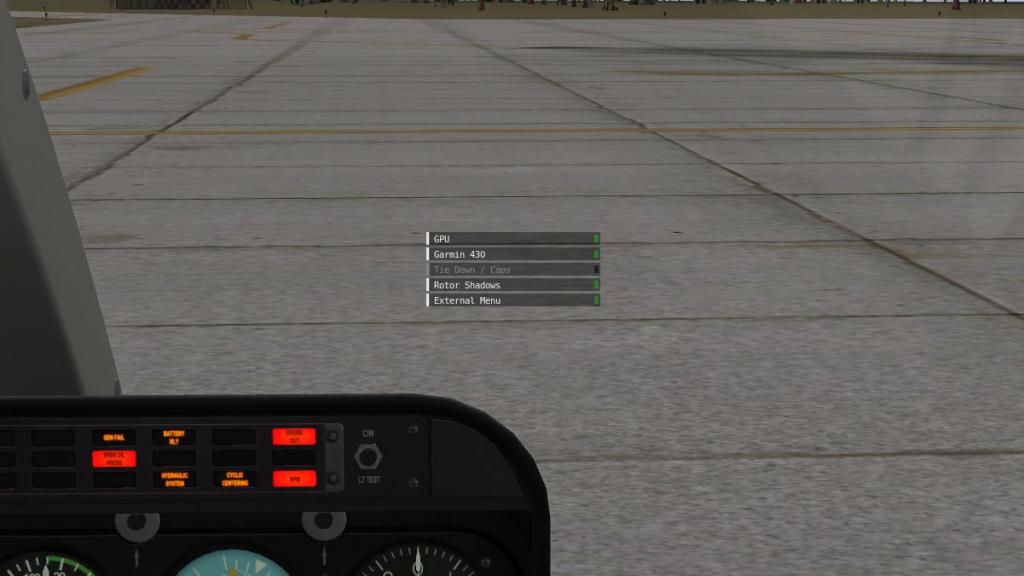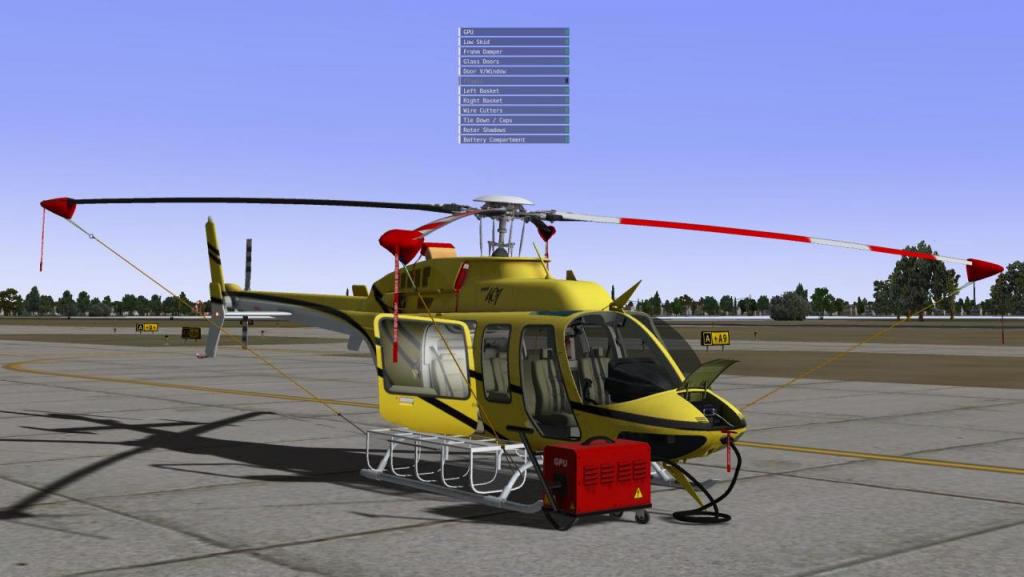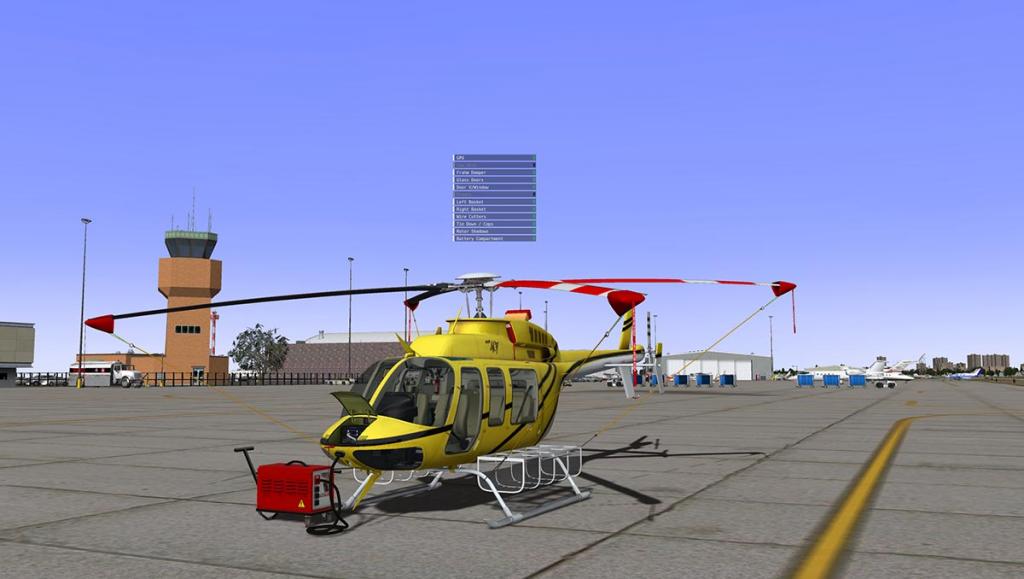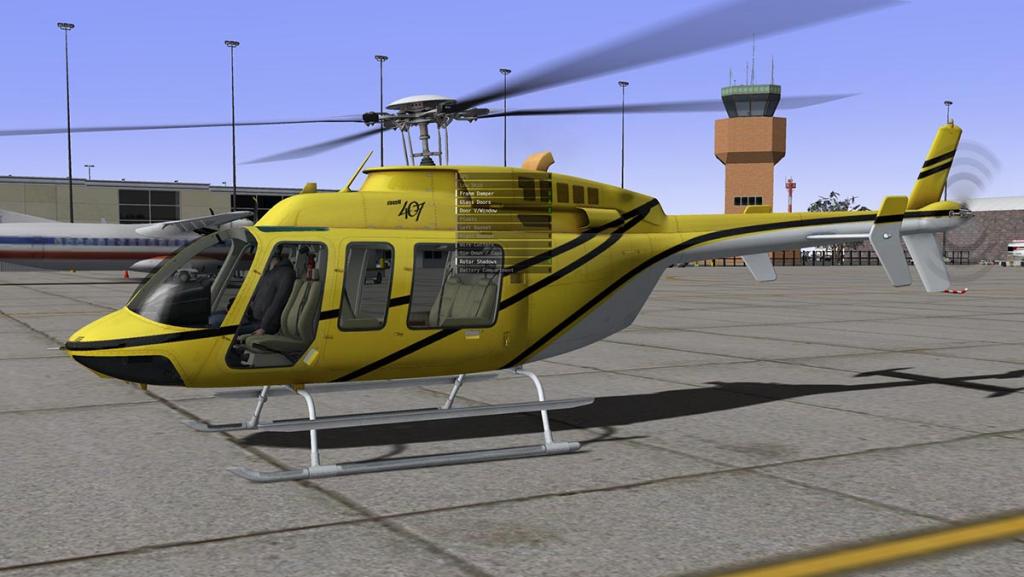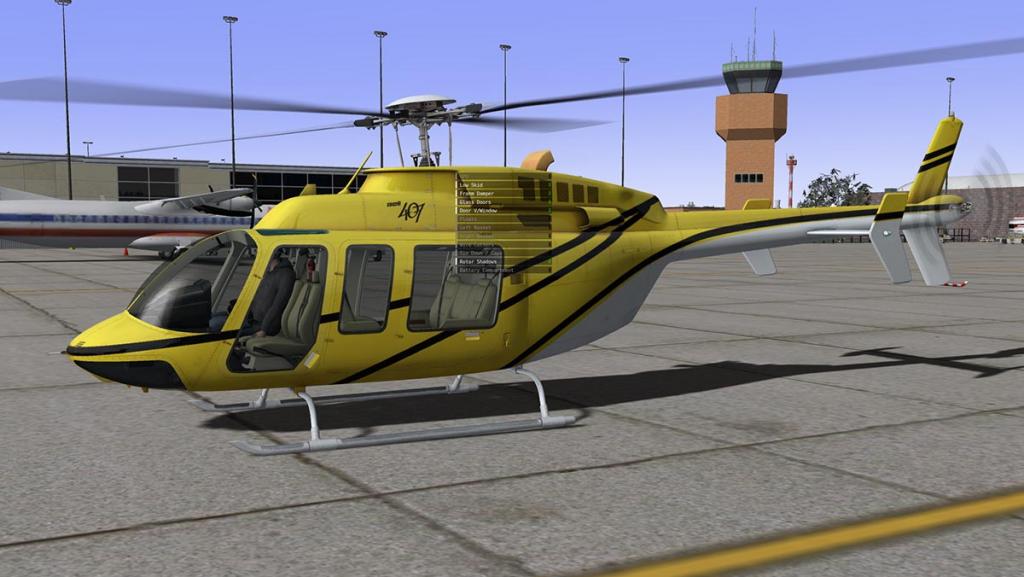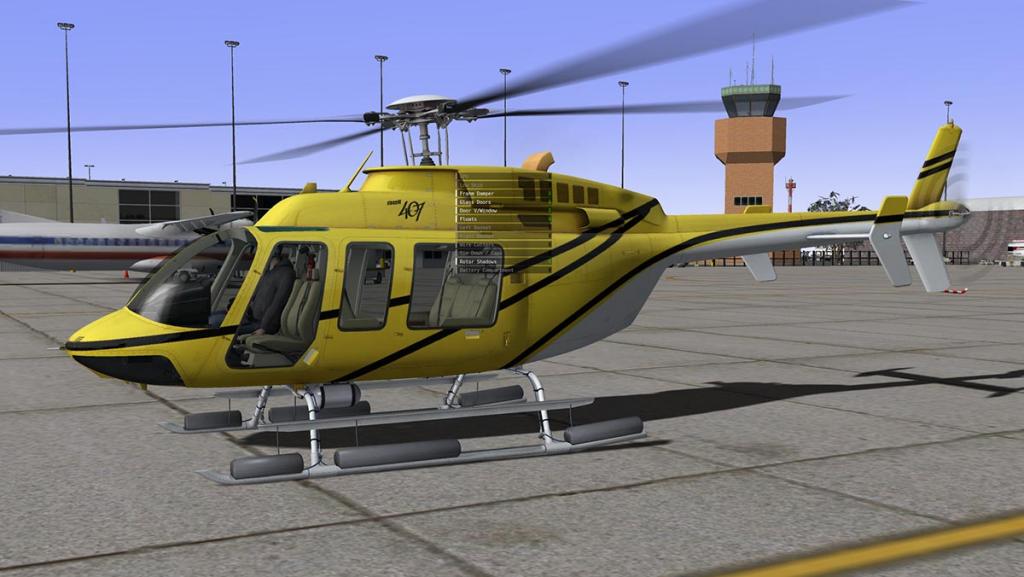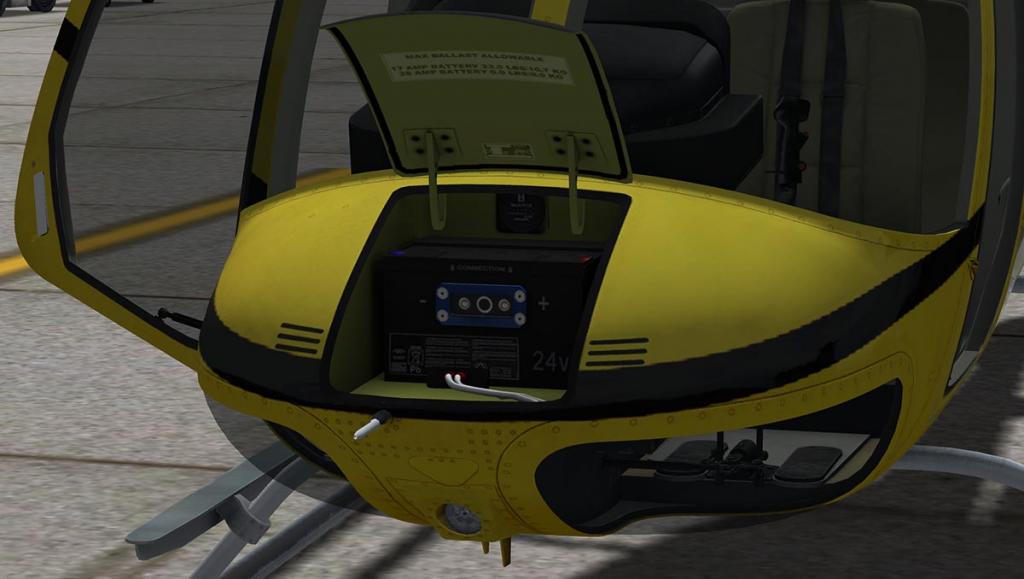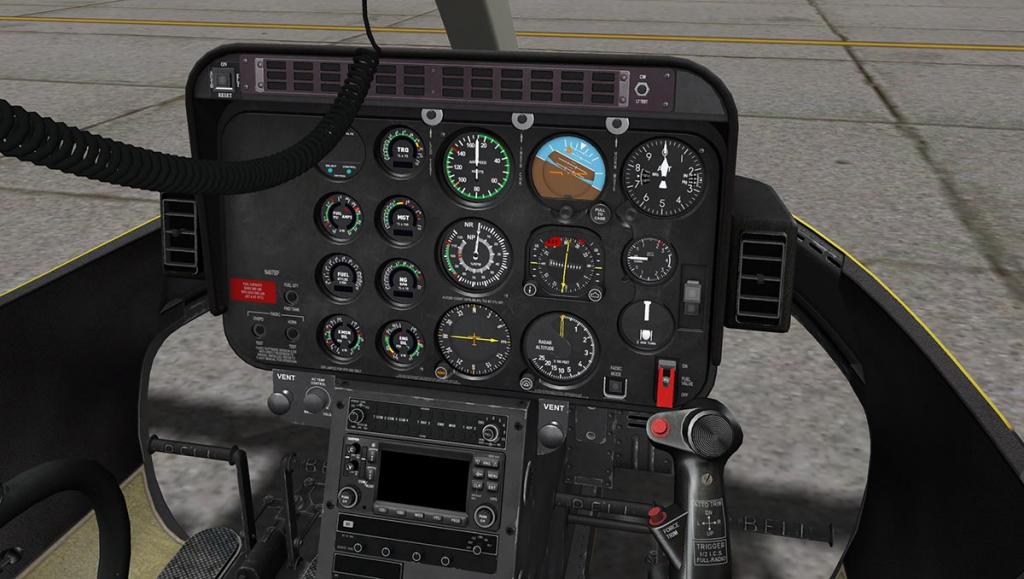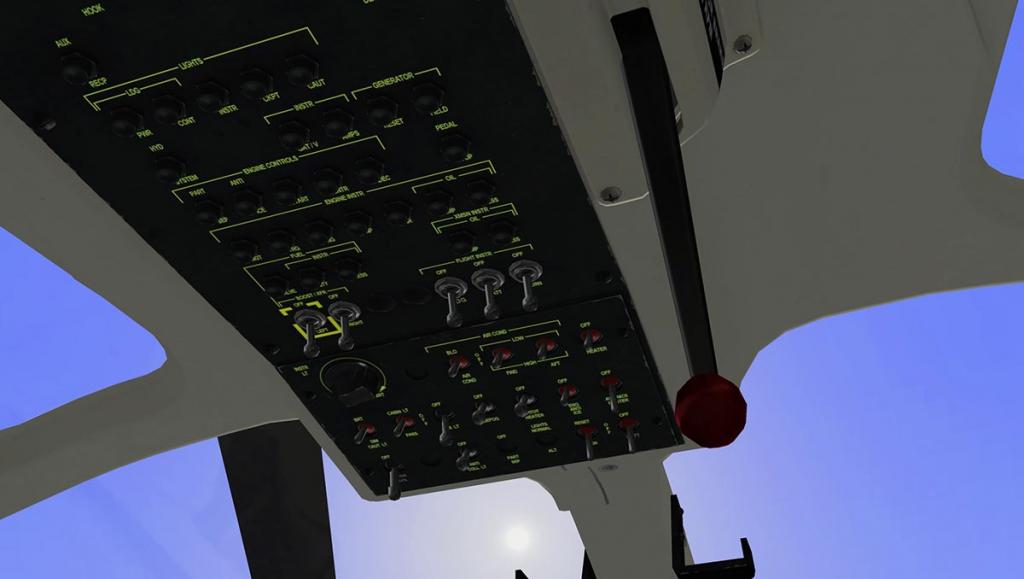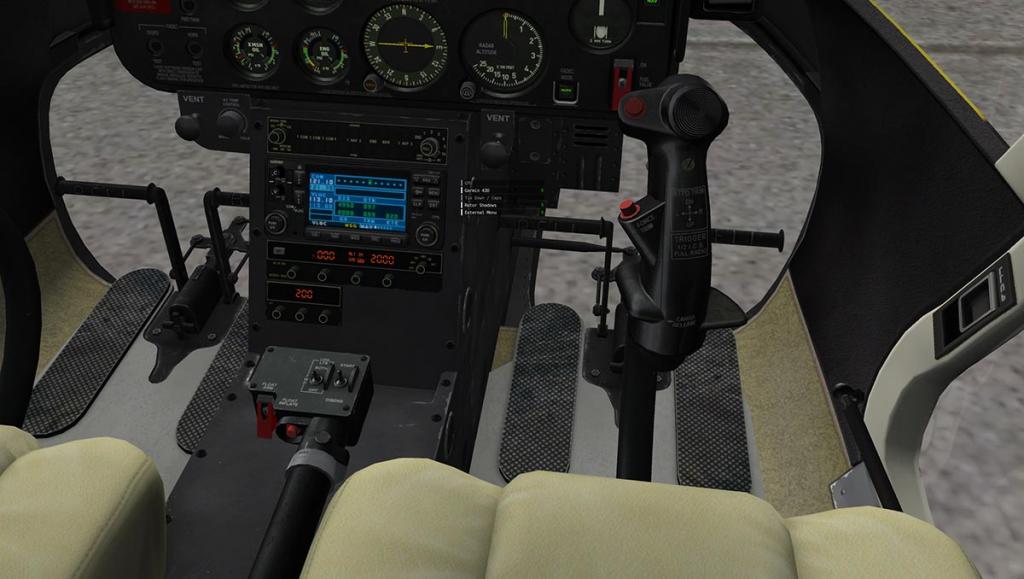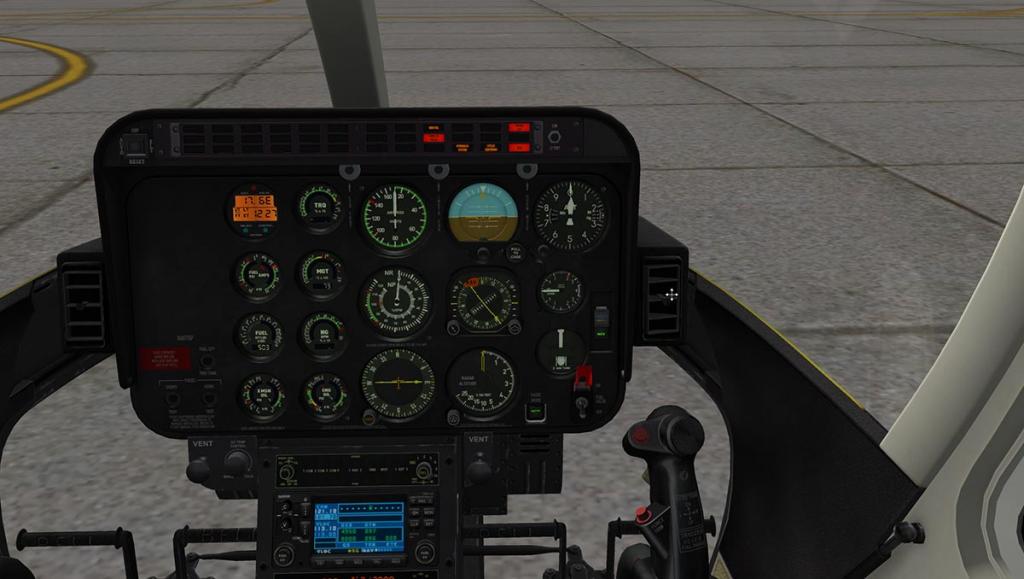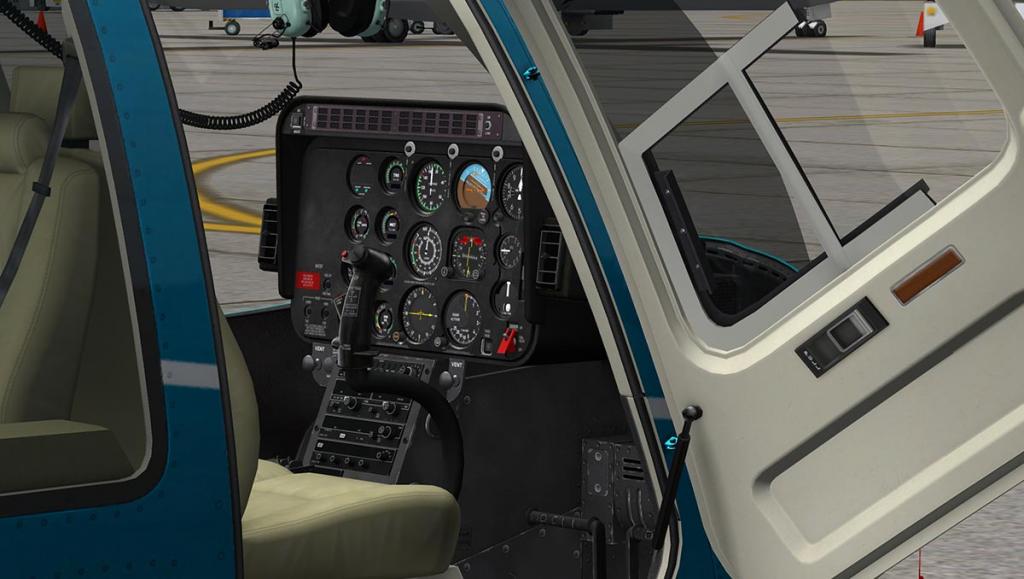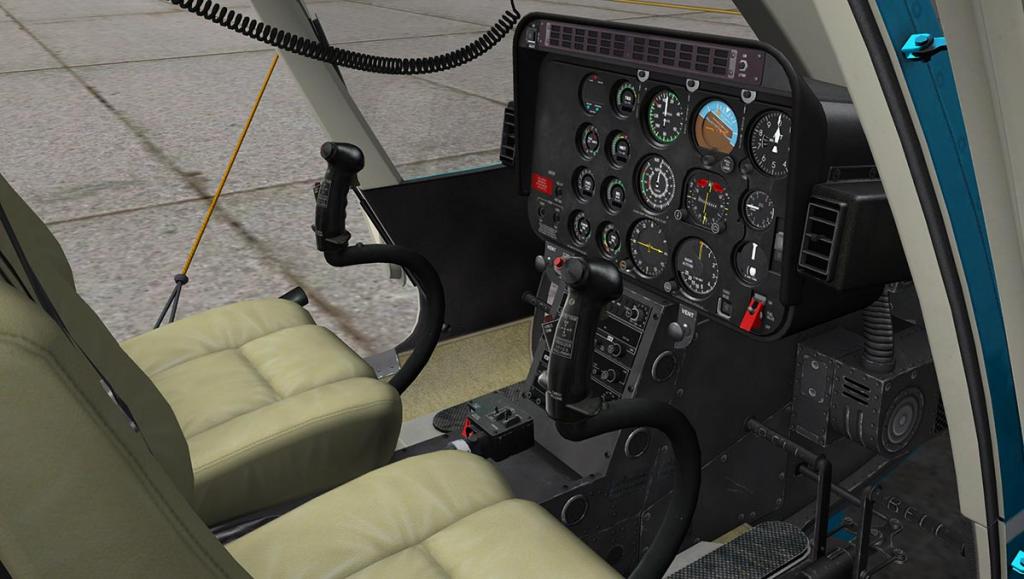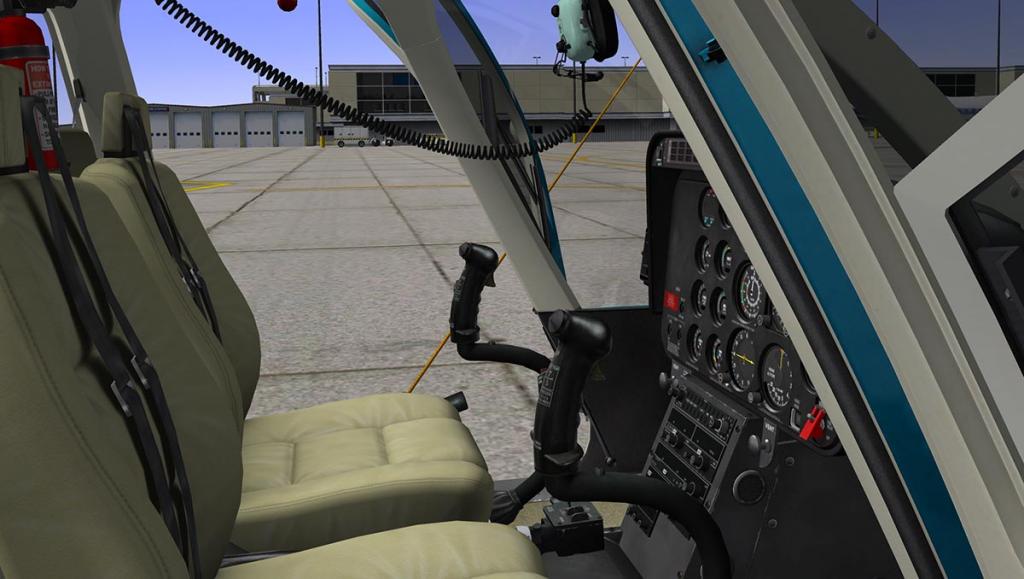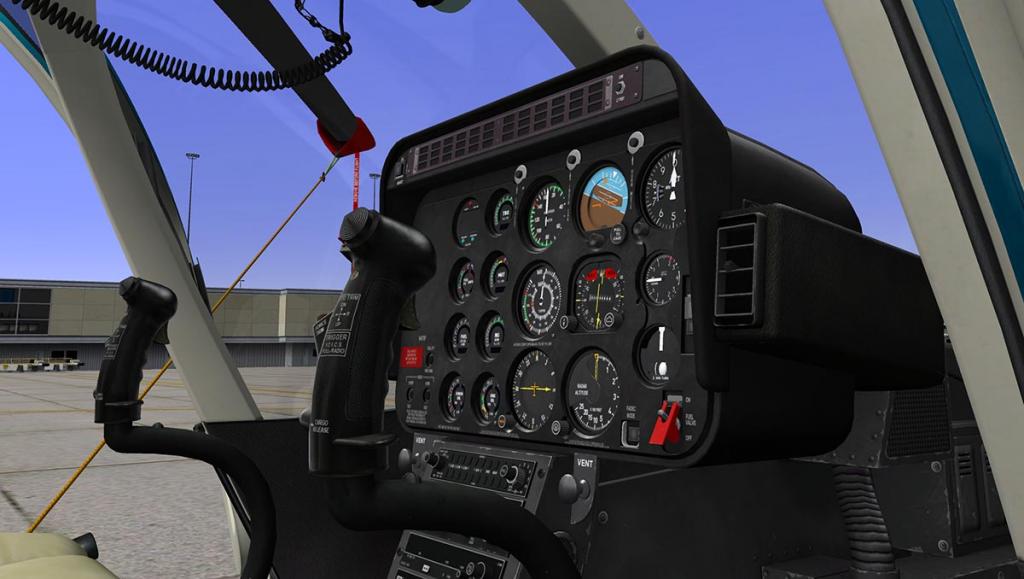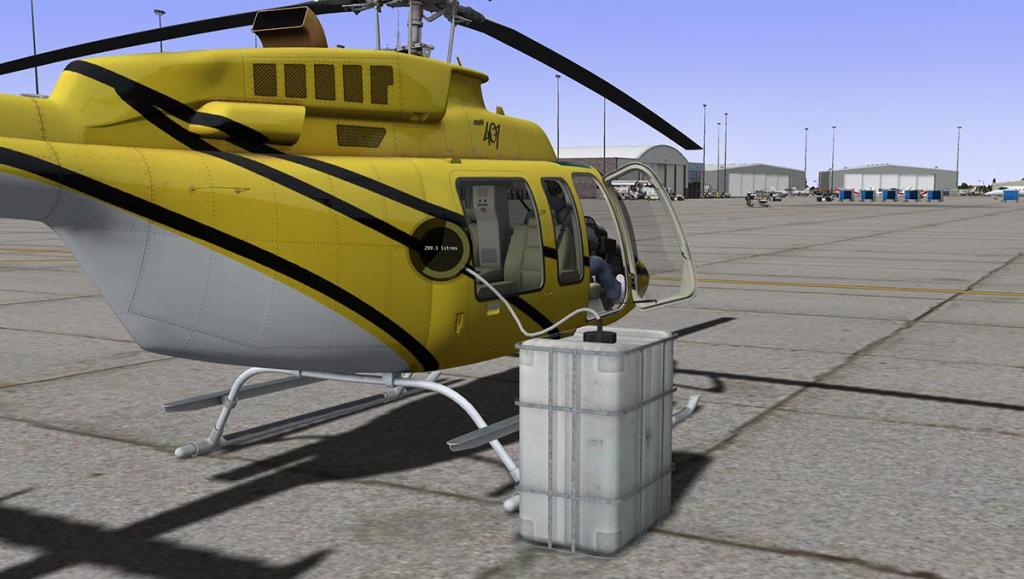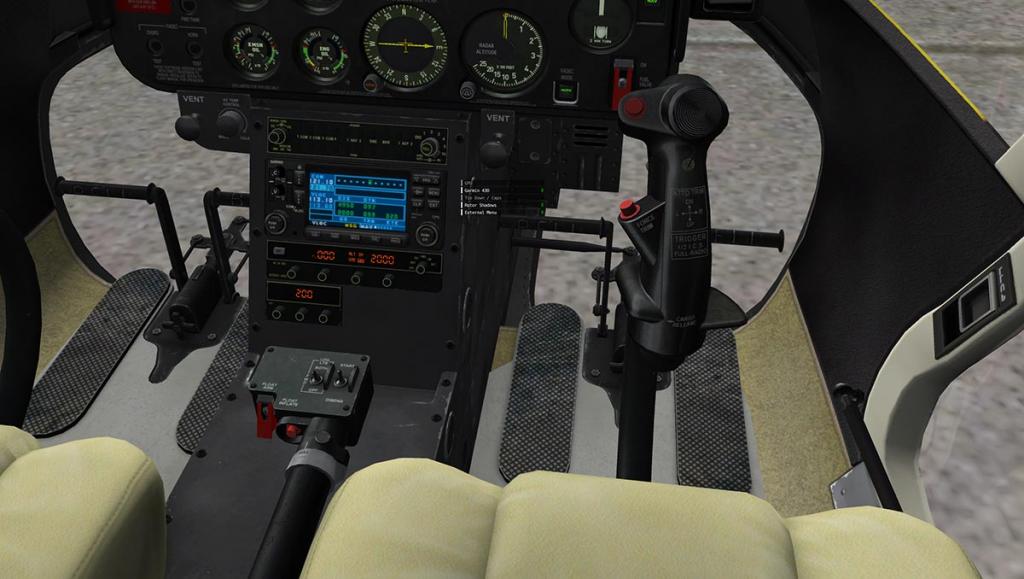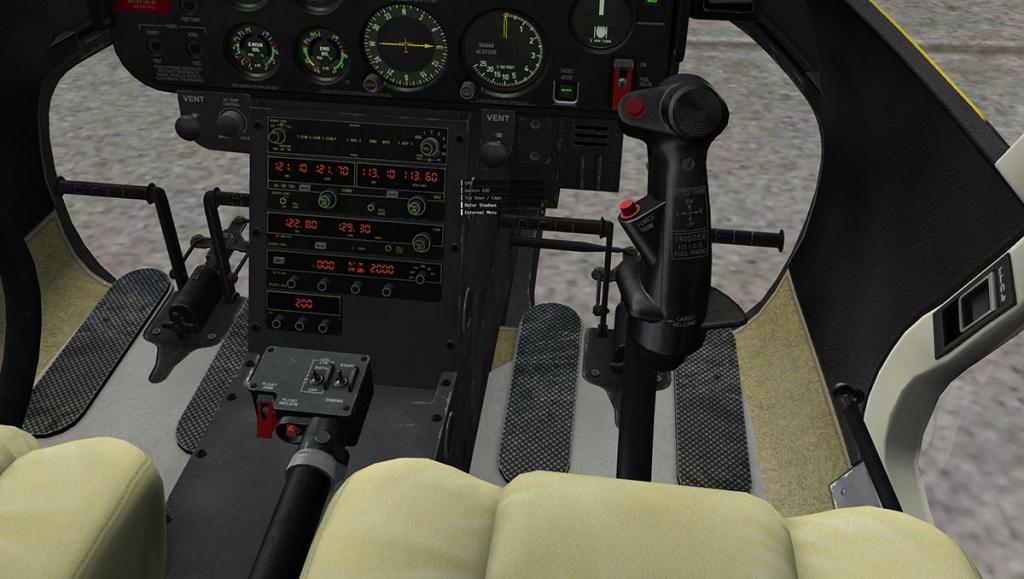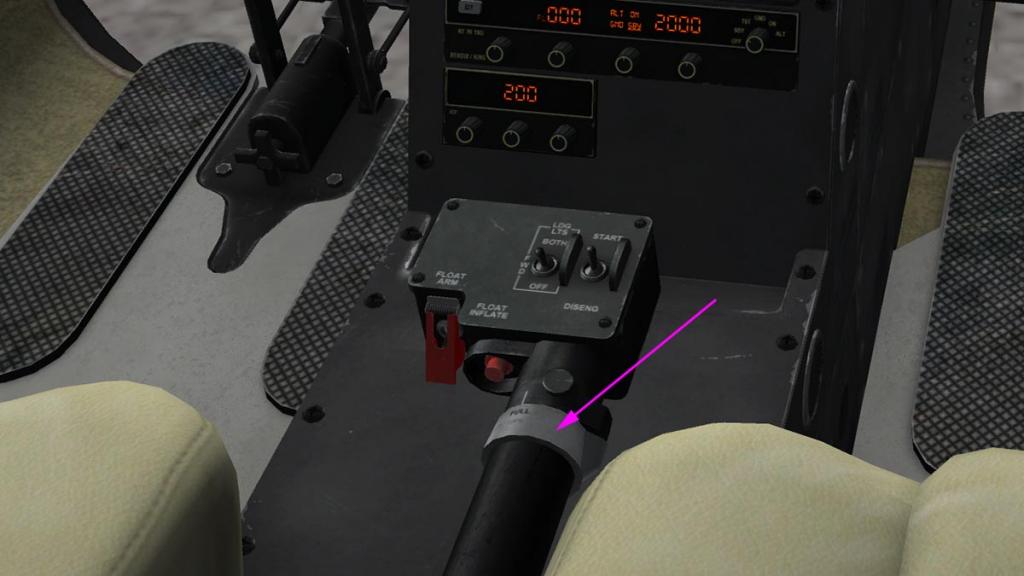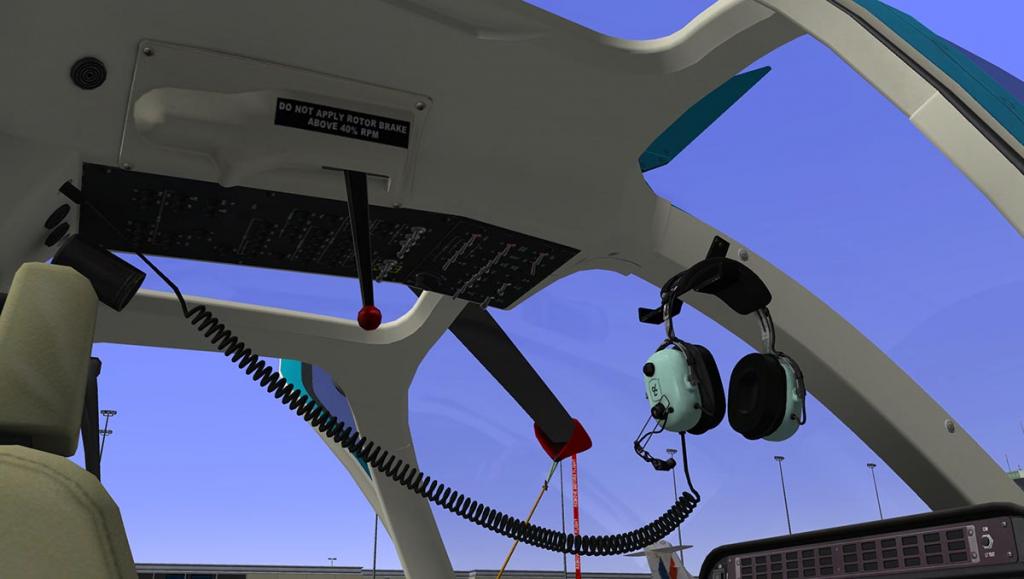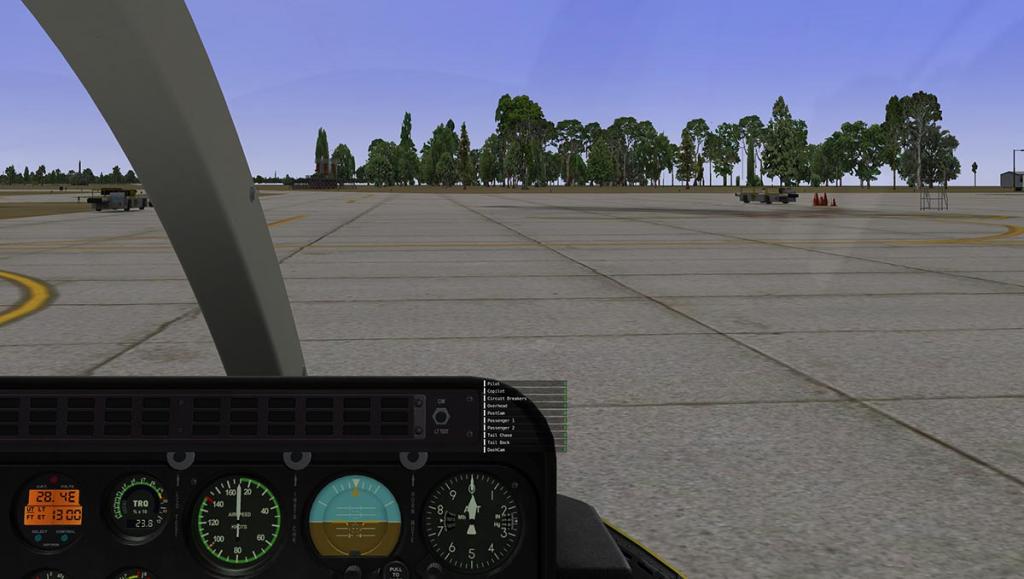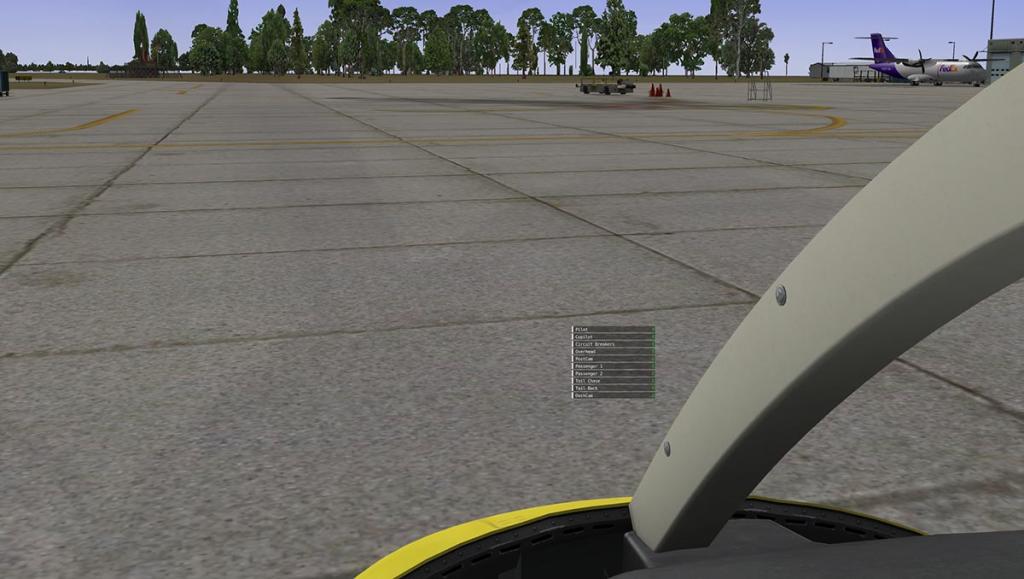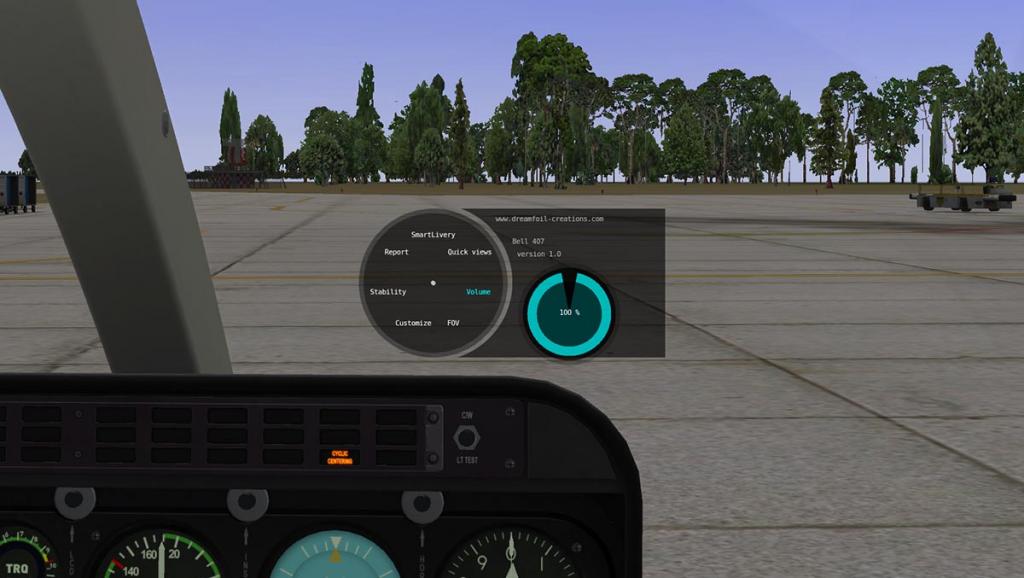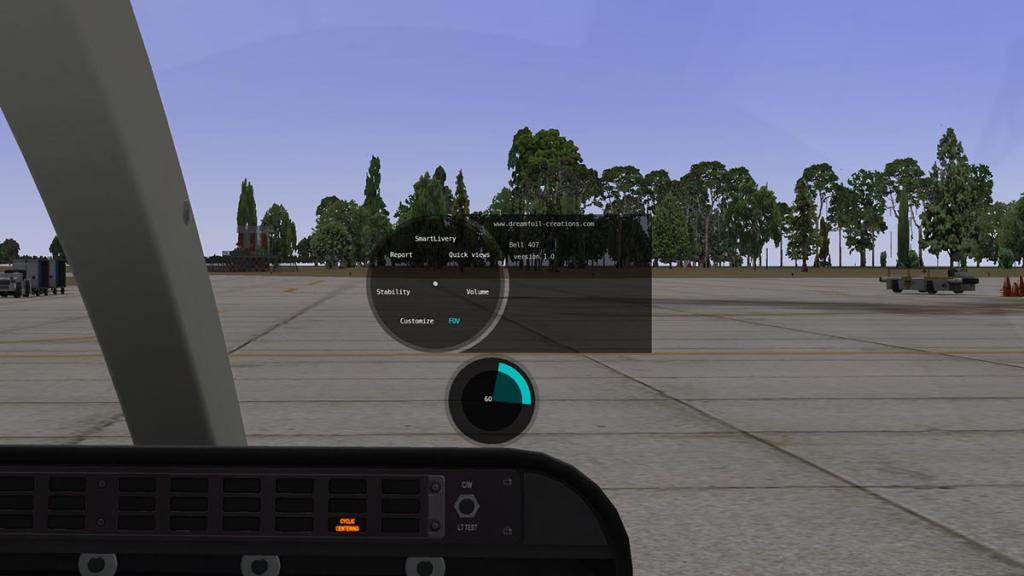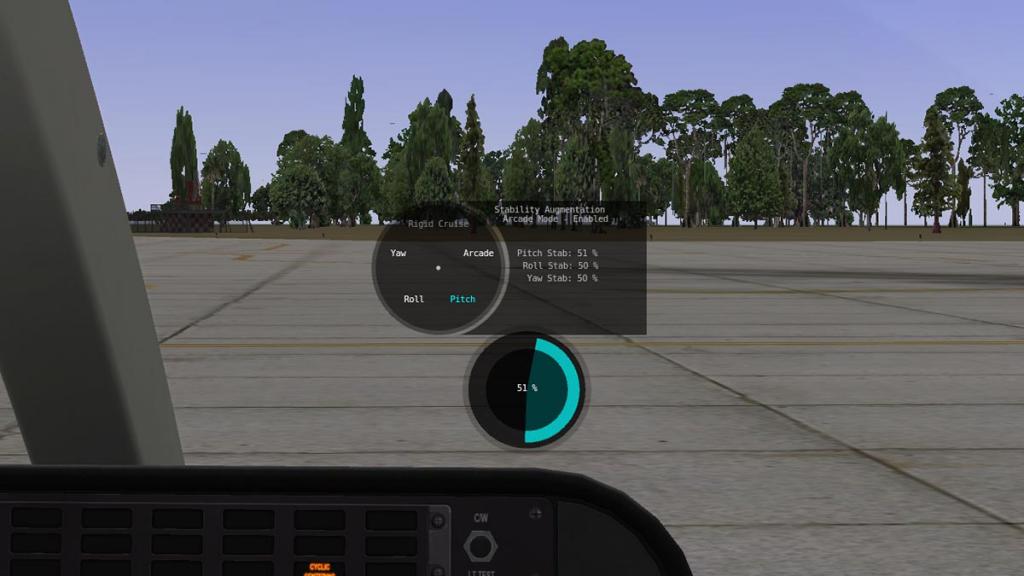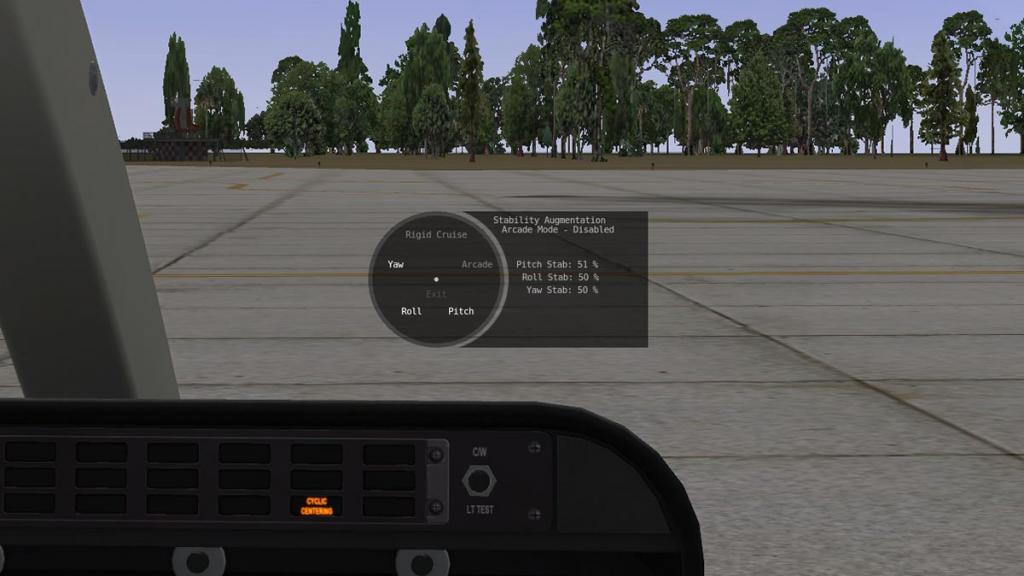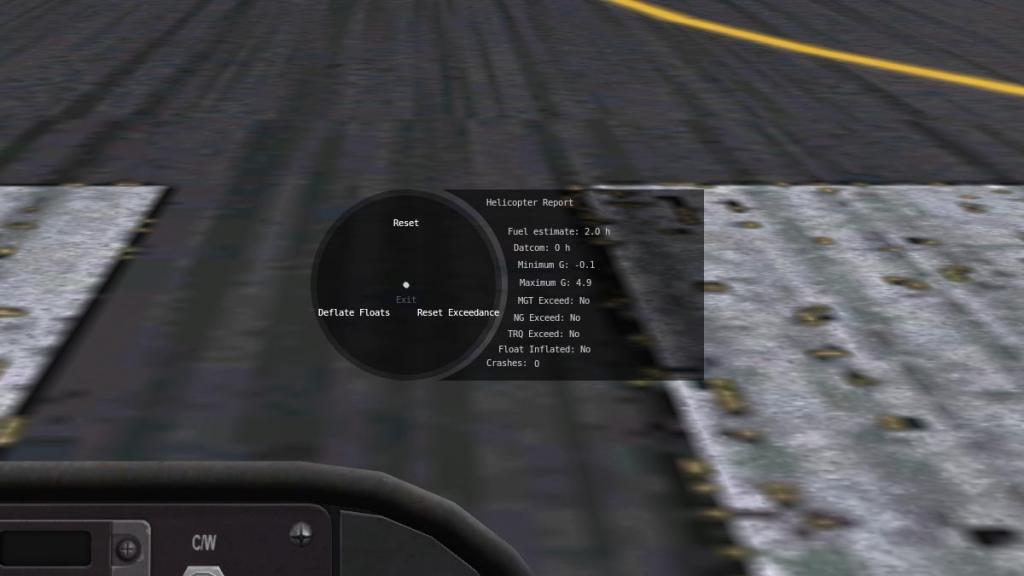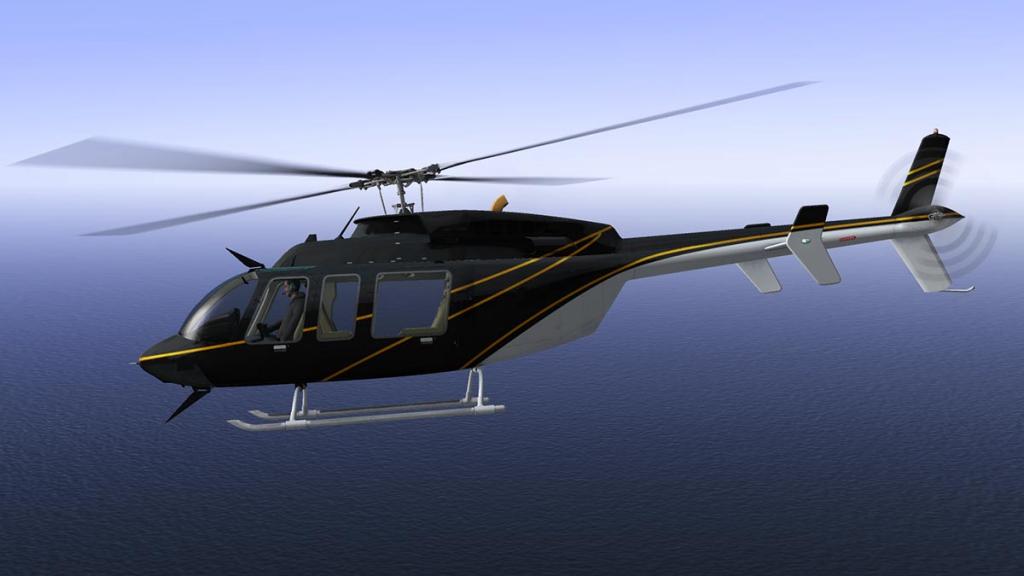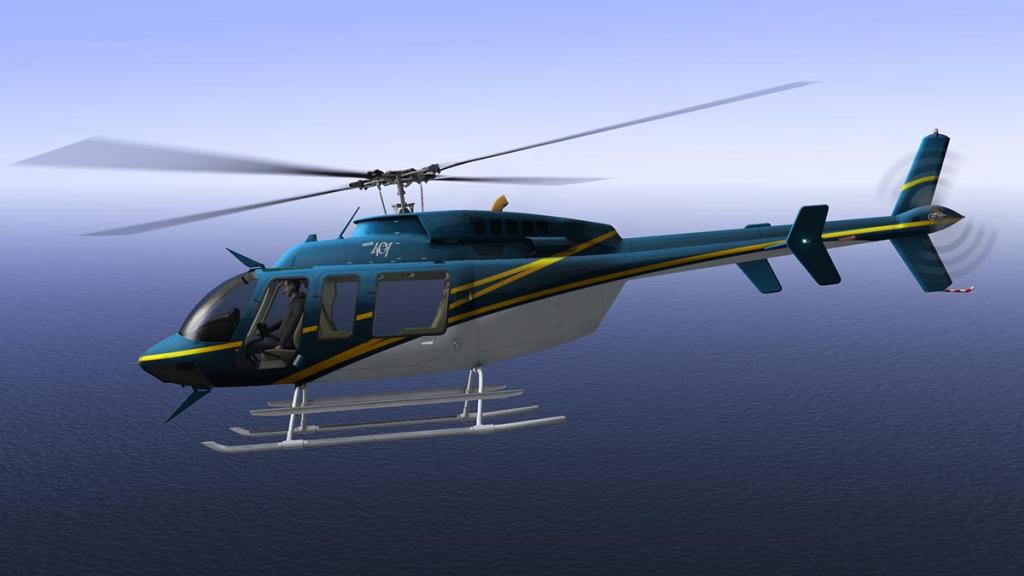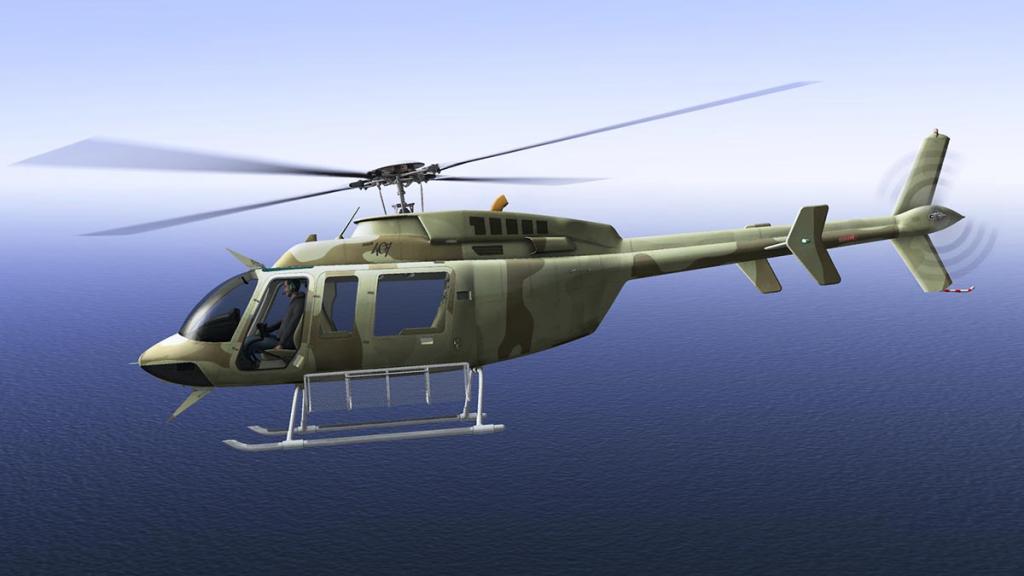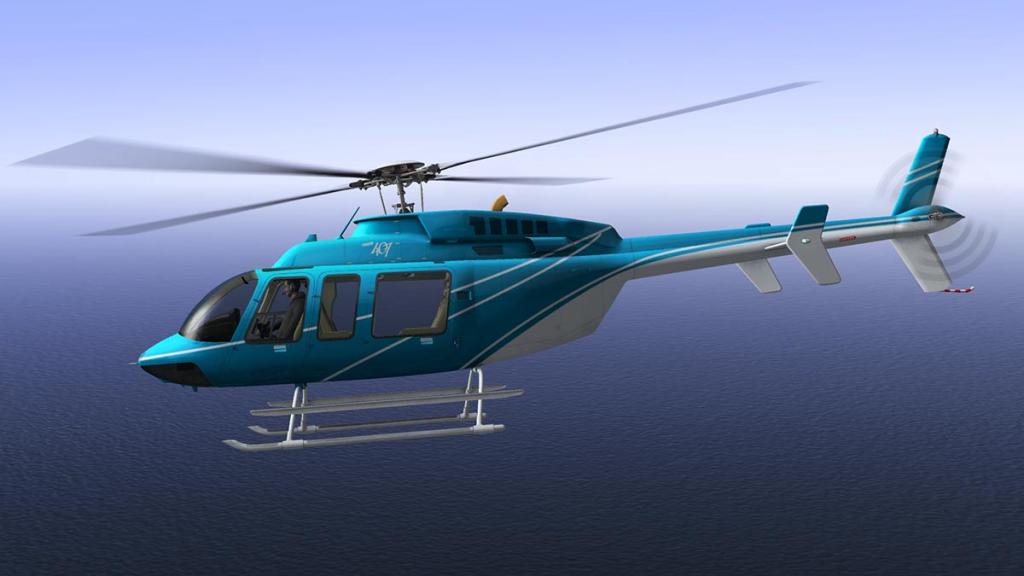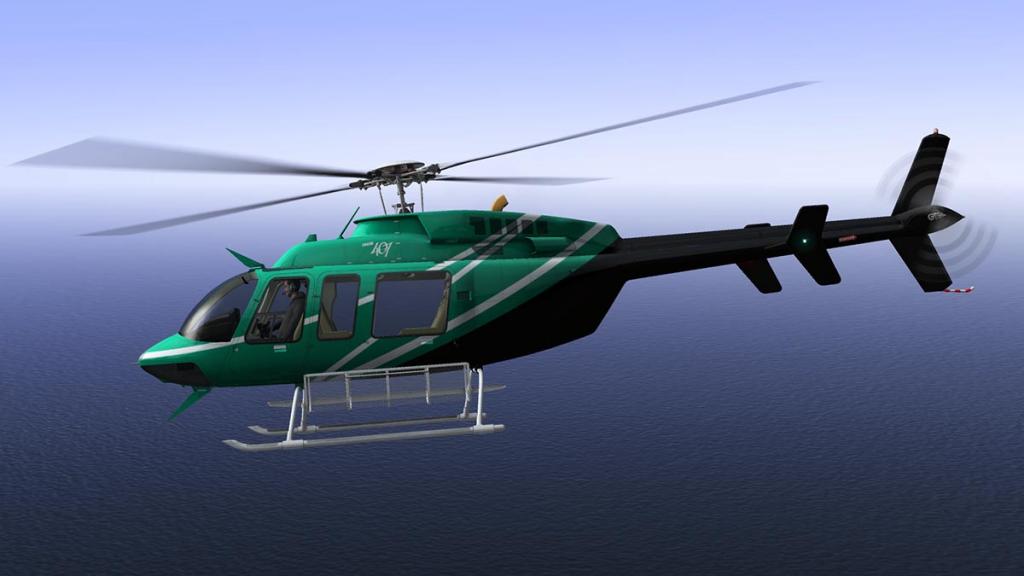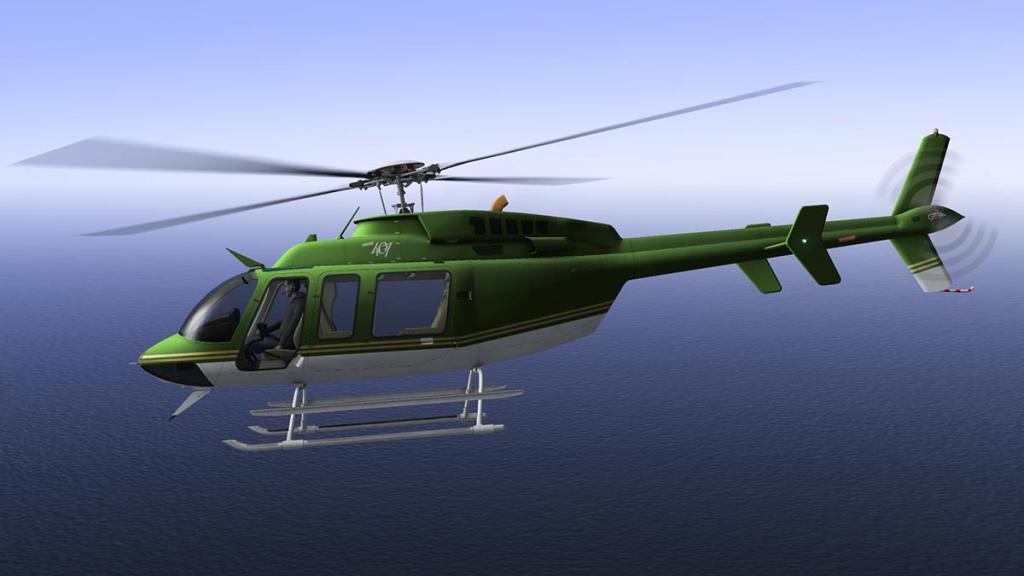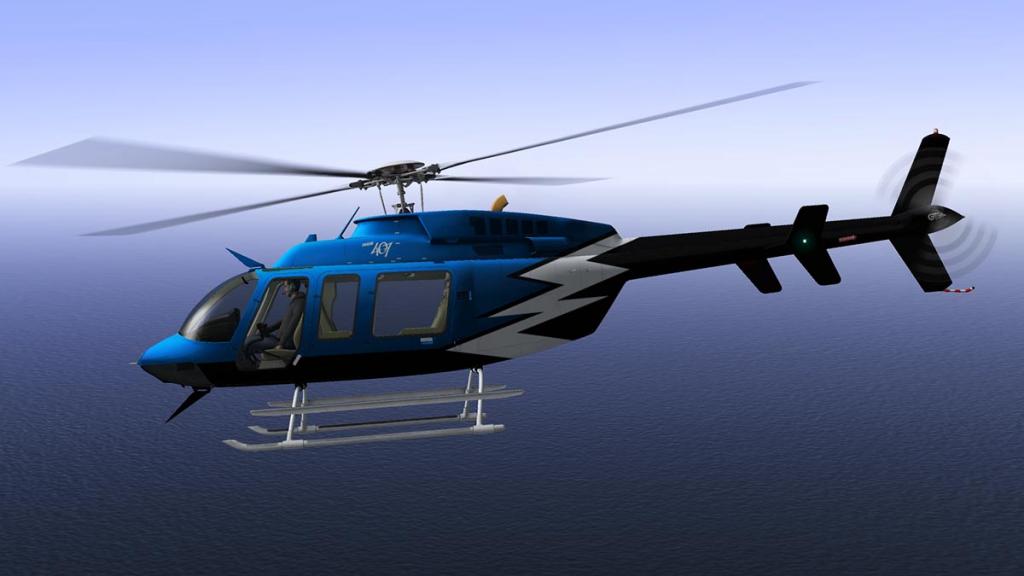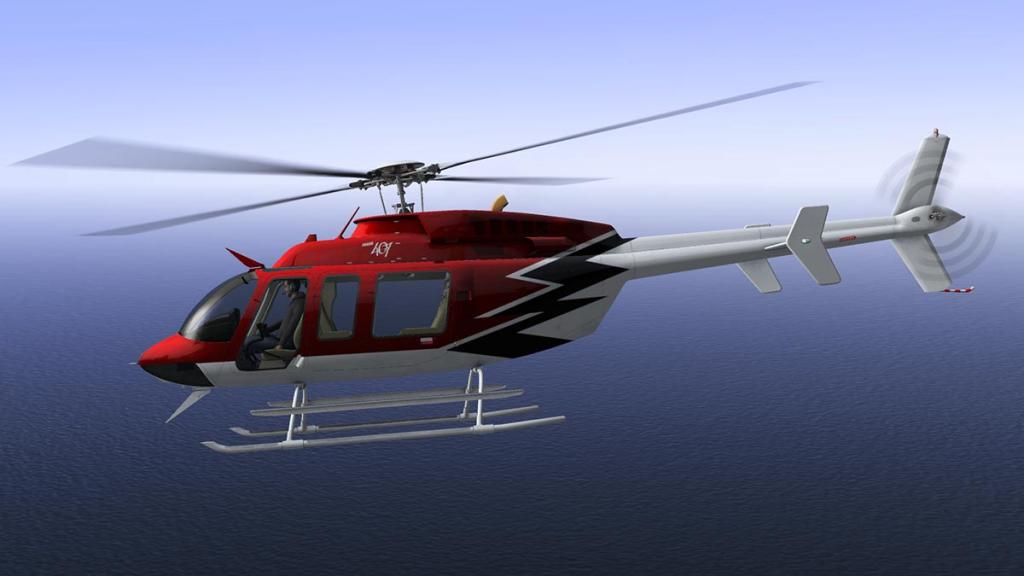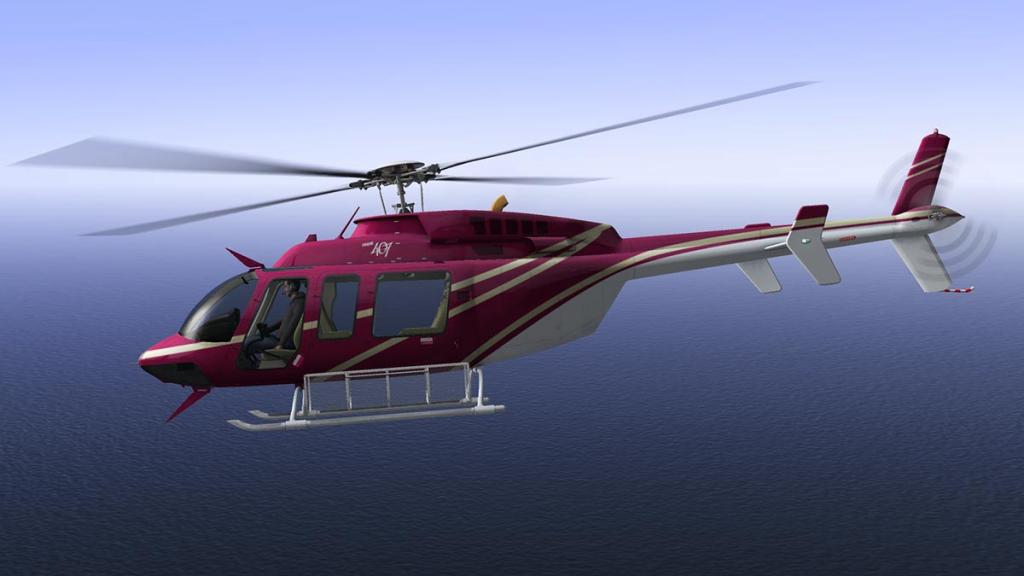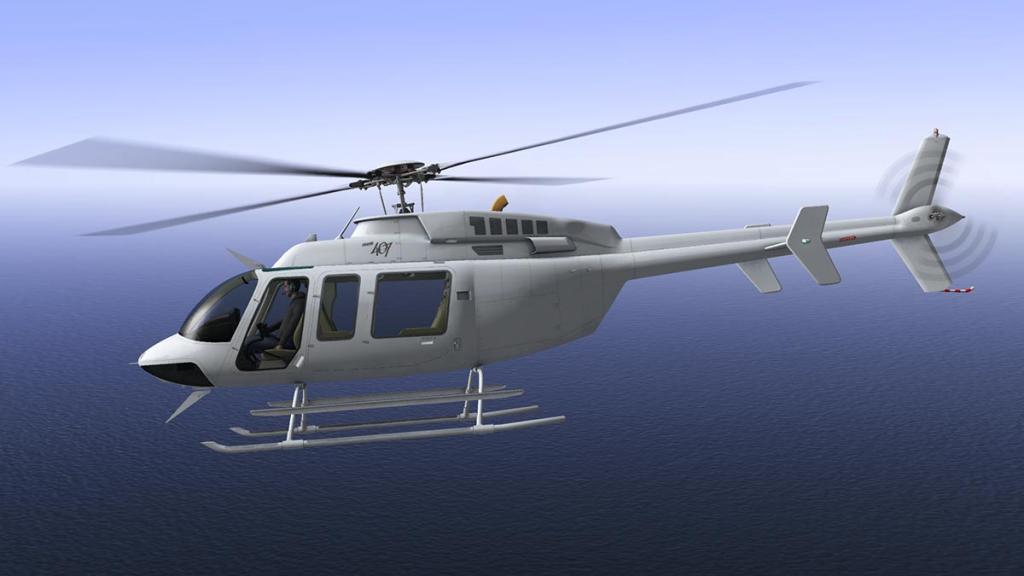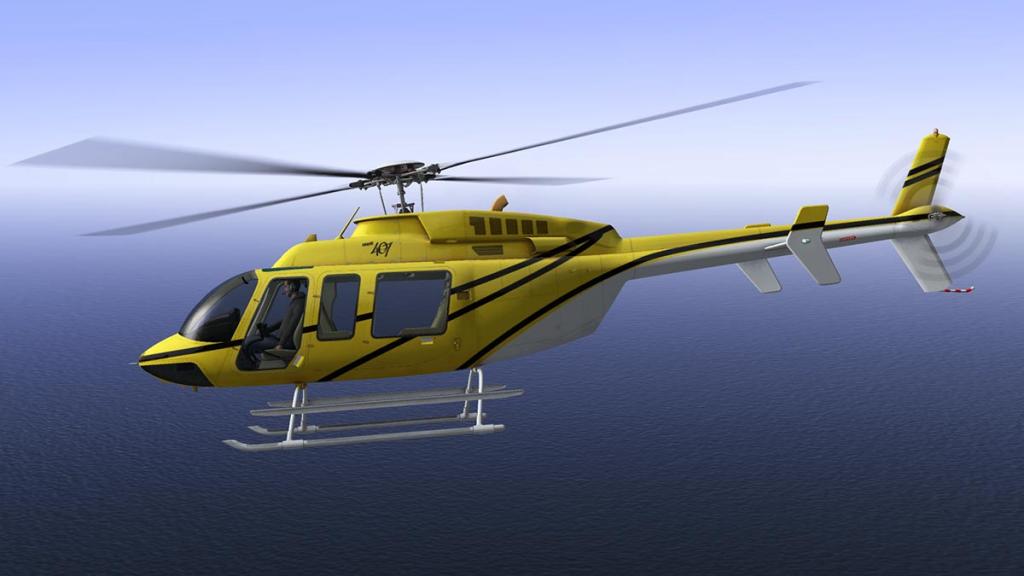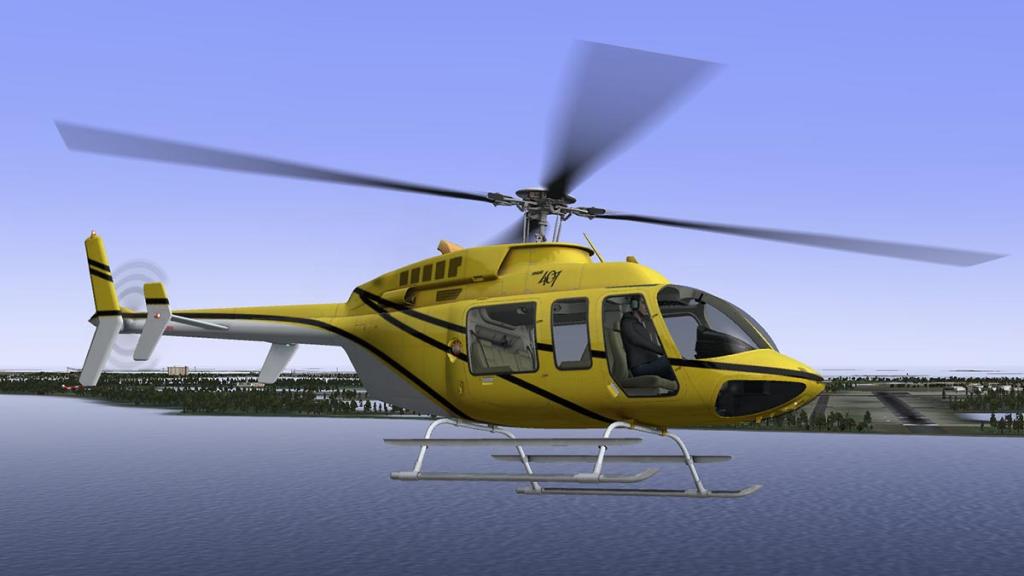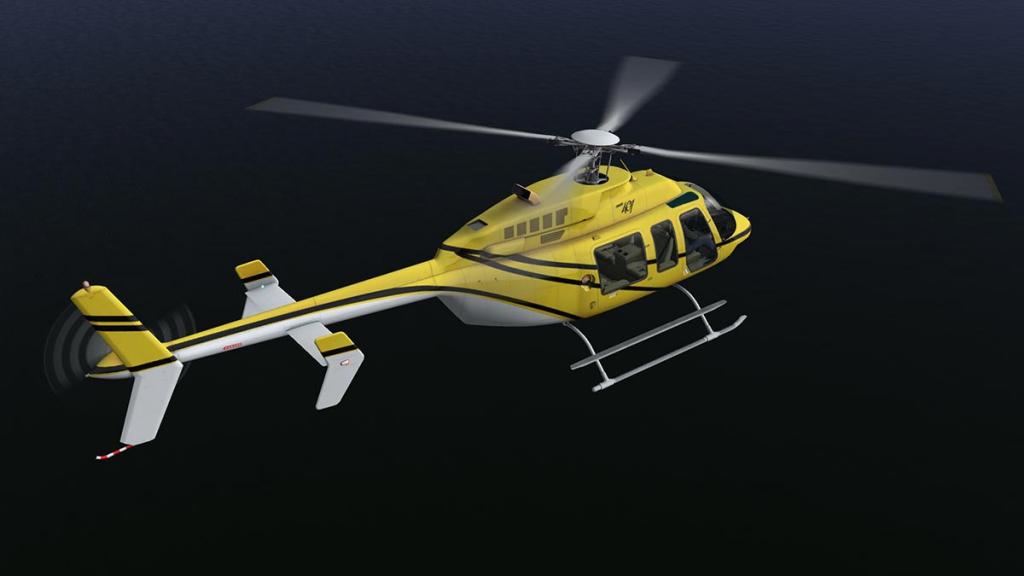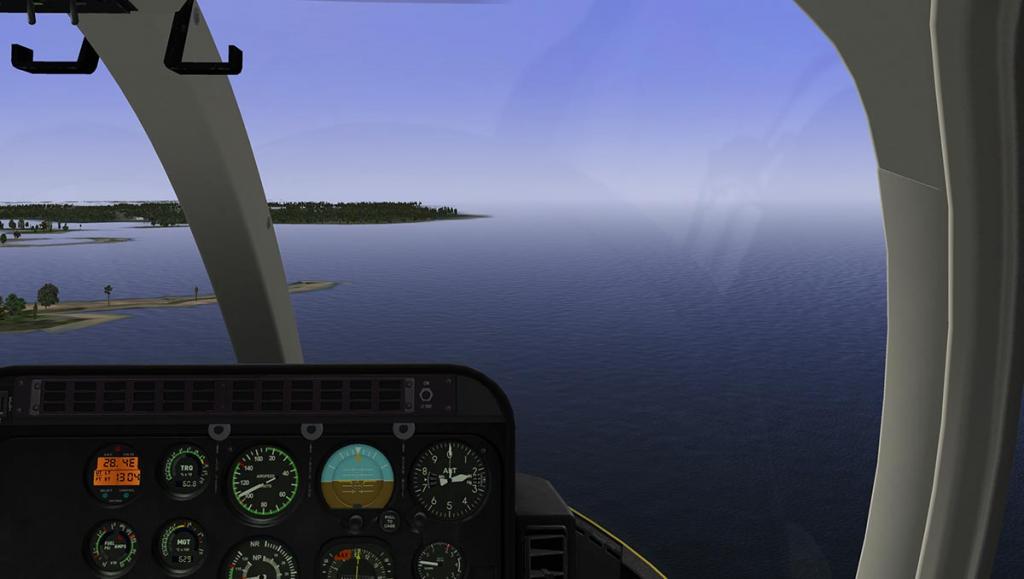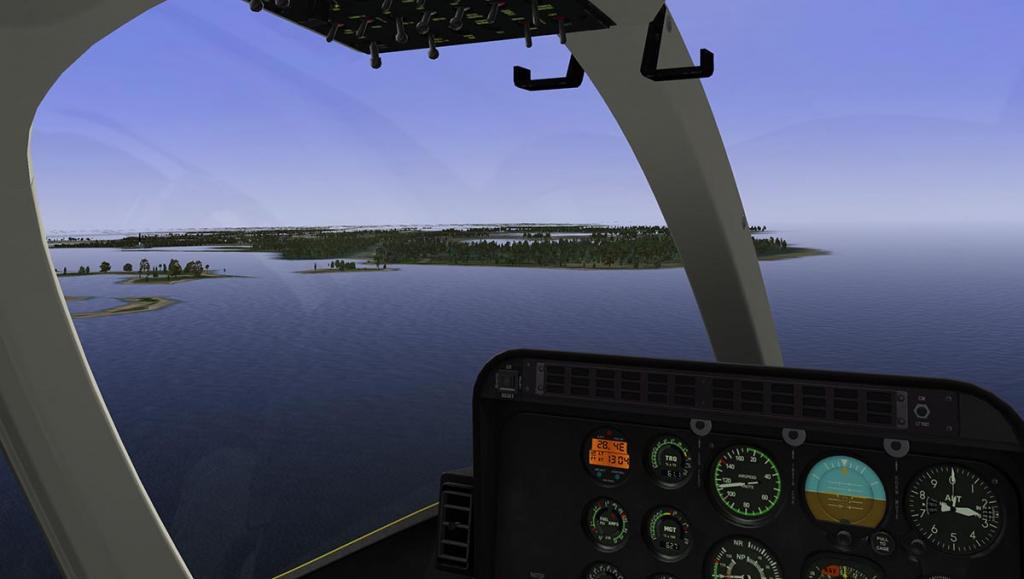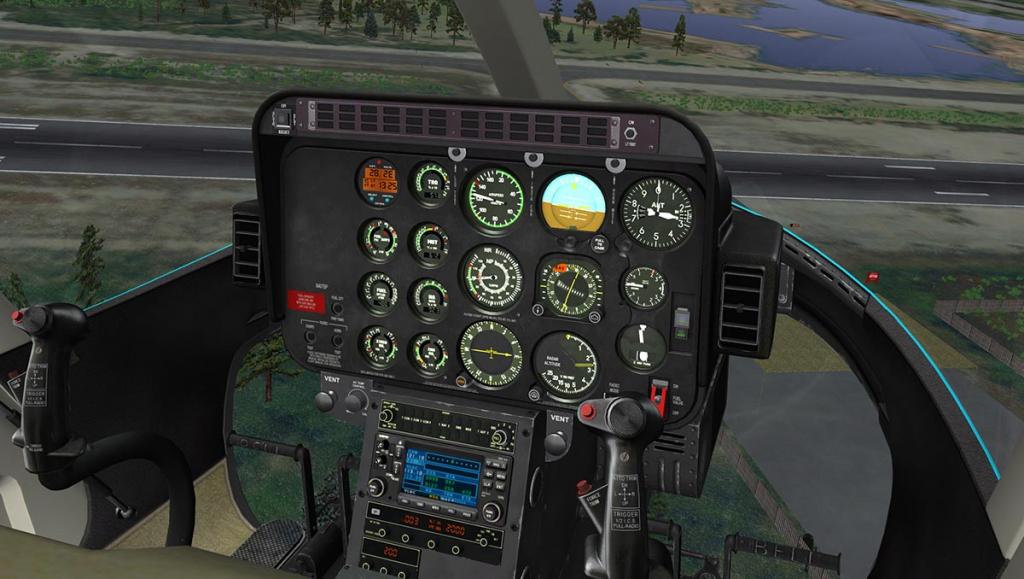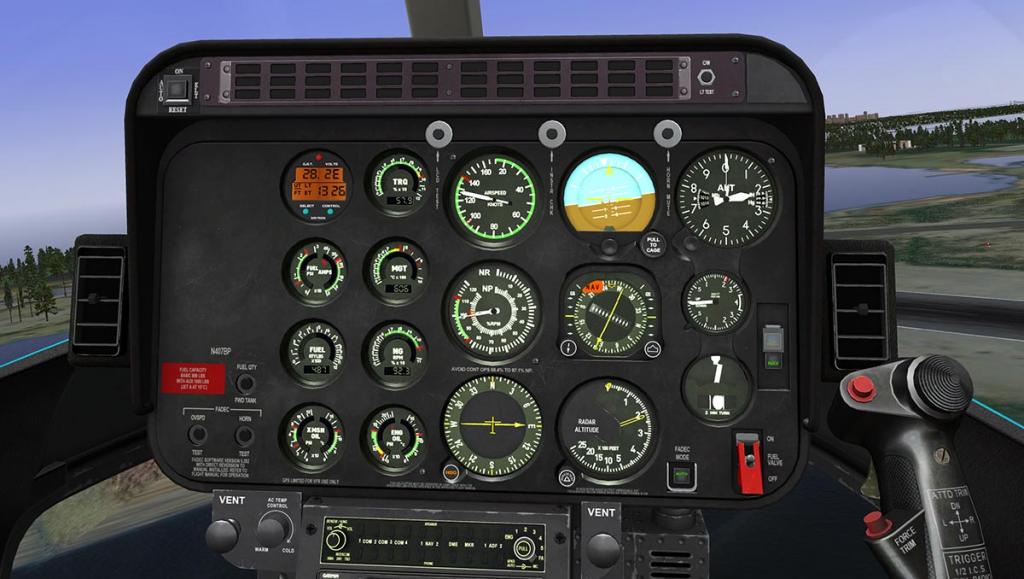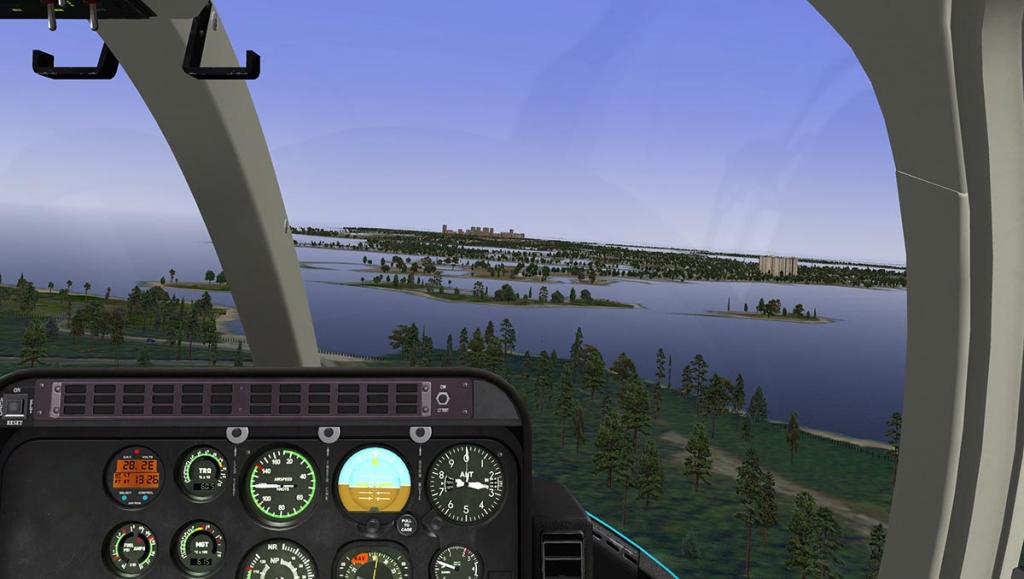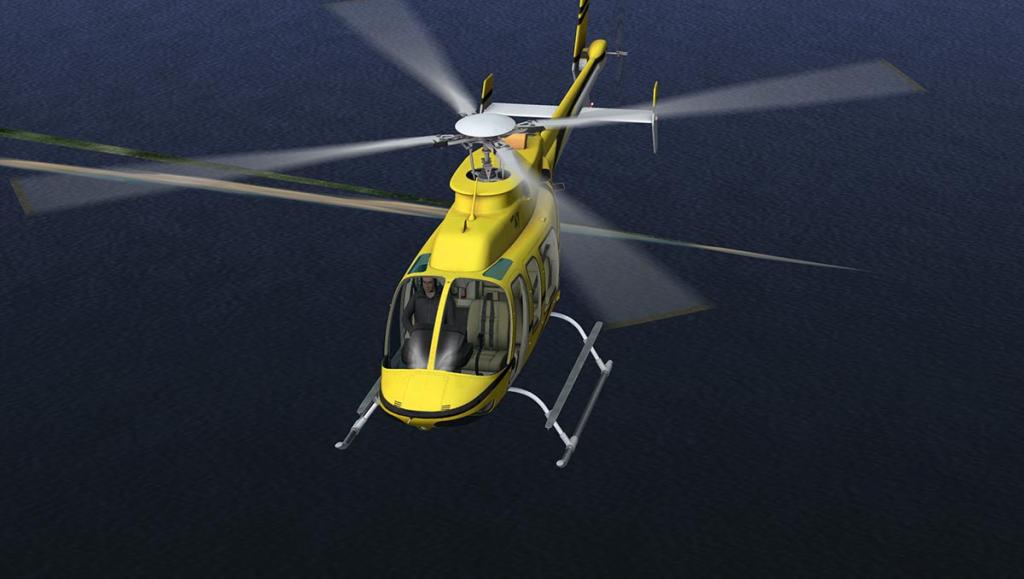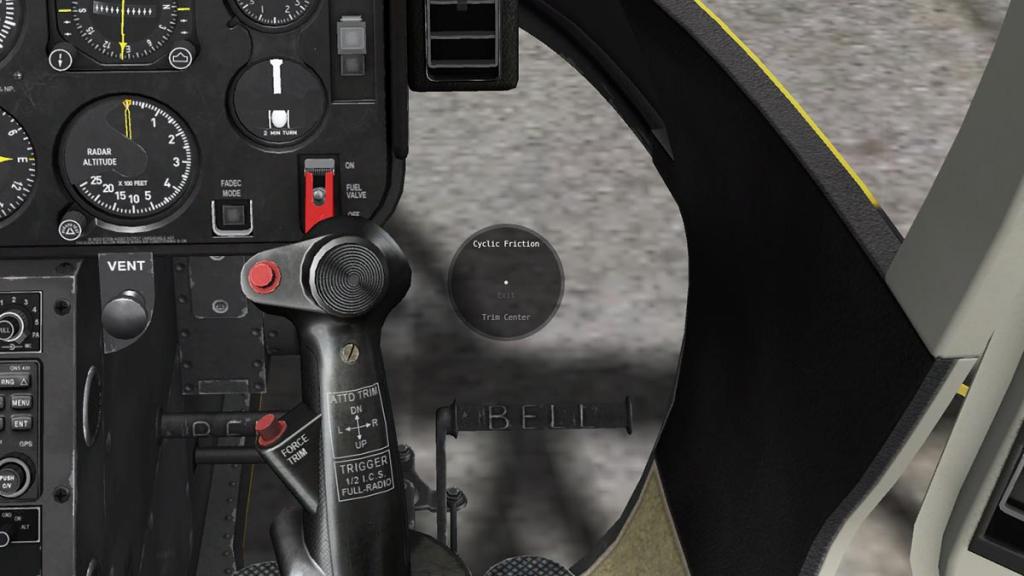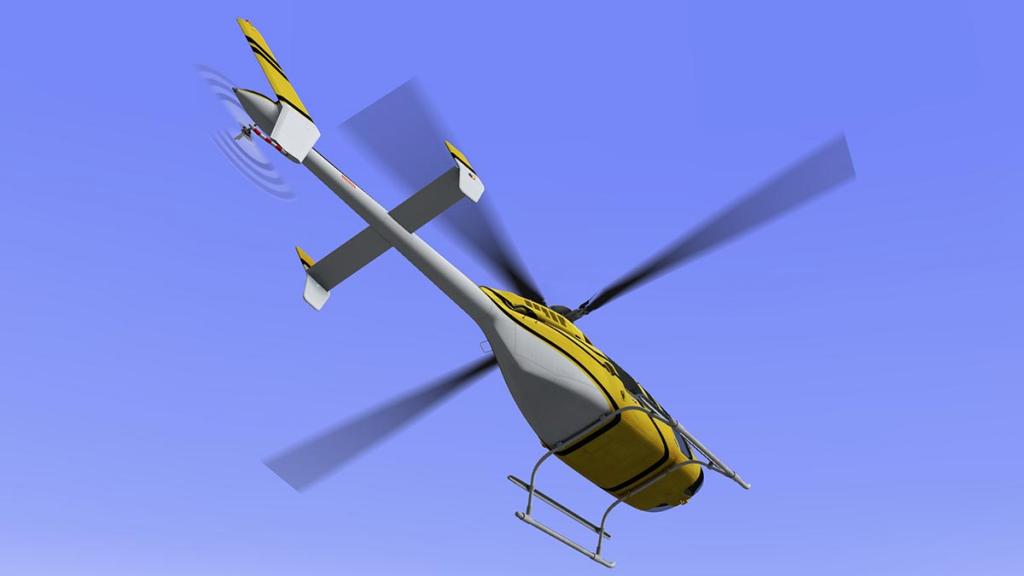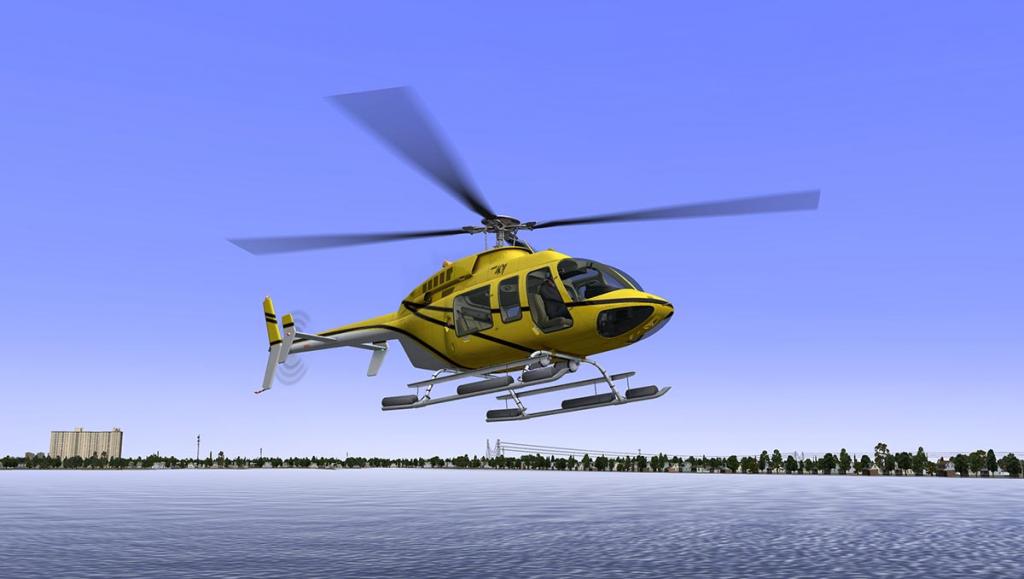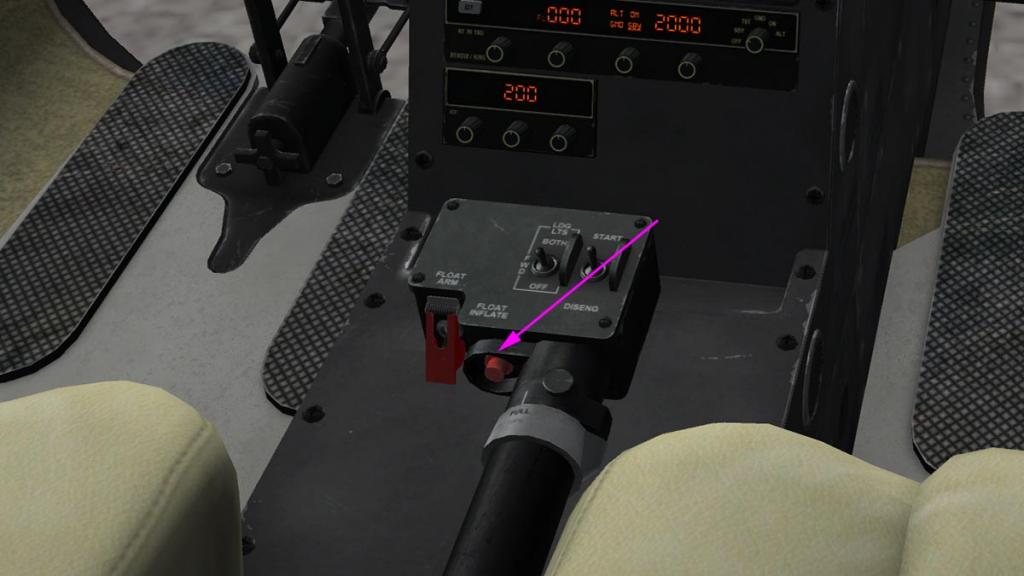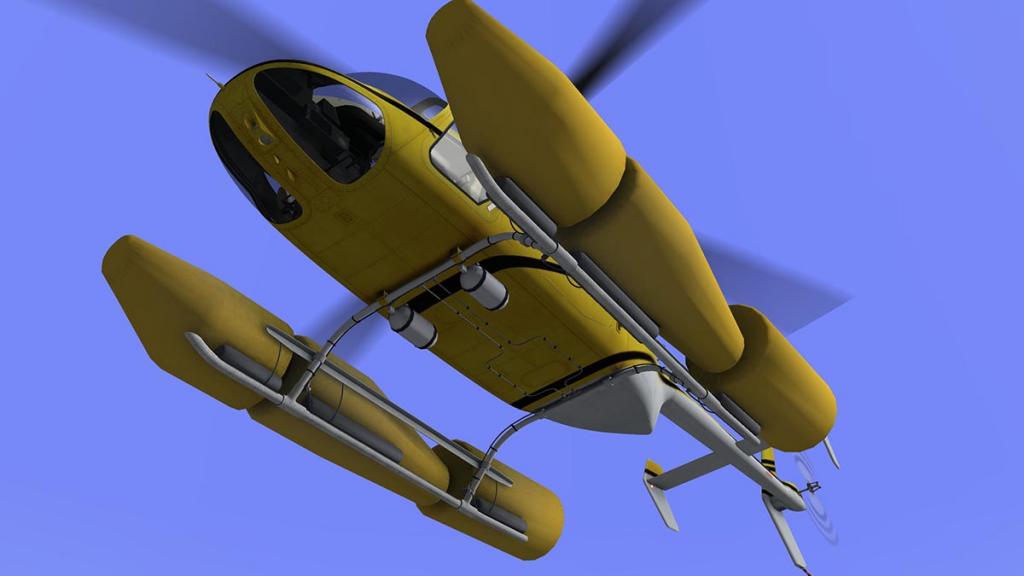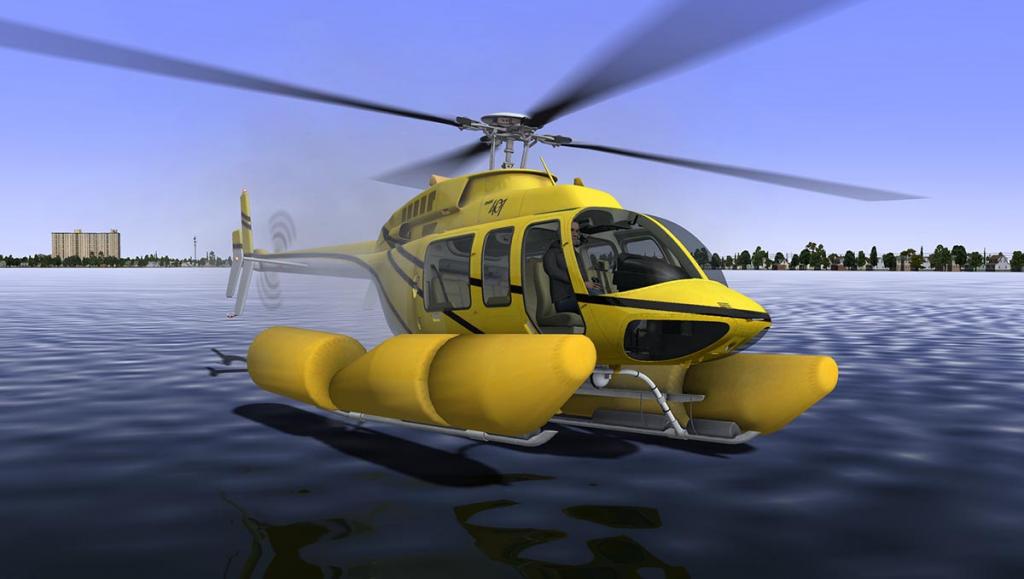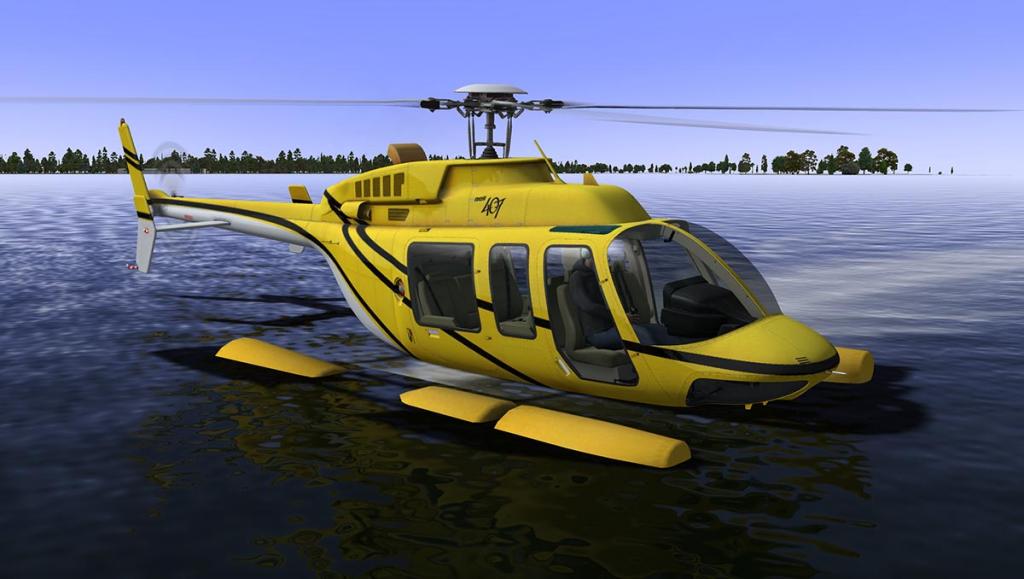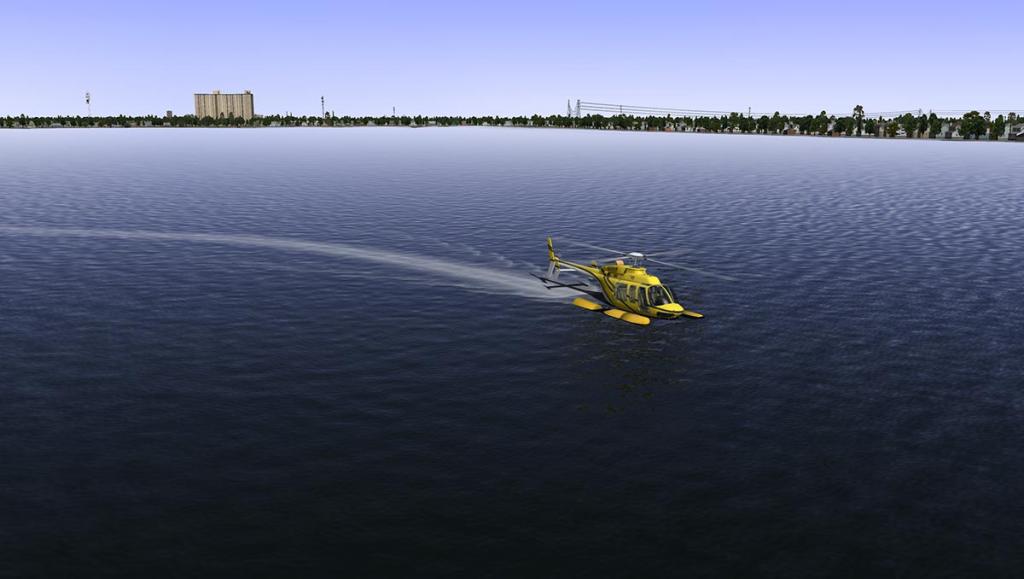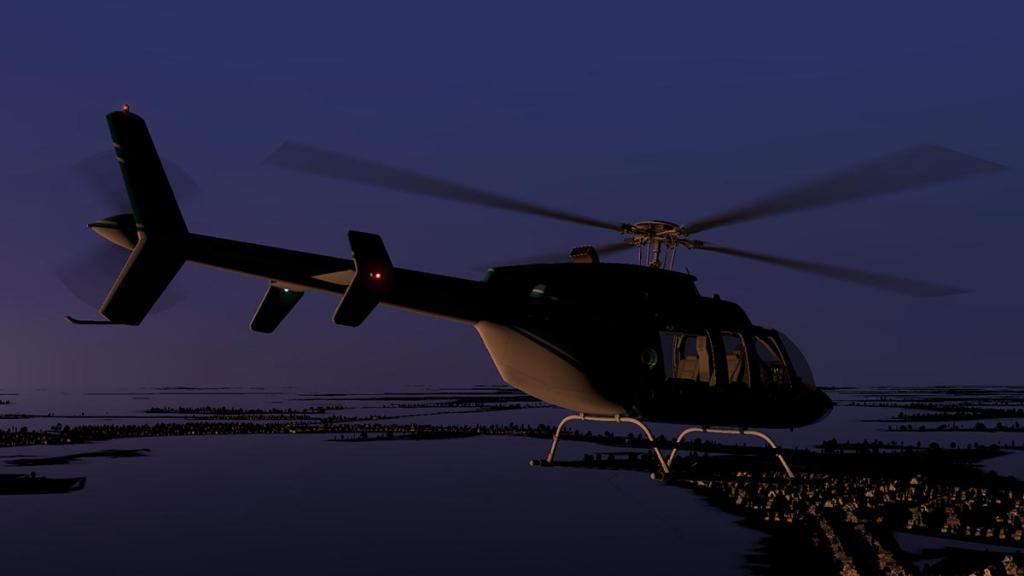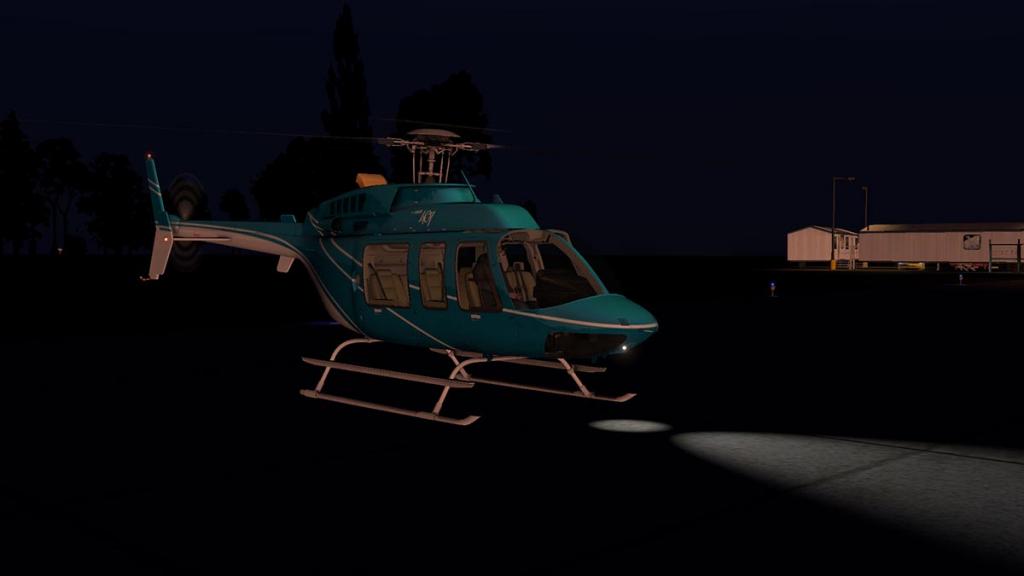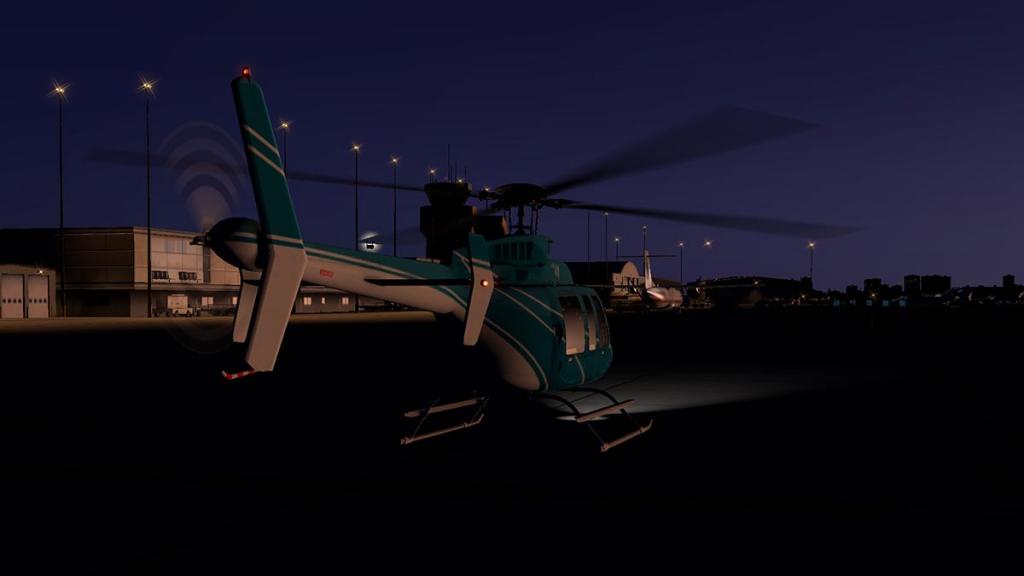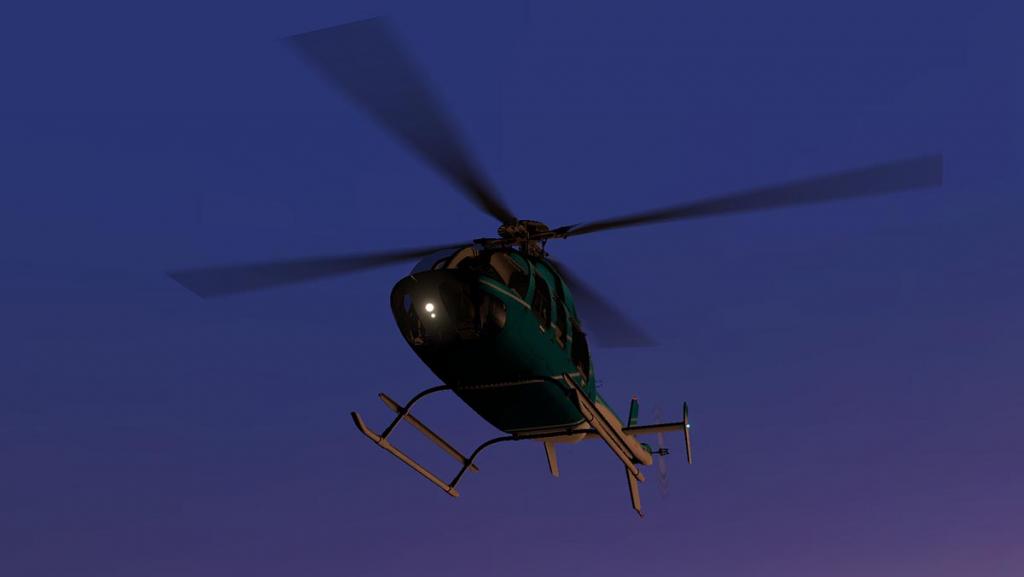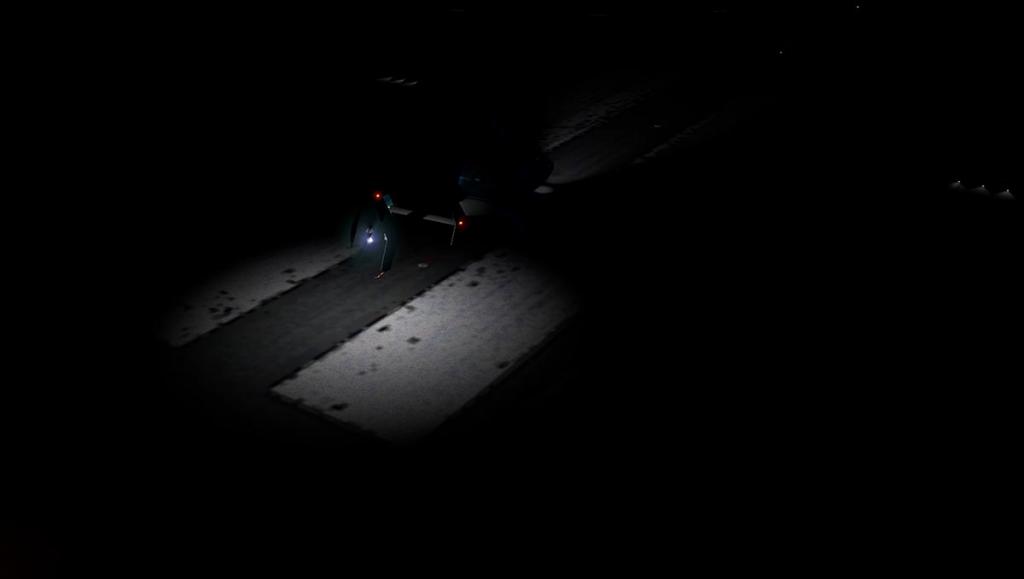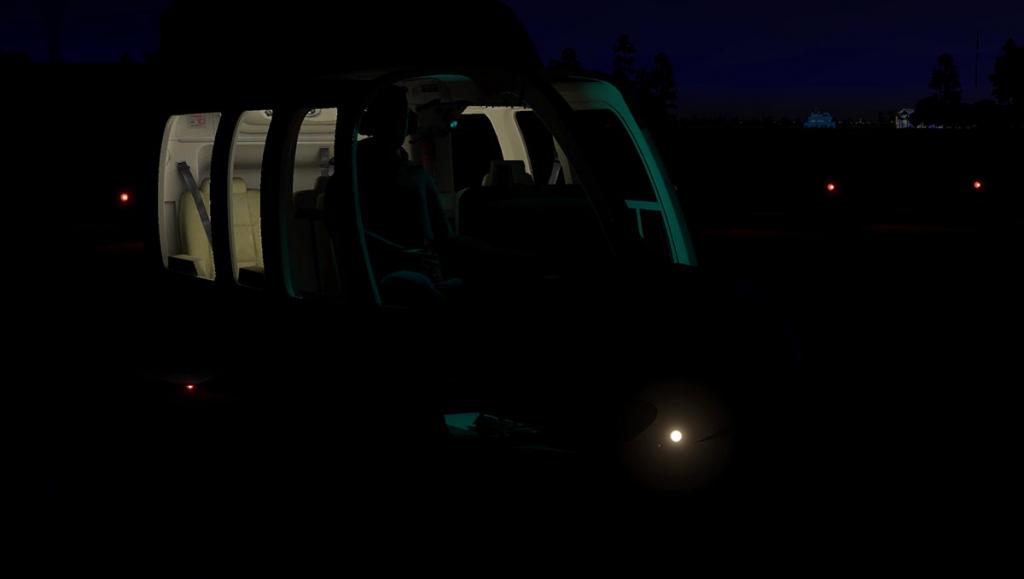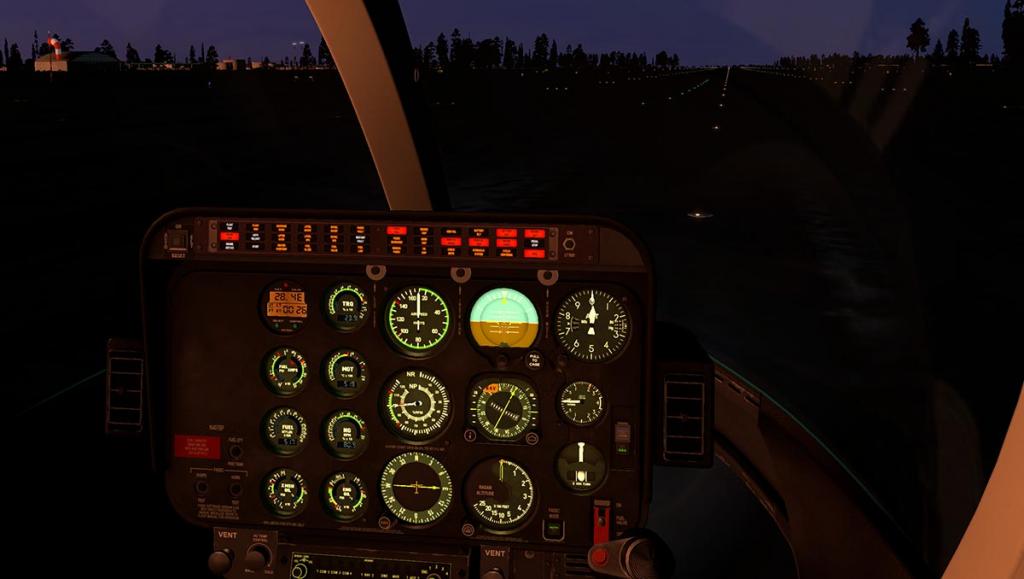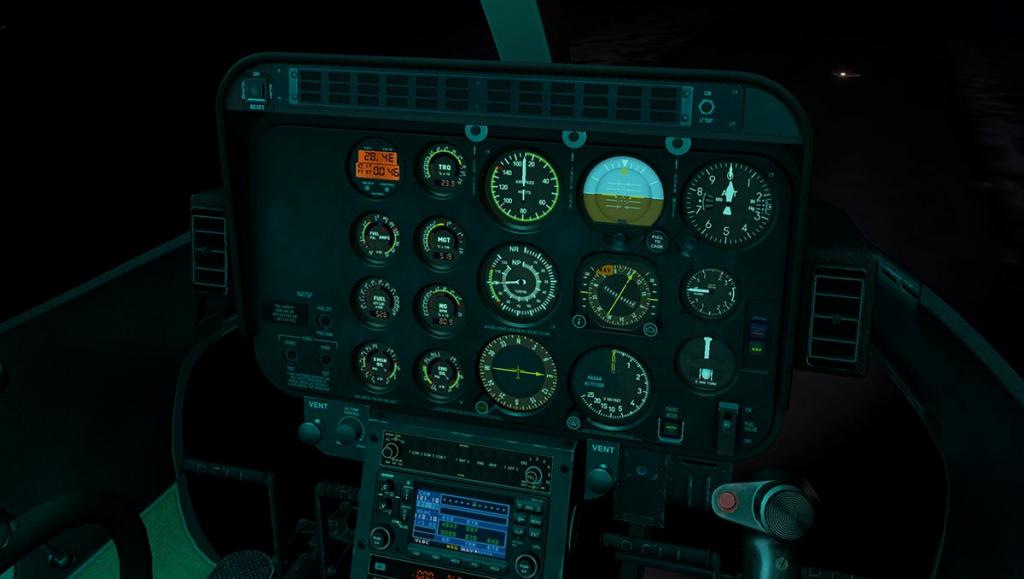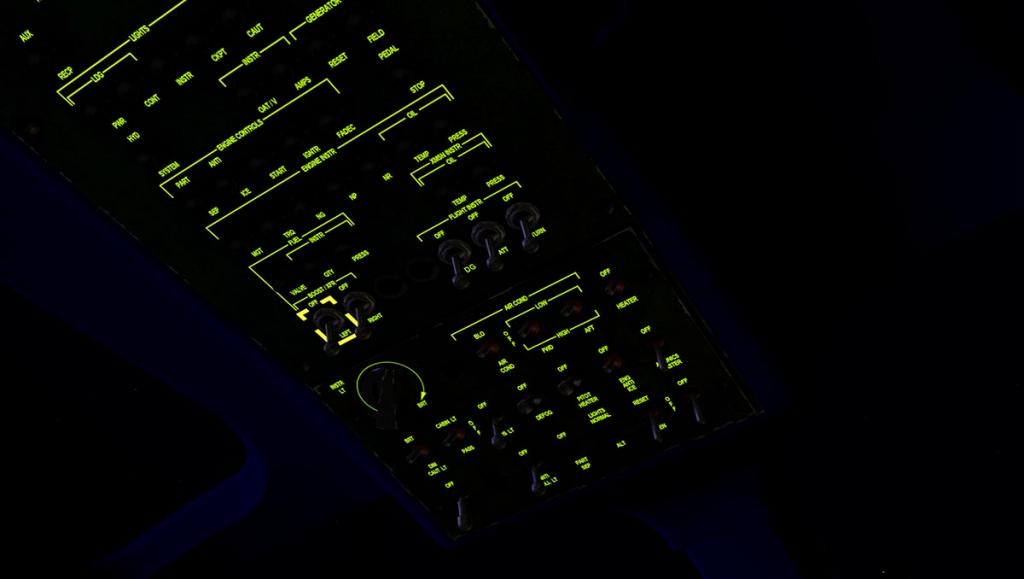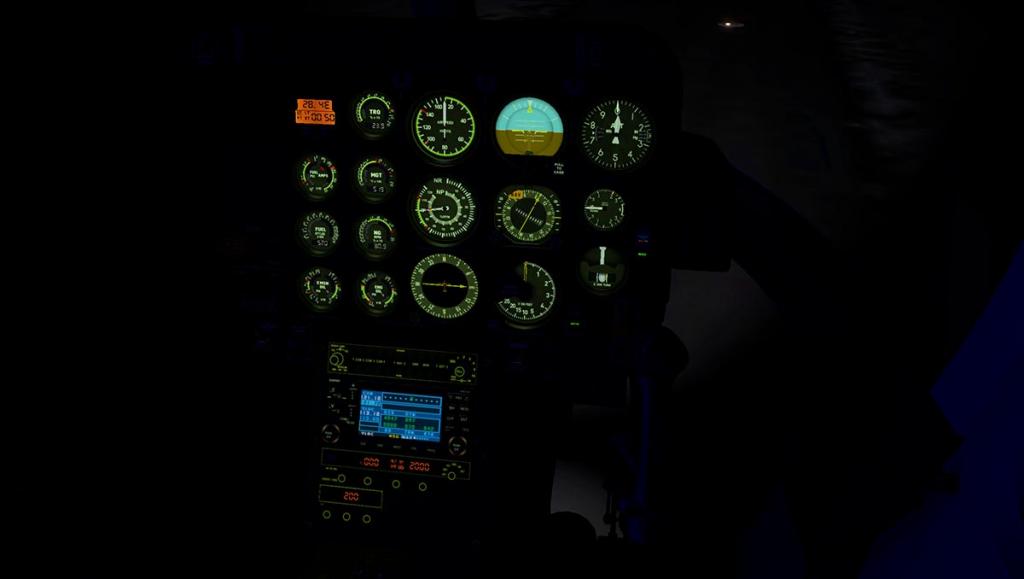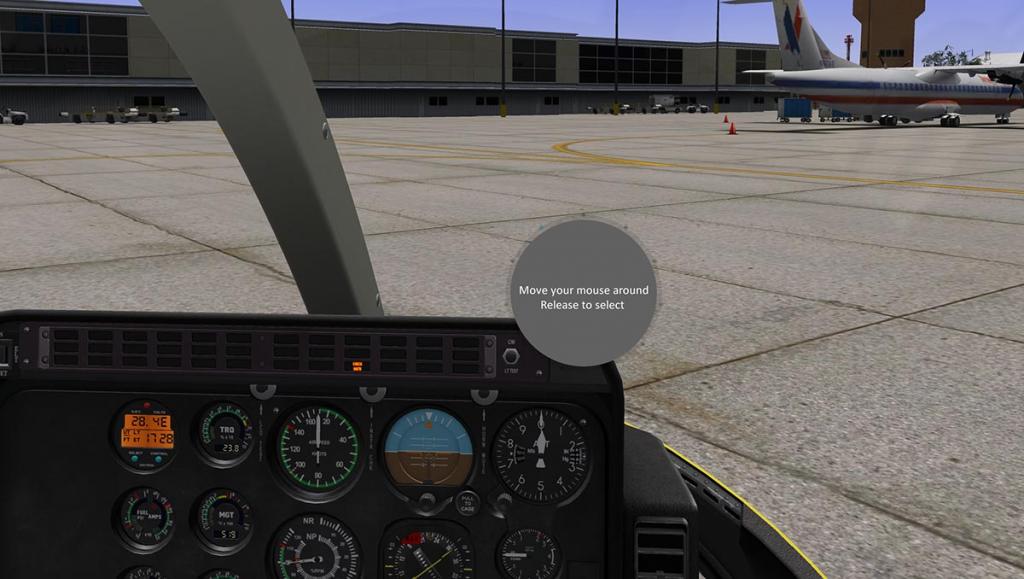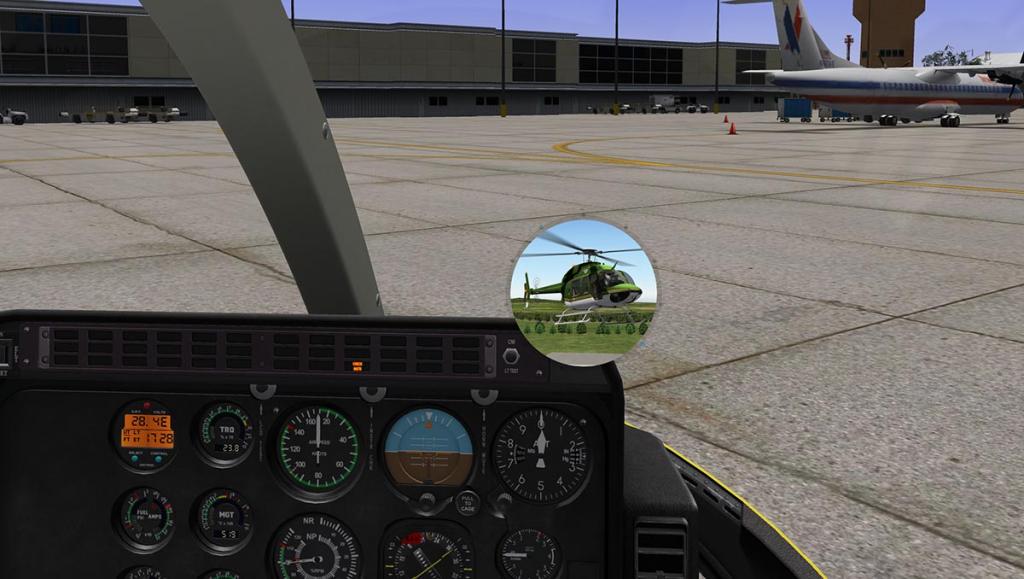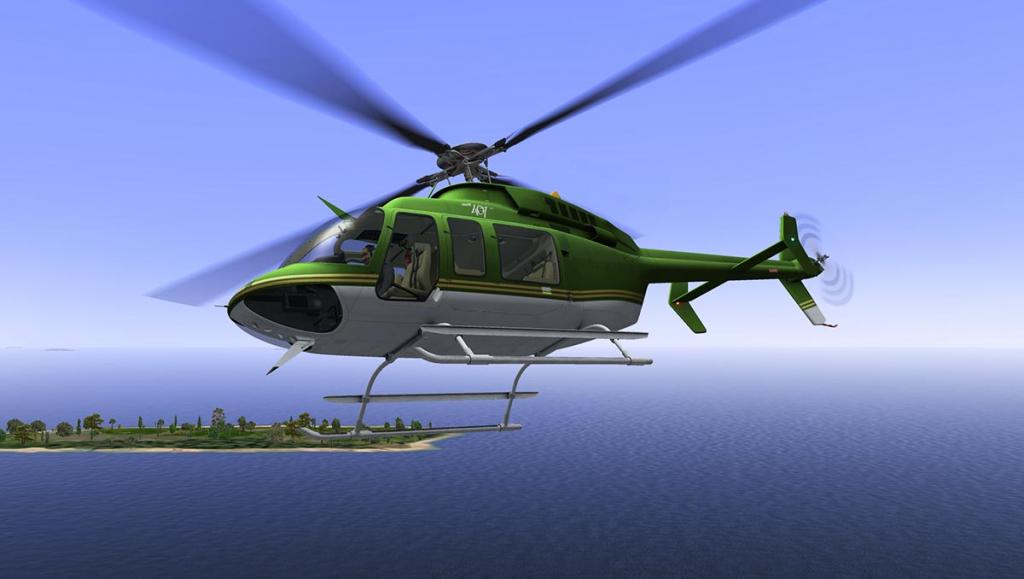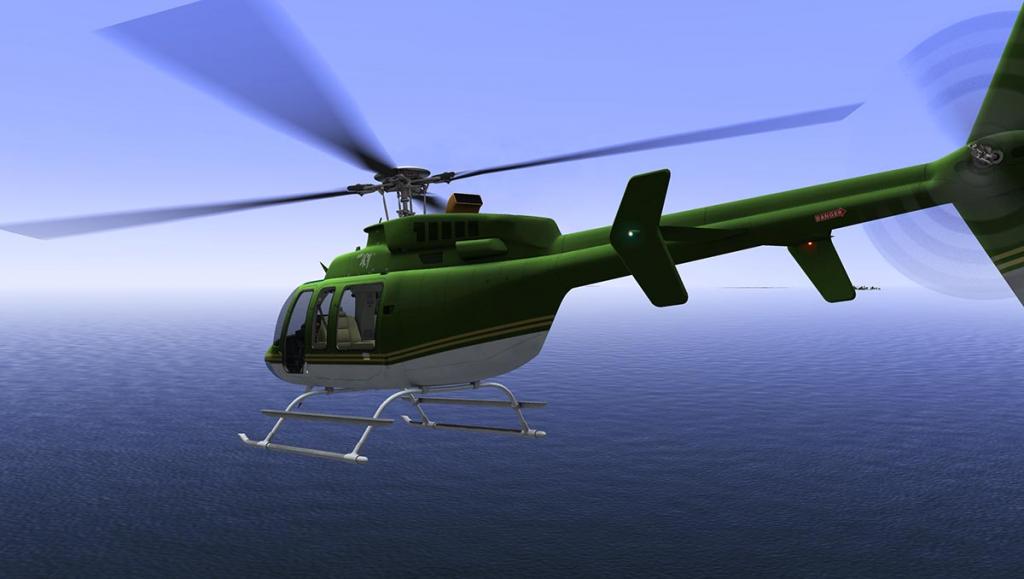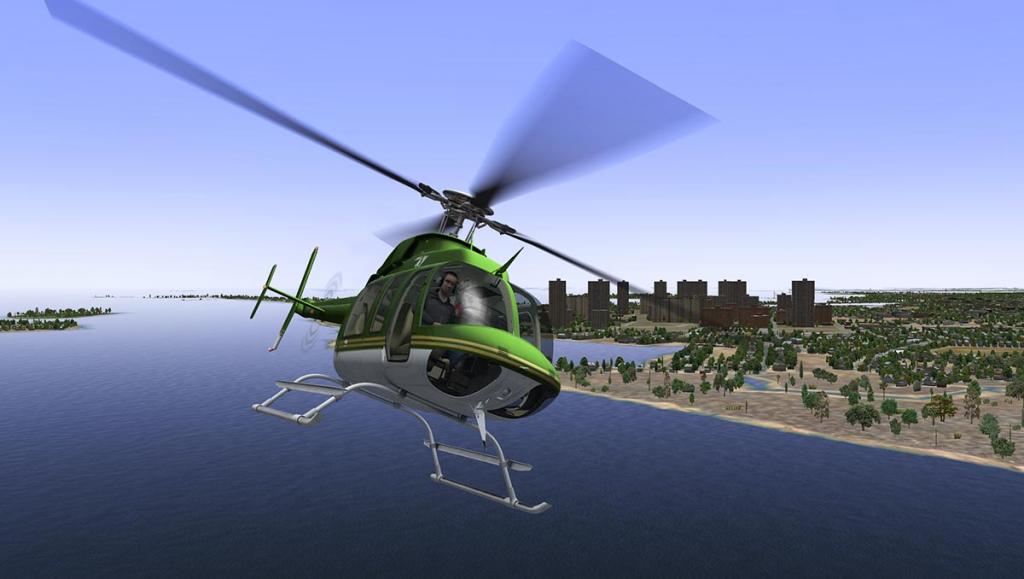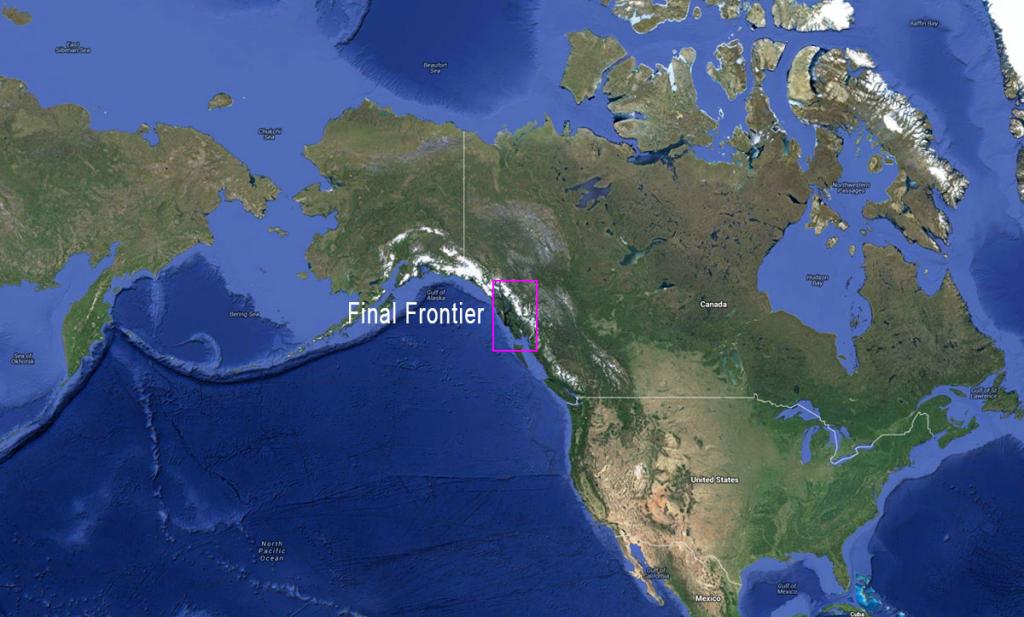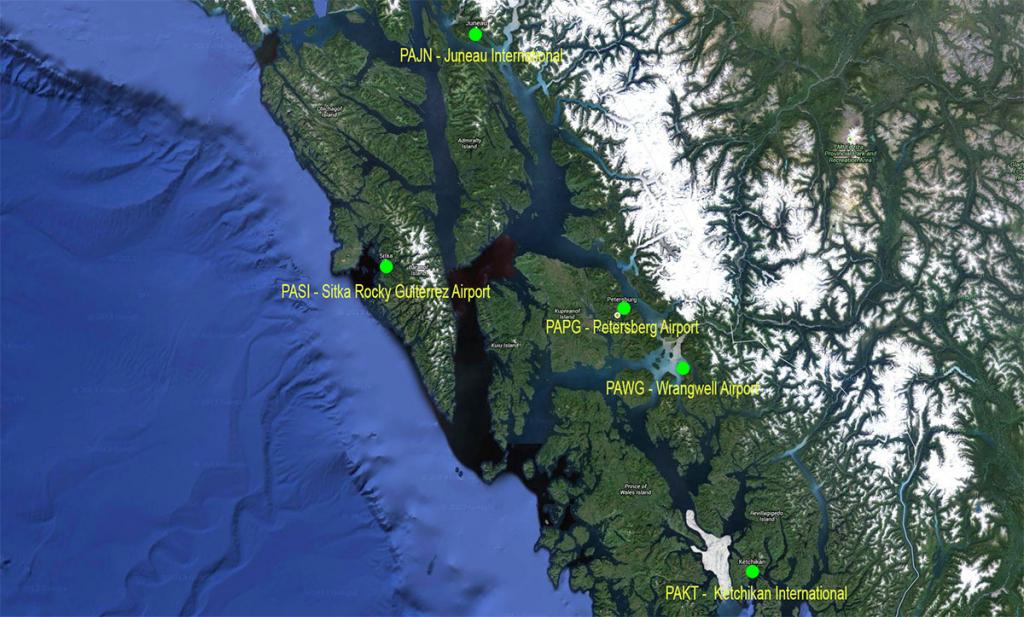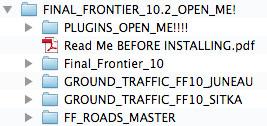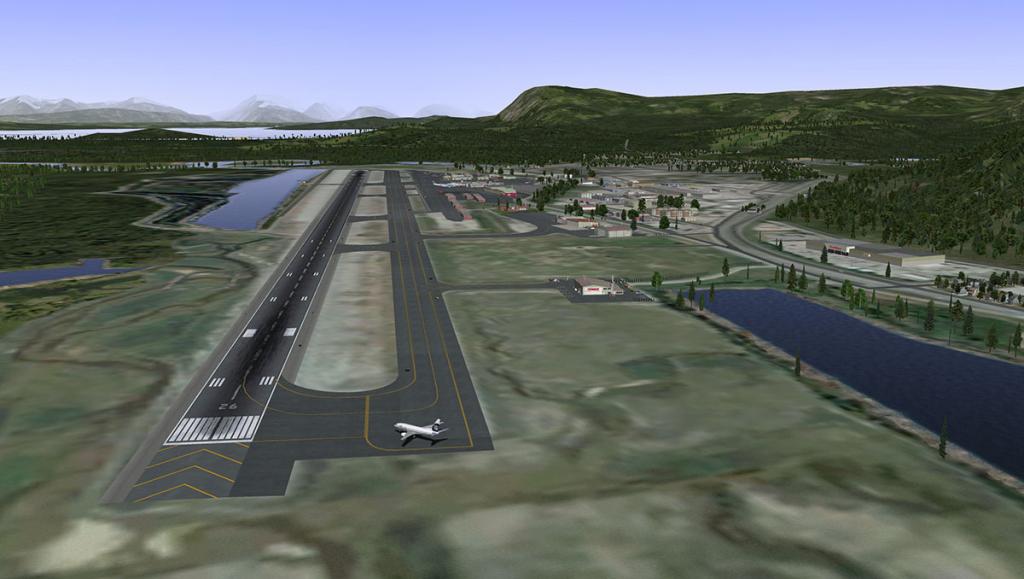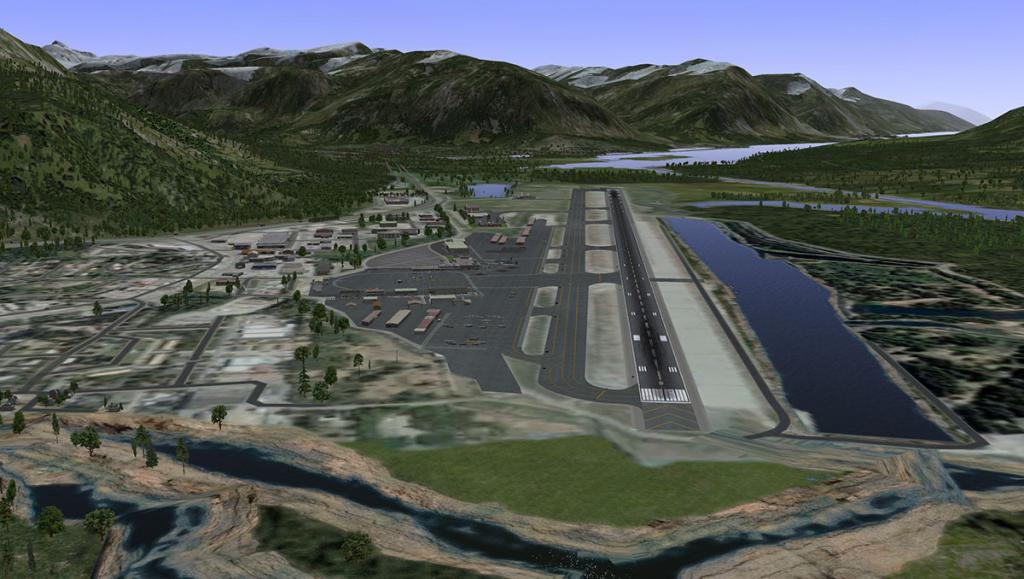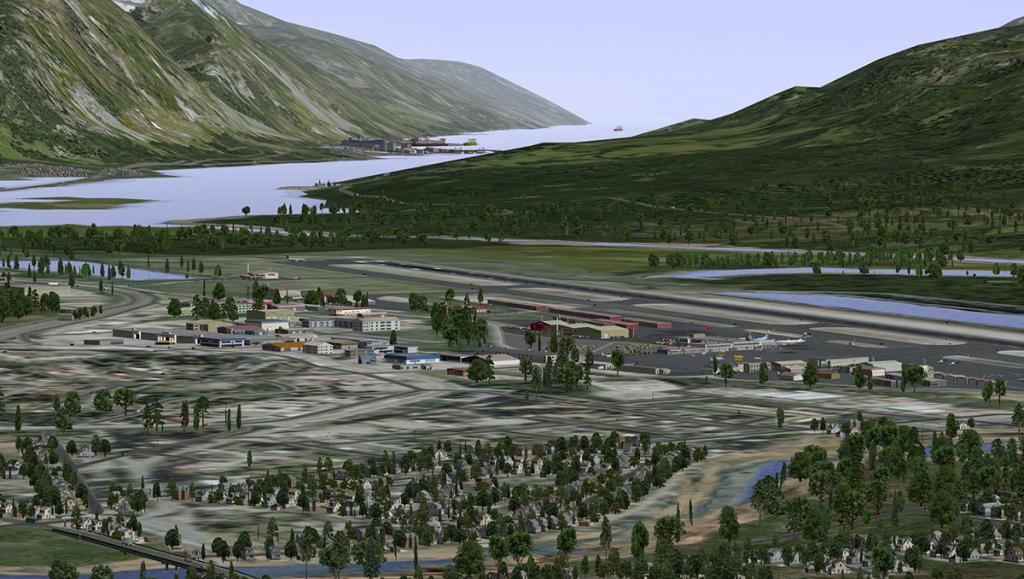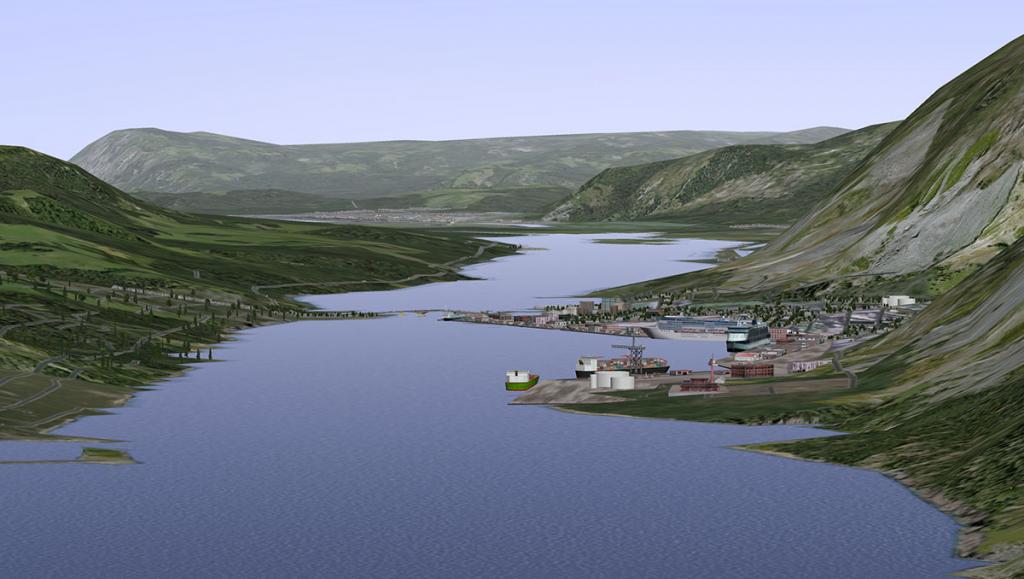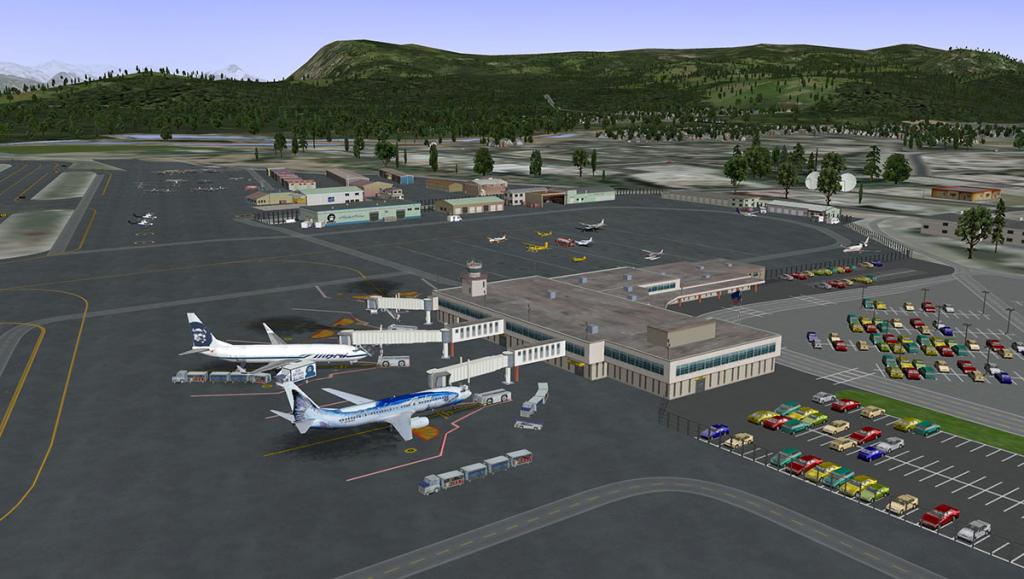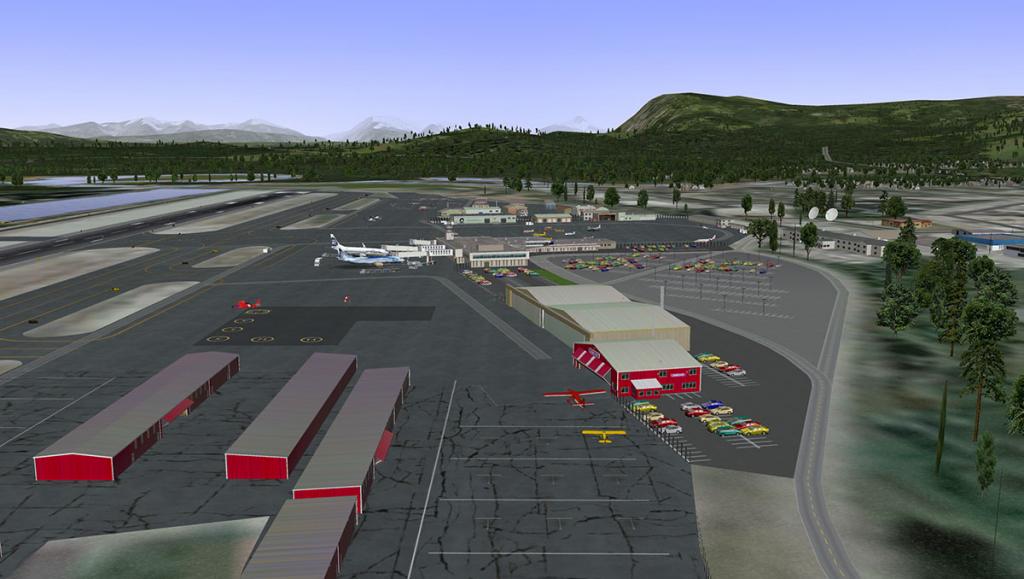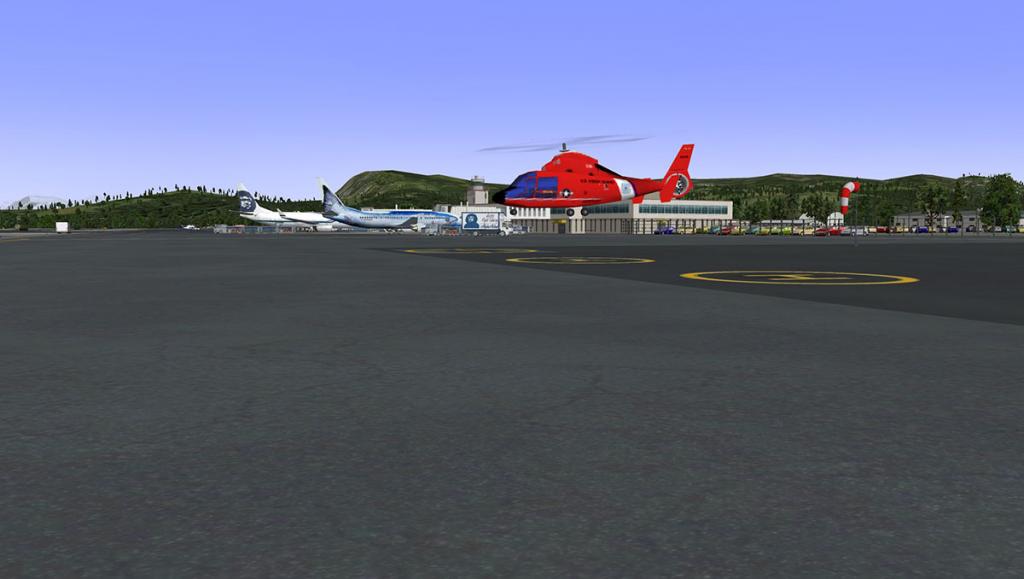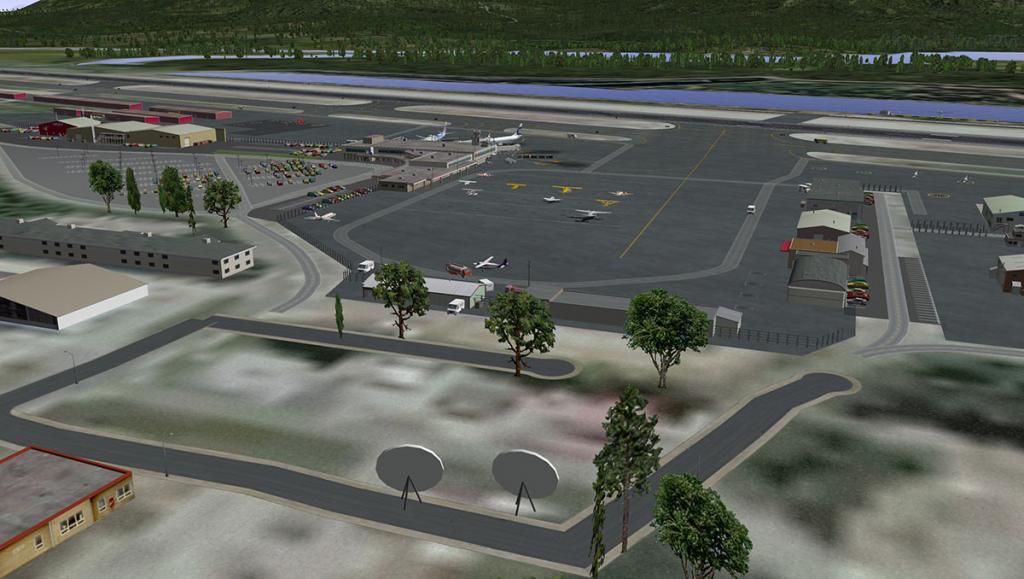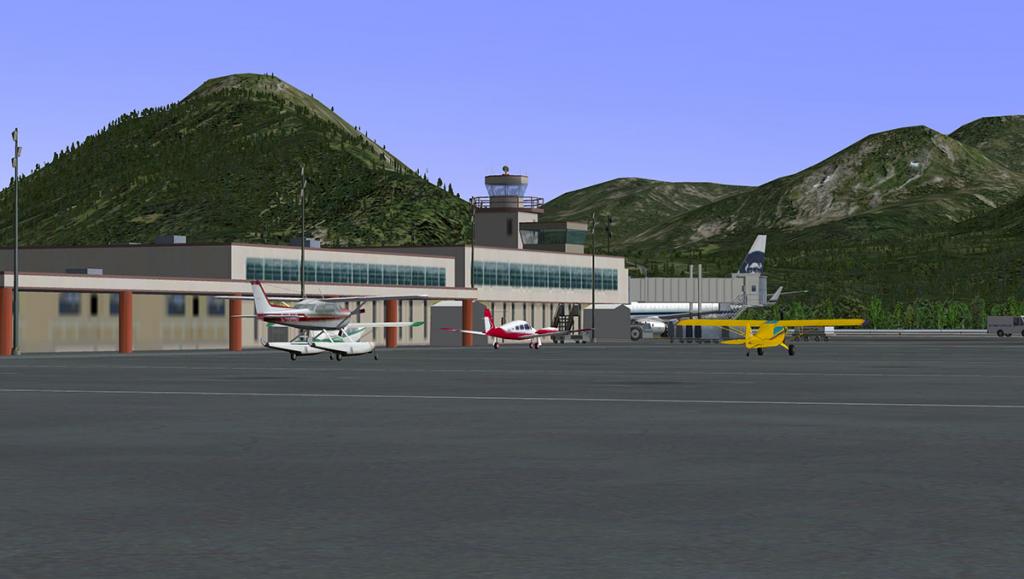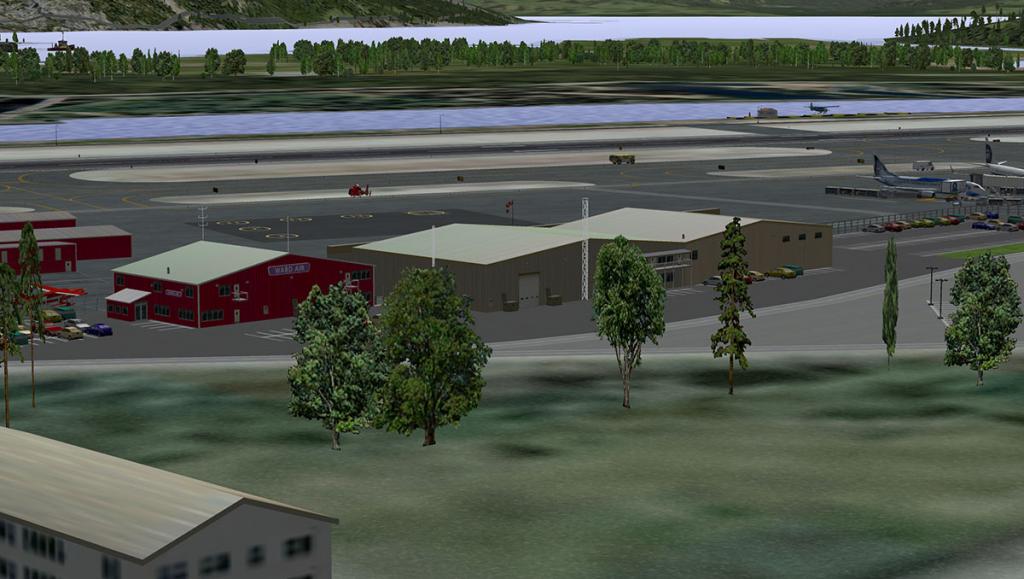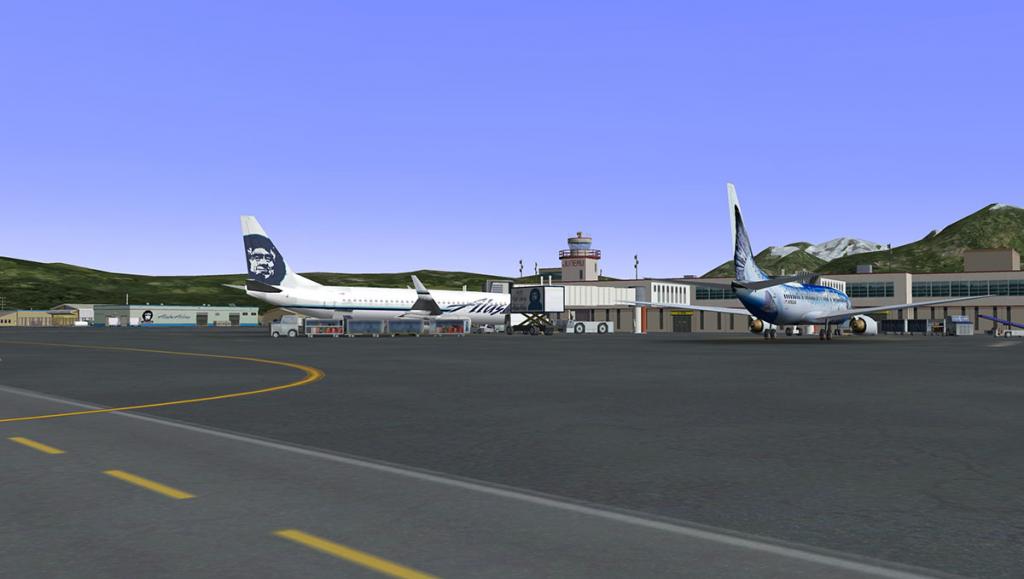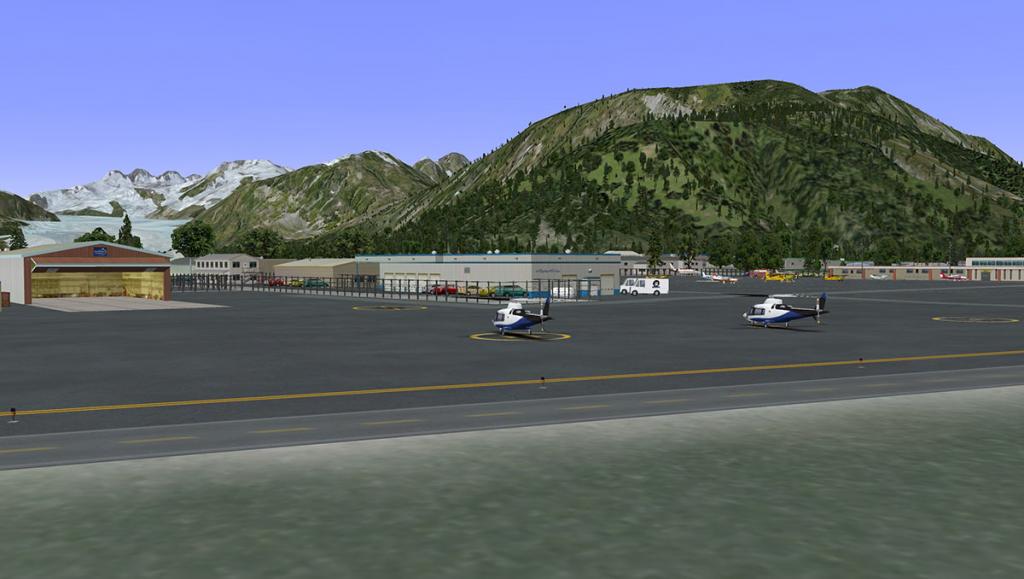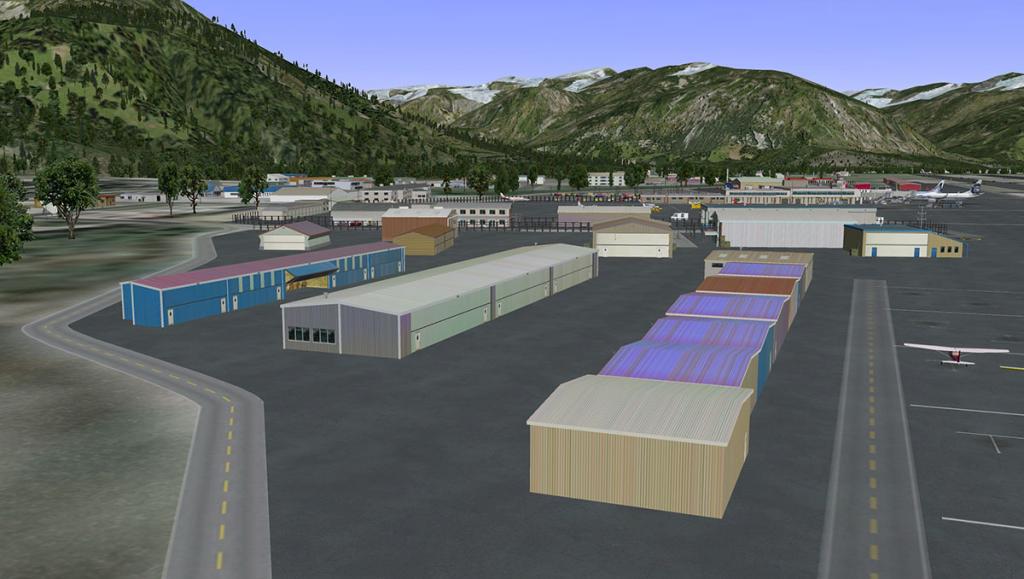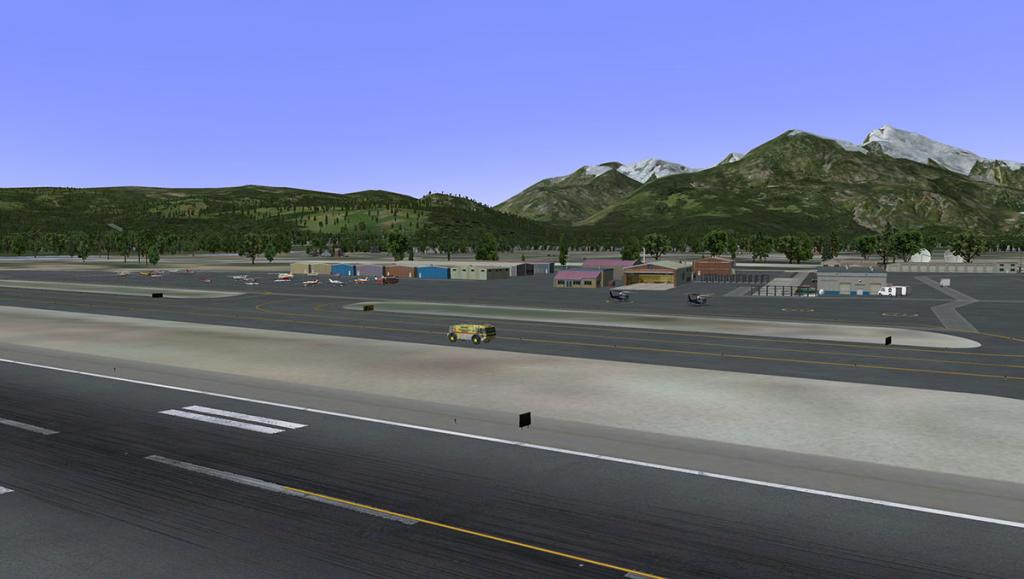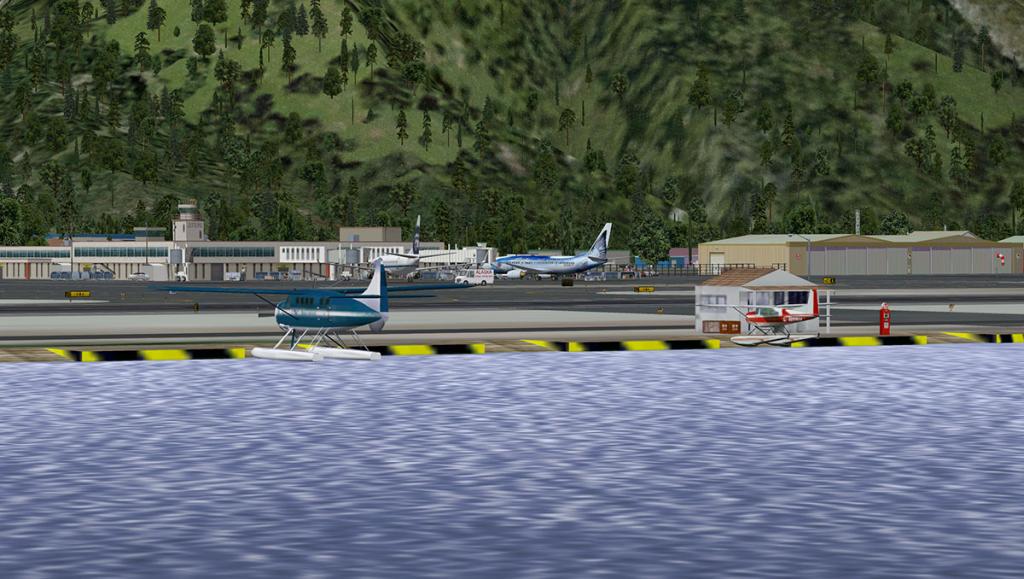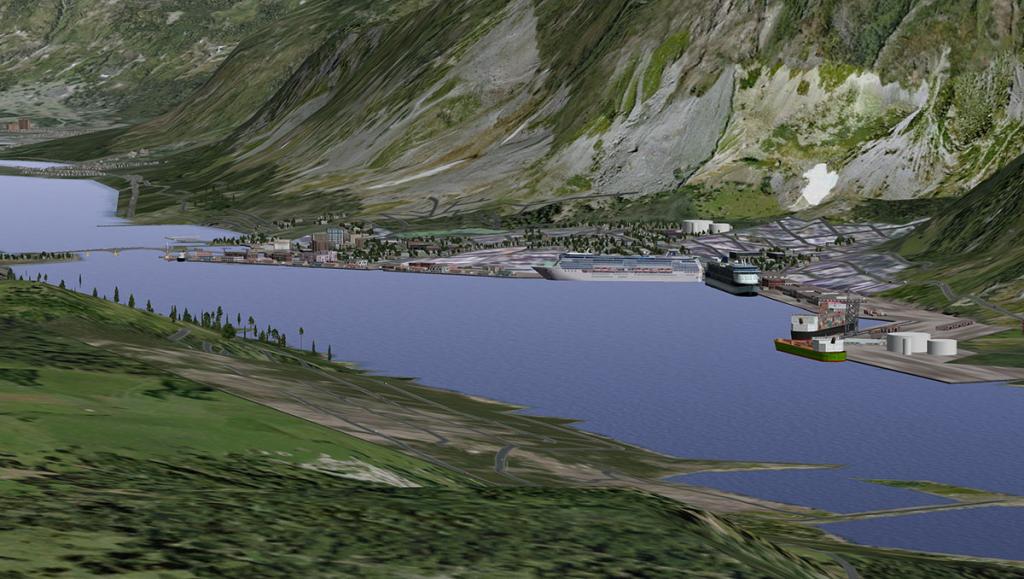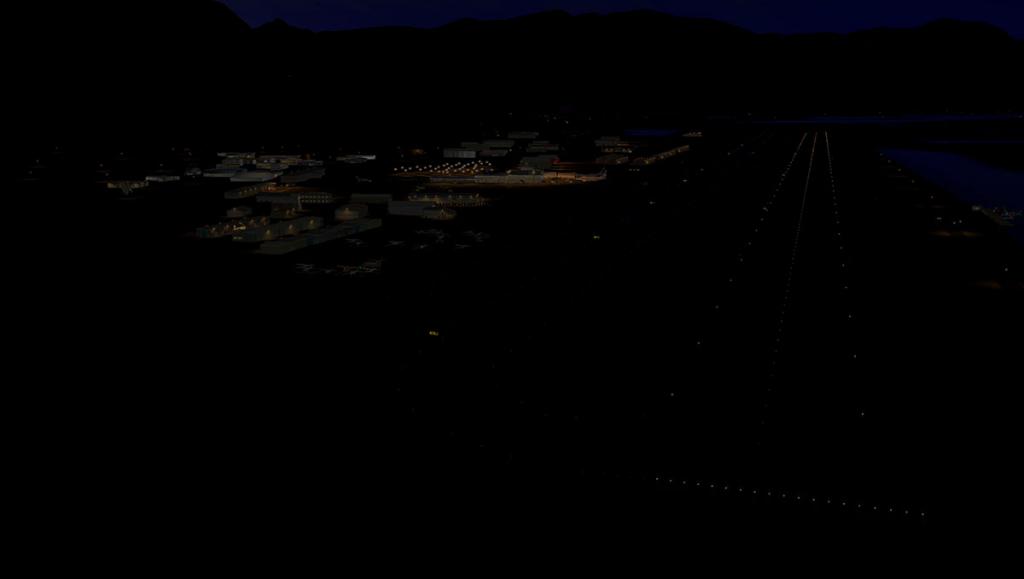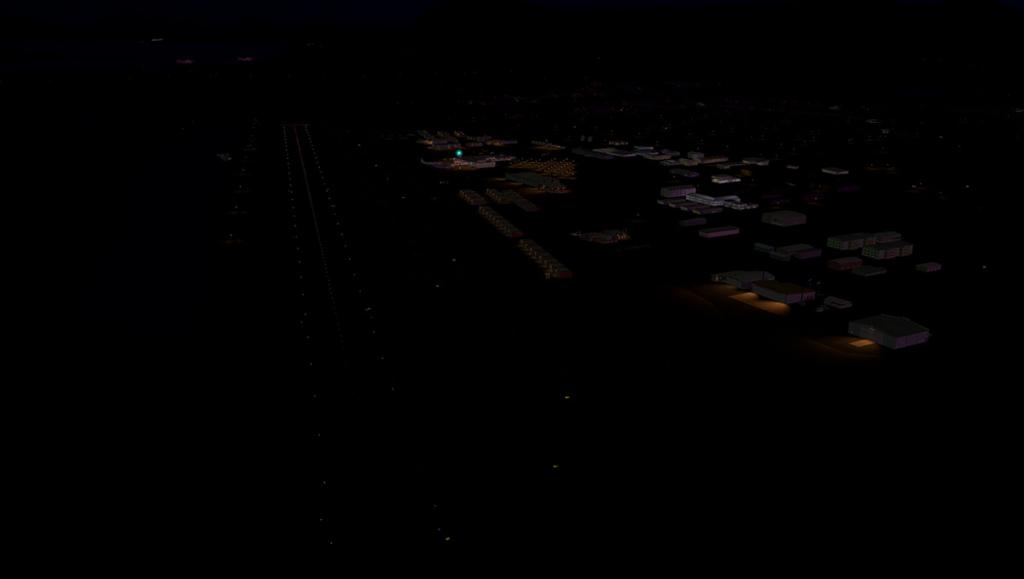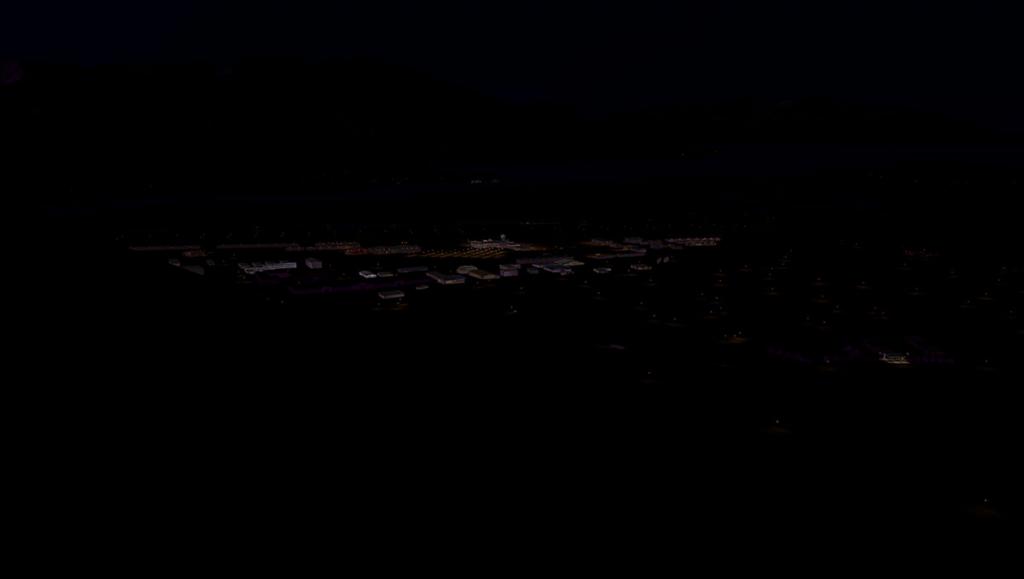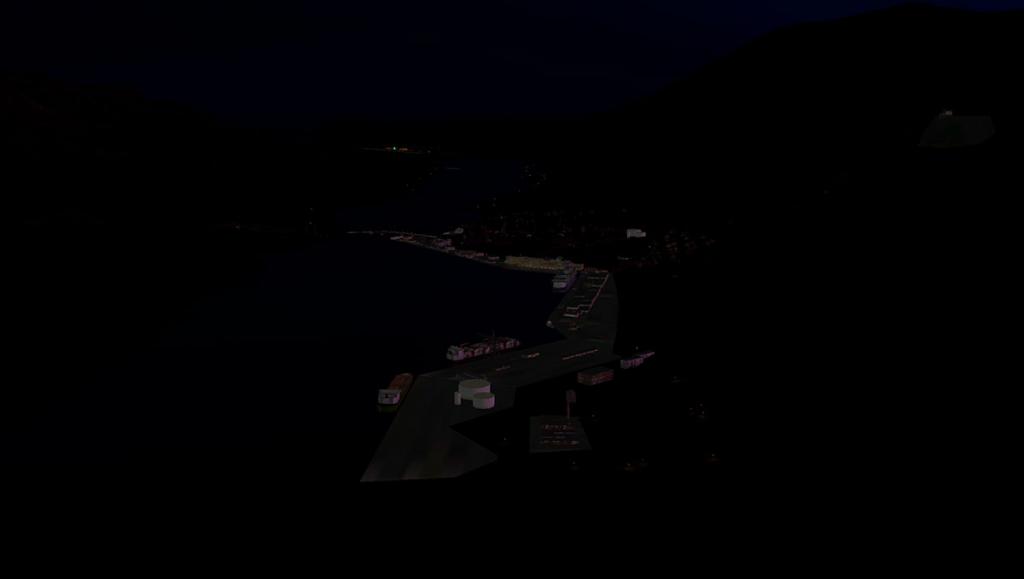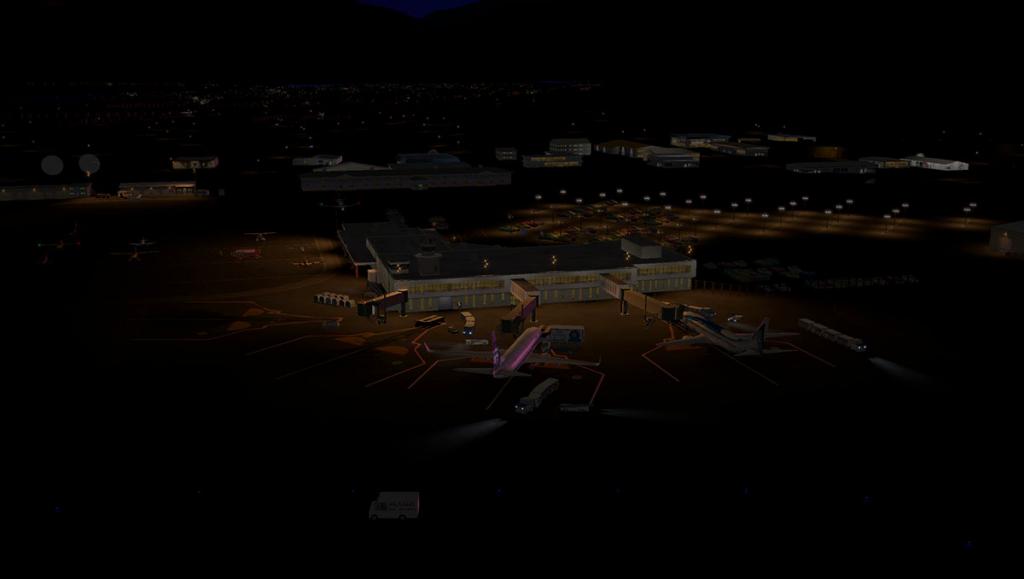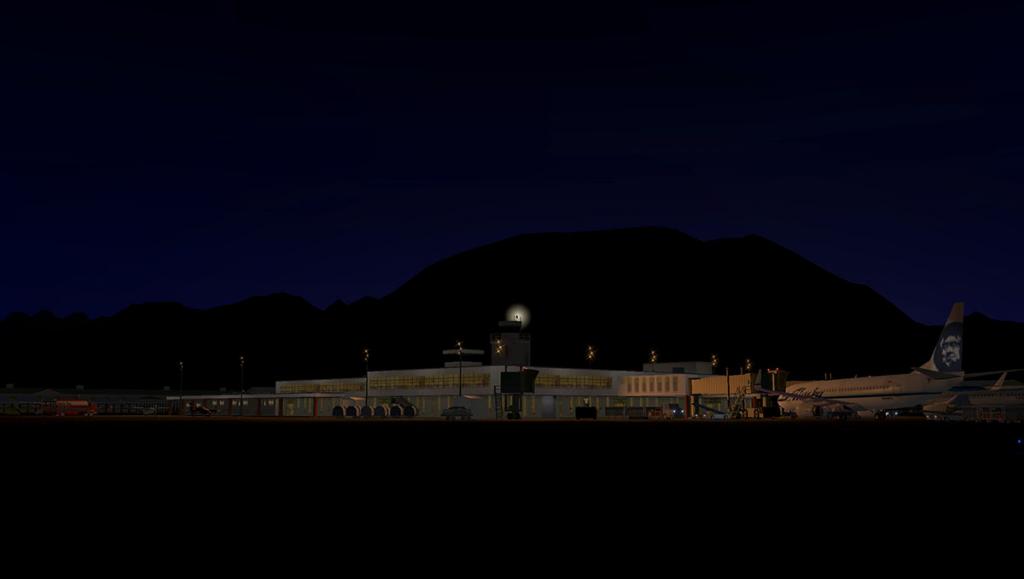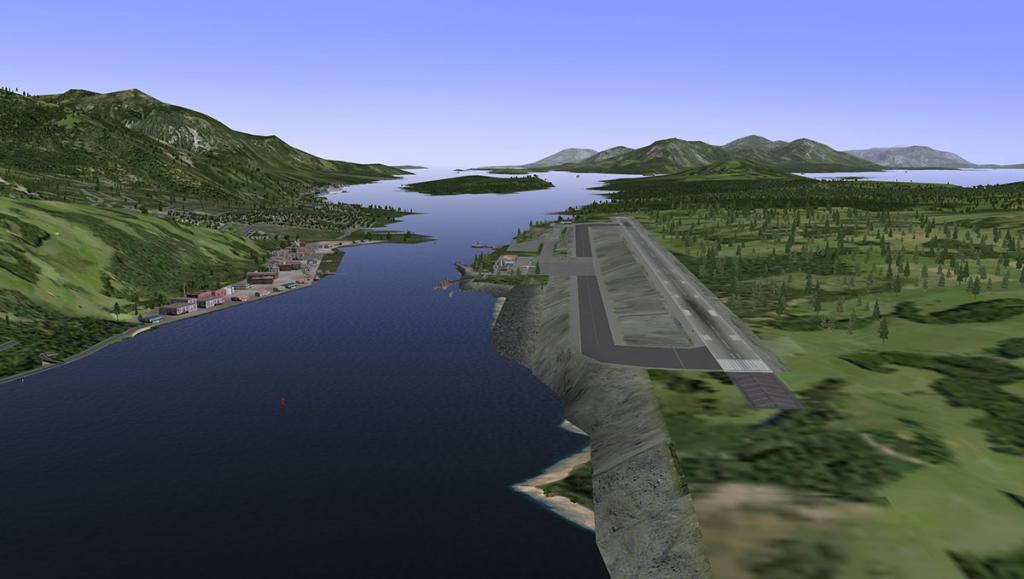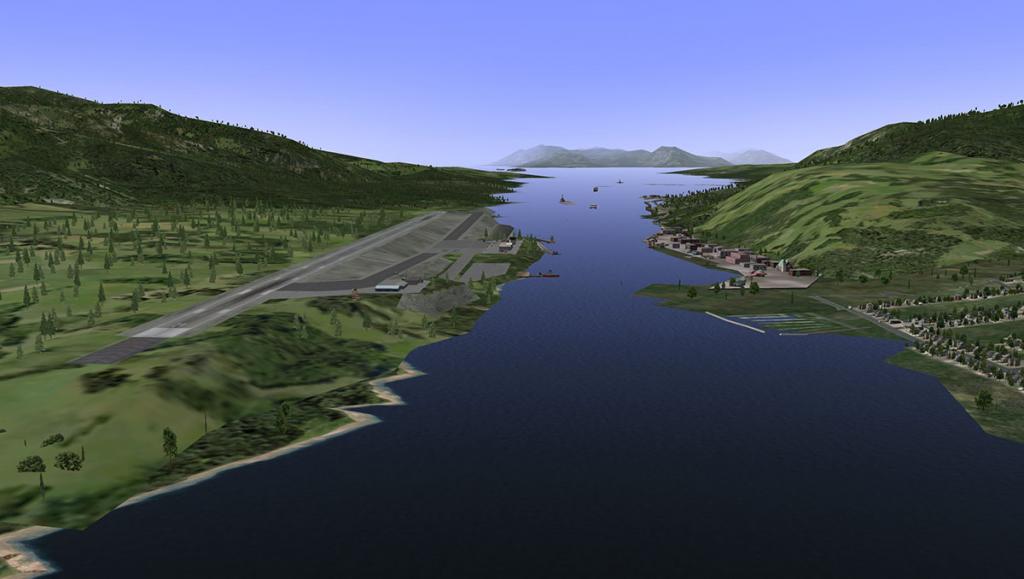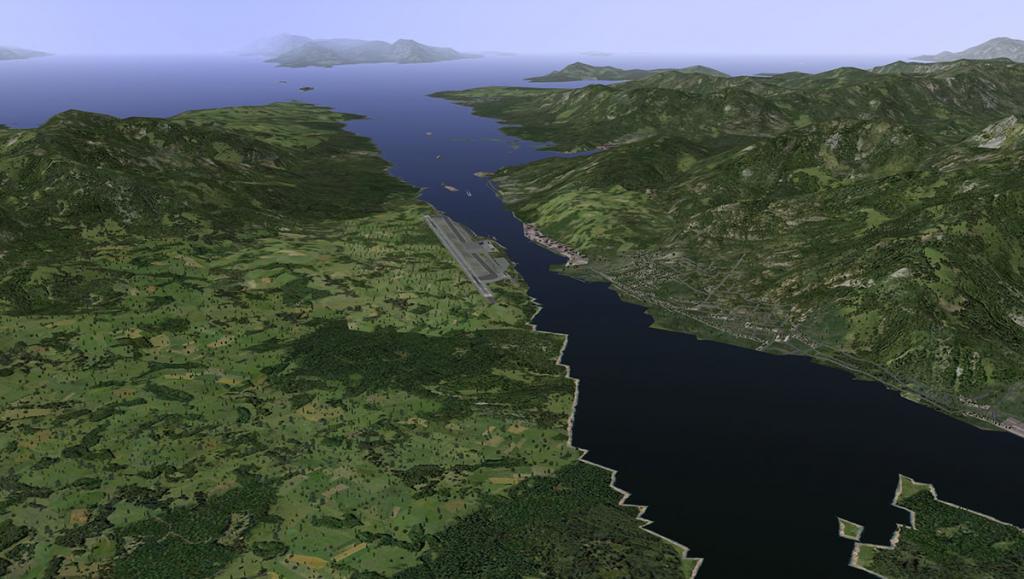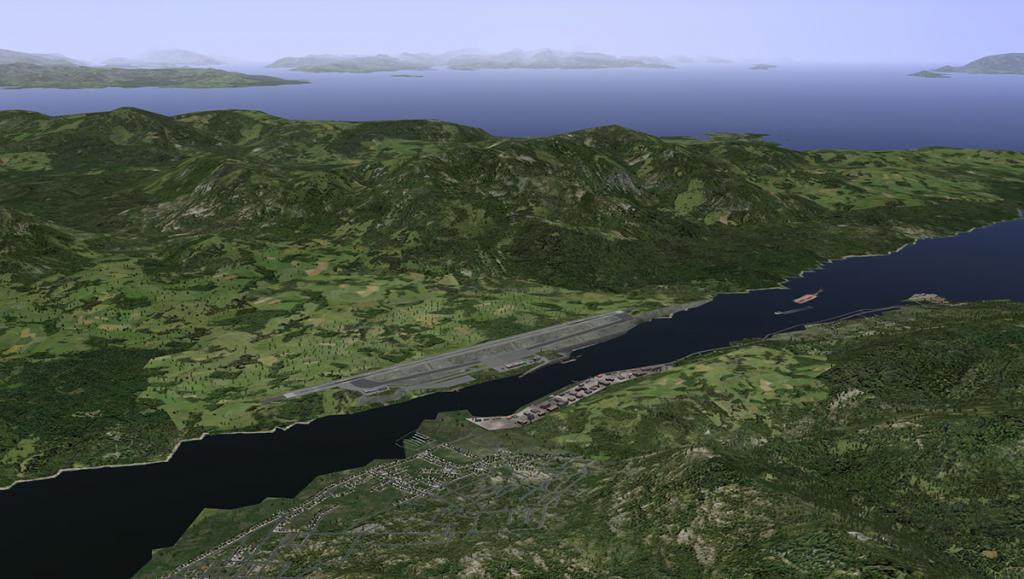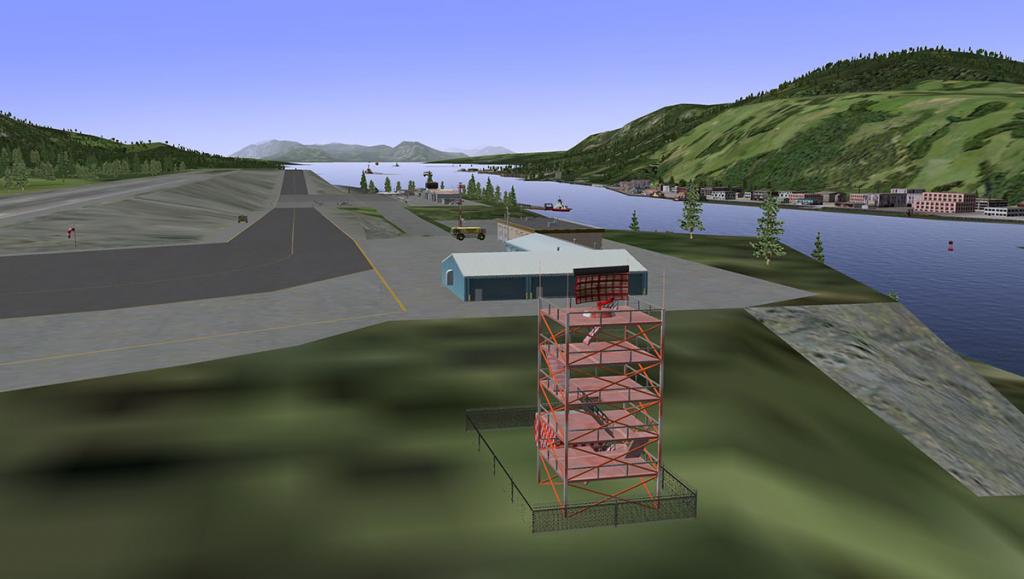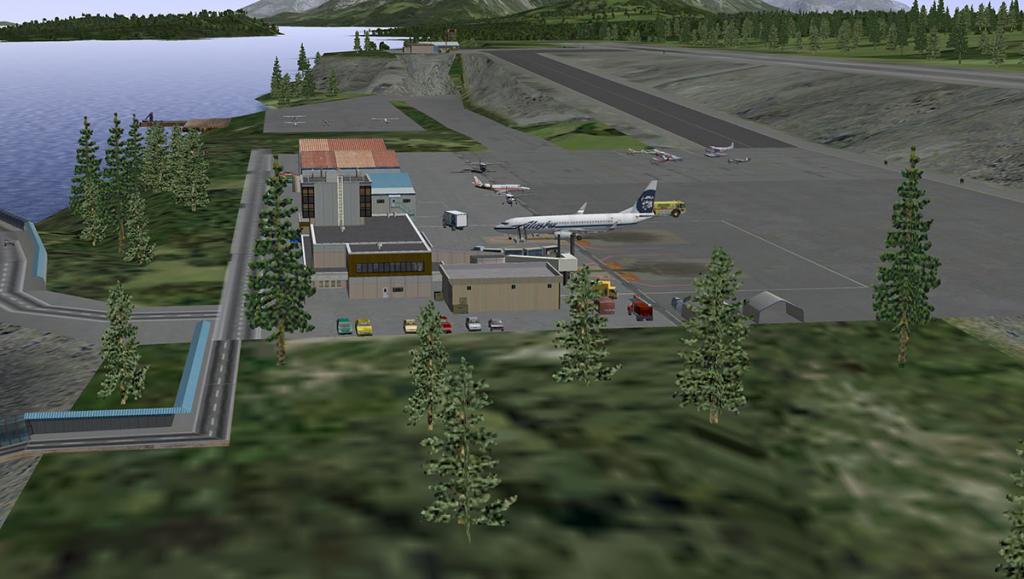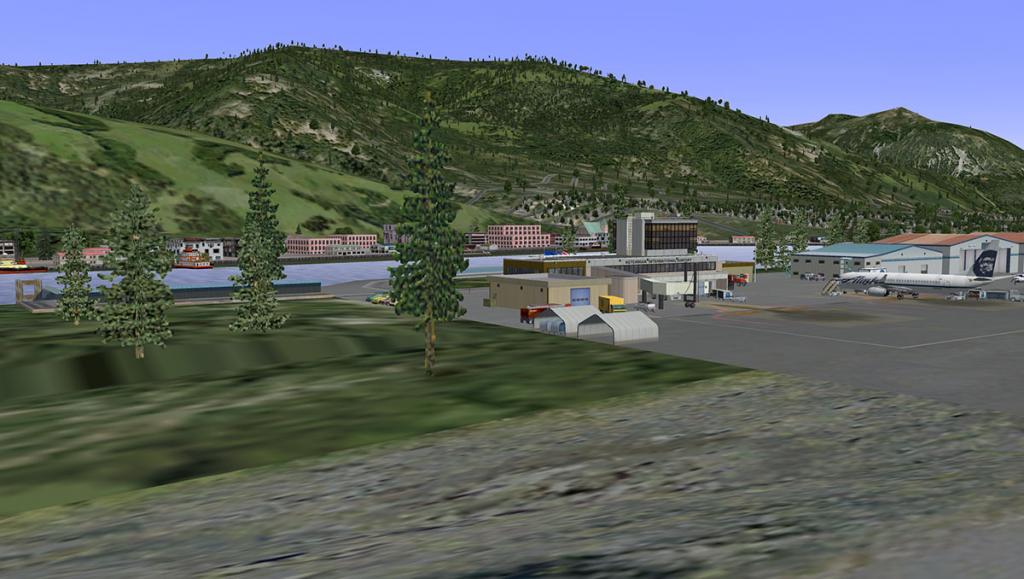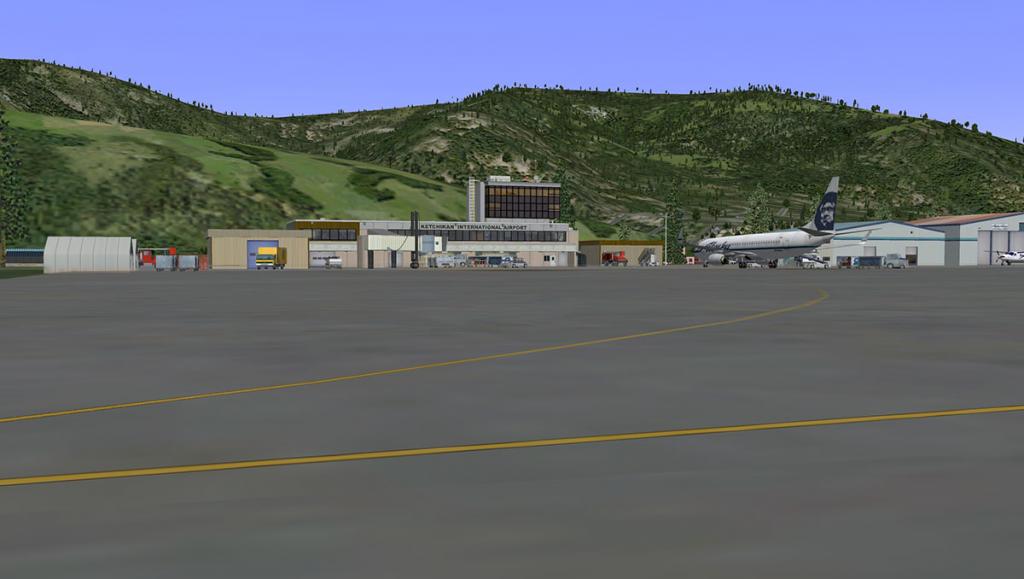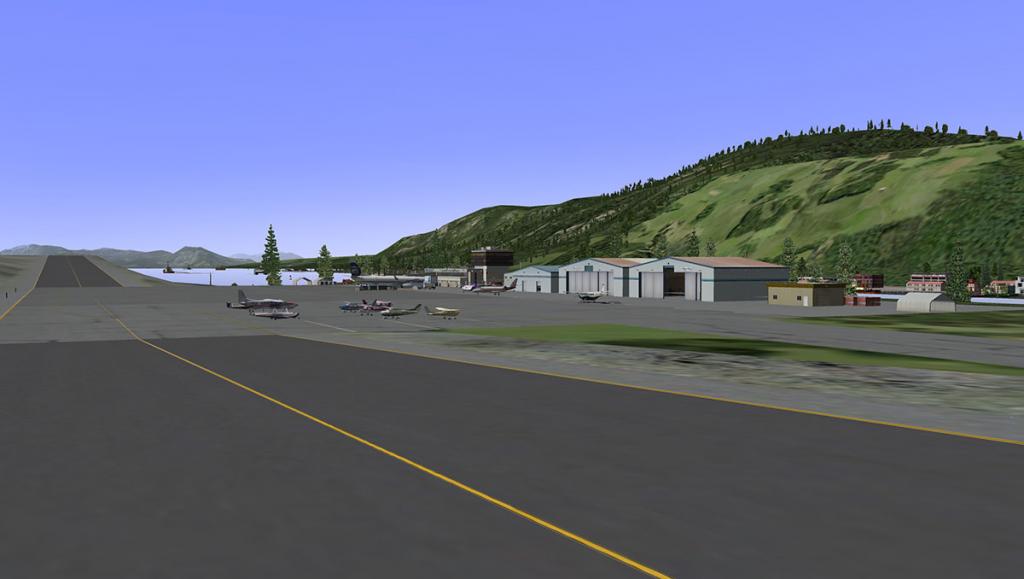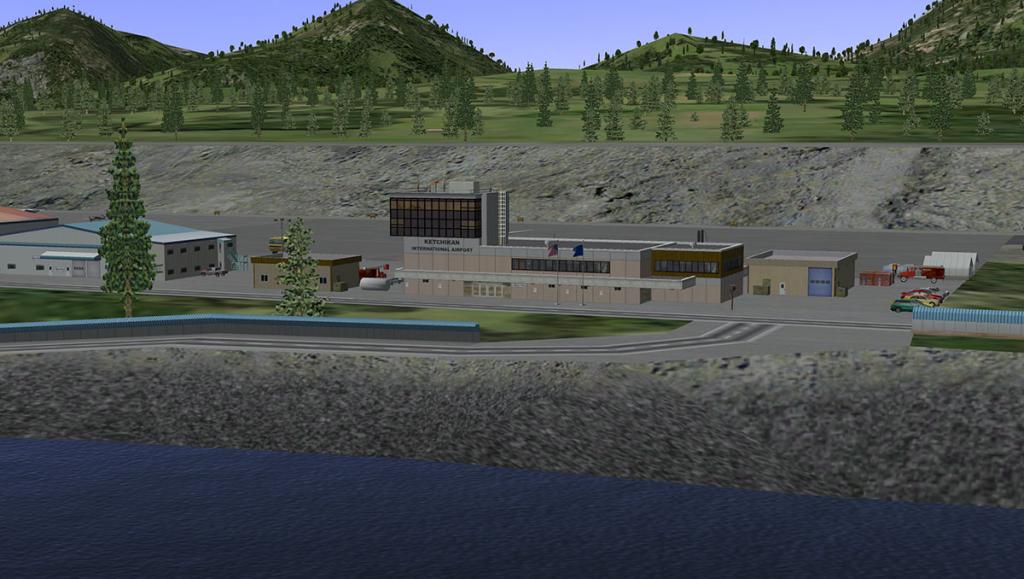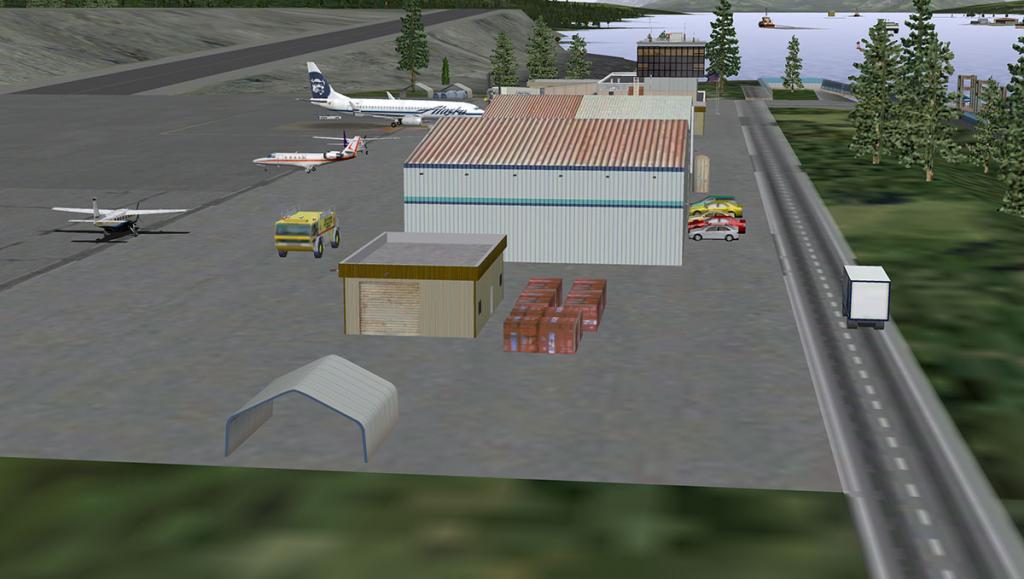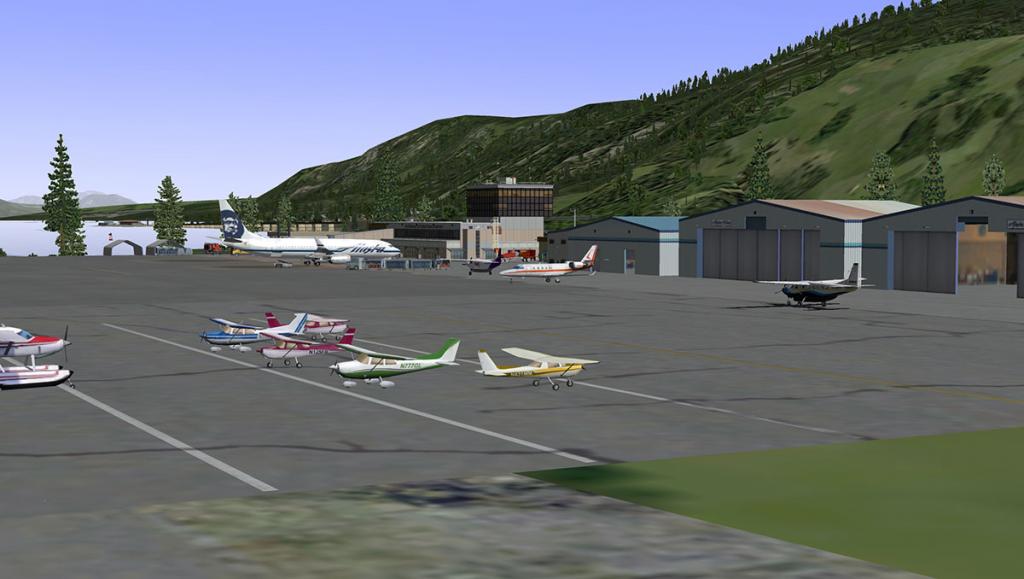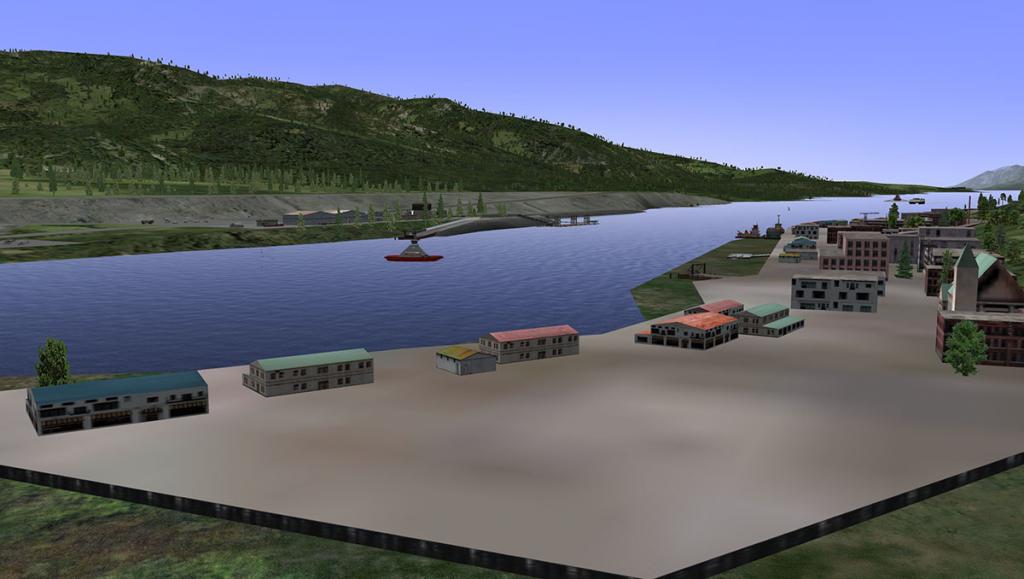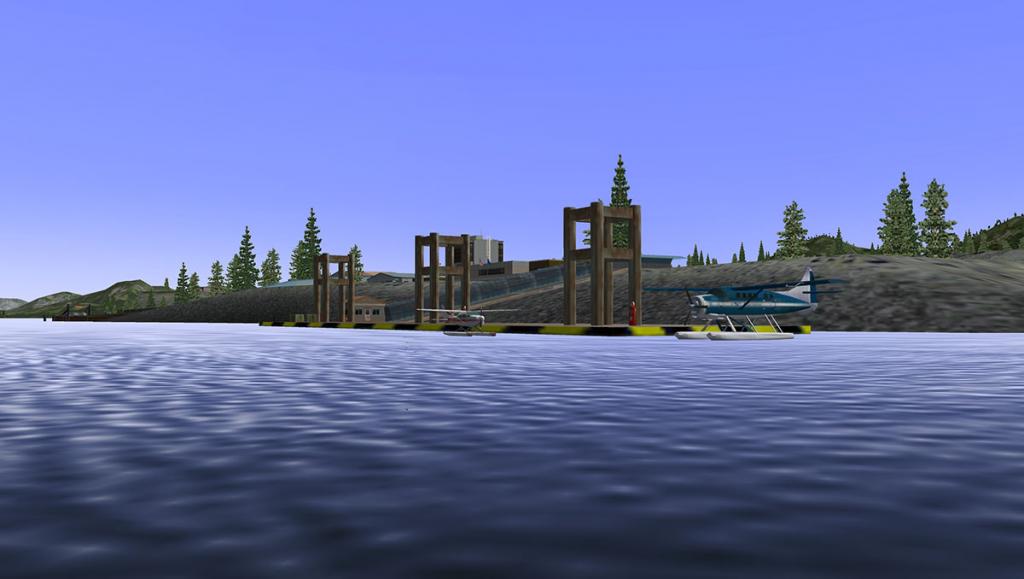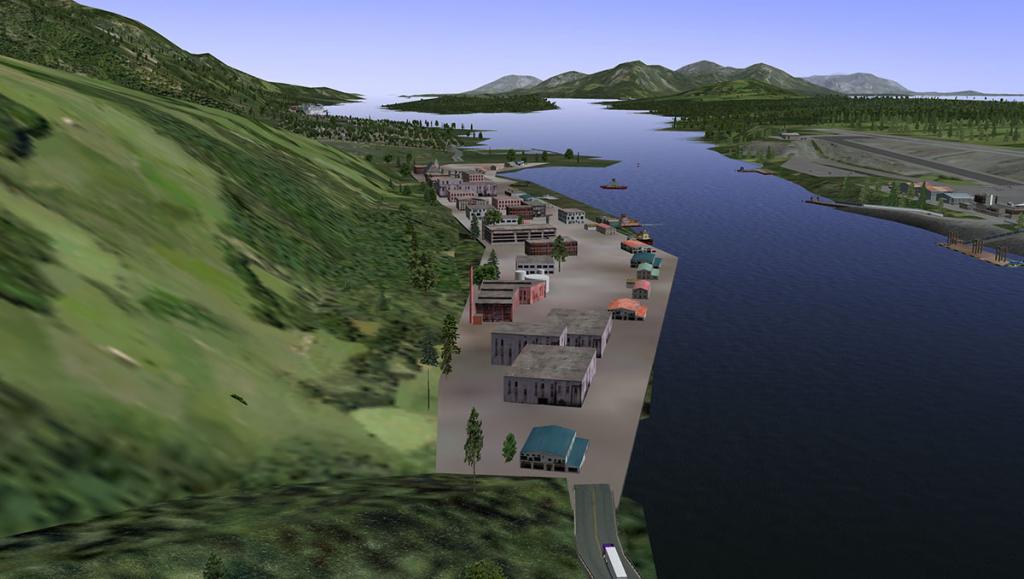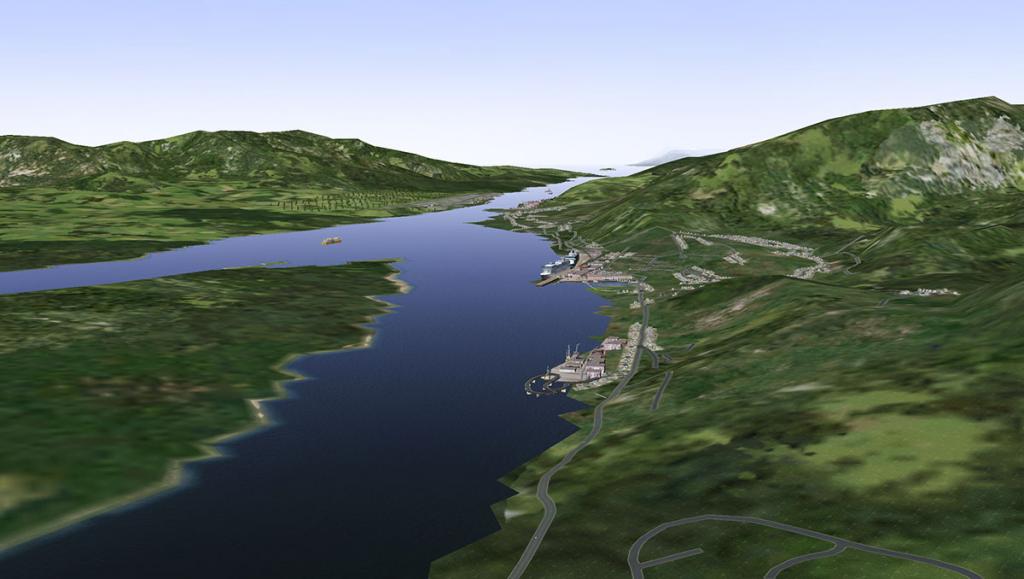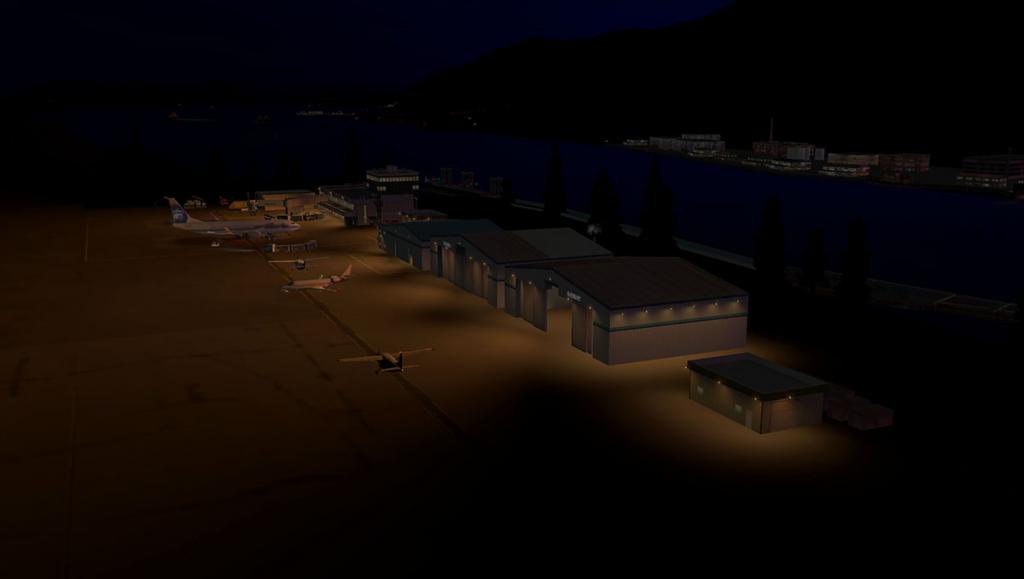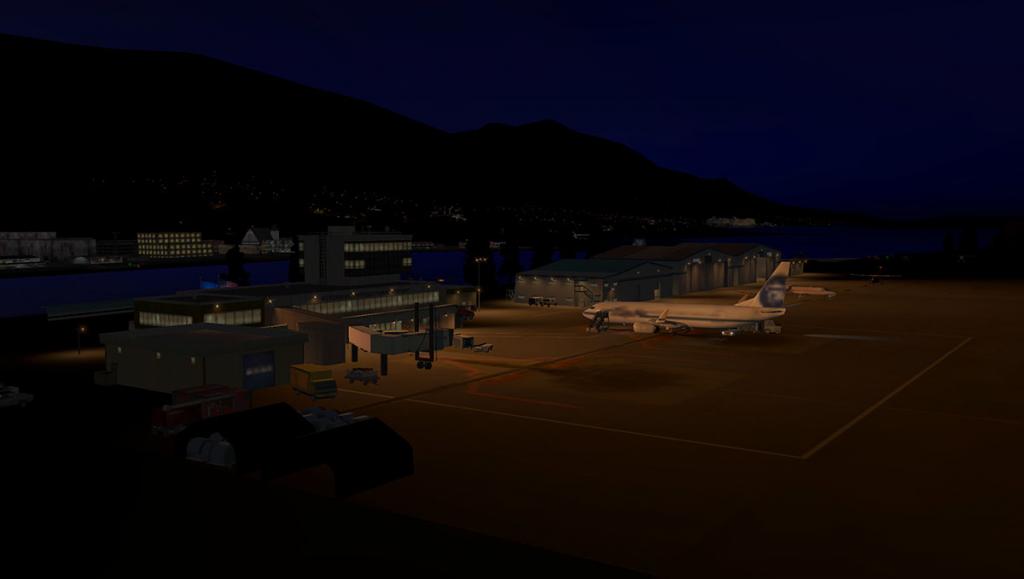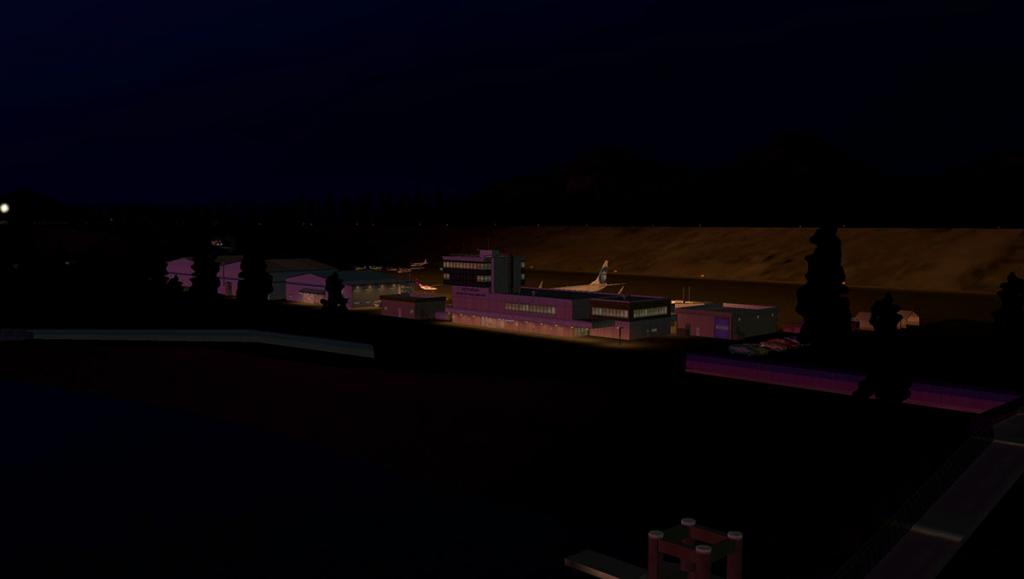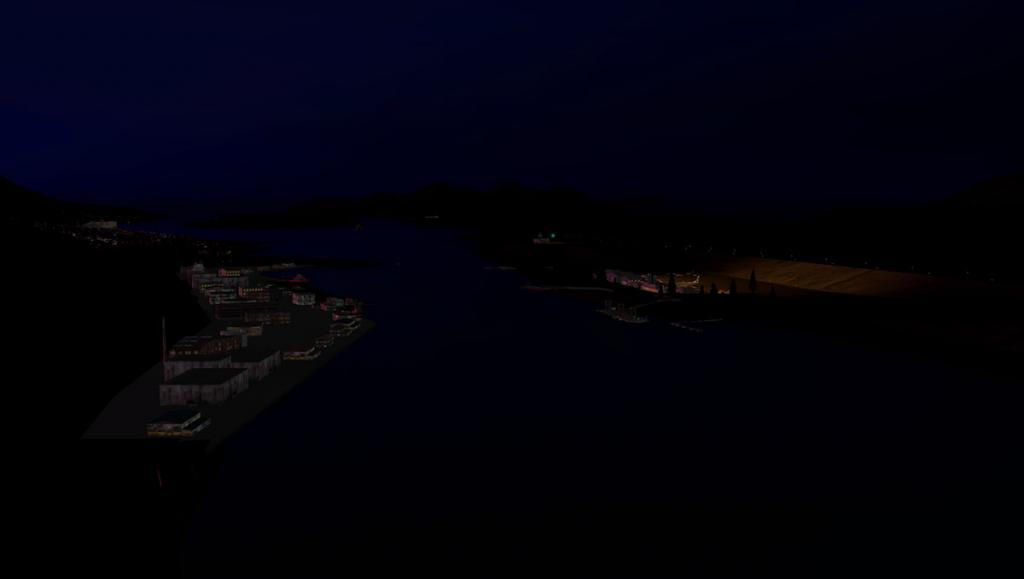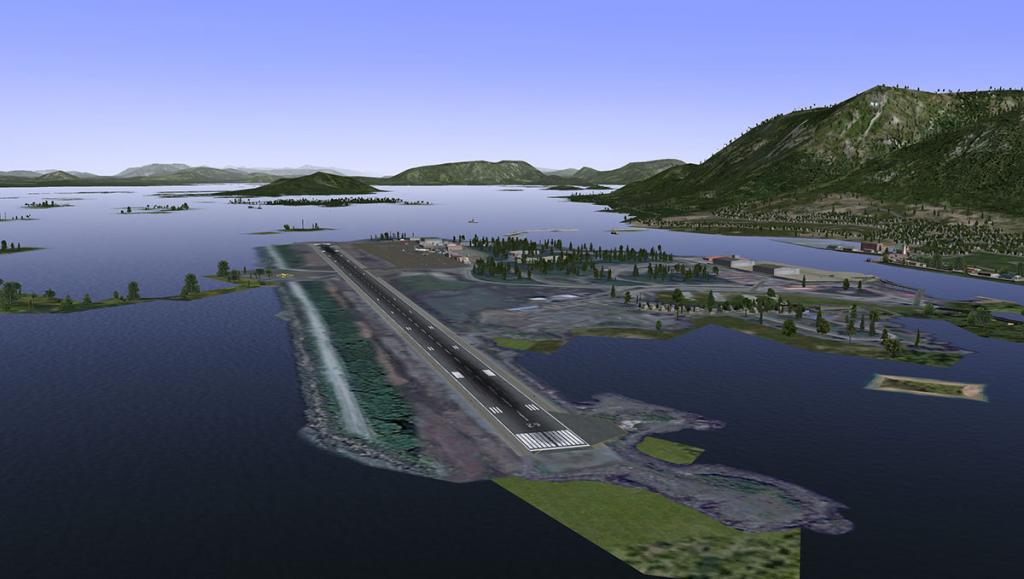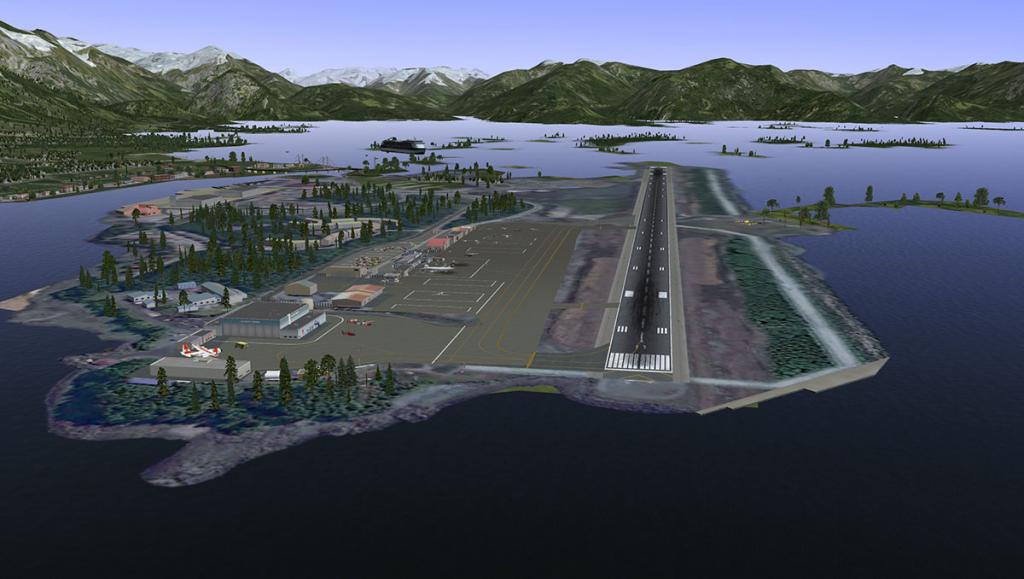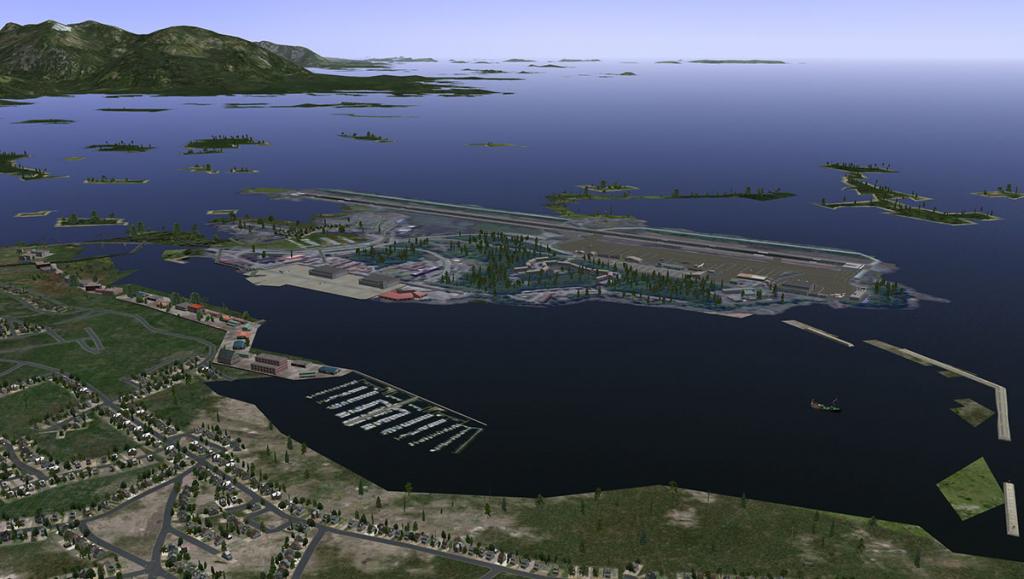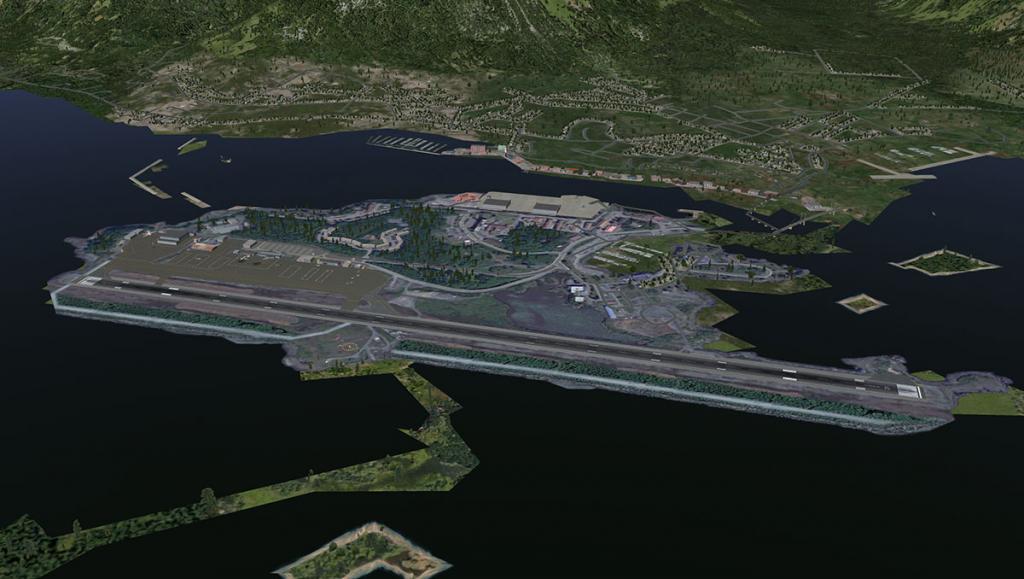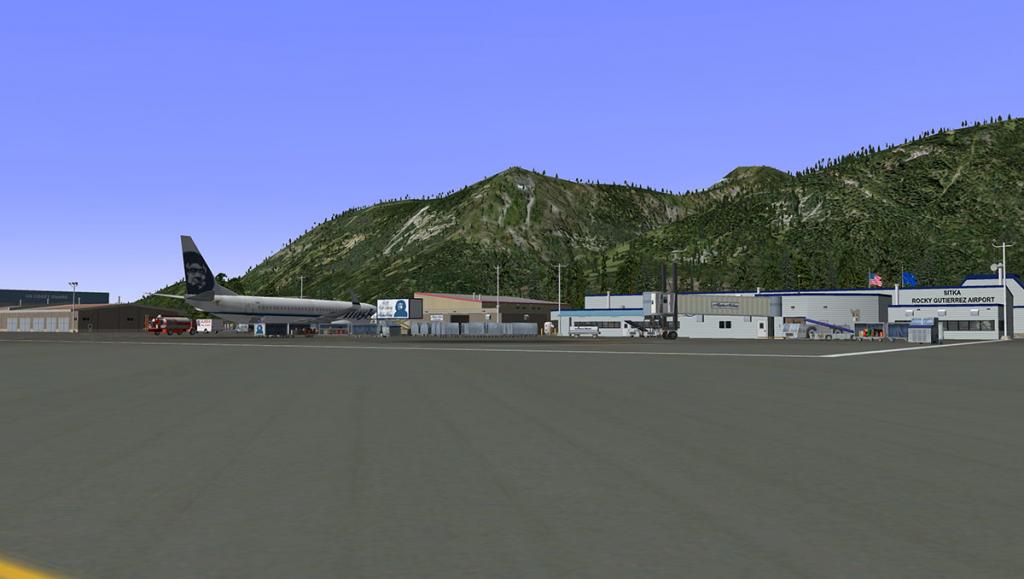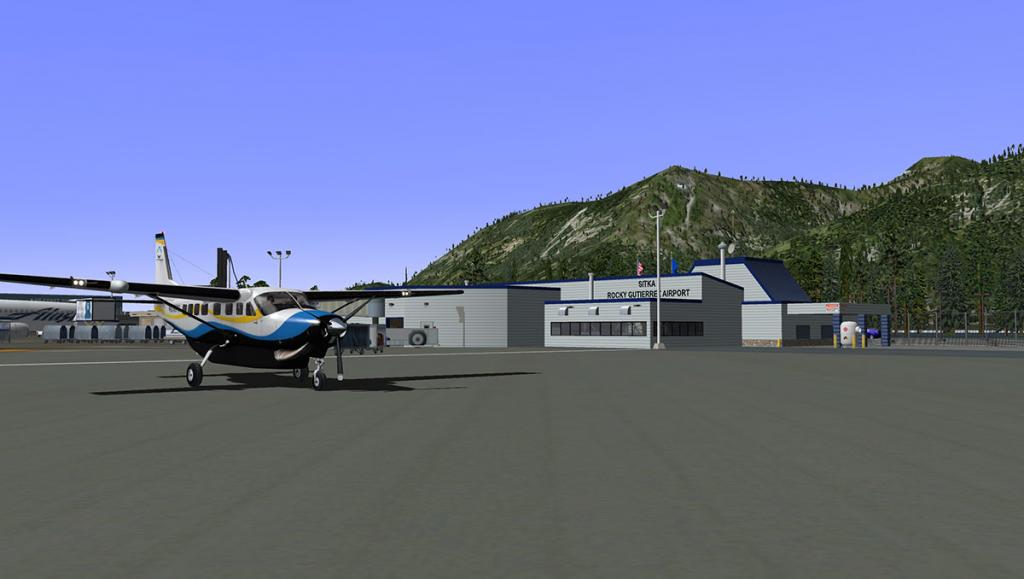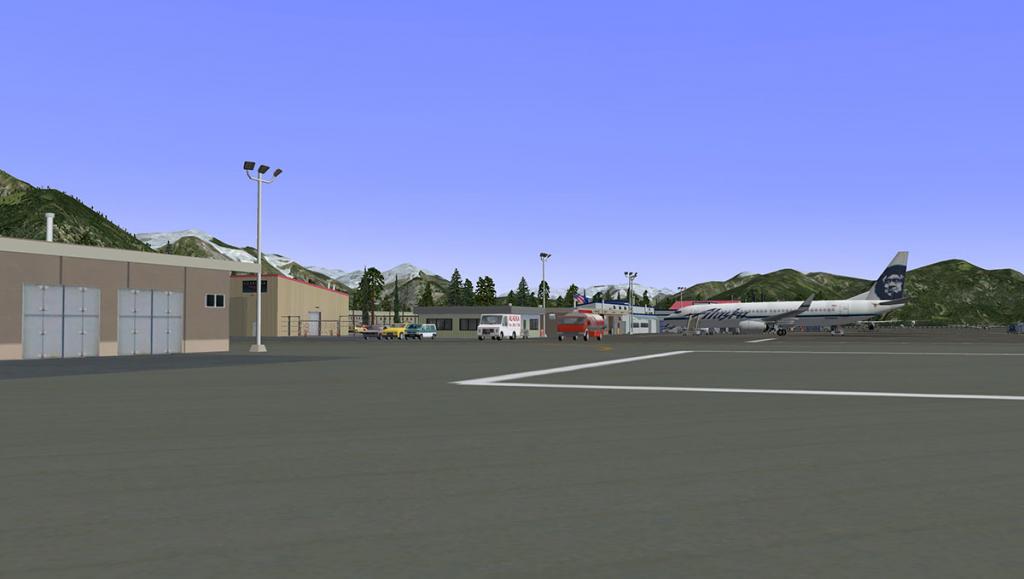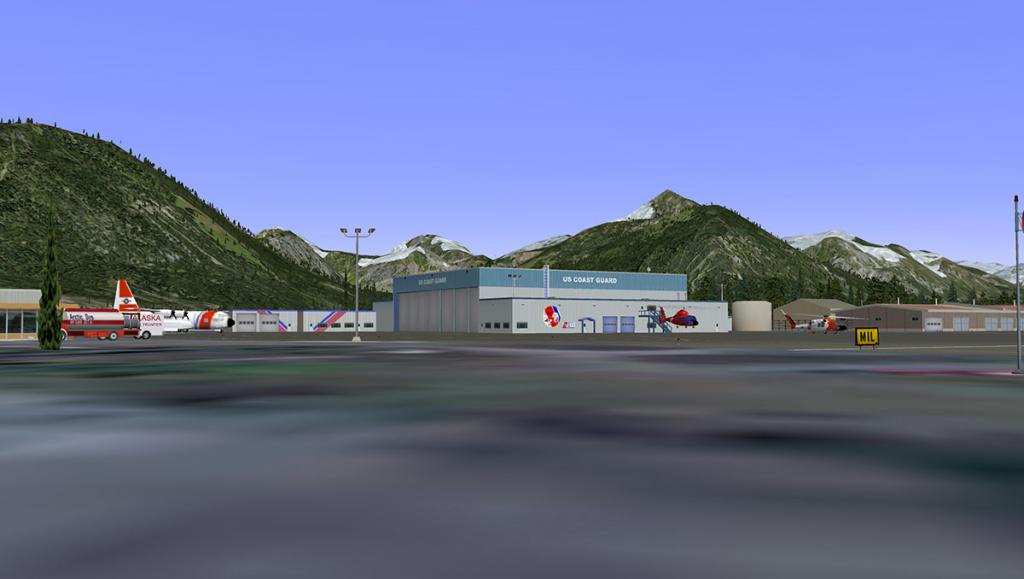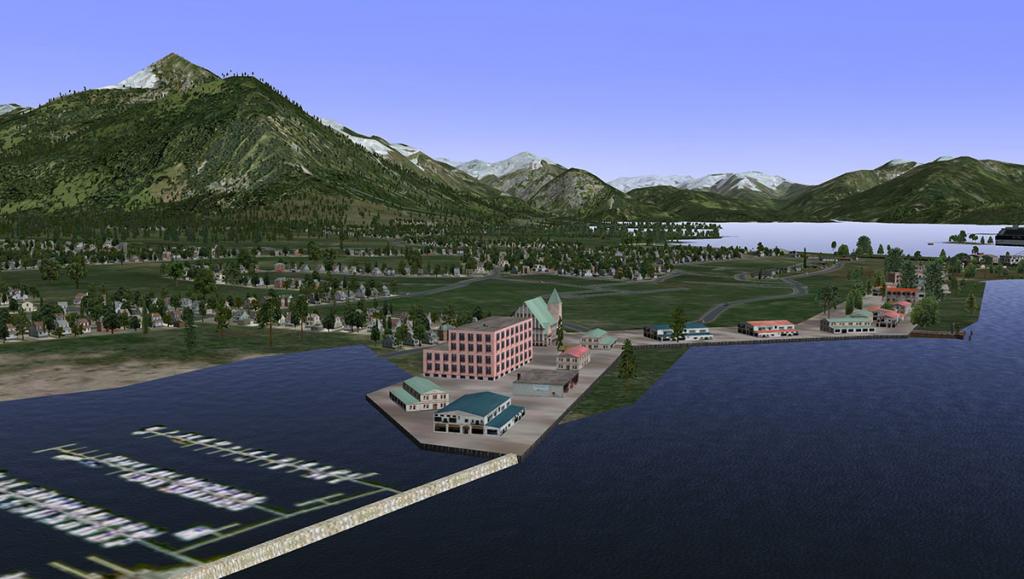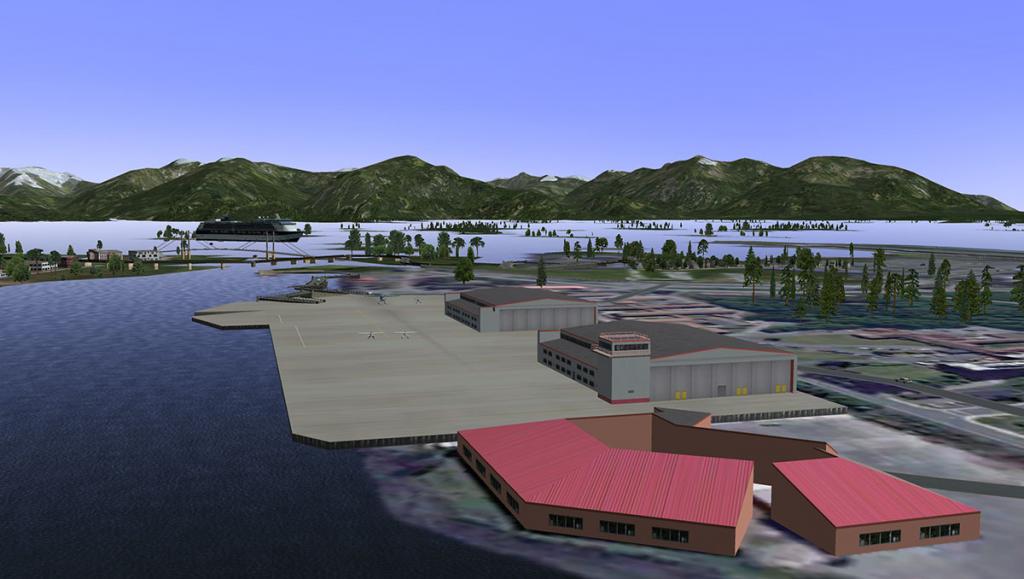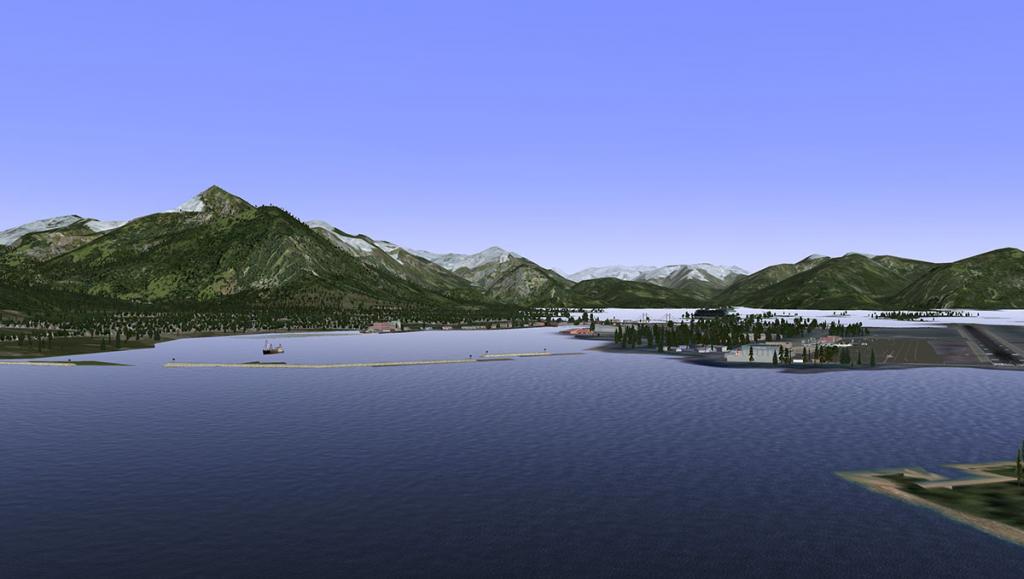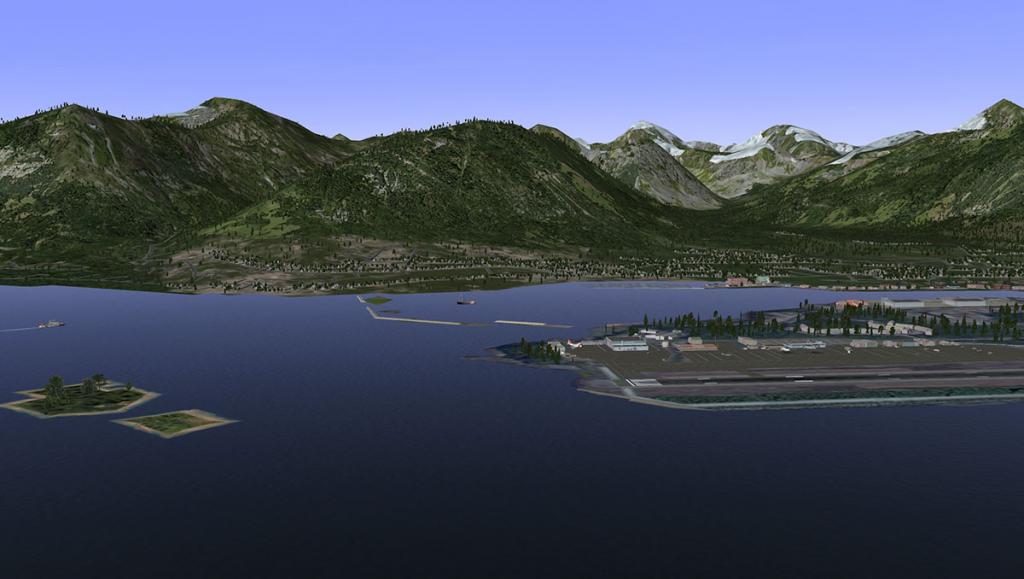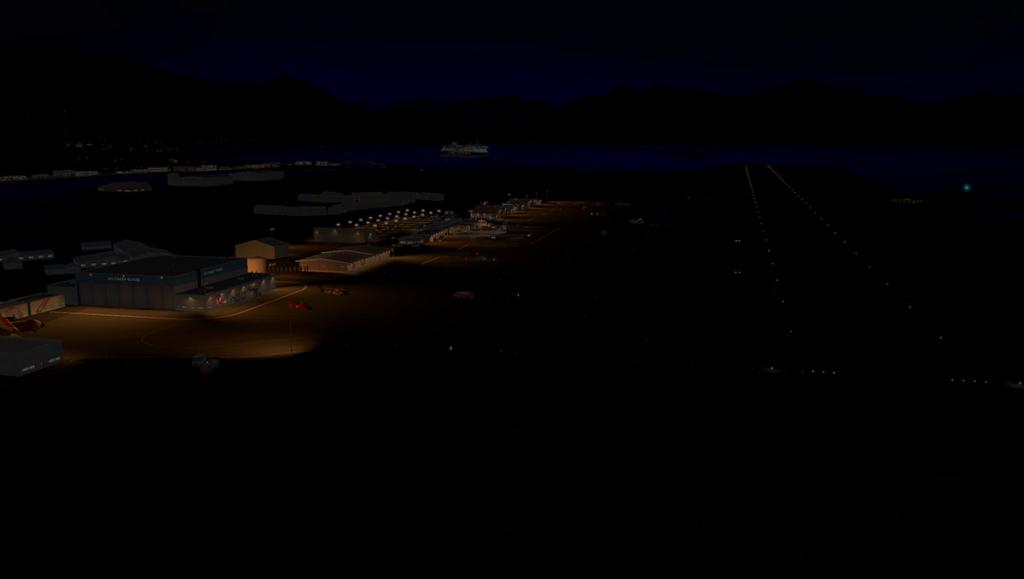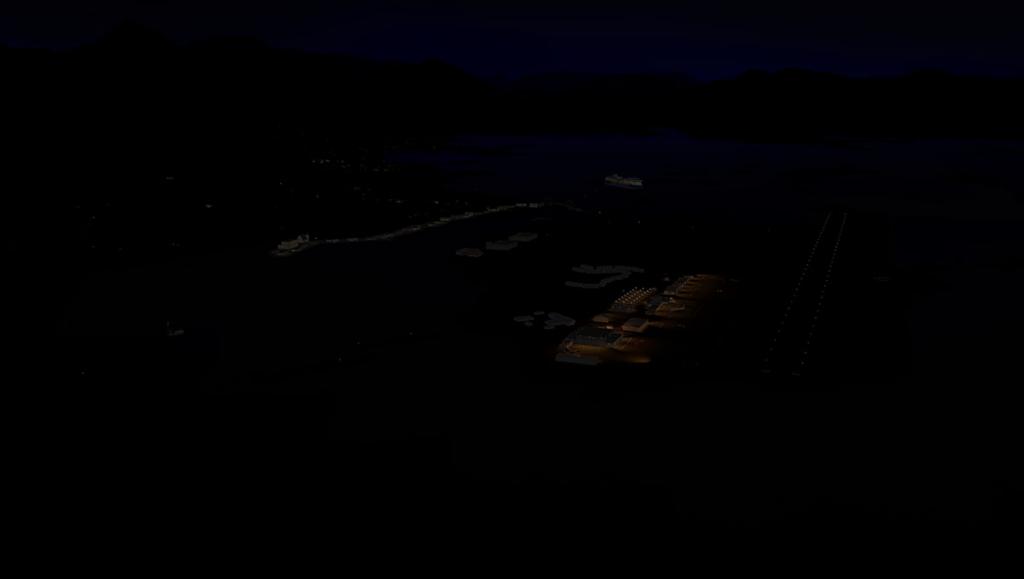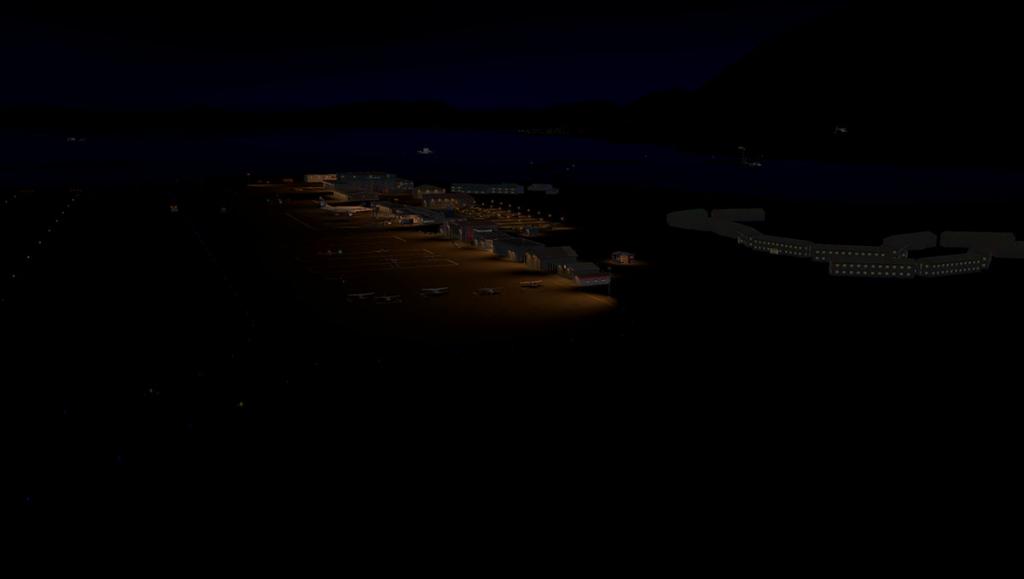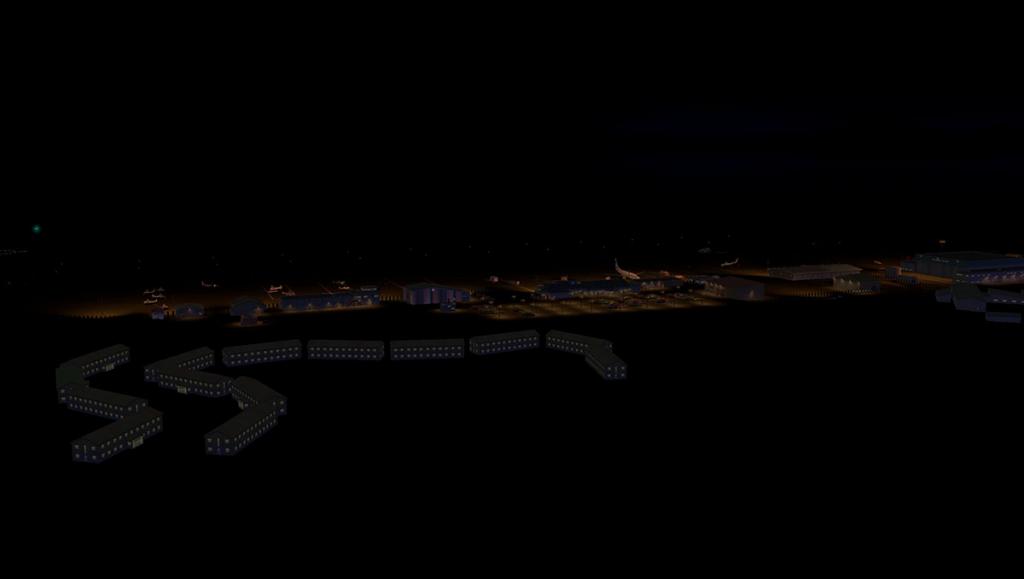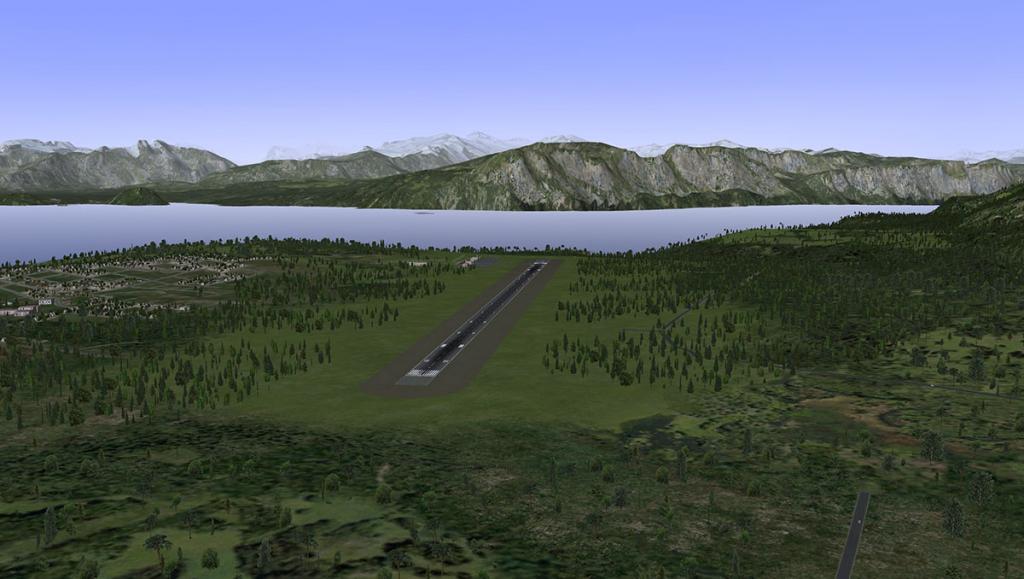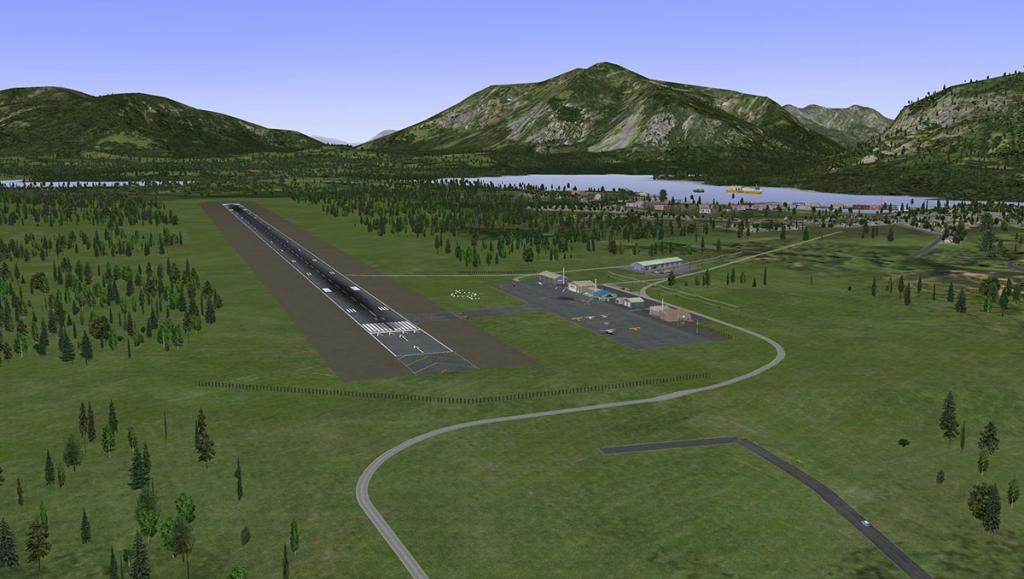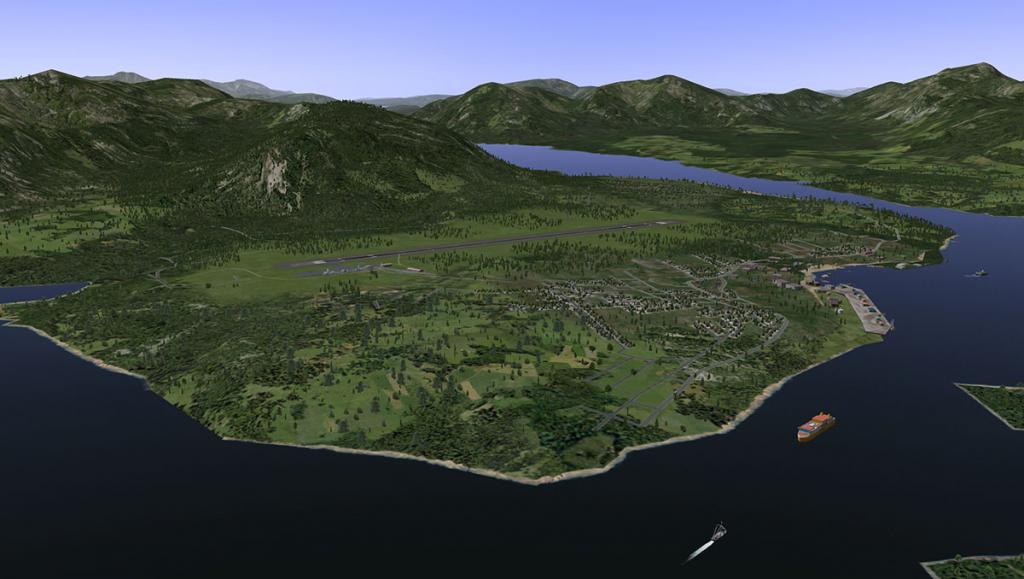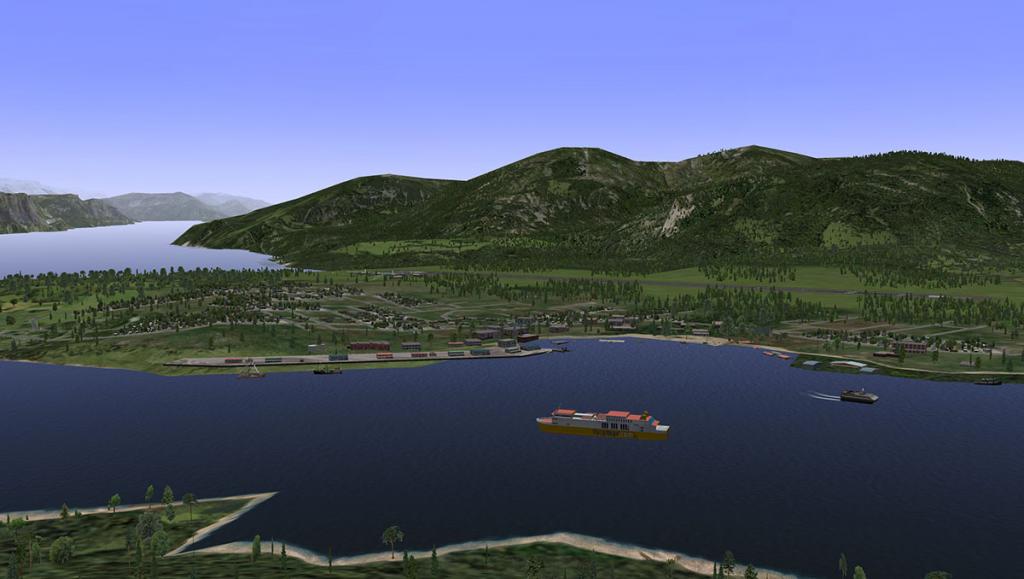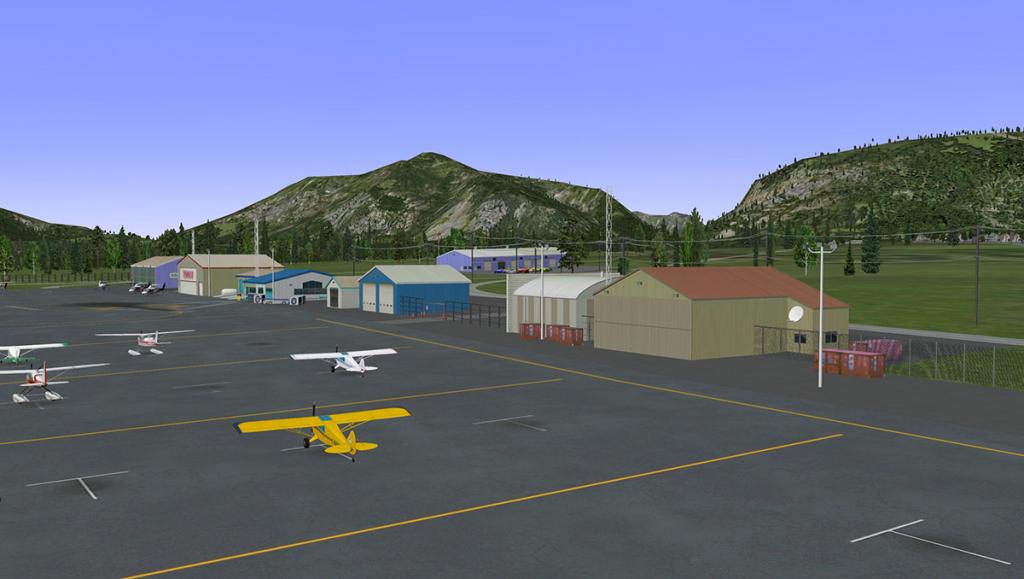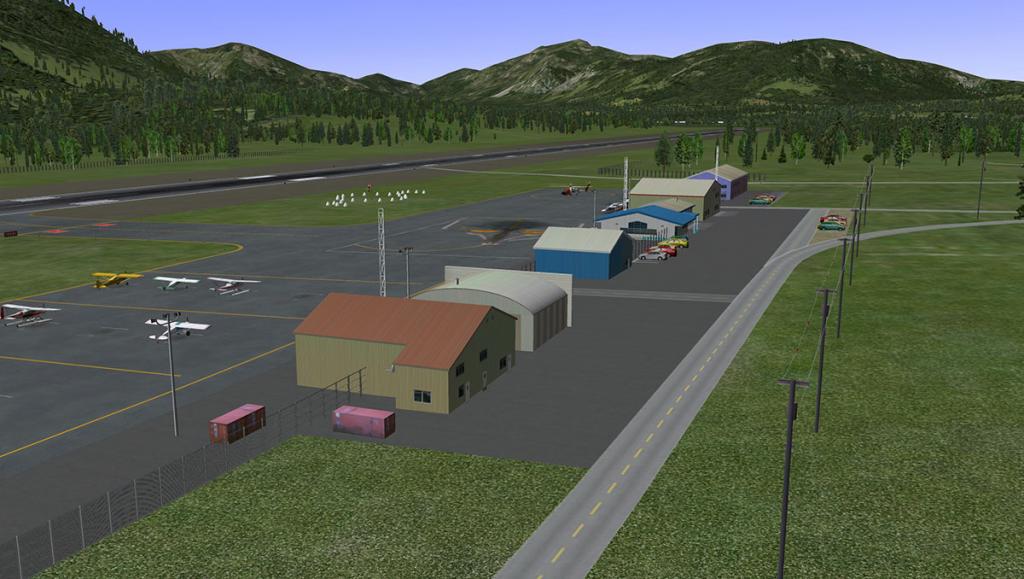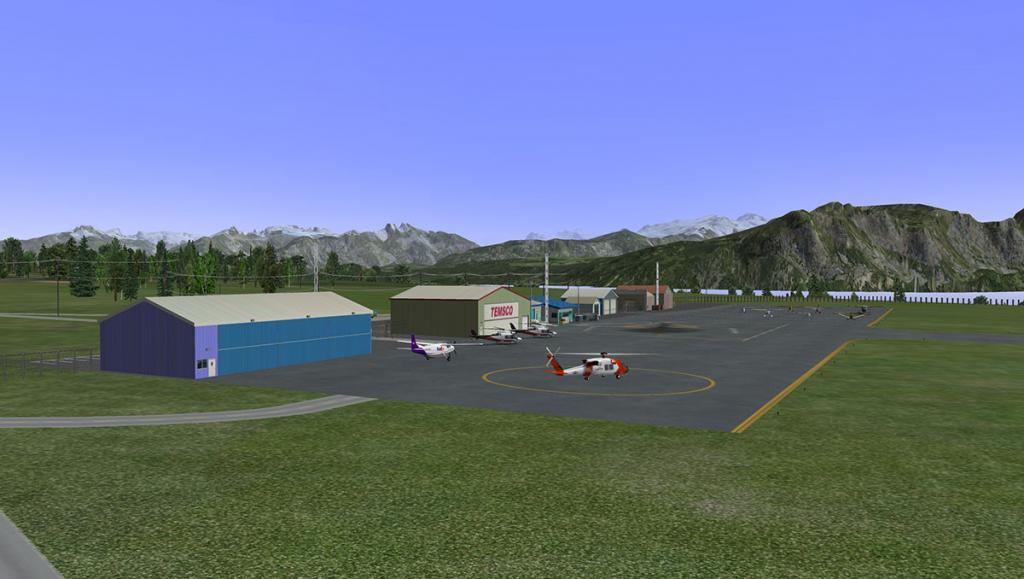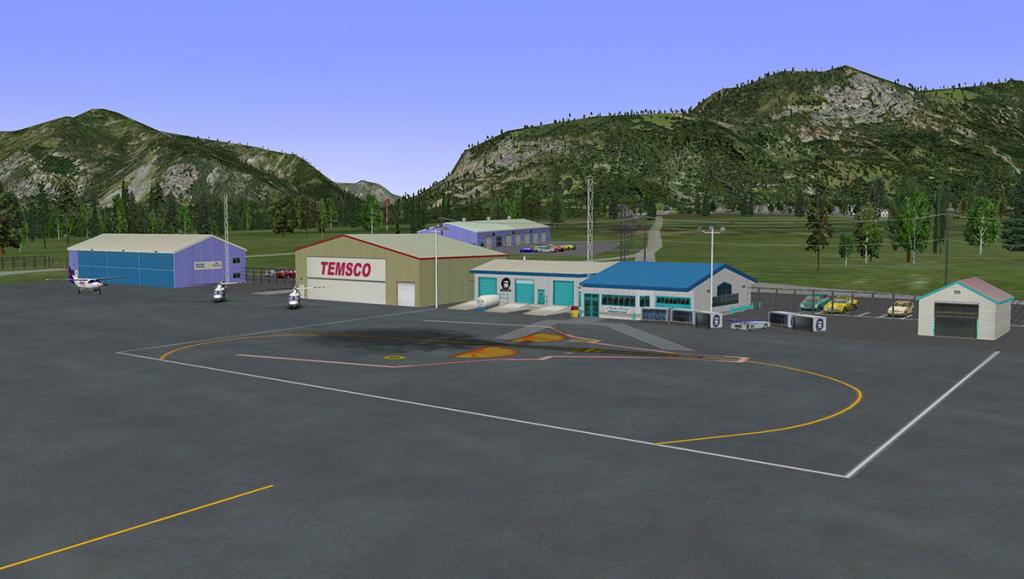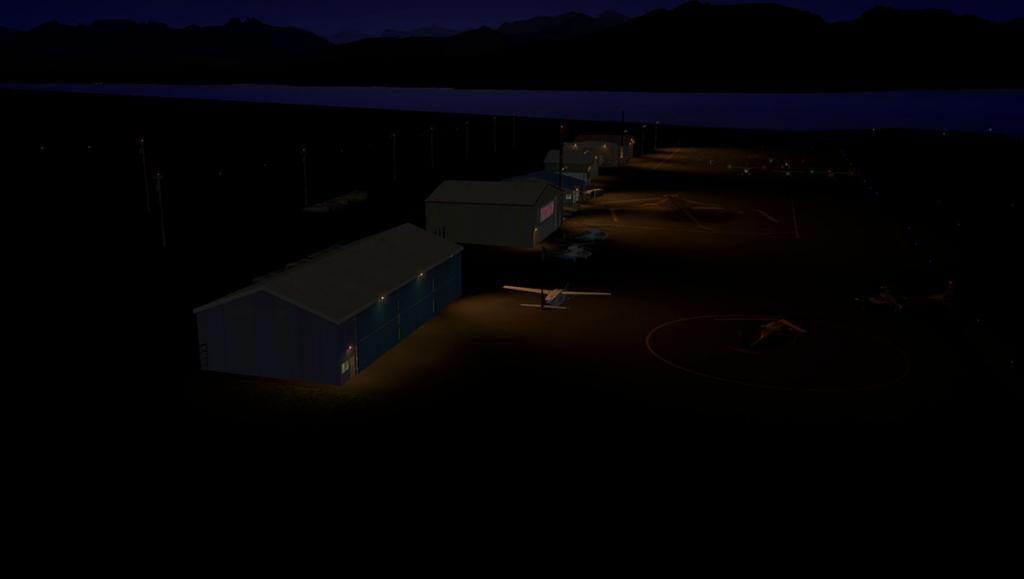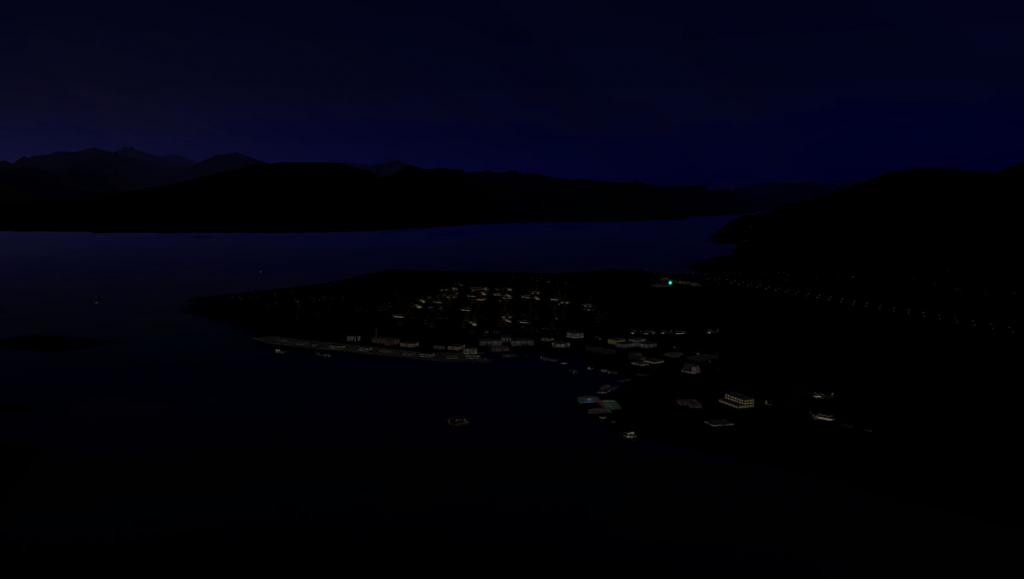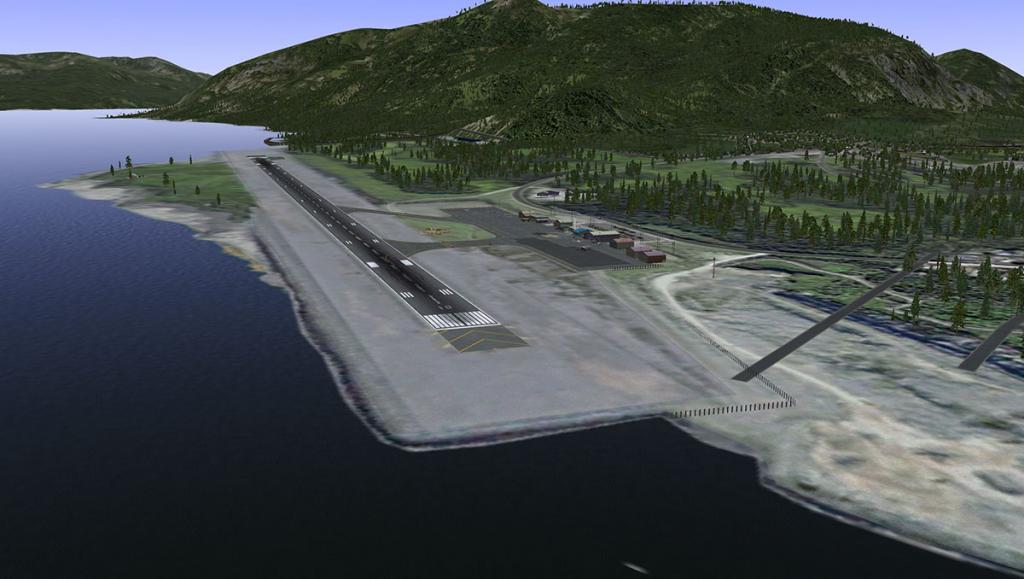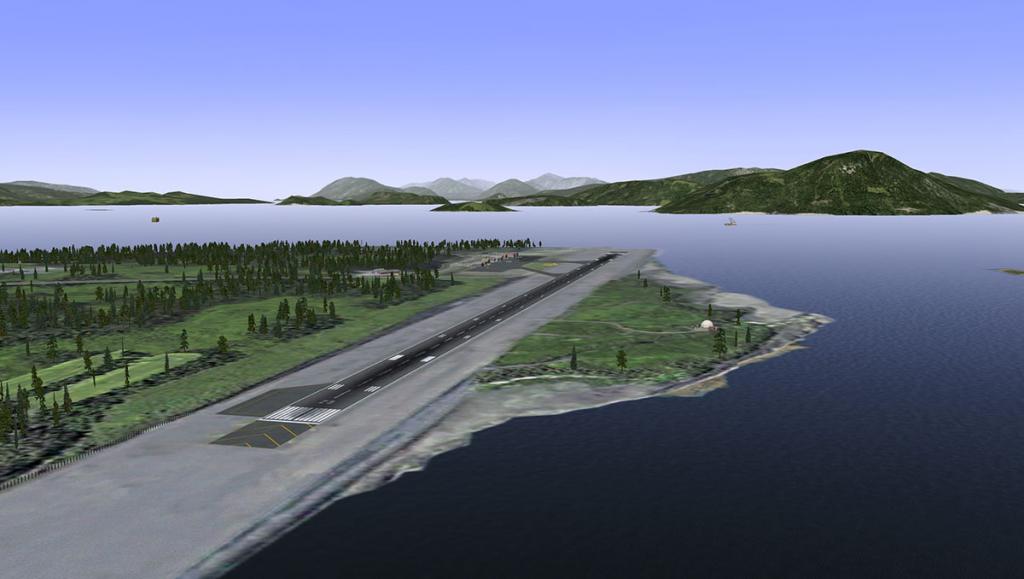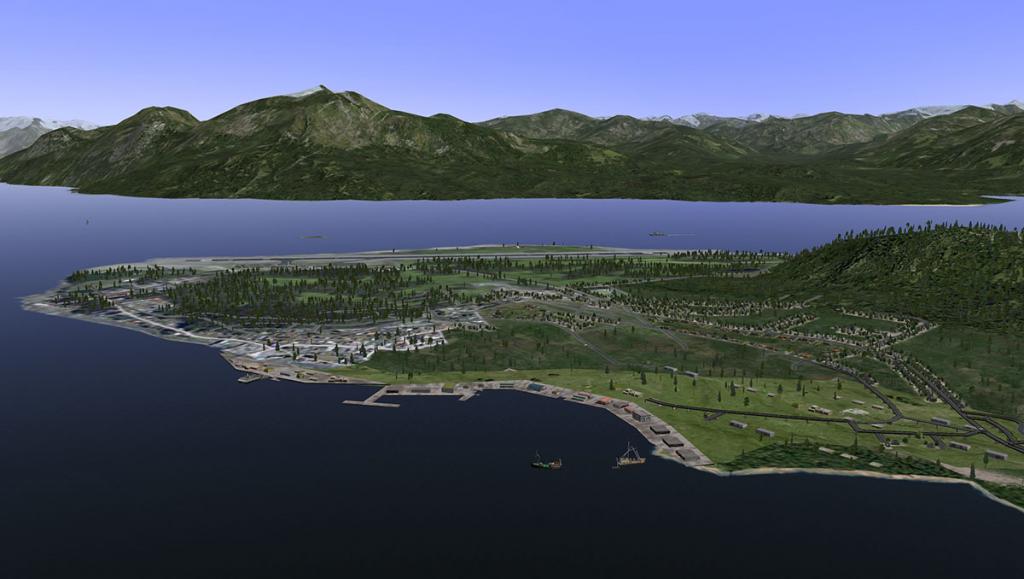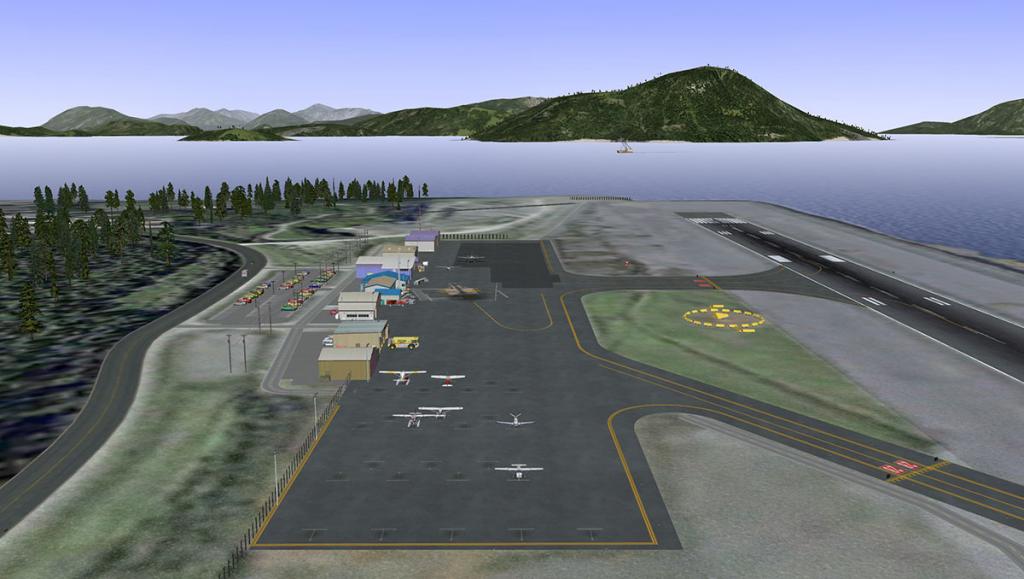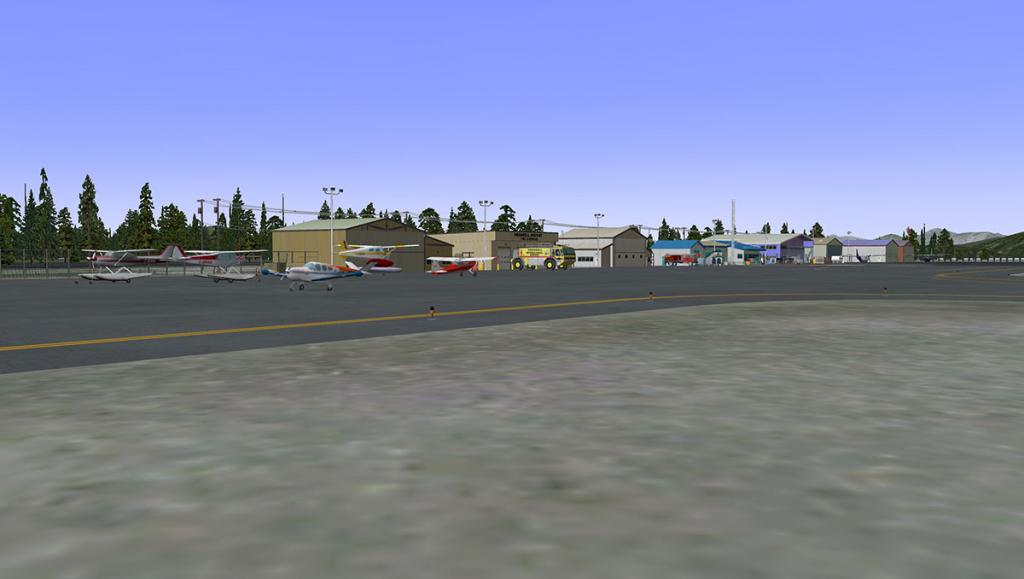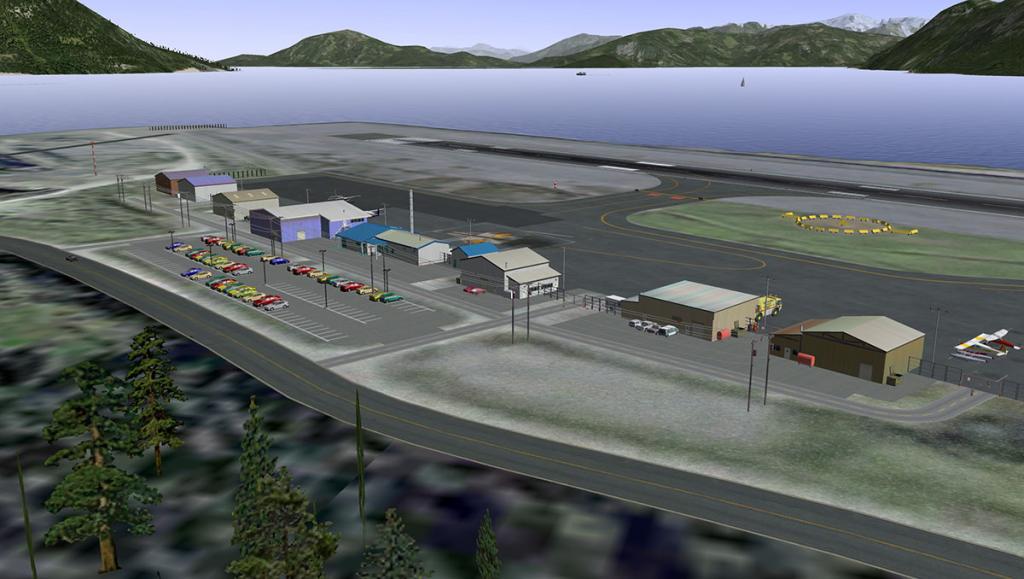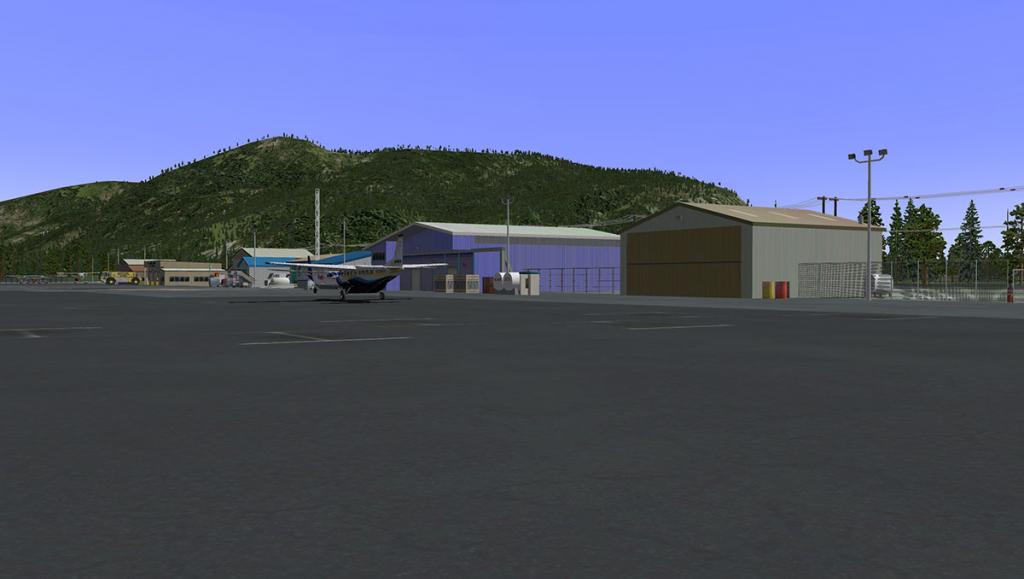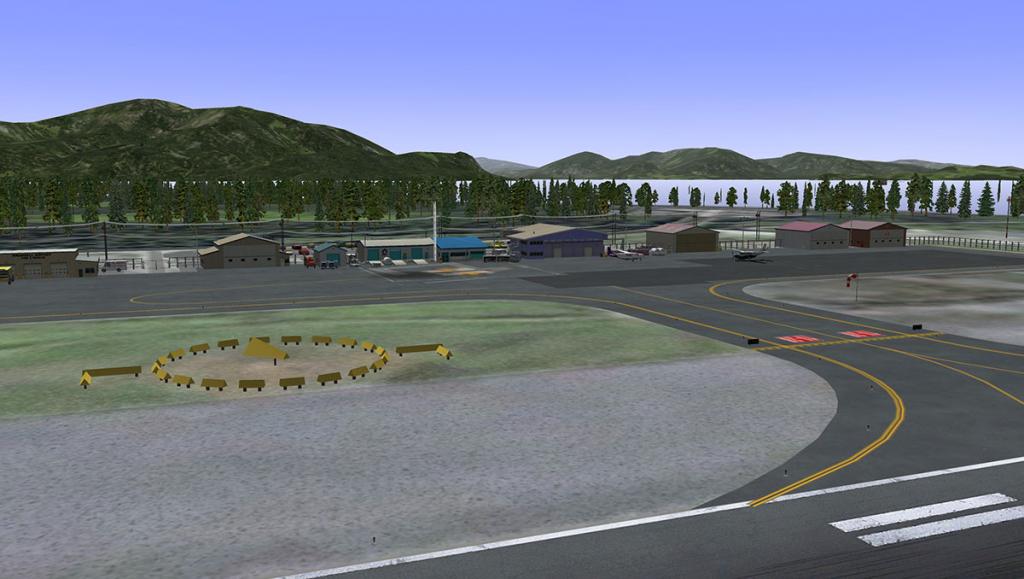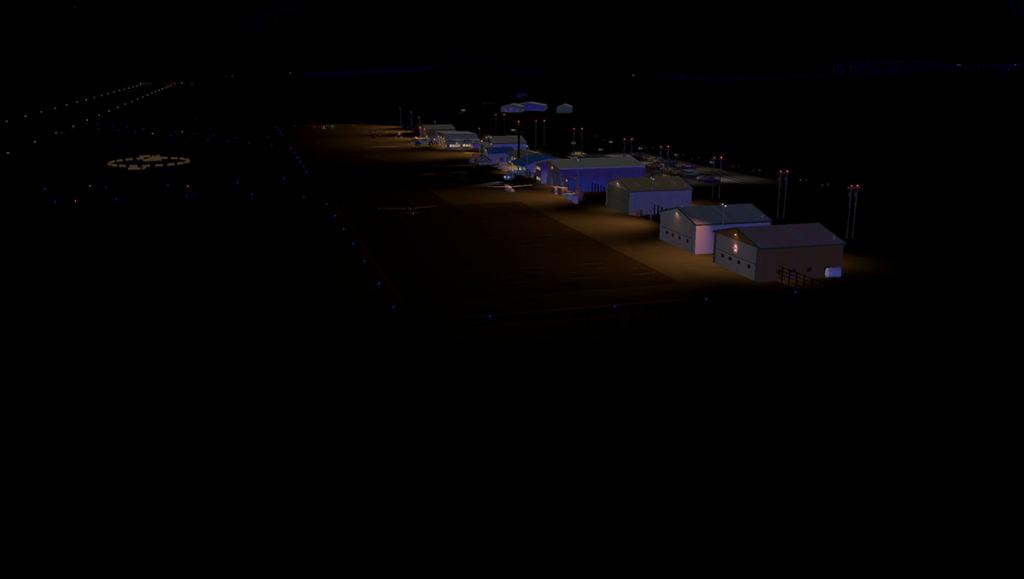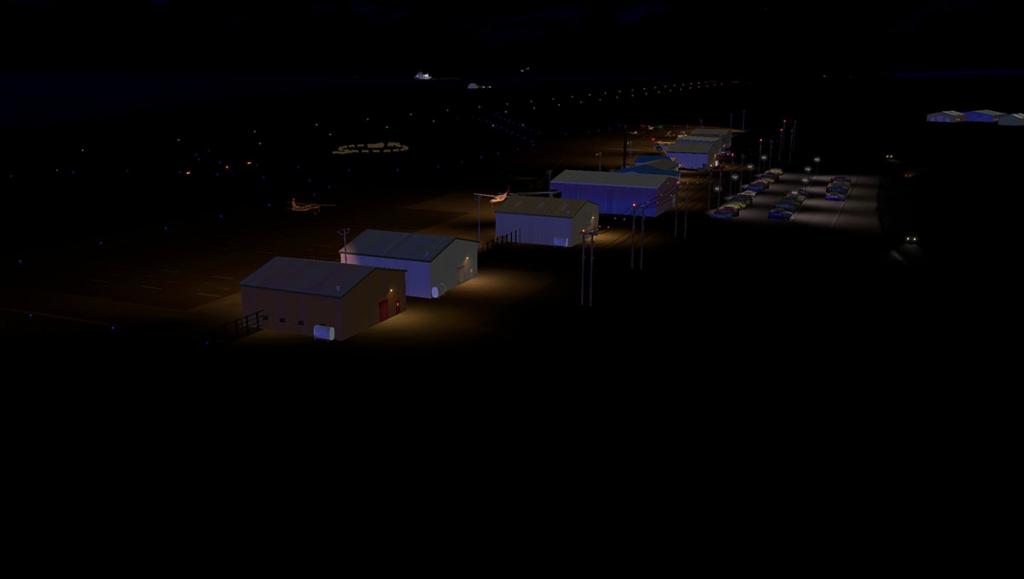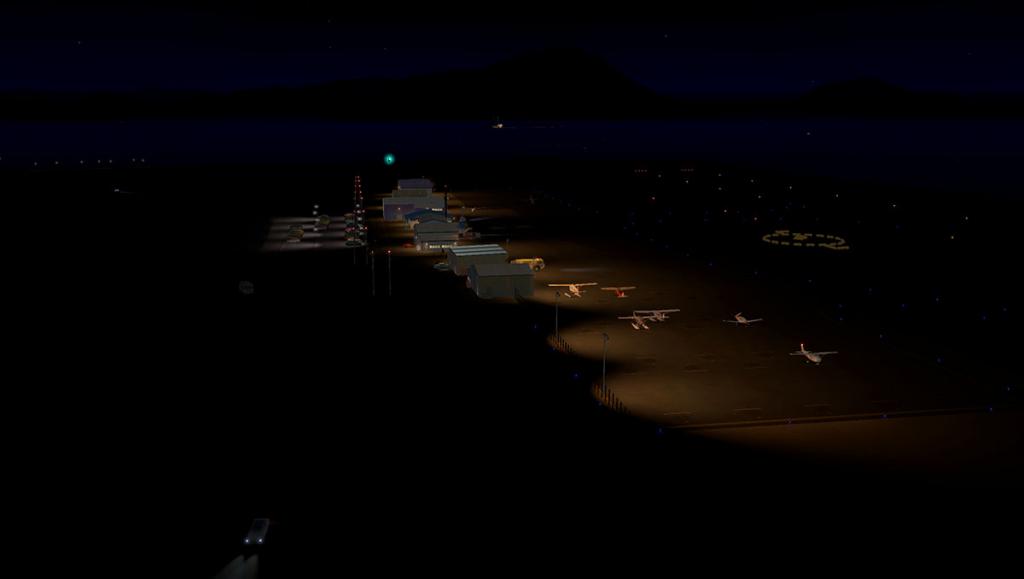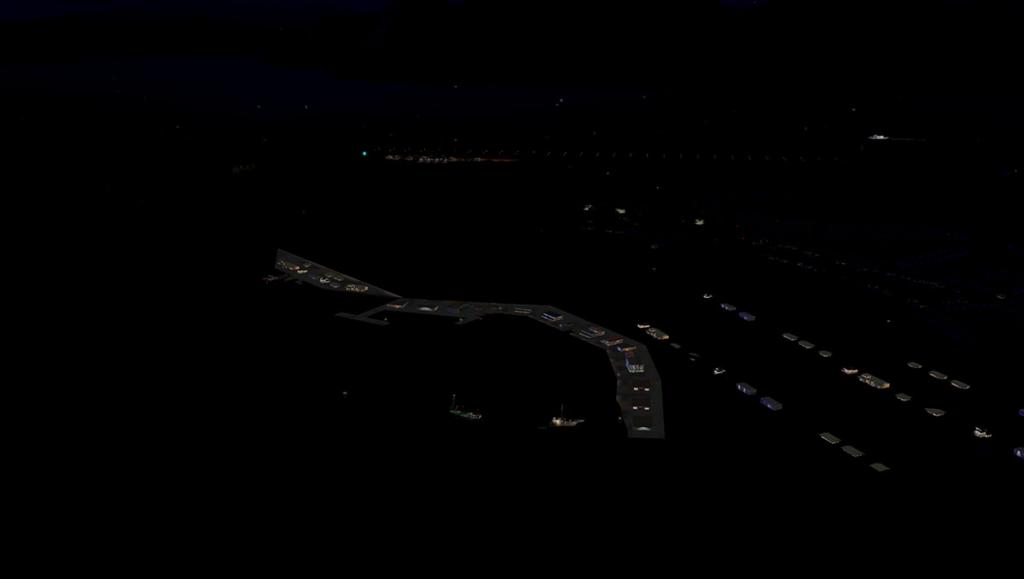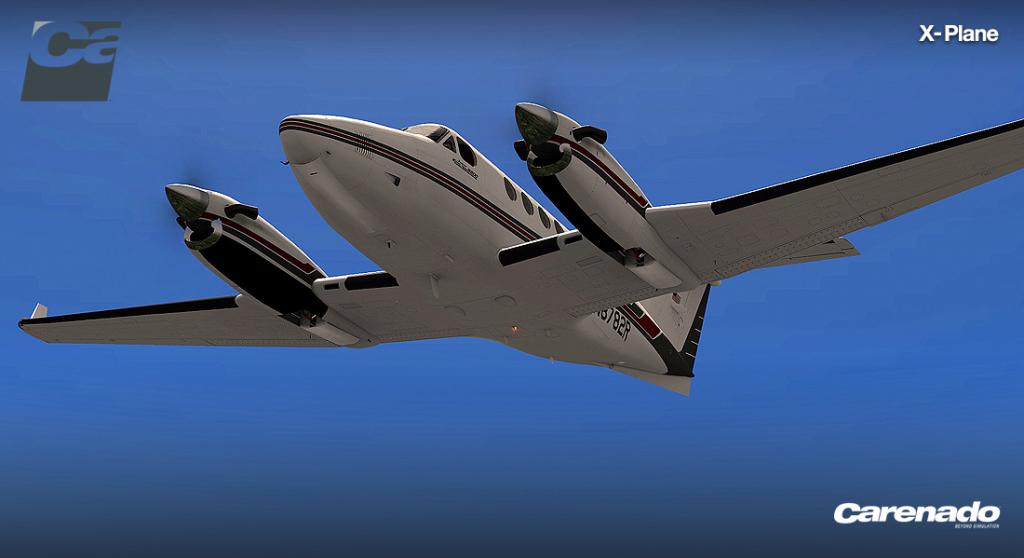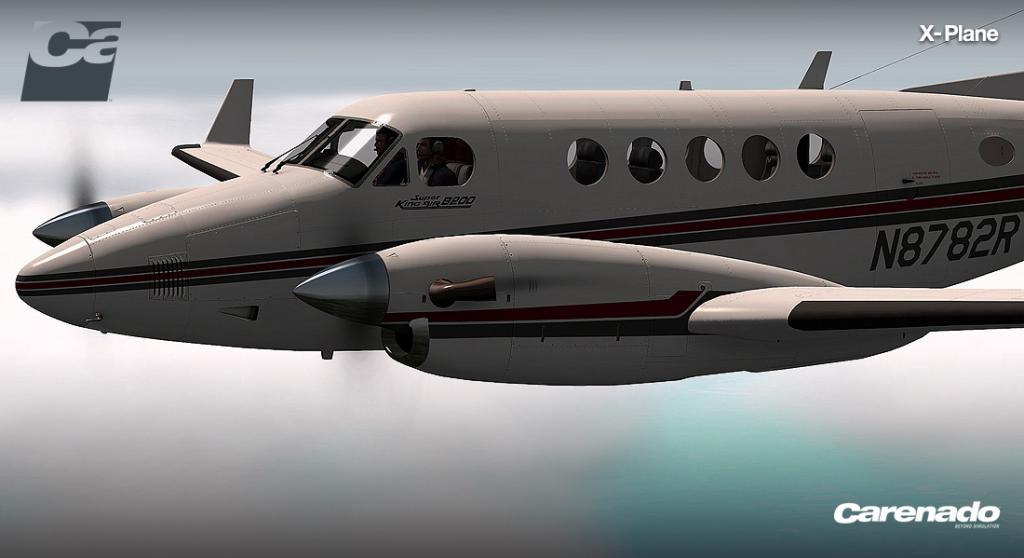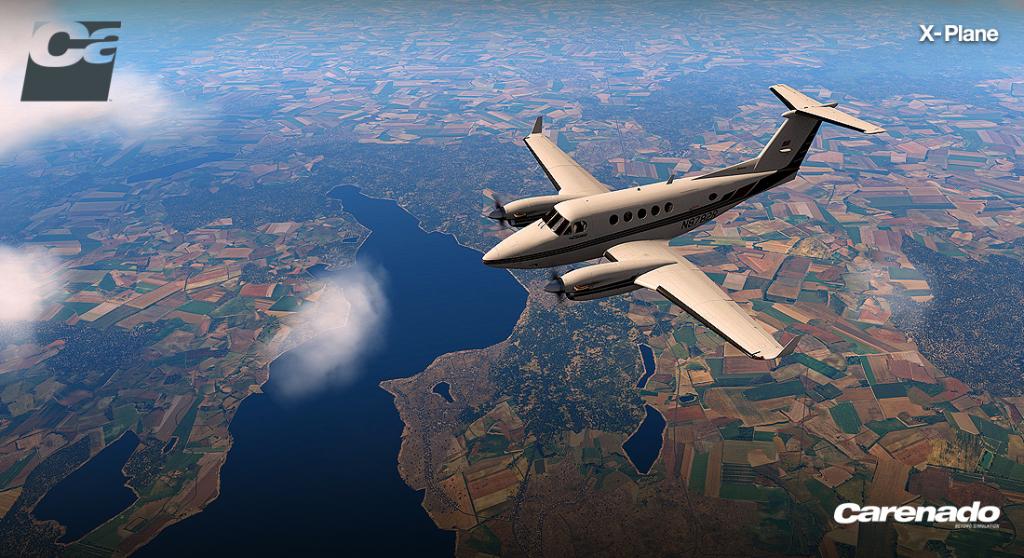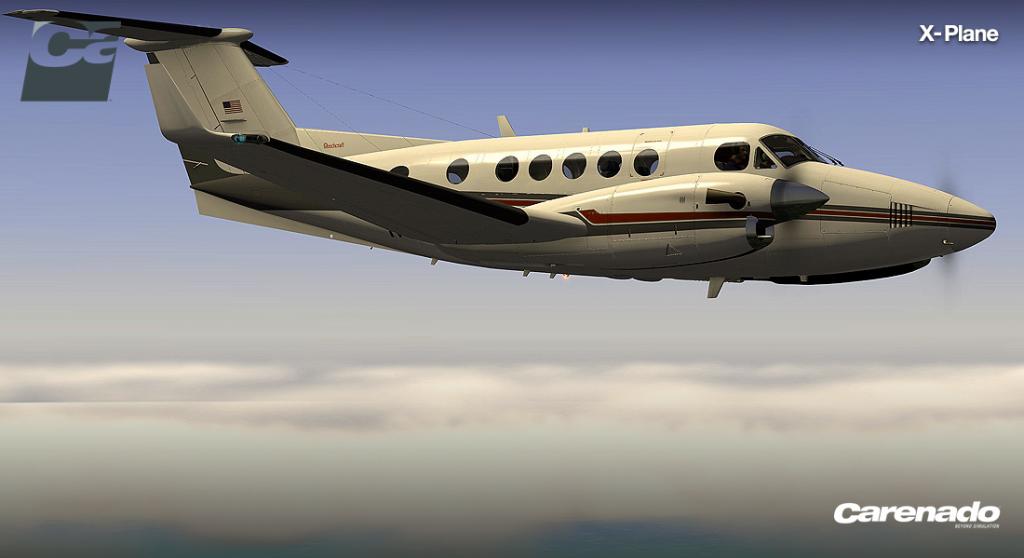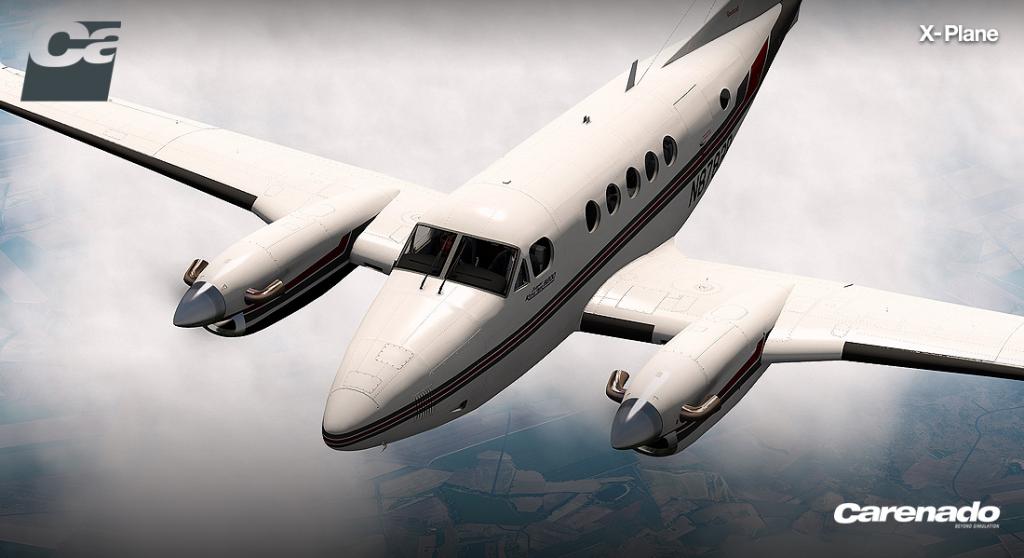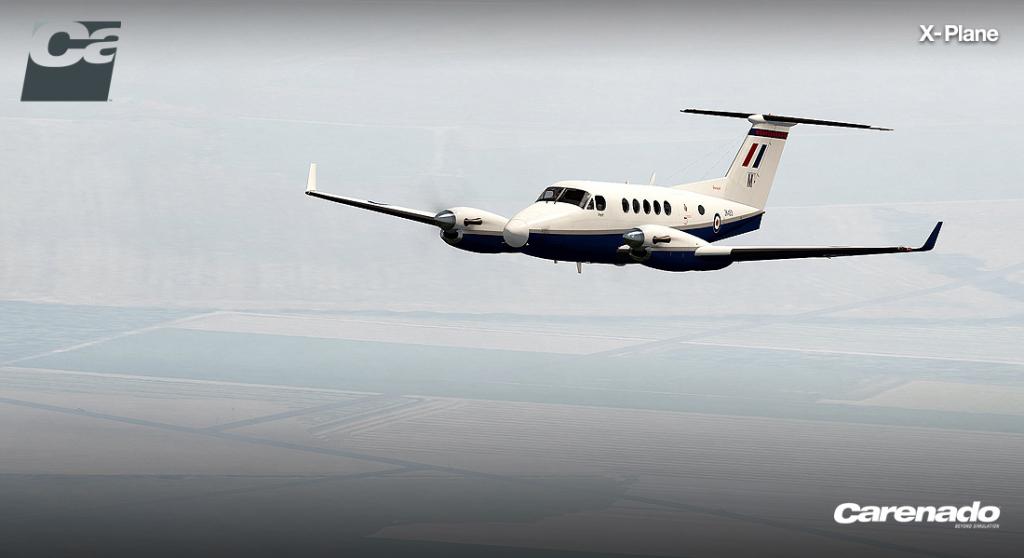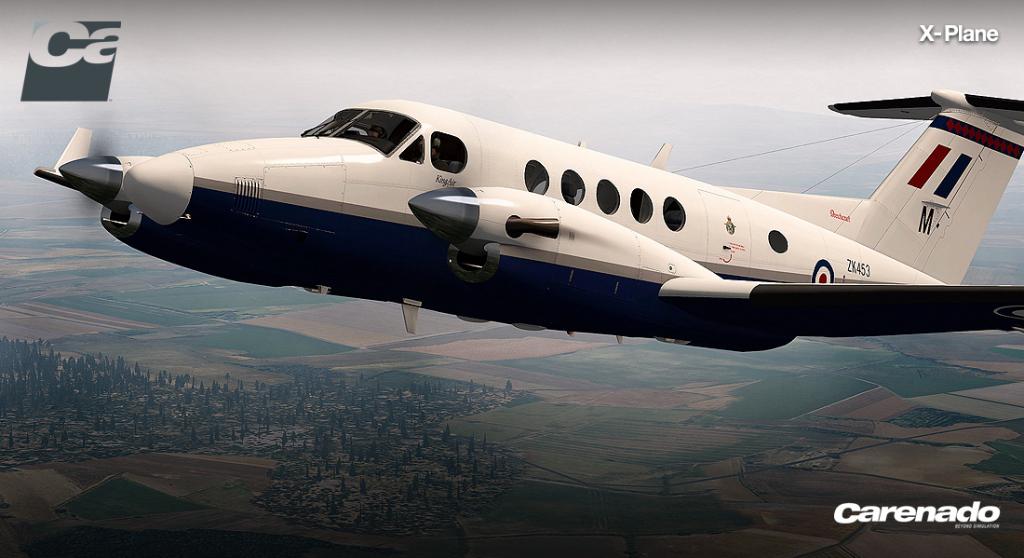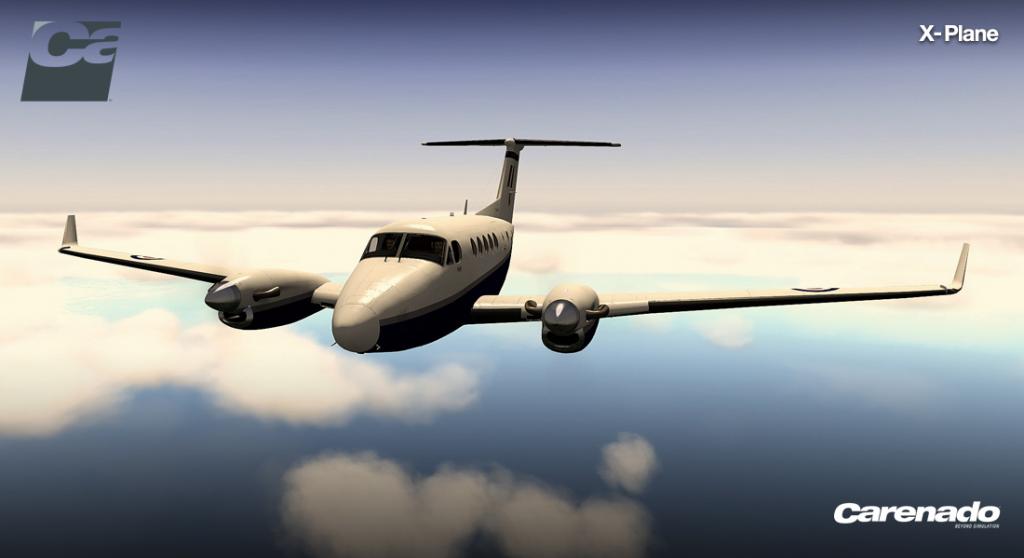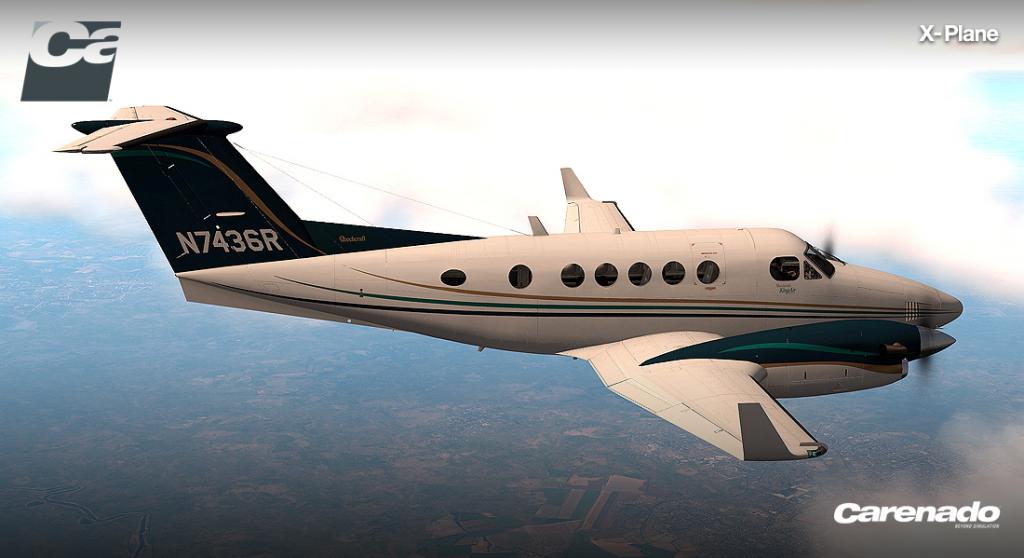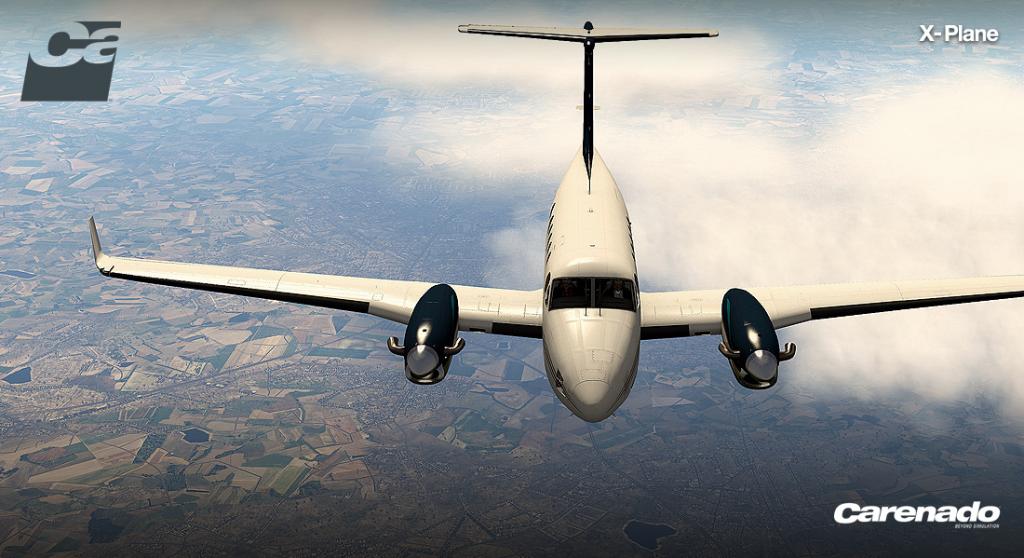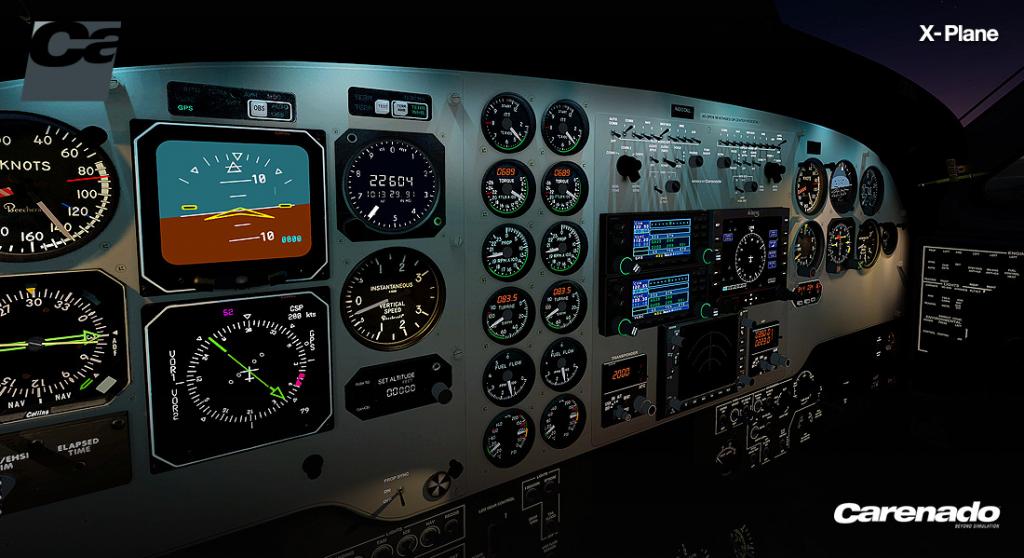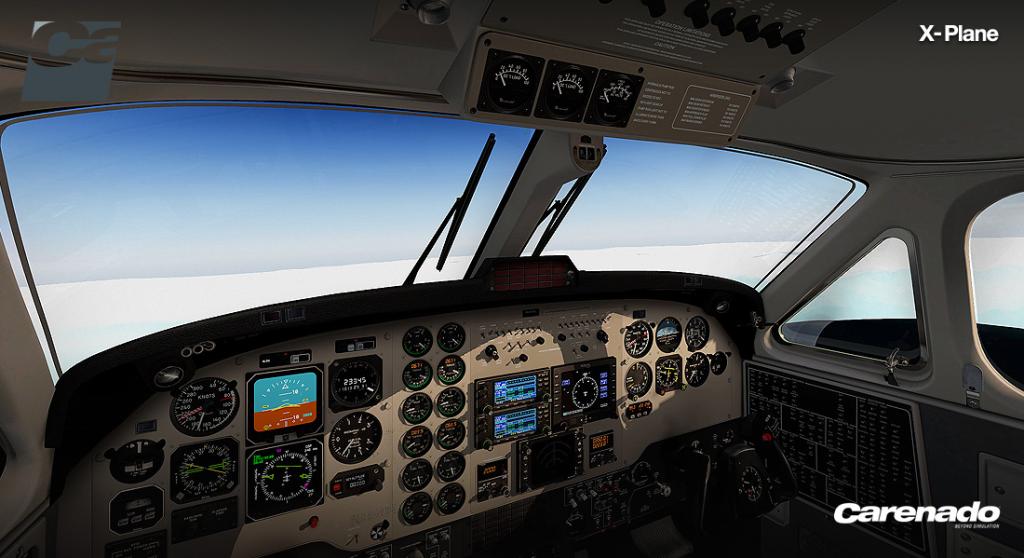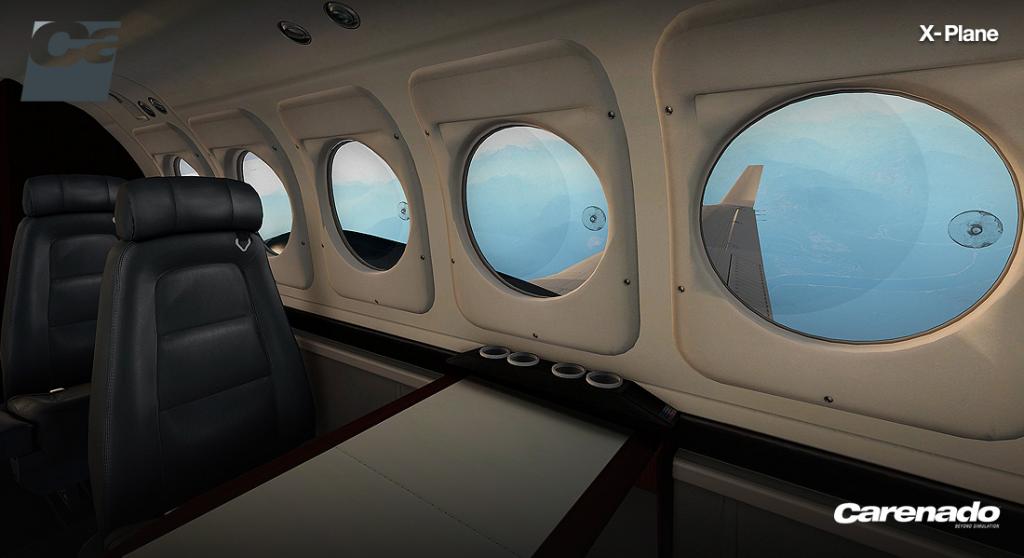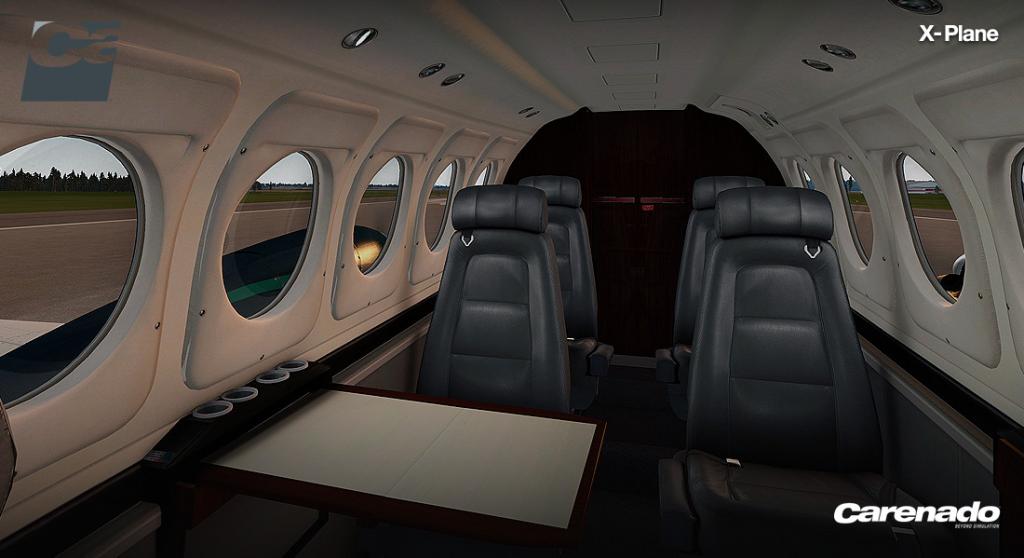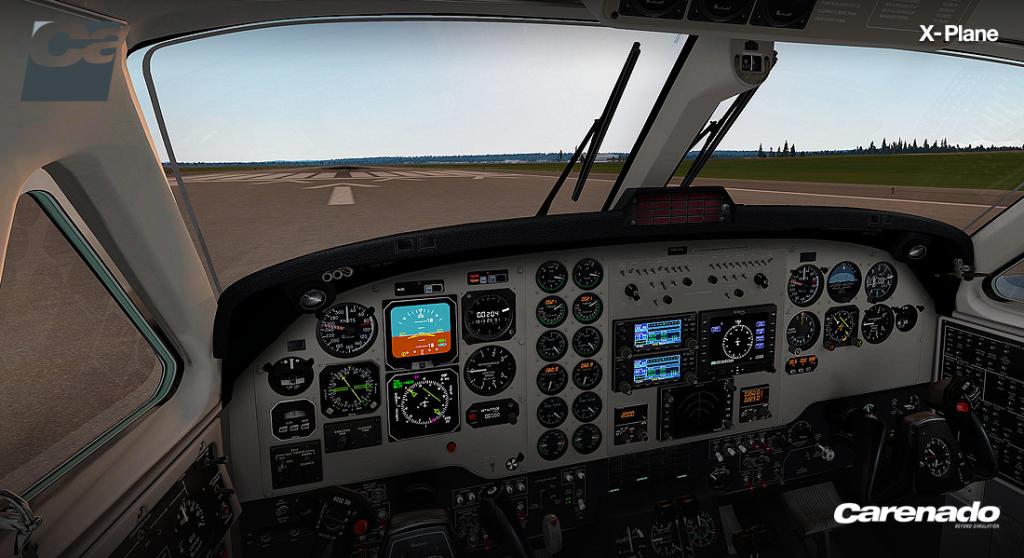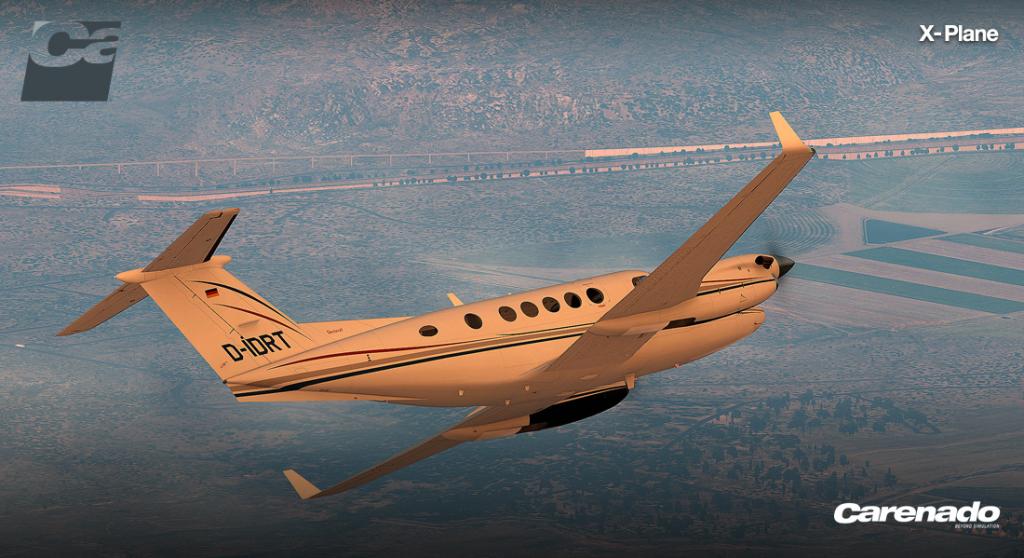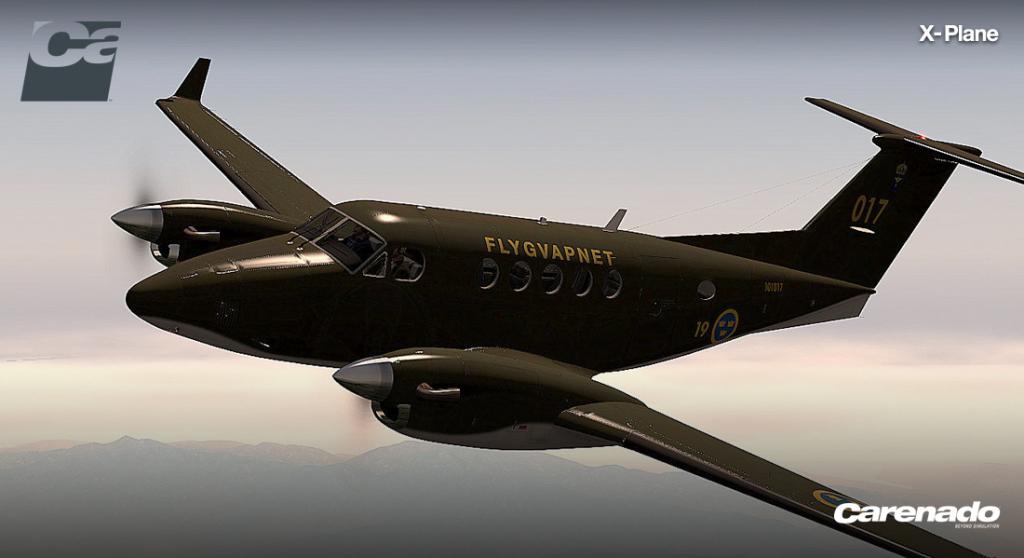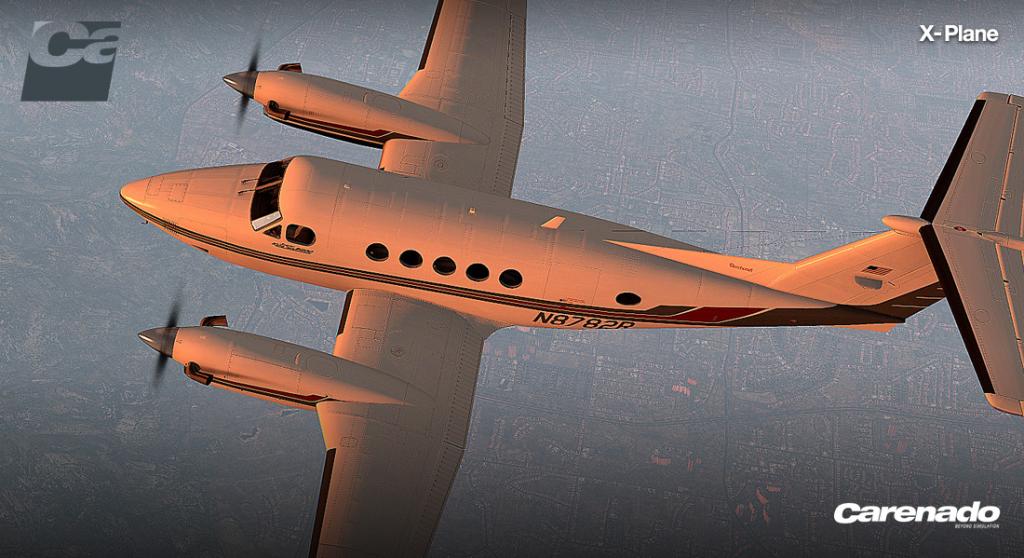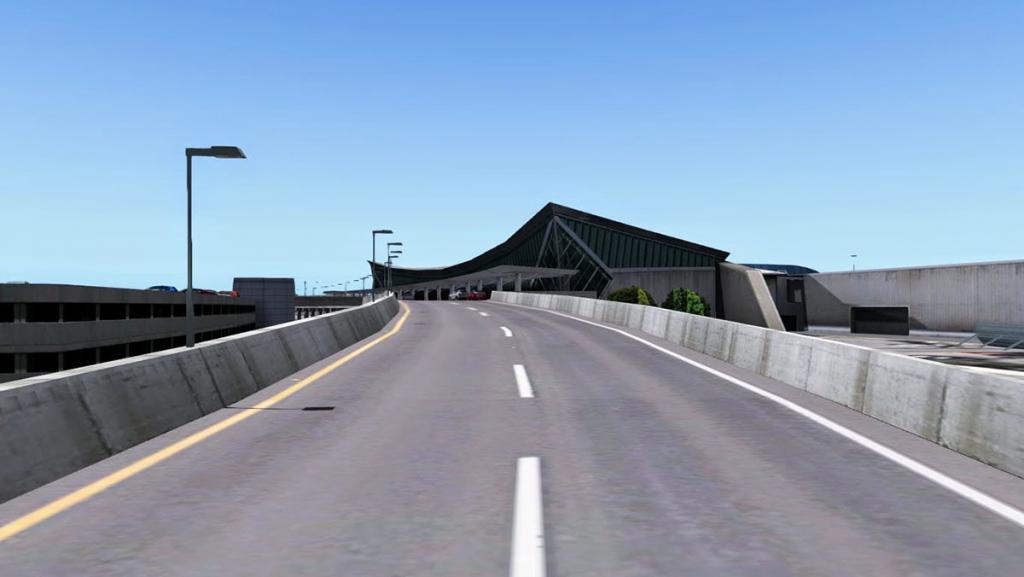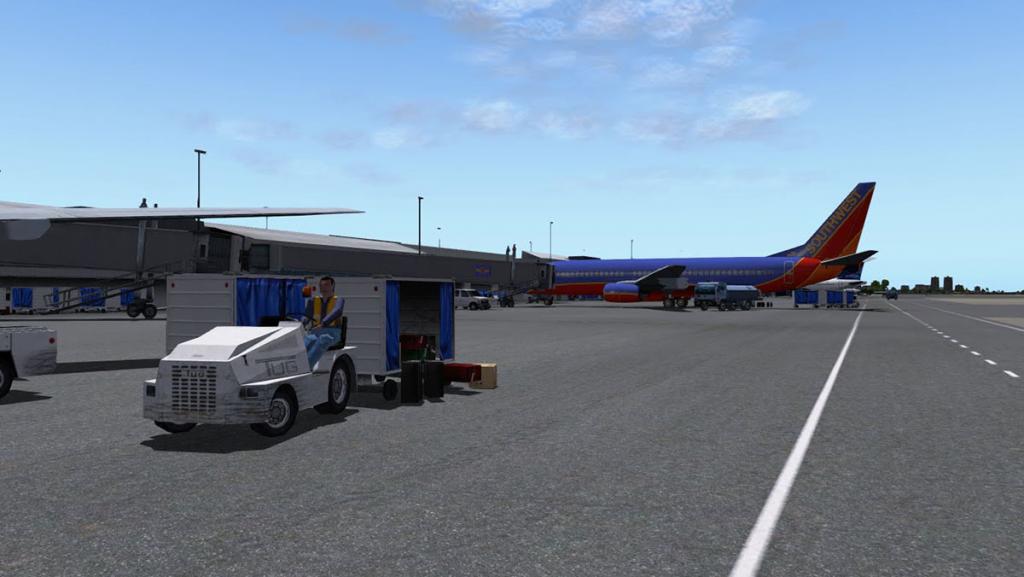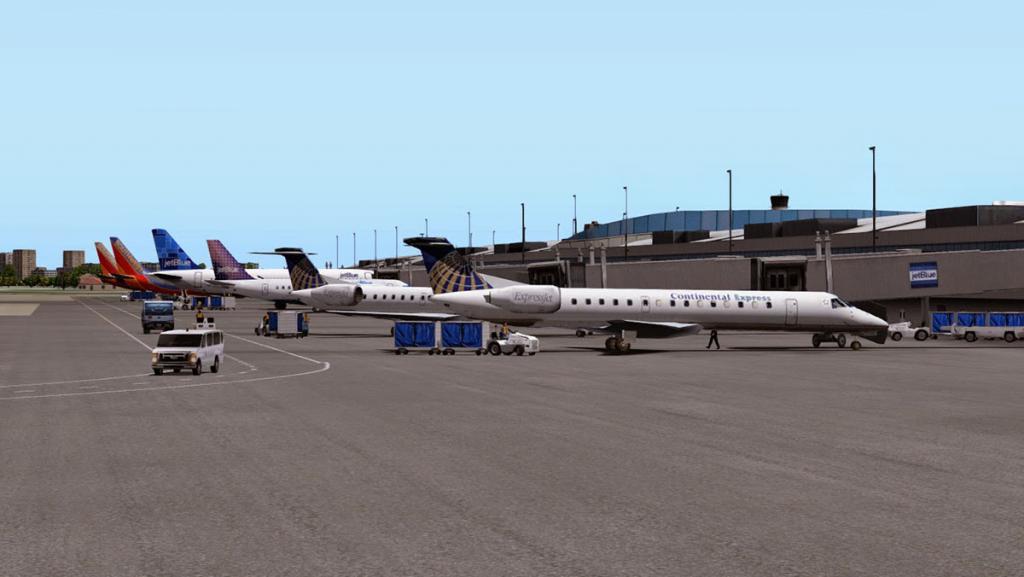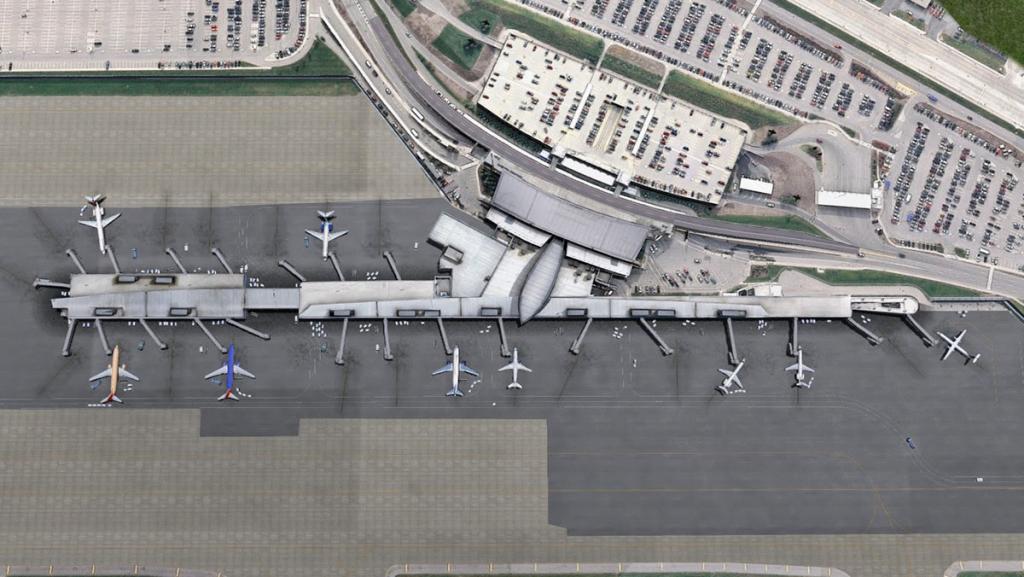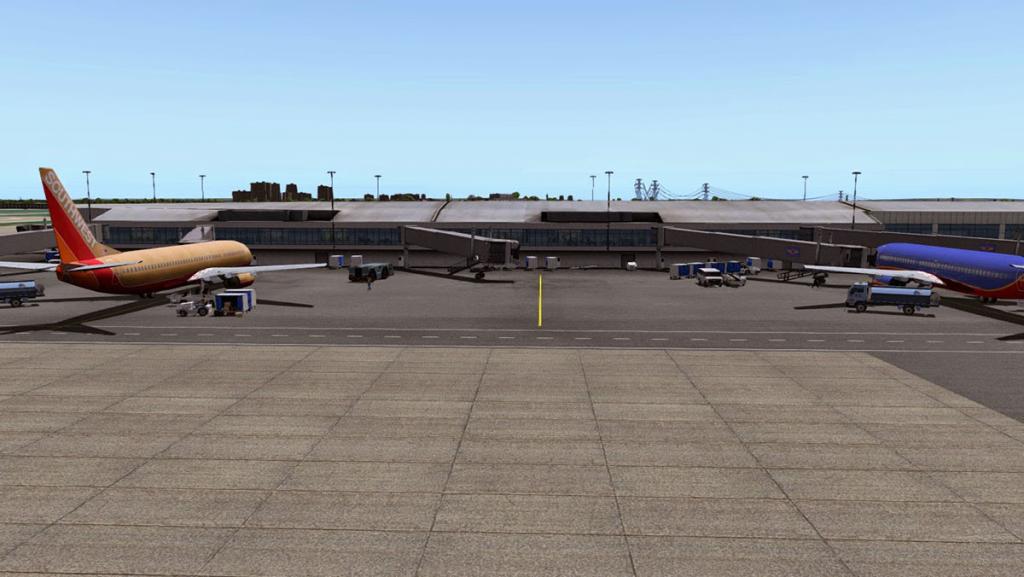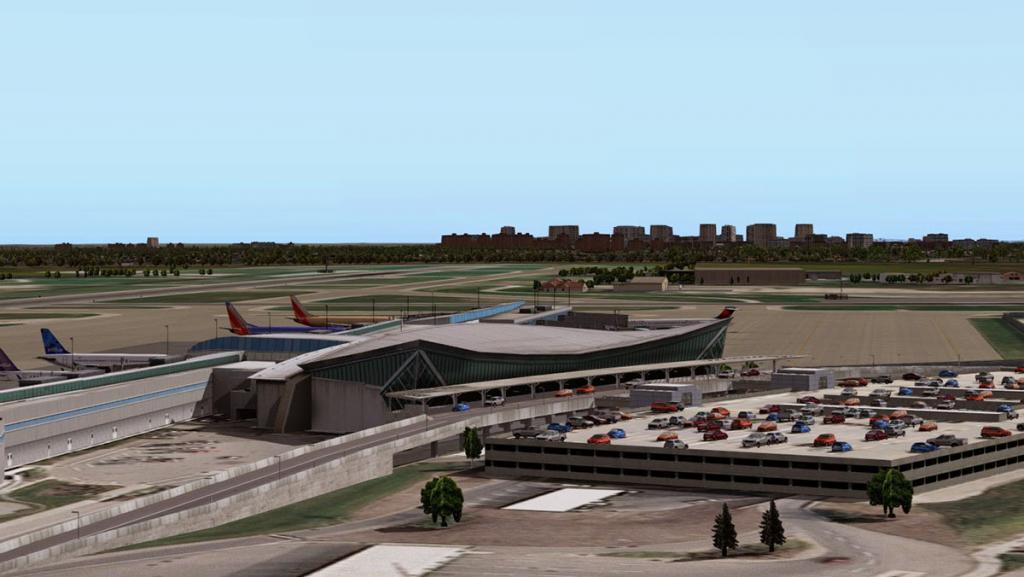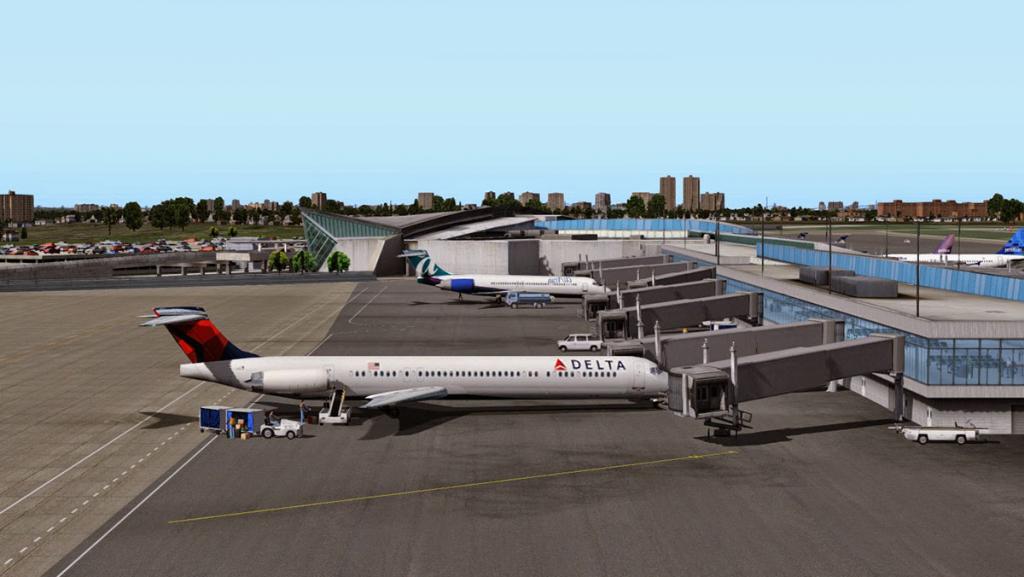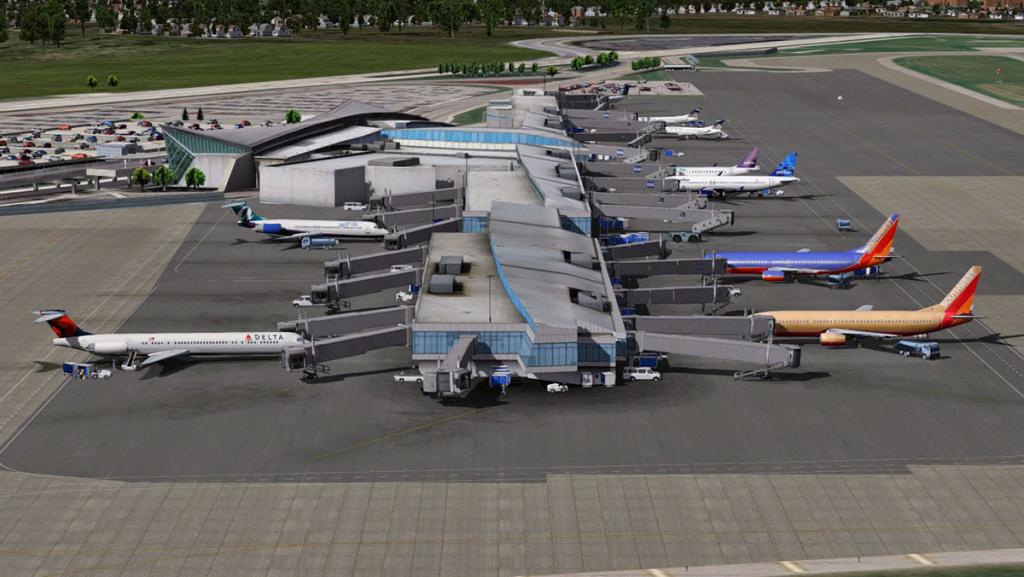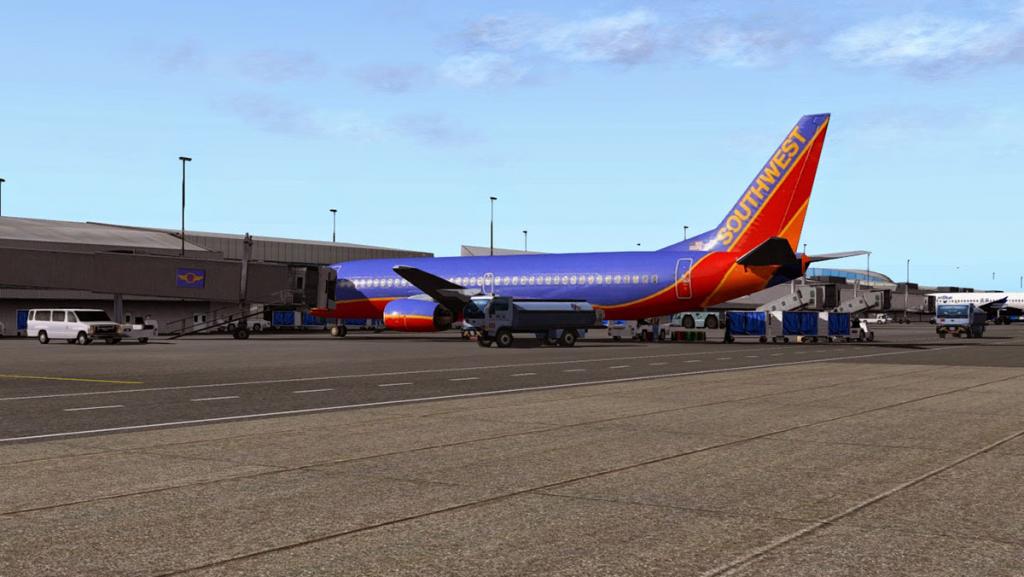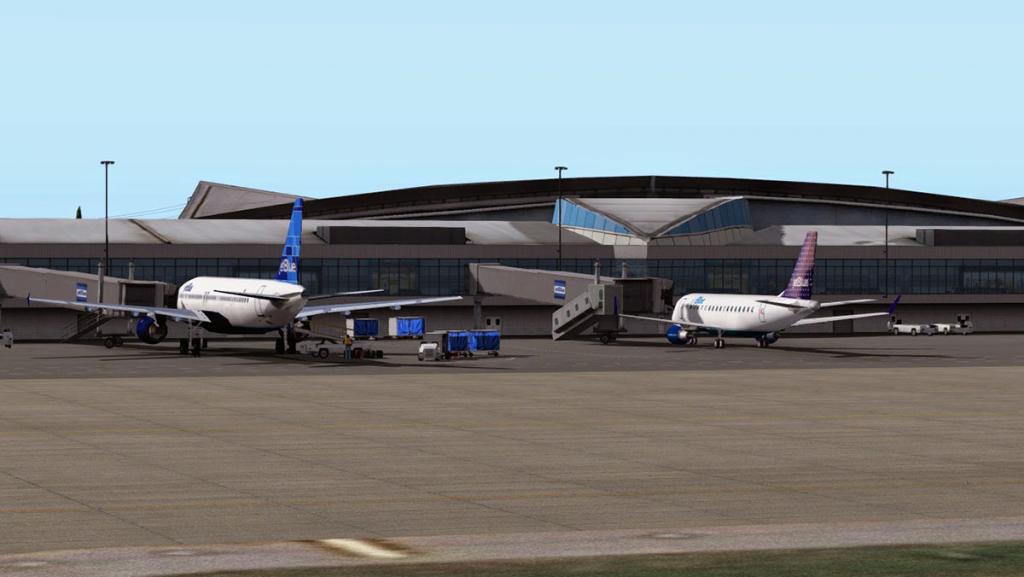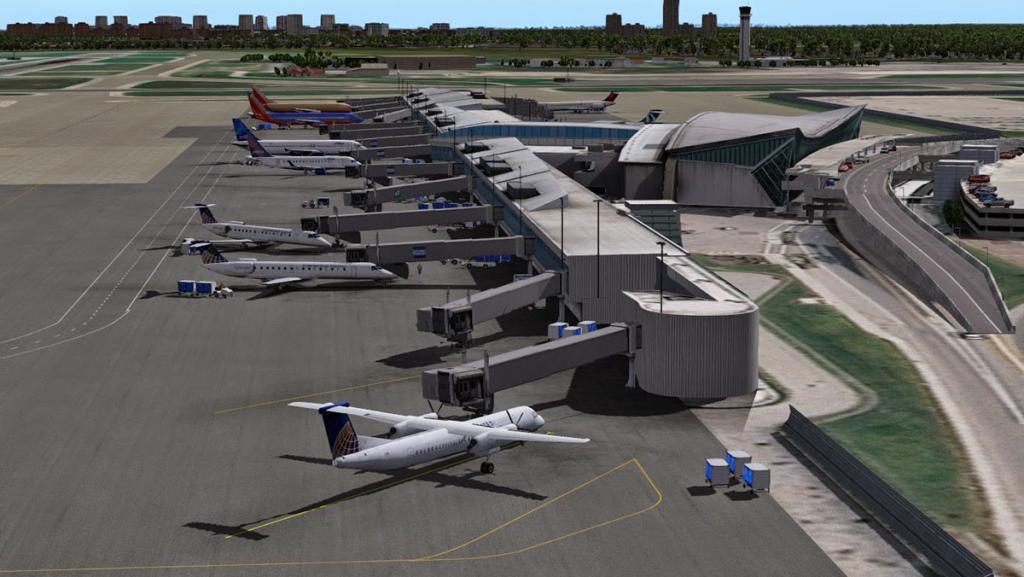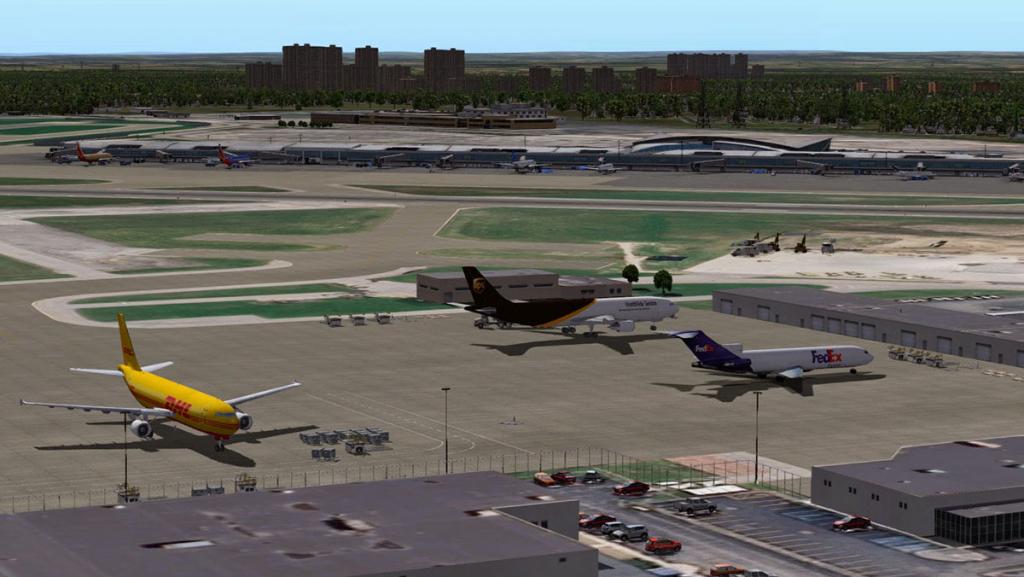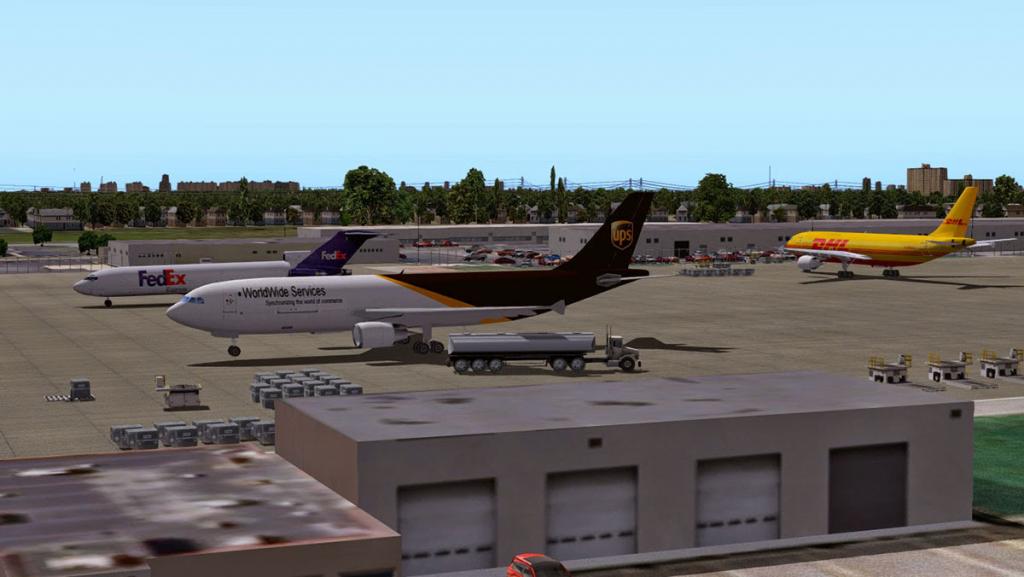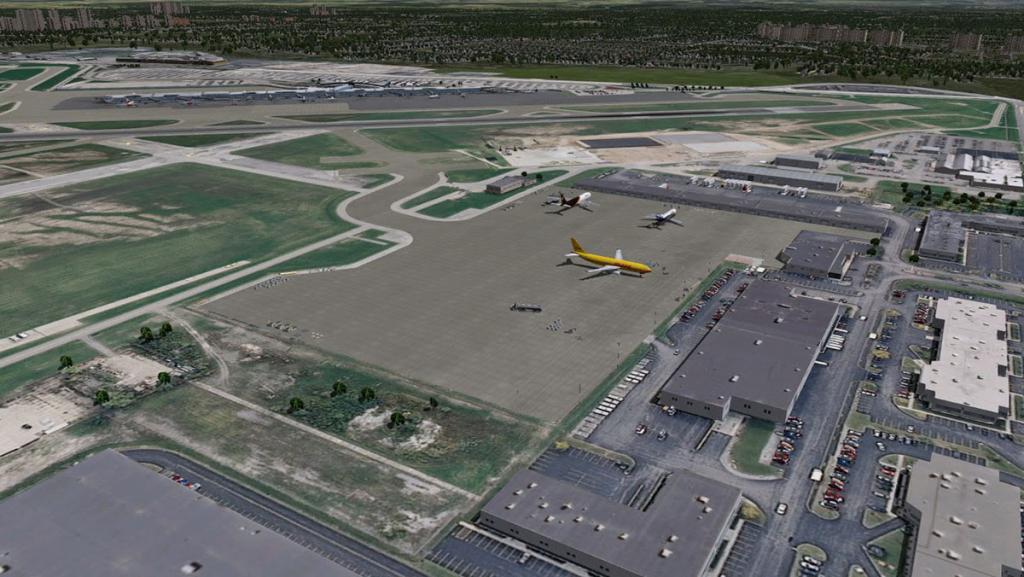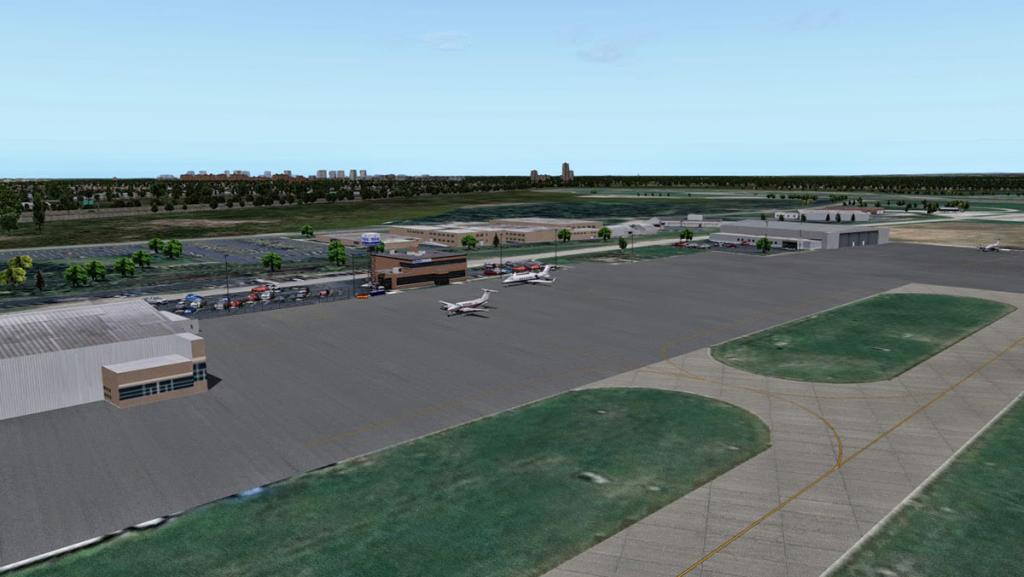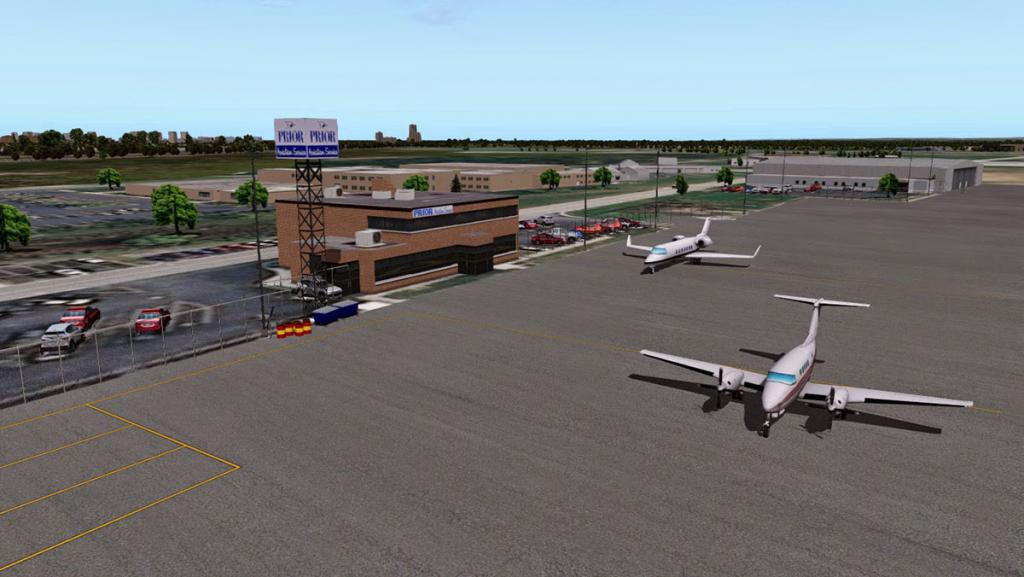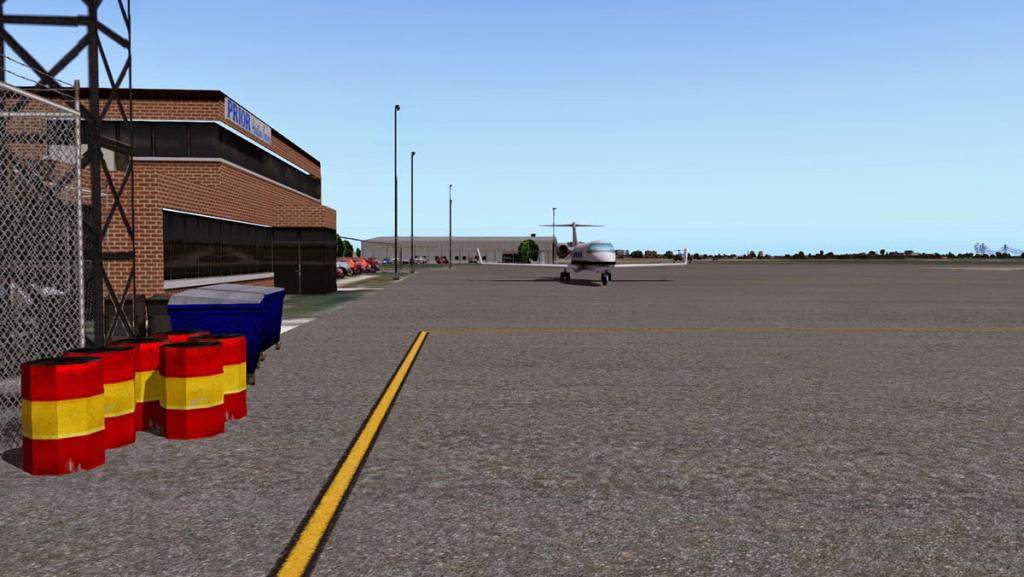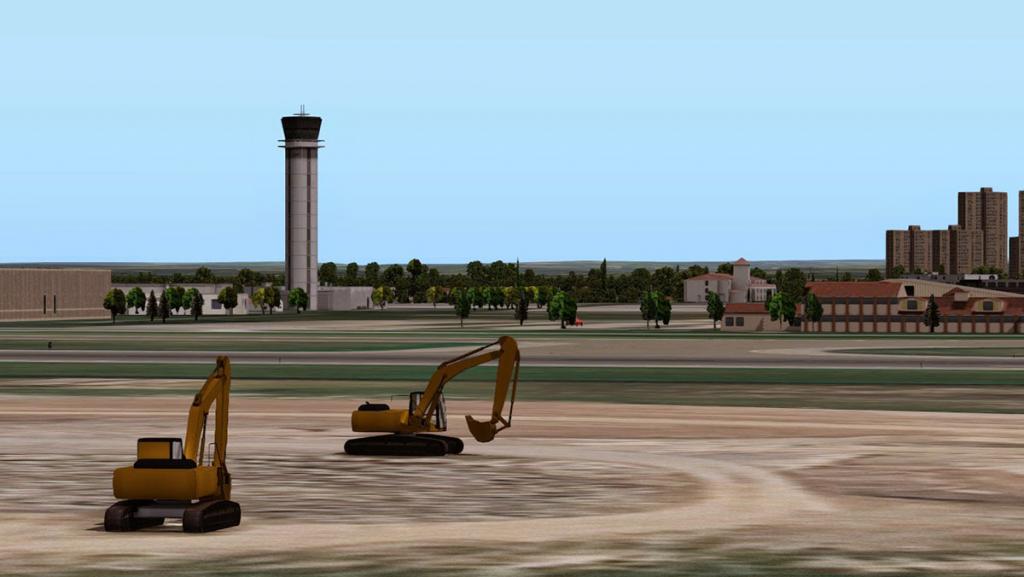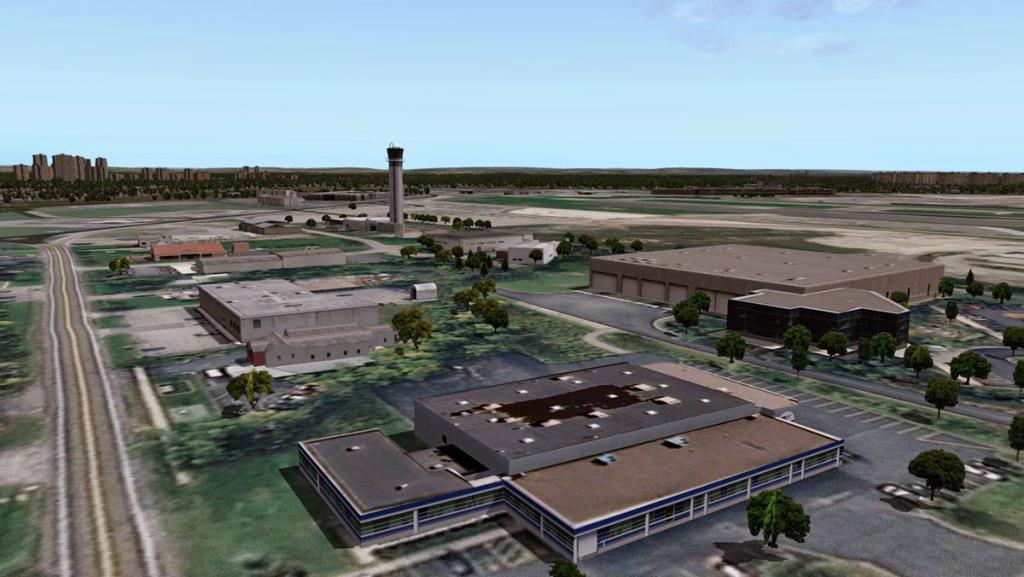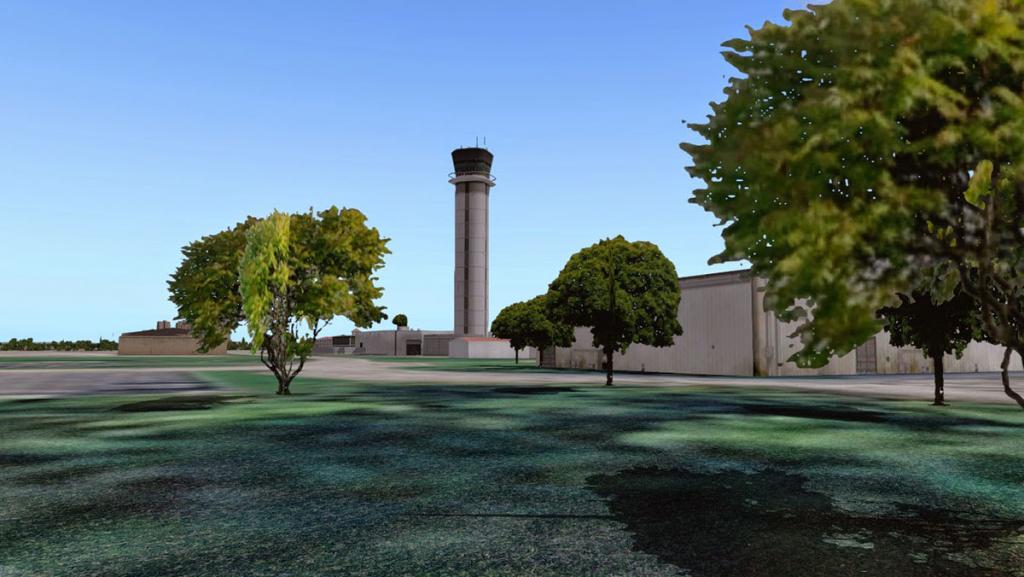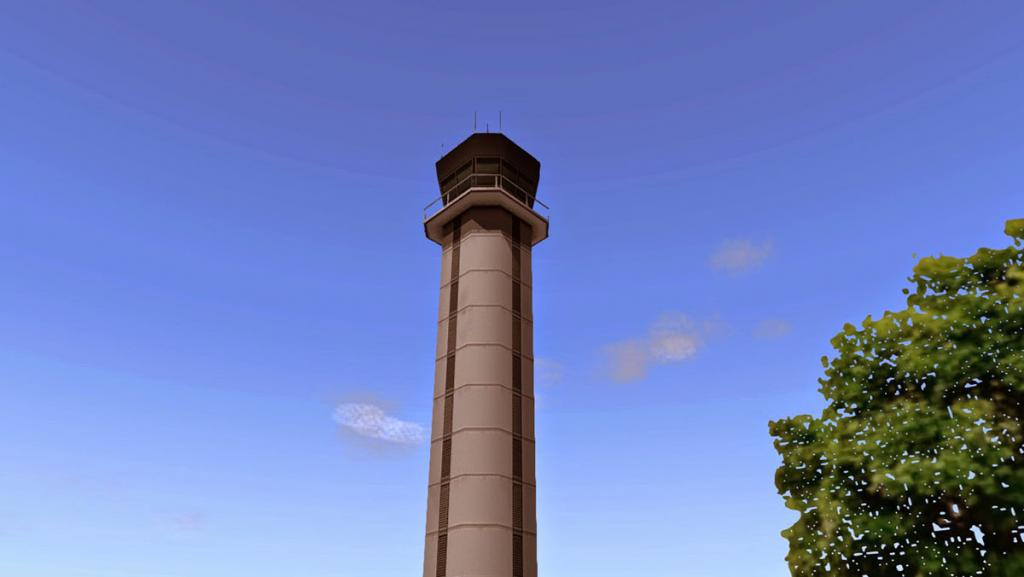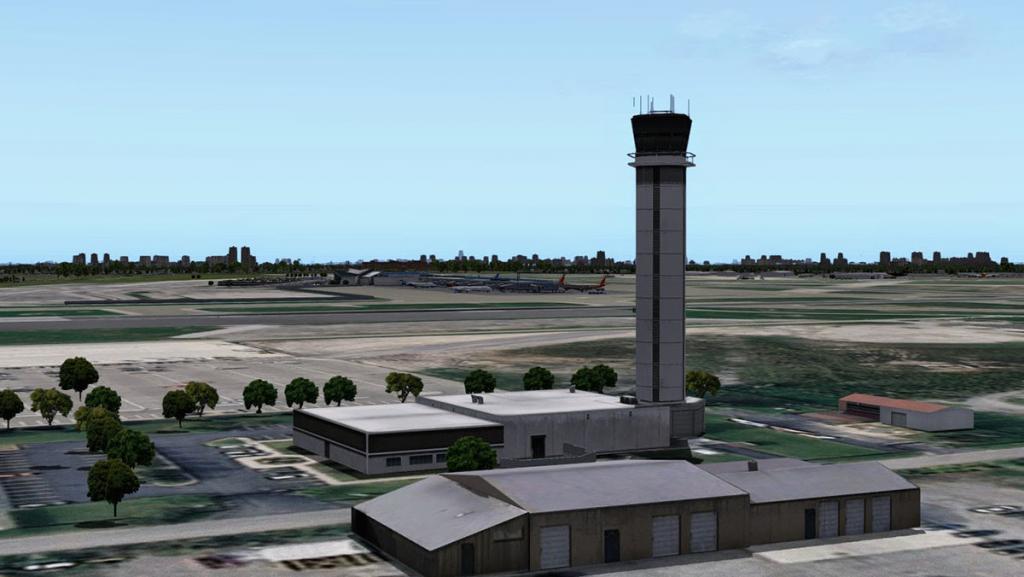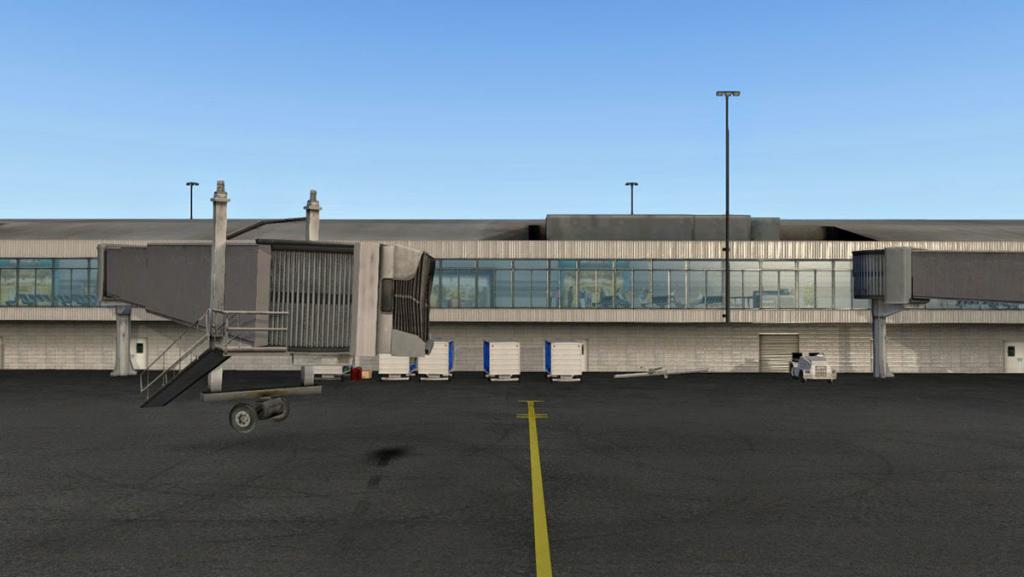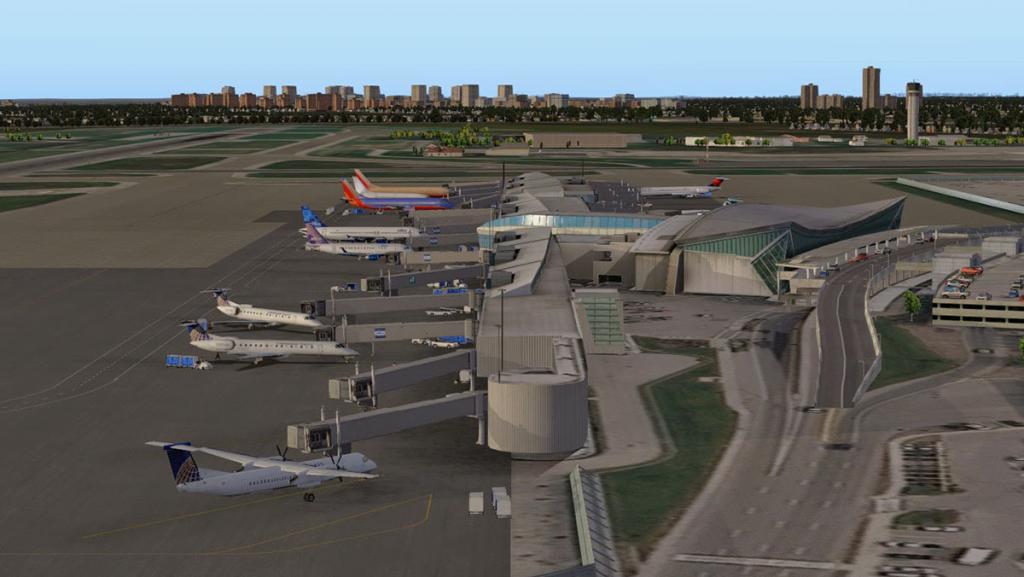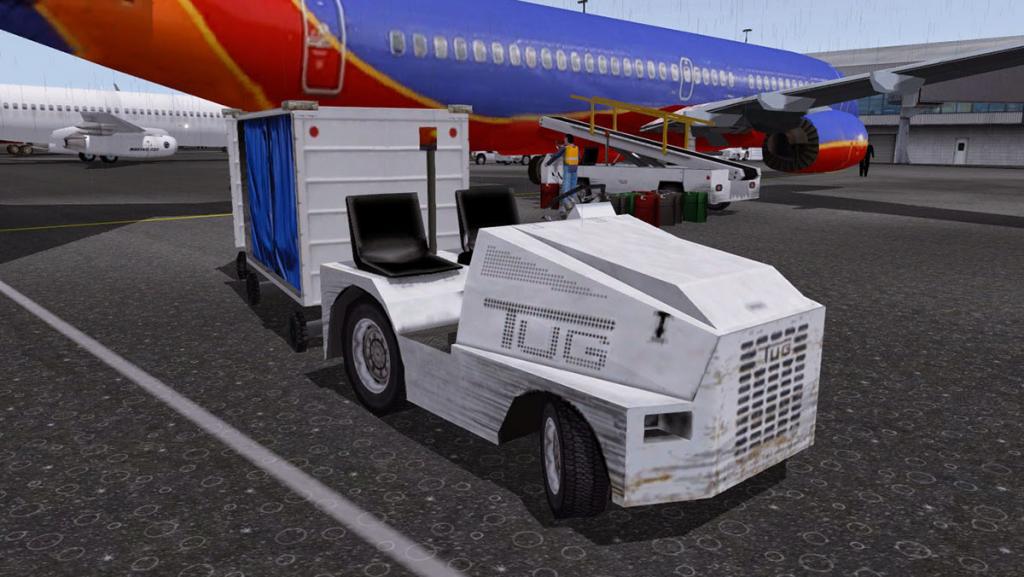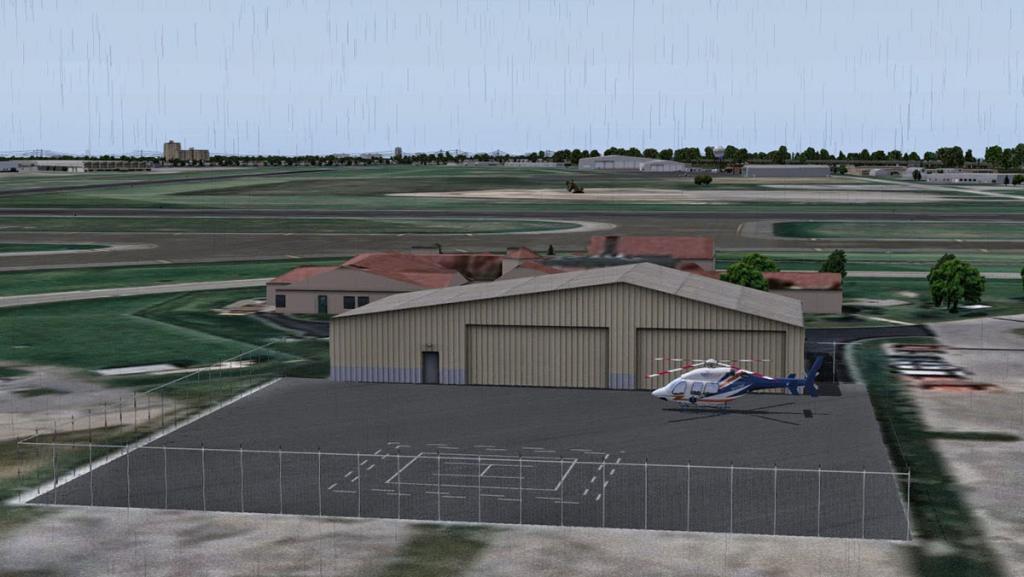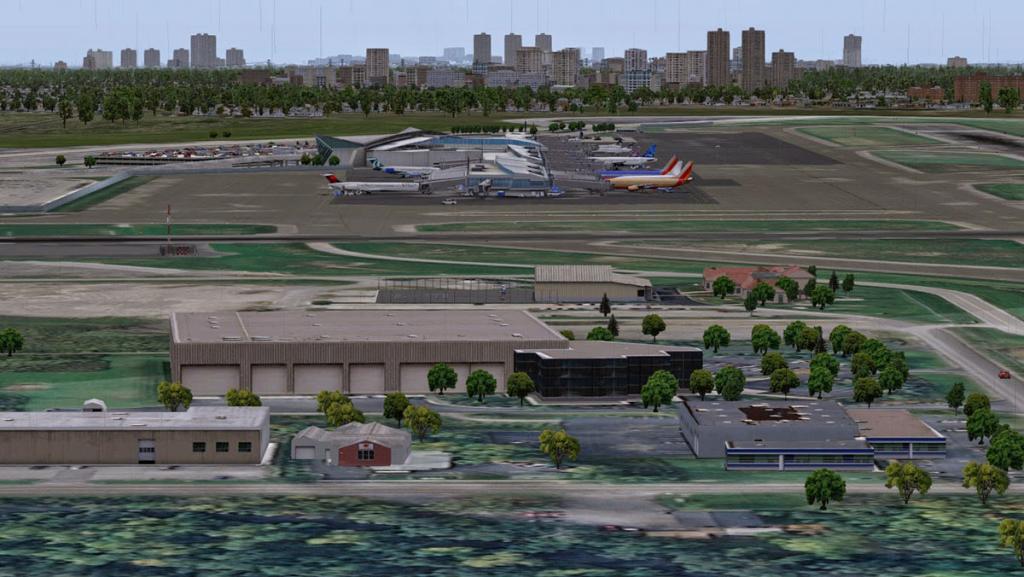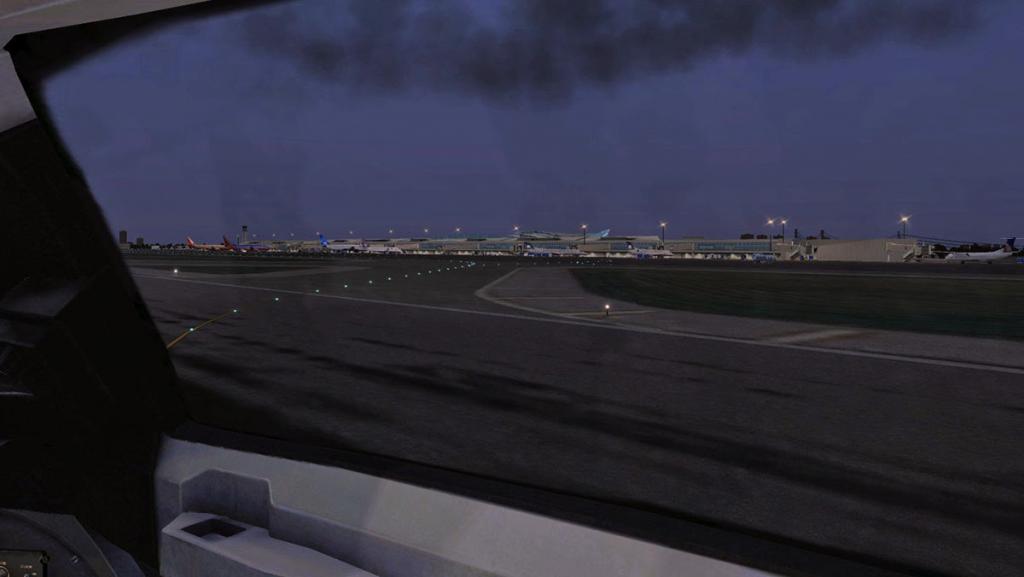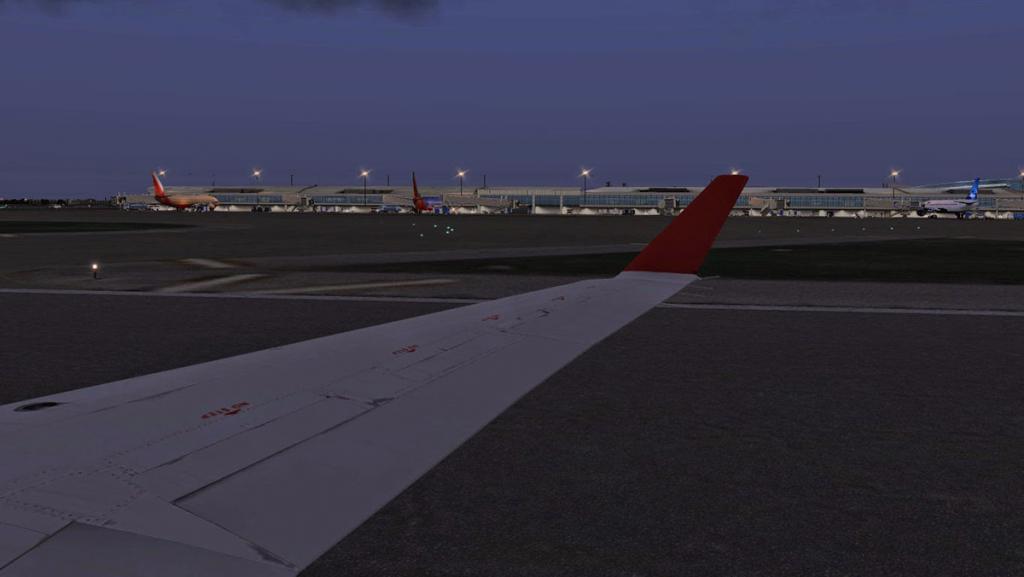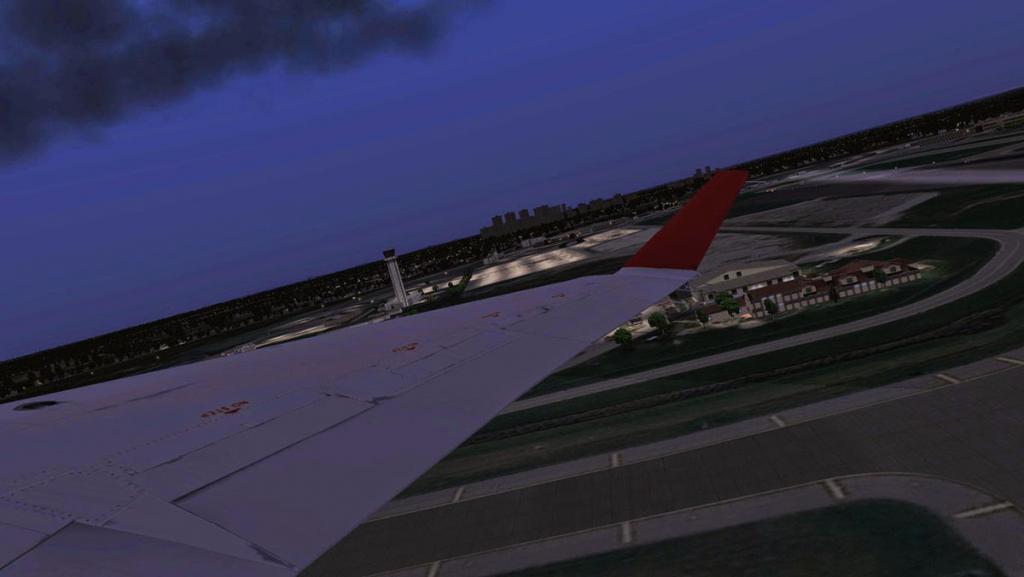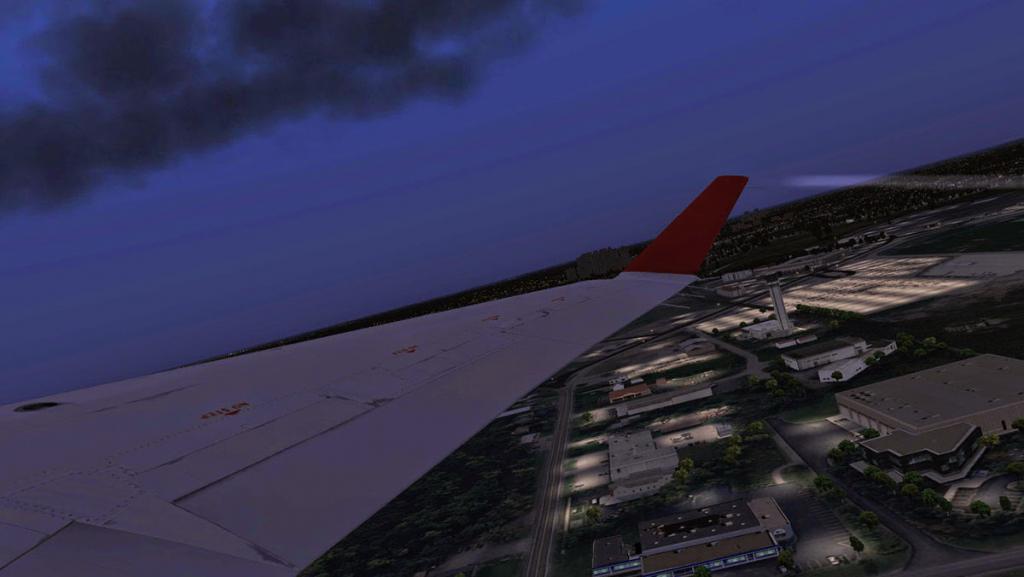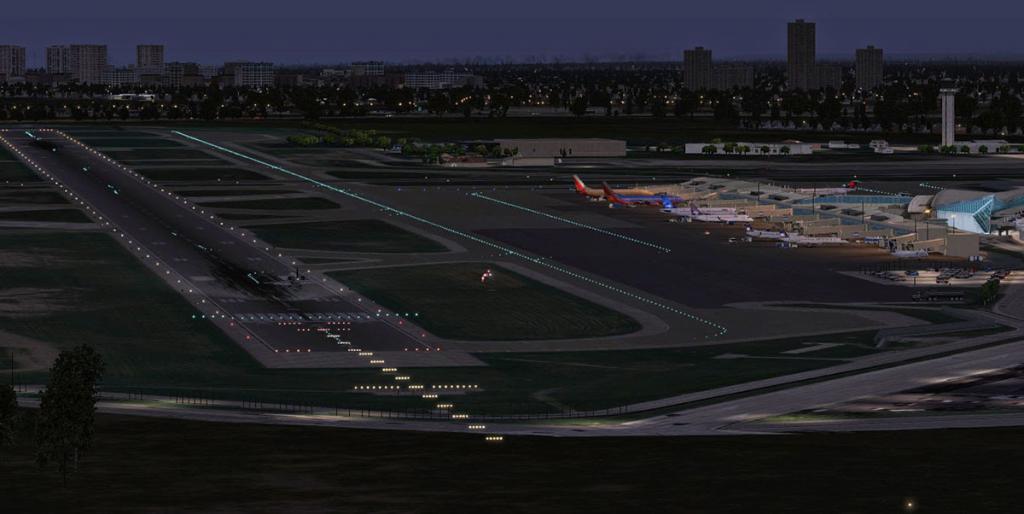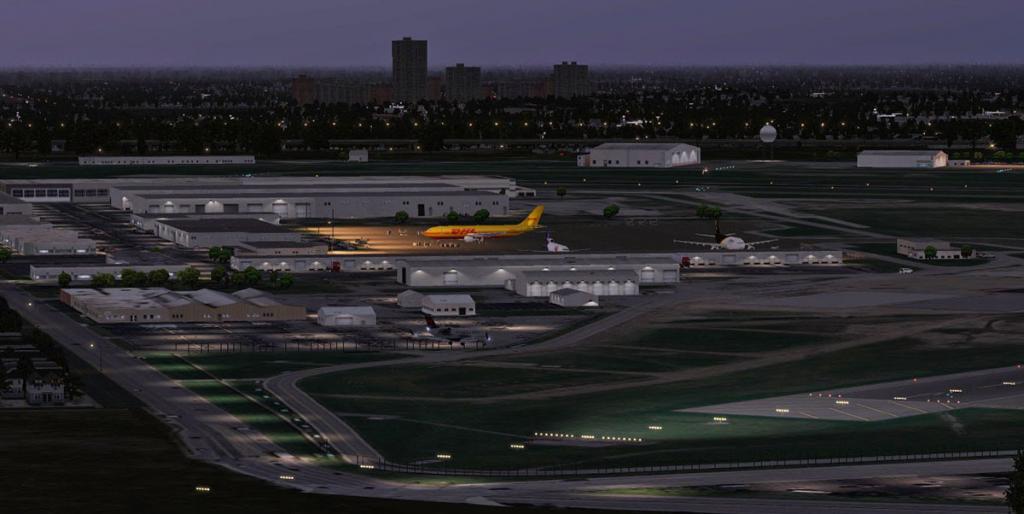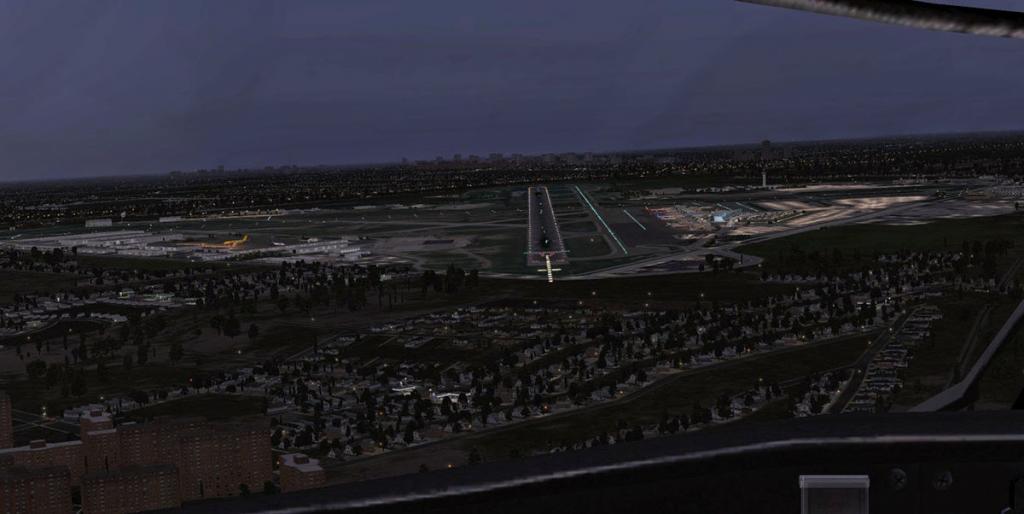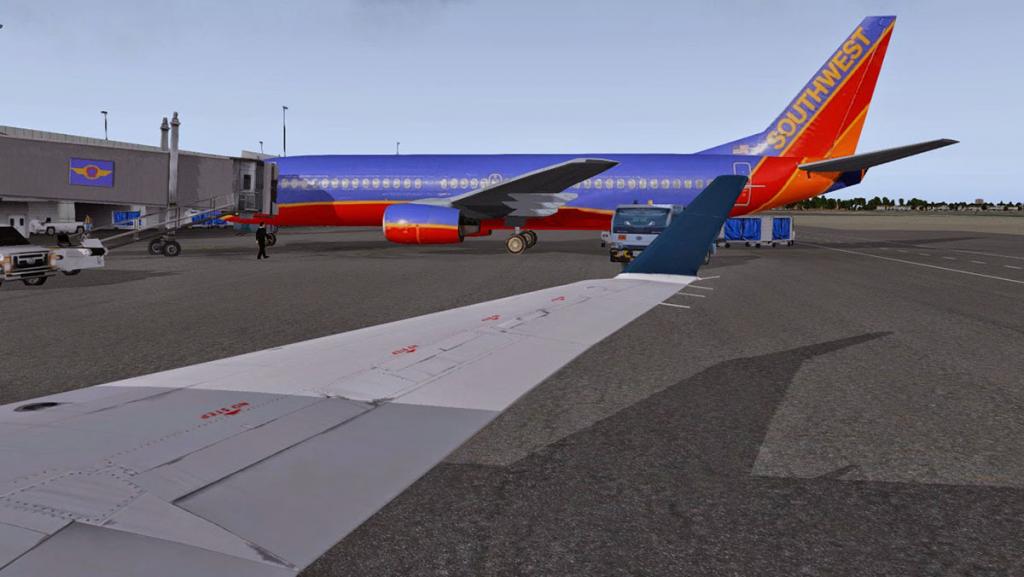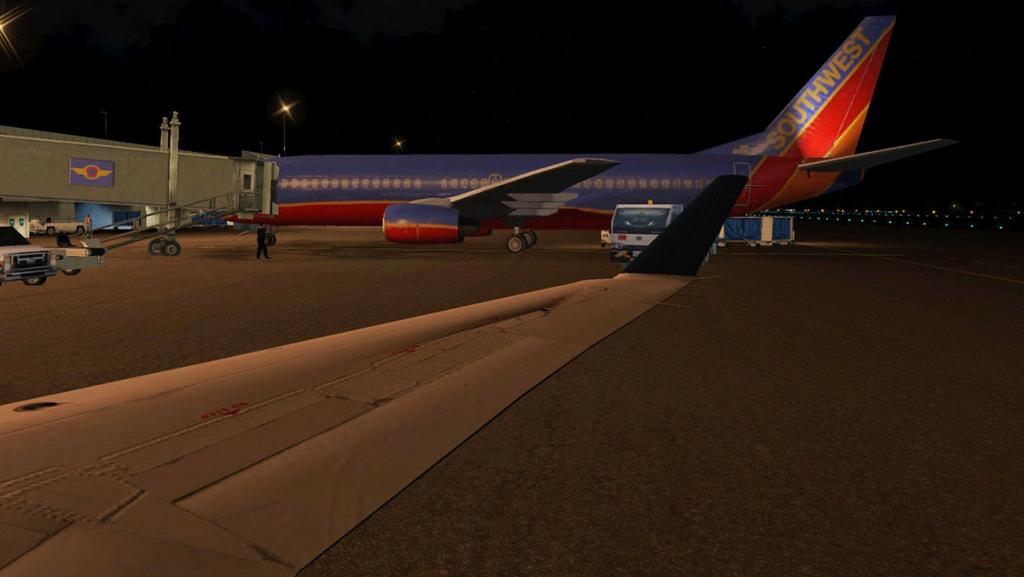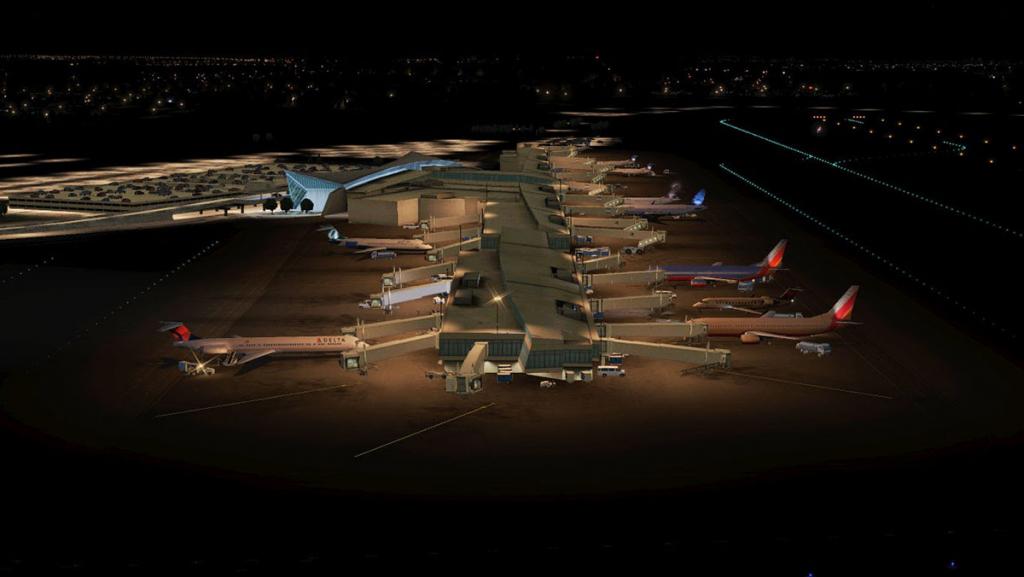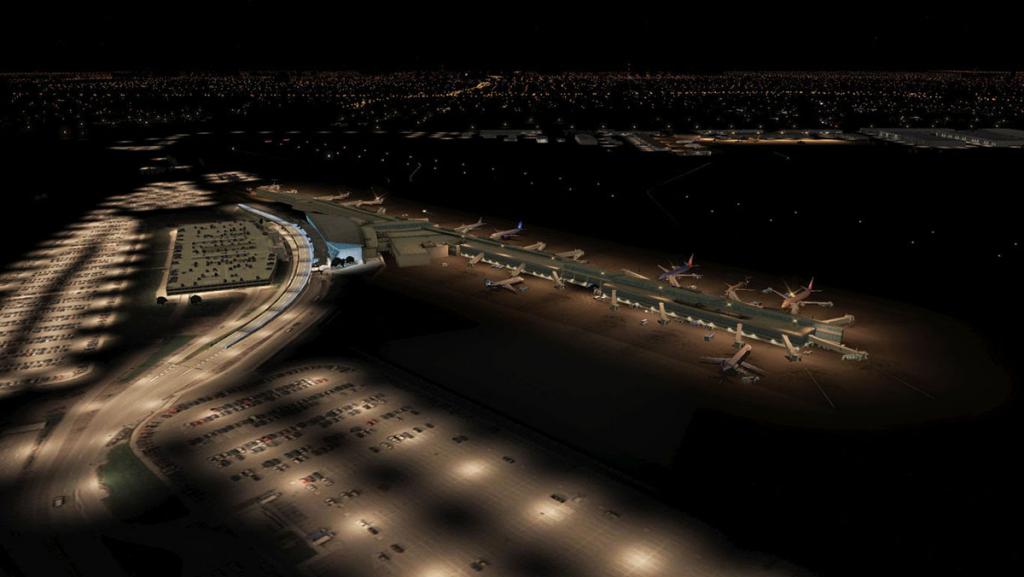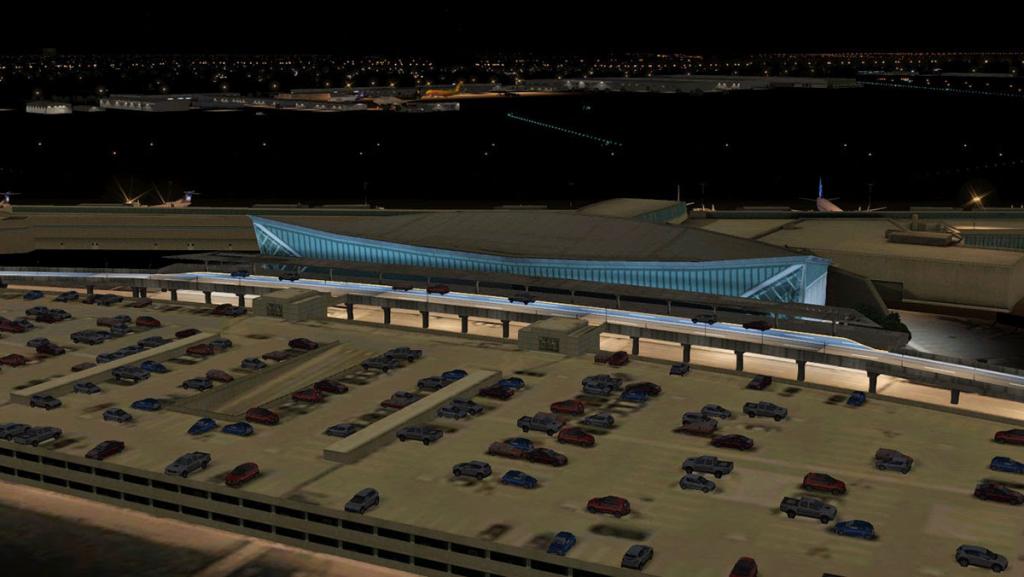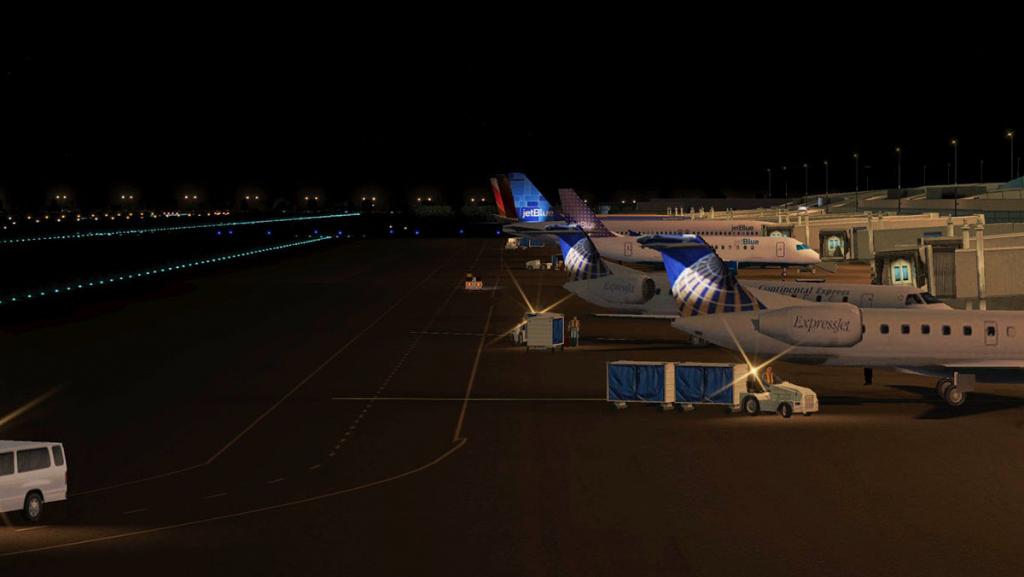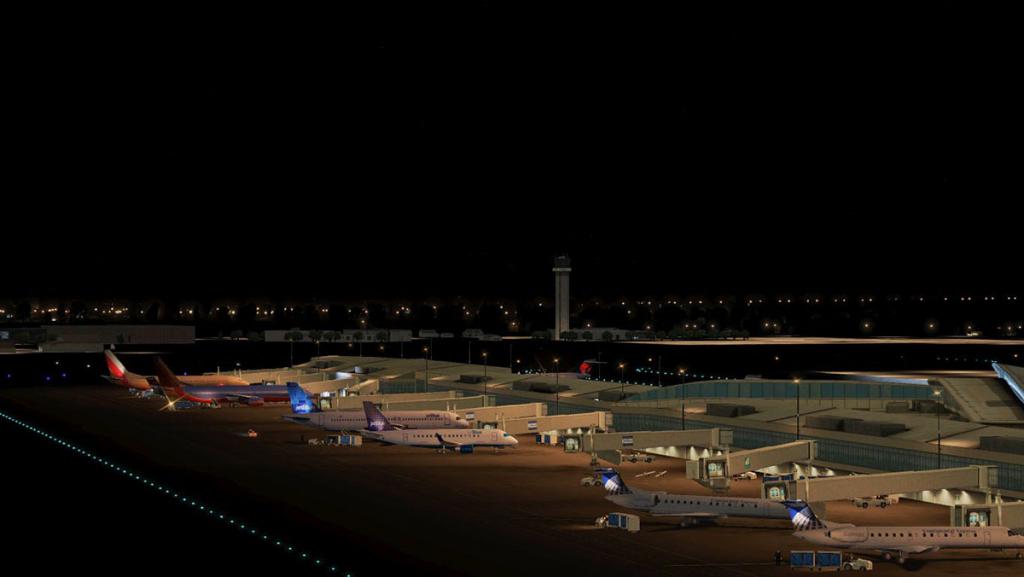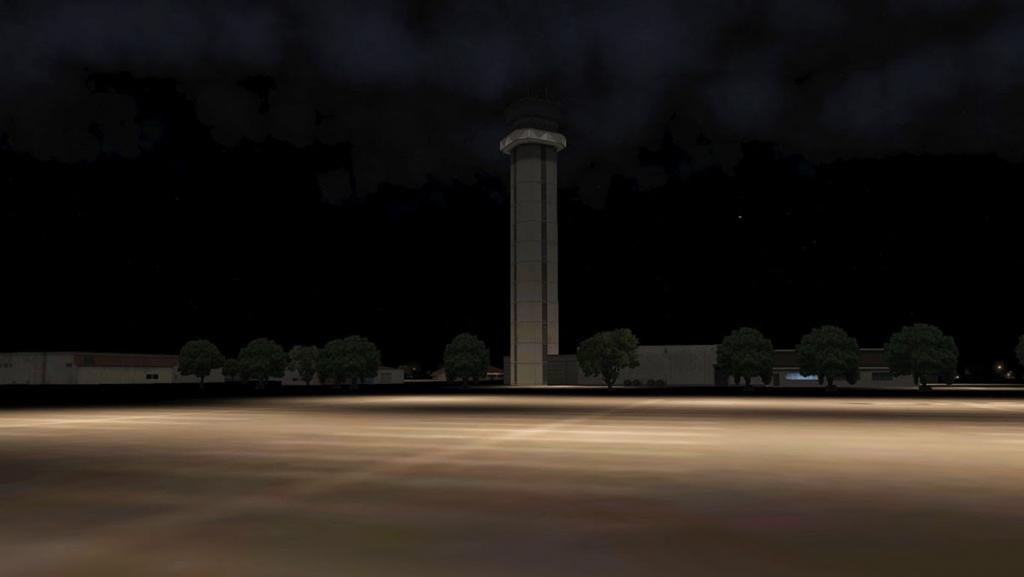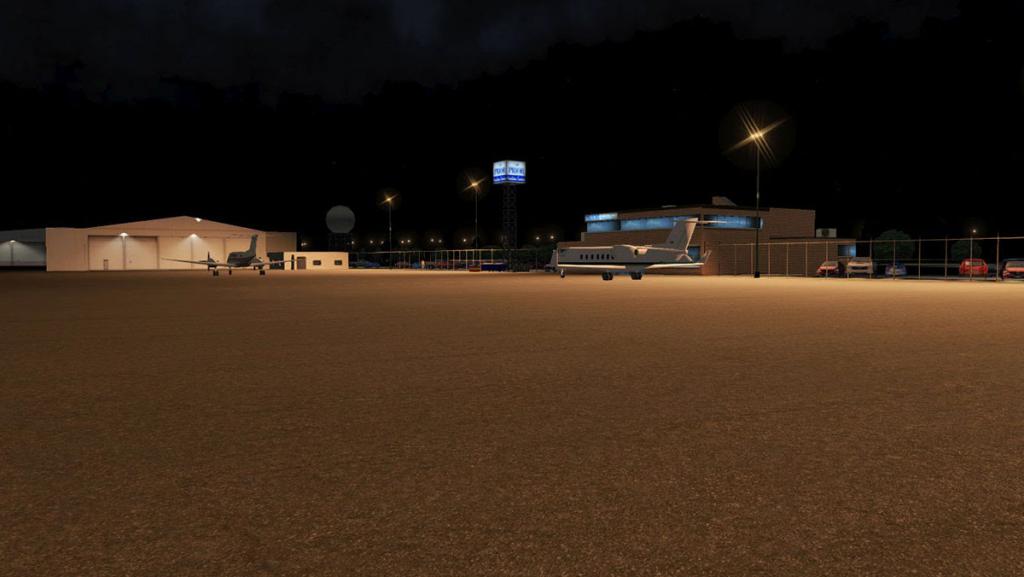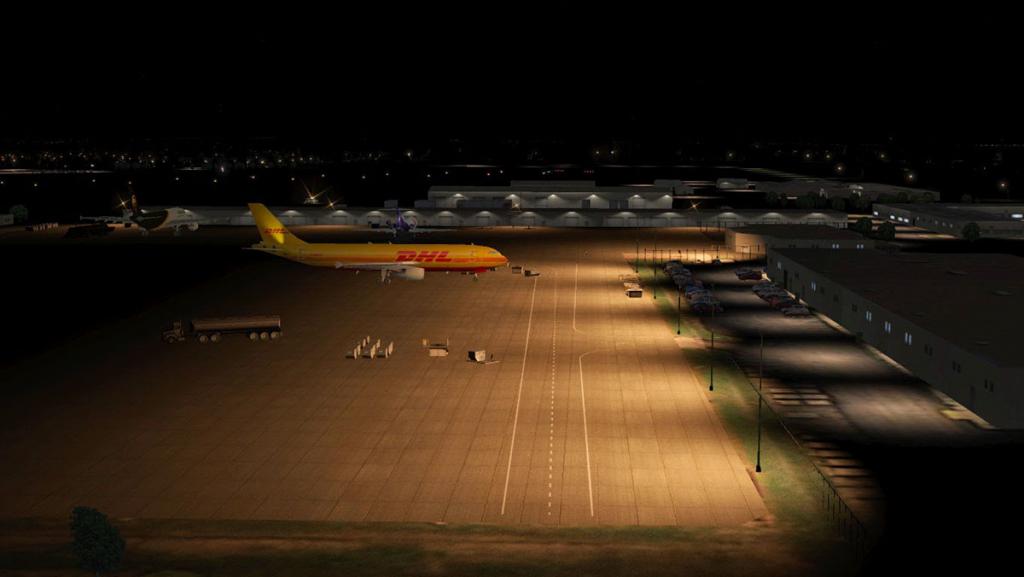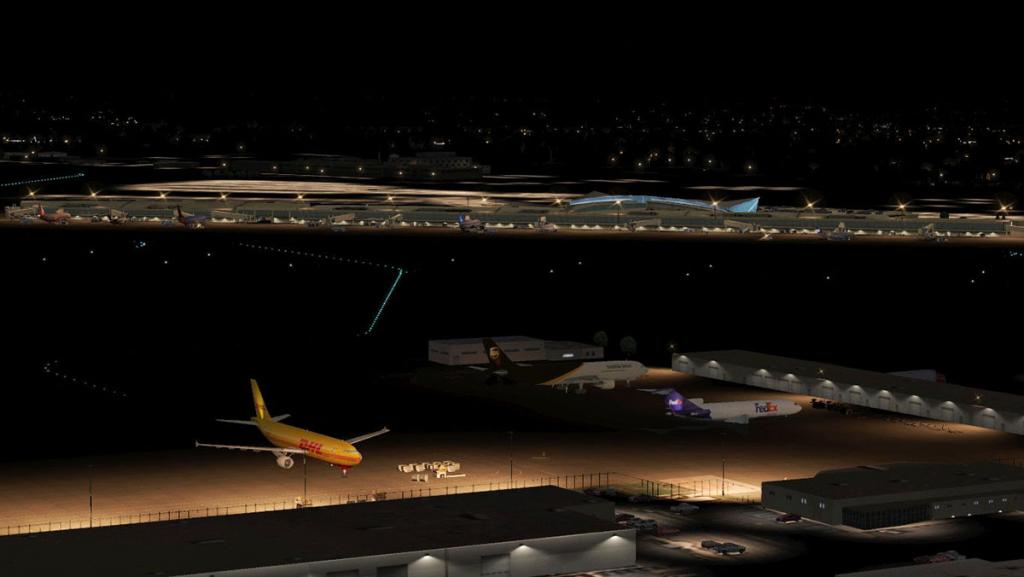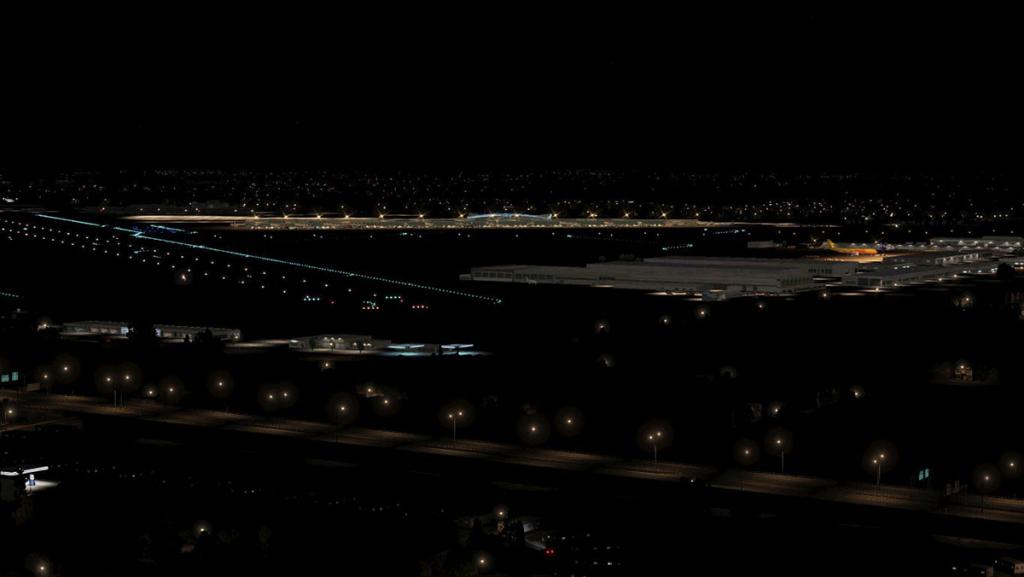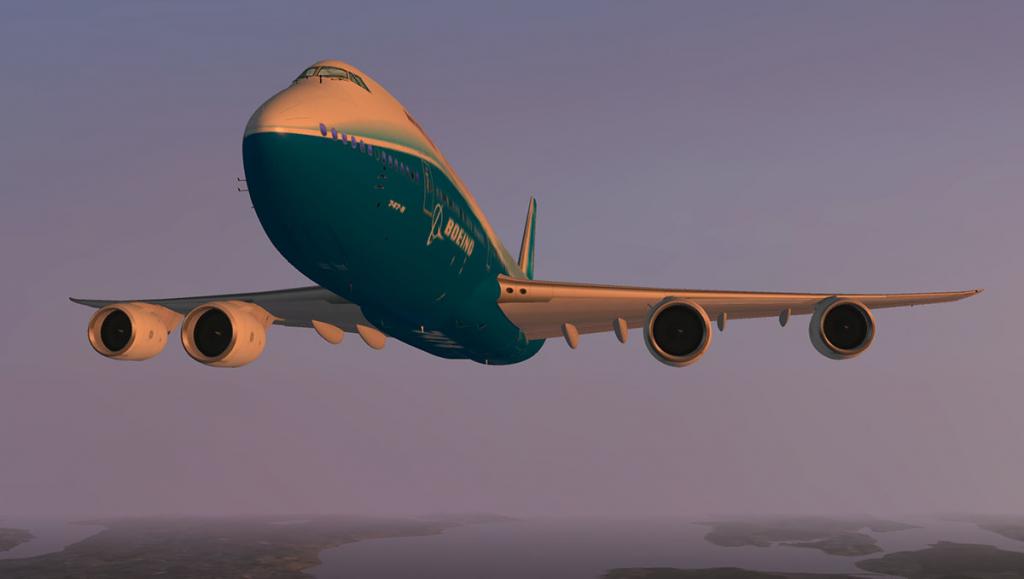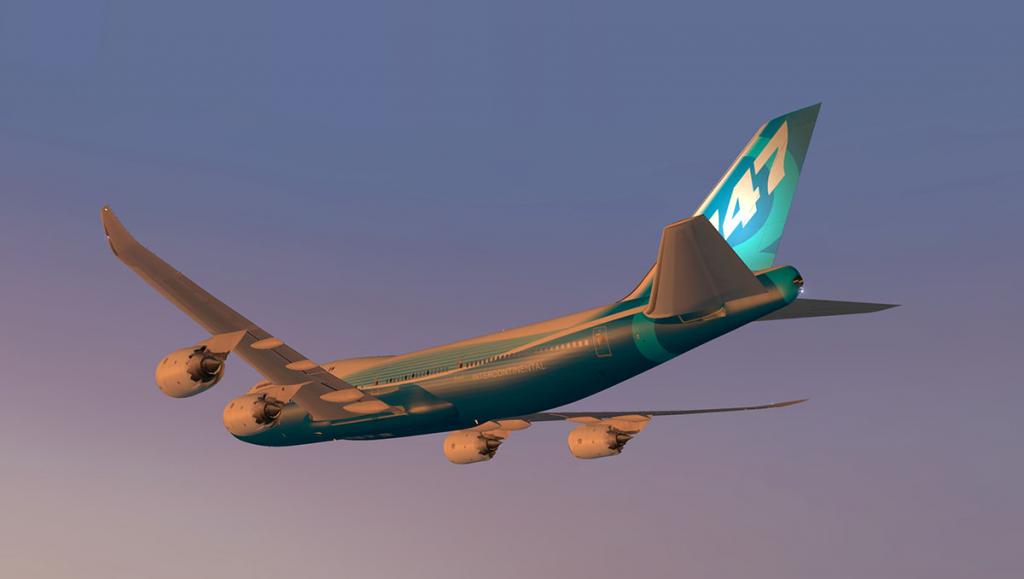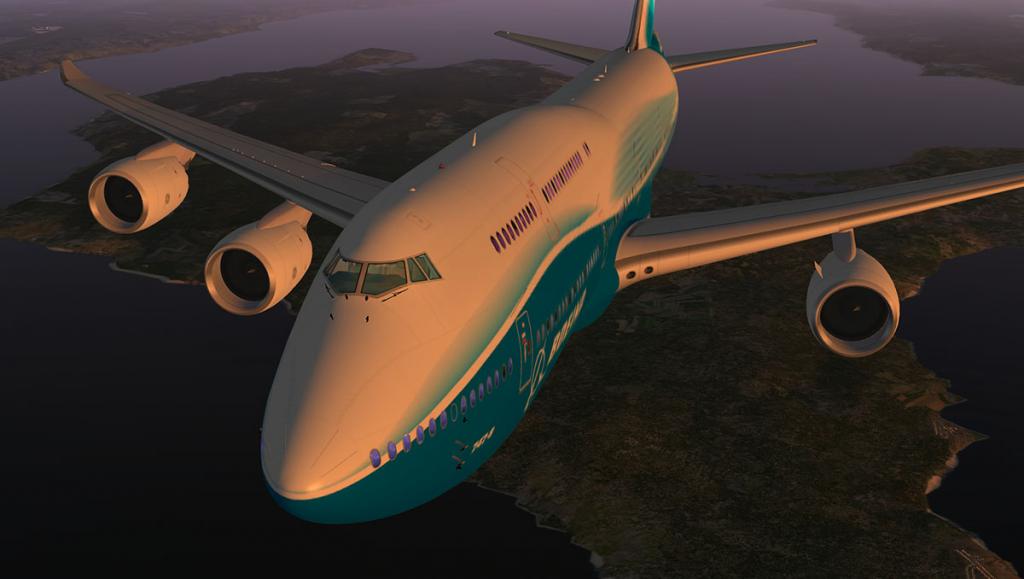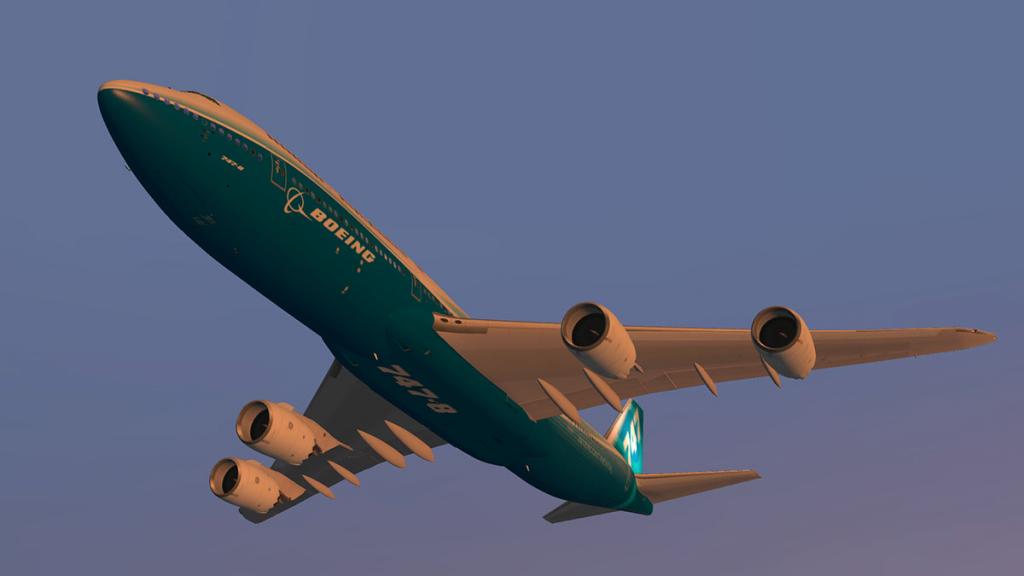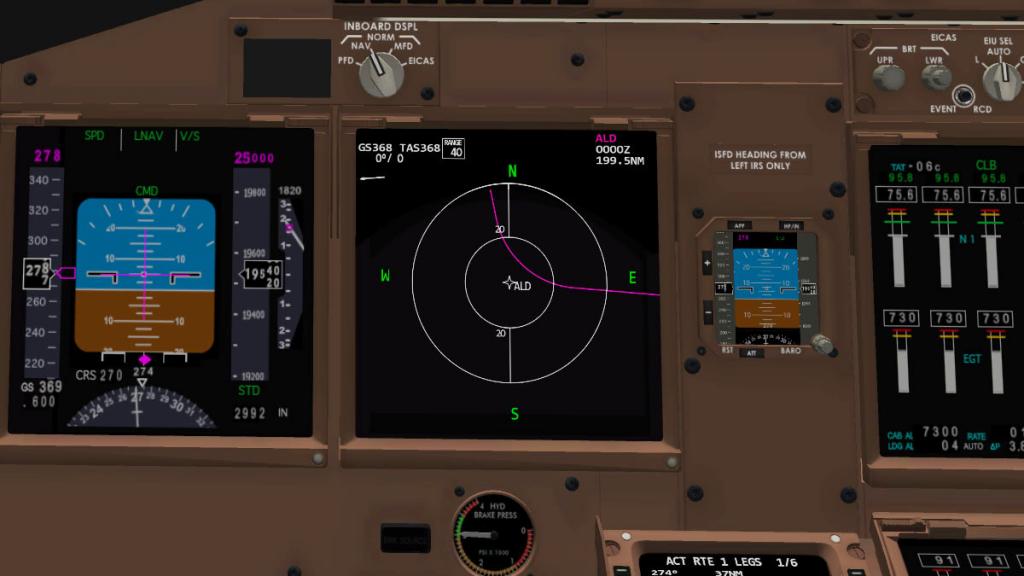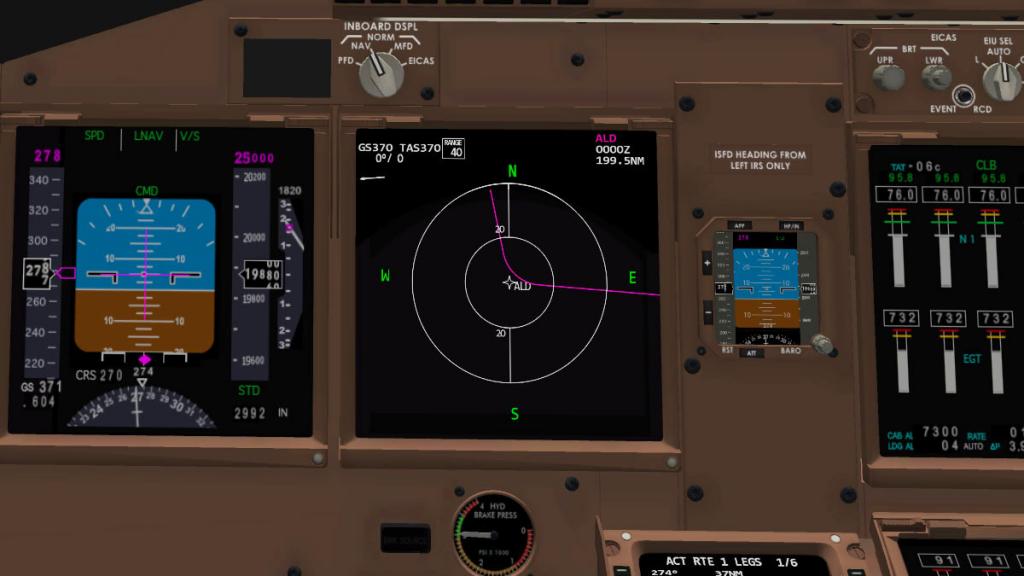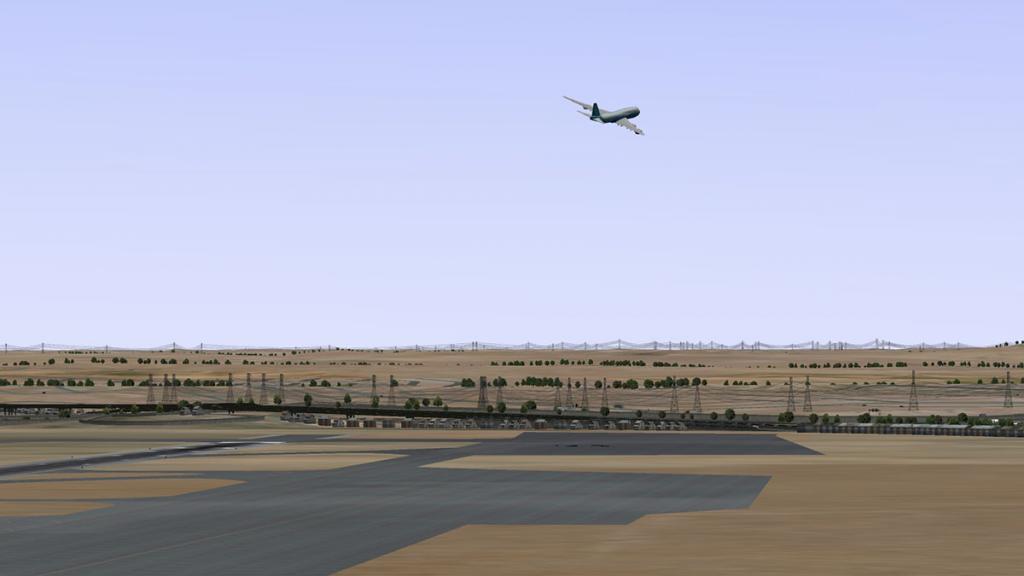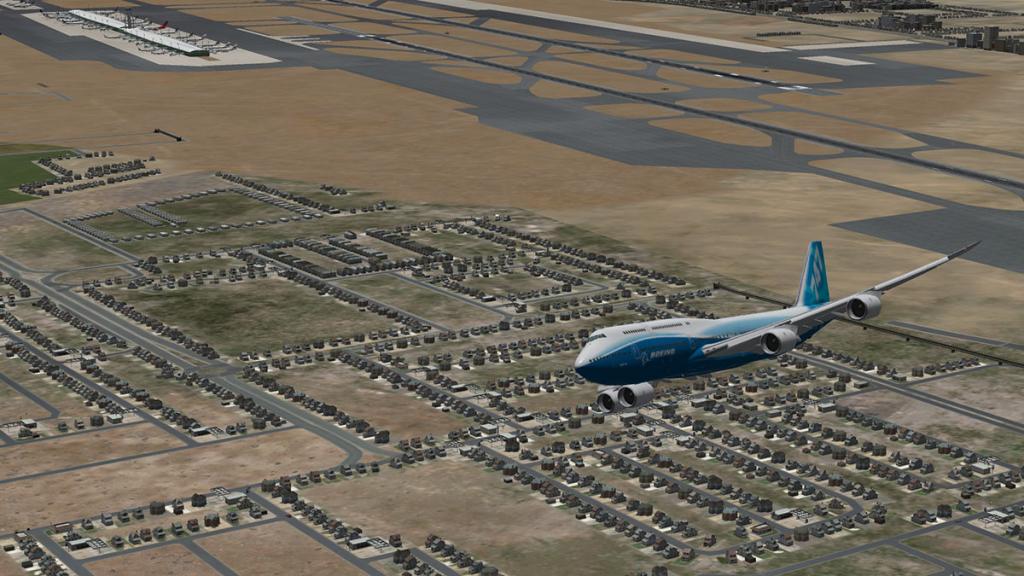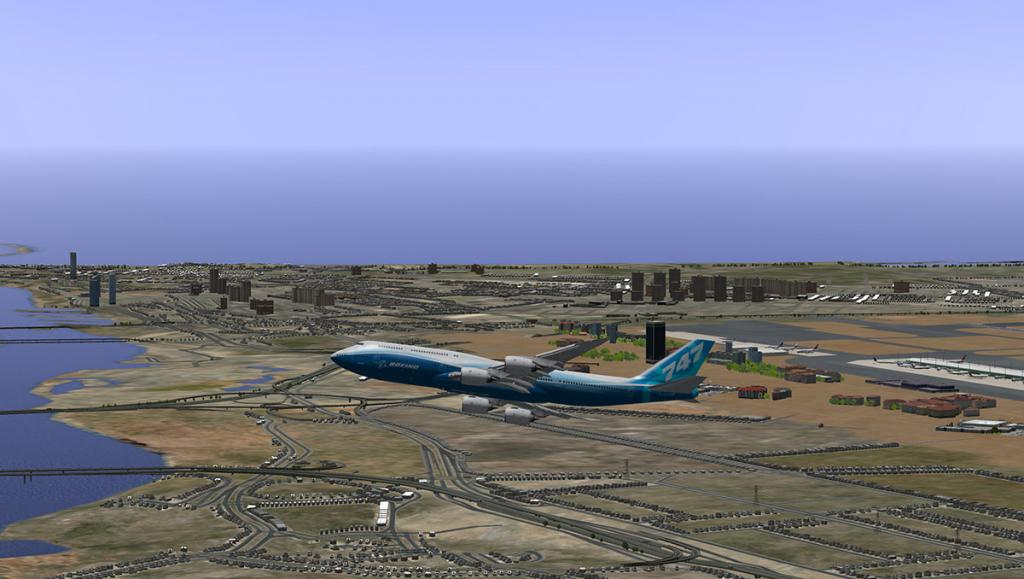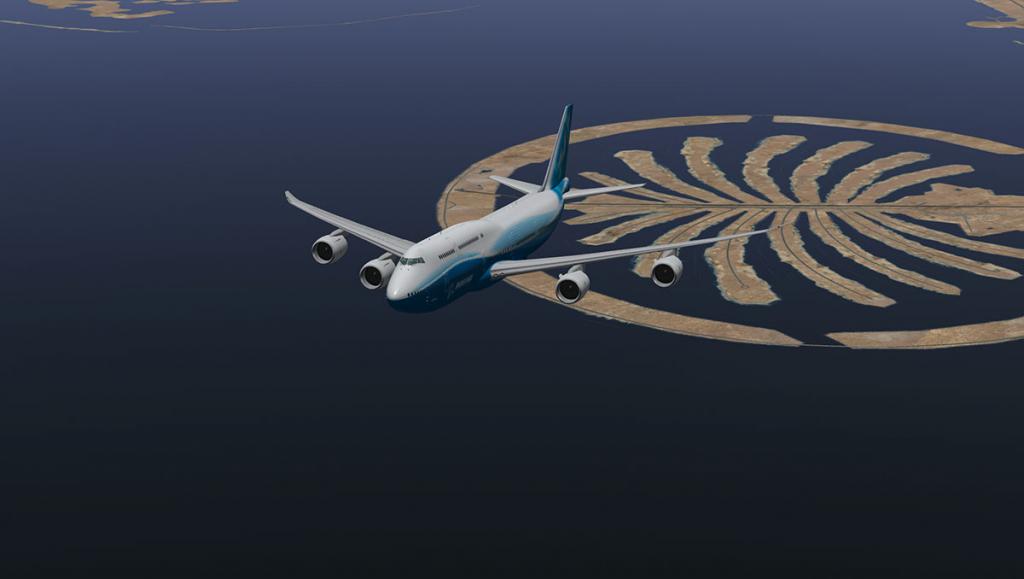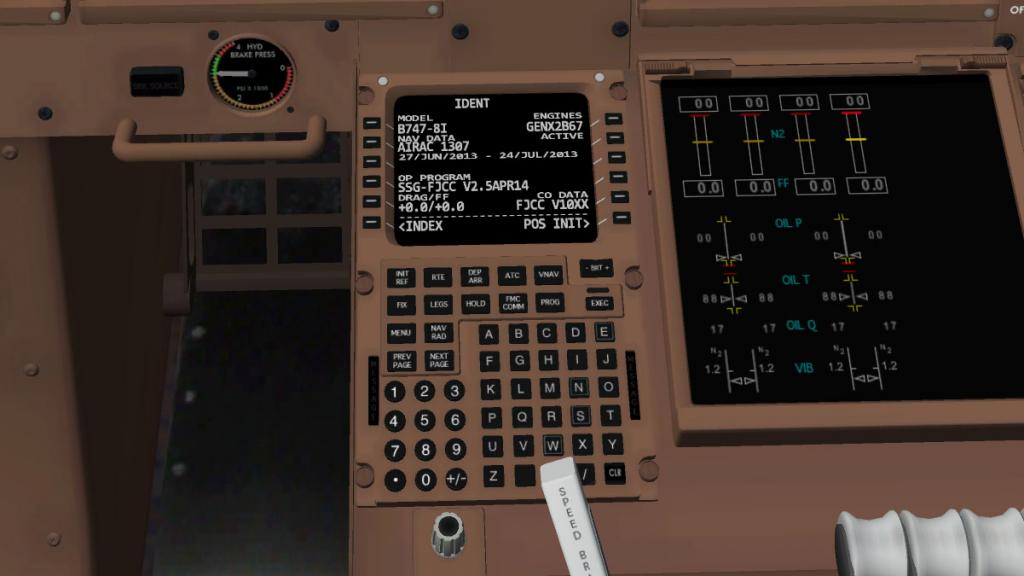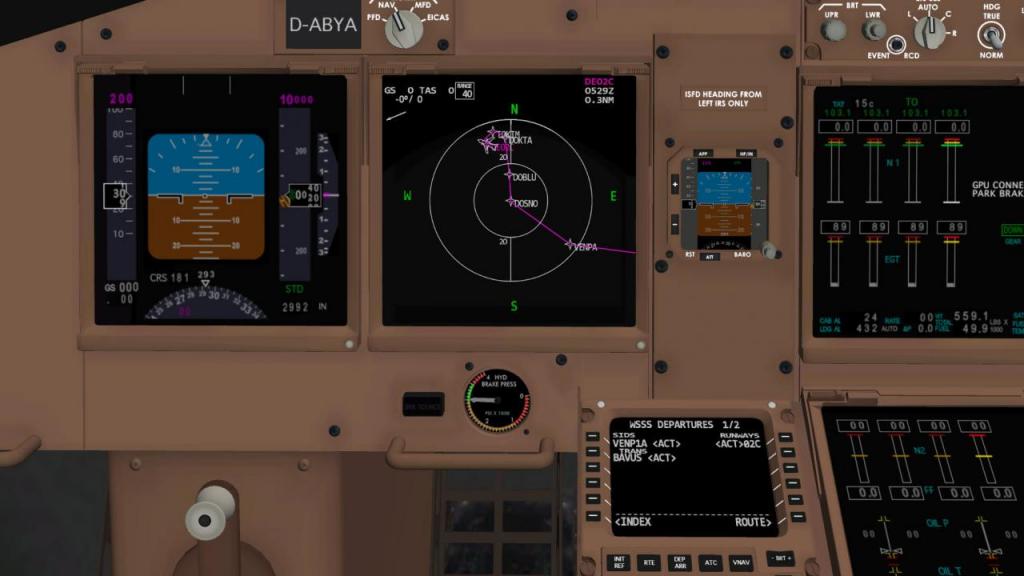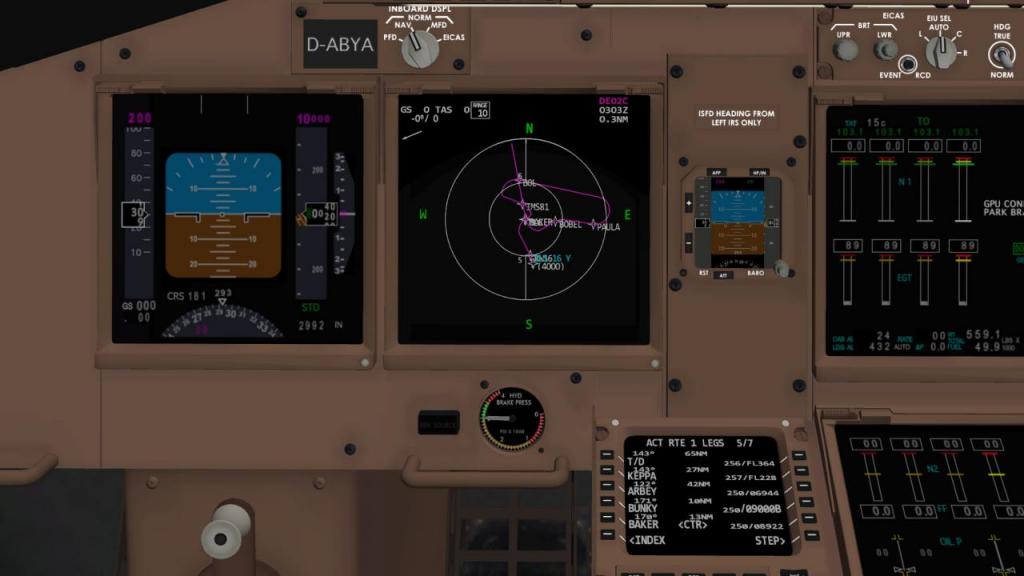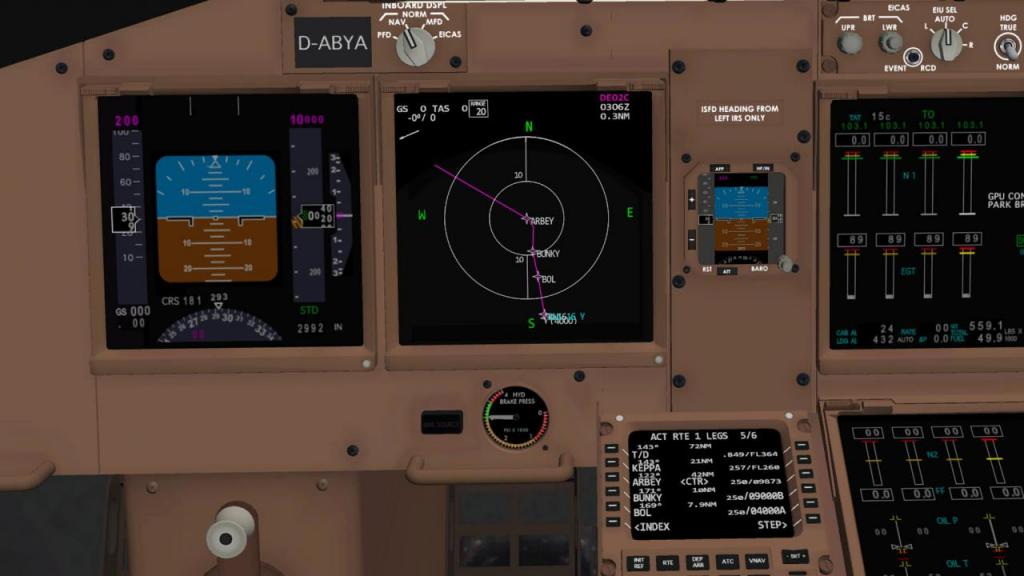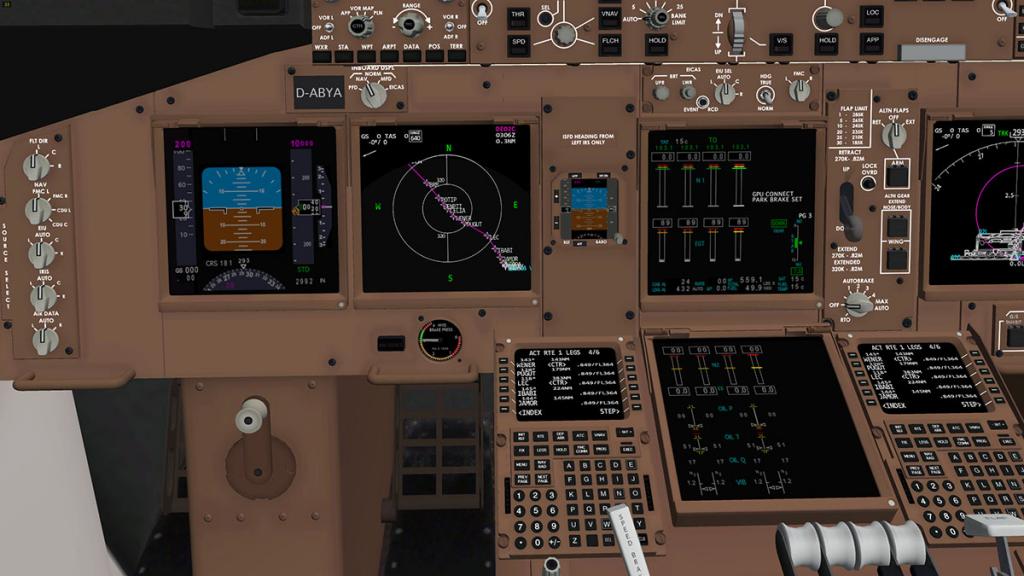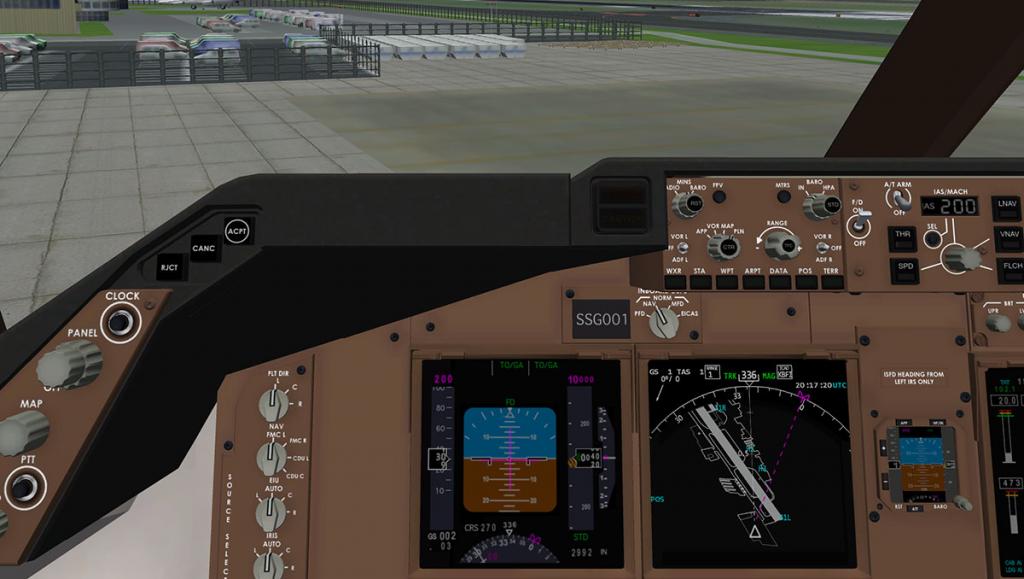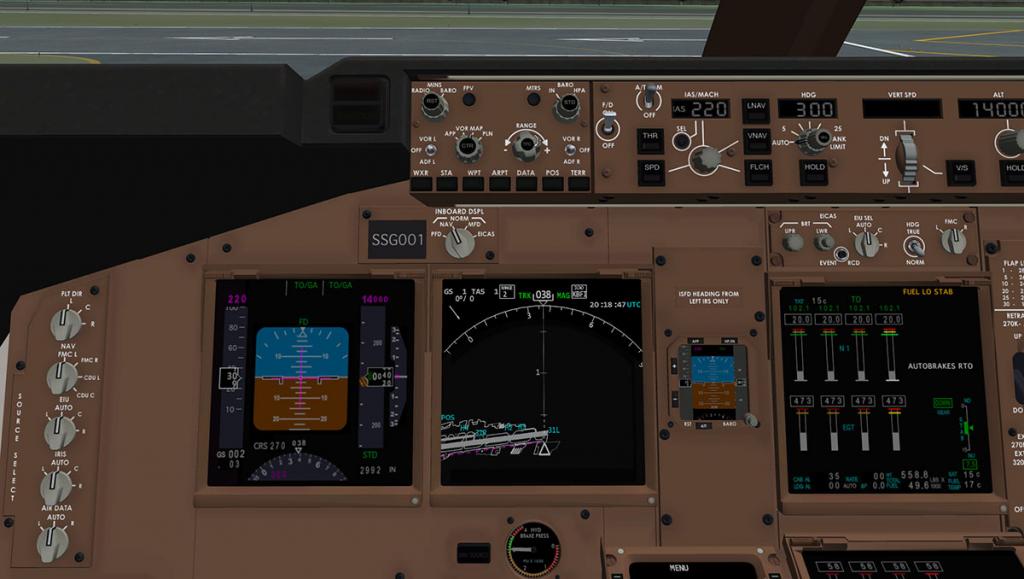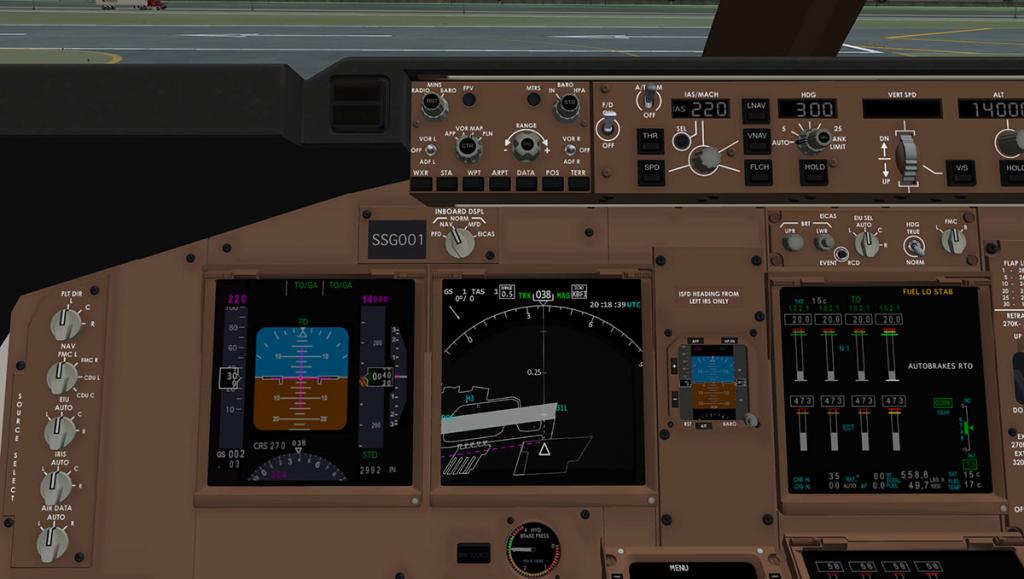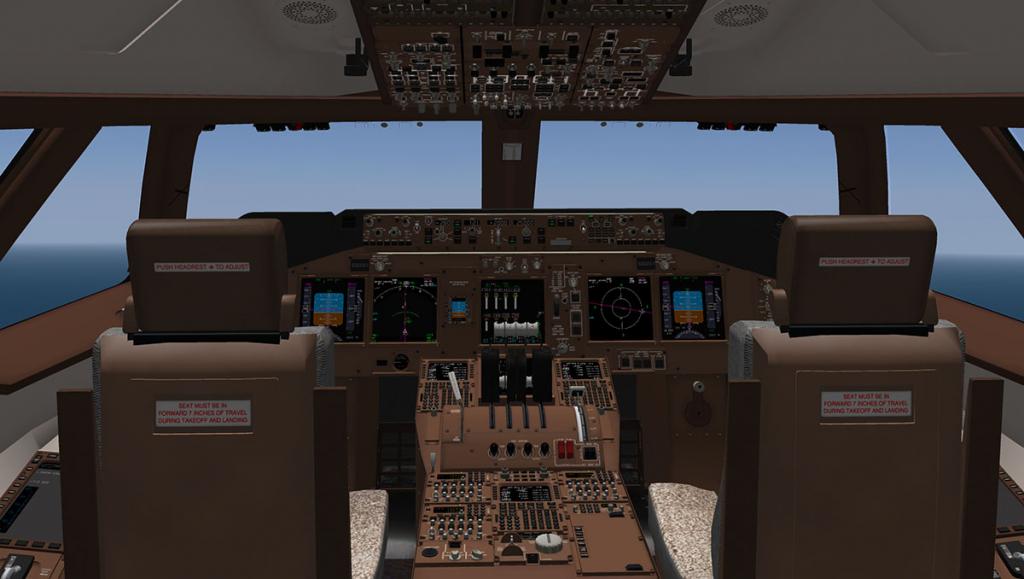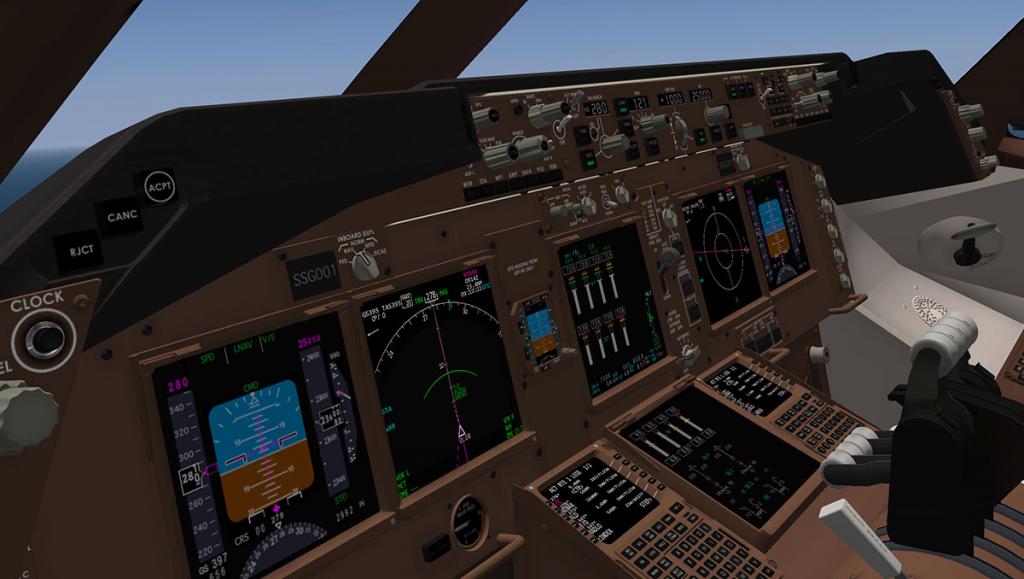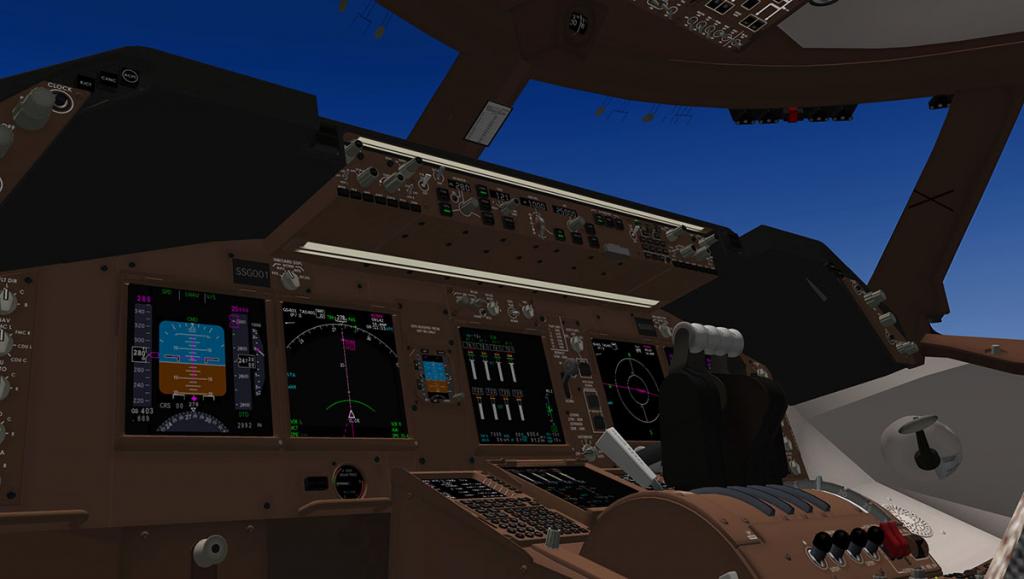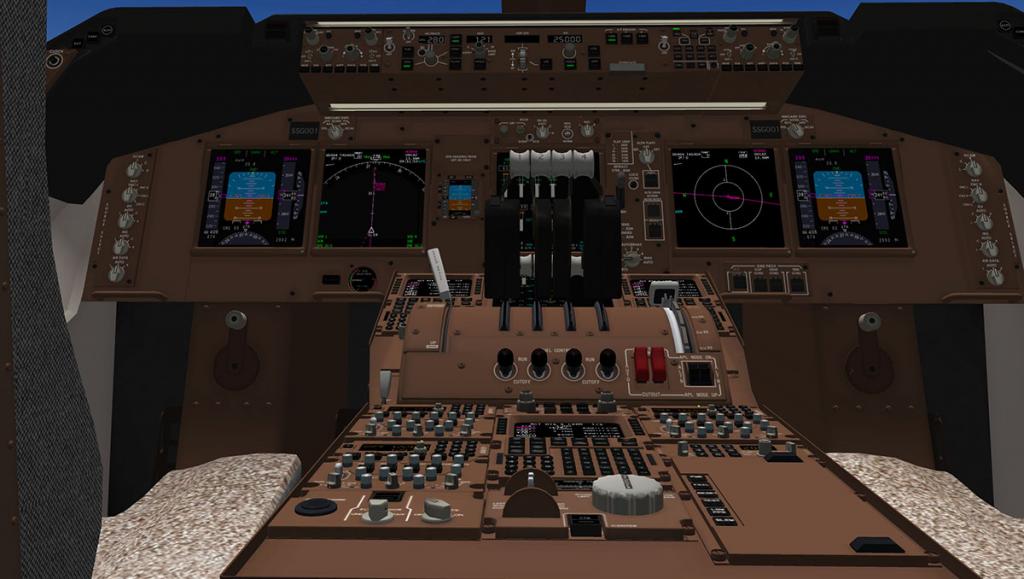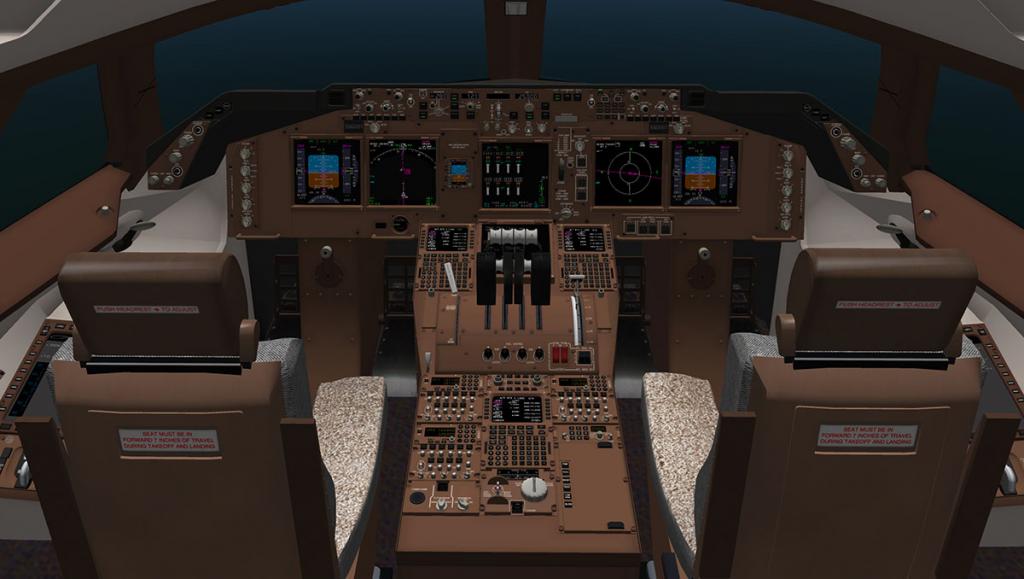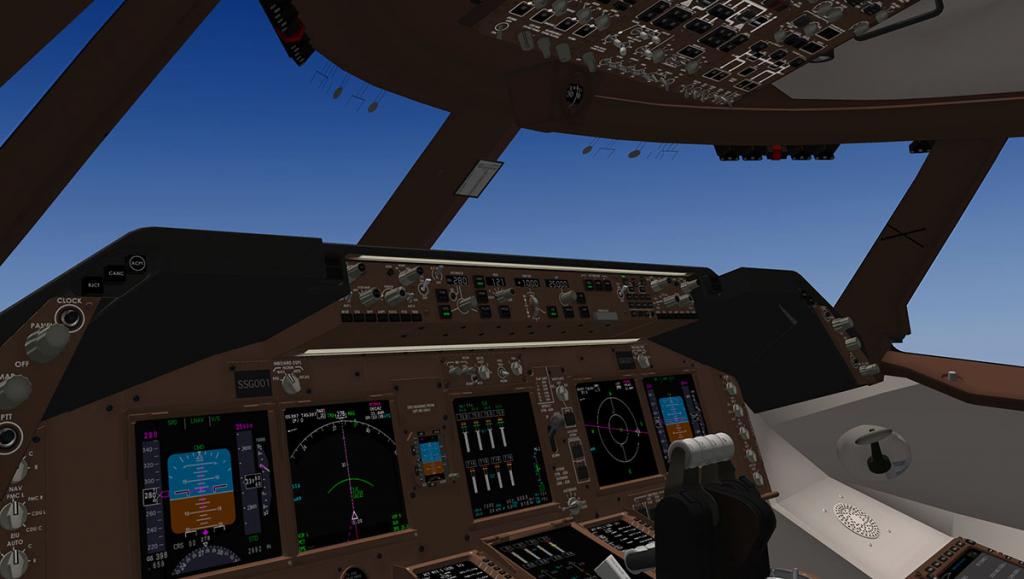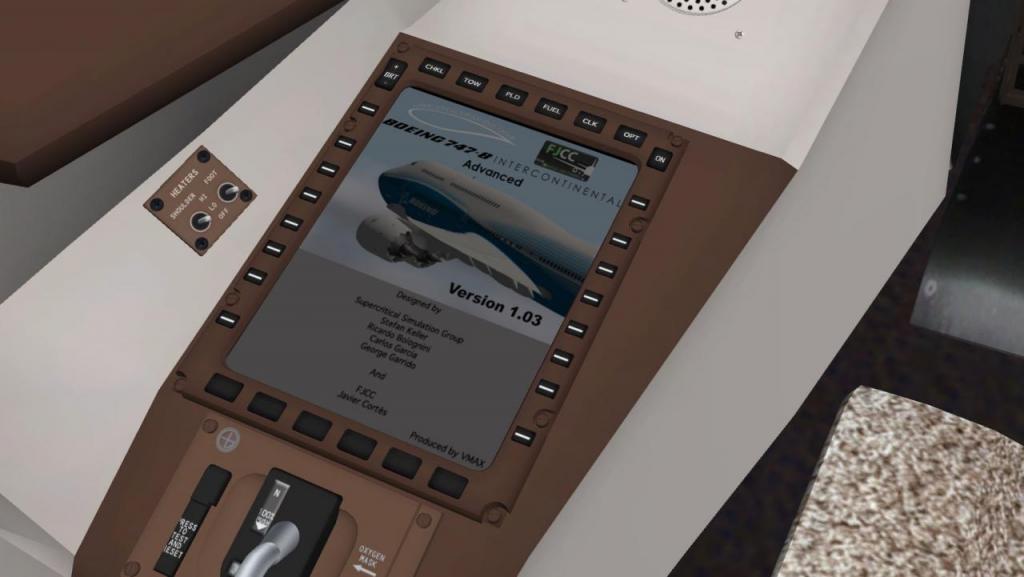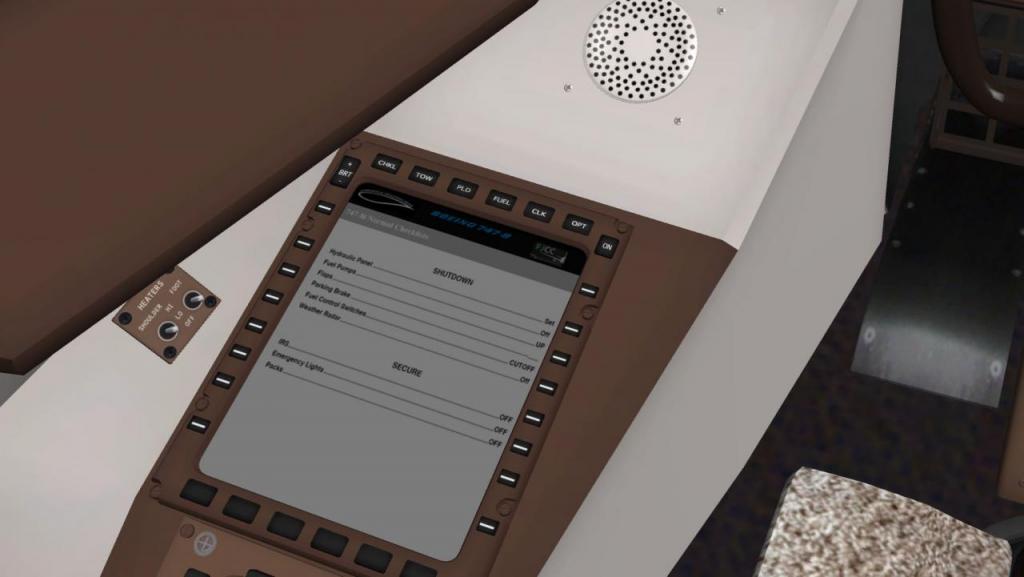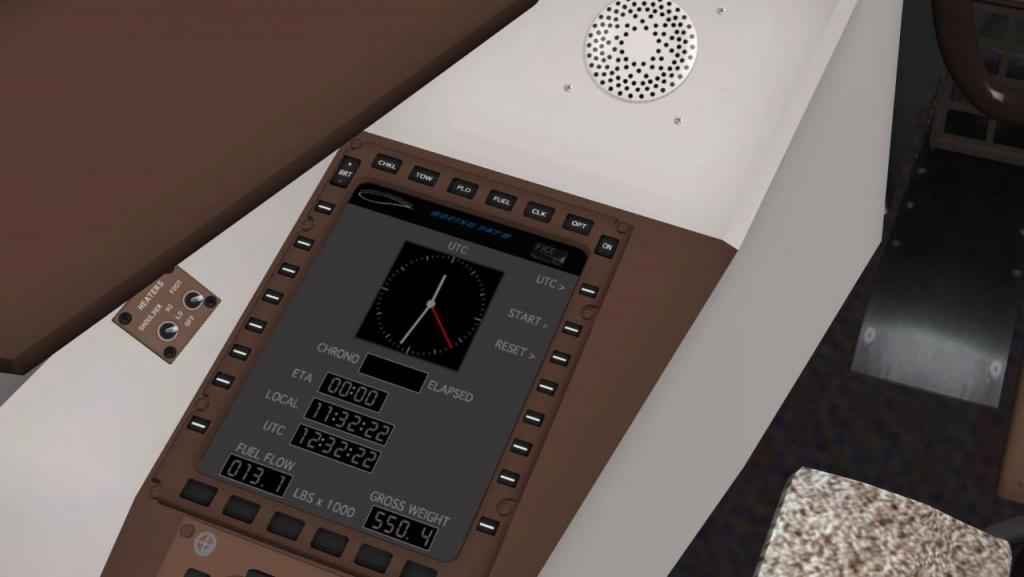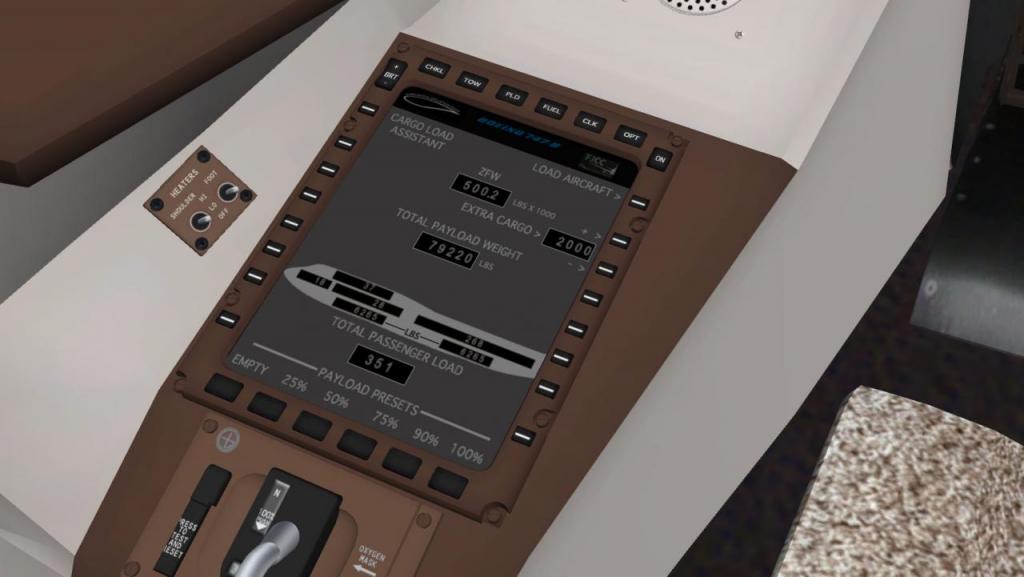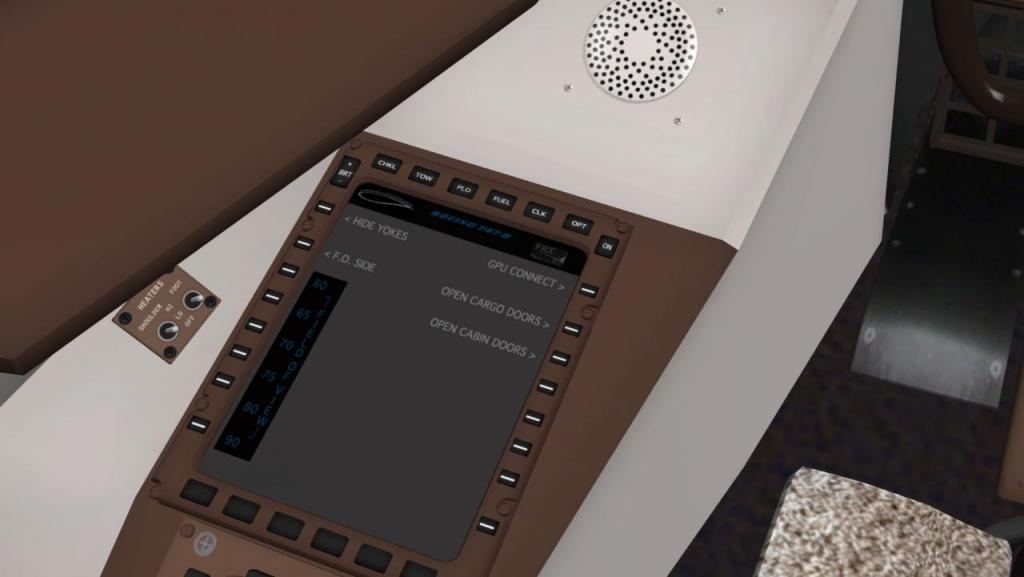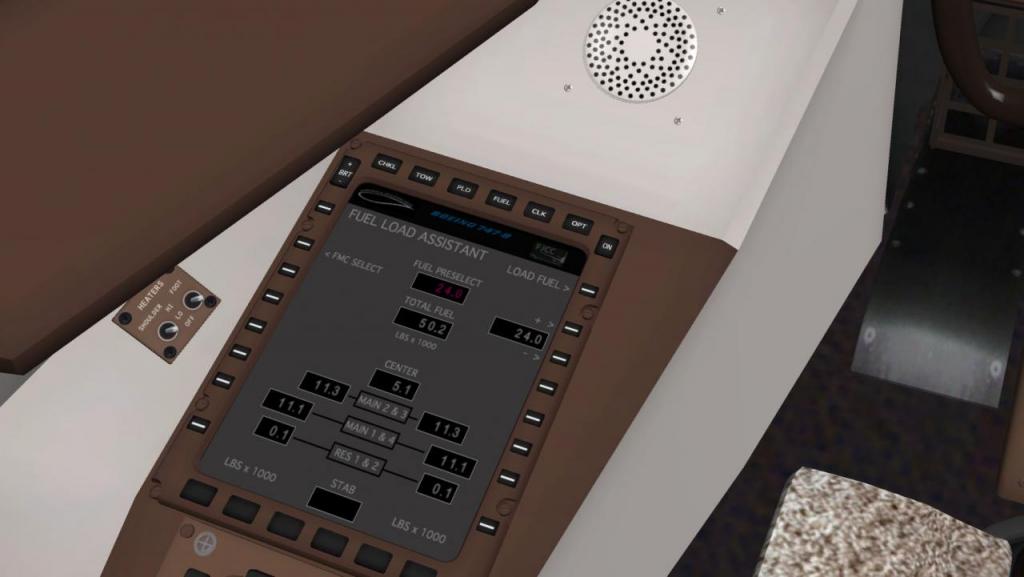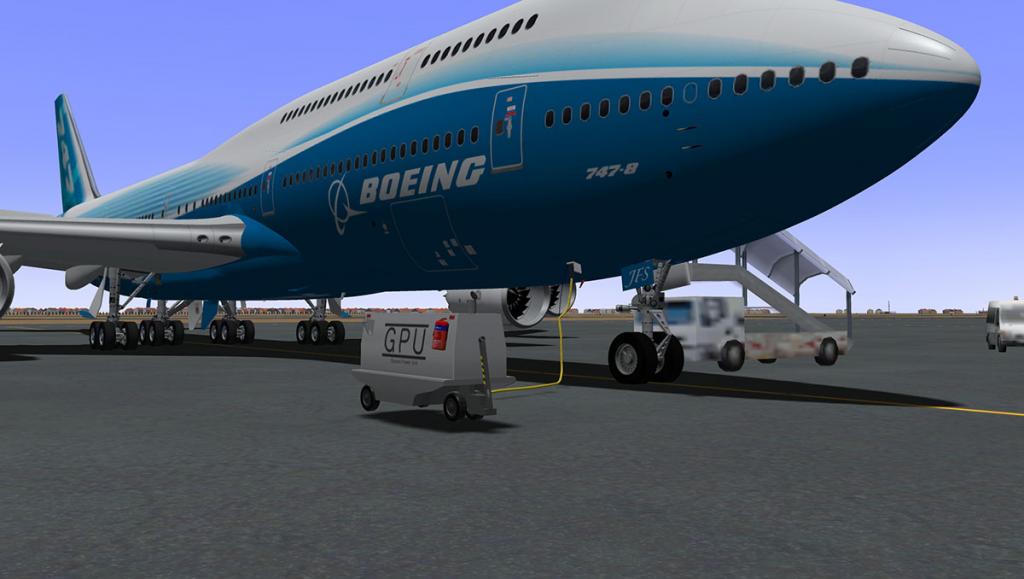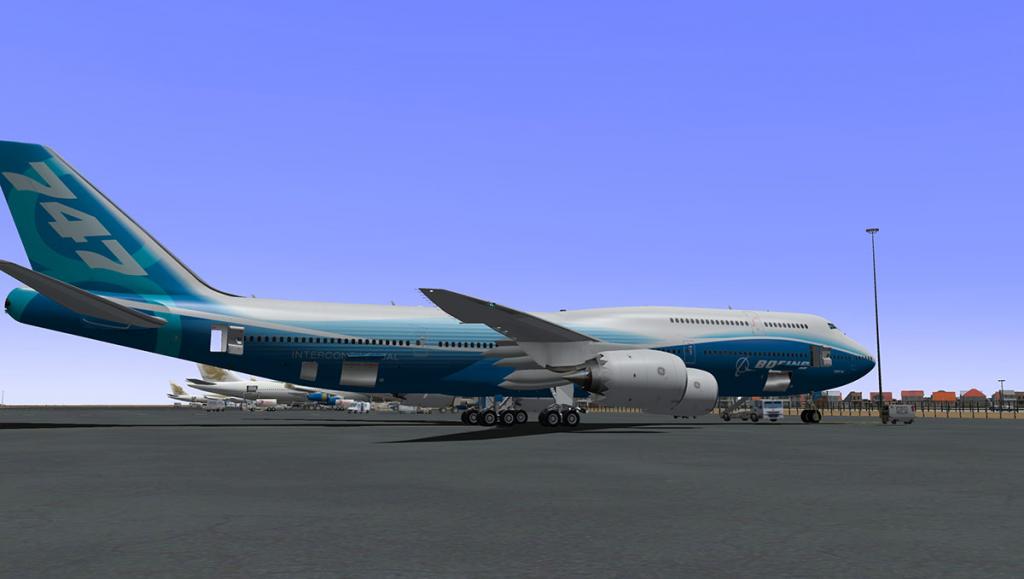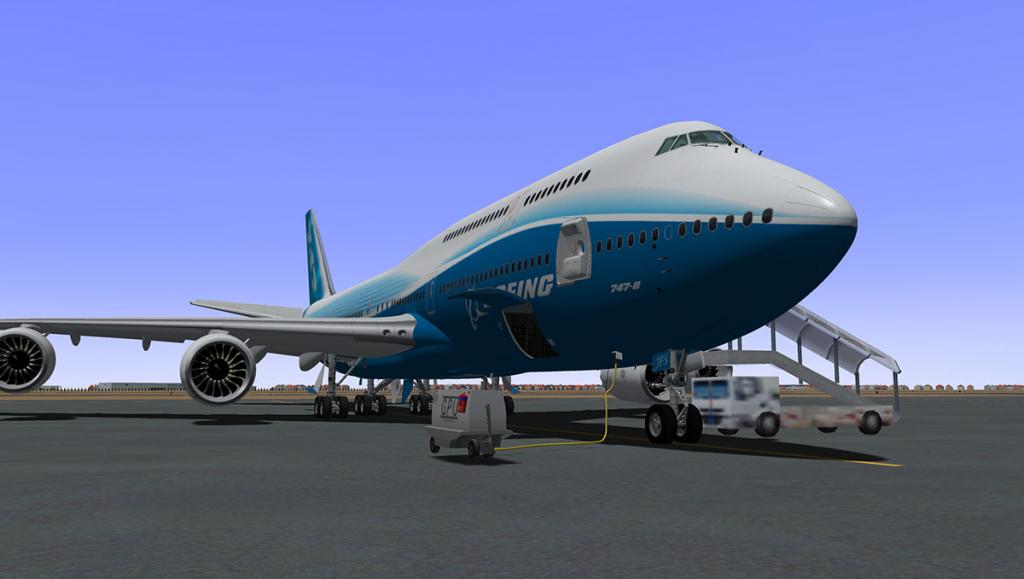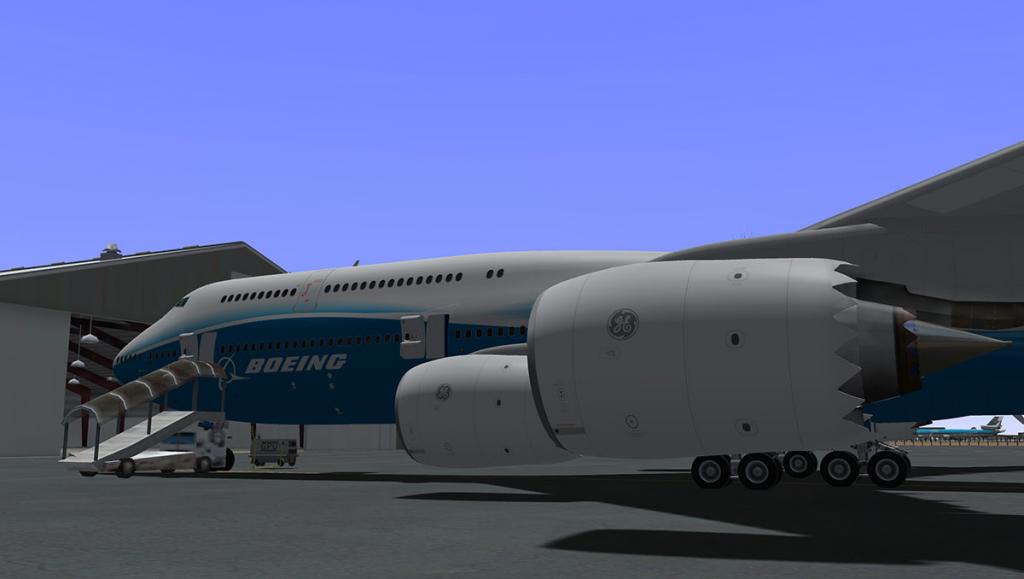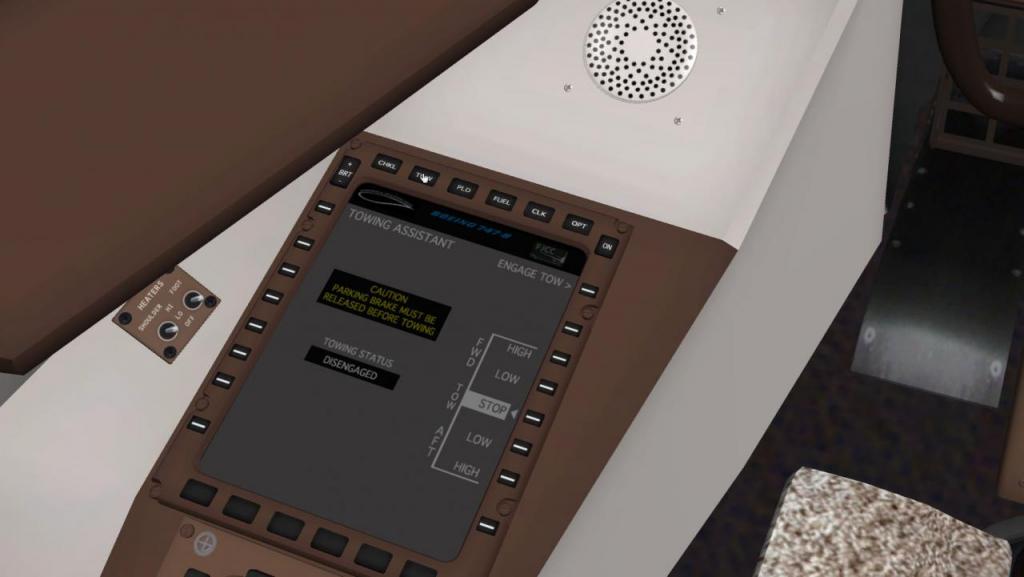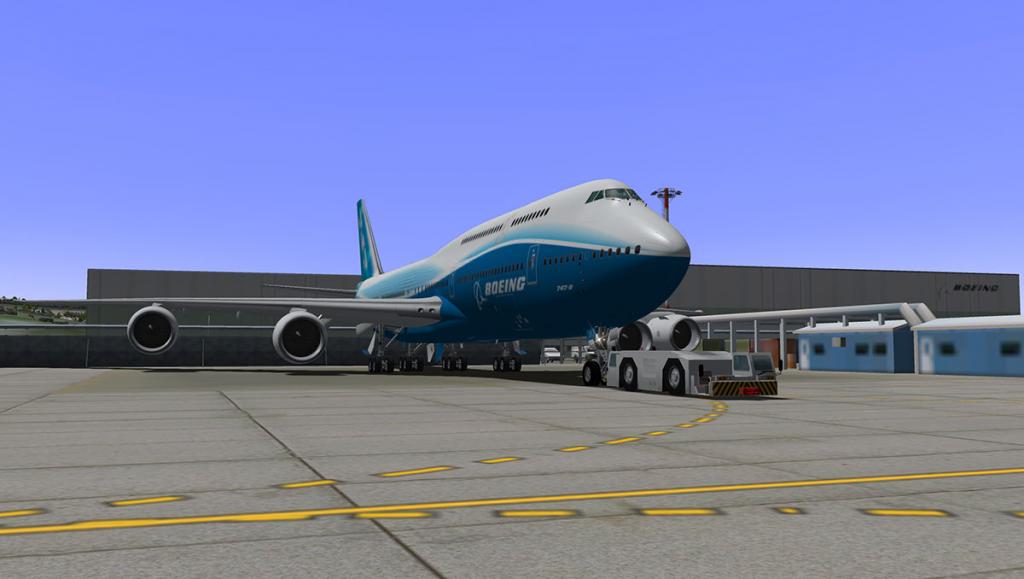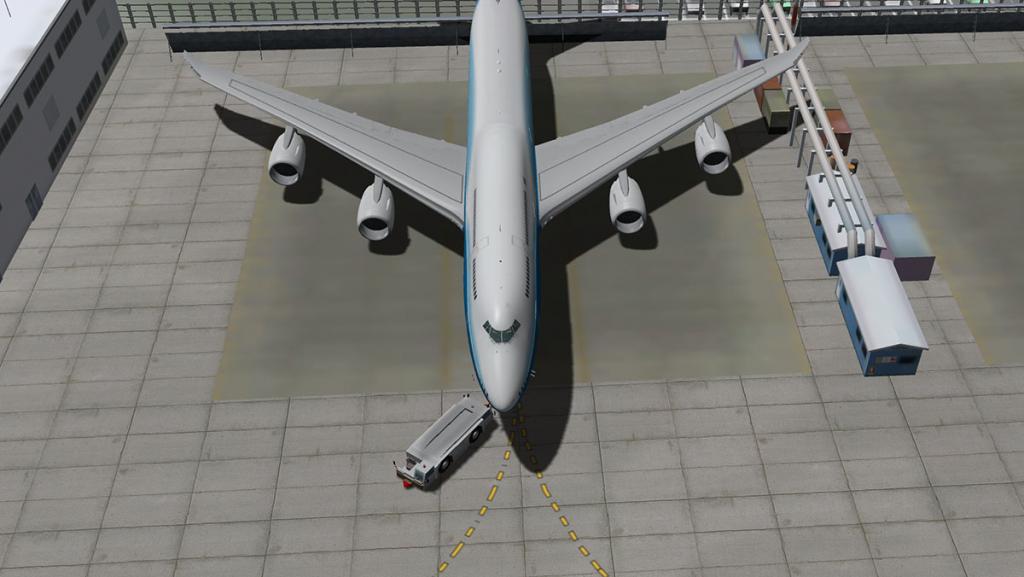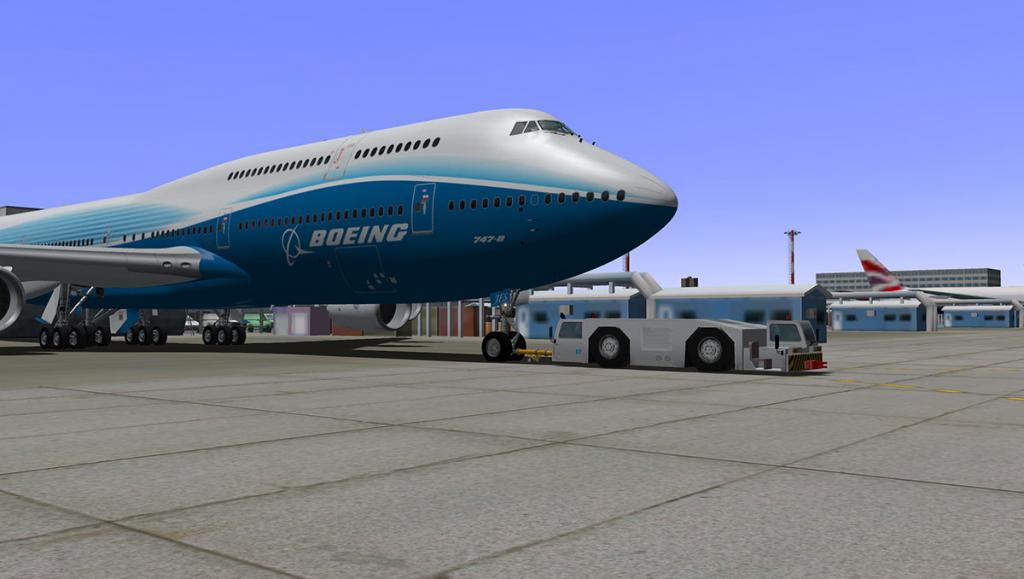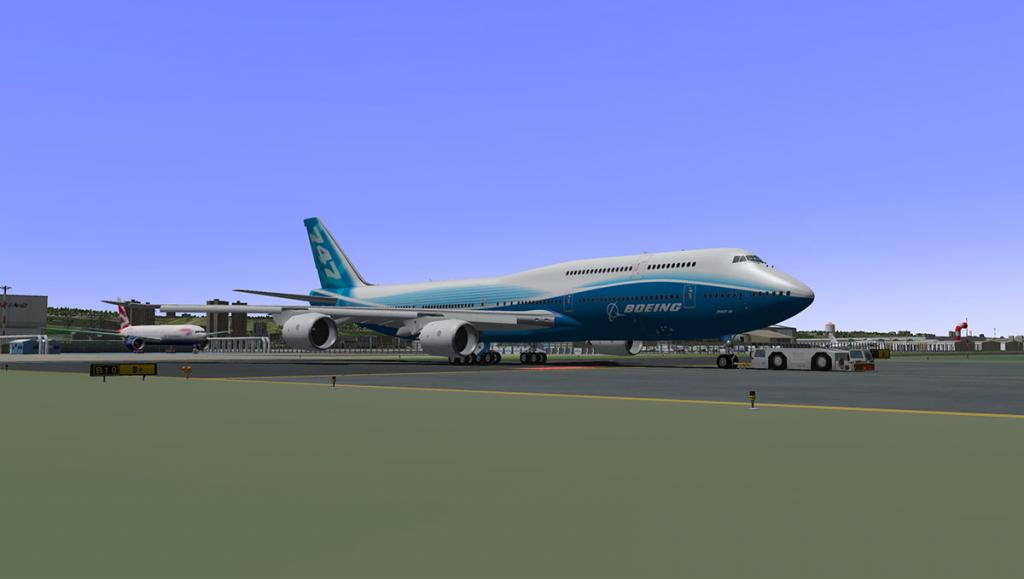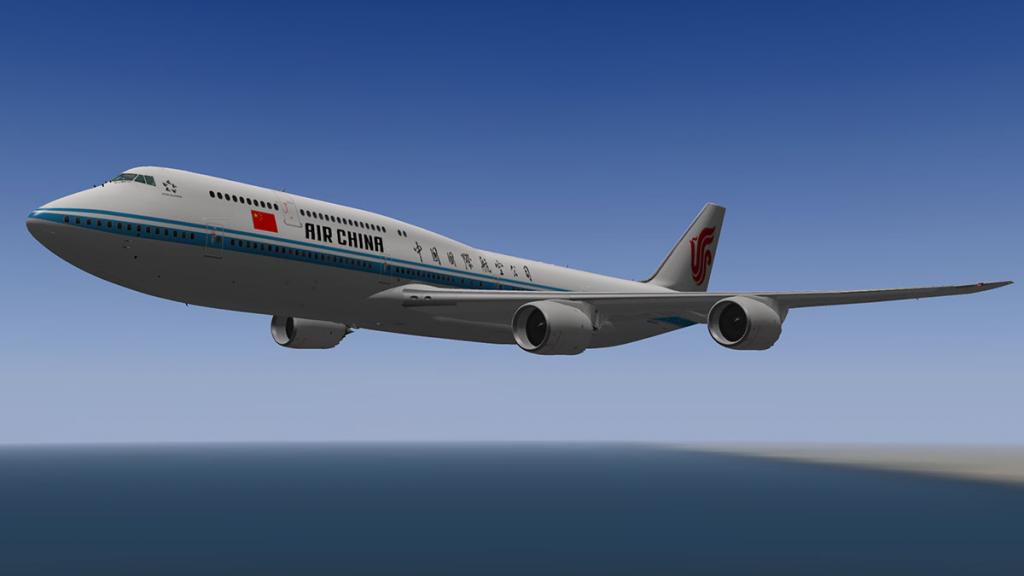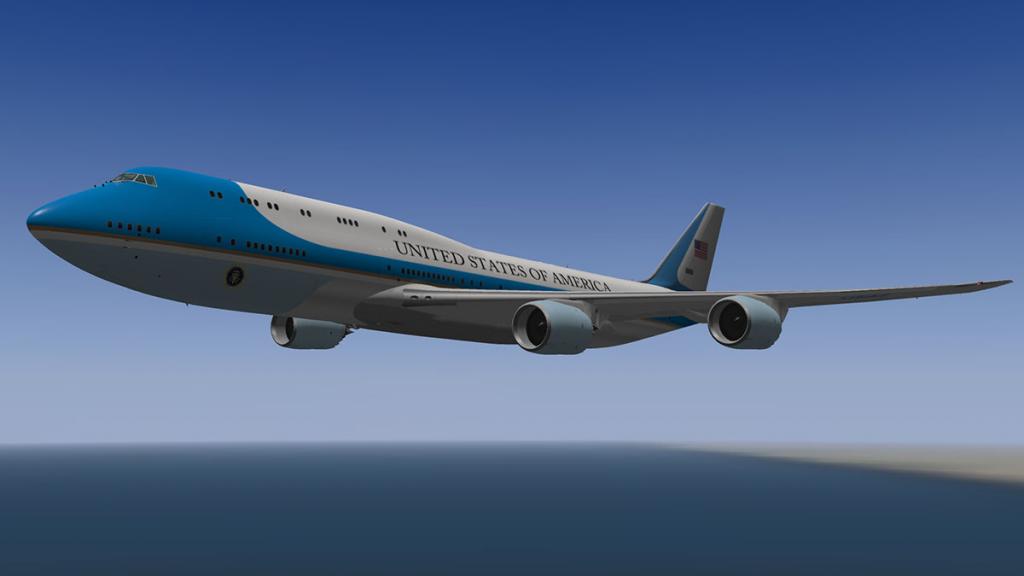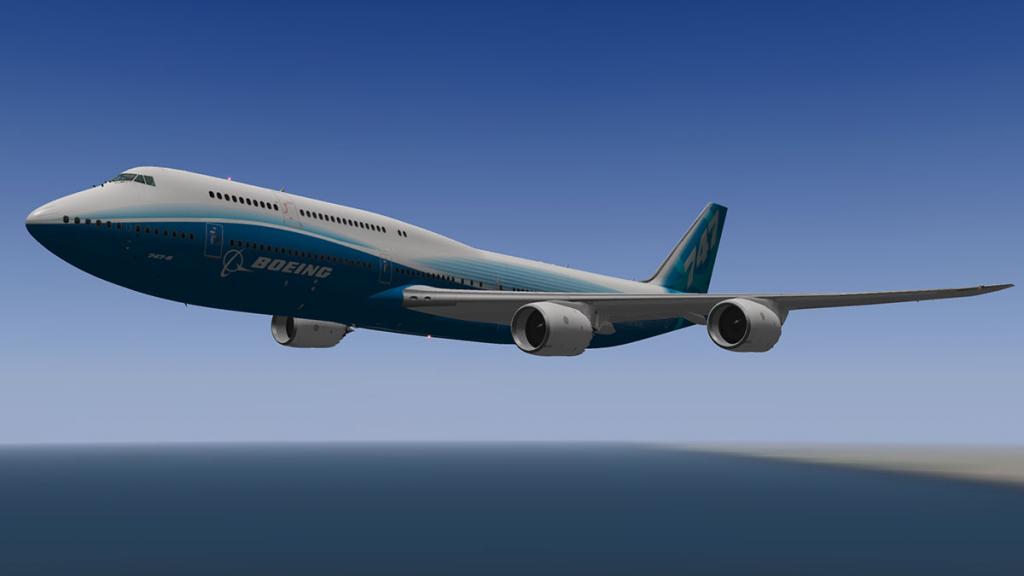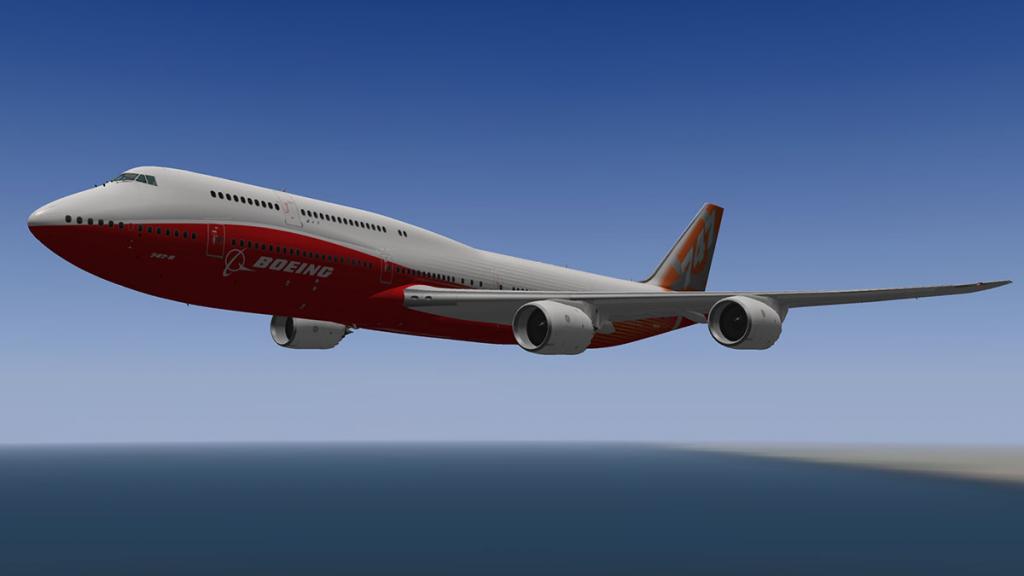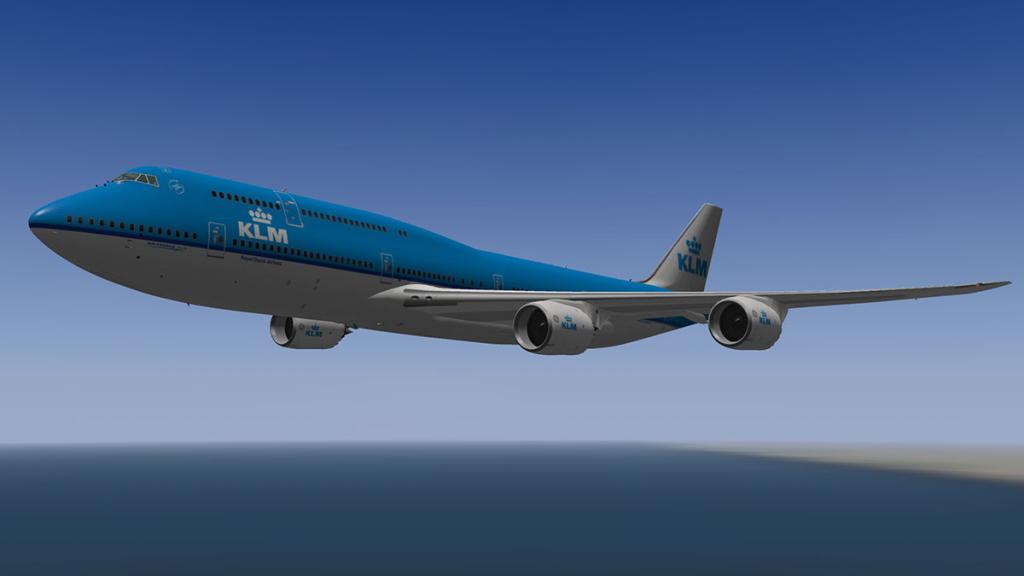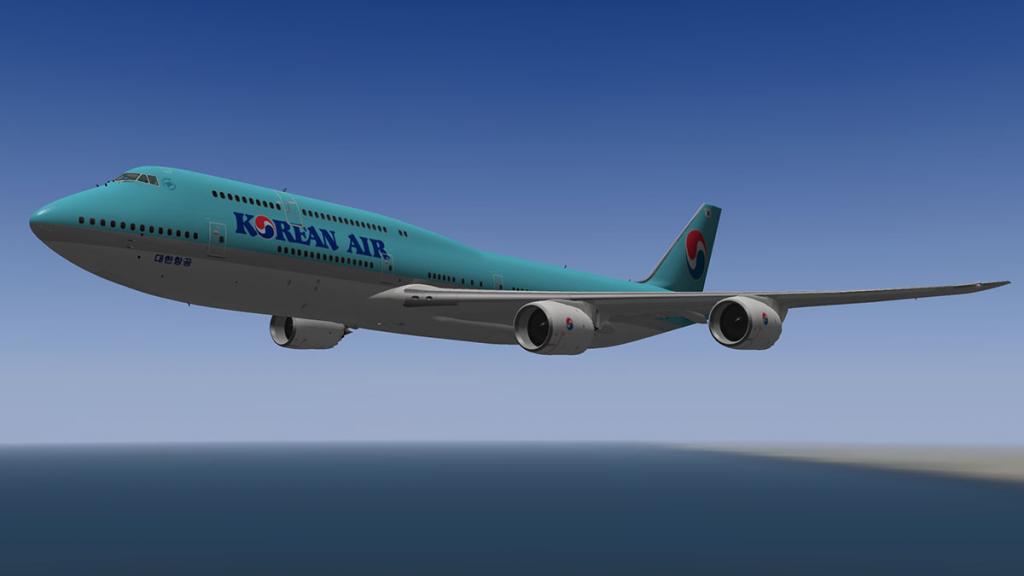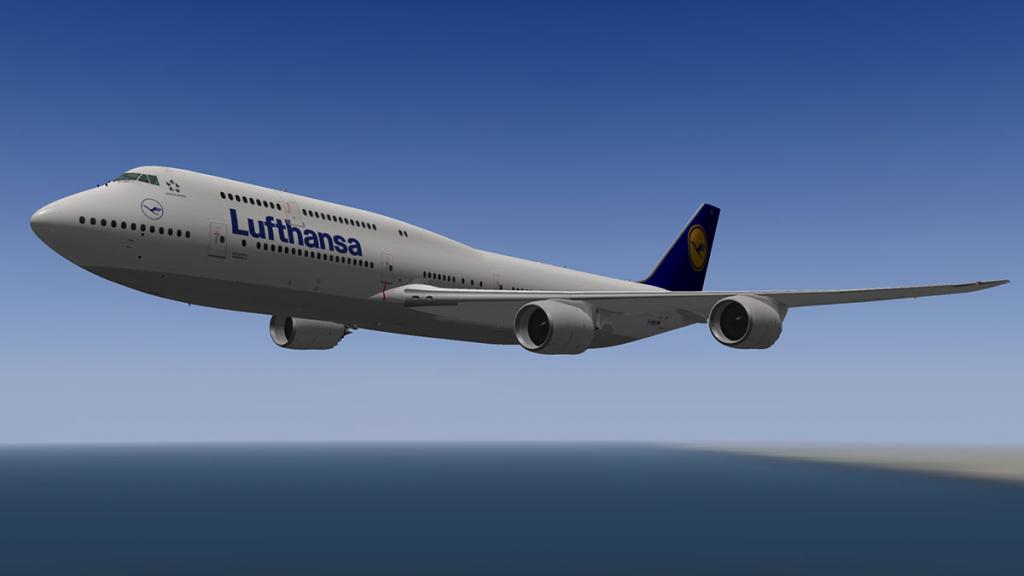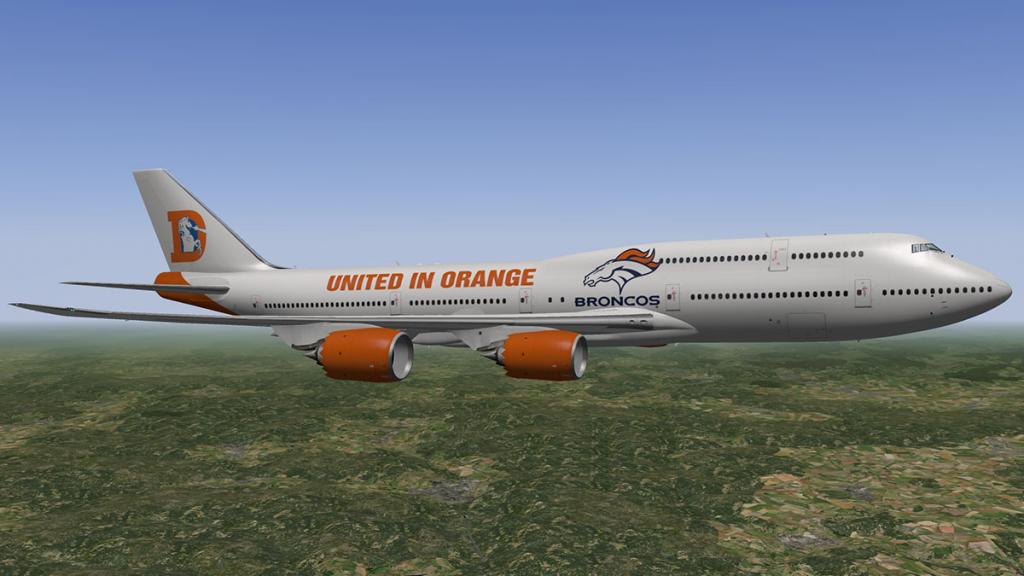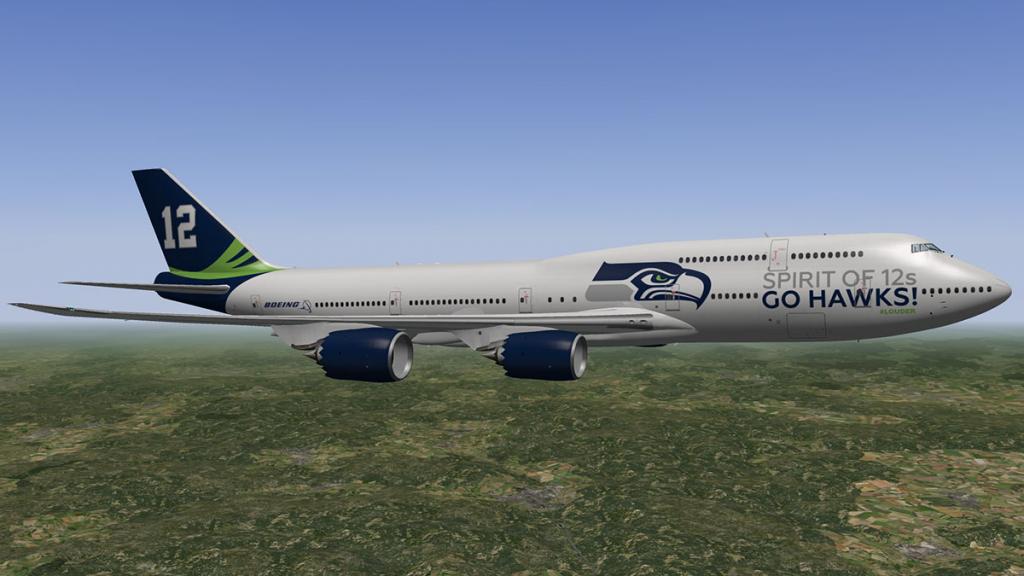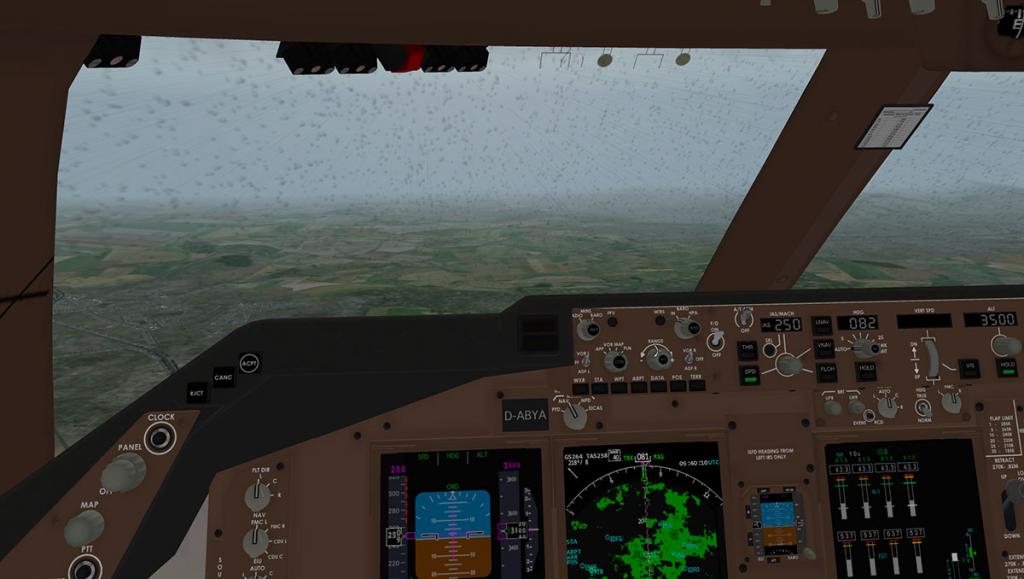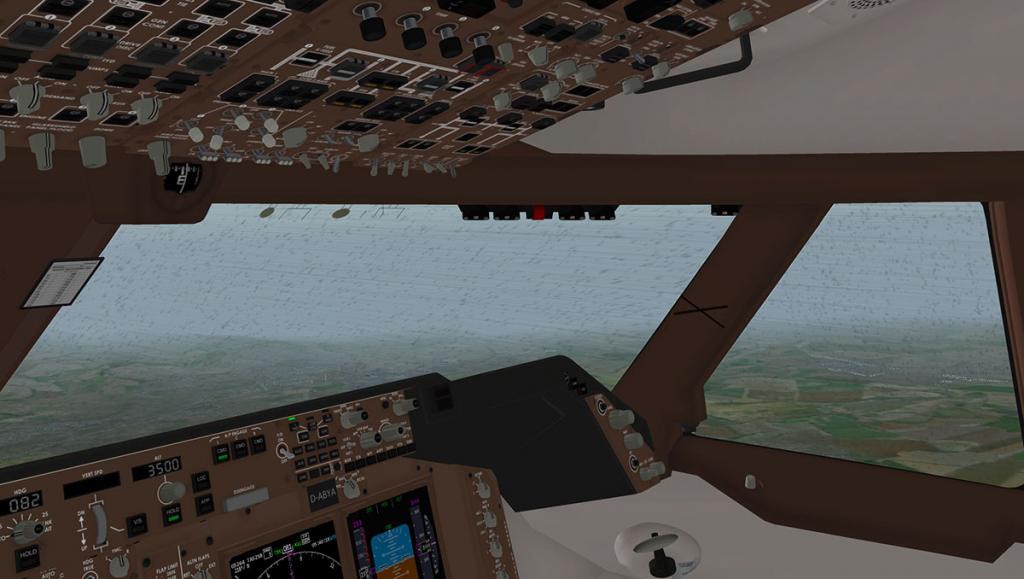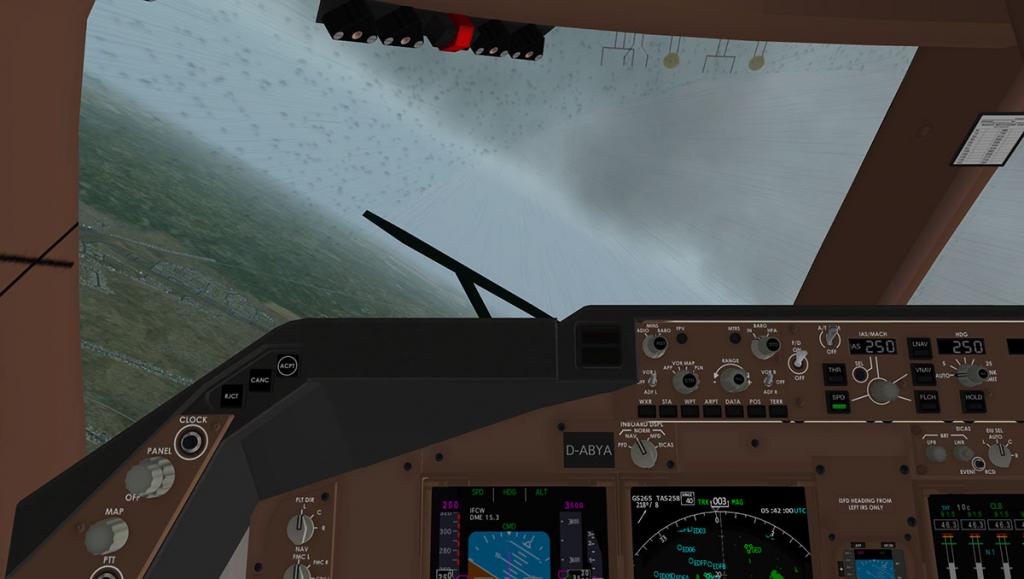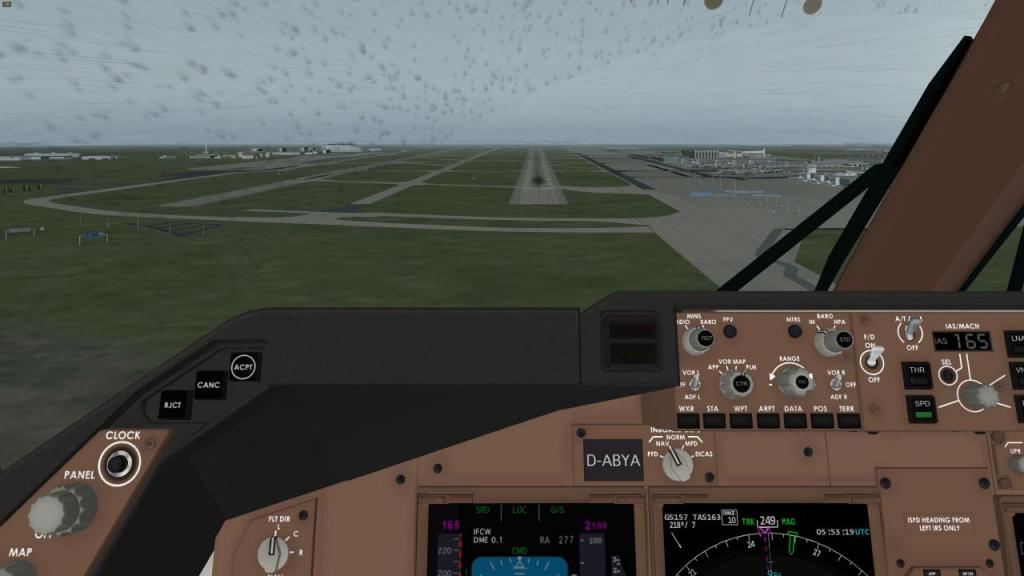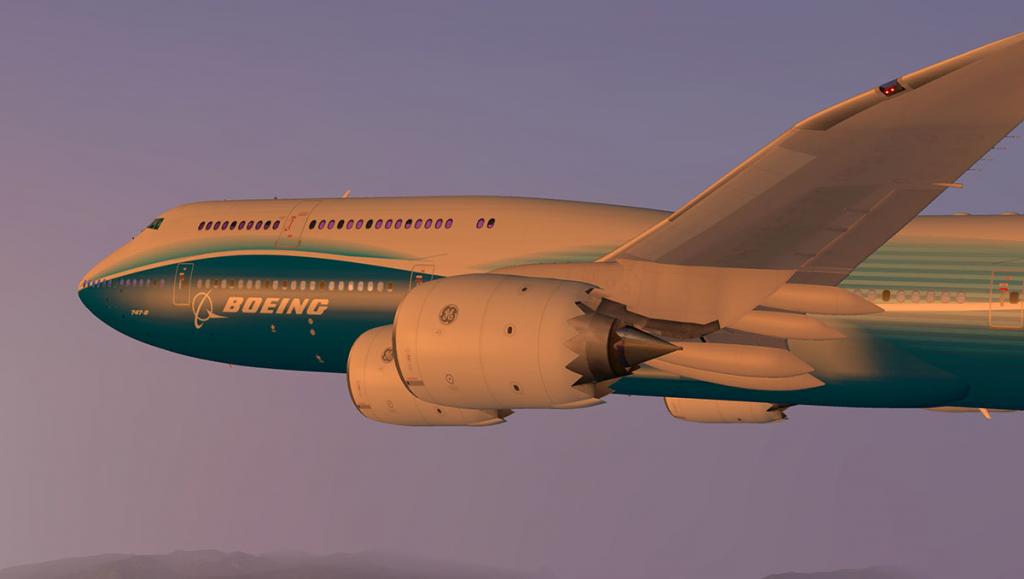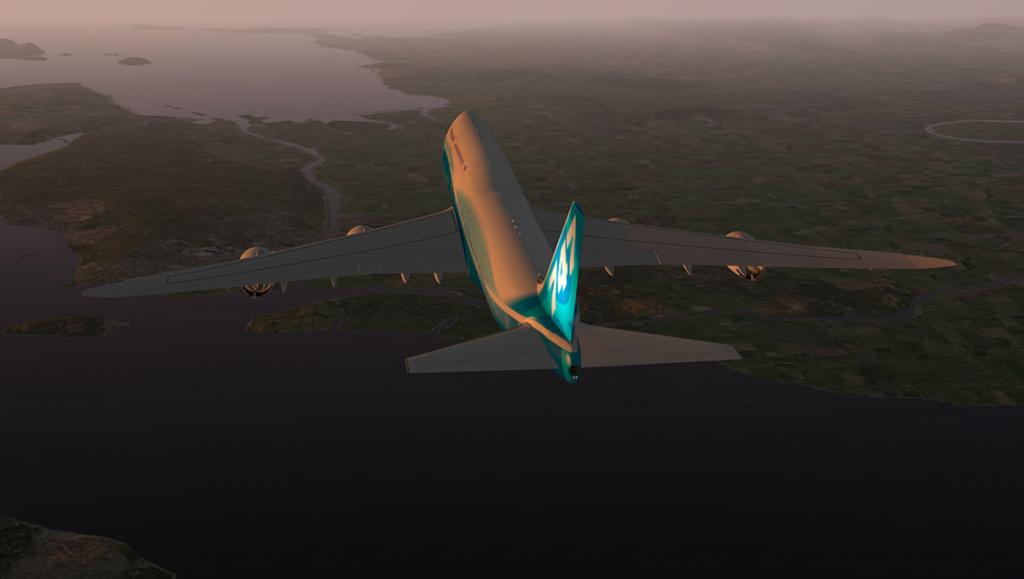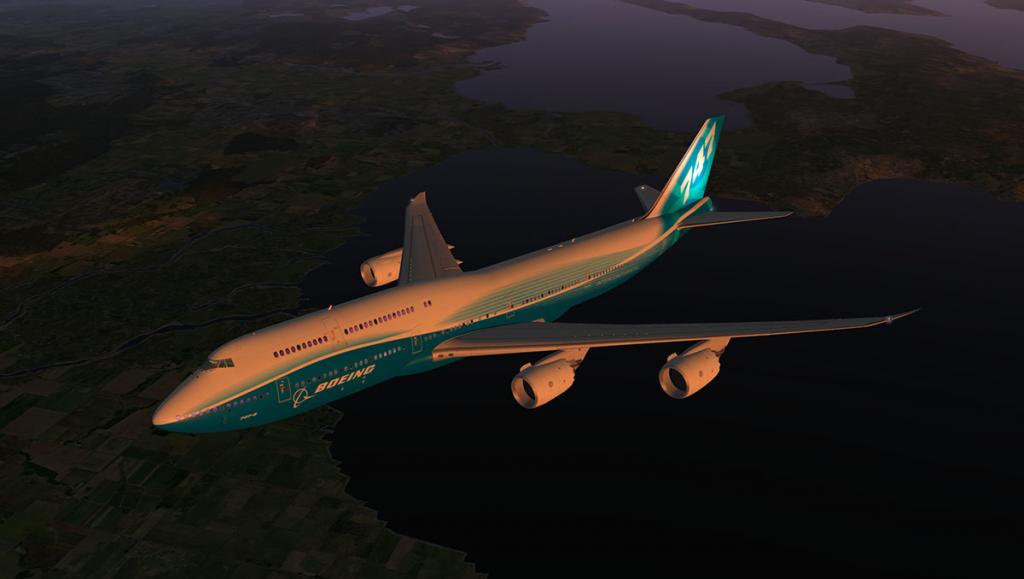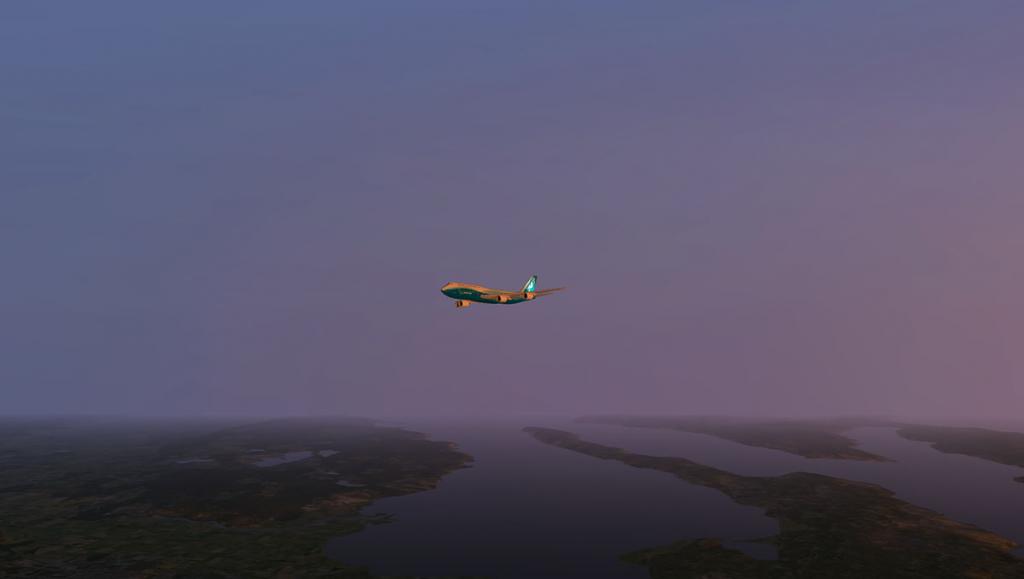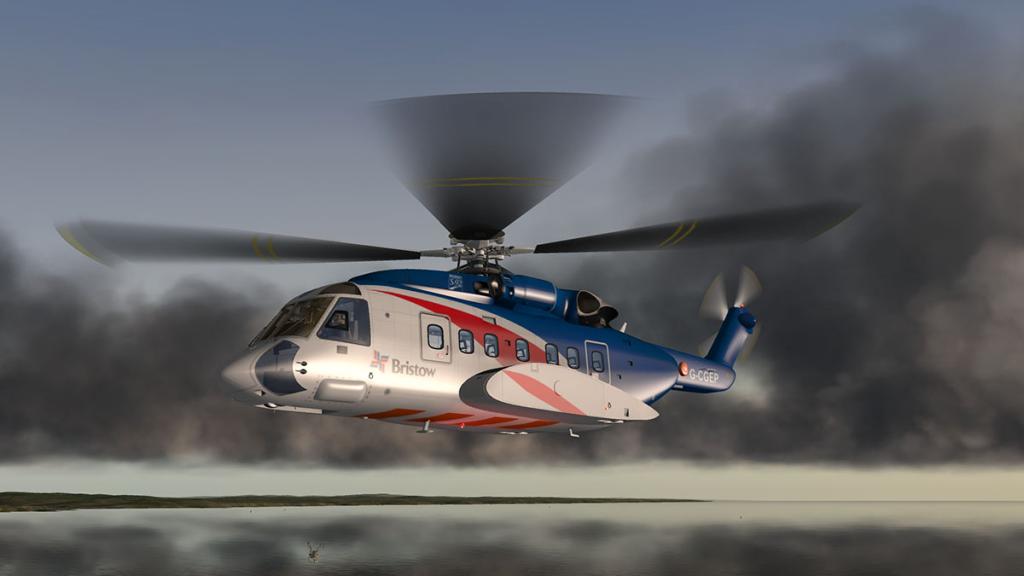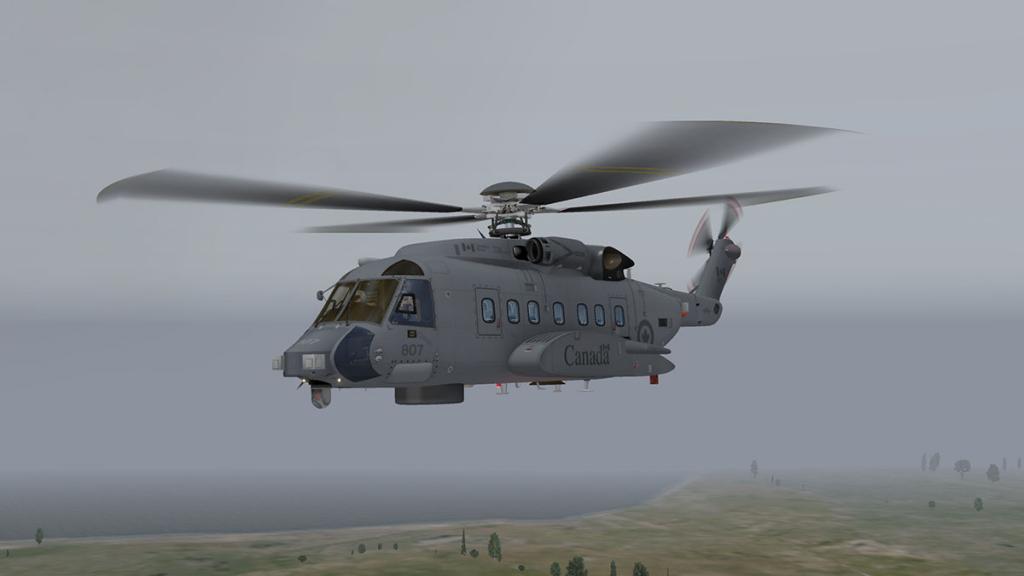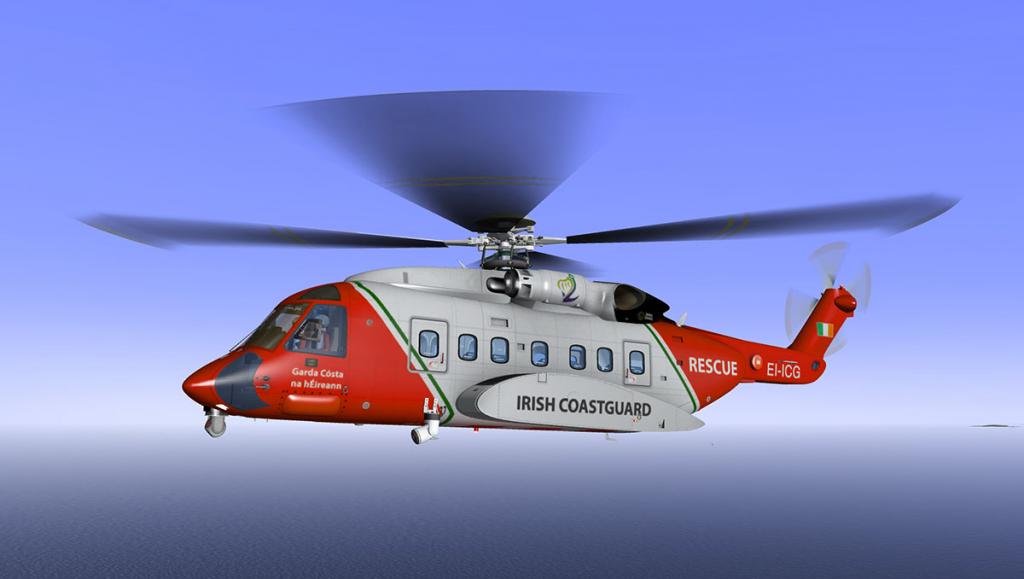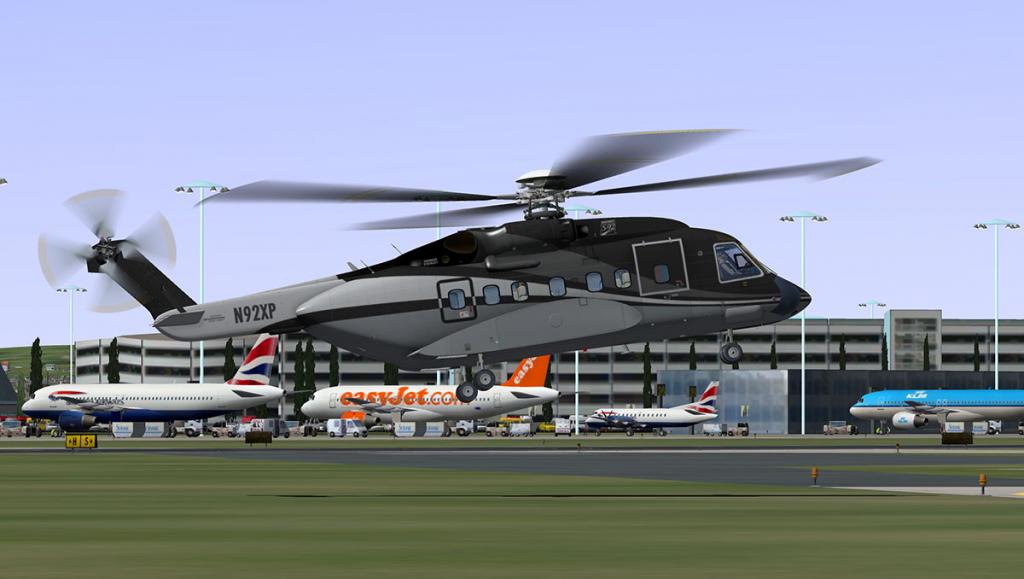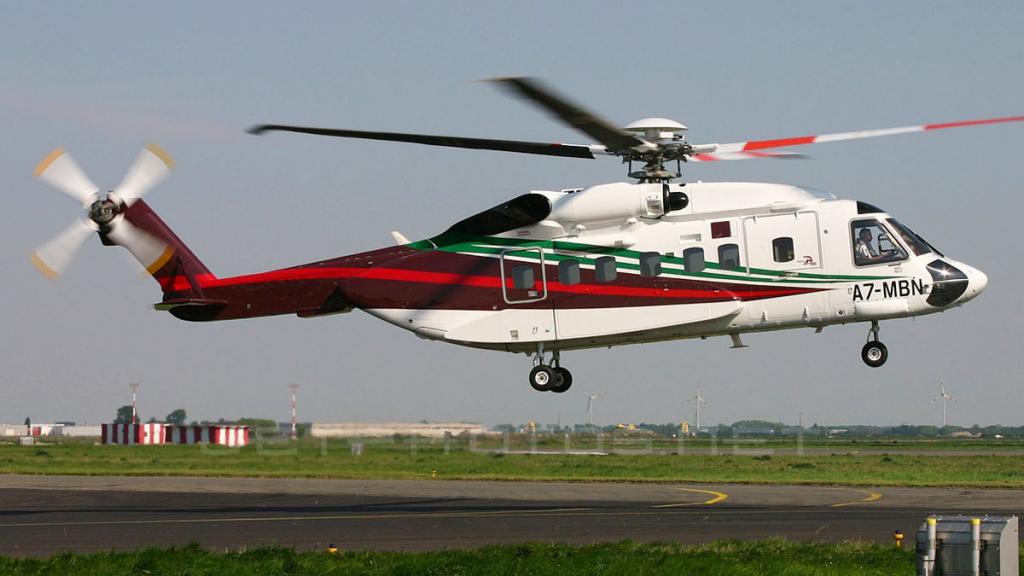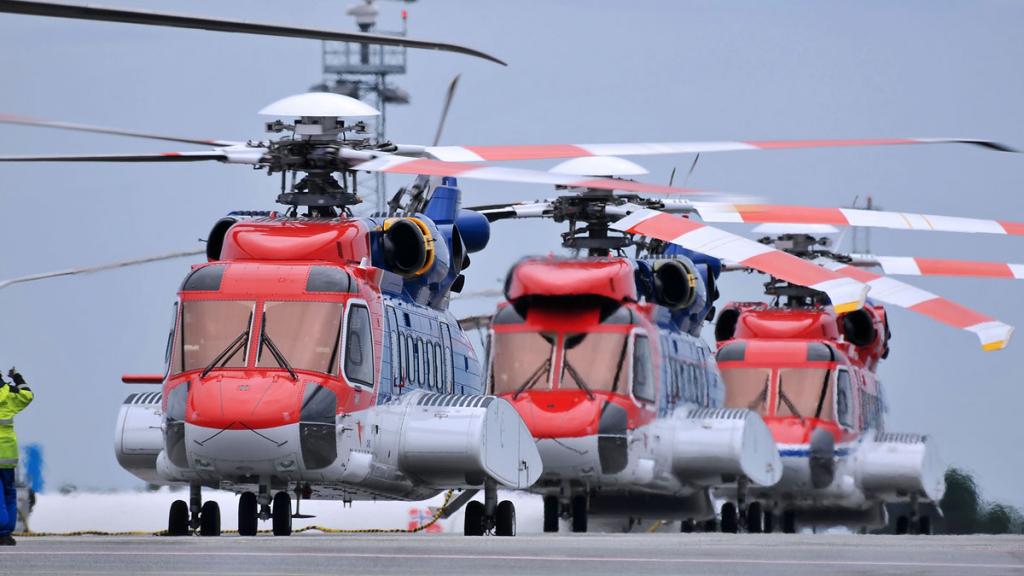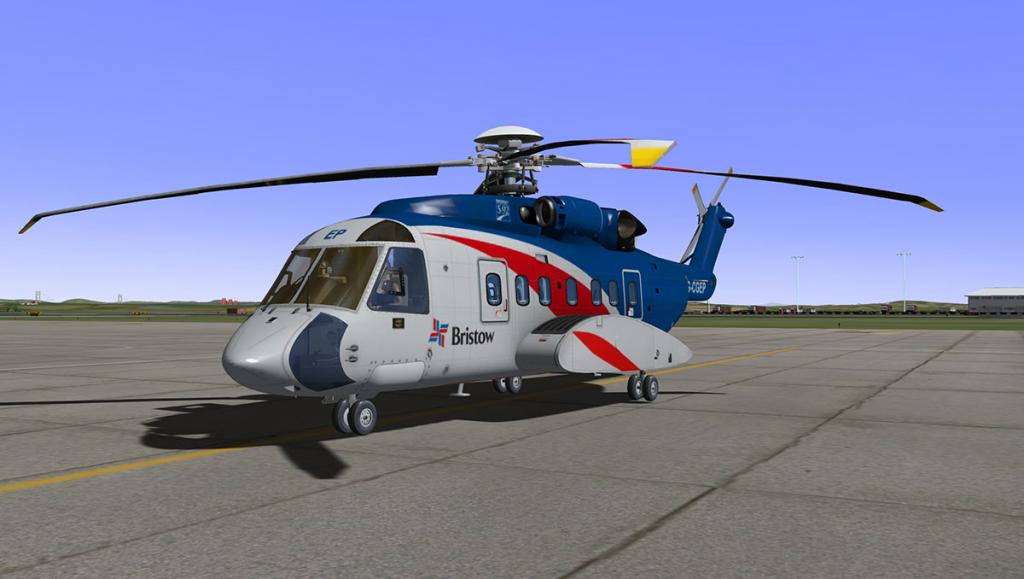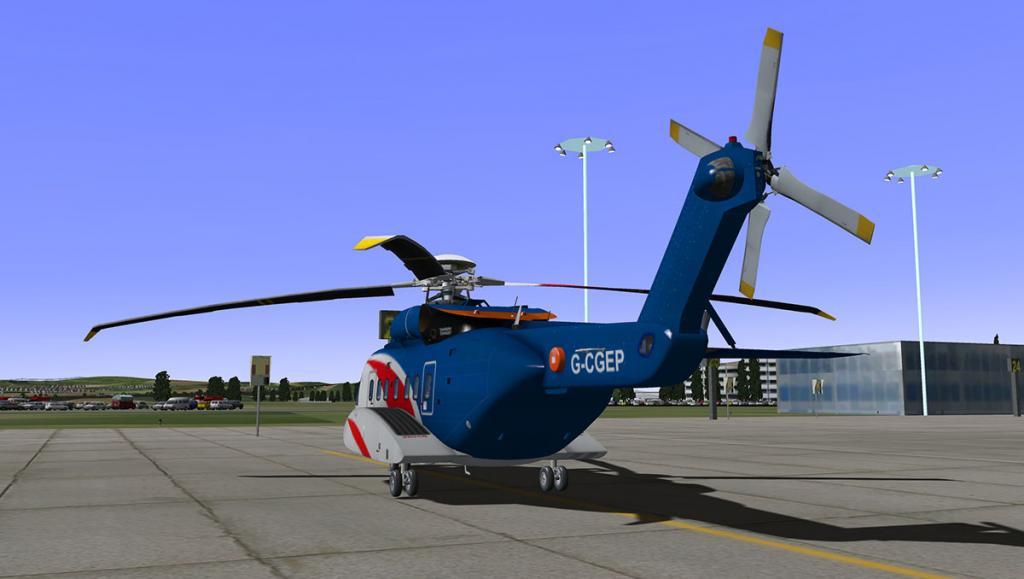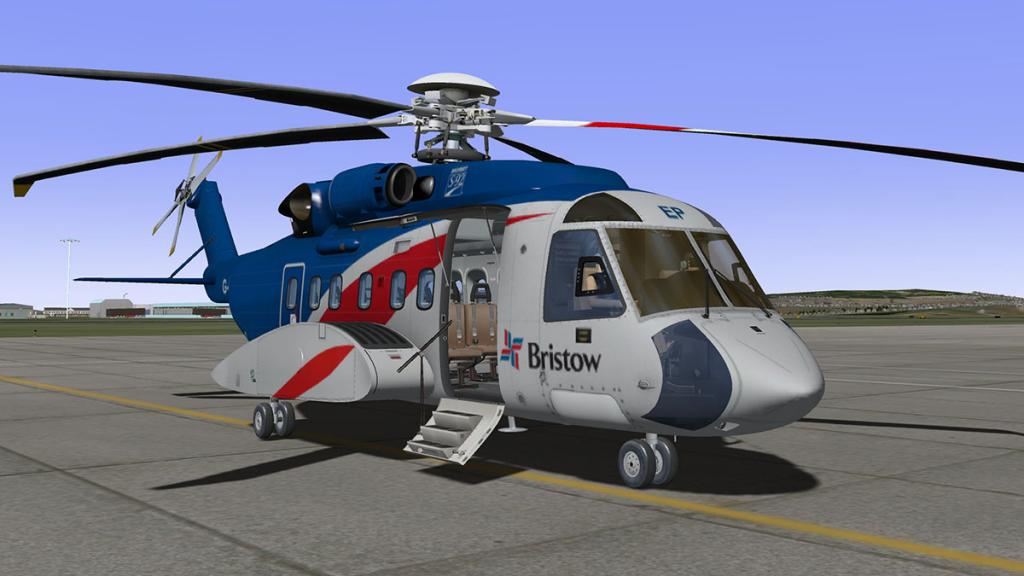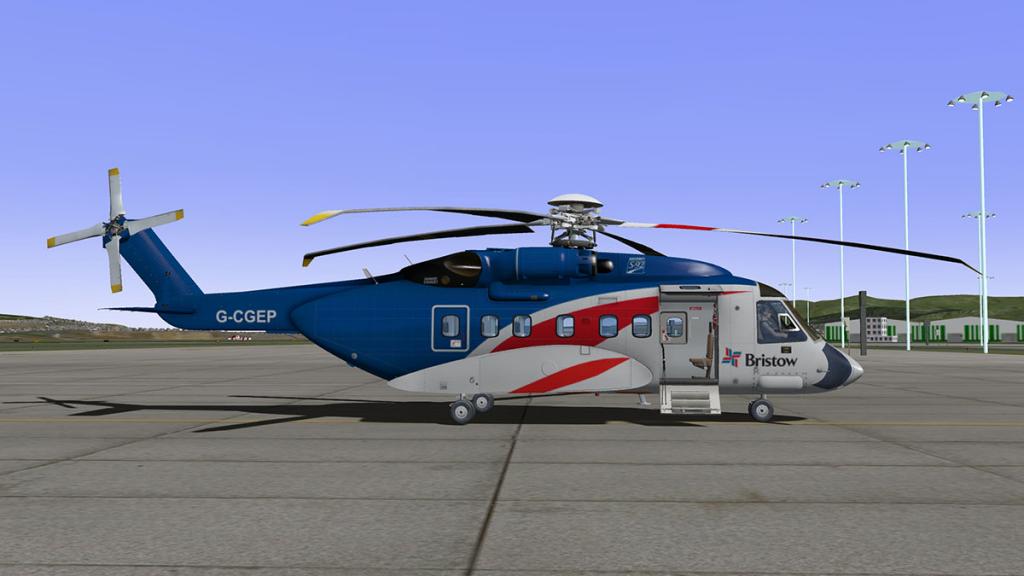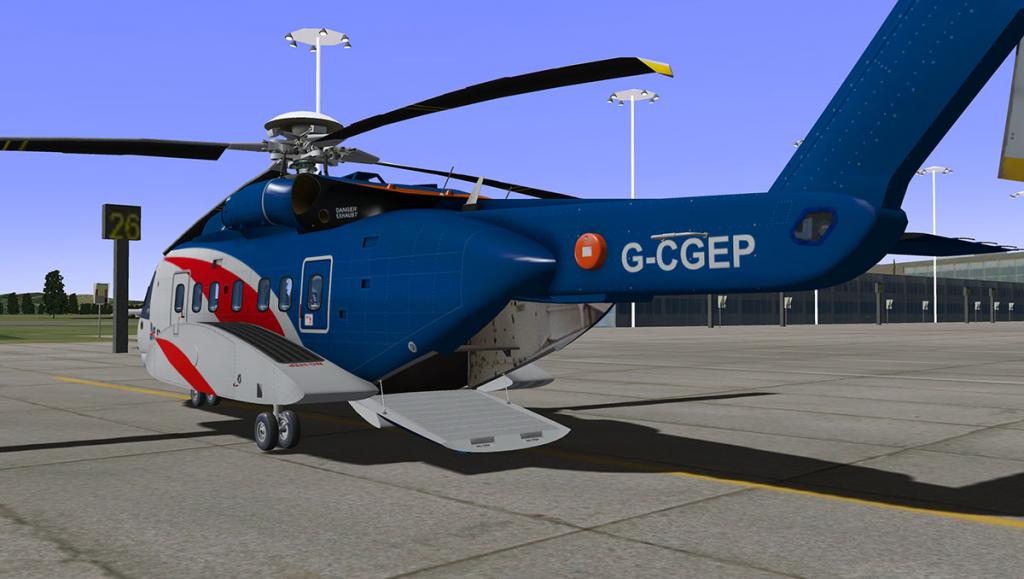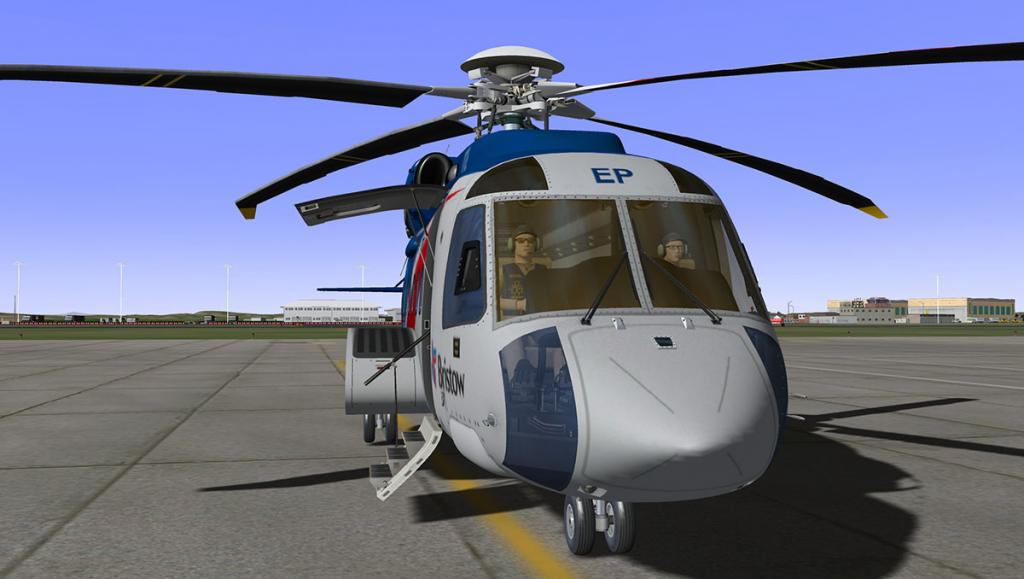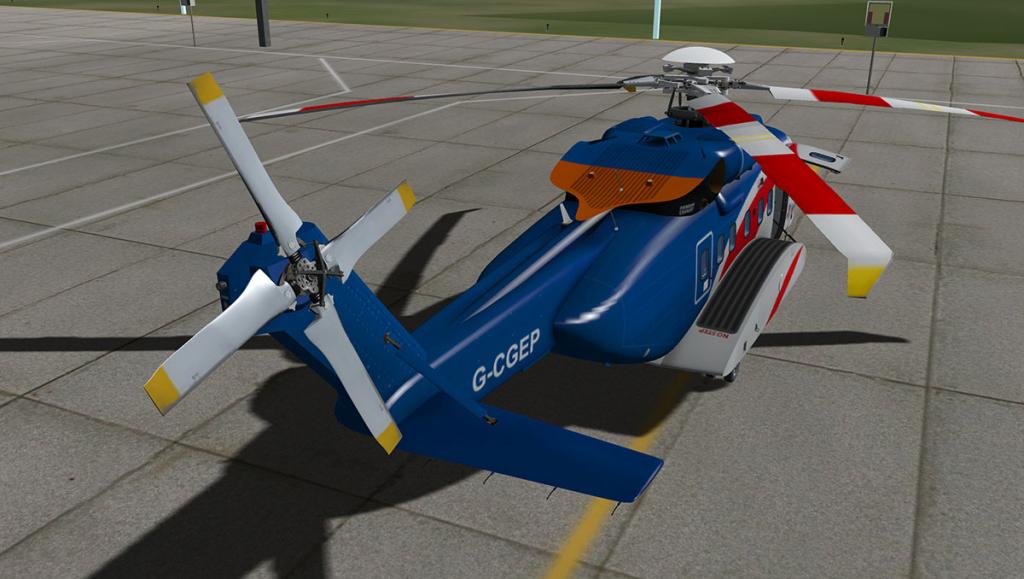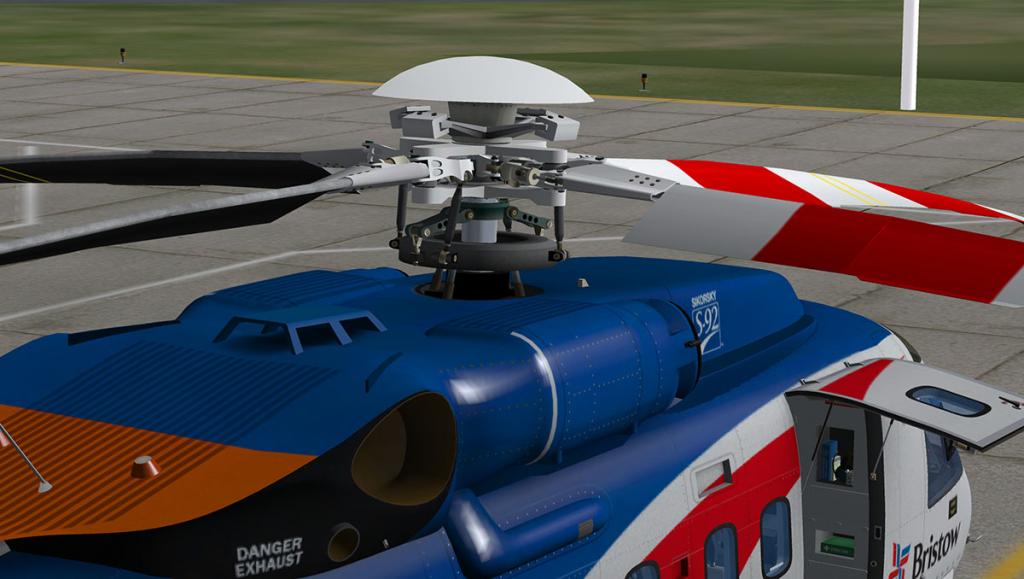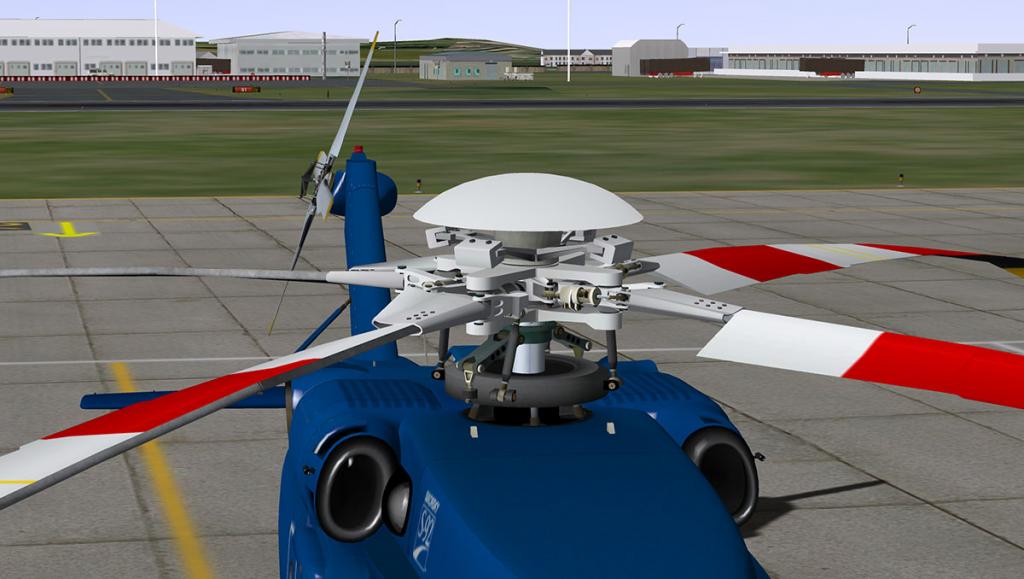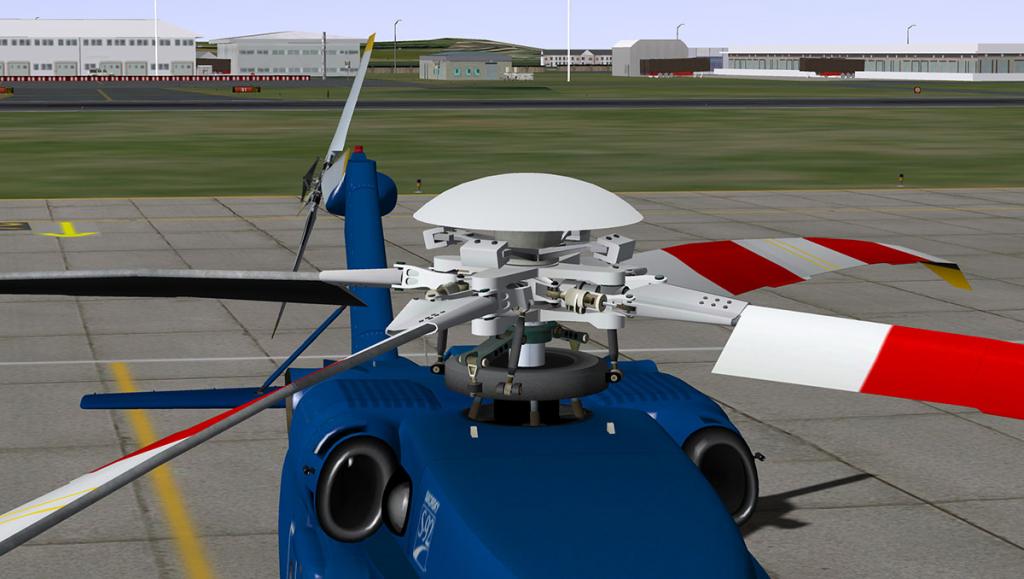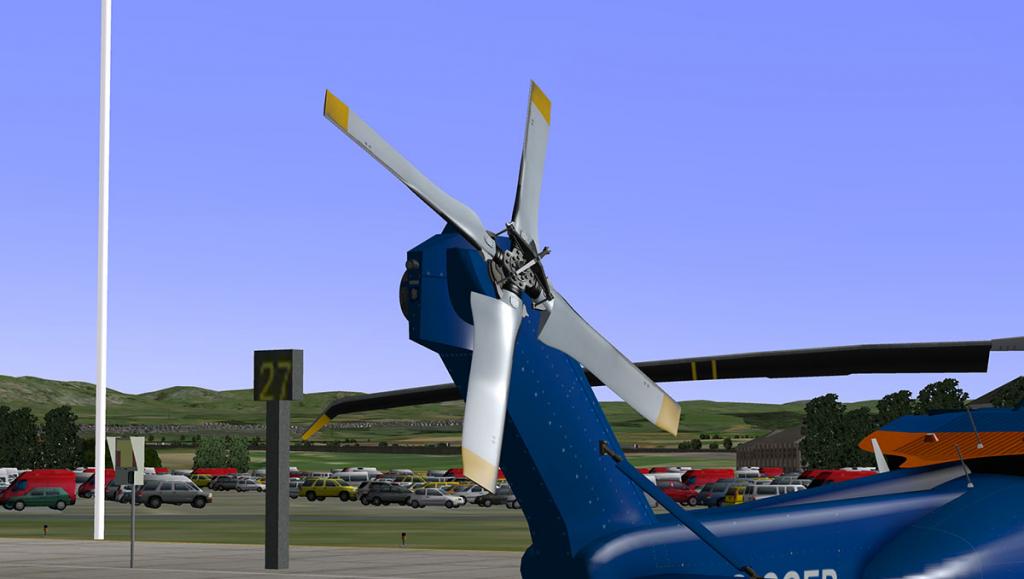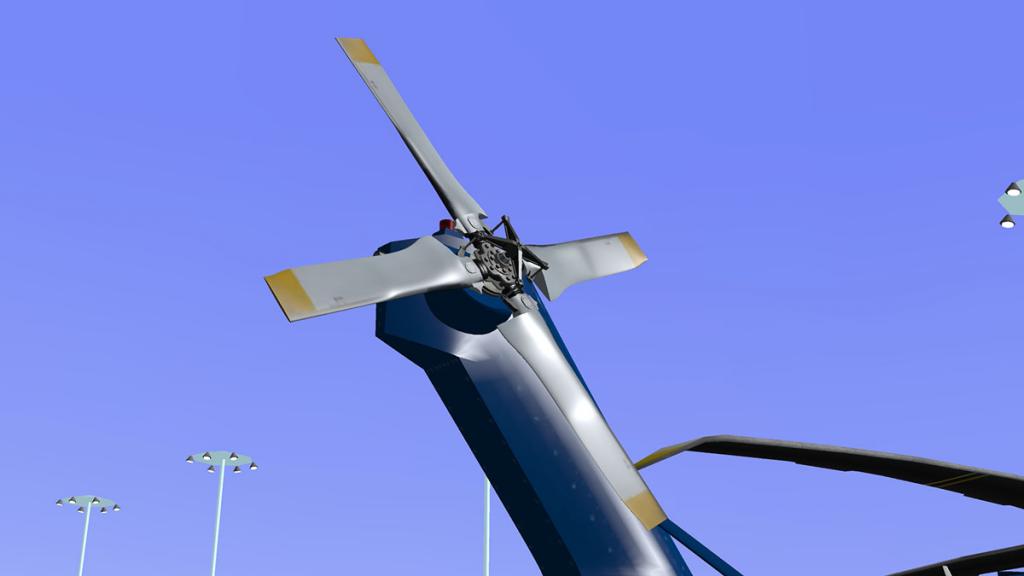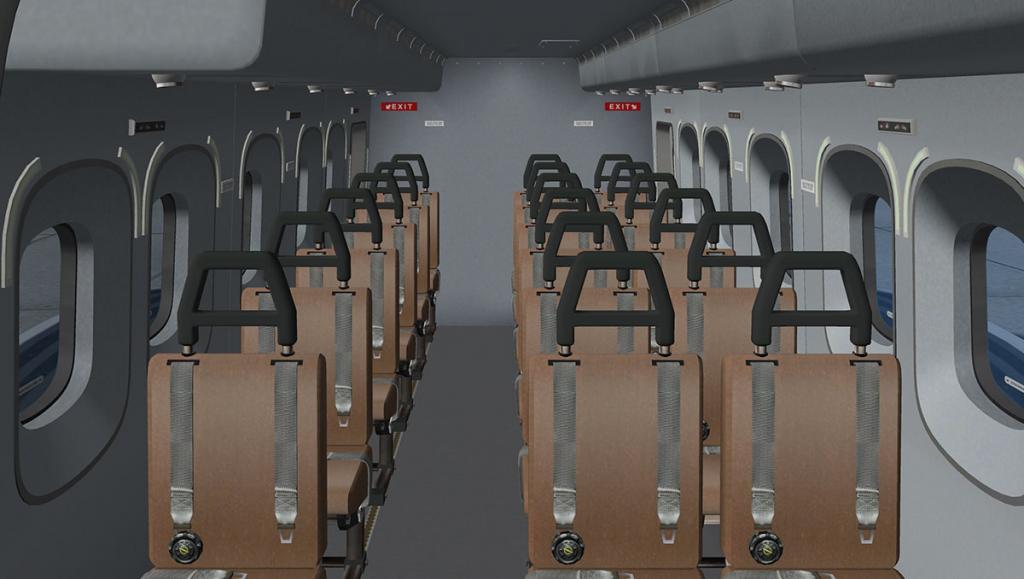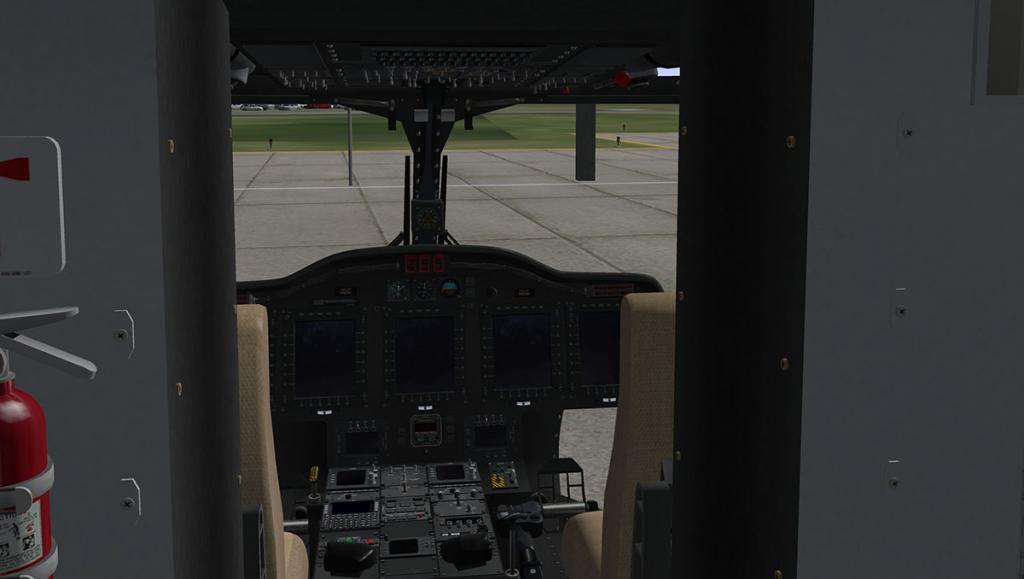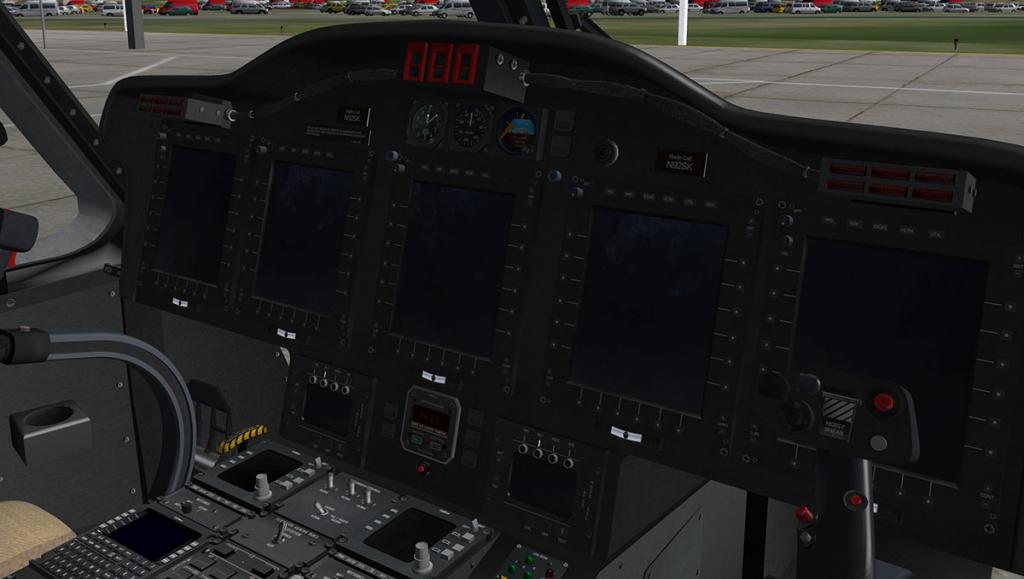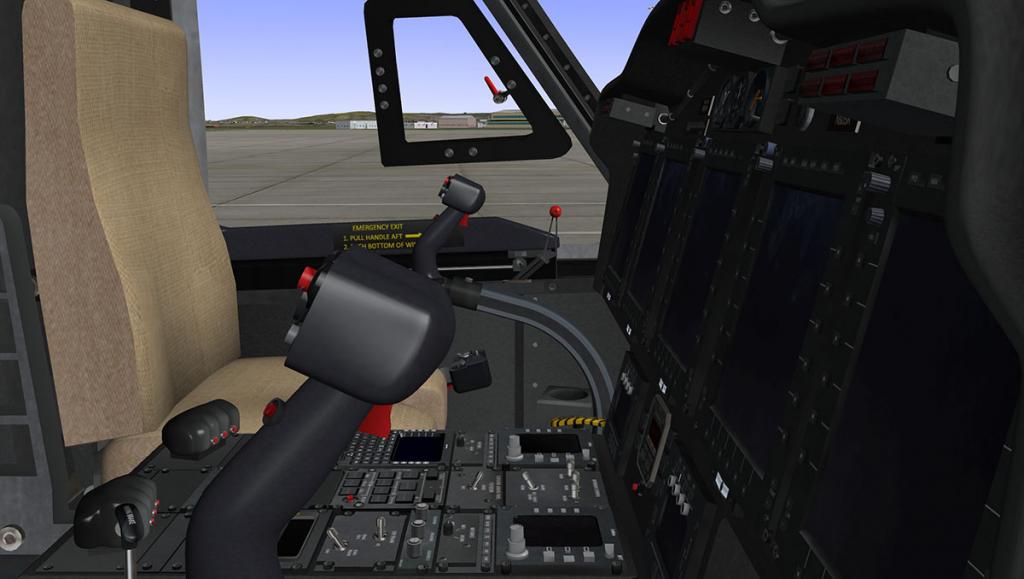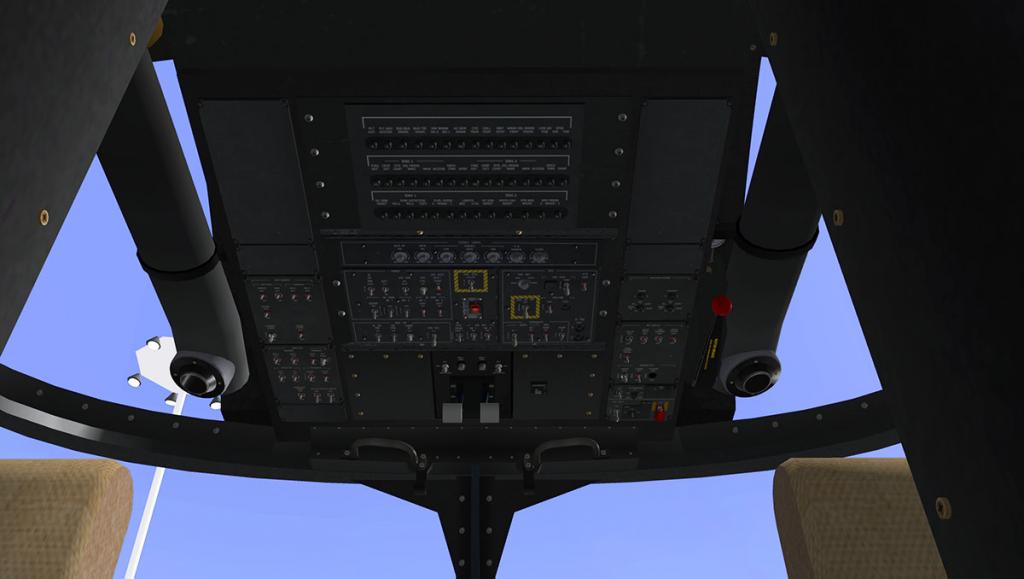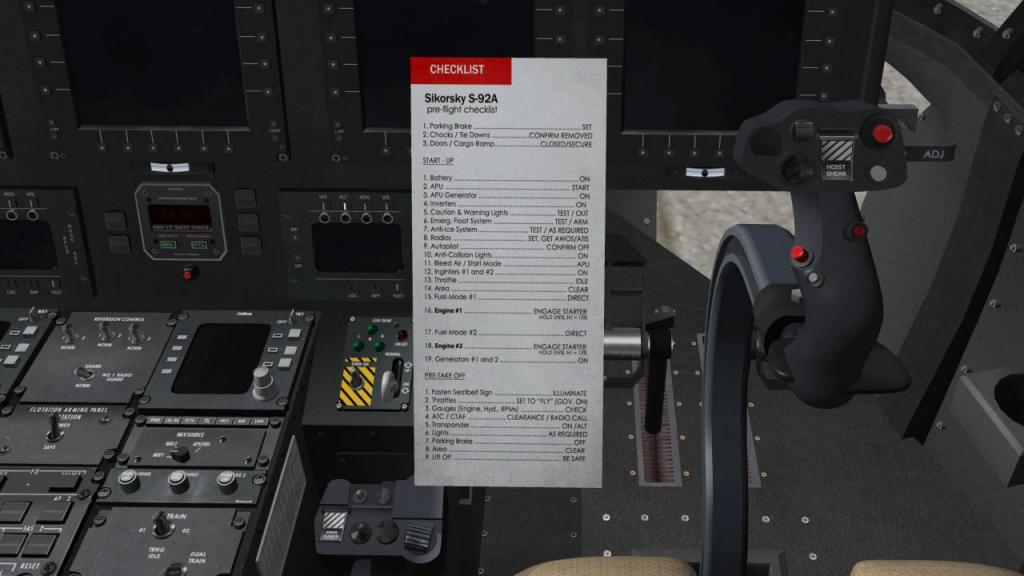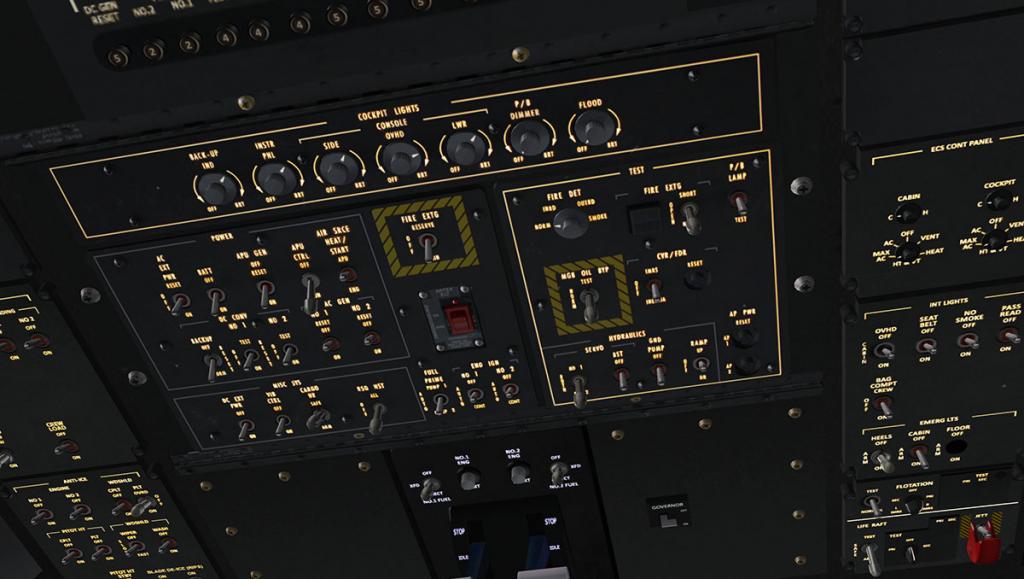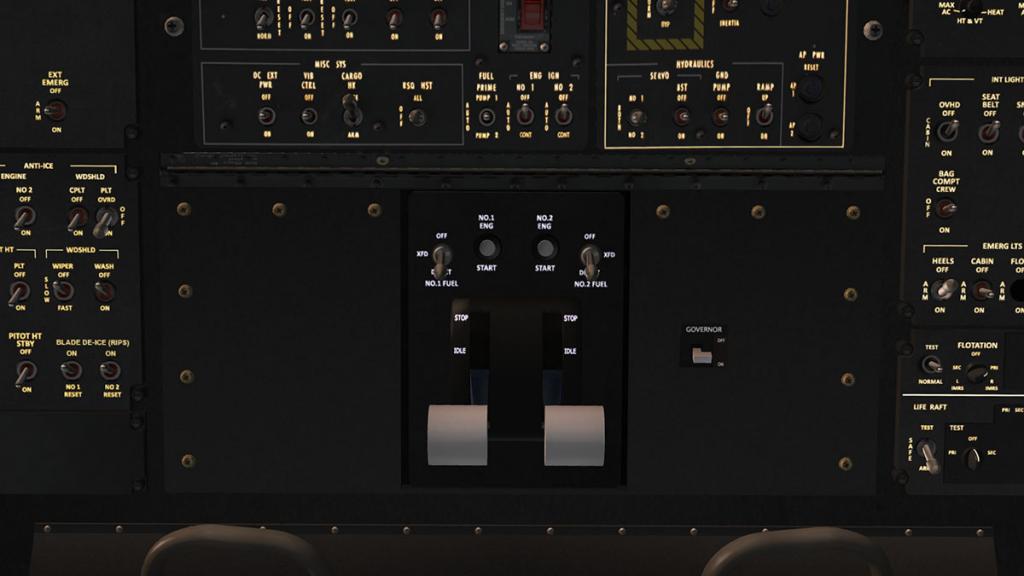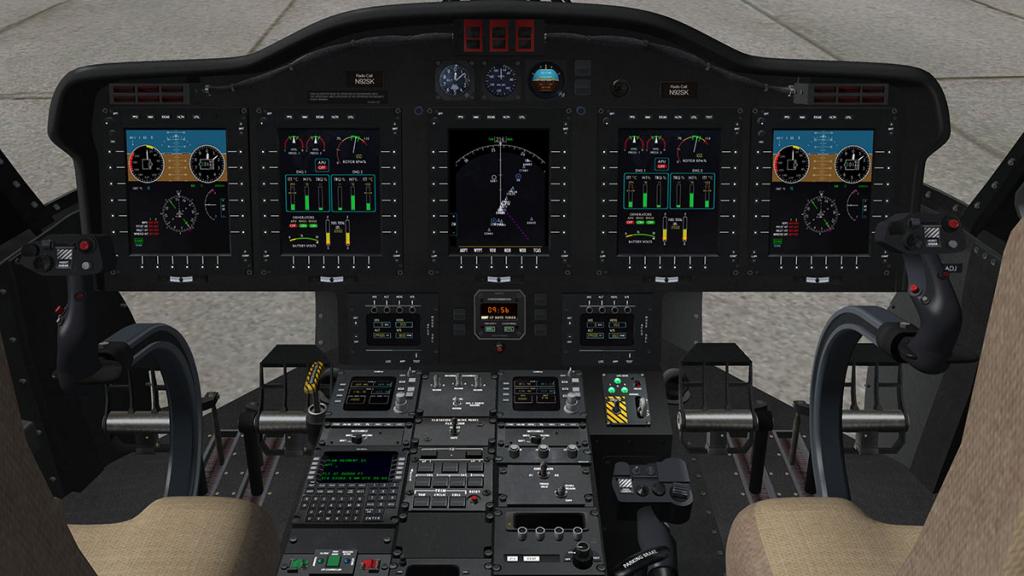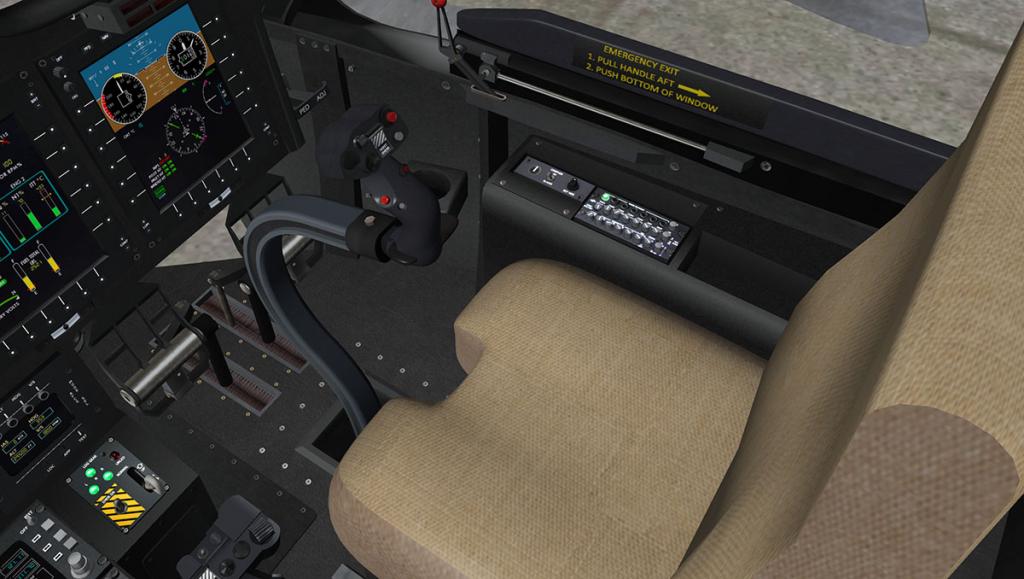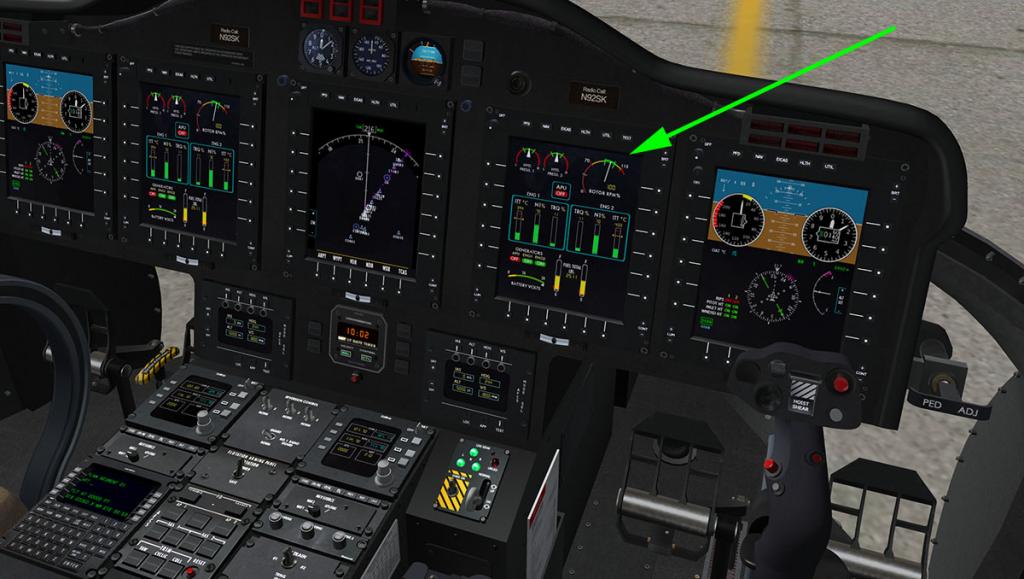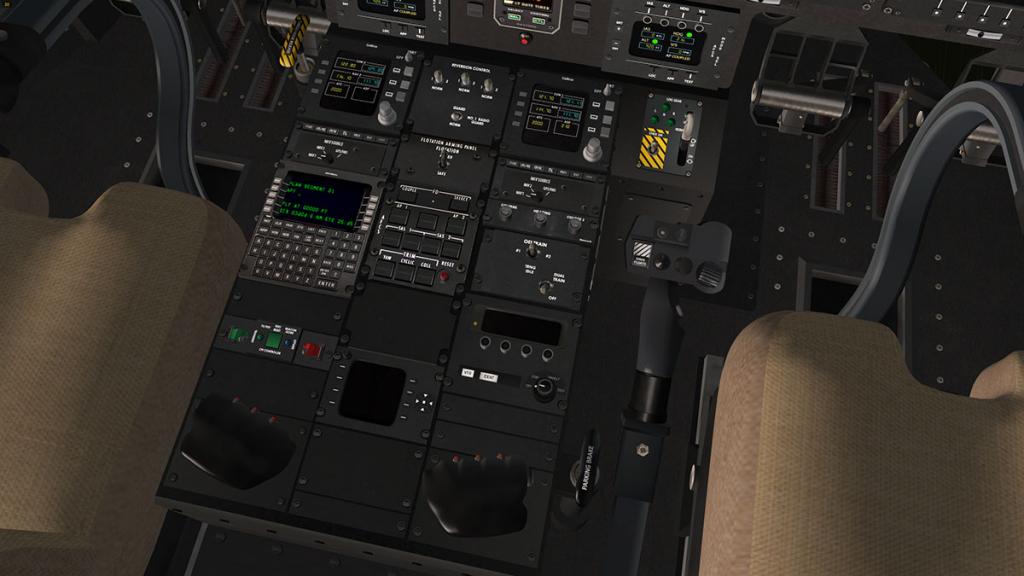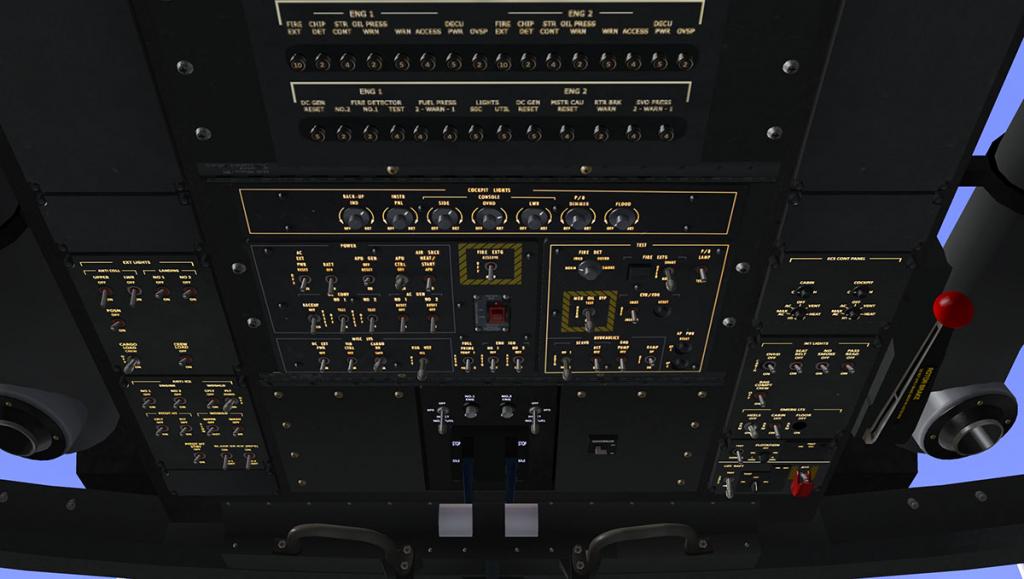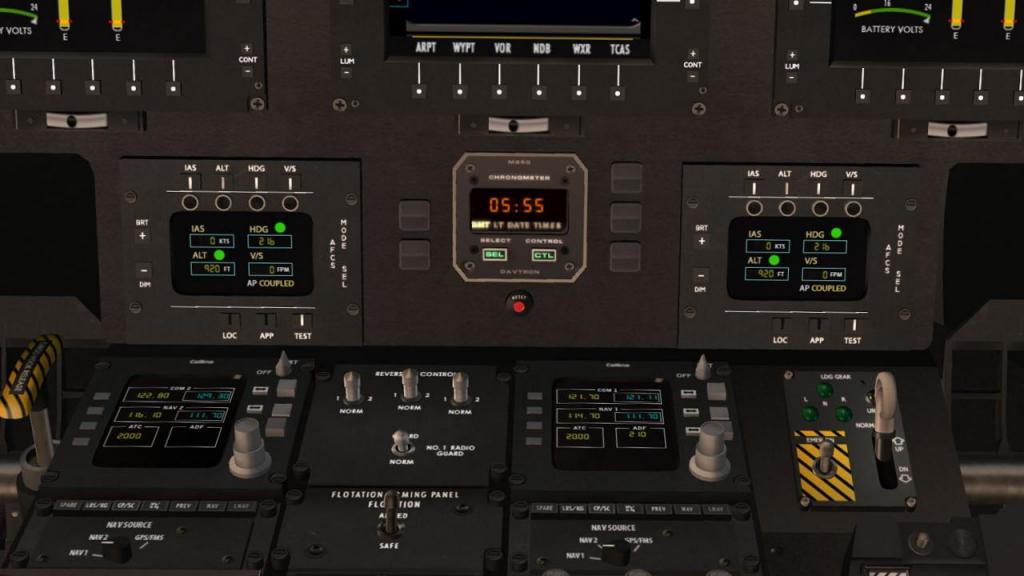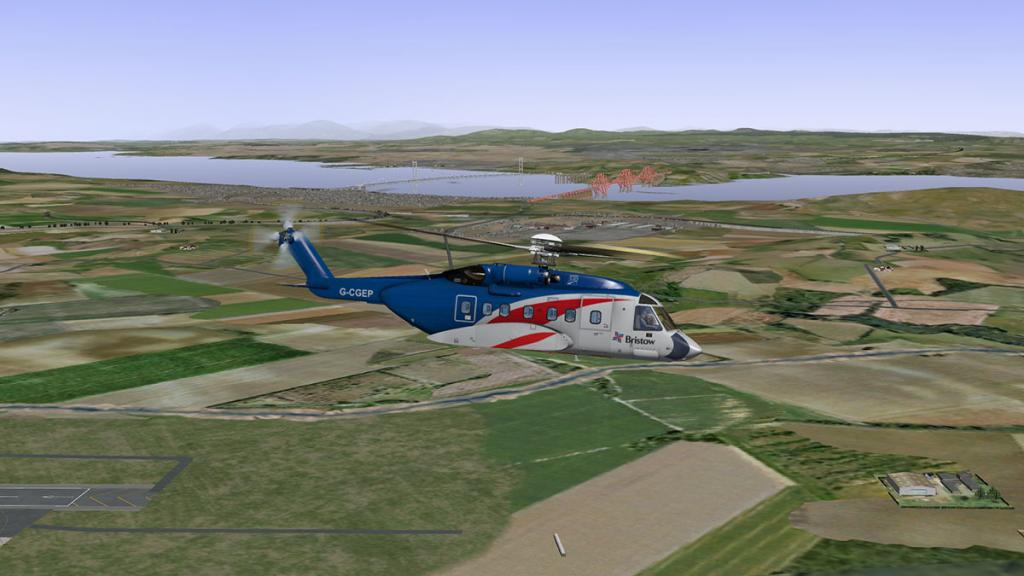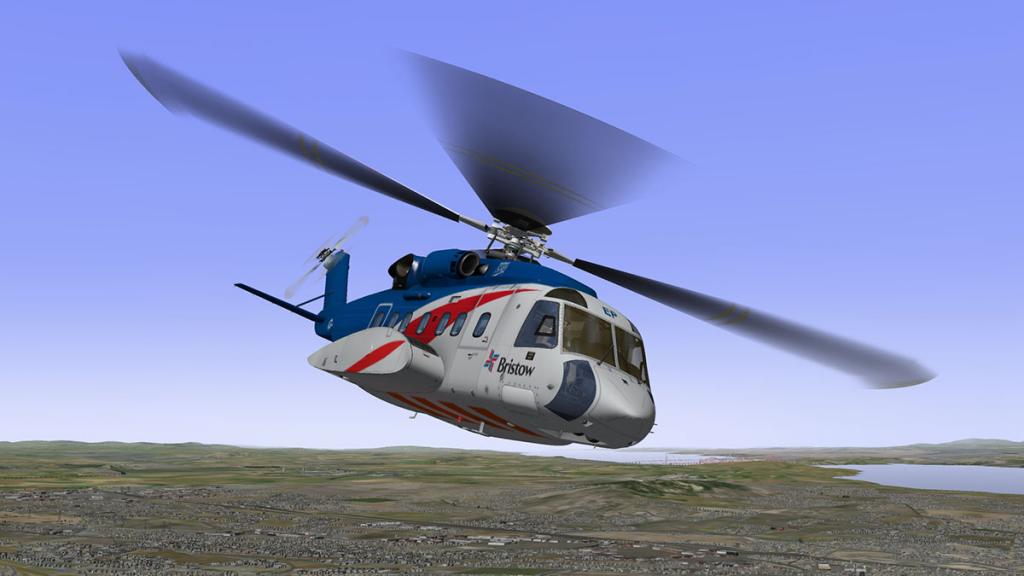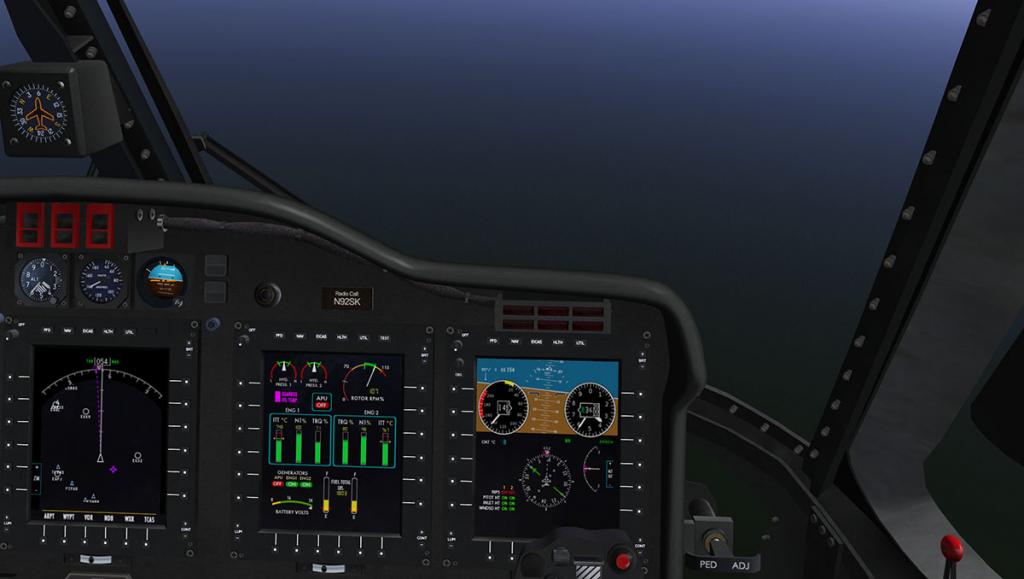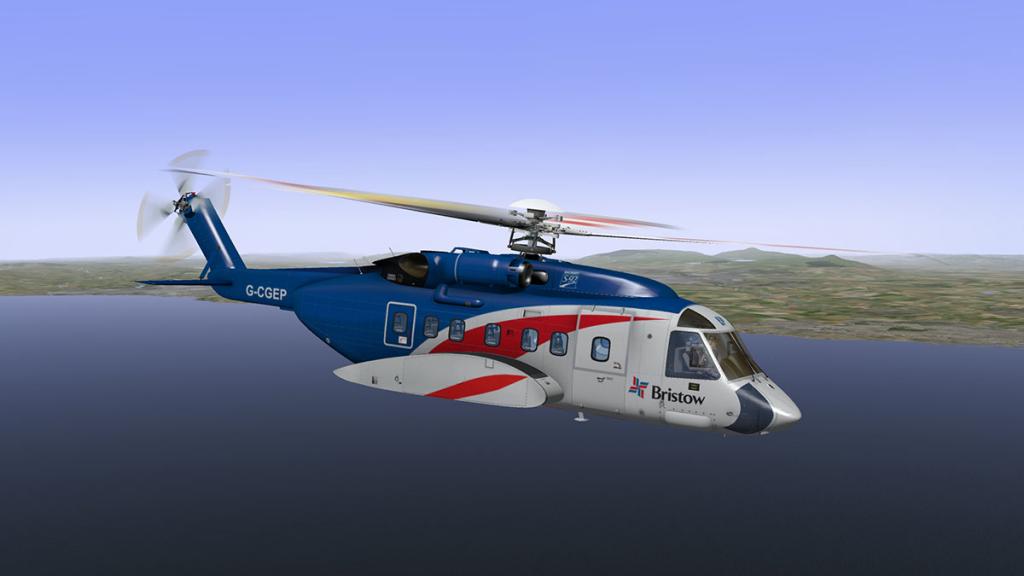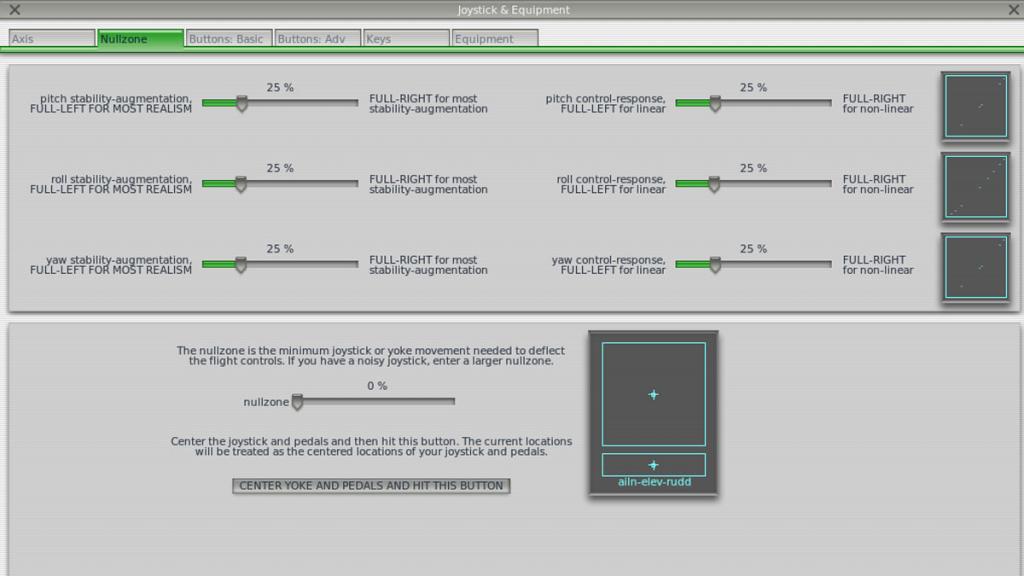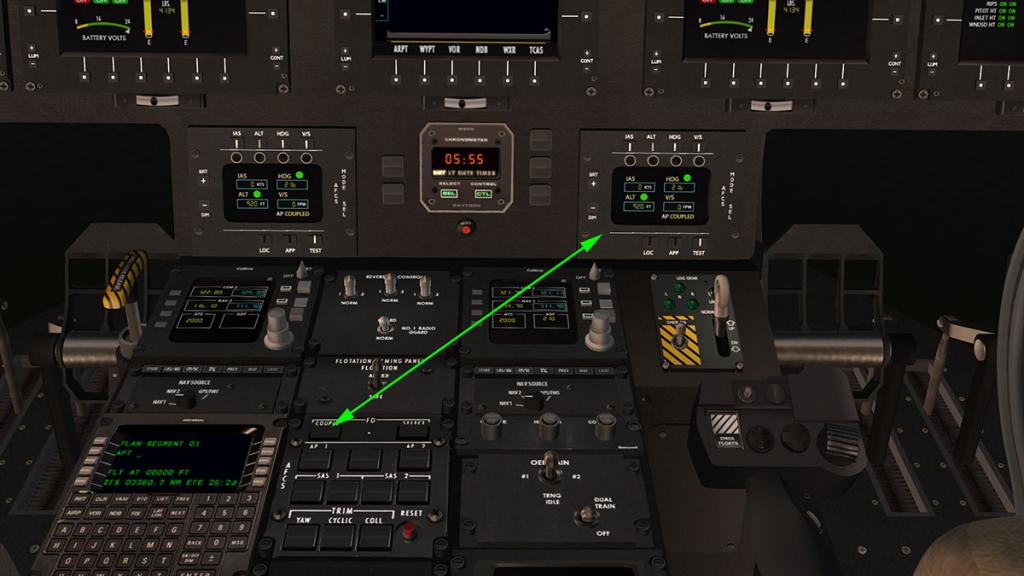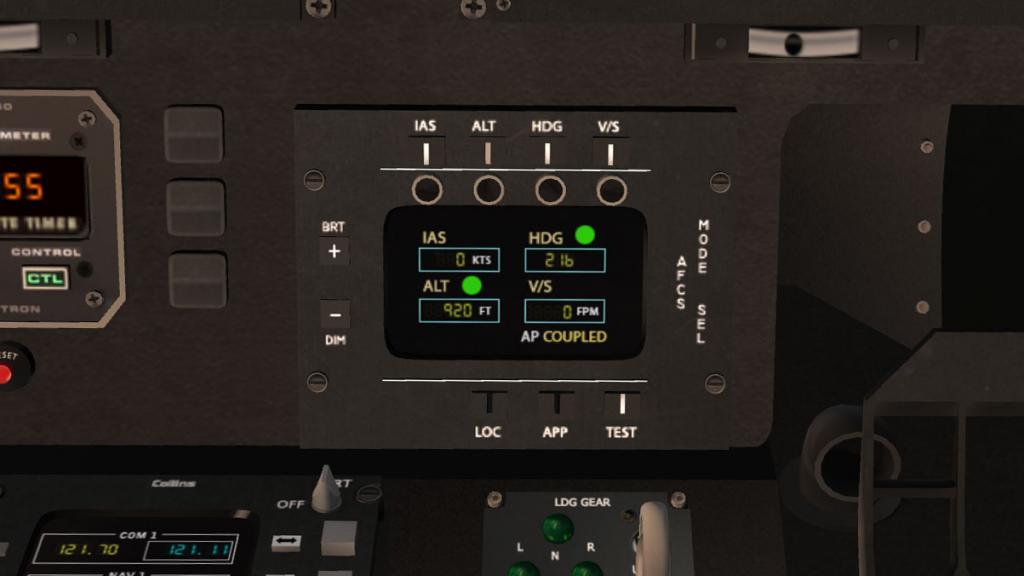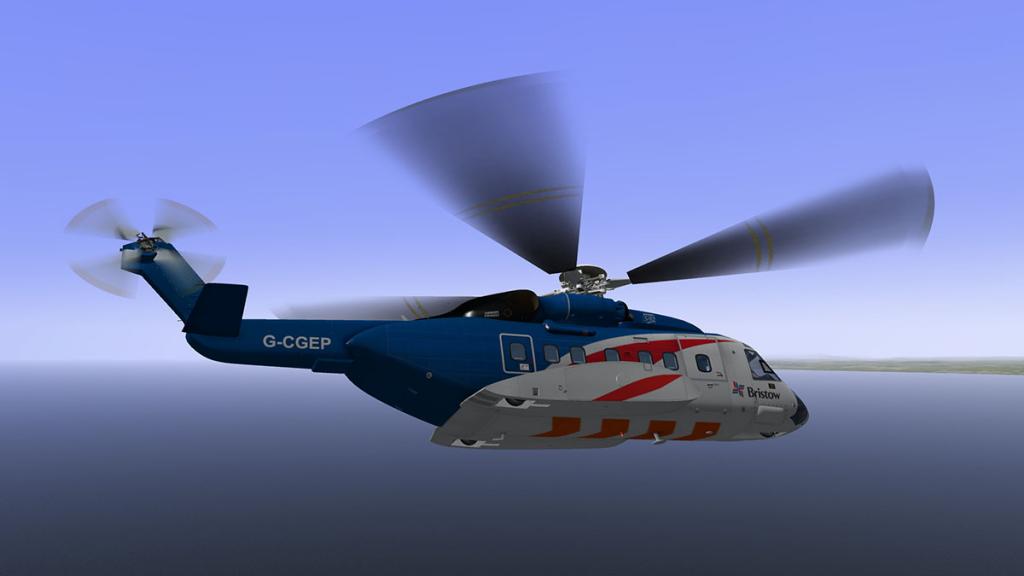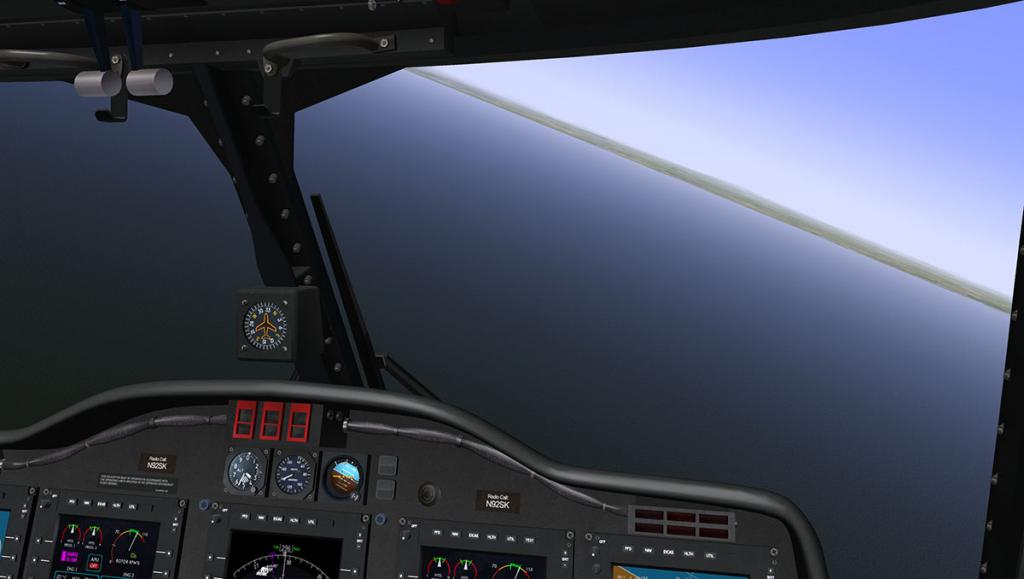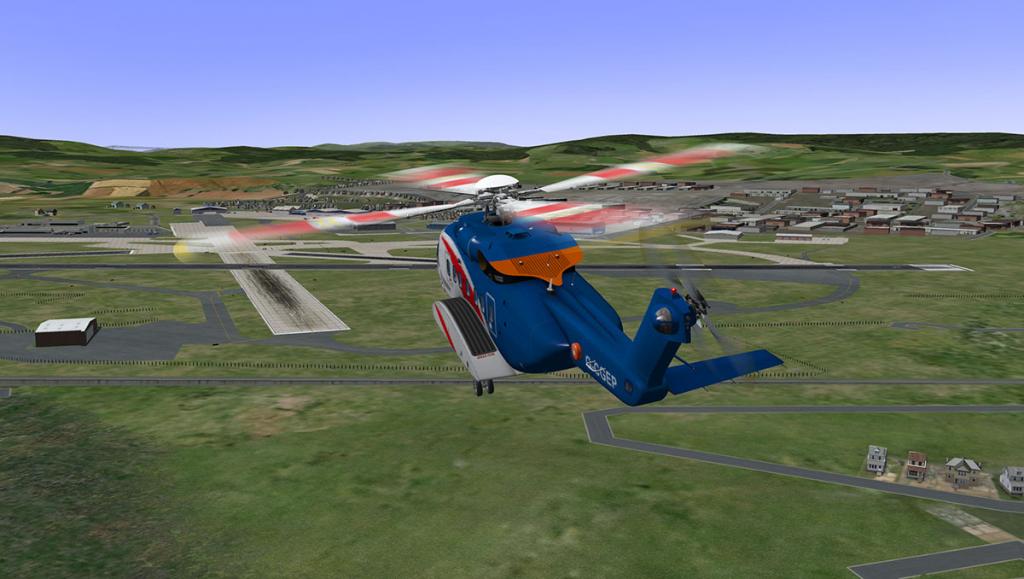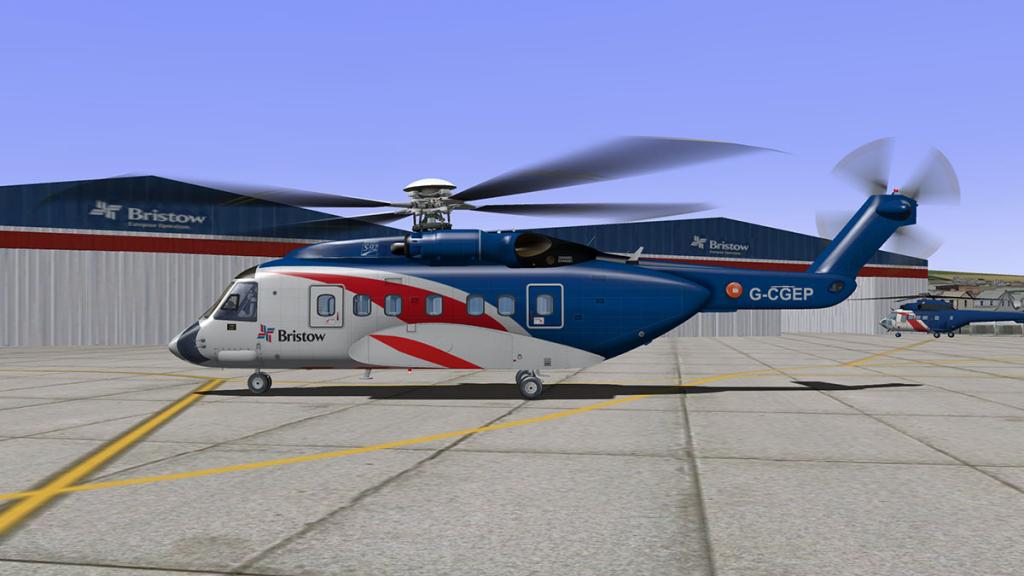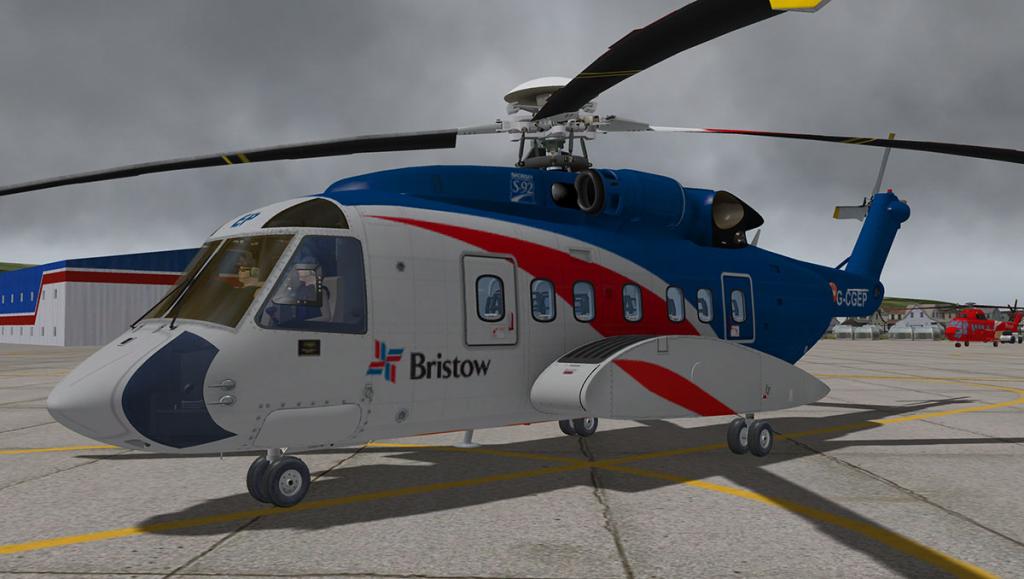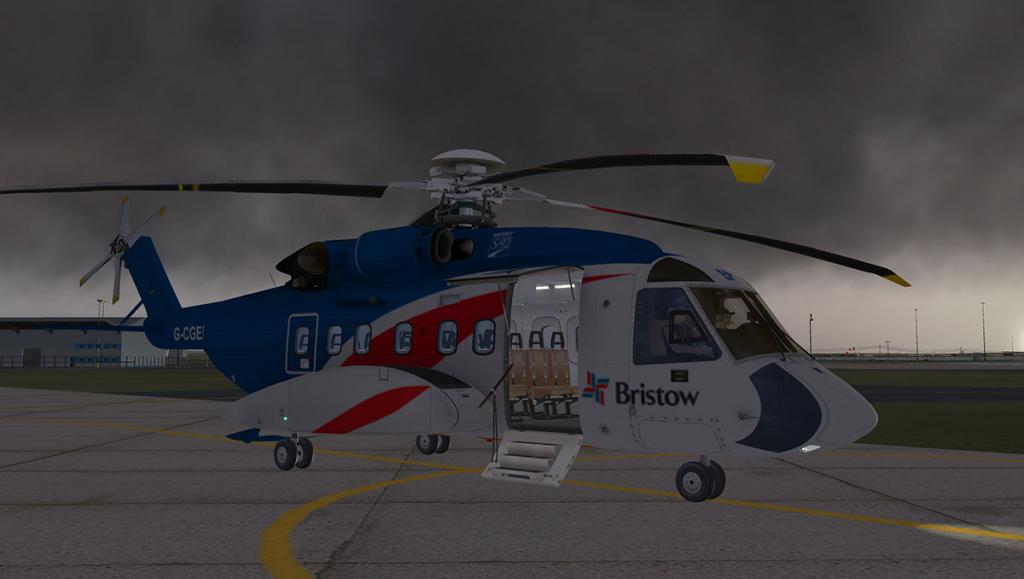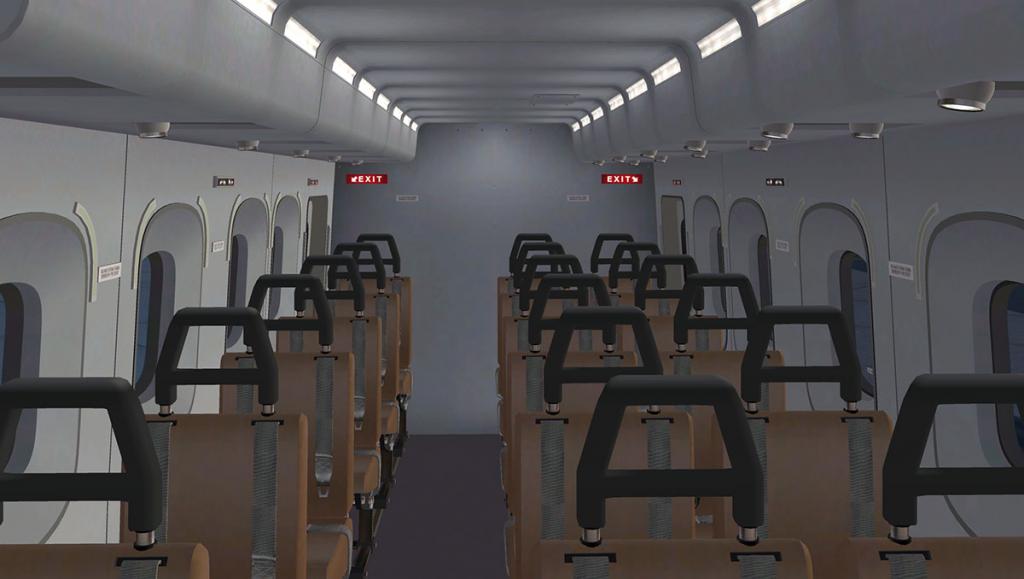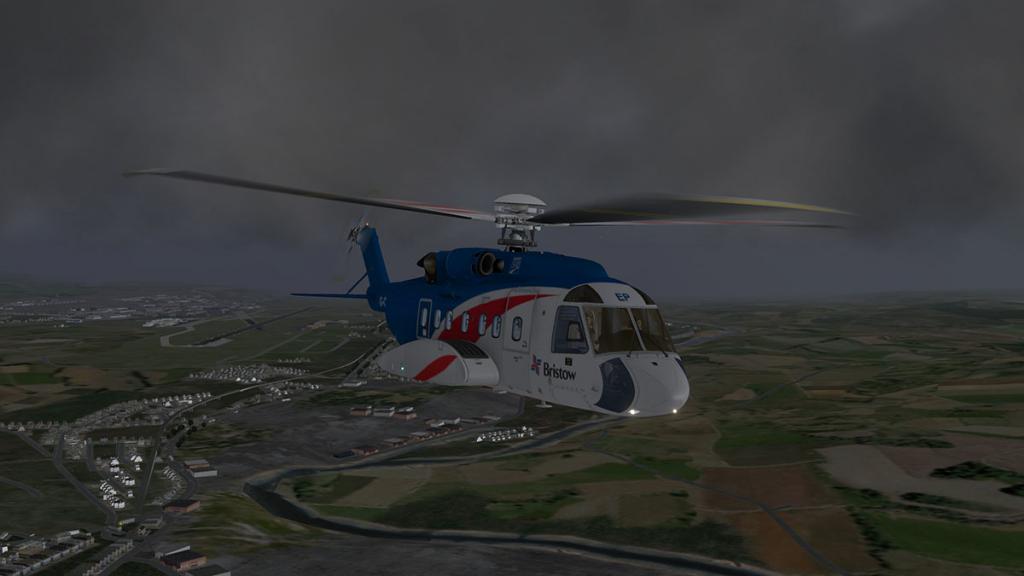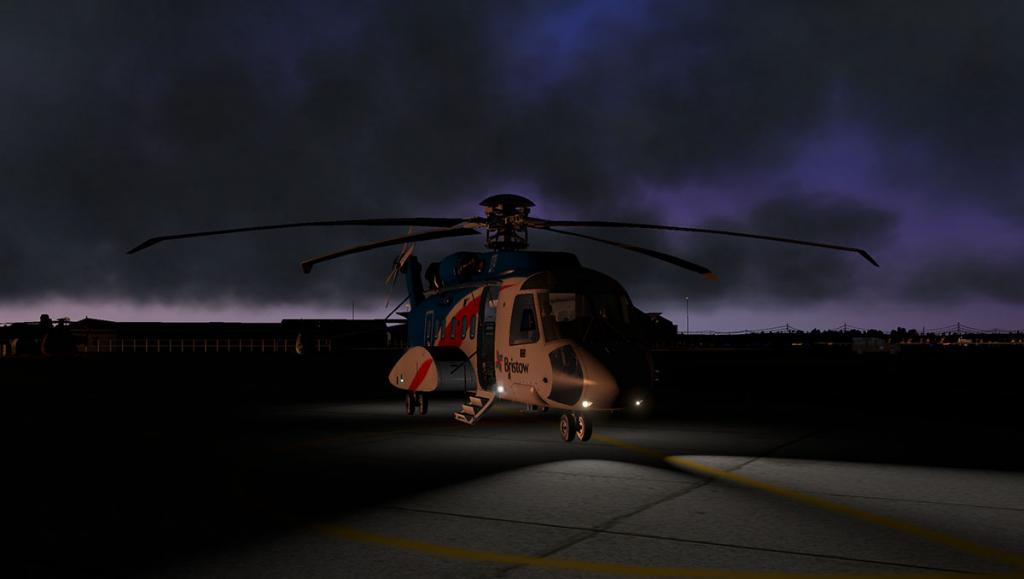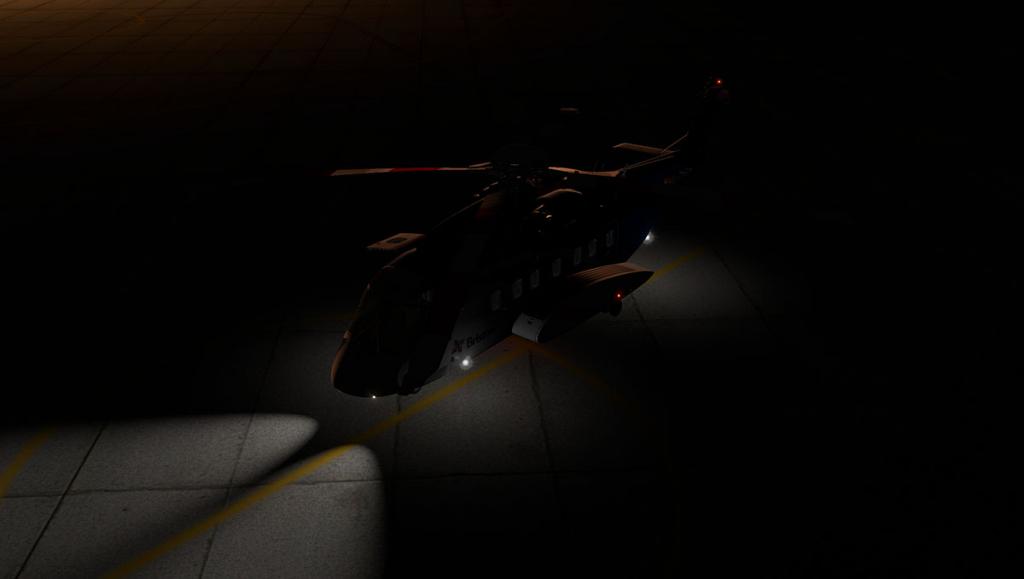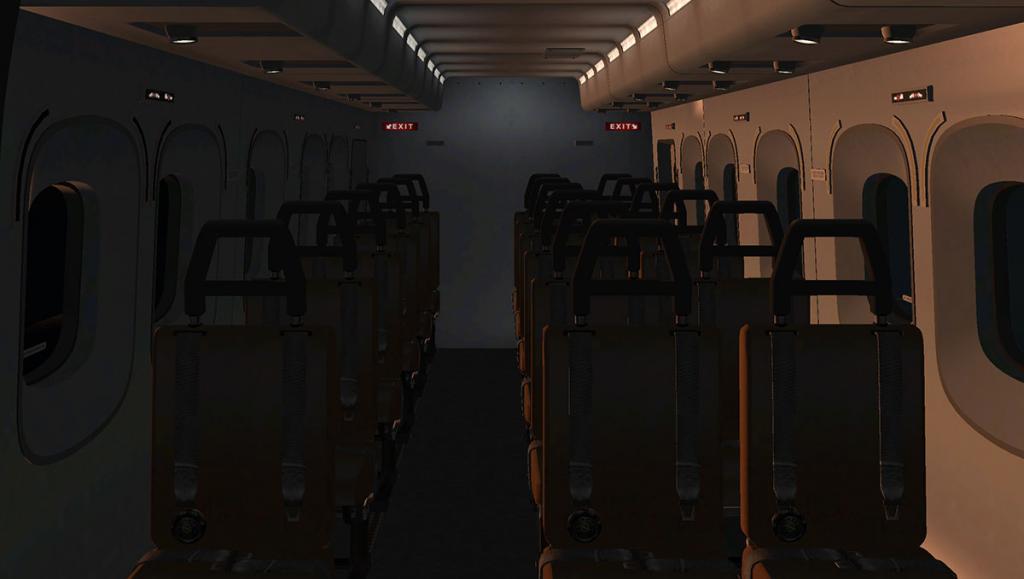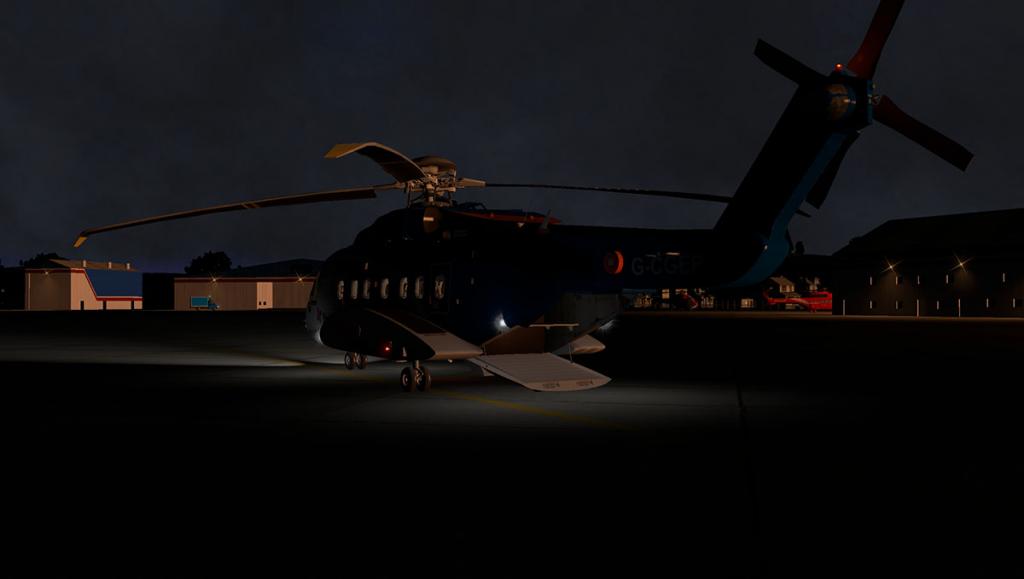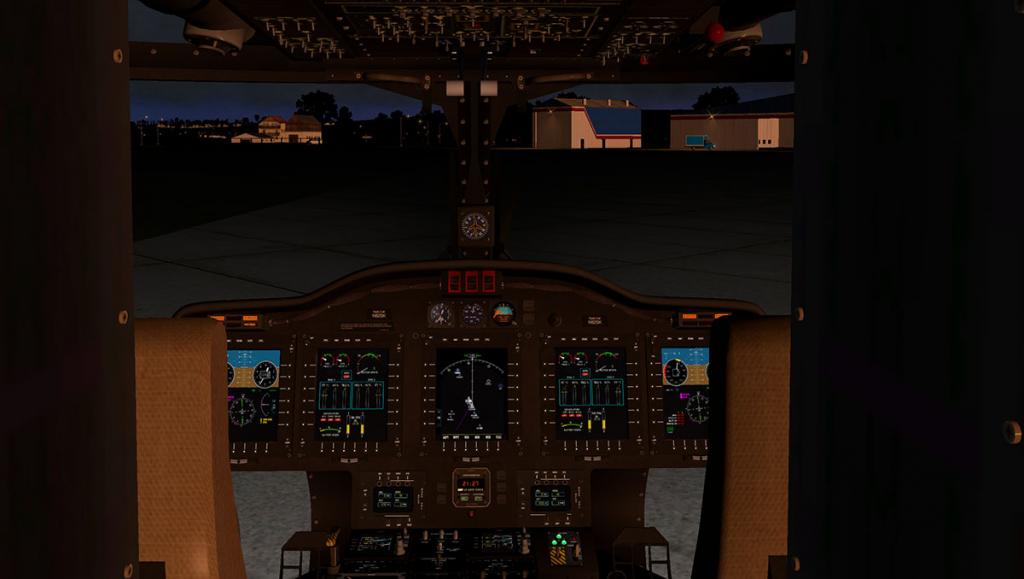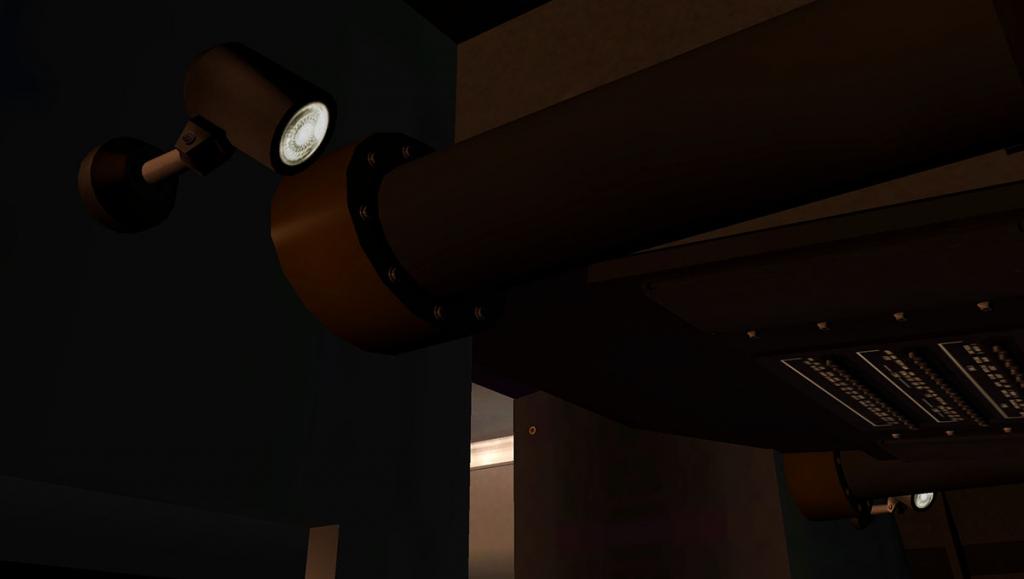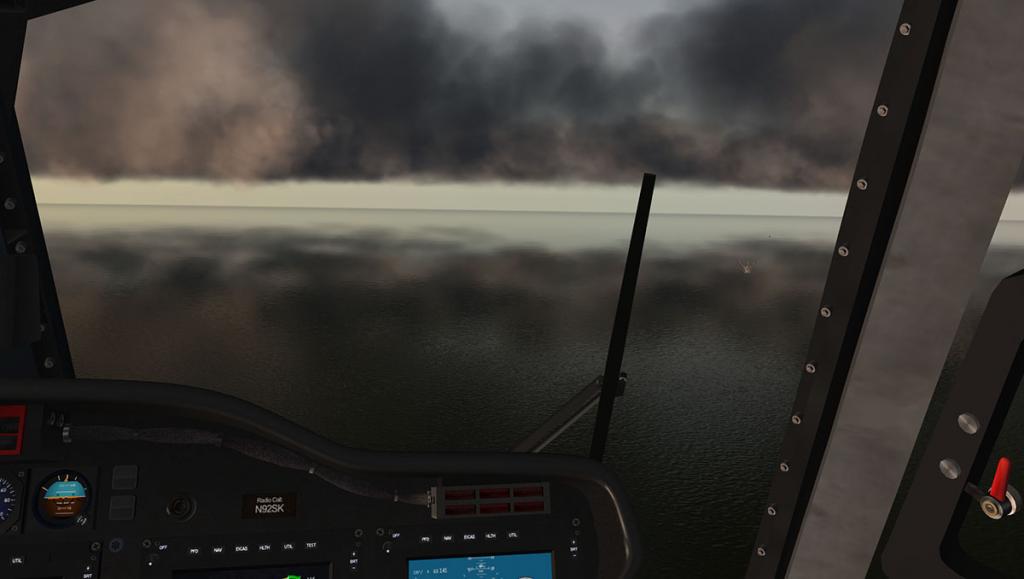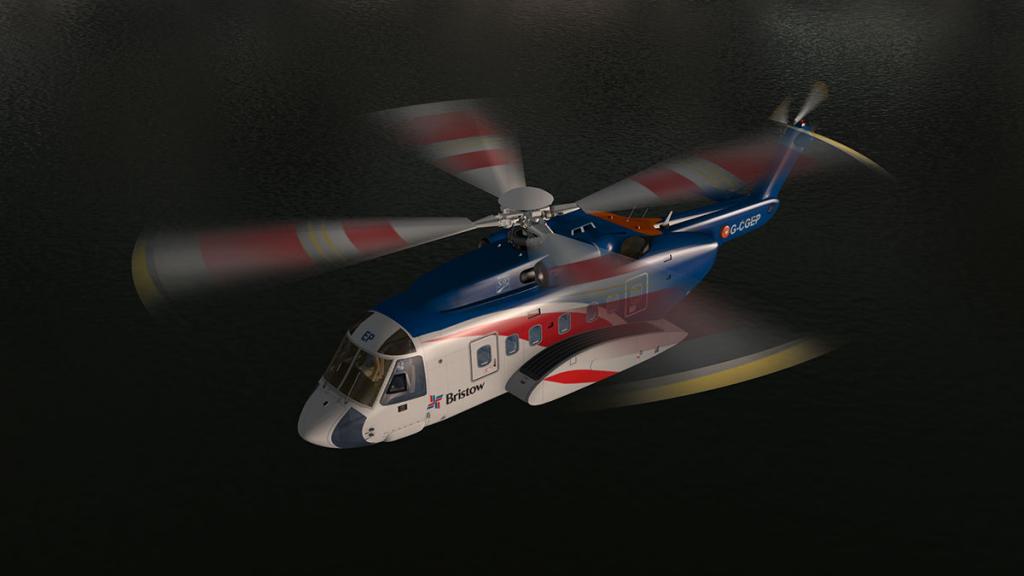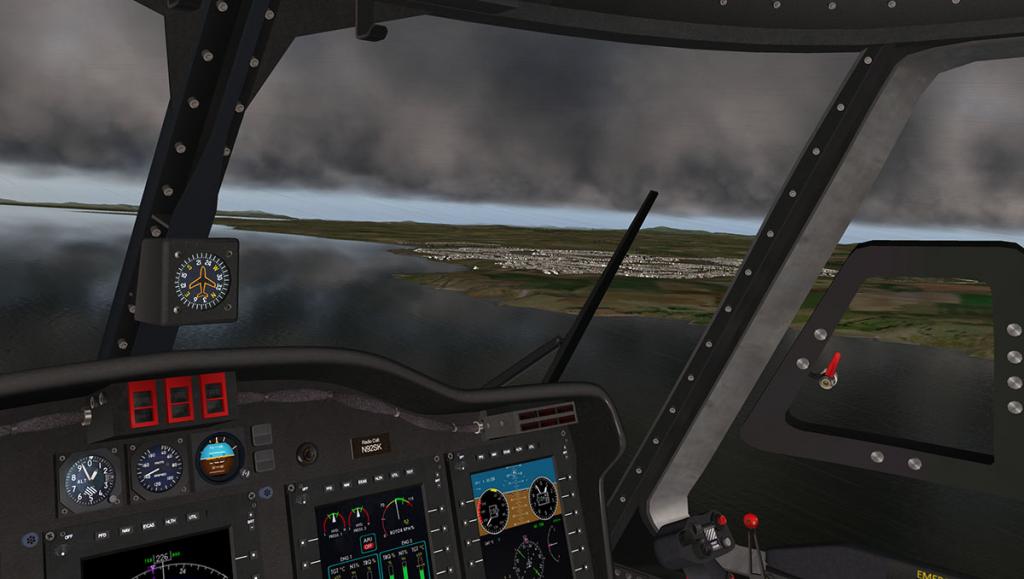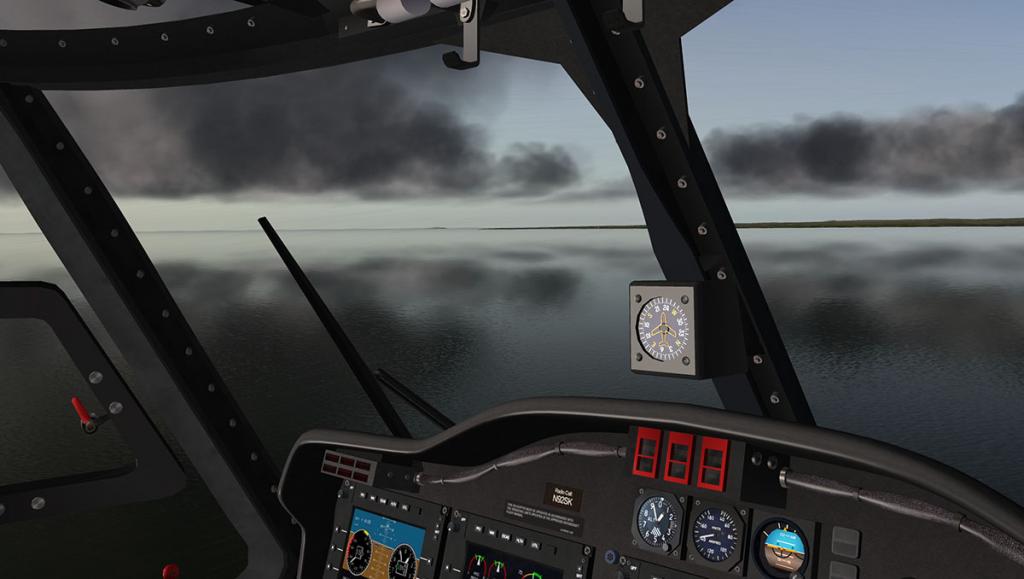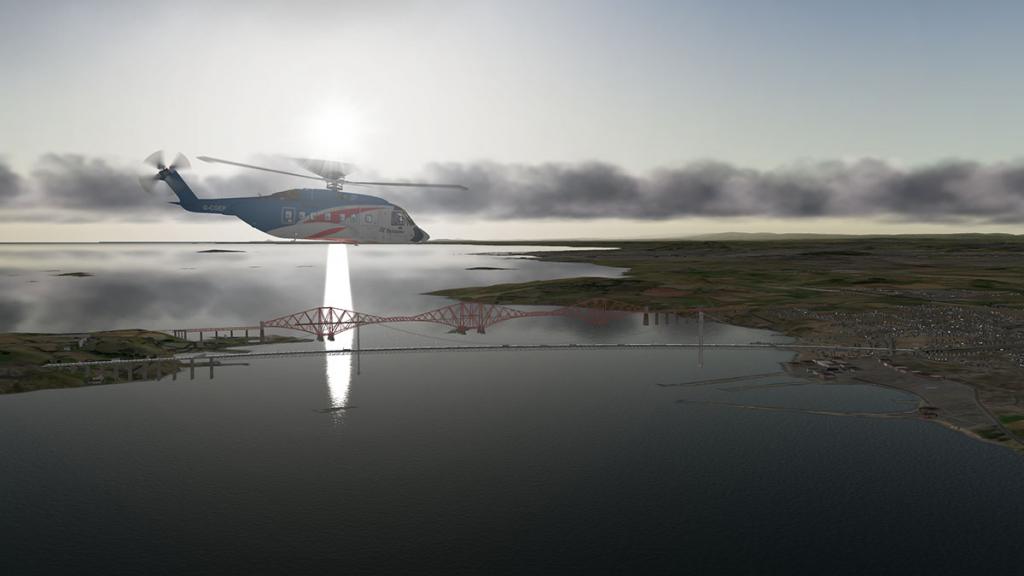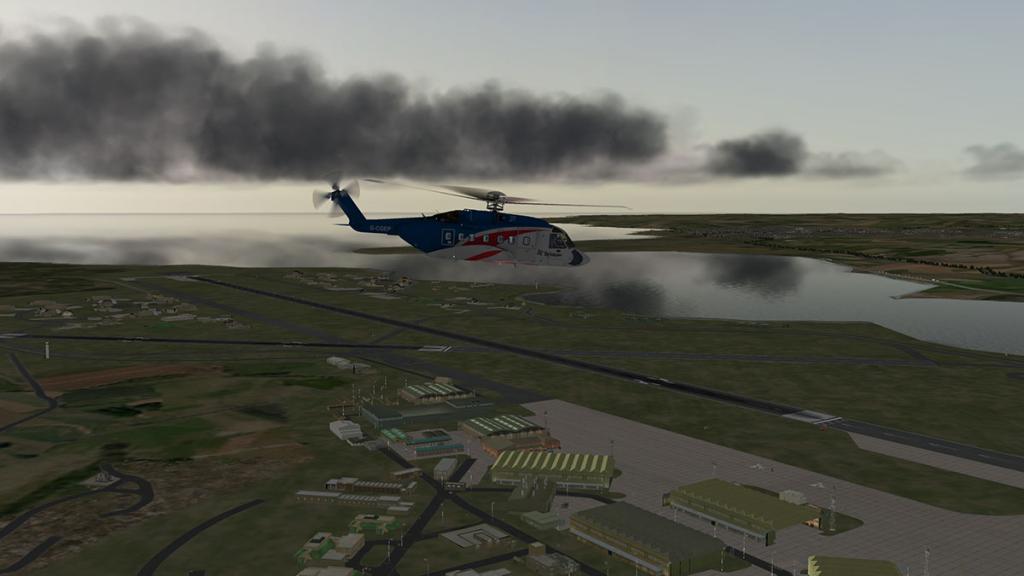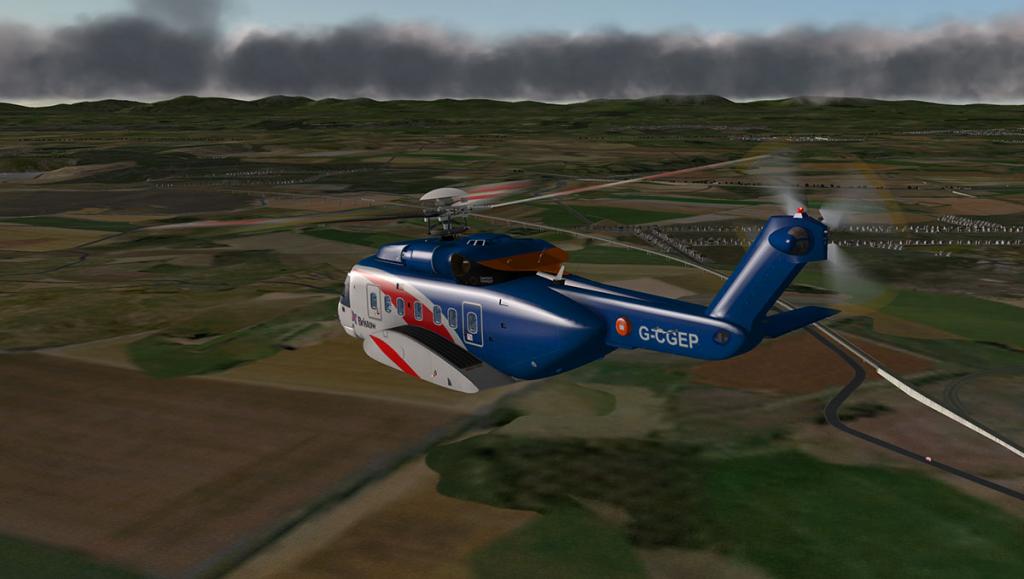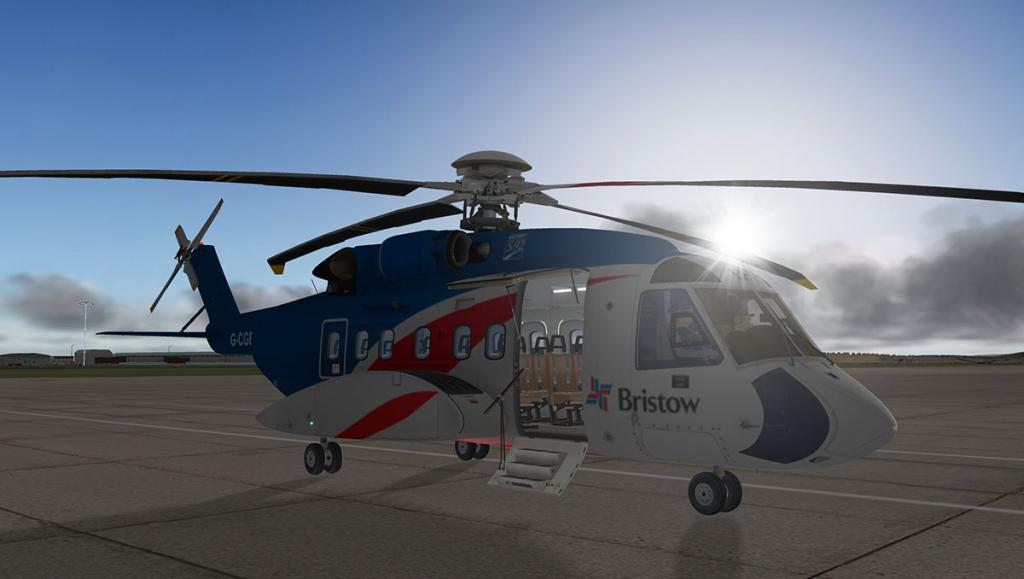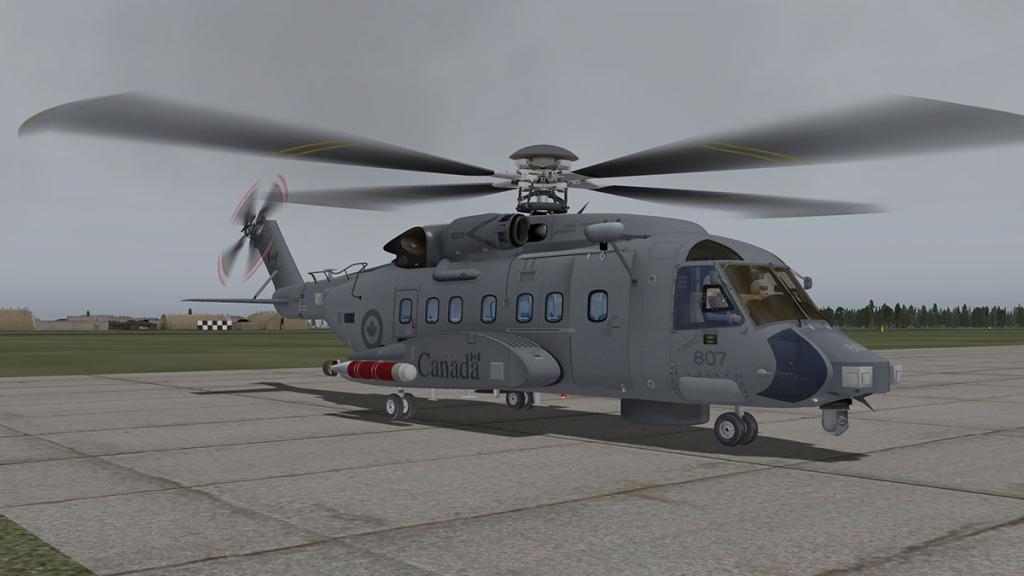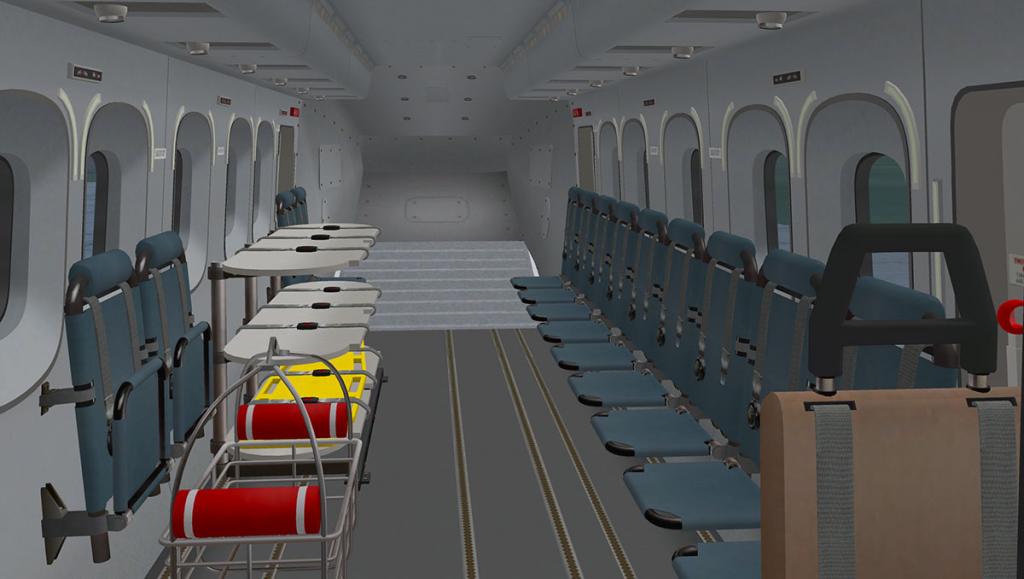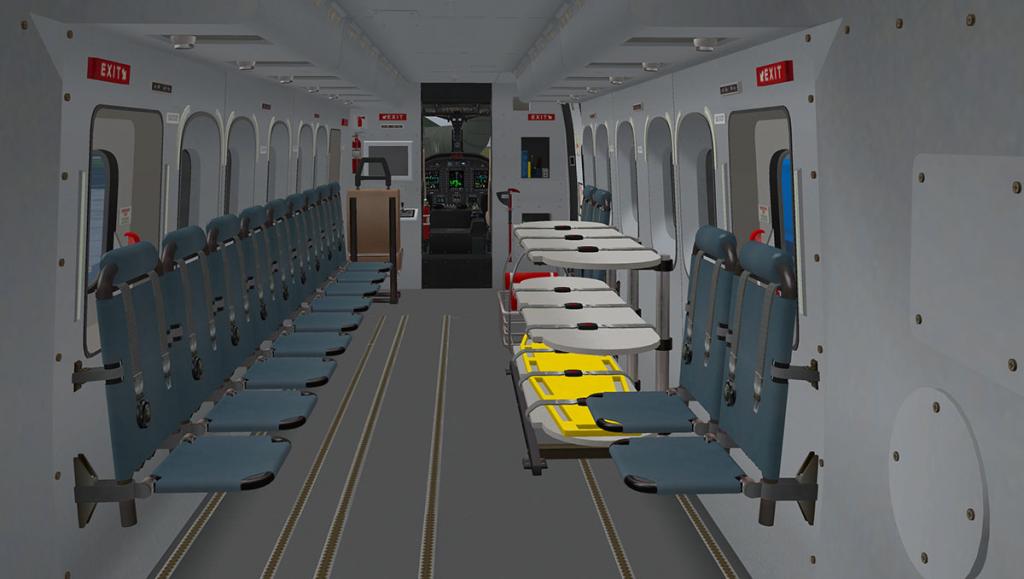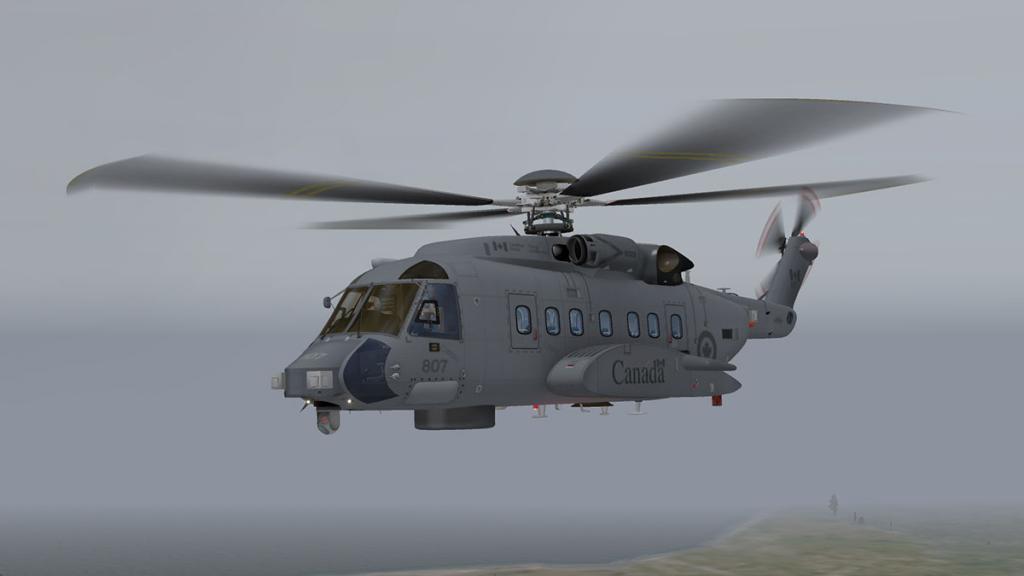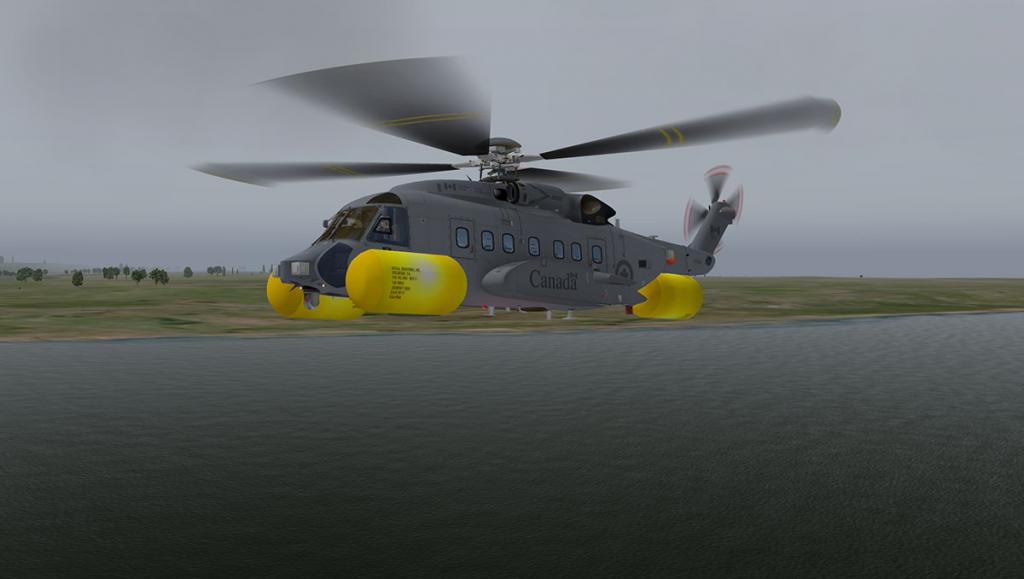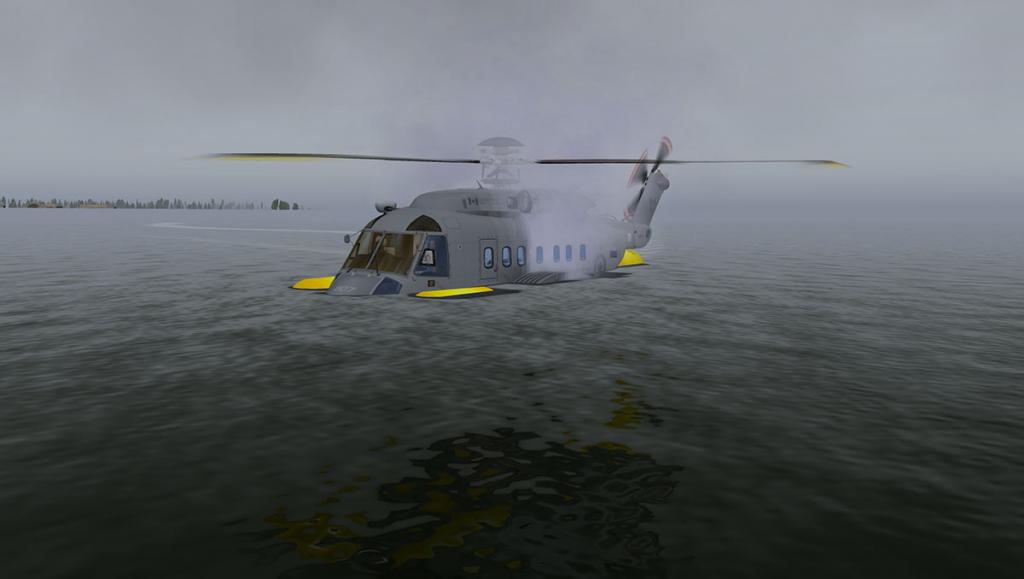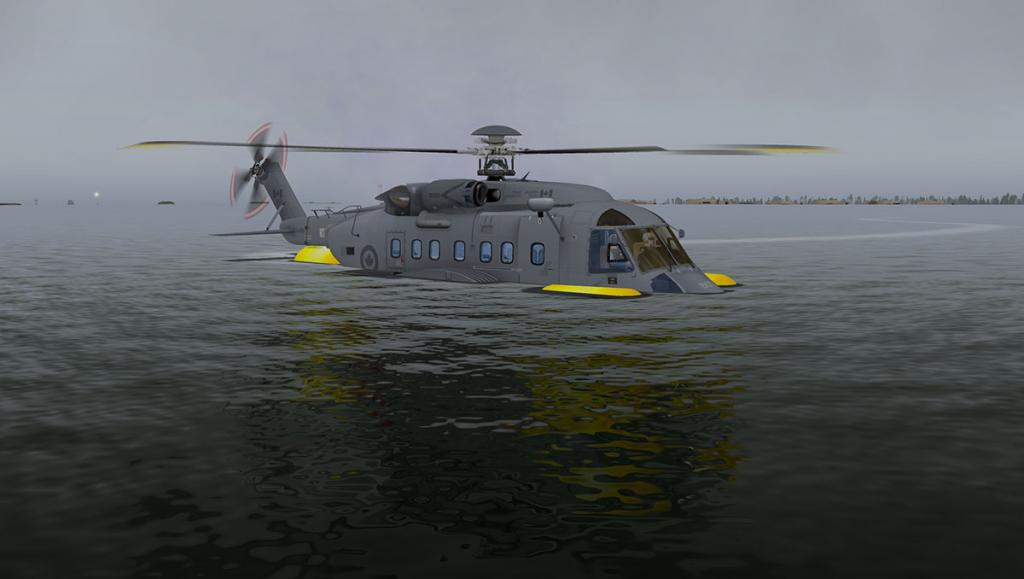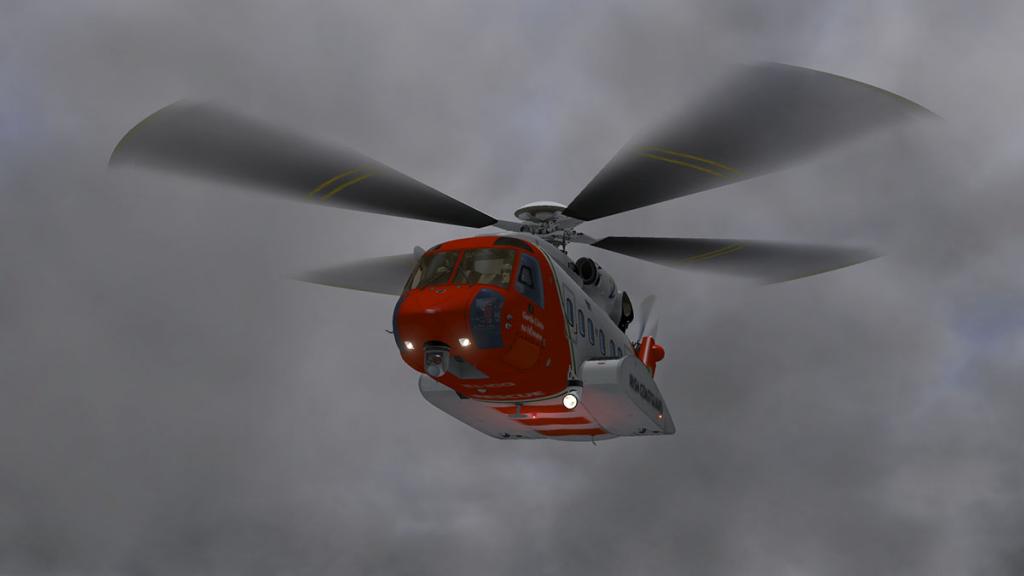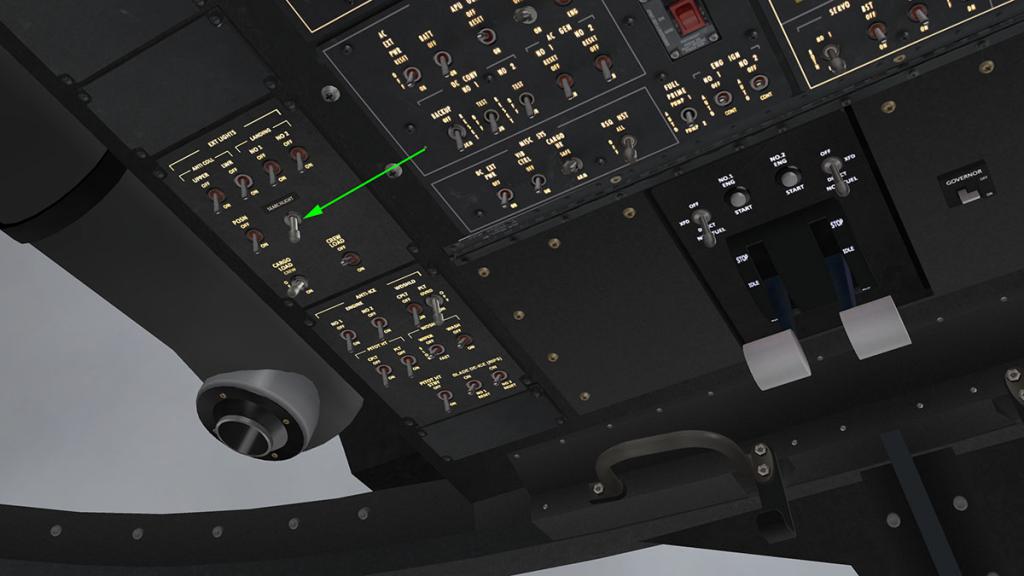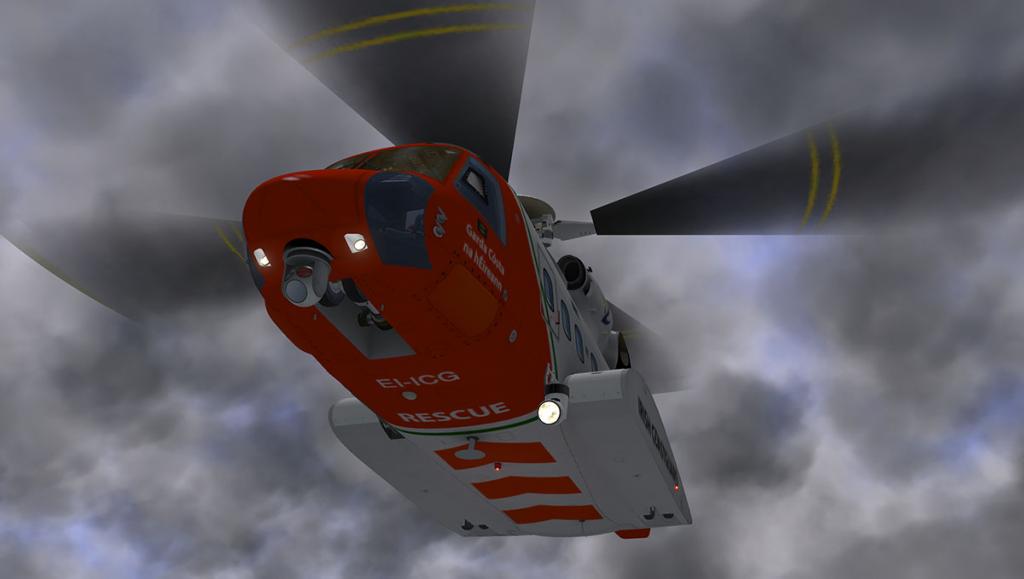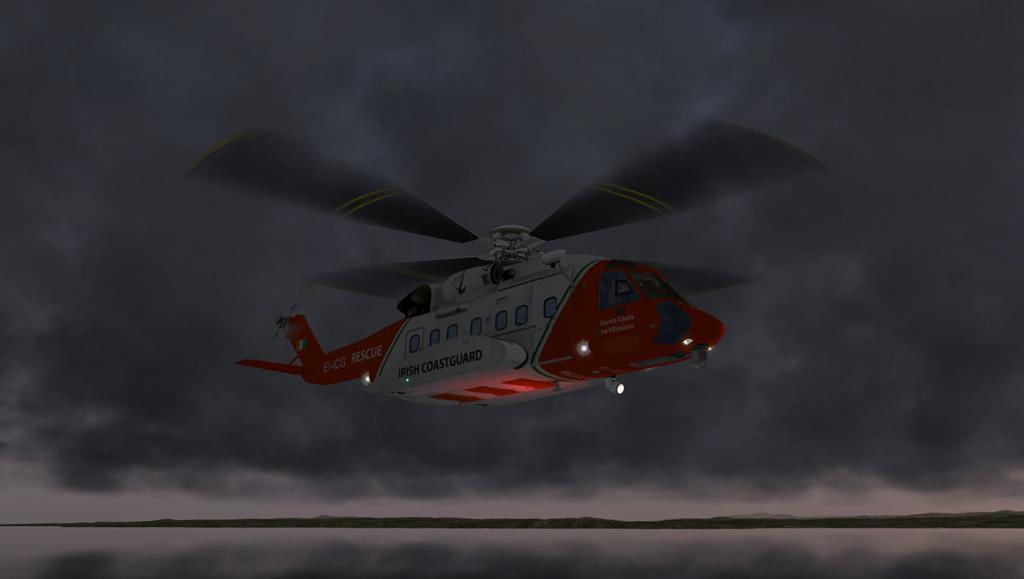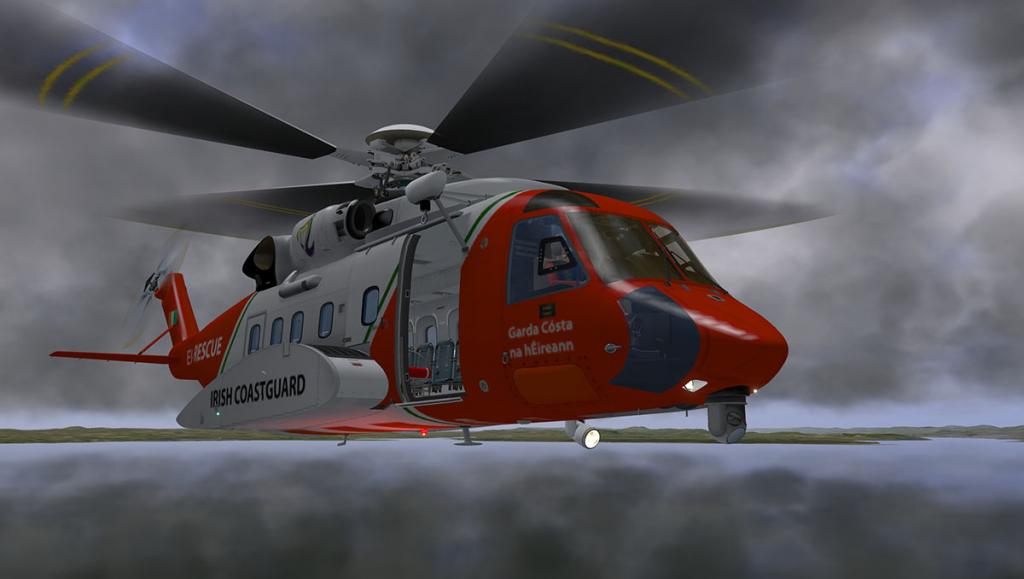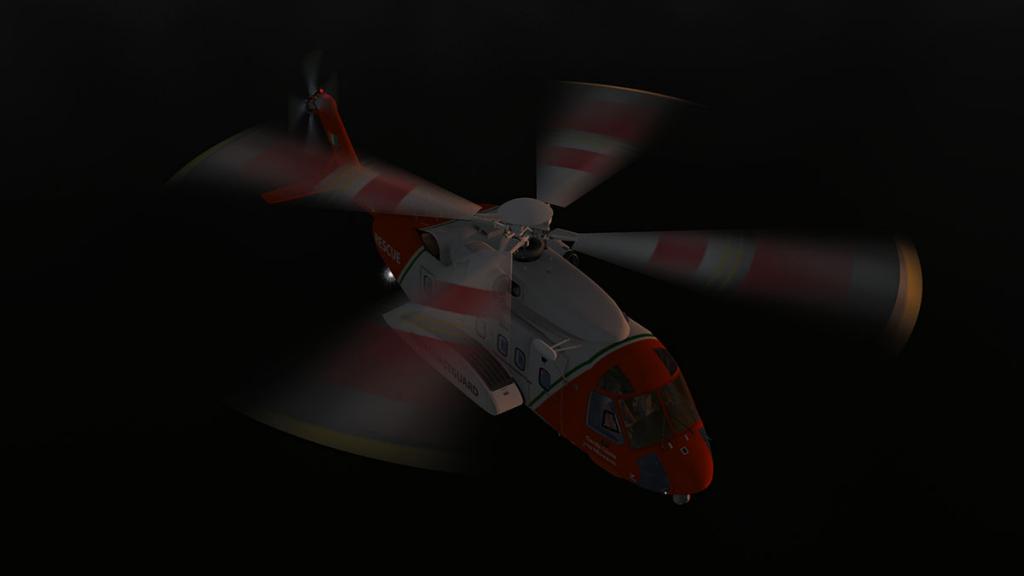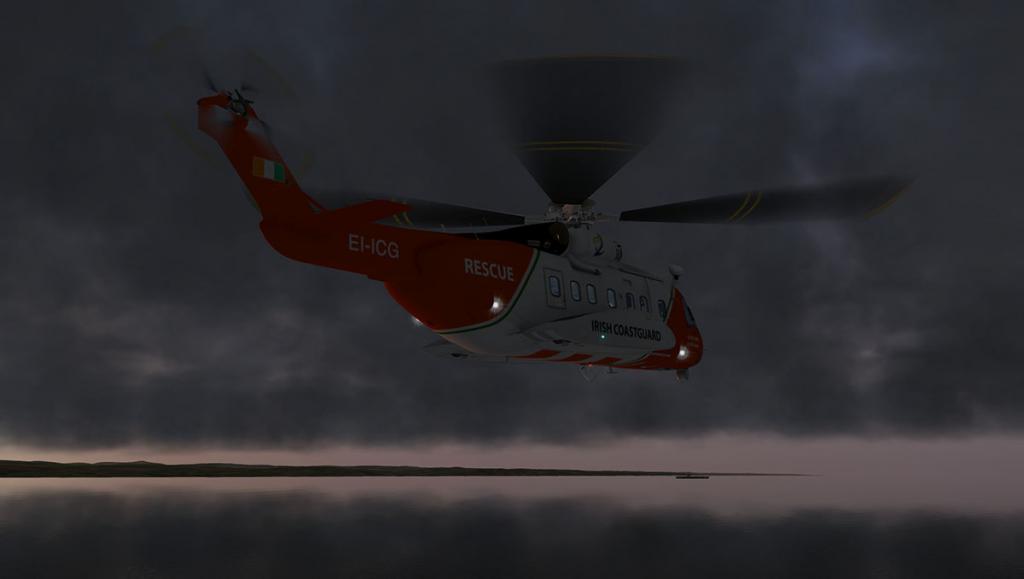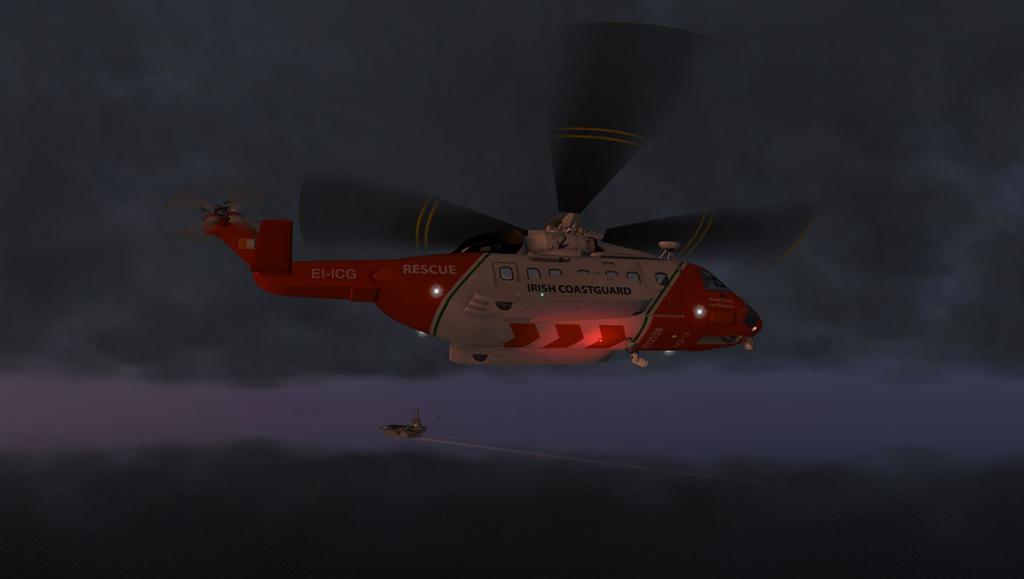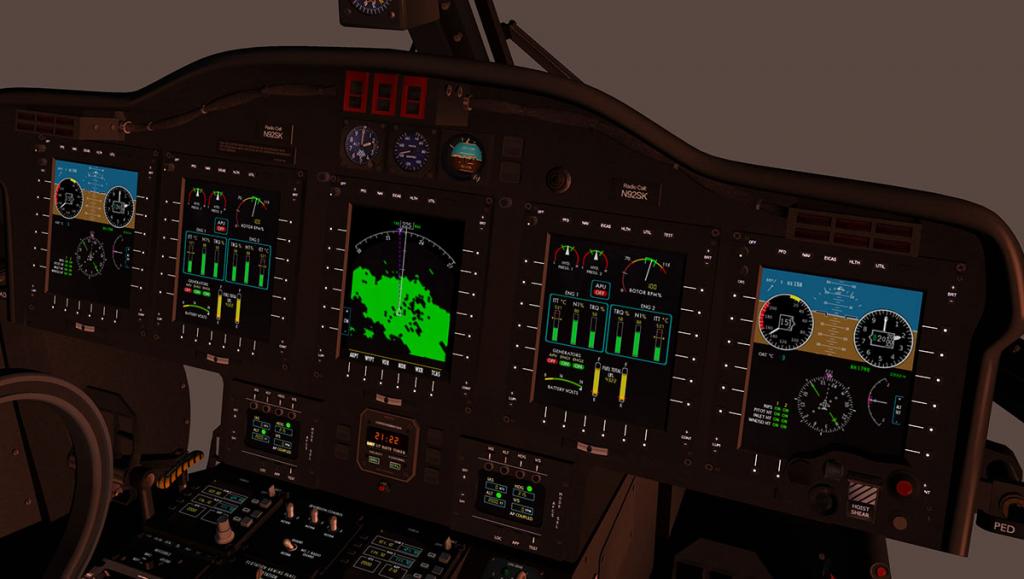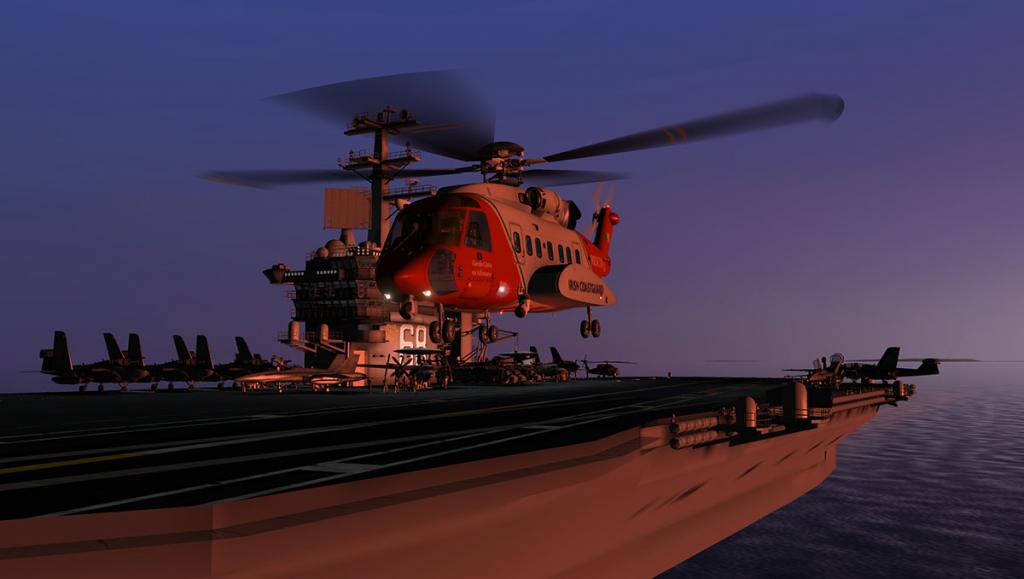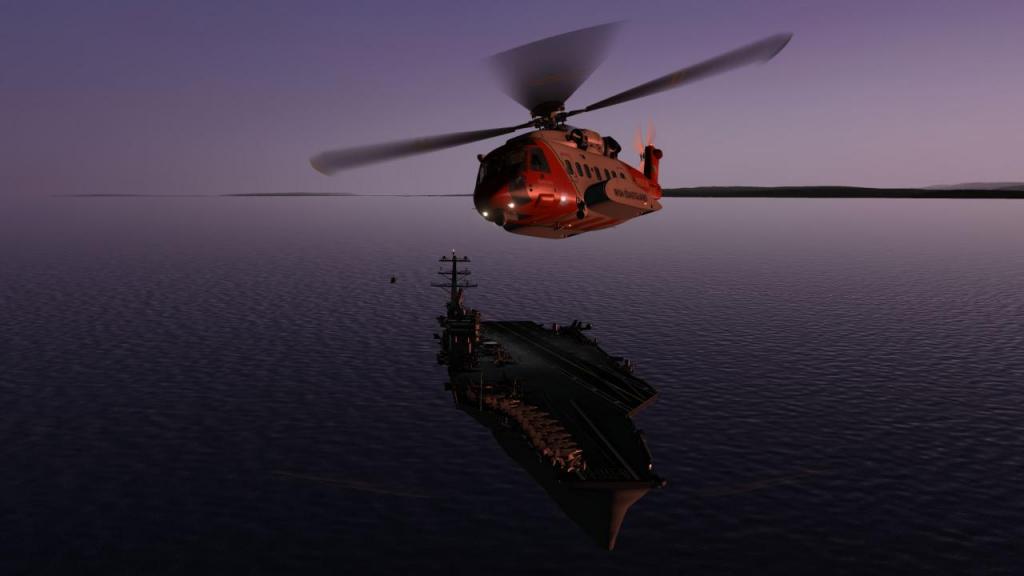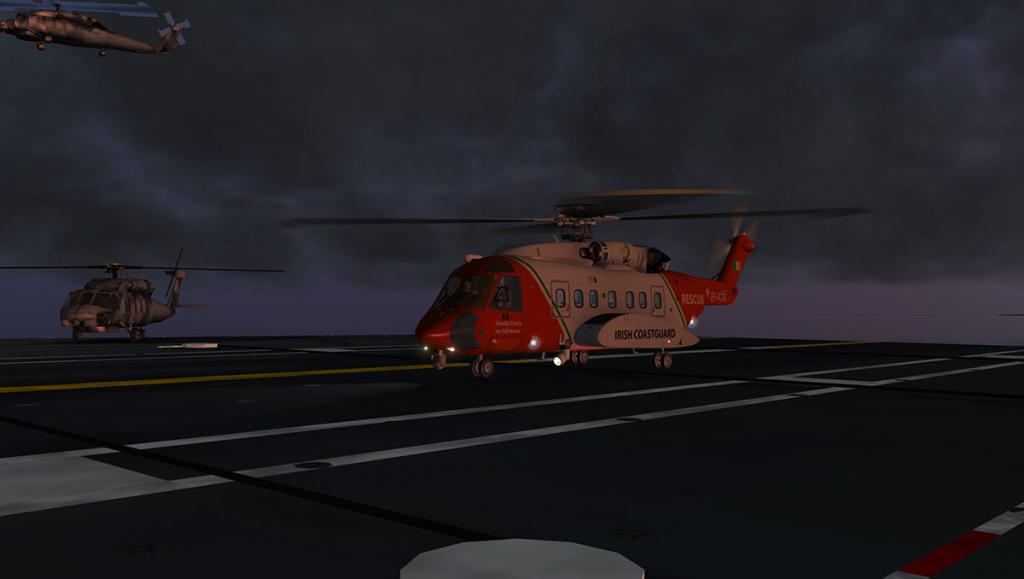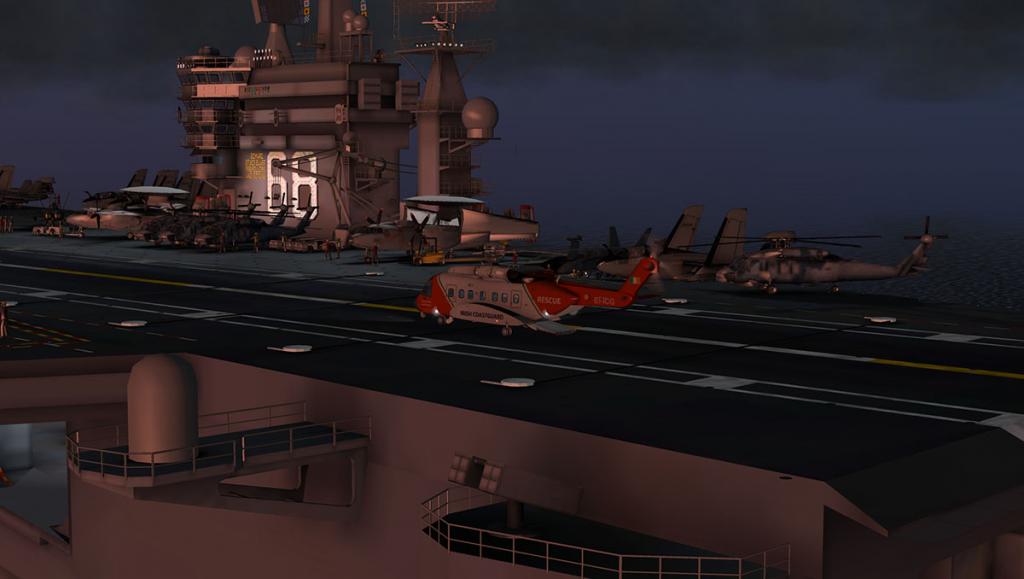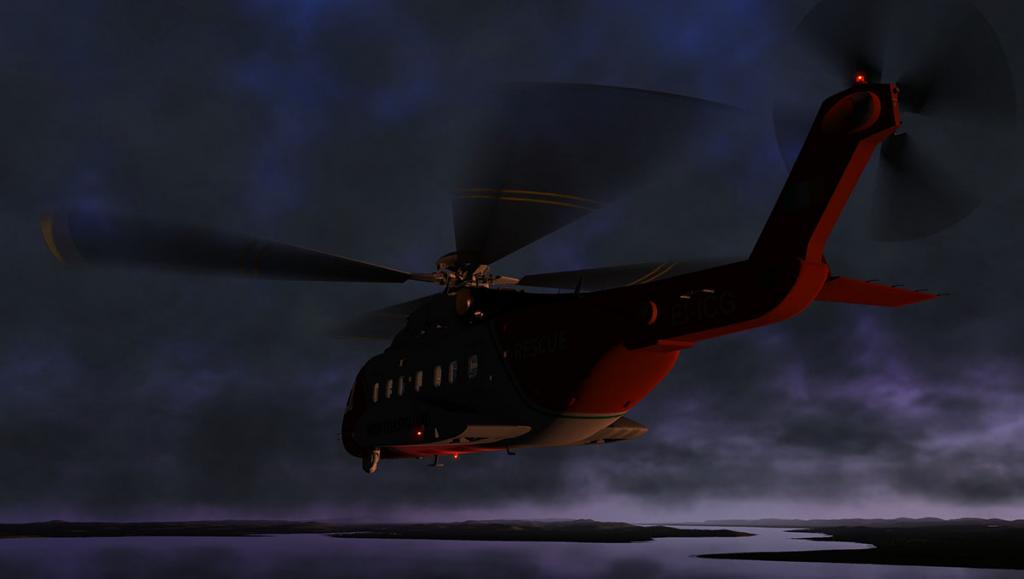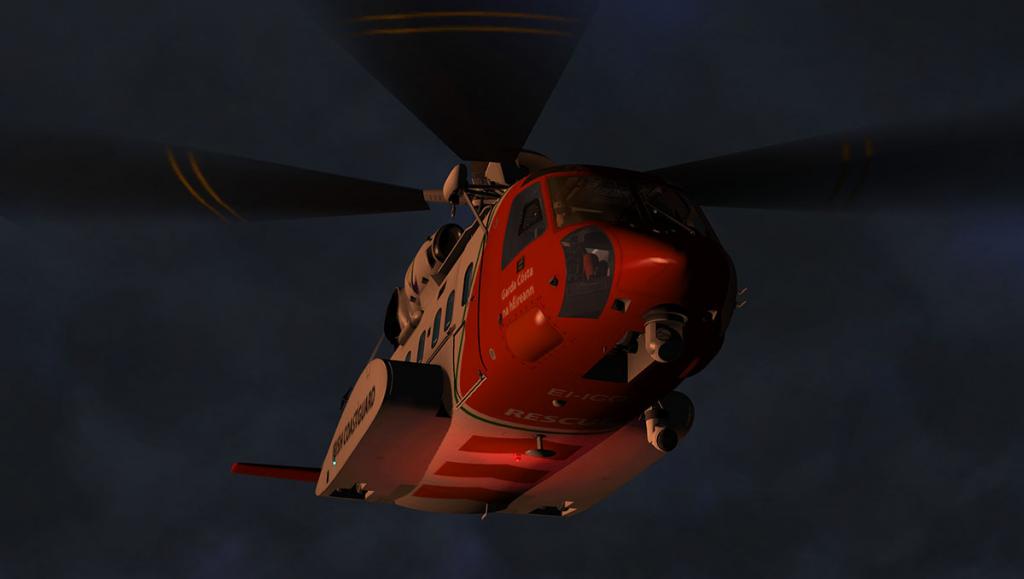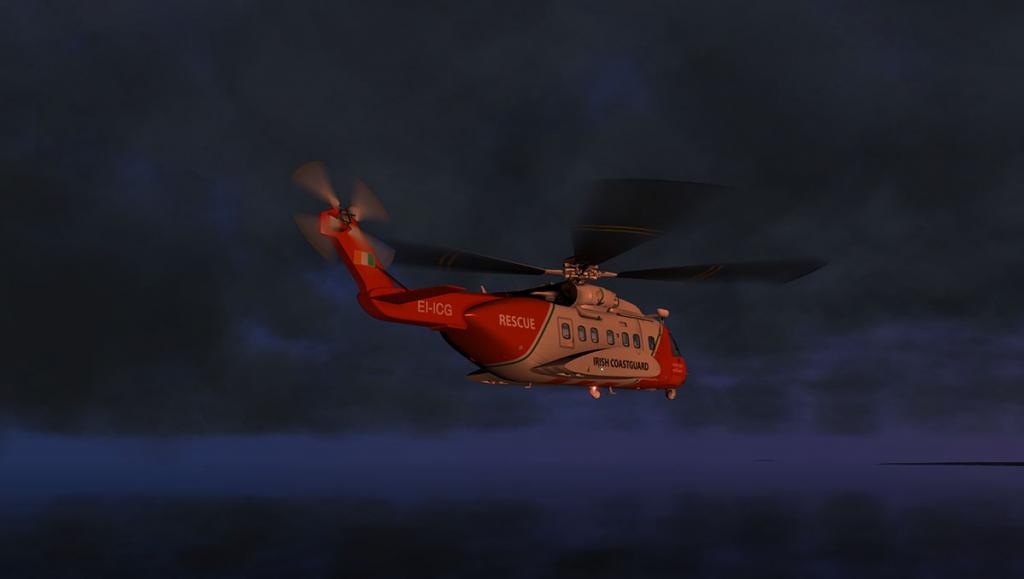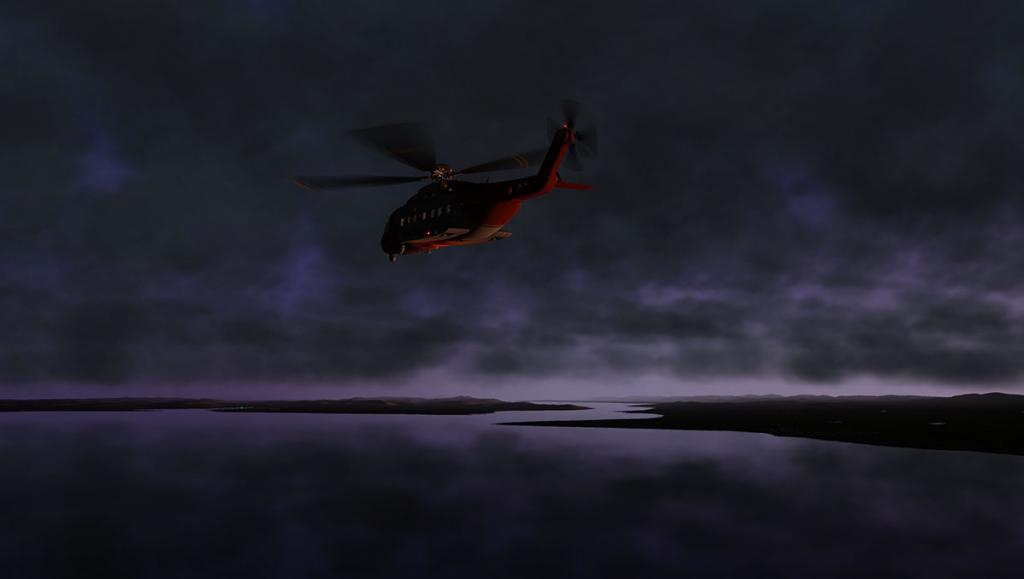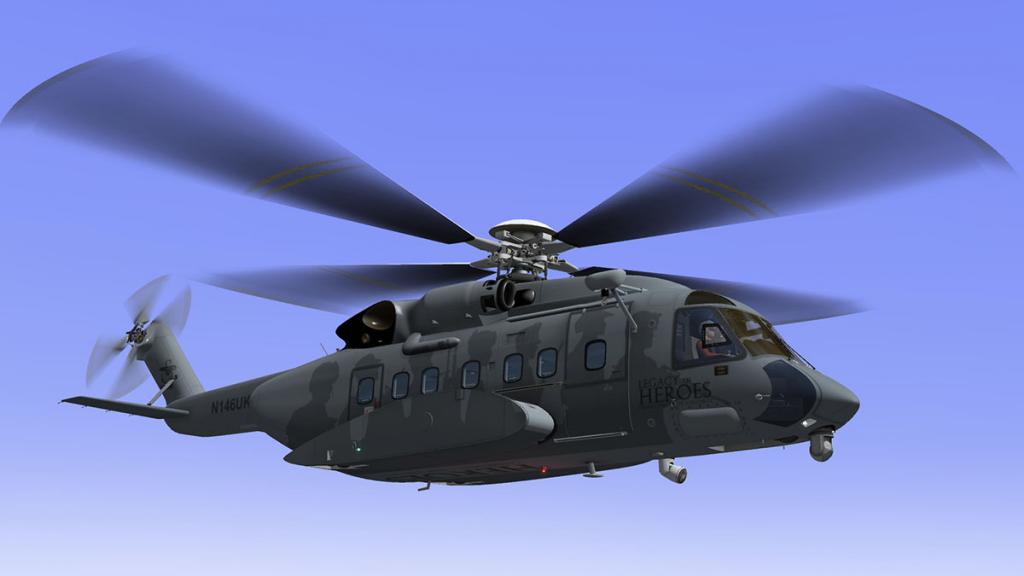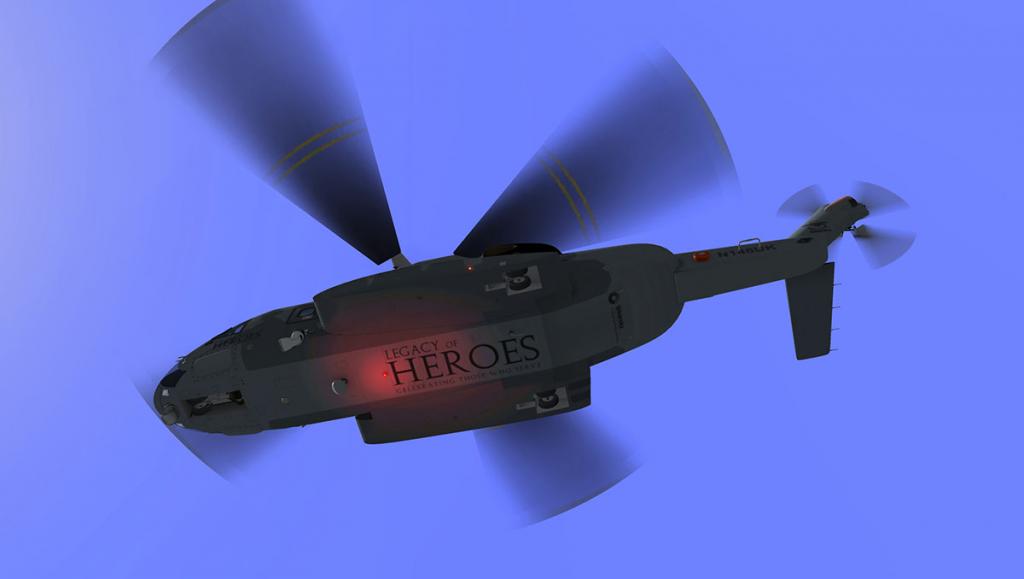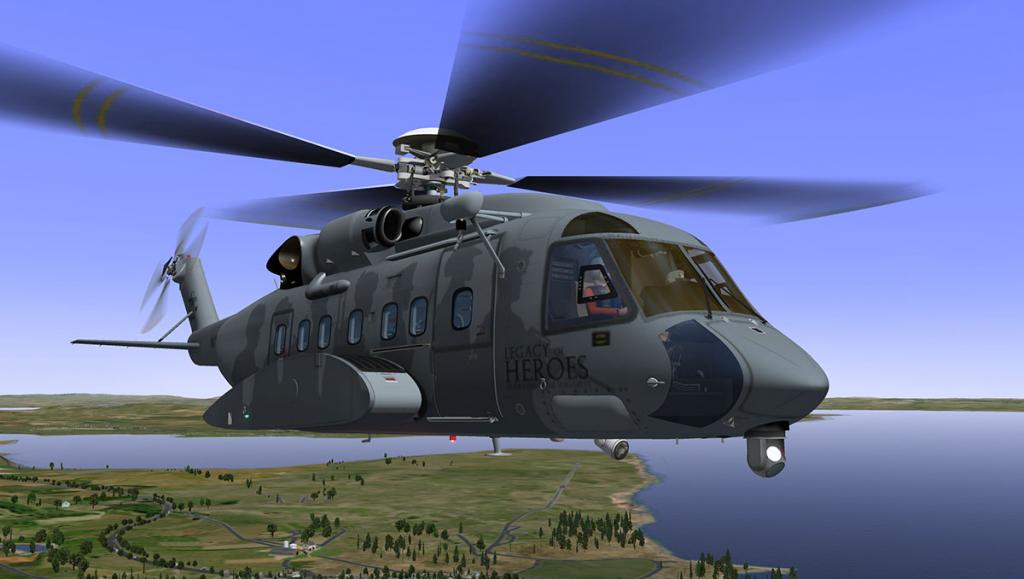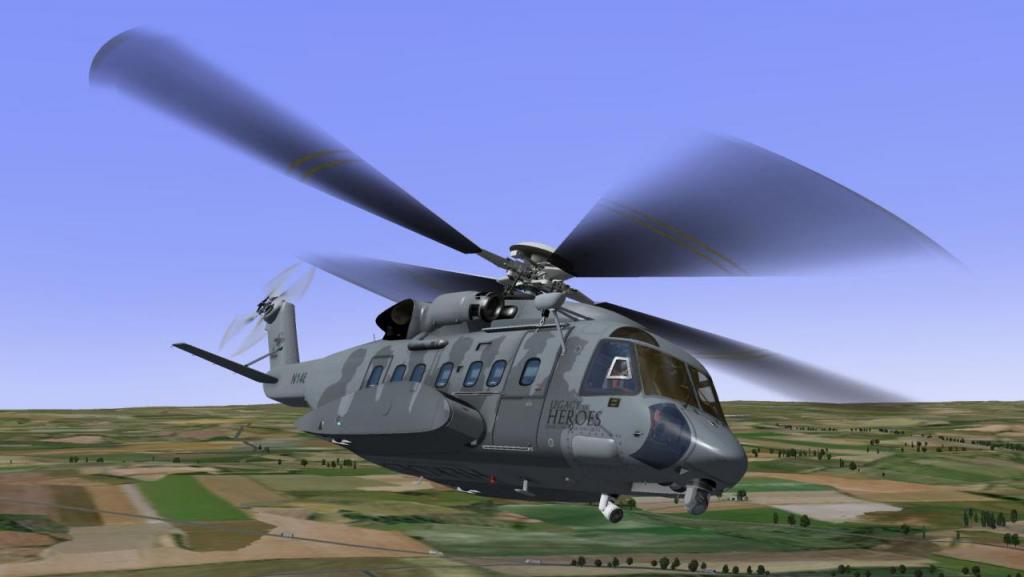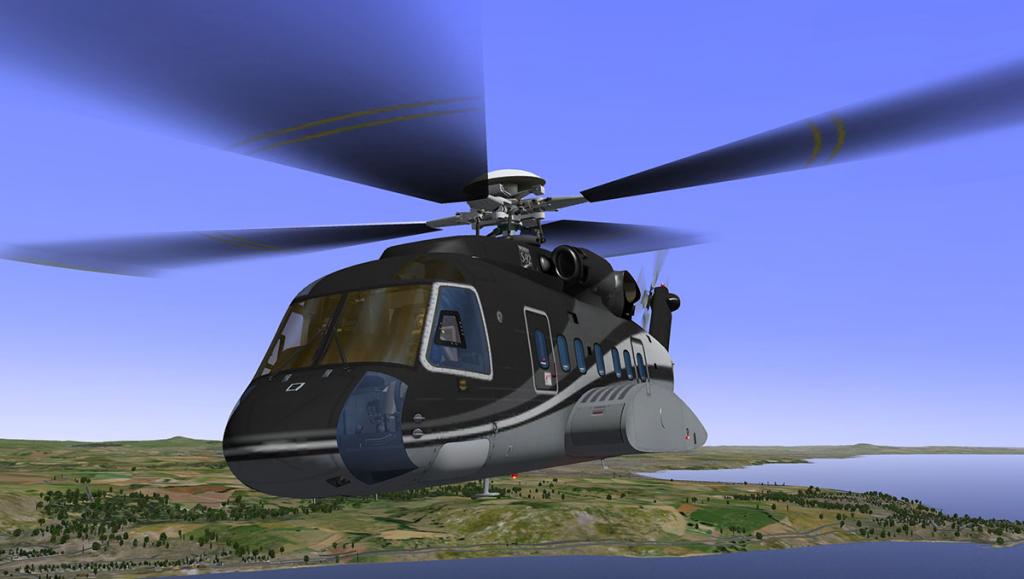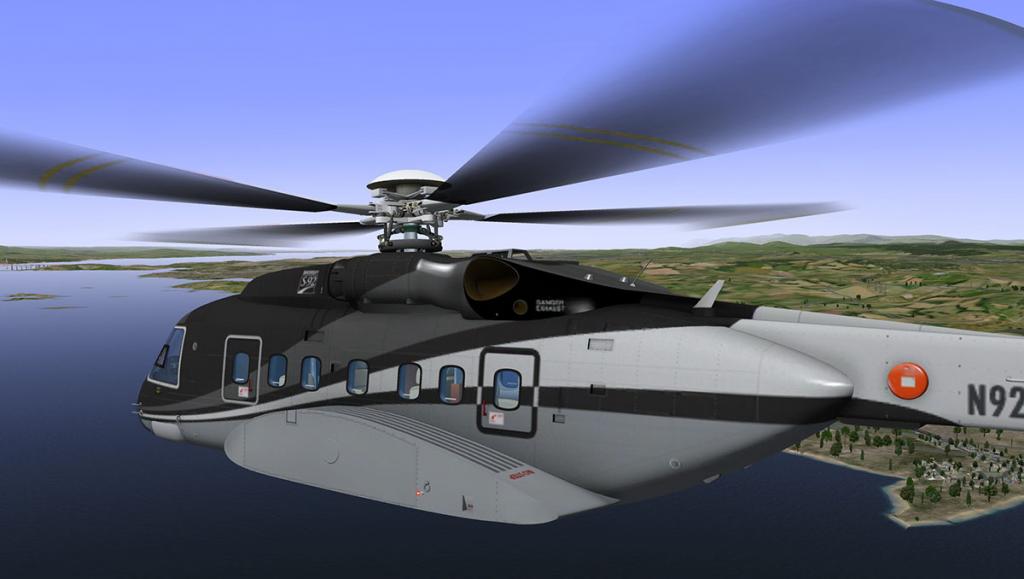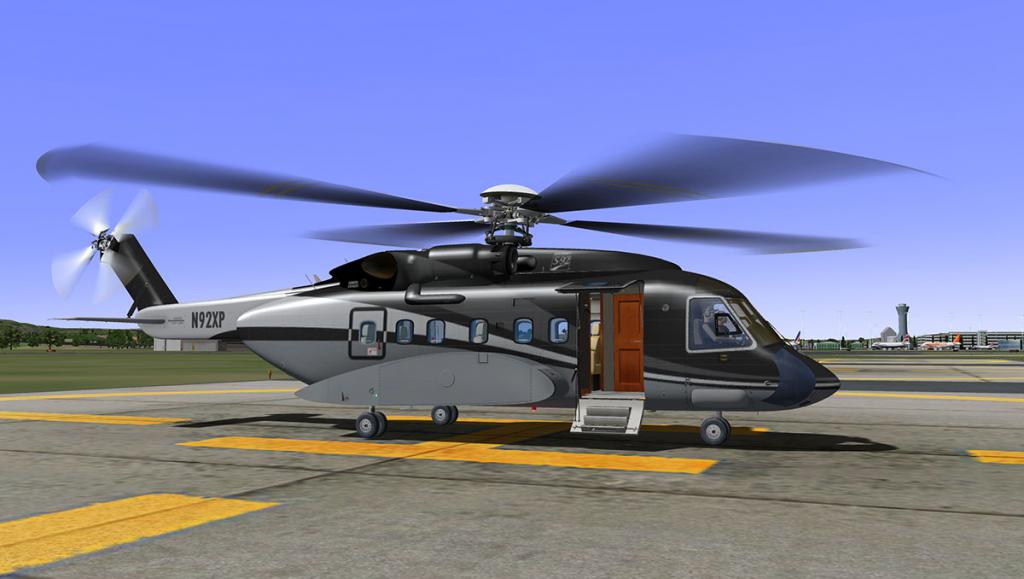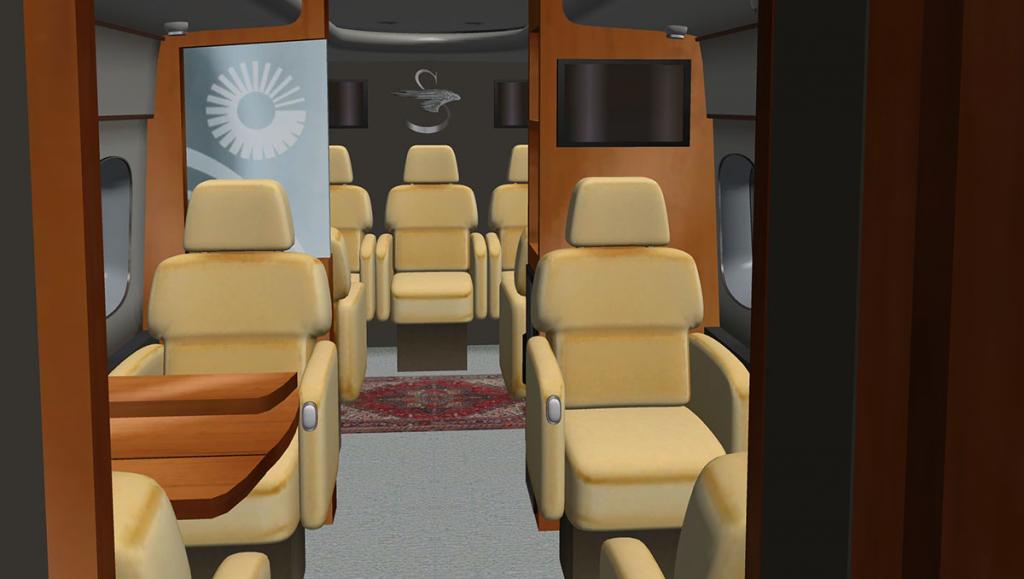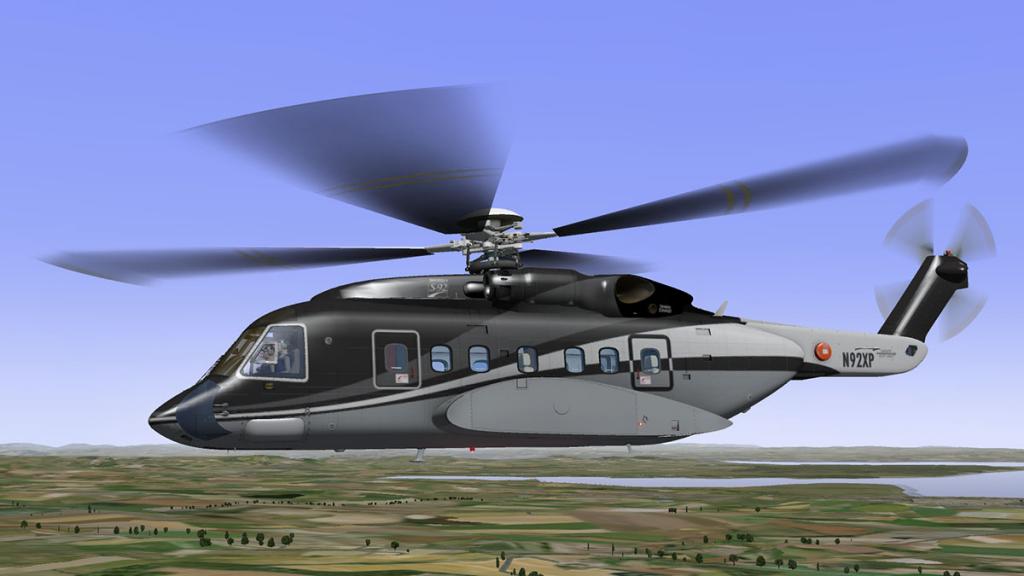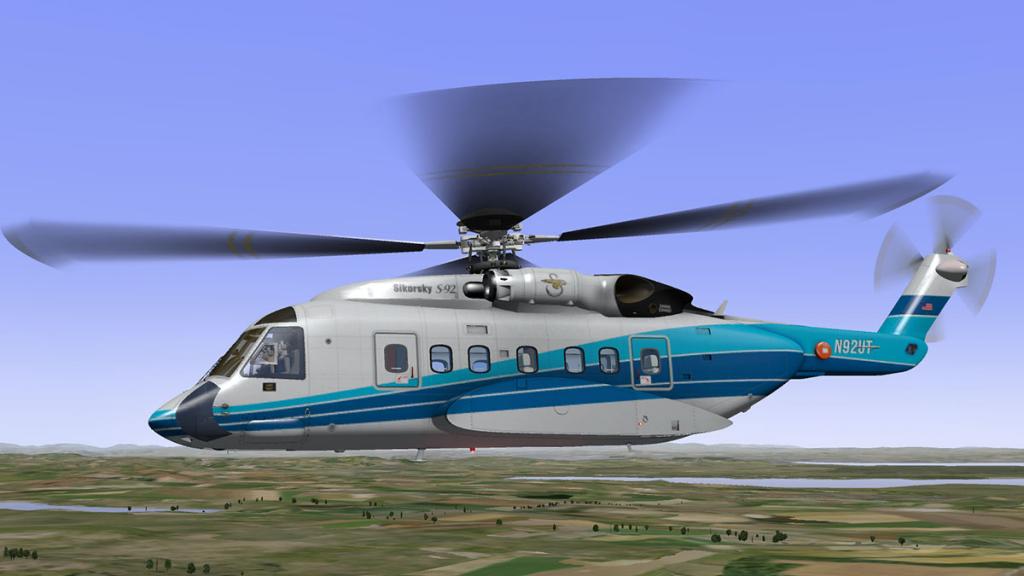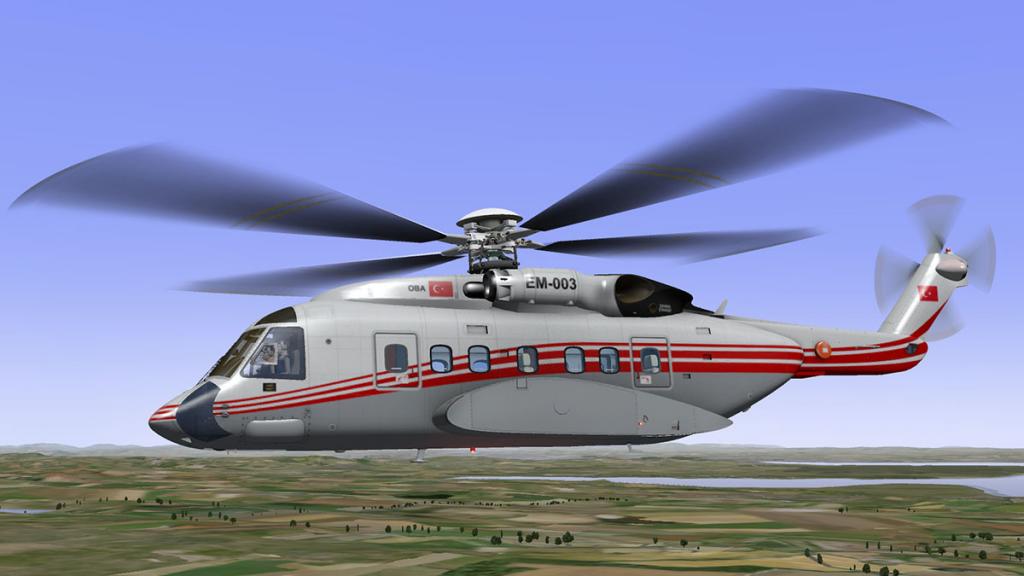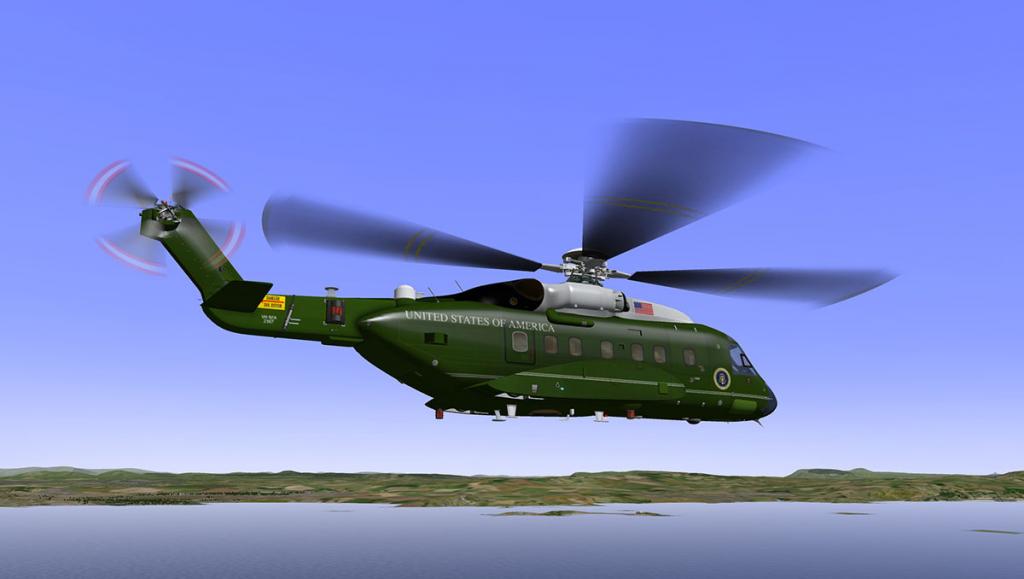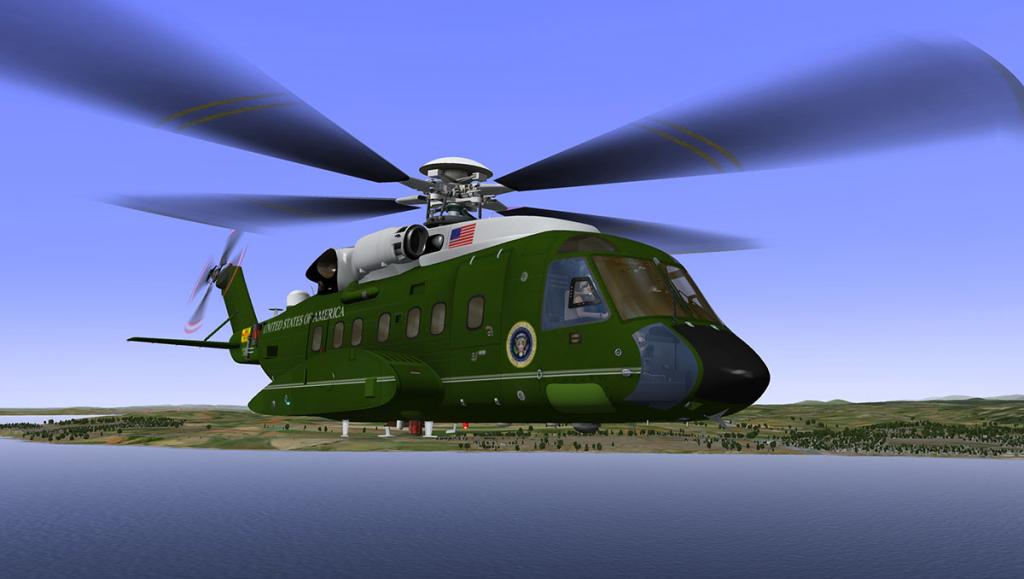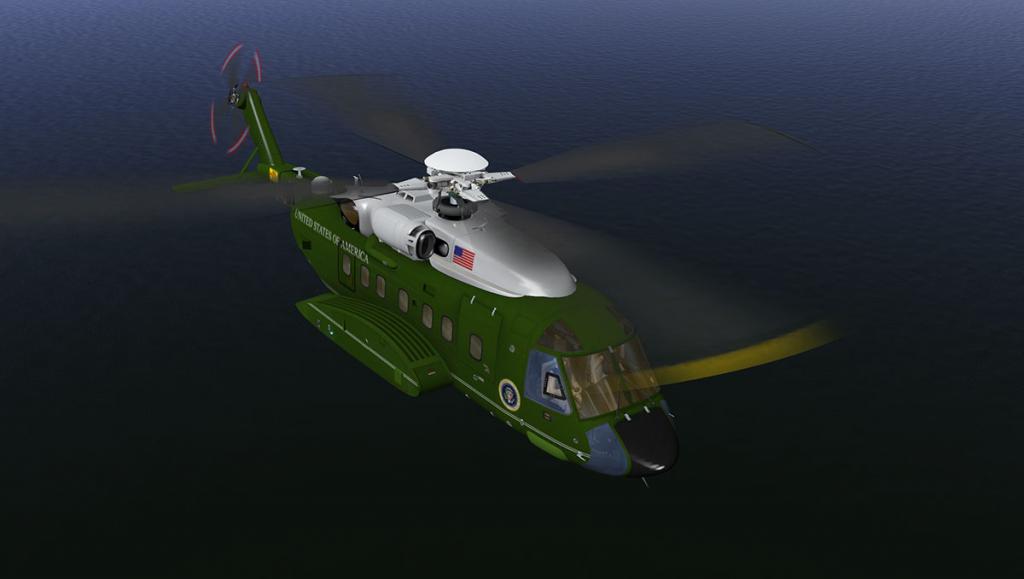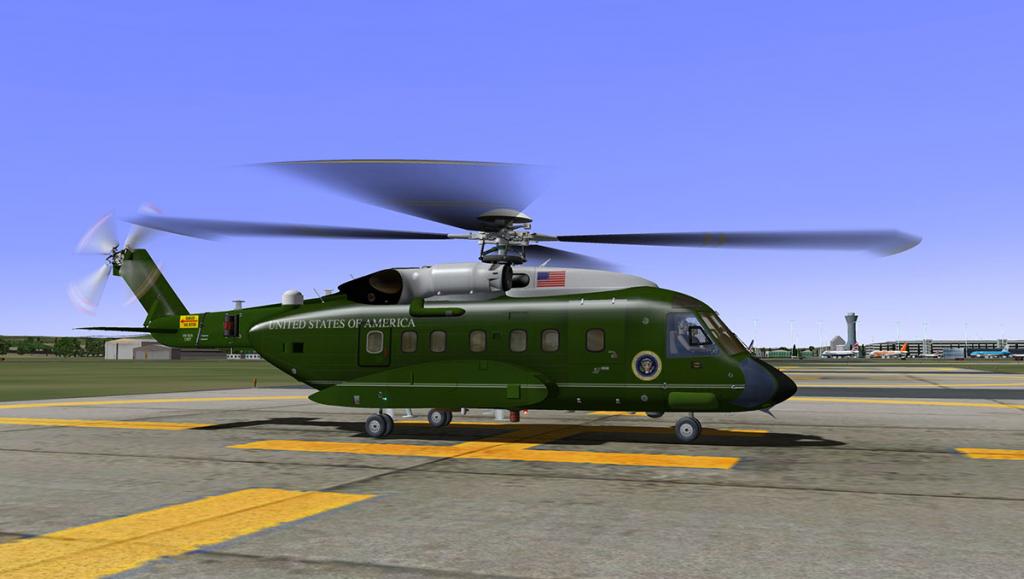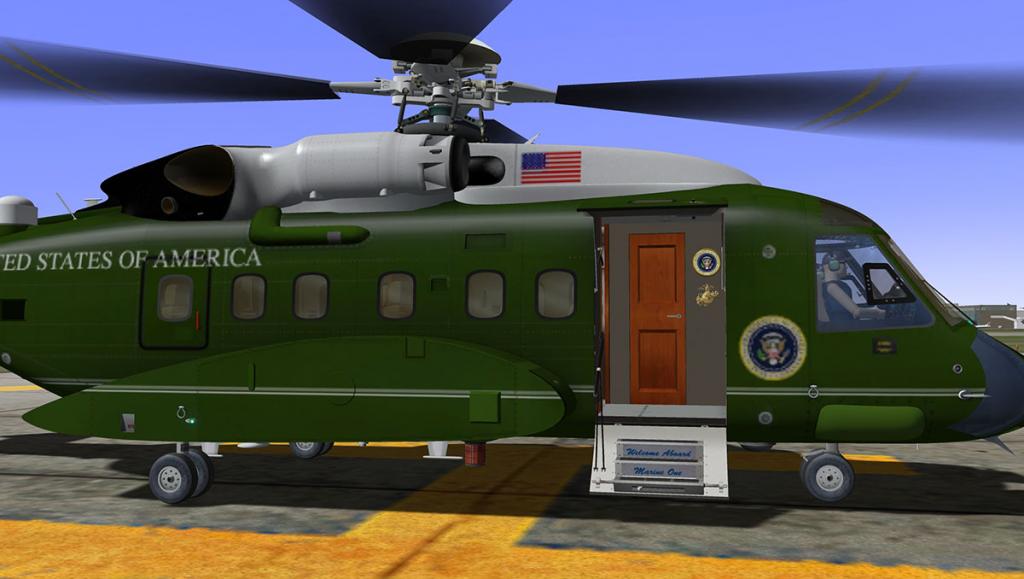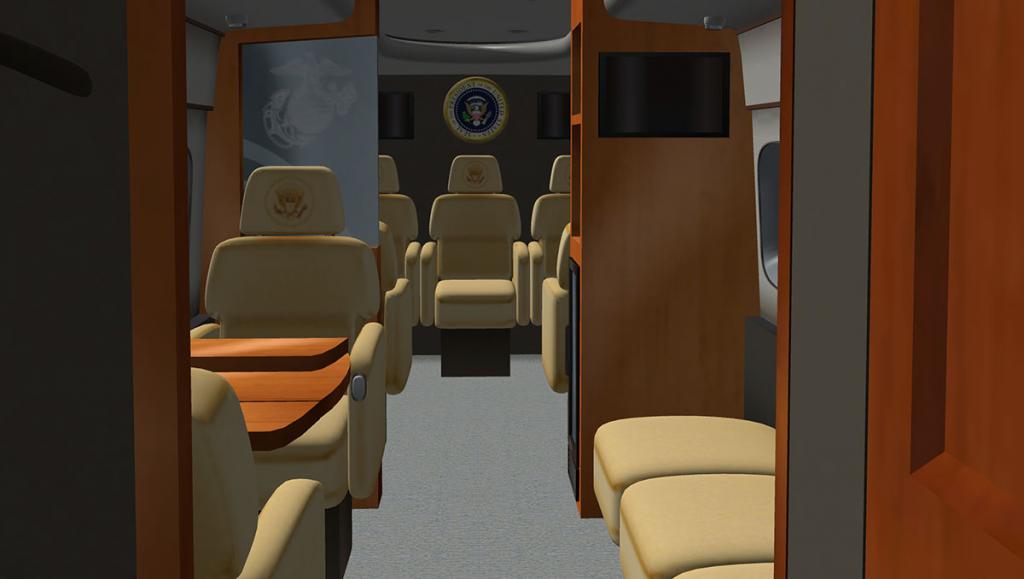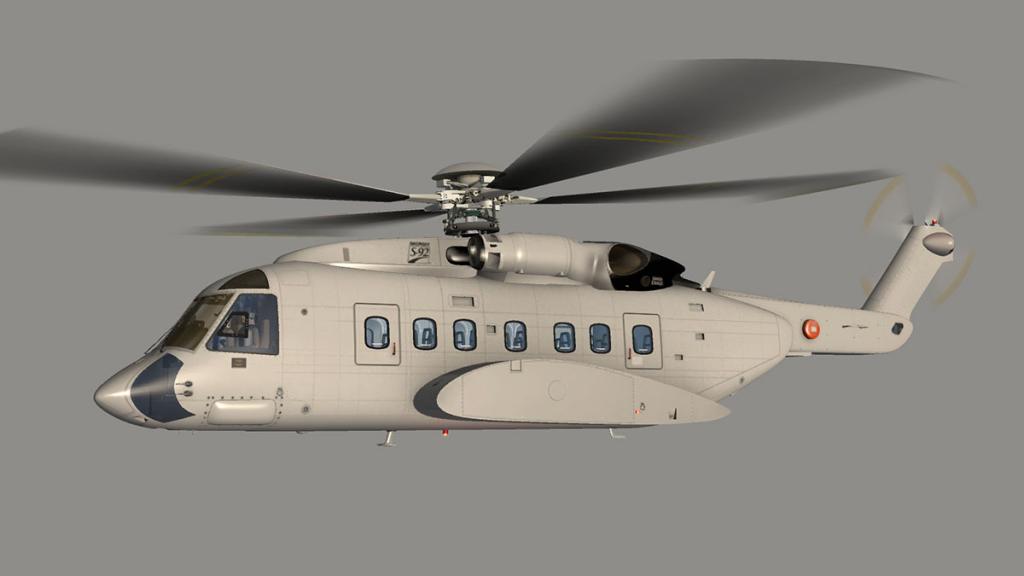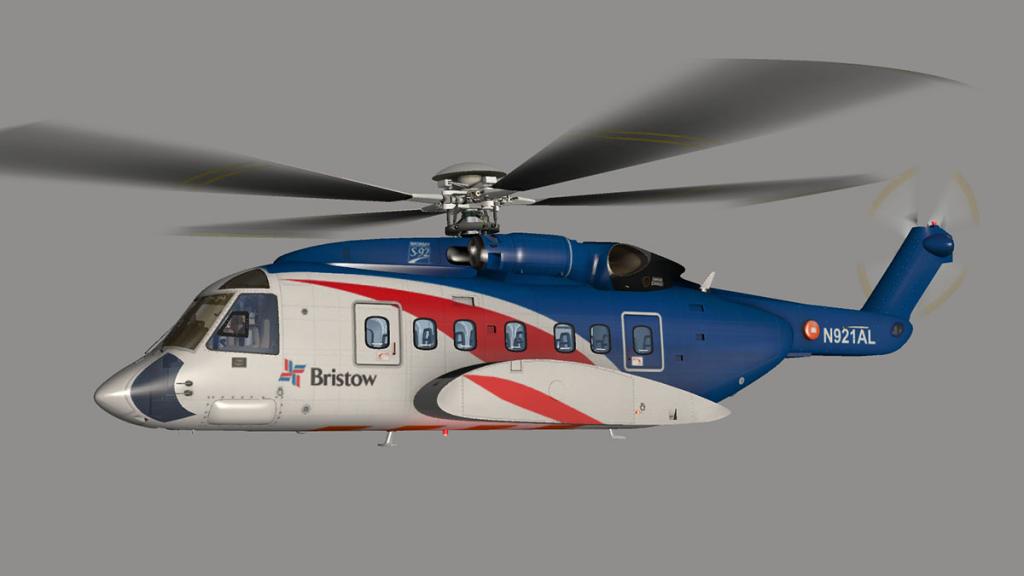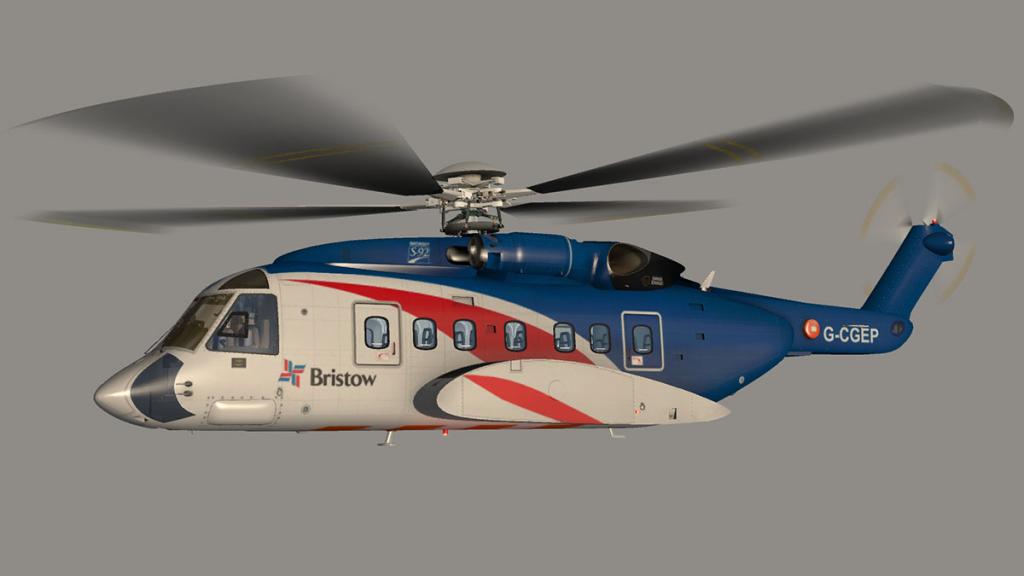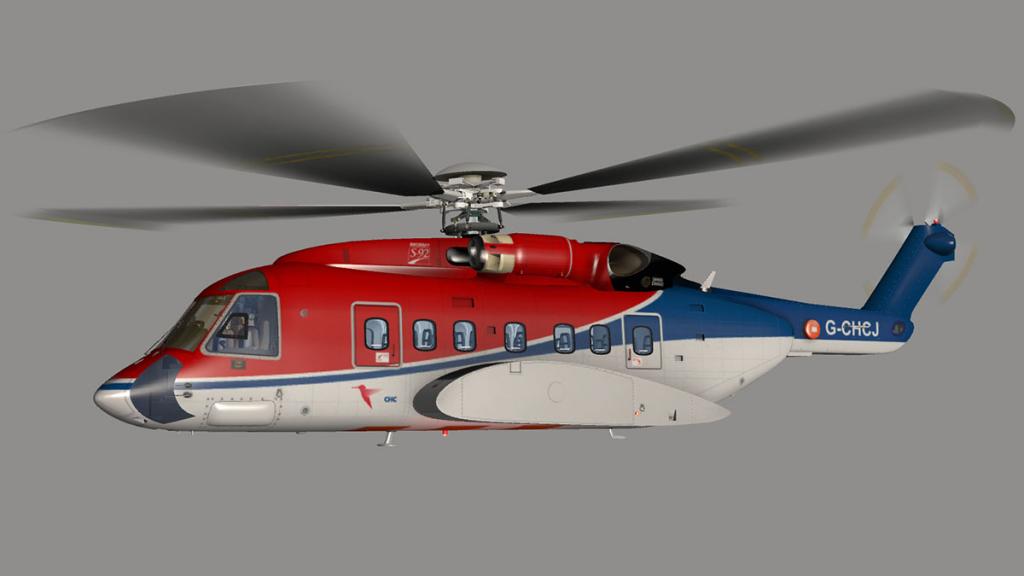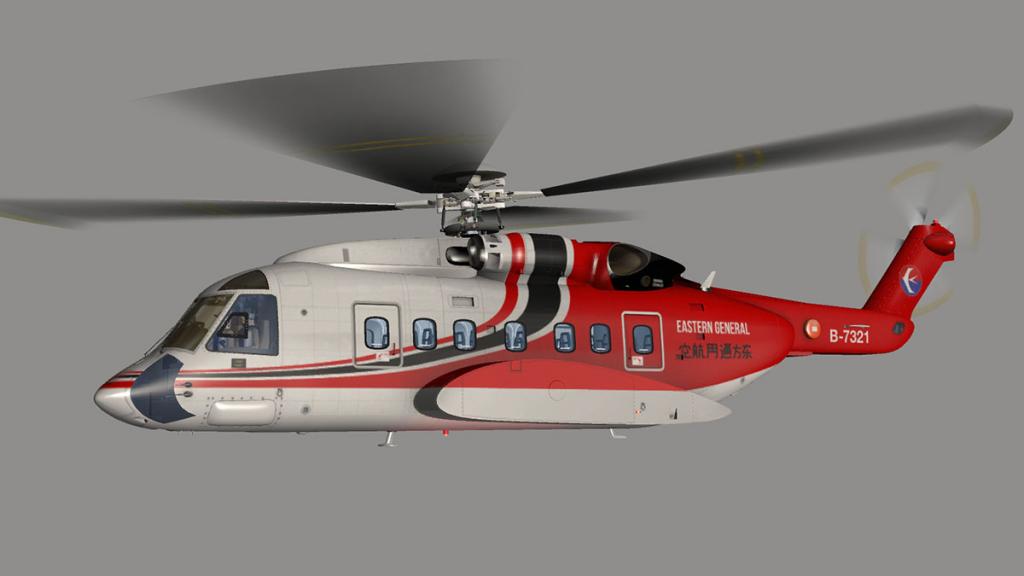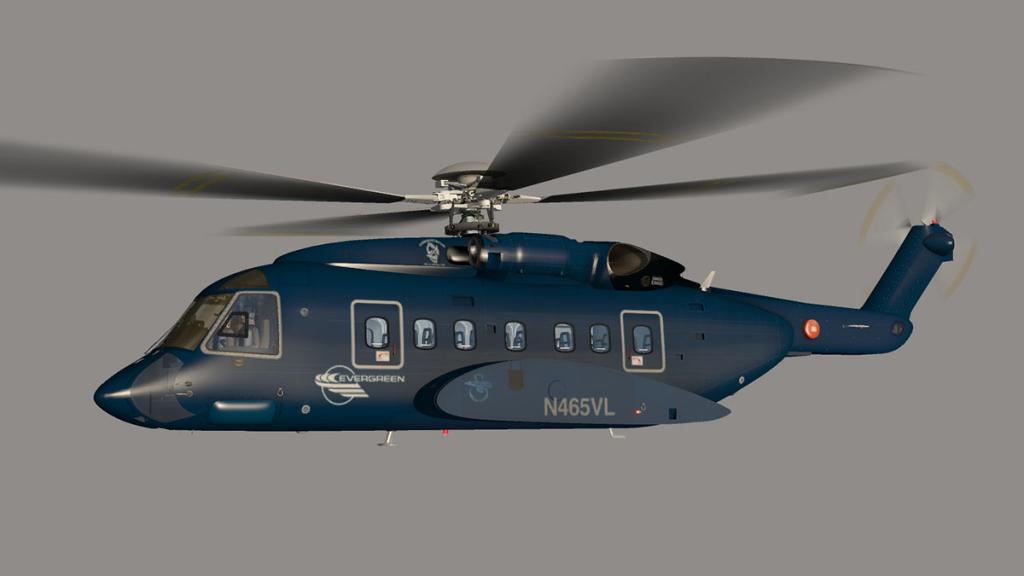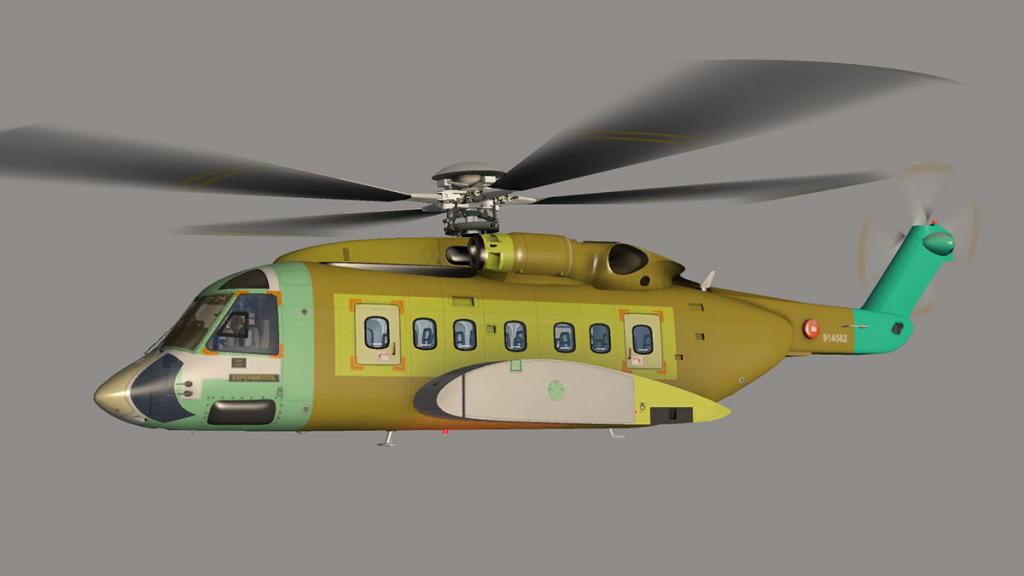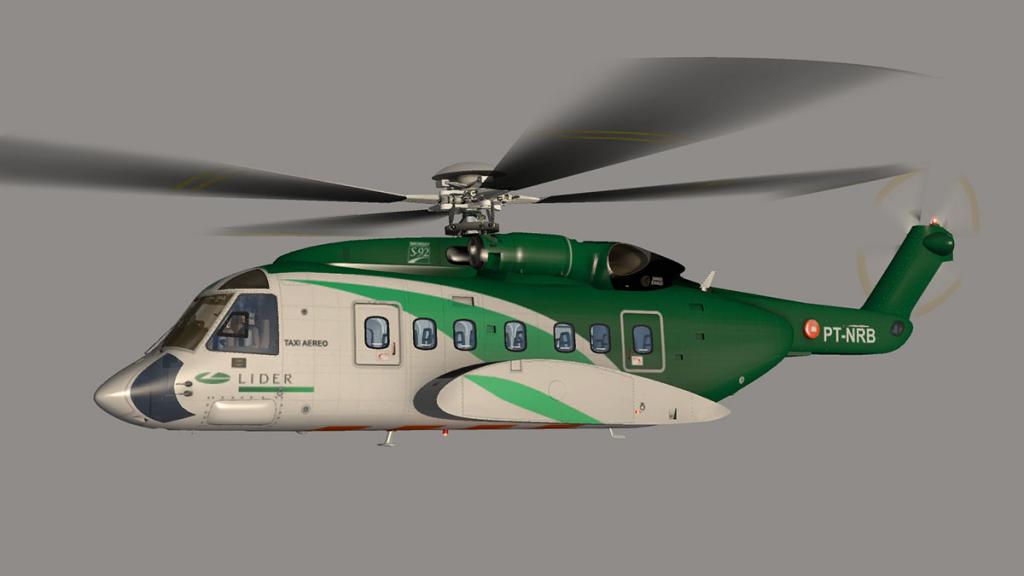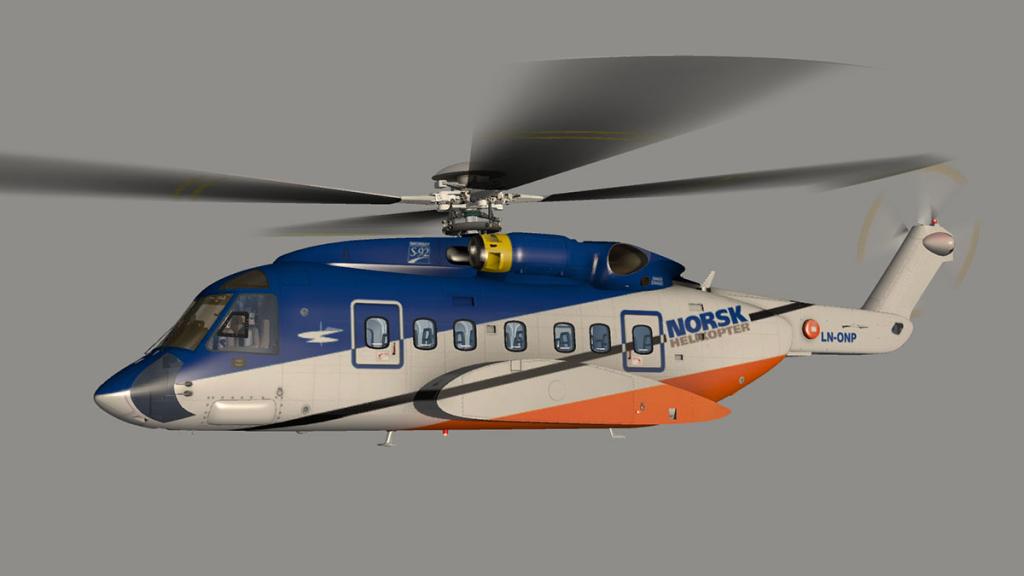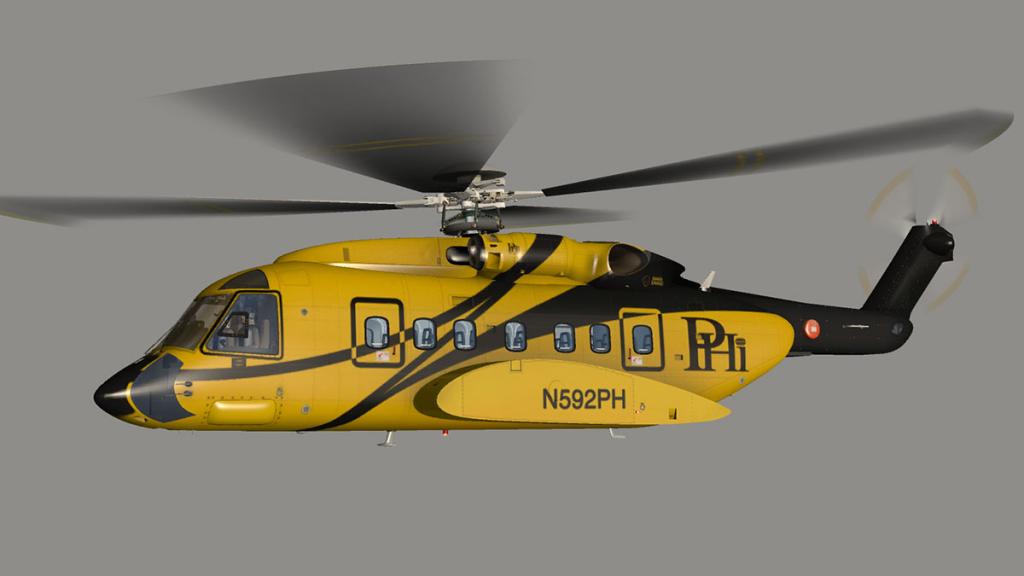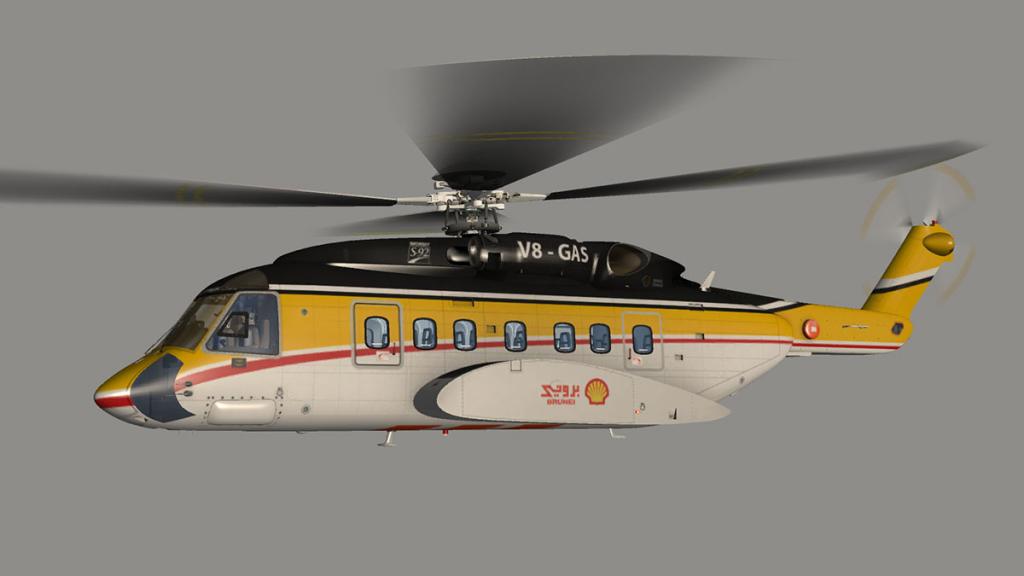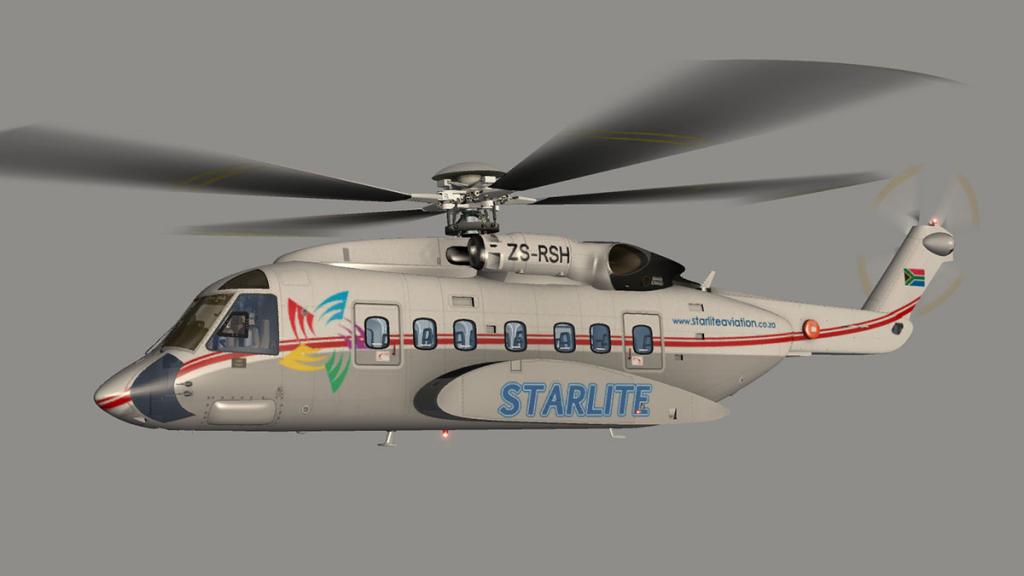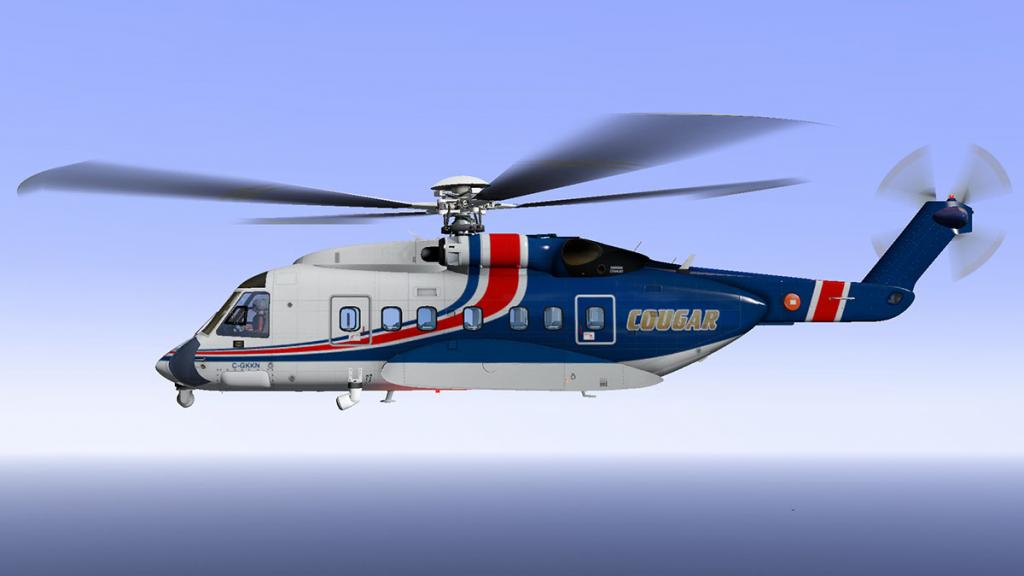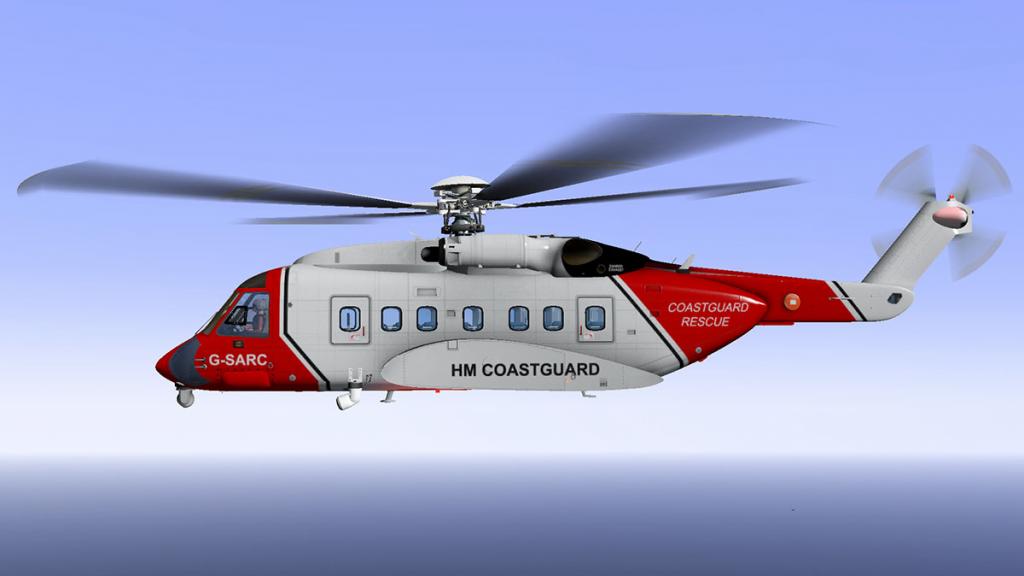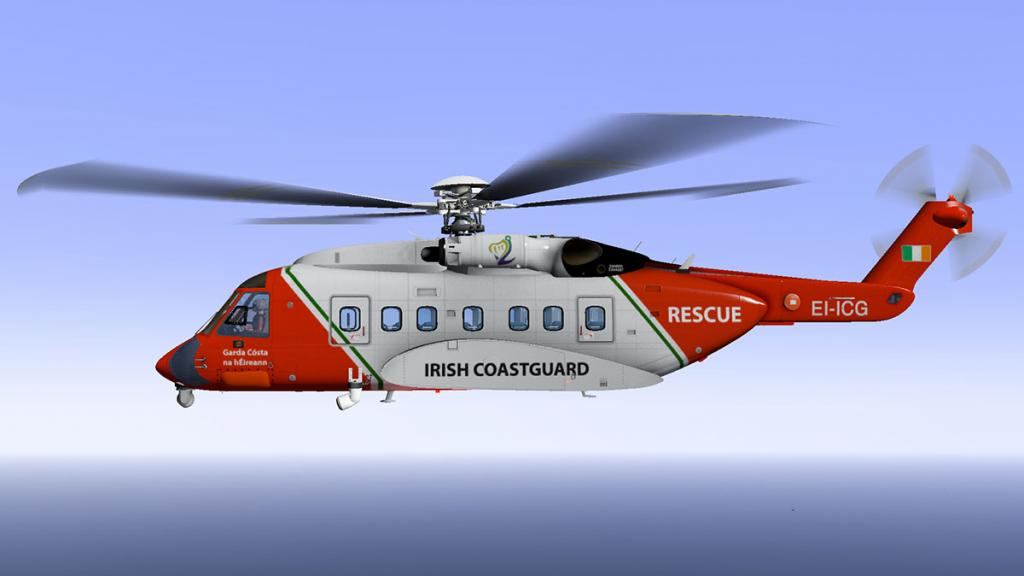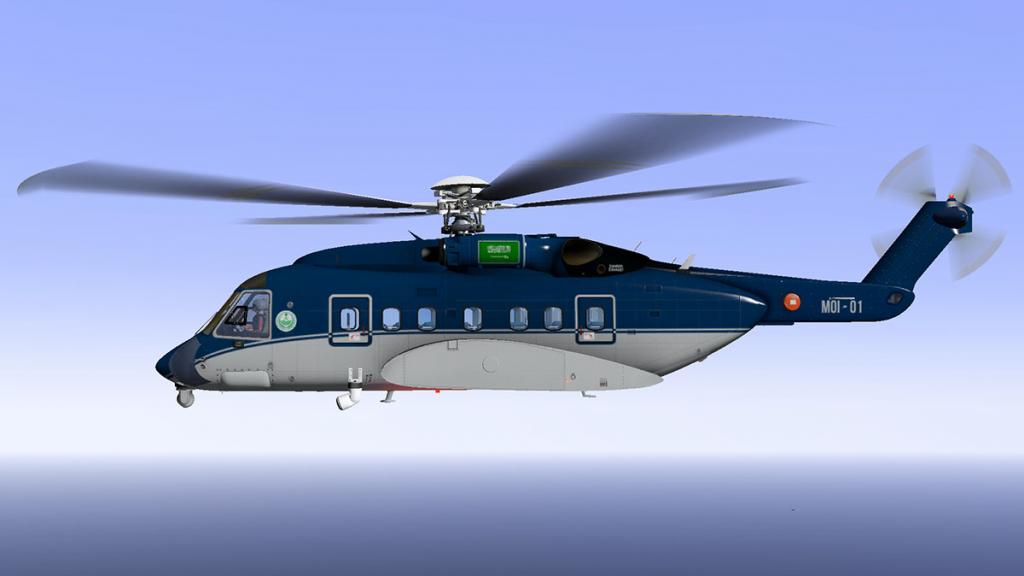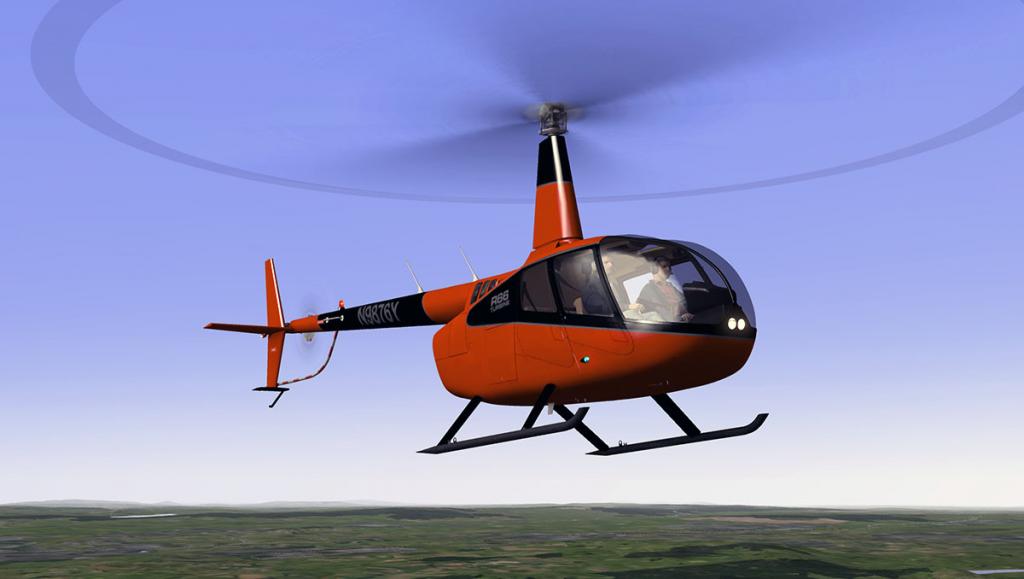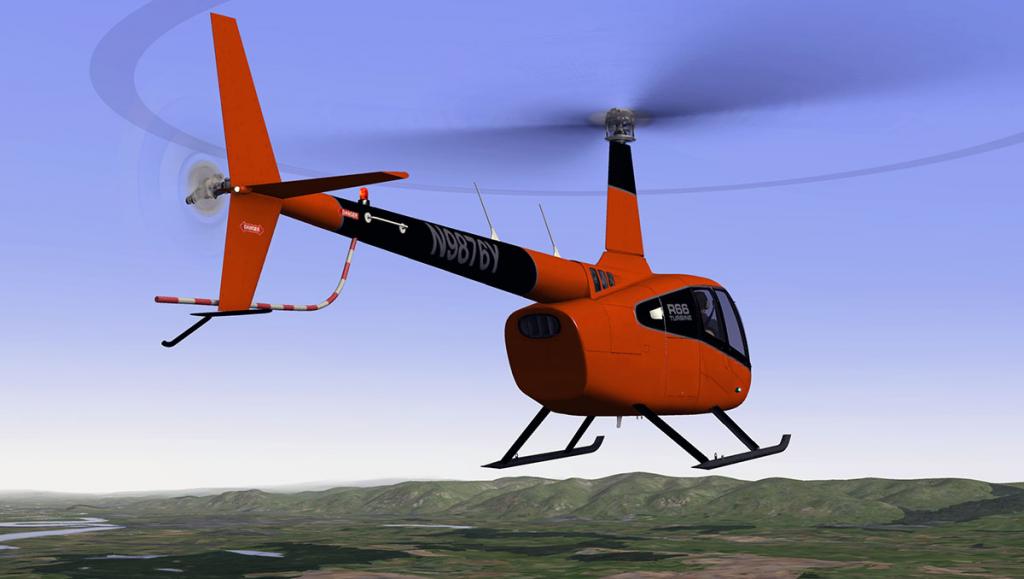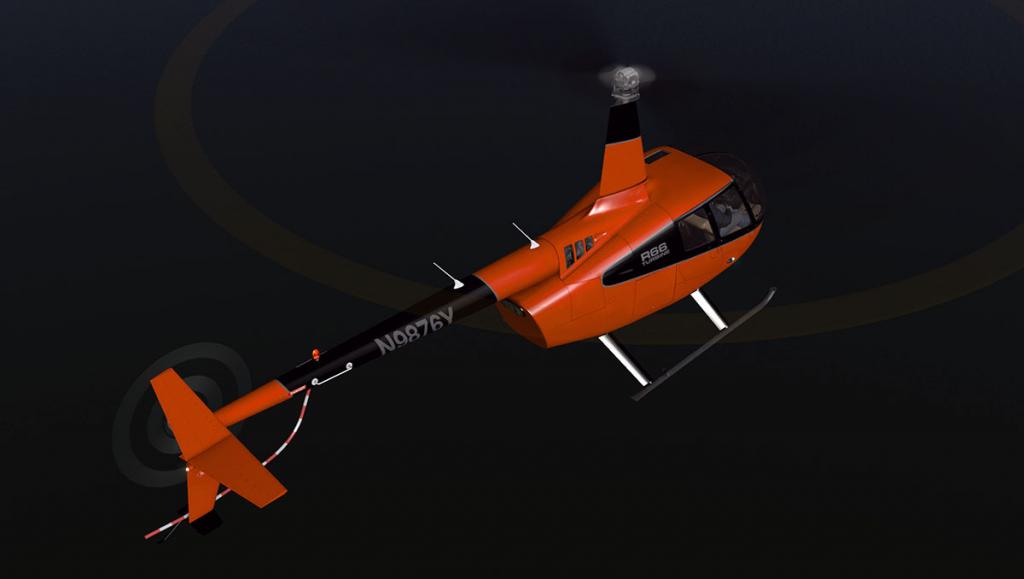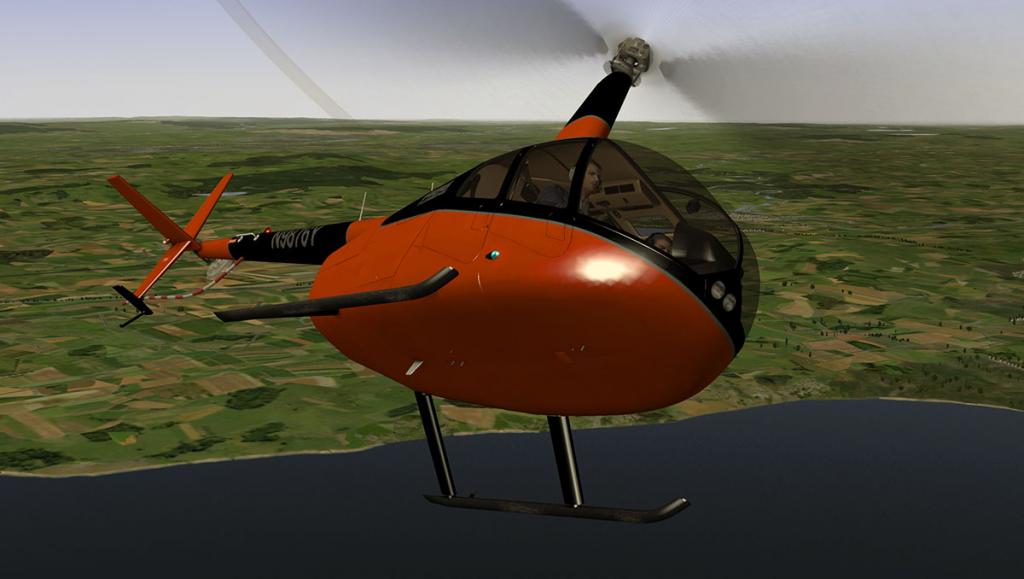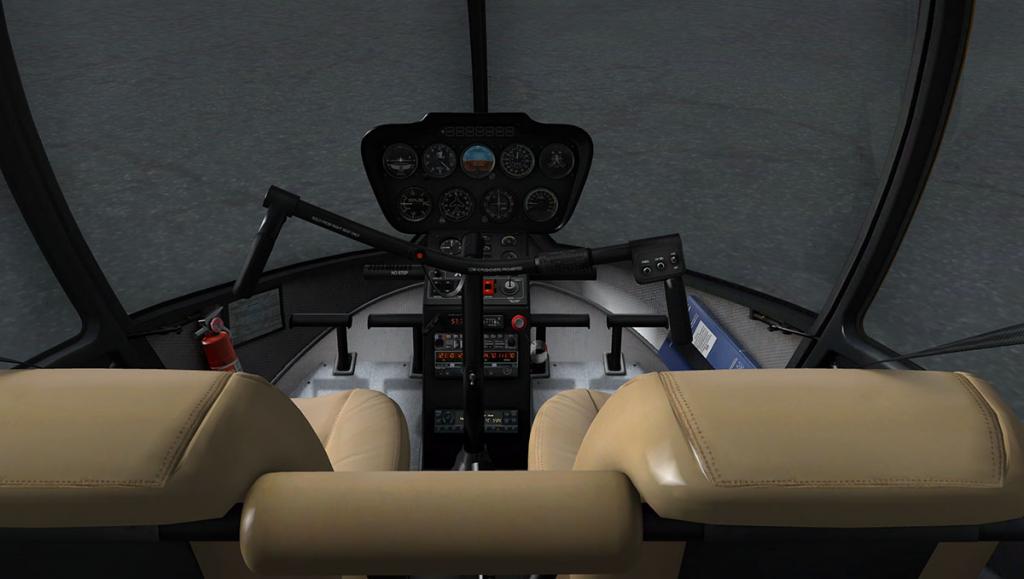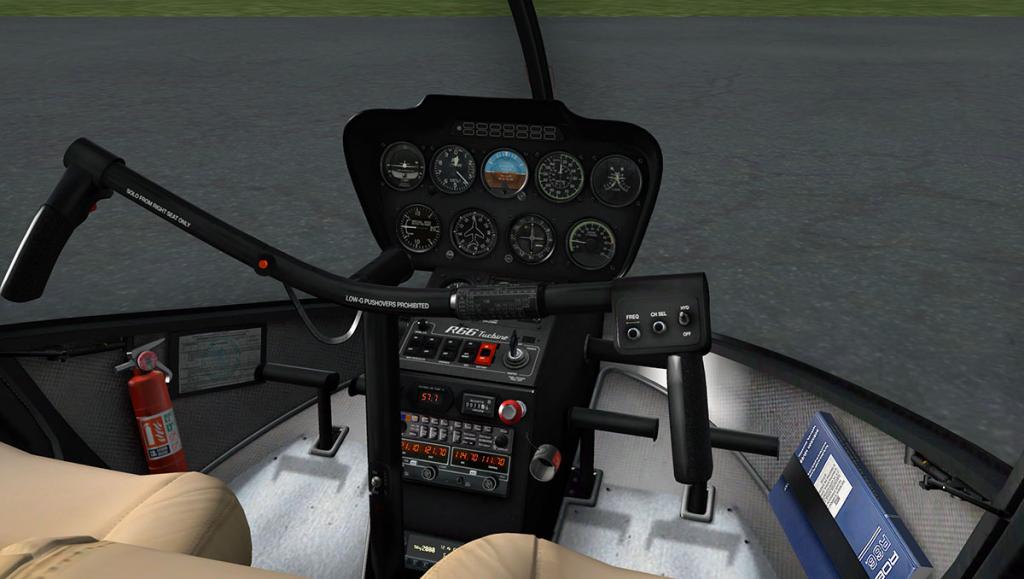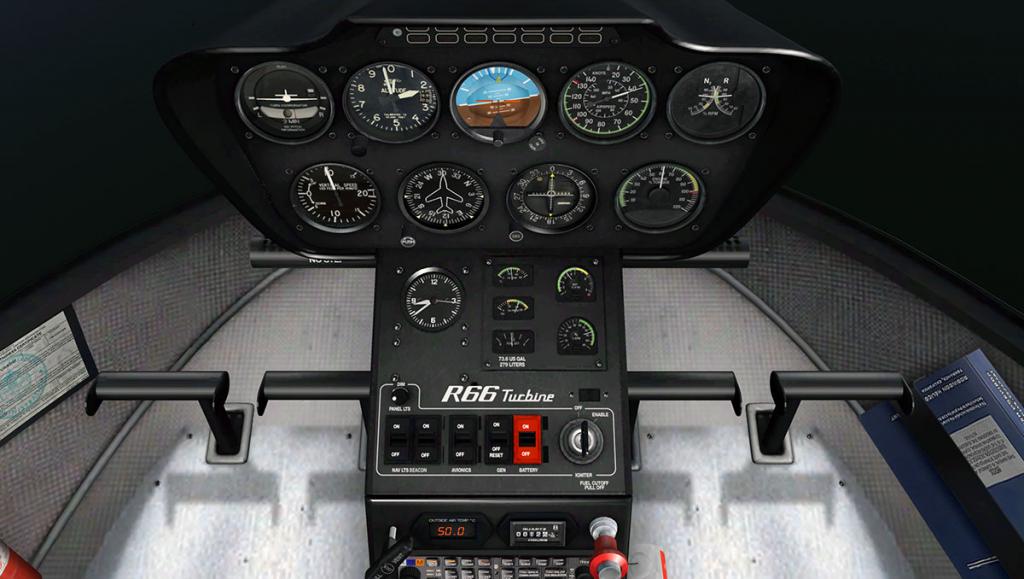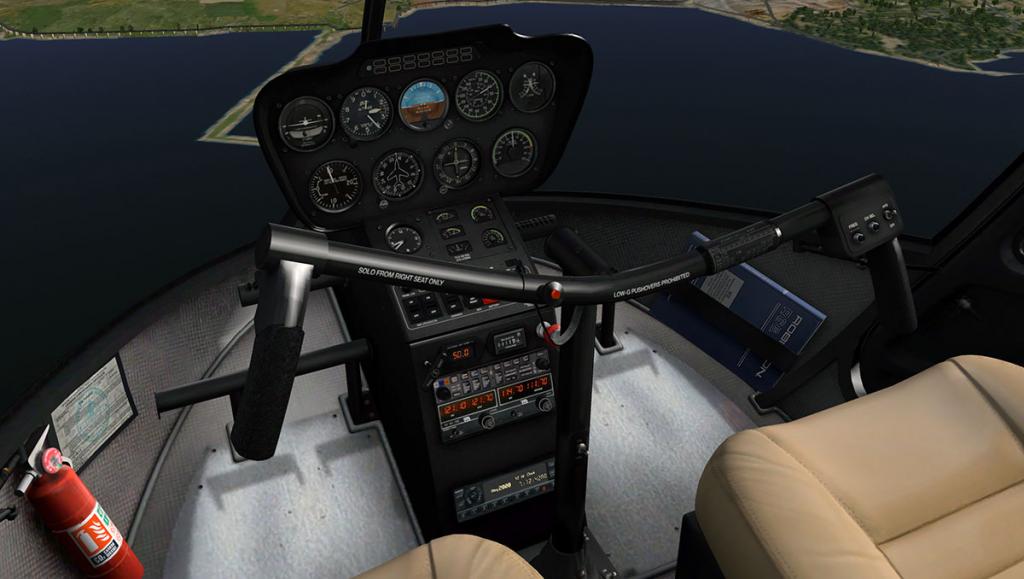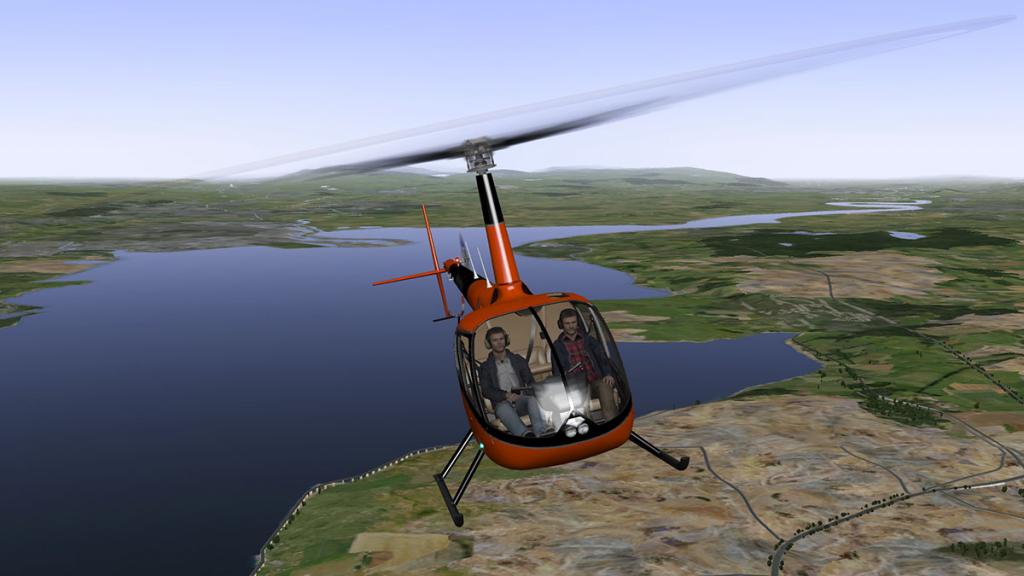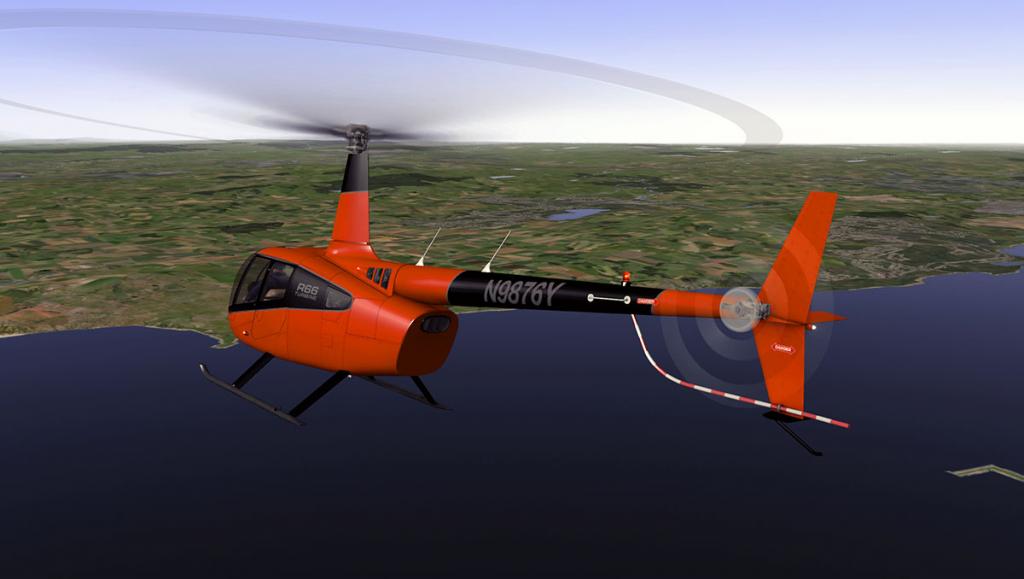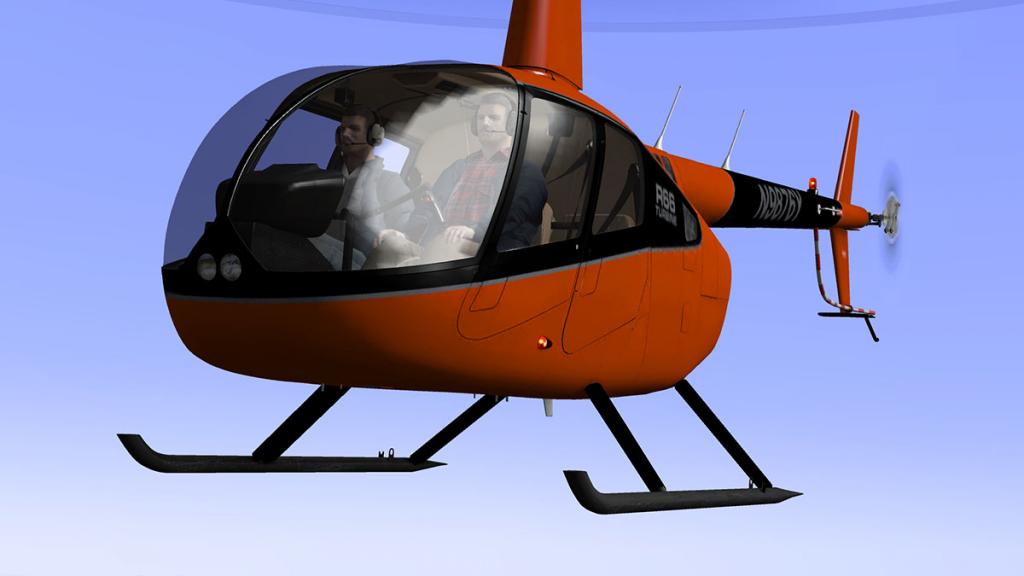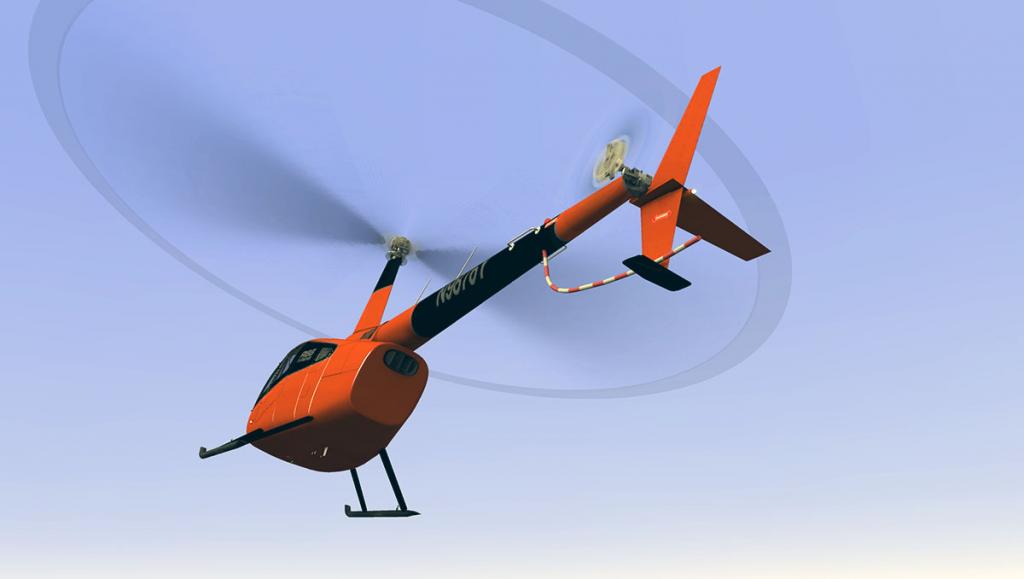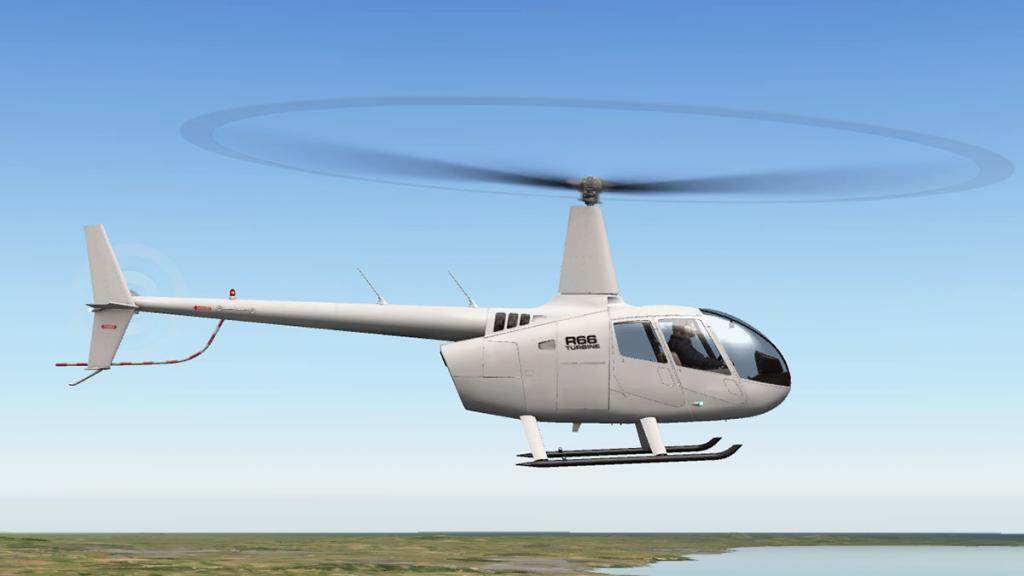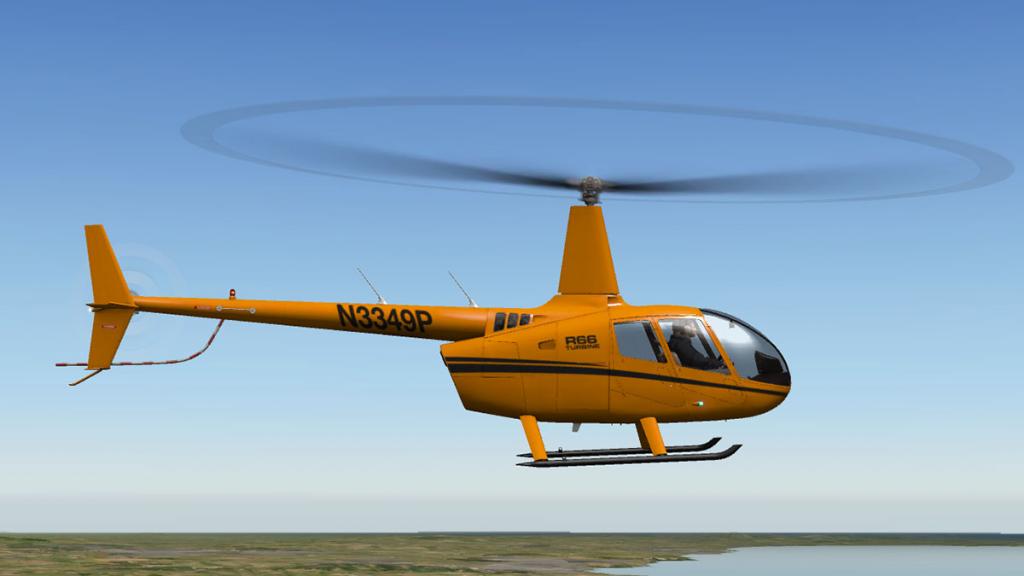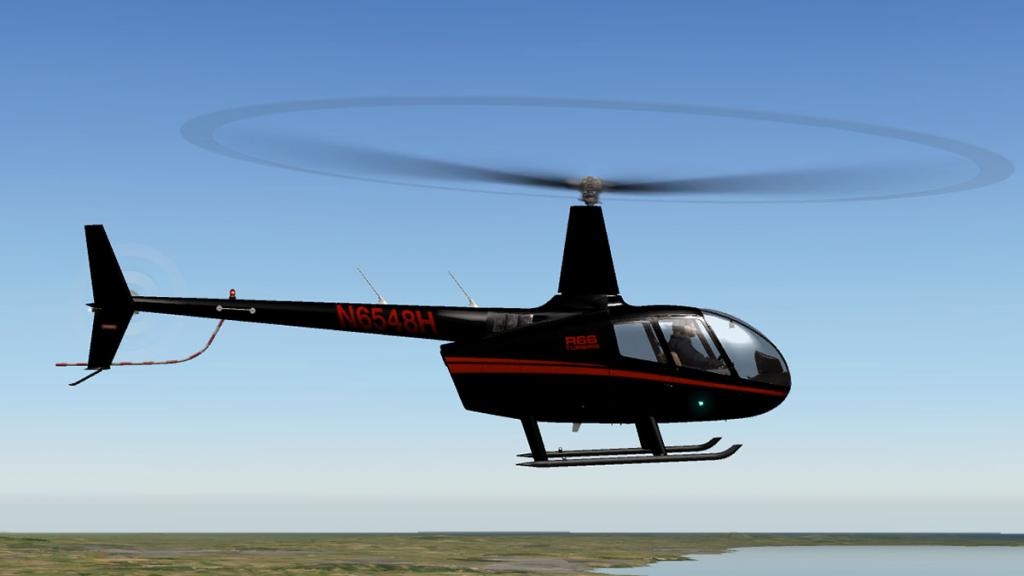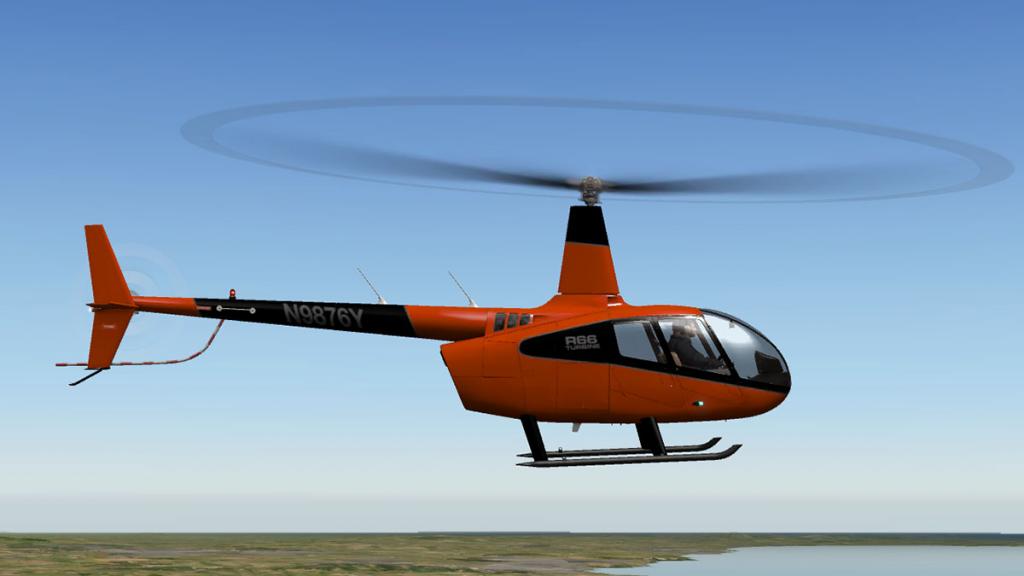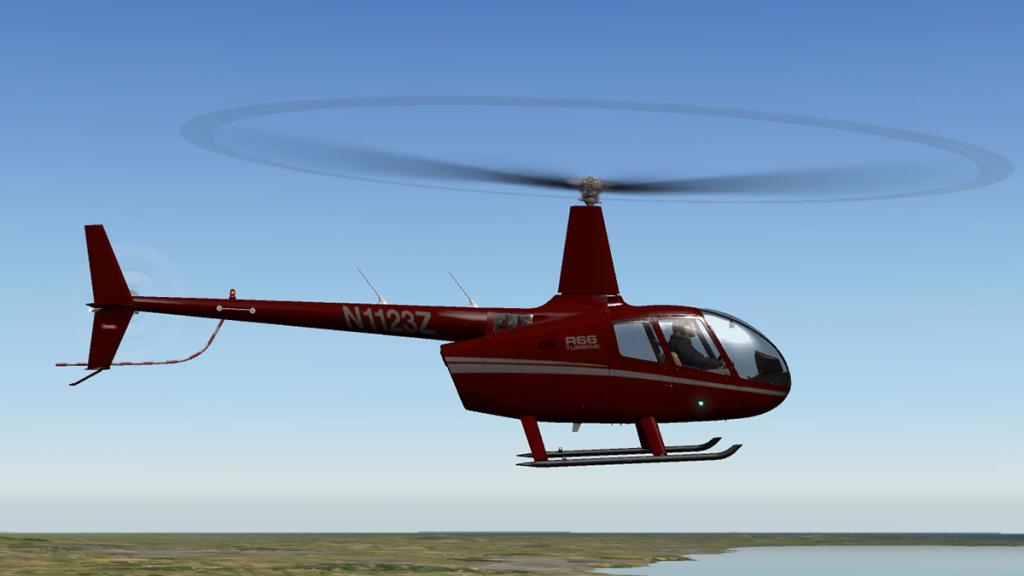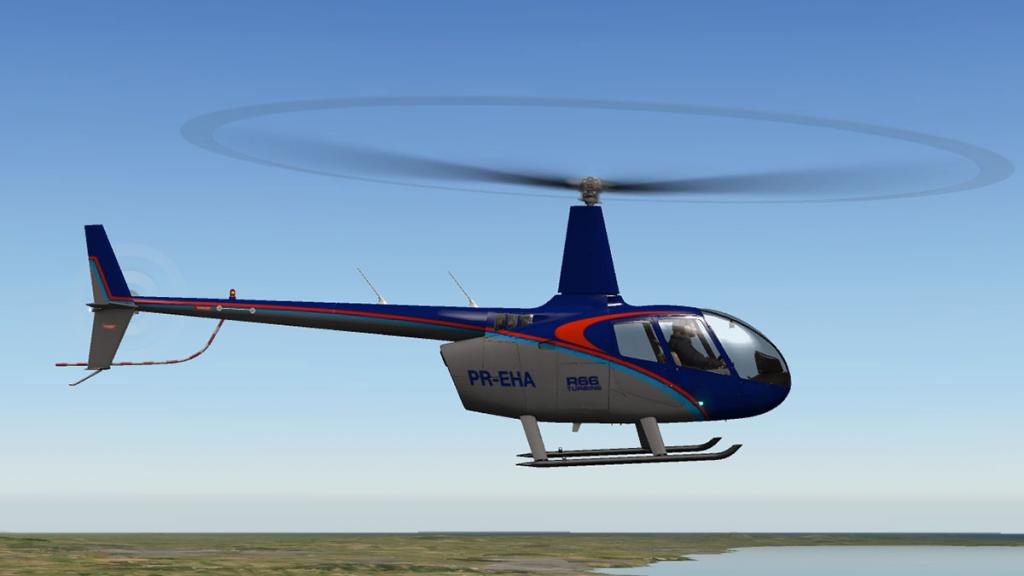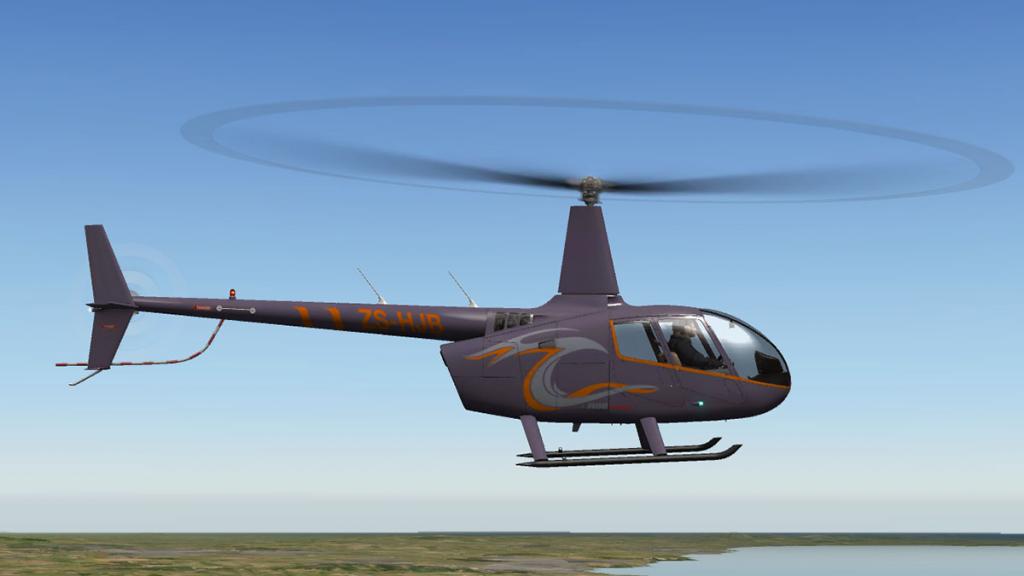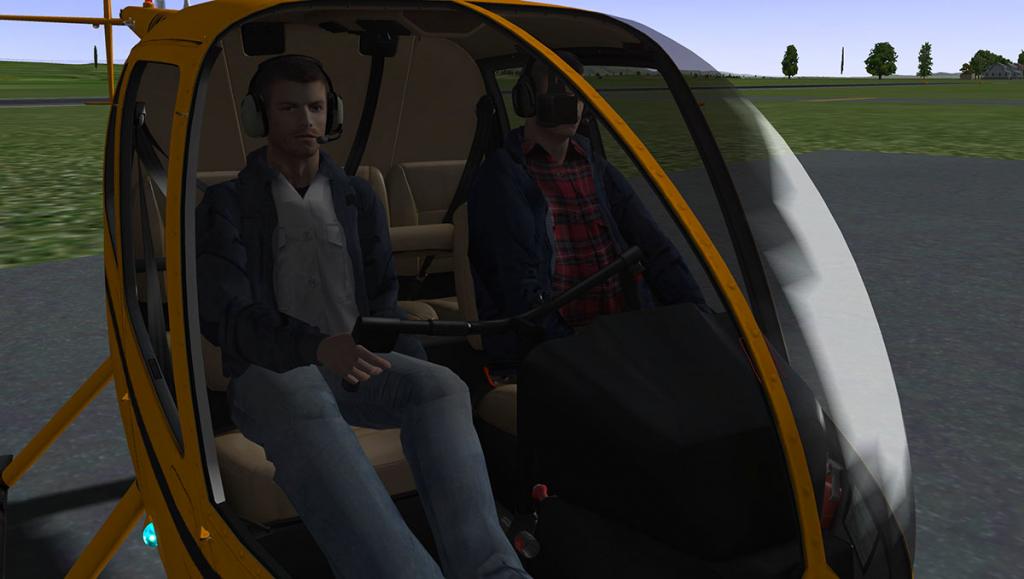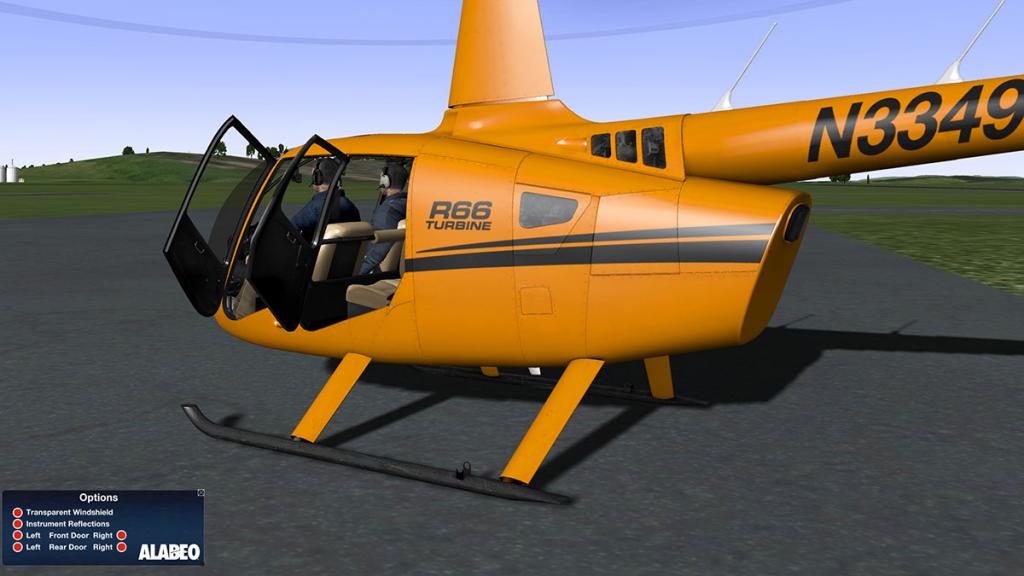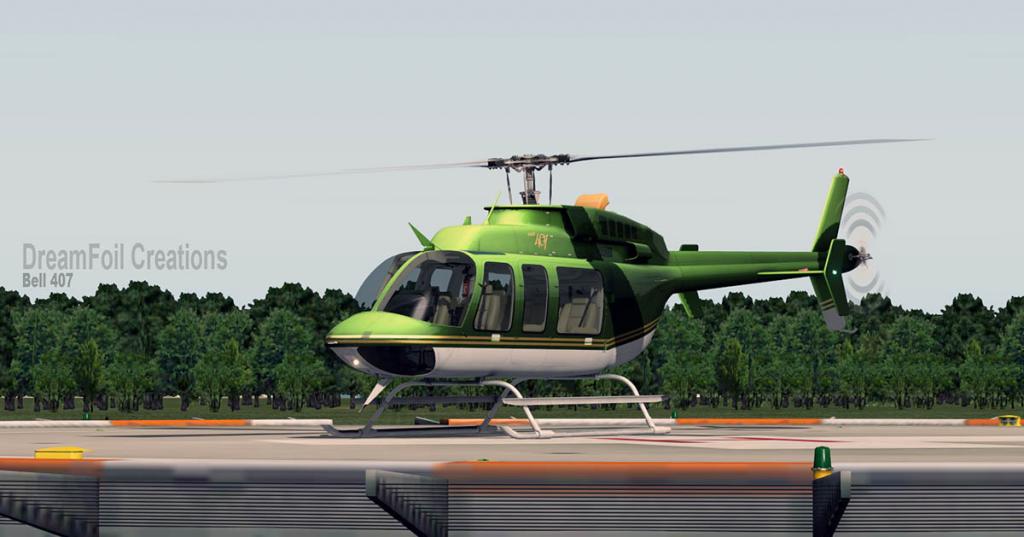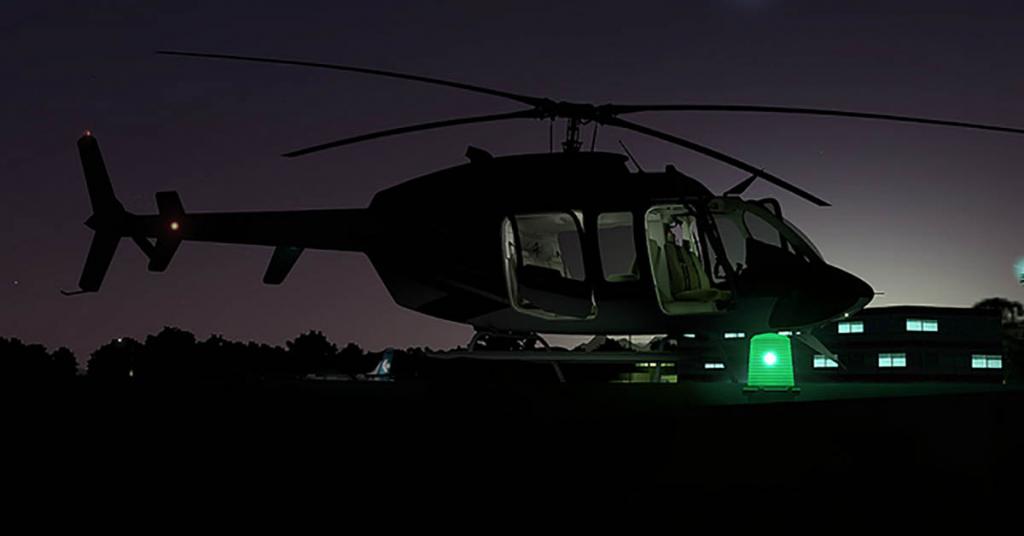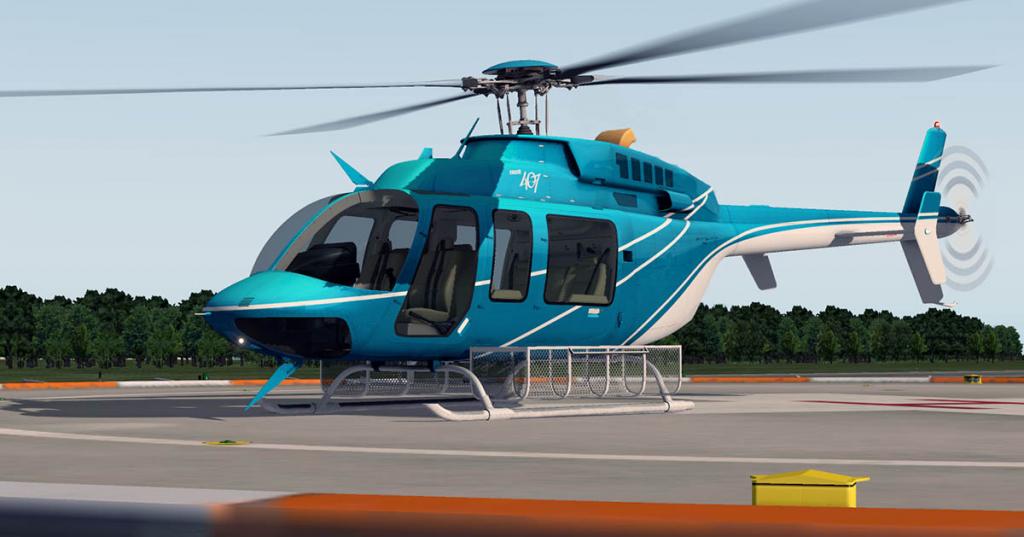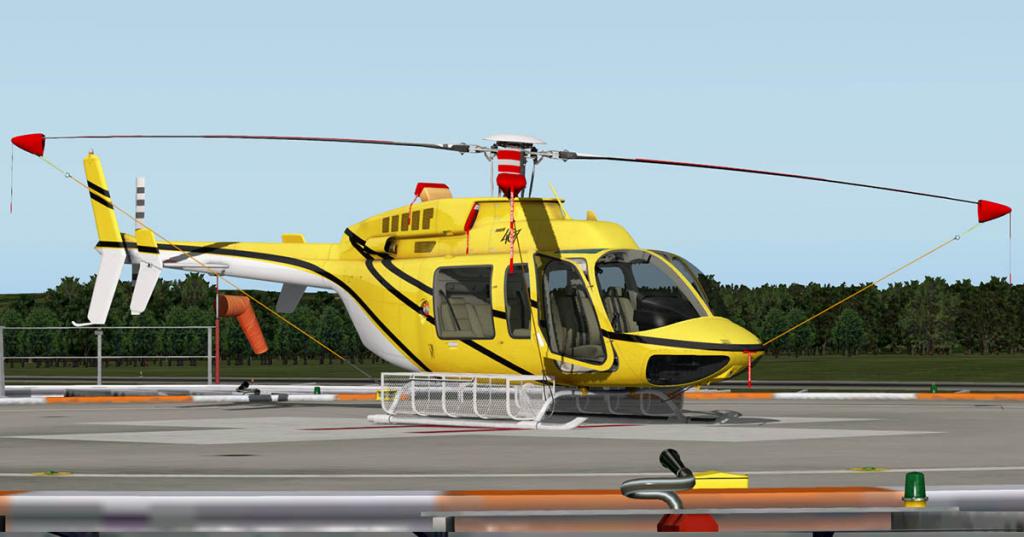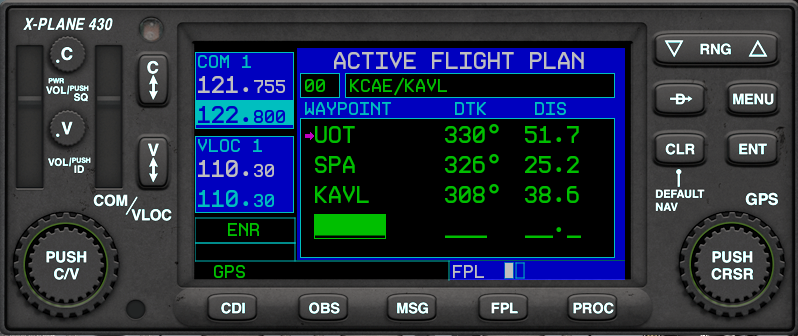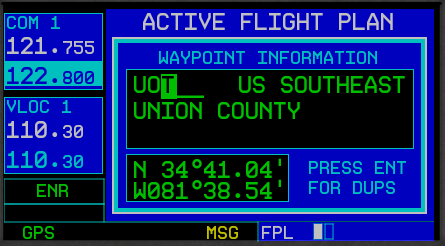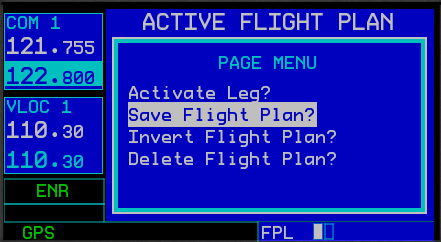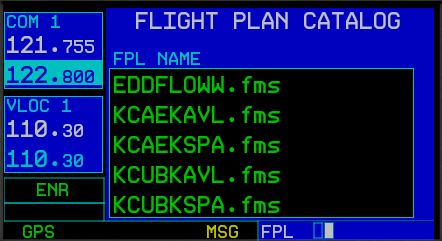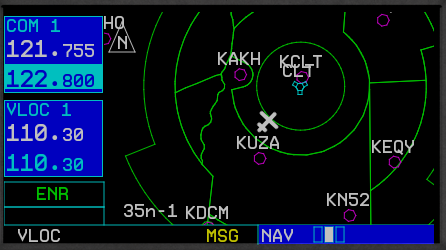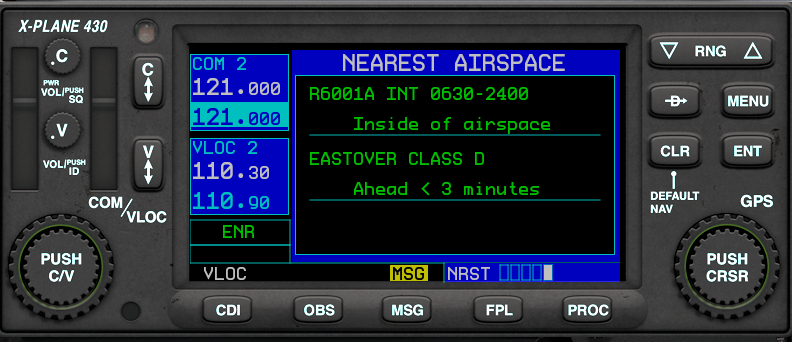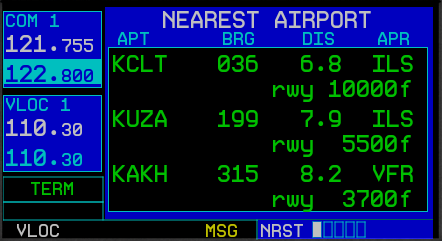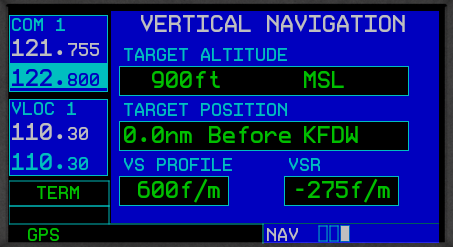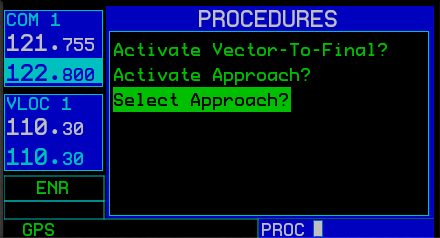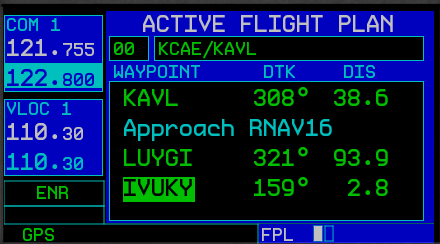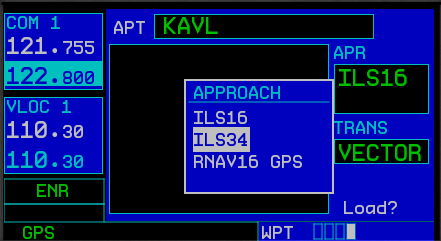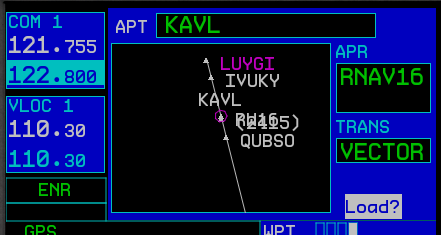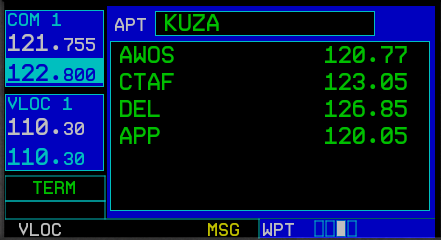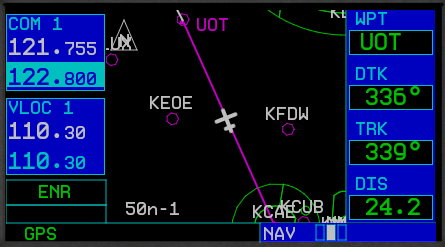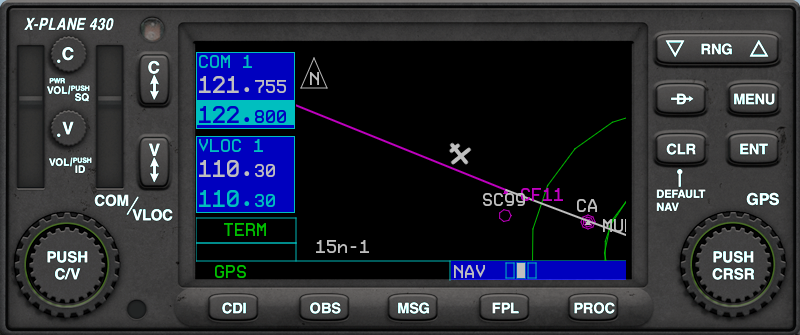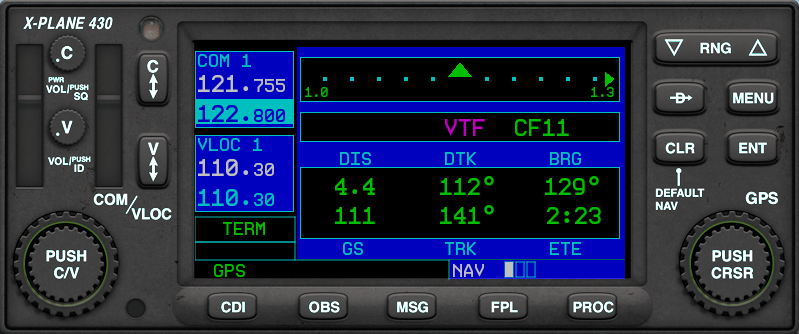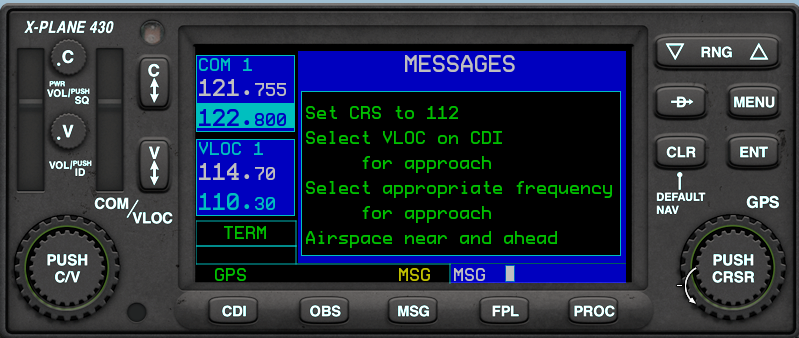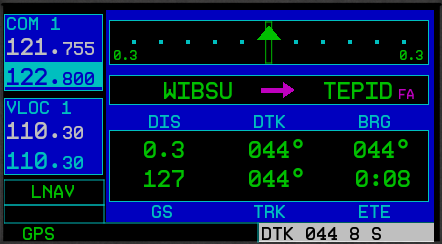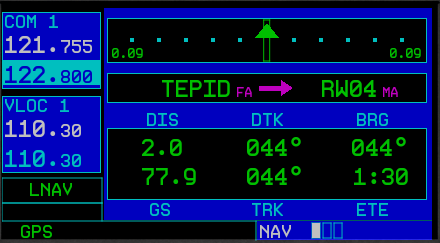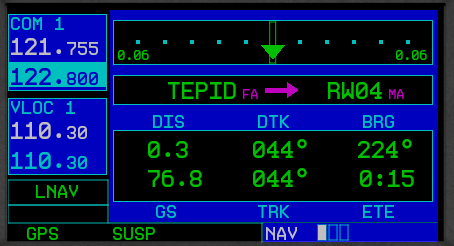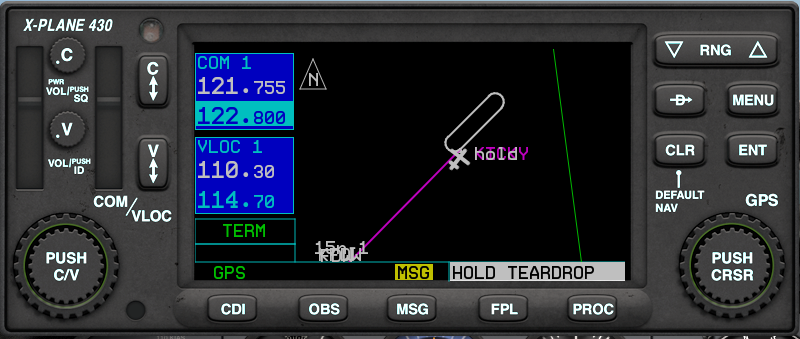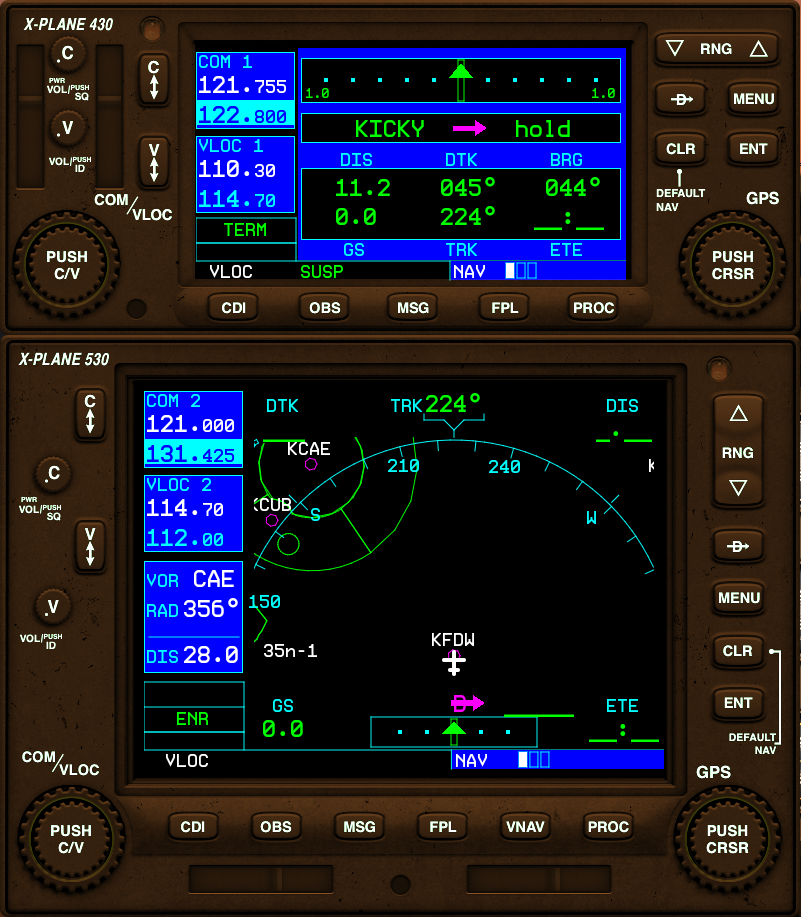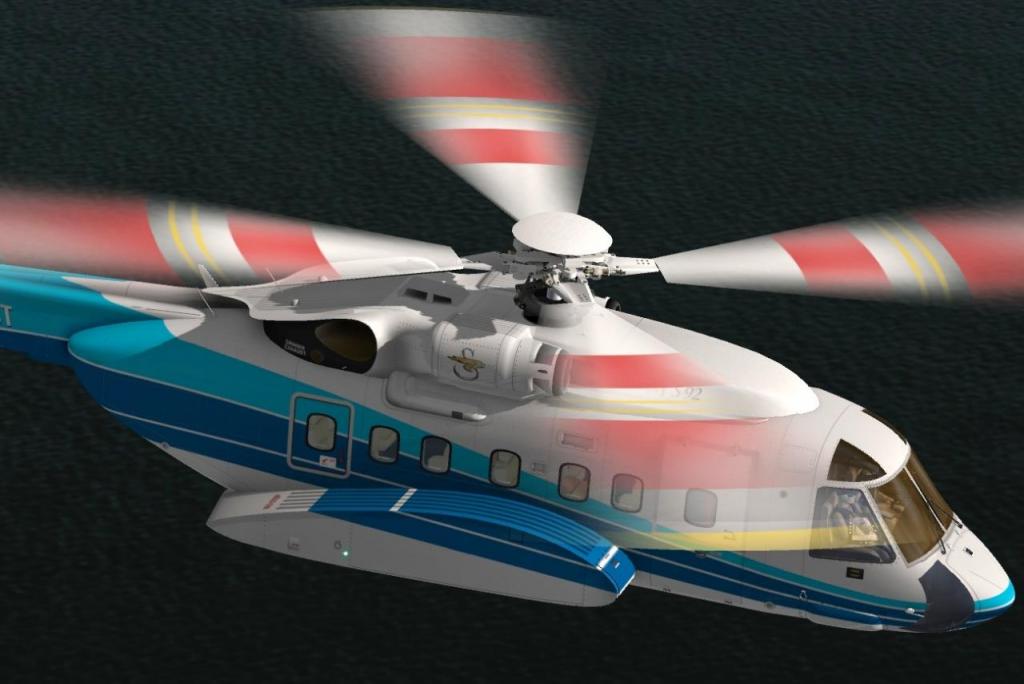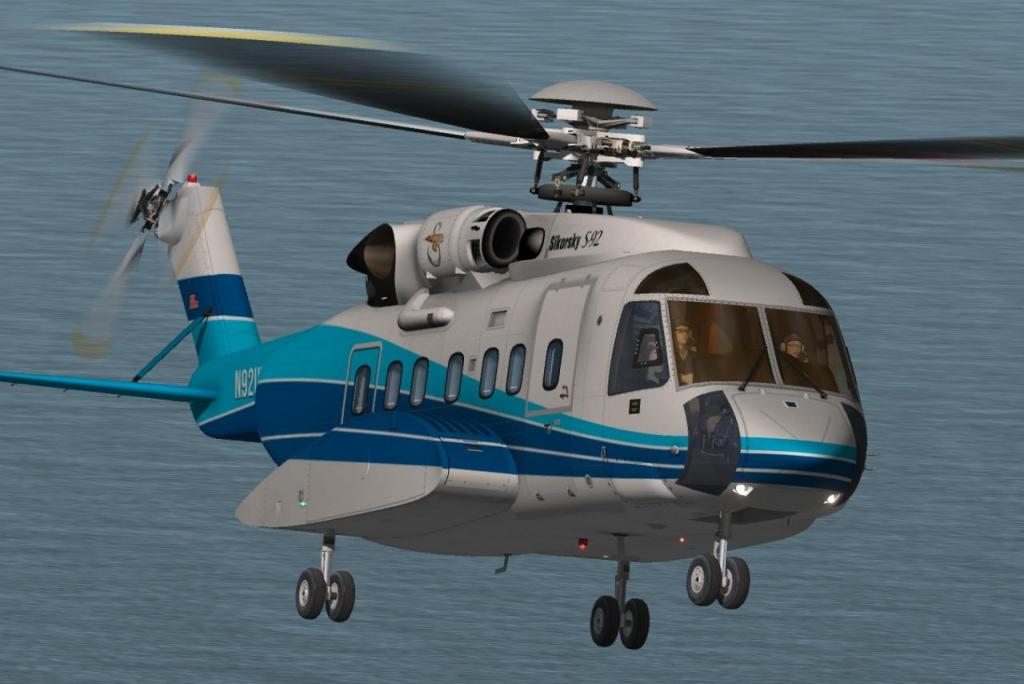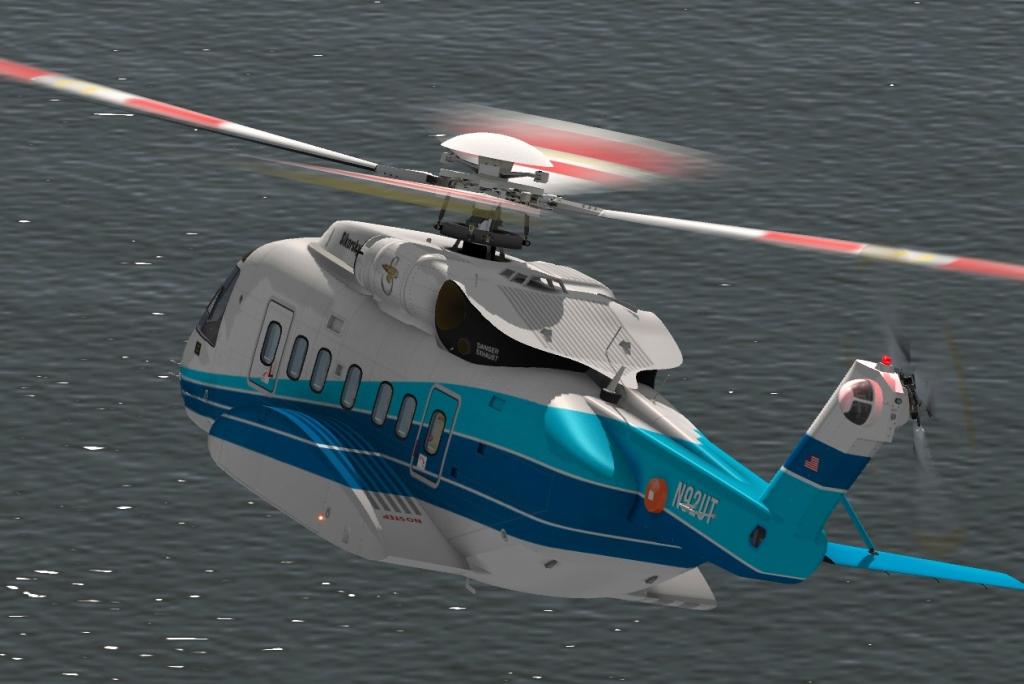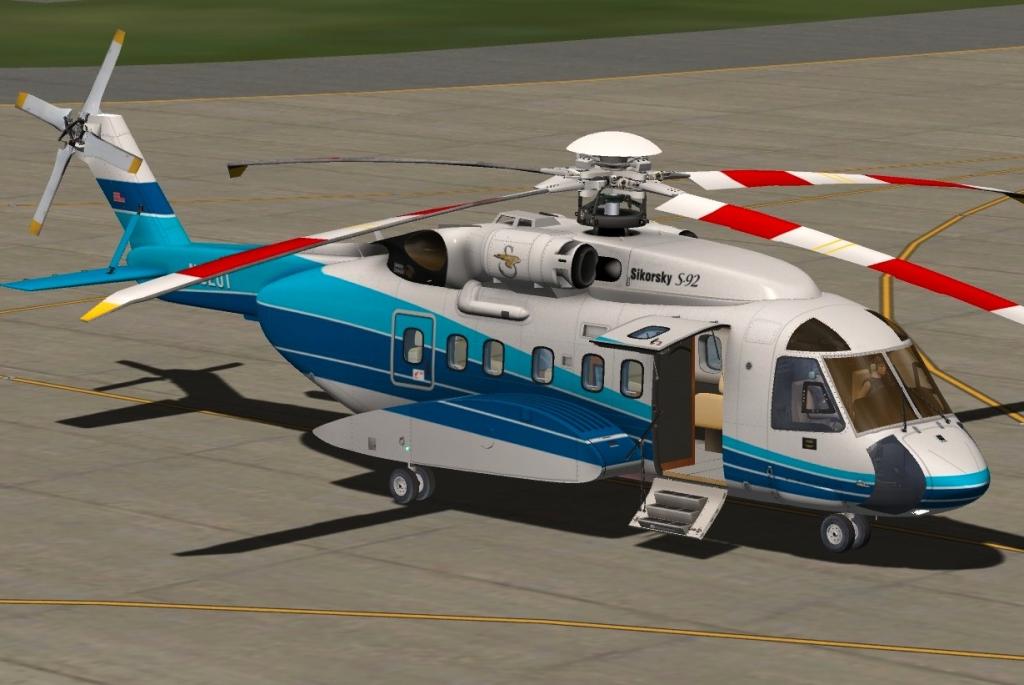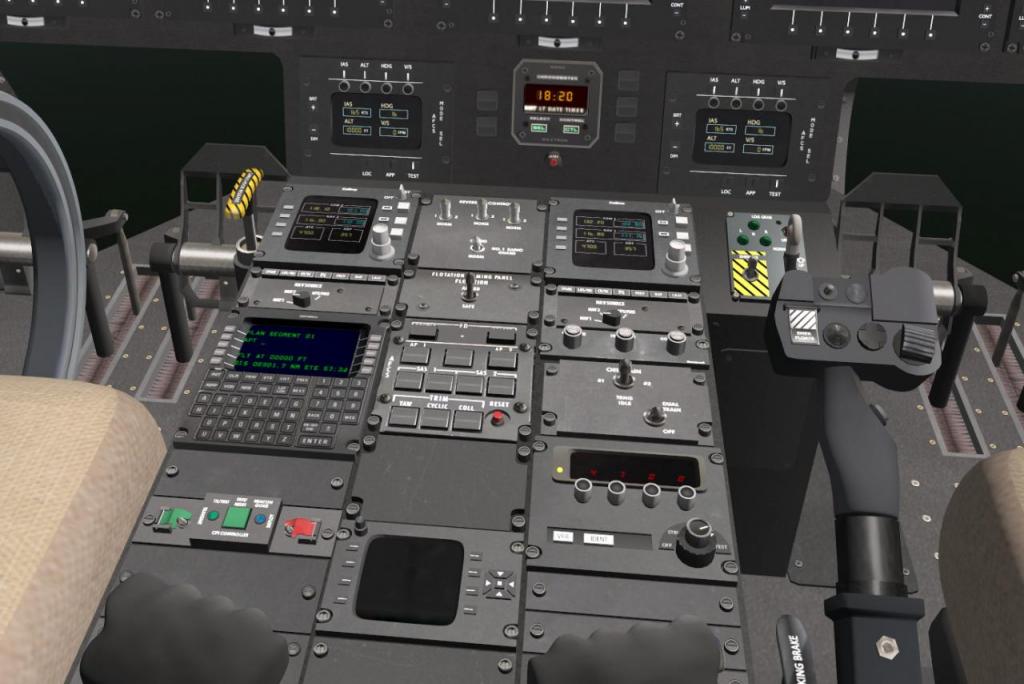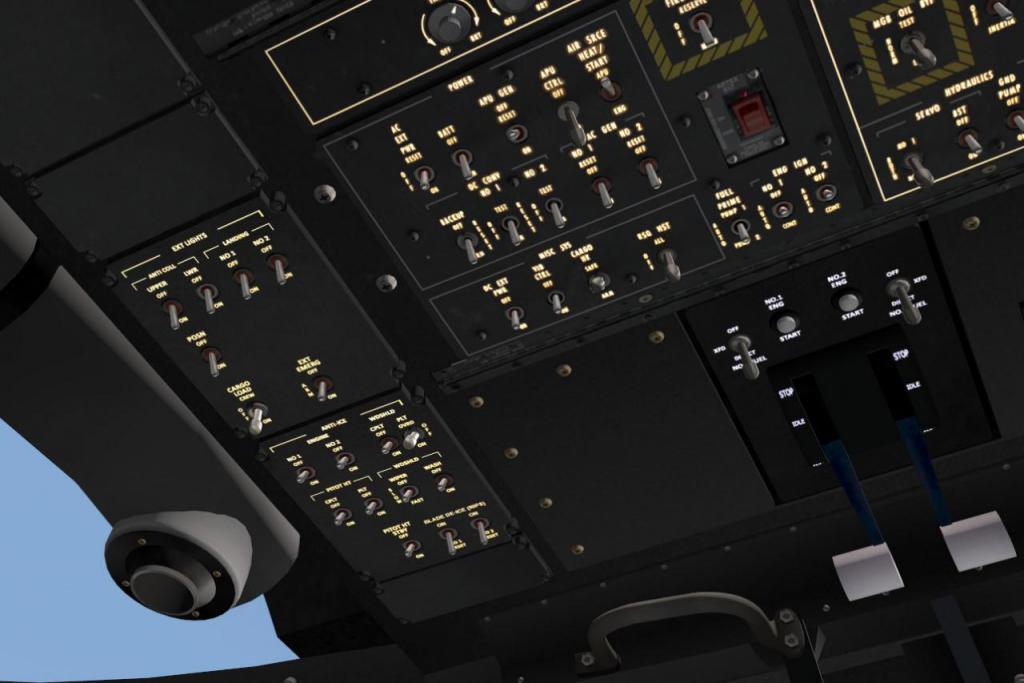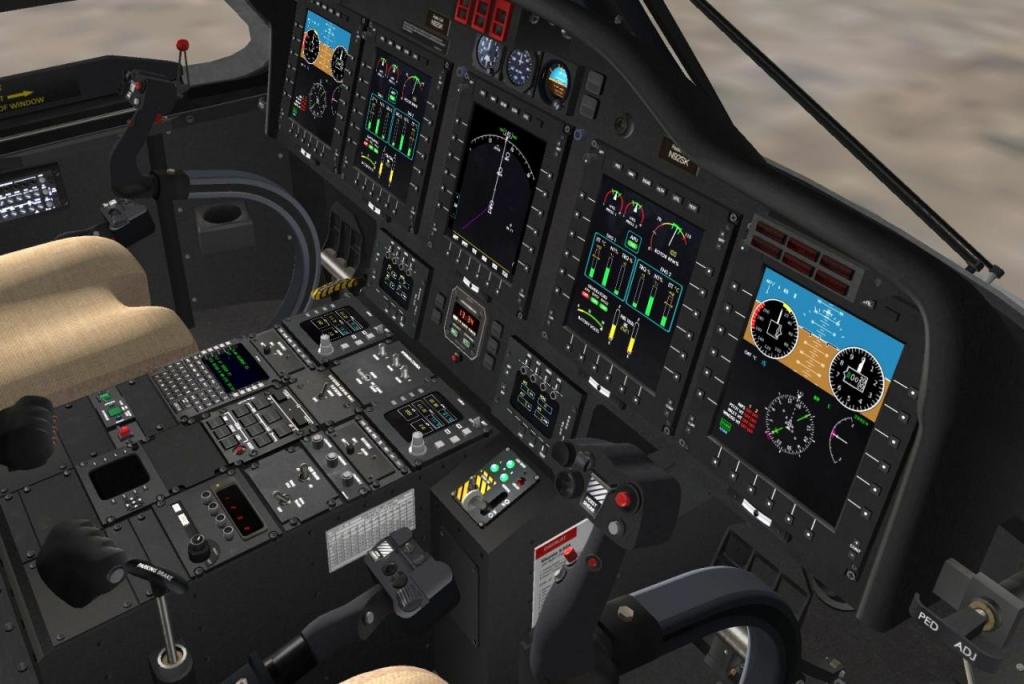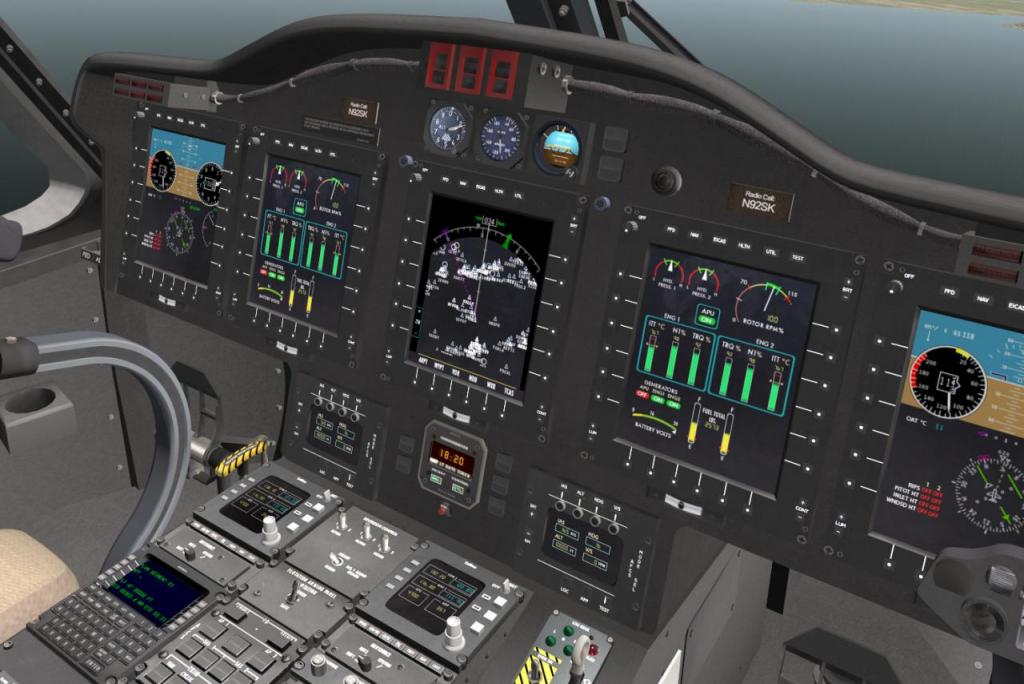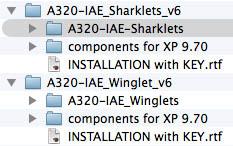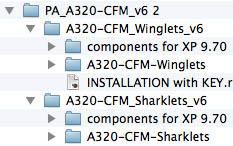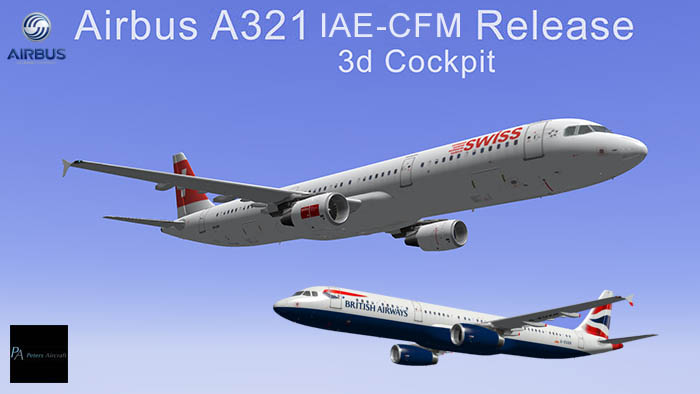-
Posts
2740 -
Joined
-
Last visited
-
Days Won
360
Content Type
Profiles
Forums
Articles
Everything posted by Stephen
-

Aircraft Review : Bombardier Challenger 300 by Dden Design
Stephen replied to Stephen's topic in Airliners Reviews
Considering its age the C300 is a phenomenal machine. The best experience in X-Plane for Private Jets.- 29 replies
-
- dden design
- x-plane10
-
(and 1 more)
Tagged with:
-

Garmin G1000 : X-Plane Integration and cost.
Stephen replied to Stephen's topic in X-Plane Plugins and Simulator Addons
Not yet no... But the Garmin 1000 layout has to be on the radar soon. With the GNS430/530 update in v10.30 I would take a big guess and say the G1000 would have to be next. -
Aircraft Update : Boeing 777 Worldliner Pro + Extended Pack V1.6 by Flightfactor/VMAX Flightfactor-VMAX have updated the Boeing 777 Worldliner Professional and the Extended Pack to v1.6. The biggest thing to note in this new version is that there has been another addition to the "Extended Pack" of variants in the 777-200ER with the Pratt&Whitney PW4090 engine option. That now takes all the aircraft variants in the Series (Extended) to four. Boeing 777-200 LR - (Boeing Worldliner Professional) Boeing 777-200 ER - (Extended Pack) Boeing 777-200 F - (Extended Pack) Boeing 777-300 ER - (Extended Pack) Boeing 777-200 ER After the initial launch of the standard -200 version of the Boeing 777, Boeing quickly developed an increased gross weight variant of the 777-200 with a greater range and payload capability. It was Initially named 777-200IGW, but the offical name was the 777-200ER which first flew on October 7, 1996, and received FAA and JAA certification on January 17, 1997. The aircraft entered service with British Airways on February 9, 1997, and the -200ER variant was and until the -300ER version was released in 2004 the biggest 777 series seller in 422 aircraft being sold. If the -300ER variant was noticeable because of its long extra length over the -200LR. The -200ER is significant because the Pratt&Whitney PW4090 engines are noticeably smaller than those giant GE90-115B turbofans on the -200LR. GE90-115B PW4090 Pratt&Whitney PW4090 The third family of the PW4000 Series is the 112 inch (2.8 m) diameter fan engine that was developed specifically for Boeing's 777 where it was the launch engine on that airframe. It has a certified thrust from 86,760 to 99,040 lbf (386 to 441 kN). and covers the model numbers of the PW4074, PW4077, PW4077D, PW4084, PW4084D, PW4090, and PW4098 engines. The third series engine entered service in June 1995 with United Airlines, and was the first jet engine to enter service with 180-minute ETOPS certification. It can power all the 777 versions except the 300ER and 200LR. The third series is a "Two Spool-high bypass" ratio Turbofan, which is 163.1 in (4.14 m) in length. The Compressor consits of a 1 stage fan, 5 stage low pressure compressor, 15 stage (5 variable) high pressure compressor and the combustors are annular. The Turbine consists of a 2 stage high pressure turbine and a 5 stage low pressure turbine. Overall pressure ratio is 32.0:1 - 35.4:, the Bypass ratio is 5.3:1, with the Turbine inlet temperature (TIT) at 707. The engines Thrust-to-Weight ratio is ~6 - 7. And the engine has Full Authority Digital Engine Control (FADEC). FlightFactor have noted that the Boeing 777-200ER PW4090 engines have the correct performance and fuel consumption - sound set - EEC with EPR as primary control parameter - EICAS differences for EPR-controlled engines and the correct FMC performance parameters. I haven't flown the B777-200ER over a long route yet, but the engines certainly feel smoother and softer, and yes they have far less power than the GE90-115B which is rated at 115,300 lbf (514 kN). They do sound different and not like that painful grinding noise on the GE that sounds like something very expensive is being slowly cut down to size and a dual engine change is imminent. I actually really like the sound of the Pratt & Whitney, It has a more in the past darker engine feel than the high whiners of modern turbofans. Other changes to the -200ER is that the panel has more backup in three classic standby instruments. The -200LR/-300ER/-200F have a single ISFD as standby instrument (I bet you never noticed that they were missing before, well you were not wrong as they were, but now they are gone) The wings are different as well without the -200LR raked wingtips on the -200ER So yes the new -200ER it is another different variation again on a theme. And yes I like it very much, it does not have that immense huge range of the -200LR at 9,380 nmi compared to 7,725 nmi for the -200ER, but just over 7000 nmi is still pretty good range. Boeing-200LR/-300ER/-200F (Cargo) The rest of the variants have had a lot of improvements as well. I will note again that the B777-200LR Worldliner Professional is a singe package and only the "Extended Package", Includes the three variants in the -200ER/-300ER/-200F. The full list of changes in v1.6 (below) however does cover all the Series. So what are the different variants... 777- 200LR This is the original Worldliner Professional version. To think back to its release and then to where it is now, is to realise how big a change in X-Plane this aircraft really was. It really is outstanding in every area. 777-300ER The B777-300ER is a 33ft stretch over the standard Boeing 777. And it looks like it... but still not with the pencil like look with the A340-600HGW aircraft. Now one of the most common B777 version with 721 ordered and only 250 aircraft left to be delivered, you will see plenty of these at your major local hub. 777-200F (Cargo) I have spent a lot of hours on this variant (shuttling the F1 race cars all over the world) and it is simply the best freighter in X-Plane right now... nothing even comes close. The range is phenomenal, and shipping a full MPW (Maximum Payload Weight) from Shanghai to the UK at around 5000nm is a breeze. Some things I don't get on the F (cargo) is that why can't we have the forward opening doors and the stairs option that are on the passenger variants? How are we supposed to get (in or) out after a long flight, A rope out of the cargo door? And speaking of that huge rear door it is excellent... but don't open it in flight as I have mistakenly done (F1 key) as it takes ages to reset the altitude pressure. (idiot) Cockpit The B777 cockpit is again one of the very best in X-Plane. And one of the most functional. all the aircraft's systems are replicated to perfection. It can take time to be really on top of this aircraft because the systems are so deep. but you want the best in simulation, well you have it here. but there are a (very) few niggles. My pet hate is the gap above the panel right at the top display adjustment panel. It drives me to distraction. As you spend hours here at a time you end up fixated on the damn thing. Just looking at the shafts of light that come through. Worse is coming into land in that the ground colours/or night runway lighting come through and distracting you, a really small thing but annoying. On the pedestal why doesn't the centre CDU work? or just be shown? I also find the manipulation of the Fuel run/cutoff controls annoyingly hard to switch? You are coming up to 25% on the startup procedure and you just can't flick them in, "Awwwh hell" and other blasphemous saying are always on the go as the switch seems to be set the wrong way around in up to down for the switches to go up? Why can't you access the Co-Pilots display adjustments? You have now found it commonplace in aircraft of this caliber to be able to adjust the Co-Pilots screens to other modes, ditto the Co-Pilots CDU, in that it is fixed to the Pilots selected screens? FMS - Flight Management System The FMS on the FlightFactor/VMAX B777/757 is certainly the best system in X-Plane. It is very complex but very useable in that it is very more forgiving if you want to change your runway selection and SID/STAR (usually at the last minute). FlightFactor has done a few fixes and slight changes in v1.6 to the system. Covered is: - fixed a bug in direct-to logic where two subsequent directs would delete a wrong waypoint. - fixed reading Fix-to-DME-distance legs from Navigraph navdata (again!) - fixed enumeration of SID transitions, now all available transitions are selectable. - improved depiction of manual intercept courses on the temporary flightplan. - added intercept-from functionality to the FMS. Now you can create intercepts into radials going from arbitrary waypoints. - fixed a bug where several waypoint combinations in transitions would collapse into one waypoint. - added DEL key assignment for CDU popup. - fixed a bug in entering LAT/LON waypoints in full format. - fixed a bug in the display of ETA on T/C and T/D pseudowaypoints. - fixed a bug in VNAV where a lower speed for a speed restriction was activated too early. - fixed a bug in VNAV where too high a speed was selected after a crossing restriction - improved holdings in cross wind situations. - fixed LNAV ignoring the first waypoint of the flightplan if no departure runway was selected (Thank God for that one) - fixed a bug in the descend speed logic that would override descend speed transitions with higher restriction speeds from previous waypoints. - working EXEC light on the remote CDU. These fixes and enhancements will just tighten up the system that much more, there was a lot of adjustments to the LNAV and VNAV in: - fixed a bug in VNAV where a lower speed for a speed restriction was activated too early. - fixed a bug in VNAV where too high a speed was selected after a crossing restriction. - corrected autopilot bank limits in LNAV mode. - improved prediction of the turn radius in LNAV mode, generating much smoother interceptions to next leg. - reworked autoflight behavior with direct-intercept function. Now the autopilot will revert to LNAV arm when the plane is laterally off a manually selected intercept by more than 2.5nm. Intercepting a manually selected course must now be flown in HDG mode until LNAV engages. This is exactly how the real plane works. And remember you have a terminal procedure database with RNAV approaches and transitions already built in there. Jumping back into the earlier v1.5.1.1 you really notice how wide those radius's were, and how far off the track you went. I do recommend to have the latest AIRAC (Aeronautical Information Regulation And Control) data, I tried the cheaper option of using the default data that comes with the aircraft, but the latest data gives you more flexibility in your selections, It is a cost expense to use the Navigraph or Aerosoft data. But at this level you really need the correct data, so it is well worth the investment. Another several other areas in v1.6 that have had a little refining is there is an improved autobrake behavior and added autobrake disarm on speedbrake retraction, and engine mods in changed auto-thrust vs thrust-limit logic. It is now possible to manually increase takeoff power over the preset target when in A/T is in HOLD mode - changed EEC characteristic for N1/EPR and command arcs to work more realistically and improved interaction of A/T and EEC. iPad The iPad external connection is simply excellent, not only does it save time but the functionality is simply excellent. Totally in love, and certainly one of the really great features of this FF/VMAX series. Summary Once an aircraft get to a certain point in its life. It gets left behind because more modern aircraft take center stage. But that is not the case here. The B777 Series from FlightFactor/VMAX is just as fresh as the day it was launched but now a hell of a lot better as well. If you have the full "Extended Pack" then the extra three variants are well worth the extra over the standard "Worldliner Professional" aircraft. Not only in they are different variants, but in the fact they all perform different roles as well. The new PW4090 variant is simply excellent. You get so much value in this series for your investment, and it is an amazing aircraft to fly as well. It is complex, and the FMS - Flight Management System will give you a few months of homework as well to truly get the ultimate performance out of the Big-Twin Boeing and in v1.6 it is even better than ever. ________________________ The 1.6 update is now available from the X-Plane.Org Store here : Price is US$59.95 - Boeing 777 Worldliner Professional Price is US$84.95 - Boeing 777 Worldliner Professional - Extended Pack - Designed by FlightFactor (Philipp and Ramzzess) and produced by VMAX The 1.6 update is free to all users that have purchased the Boeing 777 (Pro and Ext) Series. Just goto to your X-Plane.Org Store account and login Developer Site: facebook Dev Thread : X-Plane.org Update Review By Stephen Dutton 9th May 2014 Technical Requirements: Windows XP or Windows Vista or Windows 7 / 8 (32 or 64 bits) or MAC OS 10.7 (or higher) or Linux X-Plane 10 fully updated. 32 or 64 bit 4GB RAM/512 MB VRAM (1GB VRAM Recommended)- 1Gb available hard disk space Current version : 1.60 (last updated May 5th 2014) Review System Specifications: Computer System: - 2.66 Ghz Intel Core i5 iMac 27” - 6 Gb 1067 Mhz DDR3 - ATI Radeon HD 4850 512mb Software: - Mac OS Mavericks 10.9.2 - X-Plane 10 Global ver 10.22 (final) Addons - Saitek x52 Pro system Joystick and Throttle (Full v1.6 Change-log) Extended Pack only: -added 777-200ER variant with Pratt&Whitney PW4090 engine option. This variant comes as a different aircraft with lots of new liveries. The new aircraft variant has distinct characteristics of: --wing without the raked wingtips --performance and fuel consumption --sound set --EEC with EPR as primary control parameter --EICAS differences for EPR-controlled engines --FMC performance parameters -fixed tutorial quick zoom functions for the 300ER model -new standby instruments: the -200LR, -LRF and -300ER now have an ISFD as standby instrument, the -200ER has three classic standby instruments -corrected reflection and windows on the -300ER model All models (on X-Plane 10 64bit): -new SASL version to fix several crash and DRM problems -fixed right engine anti-ice -brought back the flap speed placard -corrected pushback truck logic -corrected the compact fuel indicator and its display logic -fixed fuel jettison logic -several fixes for the flightcontrol page of the EICAS -improved autobrake behavior -added autobrake disarm on speedbrake retraction -added pdf 2 png HD application, for those who have memory and want more resolution for the maps on the EFB -fixed a possible crash in the pax/cargo loading menu -fixed a bug where an invisible "blue freeze" screen could cause the mouse pointer to no work anymore -fixed the plane refueling itself after reposition through the XP map view -implemented fuel temperature indication -fixed a bug in direct-to logic where two subsequent directs would delete a wrong waypoint -fixed reading Fix-to-DME-distance legs from Navigraph navdata (again!) -fixed enumeration of SID transitions, now all available transitions are selectable -reworked autoflight behavior with direct-intercept function. Now the autopilot will revert to LNAV arm when the plane is laterally off a manually selected intercept by more than 2.5nm. Intercepting a manually selected course must now be flown in HDG mode until LNAV engages. This is exactly how the real plane works. -improved depiction of manual intercept courses on the temporary flightplan -added intercept-from functionality to the FMS. Now you can create intercepts into radials going from arbitrary waypoints. -fixed a bug where several waypoint combinations in transitions would collapse into one waypoint -fixed a bug that could cause the plane fly parallel to the route after an intercept -added DEL key assignment for CDU popup -changed auto-thrust vs thrust-limit logic. It is now possible to manually increase takeoff power over the preset target when in A/T is in HOLD mode -changed EEC characteristic for N1/EPR and command arcs to work more realistically -improved interaction of A/T and EEC -improved finding of alternate airports -fixed a bug that could cause the FMC to not accept new airway entries -added the possibility to load flight plans in .flp format, which can be exported by flight planning tools like PFPX and also by online services like simbrief.com -corrected FMC and autopilot behavior in the approach phase of non-precision approaches -improved autoland capabilities. For all improvements to work, X-Plane 10.30 is required -fixed a bug that caused performance info on primary route to be deleted when secondary route was entered -fixed a bug in entering LAT/LON waypoints in full format -fixed a bug in the display of ETA on T/C and T/D pseudowaypoints -fixed a bug in VNAV where a lower speed for a speed restriction was activated too early -fixed a bug in VNAV where too high a speed was selected after a crossing restriction -improved holdings in cross wind situations -fixed several bugs related to flightplan saving and loading. Particularly, approaches with procedure turns and holdings in lieu of procedure turns will now also work when loaded from a saved flightplan -improved the calculation of turn radius in holdings. The predicted holding patterns will now match the real performance more closely -fixed a bug that could cause indefinitely small holdings to be generated -fixed LNAV ignoring the first waypoint of the flightplan if no departure runway was selected -improved generating fix-to-DME-distance legs from Aerosoft navdata -corrected autopilot bank limits in LNAV mode -improved prediction of the turn radius in LNAV mode, generating much smoother interceptions to next leg -fixed a bug in turn radius calculation that caused the aircraft to jiggle in procedure turns when flying very slow -greatly improved interception of legs at high speeds, i.e. large course changes in the cruise portion of the flightplan will be much smoother -added absolute altitude labels to TCAS display -corrected TCAS symbol colors and shapes as per TCAS 7.1 specification -added DMOD and ZTHR logic to displayed TCAS threats -changed TCAS implementation to work on different datarefs for online traffic from xsquawkbox and X-IVAP -improved FMC climb predictions especially for long climbs -fixed a bug in the autopilot that could cause it to stay in LNAV arm but never engage it even close to the calculated route -fixed a bug in the descend speed logic that would override descend speed transitions with higher restriction speeds from previous waypoints -working EXEC light on the remote CDU Copyright©2014: X-Plane Reviews
-
Aircraft Review : B200 King Air HD Series by Carenado Route : Archerfield (YBAF) to Roma (YROM) to Longreach (YLRE) and Mt Isa (YBMA) : Distance 979.31nm This is the B200 is second King Air release from Carenado after the C90B in November 2013. Both aircraft very much the same from the cockpit forward, but they are very different in design and by length at the rear by 8.3ft and the B200 has a distinctive large T-Tail configuration that came out of the development of the 100 series that had the longer fuselage over the C90 Series but still kept its conventional tail arrangement. The Model 200 series and Model 300 series as they became known were originally marketed as the "Super King Air" family, but the "Super" was dropped in 1996, but the B200 is still in most cases called the Super King Air. The Model 200 was originally conceived as the Model 101 in 1969. Apart from the T-tail, other changes included Pratt & Whitney Canada PT6A-41 engines rated at 1,015 shp (757 kW) instead of the 805 shp (600 kW) engines of the Model A100 then in production, and a wing of increased span and extra fuel capacity.Overall, the 200 series was 3 ft 10 in (1.17 m) longer than the A100, with wingspan 4 ft 3 in (1.29 m) greater, containing 60 US gallons (230 L) more fuel. Maximum Take-Off Weight (MTOW) was increased by 1,000 lb (450 kg). After protracted development that including extensive wind tunnel testing of the design (especially of the T-tail which was tunnel-tested for 375 hours),the first 200 Series prototype flew for the first time on October 27, 1972; a second prototype took to the air on December 15th of the same year. Three production aircraft were also built in 1972 and delivered to the U.S. Army, these three were designated Model A100-1s by Beechcraft and were given the military designation RU-21J, which was the first of some 400 T-tail King Airs to be ordered by the U.S. armed forces. The 200 received civil certification in December 1973 and the first civil delivery took place in February 1974. Performance : Maximum speed: 339 mph (294 knots, 545 km/h) at 25,000 ft (7,600m) - Cruise speed: 333 mph (289 knots, 536 km/h) at 25,000 ft (7,620 m) (max cruise) - Stall speed: 86 mph (75 knots, 139 km/h) IAS (flaps down) - Range: 2,075 mi (1,800 nm, 3,338 km)with maximum fuel and 45 minutes reserve - Service ceiling: 35,000 ft (10,700 m) - Rate of climb: 2,450 ft/min (12.5 m/s). Royal Flying Doctor Service. One of the largest operators of the B200 King Air is the Royal Flying Doctor Service of Australia. In Australia the aircraft is very wildly recognised more through the familiarity of the aircraft as it is an icon of the outback of the services it provides. The RFD service has 12 Beechcraft B200 (Basic) King Air's, 20 Beechcraft B200C King Air's and 2 Beechcraft B300C King Air's with 34 aircraft in total (latest add-ons to the fleet include C208 Caravans). The Model 200C in was introduced in 1979, and this version had a large cargo door on the LH side of the rear fuselage with an airstair door similar to the Model 200's door built into it. The door opening was 4 ft 4 in (1.33 m) high and 4 ft 4 in (1.33 m) wide, allowing a large range of items to be loaded into the cabin. The Model 200C found favour with many operators who fitted them out internally as Air Ambulances like with the RFDS. The 200C was built from scratch rather than as a modification of the Model 200. The RFDS is a very old service that was created by the Reverend John Flynn had worked in rural and remote areas of Victoria and was commissioned by the Presbyterian Church to look at the needs of Outback people. His report to the Presbyterian Assembly in 1912 resulted in the establishment of the Australian Inland Mission (AIM), of which he was appointed Superintendent. In 1928, he formed the AIM Aerial Medical Service a 1-year experiment based in Cloncurry, Queensland. This experiment later became The Royal Flying Doctor Service. Today the RFDS is based at Alice Springs. The RFDS is made up of seven legal entities – National Office, Central Operations, Queensland Section, South Eastern Section, Tasmania, Victoria and Western Operations. The RFDS operates in a federated structure and each of the seven entities has its own Board and Management. Each entity operates independently, both financially and operationally. Every now and then the RFDS has to replace aircraft in the fleet and being a commercial self-funded operation the fleet is a mixture of old and new aircraft. So here we are going to deliver a second-hand German aircraft that had been delivered to Brisbane in Queensland for delivery to the Central Australian Alice Springs base,. But first it has to flown from Archerfield to Mt Isa for a RFDS paint job and registration change. Departure from Archerfield was wet and cold. Which is very unusual for Queensland which is situated in the tropics. Sometimes you get a southern wind that comes all the way up from the Antartica, and that plummets the weather from a very nice 22º to a freezing cold 4º in one day. The B200 comes with great rain and ice effects and a misty cabin to make you feel at home, and a new feature of an exhaust gas shimmering effect on the turbines. You have to look pretty hard to find it, but it is there.The aircraft is noticeable in several areas in the B200 than the C90 and it is that first is that the big T-Tail makes the aircraft very twitchy in strong winds. I had a nasty 16knt side-wind and you worked very hard to keep the aircraft straight while going down the runway and it was even more apparent once you were airborne and climbing up through the gusts. So you are working hard in keeping the aircraft smooth and straight. You can't over power the turbines either. Once clear of the runway you have to dial the power back to at least 88% torgue or they will start to fail on you. The B200 does not like the default scenery much either. The C90B had an issue with those 2K textures (Which were X-Plane9 left-overs) on your frame-rate, the B200 has the newer larger 4K textures and they are heavily revised to help in the frame-rate and so dropping the texture resolution has no effect on the frame-rate and even under my 512mb VRAM limit (around 362mb was the average). However if you put any default autogen around the aircraft and then the frame-rate dropped markedly, The weather did not help things either, but even in clear weather the aircraft did still not enjoy any heavy autogen? But the slightly extra length of the aircraft and the high tail makes this King Air a lovely machine in the air. It is beautifully constructed by Carenado and the aircraft has a great physical presence. You notice the 2K textures, but only from some angles, in other angles the livery looks really good and clean and I can easily live with that. You have the option to either have the standard wing or one with winglets. Both are well designed, but the winglet's are simply beautiful in their curved shape out of the wing. The aircraft looks stunning in any point of view with them selected. By any stretch of the imagination, Australia is a big place. It is the size of America in that after the Mississippi it is then just desert all the way to California. More than that the barren emptiness starts only a few hundred kilometers inland from the sea, all Australians mostly just cling desperately to the cooler ring of the coast. Our first stop is at Roma which is only 252.42nm inland from Brisbane at an average of 220knts, so you were there in just a little over an hour and a half. In the lighter inland 5knt winds I find the aircraft nicer under the controls. In all the landings here I never found the sweet spot to drop the first of the three stage flaps. Dropping the speed to just below 120knts still gave me a lift I didn't need and then all the full power I had to bring the speed back up to counteract the drag, I tried different ideas of finding the right place (speed) to drop the flap (To Approach) to make it smoother, but I never found it. But under the yoke and rudder however the B200 was very easy to control in the descent and lining up of the runway, even fun really as the aircraft reacted the right way you wanted it to. But the devil was in that if you struck the lower high-winds the aircraft suddenly became very twitchy again. Outside lighting is excellent with a taxi-light on the front undercarriage strut with two landing lights, outboard on each wing was an extra landing light that created a full lighting effect right across the landing runway. This arrangement would be ideal for landing at a dirt strip at light. The rest of the outside lighting is excellent as well, with a high tail beacon, three strobes (wings and tail) and Navigation lights. Roma Approaching the aircraft the next morning you can see what options you have to play with. There are three pop-up menu options in typical Carenado fashion down on the lower left of your screen. 1) is the Views or © Camera, 2) is the Options (O) and 3) is the Autopilot (A). A walk around the aircraft notes the excellent entry door on the left rear, Carenado leave nothing to spoil the completeness of the design. Everything is totally detailed to perfection. The riveting and paneling, the wing panels with those excellent leading edge rubber ice-boots. That high towering T-Tail that is so significant to this design. The undercarriage is very well constructed with perfect linkages (animation) and piping connected to the well designed braking units on the hubs, The undercarriage when retracted is still semi-exposed (the tyres). Smaller detailing is well covered in all the required pitot tubes, radio annennas (and cables) and moving trailing edge Static dischargers. (O) Options gives you access to - Window Reflections - Winglets - Static Elements - Passenger Door (rear exit) and finally the Cockpit door that separates the cabin from the cockpit. The cold cockpit is very familiar if you have come straight from the C90B, it is almost an exact replica here except for the two Garmin GNS430 units (Com 1 - VOR 1 and Com 2 - VOR 2). Panel detailing is phenomenal almost overwhelmingly good, note the metal sliders on the rudder pedals and you can see how far Carenado will go with almost every nut and bolt, switch and knob created to an intimate detail. Lower pilots panel behind the (hidden) yokes. The switch gear covers all the lighting and electrical elements of the aircraft with engine anti-ice and Ice protection. The battery and the Generator switches (1 & 2) are hidden under a panel. Turn on the power supply and the panel comes to life. Instruments on both the pilots and the Co-Pilots positions are basic in just the standard six instruments on both sides. (the altitude display is digital) but updated with the built in EFSI (Electronic Flight Instrument System) that is connected to the Electronic Attitude Director Indicator (EADI) and the Electronic Horizontal Situation Indicator (EHSI) on the main (PFD) aircraft panel, this system works in conjunction with the autopilot. You have a set of instruments set at the top of the pedestal that covers the Flap position, Cabin Climb (pressure) and Cabin altitude. There is a twin set of gauges set down the panel that covers the engine ITT (*Cx100) - (Interstage Turbine Temperature), Torque (FTLB x 100), Prop - RPM, Turbine % RPM, Fuel Flow and Oil temps. Besides the two Garmin GNS340's there is a AVIDYNE Entegra EX500. This unit is very good but also limited in application. Each engine has its own "Ignition ON" switch, and then another switch to start the each engine that both sets are situated low and behind the yoke. It takes awhile to wind up and then start each turbine to full power. Multi-track stereo sounds are excellent as the whine and then the power as the engine comes into life. When running, don't forget to turn off the Ignition ON switches as displayed on the glareshield. I found an odd note in that the alert panel showed "Battery Chg" on all the time unless you switch the battery switch off, On starting the aircraft hot the alert stayed off with the battery switch in the on position? Lighting is control by a battery of knobs on the overhead panel. You have master to turn them all on together, or you can adjust them individually. The spot lights in the cockpit by the OHP and the rear cabin can be adjusted to point light in any direction. Panel lighting is indirectly and not from behind the instruments and dials... Overall the lighting and switchgear lettering is brilliantly lit and very clearly readable. However I did find in some circumstances the main panel "Instrument Indirect lights" like on the C90B could affect the frame-rate by 20fr, and at other times it did not? switching it off meant flying with a dark panel until conditions changed to use it again? You have twin fuel tanks and the gauges are on a panel on the left side of the pilot. I put in 13.5 x 100lbs per tank to give me 2700lbs of fuel and enough fuel capacity to get me now all the way to Mt Isa. The panel also has two backup switches for standby pumps. The pedestal has twin levers for both engines in the throttles, prop pitch (feather) and condition/fuel cutoff. The condition levers have an idle position (thankfully) and the best placement for taxiing is about half-way from the idle notch to the full throttle position. The aircraft still needs a heavy shove from the throttles to get it moving, but once you are you can do the turns with just the brakes to slip off a little speed. Many runways in Australia are a single runway with a slight space at each end to turn the aircraft around, no problems with the B200 with just a slight nudge from the throttle to get through the tight u-turn. Distance to Longreach is 378.45nm or about 2 hours flying time on a good day, but again those pesky winds came and went with regularity. I had help though with the aircraft's autopilot (AP) system that is located on the rear of the pedestal. You can thankfully use the AP panel as a pop-up by pressing (A) on the menu selection. It is resizable from the very large unit that takes up a big proportion of your screen space to something smaller, it will work outside the cockpit as well which is great if you like to fly like that and still set the autopilot with out ruining the view by having to dip into the cockpit. Without the pop-up functionality you will know if you have used the X-Plane default King Air of how hard it is to set and reset the unit by it being down and away behind you... how many times have you looked up to see yourself cartwheeling into the water after takeoff by just a glance away from the window? As noted the AP is part of the EFSI (Electronic Flight Instrument System) that controls many functions over the aircraft. The AP itself is quite straightforward in the standard settings are all set out as usual. Here you can select the Heading-HDG - NAV (a note here in that right now the NAV function is fairly useless, however with the new GPS in v10.30 then it will come into its own) - APPR (Approach selection) - B/C - ALT (To hold an altitude) ALT-SEL (Altitude Select with the V/S mode) - V/S (Vertical Speed), the vertical speed is used with the DN/UP button to select the feet per minute (fpm) in - or + in the pitch of the aircraft. I found the aircraft climbed very nicely at 1200fpm and reduced to 800fpm over the last 2000ft (to 10.500ft), The B200 will climb easily at even 2500fpm but a warning in that if you over-torque for longer than 5 minutes with those engines, they will fail, throw smoke and ruin your whole day. You set the Altitude via the altitude select display on the lower panel and use the ALT-SEL to stop the aircraft at the selected height. There are also two CLIMB and DSC selections as well, but they climb and descend in a quick go/to manner. I never used CLIMB/DSC and always the V/S system. AP engage and YAW engage is on the lower panel with the large turn selection knob. Two large selection knobs above the main AP selection buttons are for the HEADING Selection and the COURSE Selection. These are both shown on the main Heading display. The Course needle has a built in CDI (Course Deviation Indicator) The smaller middle selector knob allows you to change the Heading display into three modes - Rose - ARC and MAP. Out here and way out in the outback of Australia the MAP function is fairly useless with just a few dots, all nav-aids are too small anyway except for a few points on lining up to a runway with a lot of fixes. In the center of the AP pop-up panel are two arrow buttons that allow you to select on the Heading display either the ADF bearing or a VOR bearing, the other button can be used to select the VOR 2 bearing that shows information on a separate display on the side of the Co-Pilot. There is a manual version for NDF/VOR just next (left) and slightly above to the electronic one. All autopilot selections are displayed on the electronic Artificial Horizon display. The whole instrument package is exactly the same as the version in the C90B. If you love that one, then you will also feel right at home here. The yokes are well in keeping in with the quality of the aircraft. The pilot's yoke has switchable clocks in real time, zulu time and elapsed time that you can start or stop. On the Co-Pilots yoke there is a clever 24 clock that you have to glance at a few times to see how it works. There is a point in every journey when you just fall into the rhythm. It is constant background sounds and it is usually the engines and the slight rushing of air around the body of the aircraft. You are not bored and yet there is very little to do except to watch the gauges and click of the passing numbers of speed and height. There are blinds that you swing around the main windows to block out the sharper light. They make the cockpit even more smaller, more intimate, now and then you look out of the windows of sometimes complete nothingness, a flat landscape with no visual clues on where you are going or where you have come from. Australia is like that in parts, just empty space and you feel very small in the landscape. The main cabin has 6 luxury leather seats with 4 in a club layout, another seat is set behind the rear partition opposite the door/entrance and by a large empty luggage bay. The windows give a great view out outside and the whole cabin feels more like a personal jet than a turboprop. You can adjust the polarized rear cabin windows, as they can be darkened by dragging a handle around in semi-circle. A opening door is situated between the cockpit and the cabin, but this is a delivery flight so we keep it open most of the time. Tables can be stored or open for the pasengers. You can use the excellent menu © Camera or views menu to easily move around inside and outside of the aircraft and change the pilots POV (Point of view). Night-lighting With tbe HDR on the lighting effects are excellent. Every cockpit and cabin roof light is both adjustable for brightness and for direction. This shows how good and effective the X-Plane lighting effects really are when executed with skill. If you swivel the lighting in certain ways you can see the effects from the outside of the aircraft. The panel lighting highlights how far and how good the aircraft lighting has come from the of clever lighting tricks in 2d cockpits and XP9. The cockpit is dream of reality and lighting sources and the lit text that fills up all the your view in any direction. It is a nice place to be in the dark. Out of the windows and the green is getting sparse, the drier and hot inner continent is now coming out as life slowly recedes away. The straight line of the Landsborough Highway, the only connection between the the few townships out here and the rest of the world comes into view. Each way you look it just one line from horizon to horizon, but for us a link to something man-made and a pointer to our next destination. Longreach We could have flown directly to Mt Isa from Roma. But this diversion is only slightly off the main track and being way out here you can't miss the chance to pass by a bit of history. Longreach is part of the birth of QANTAS or "Queensland and Northern Territory Aerial Services". Which was founded in November 1920 in Winton 177 kilometres (110 mi) northwest of Longreach, it began flying international services in May 1935. Between these small god forsaken towns an airline that took on the world was conceived out of necessity more than profit, as again the aircraft was the only real means to cover these impossible long distances. There is a museum here to the airline which moved its operations here in 1921, called the "Qantas Founders Outback Museum", which includes amongst its displays a decommissioned Qantas Boeing 747-200 aircraft, registration VH-EBQ, "The City of Bunbury." and QANTAS's first jet aircraft VH-XBA (formerly VH-EBA), a Boeing 707, "The City of Canberra.", Douglas Corporation DC-3 VH-EAP and the heritage listed original Qantas hangar, combining historical artifacts. Yes they landed that huge B742 in knowing it would never leave here again, It was a close landing... very close. The midday sun is hot here and in opening the small side windows on the B200 you would think would let in some cooler air, but it just made the cockpit worse as more heat came in than the hot cockpit had in the first place. Cloncurry The next leg was to Cloncurry at 284.44nm. It should have been a breeze but it wasn't. It was hot and airless on the ground at Longreach, but once we had reached our normal 10,500ft altitude the gusty winds made the ride rough and tough. They were blowing at 19knts and it was tough going, At higher altitudes the wind force was even higher at 23knts and so after a fair while of being bounced around we dropped the aircraft down to under 7000ft and the lesser of two evils at 14knts of gusty winds that was not as hard on the aircraft. The red ore like landscape is the reason that Mt Isa is way out here. It is a mining town, a rough and tumble place were fortunes are made and lost. After still following the Landsborough Highway and passing over Winton until it joined up with the other trans-state Flinders highway over Central Queensland, Cloncurrry was now visible and the very last leg to "The Isa" was only a short 64nm after a heading turn west. Liveries You have the standard Carenado white livery and 6 HD (High-Definition) liveries to choose from in 5 Civilian and one military in the Swedish FLYGVAPNET... Sounds are as expected very good. But the main outside high buzzy whine can give you a headache after flying for the many hours as I did here. I ended up with a set of headphones on if I had the aircraft on flying over the scenery which was getting more and more interesting as the fading light was now showing the immense ripples of the formations of rock lying below us. You can understand why this B200 aircraft is so important out here. It has the speed and the range to cover very large distances and then land on a rough runway on a homestead or cut out of the bush for the RFDS next to the highway of which there was many over the distance of the Landsborough and Flinders Highways. It is a very nice aircraft to fly, but that T-Tail has to be respected. Sounds The 3d surround sounds are overall excellent. But there is a buzzy high whine with the main side on outside view that tired out my ears and gave me a headache after many hours of flying. From that point on I needed the headset on to stop the buzzyness to give my ears a rest if I was flying over the landscape and if I wanted to view the vista below. Mt Isa Lake Moondarra gives you a focal point to aim for and a turn over the far side bank of the lake gives you a direct lineup to Mt Isa's YBMA RWY16, By now though the several landings with the B200 have learnt of how it behaves and how the aircraft feels like at the lower speeds. And enjoy the slight touch landing... The engines have a reverse thrust/prop to help the drop down the speed, but in most cases you don't need to use it as the aircraft easily drifts off the speed. Sadly X-Plane does not render "The Isa" backdrop very well, The town is an industrial skyline of company mining infrastructure, X-Plane only gives you the usual low housing estates of California. It has taken the B200 only two flying days to cover the the 979.31nm from Archerfield to Mt Isa. Impressive for a general aviation aircraft and it was how the aircraft covered the distance with ease. The aircraft still has on this journey another 660nm still to go to the RFDS base at Alice Springs, no doubt that would have to be completed in one flying hop, but you have no issues with that sort of distance as the range at 1600nm is phenomenal for an aircraft of this size. In those few days you almost become one with the aircraft, In this case it was easier than most. Summary There is always going to be with both these King Airs the controversial comparison between the C90B and the B200. In most cases they share most of exactly the same equipment and both have the same excellent EFSI (Electronic Flight Instrument System) and sitting behind the panel it is hard to tell them apart. No doubt the B200 is the far more powerful and the larger of the two aircraft. And that comes through with the way the aircraft behaves, the differences are subtle but there are still small very noticeable differences, The power to climb and cruise is much more apparent and you feel the difference of that large T-Tail, this with the added slightly different CoG (Center of Gravity) and the extra length is noticeable in the handling which makes the B200 a very nice aircraft to control, except certainly in gusty winds were it gets very twitchy. On this journey I certainly got to understand the aircraft better the more distance I put on the airframe. However more time would allow you to find still more of those subtleties, to find even more control at the limits of the low speed handling. The aircraft needs constantly a firm but fair hand. The aircraft however behaves like the B90C with strange effects on the frame-rate. It does not like added special effects like the autogen and any weather and that is not down to the textures either as it reacted the same at the high autogen of Archerfield as it did once it felt the far smaller autogen arrangement at Mt Isa. The "Instrument Indirect lights" adjustment on the OVH for the main panel also was a sucker of power when it felt like it and so a 20fr loss will come and go at a whim for no reason and it will be interesting how much difference the X-Plane 10.30 upgrade will effect the aircraft and take away these niggles, even with the weather upgrade I feel v10.30 would would give you an substantial improvement here. If you have the power to overcome this, then it is not an issue. It is noted that you do require 1gb of VRAM to run the aircraft correctly, other than these niggles I didn't have problems with that with my 512mb limit. Carenado's quality in their aircraft is always a sign of the depth of design over any other developer. The B200 certainly comes with all those hallmarks of the sheer design quality that you expect, and the aircraft is on a top level with any other quality aircraft, it is one of the best in X-Plane in this category. In a few areas like the inside lighting it excels. In systems the EFSI package is simply excellent for flying those really long distances like we have done here. When the X-Plane 10.30 upgrade to the GPS is released it will be a significant advantage to the B200. The framework is already in place for the new GPS and that will then give the aircraft an excellent way to fly these very long routes without only just the select few NDB's and VOR's to chose from in these sort of open distance areas (you can use a basic route now in the current Garmin GNS430, but it is just that... very basic). The B200 has excellent features with great effects in that rain drops move realistically in accordance with airspeed, and then are cleared by wipers, and repopulate after wipers are shut off. Ice can be cleared with de-icing options and the internal lighting is above the usual HDR standard, all animations and intimate detailing here is simply first-rate. Overall the Carenado B200 is one of the best of current series of larger aircraft that are being released by this outstanding developer. It is certainly a highly distinctive and dramatic aircraft in flight with its tall T-Tail arrangement and slightly longer fuselage. For an investment you would certainly do no better as the aircraft would deliver many years of great flying with its outstanding natural abilities and excellent features. The Carenado B200 HD Series is now available from the X-Plane.Org Store. Price is currently US$34.95 : Get the - B200 King Air HD Series - Here. Documents and Install, Download is 207.50mb, that is unzipped into your General Aviation Folder of 265.20mb. Developer Site: Carenado Review By Stephen Dutton 6th May 2014 Technical Requirements: Windows XP, Vista 7 or 8 (32 or 64 bits) or MAC OS 10.6 (or higher) or LinuxX-Plane 10.25 (or higher - 64 bit compatible) Not compatible with X-Plane 94GB RAM/1GB VRAMVersion 1.1 (last updated May 5th 2014) updated store# Review System Specifications: Computer System: - 2.66 Ghz Intel Core i5 iMac 27” - 6 Gb 1067 Mhz DDR3 - ATI Radeon HD 4850 512mb Software: - Mac OS Mavericks 10.9.2 - X-Plane 10 Global ver 10.22 (final) Addons - Saitek x52 Pro system Joystick and Throttle Scenery- VOZ Australian Scenery by B Roberts - Aussie Scenery Packages (you do also need to download the AussiePak7)
-
Aircraft Release : Grumman Tiger AA-5B by VflyteAir VflyteAir have released a new aircraft to accompany their earlier release of the Grumman American AA-5 Traveler (). This aircraft is the Grumman Tiger AA-5B The Tiger was the final variant of the AA-5 line. The Tiger was designed by Grumman engineers and was first produced in late 1974 as the 1975 model. Grumman Tiger AA-5B is now Available from the X-Plane.OrgShop : Grumman Tiger AA-5B Price is only US$26.95 FEATURES Super High Resolution model and textures Superior detailed modeling Realistic flight instruments Custom stereo sounds recorded from a real Tiger Fully animated model 3-D Custom Propeller 28-page Owner's Manual included Original copy of 1978 Tiger POH included ILS-capable 180 HP, 51 Gals. Usable Fuel AVIONICS S-TEC System 30 ALT Autopilot (Wing Leveler, Heading, NAV1/NAV2 and Localizer/Glideslope modes with Altitude Hold) JPI EDM 700 Engine Diagnostics Monitor with individual CHT/EGT readouts (selectable by cylinder) Garmin MD200-306 CDI for NAV1 Terra TRI-NAV C digital CDI for NAV2 Garmin 430 GPS coupled to S-TEC Autopilot Autopilot is NAV1/NAV2/GPS selectable Airspeed Indicator with Pressure Altitude Scale (adjustable) Garmin GTX 327 Transponder The Tiger was the outcome of the same redesign work on the AA-5 Traveler that resulted in the 150 hp (110 kW) Cheetah and it was originally little more than the same aircraft with a Lycoming O-360-A4K 180 hp (130 kW) engine, resulting in a 139-knot (257 km/h) cruise speed. Gross weight was increased from the AA-5/AA-5A's 2,200 lb (1,000 kg) to 2,400 lb (1,100 kg) on the Tiger. Externally the Tiger looked much like the AA-5 Traveler and AA-5A Cheetah so once again Grumman’s marketing department came up with a distinctive decal package to differentiate the design – this time a "galloping tiger". While the earlier AA-1s and AA-5s did not change much from year to year the AA-5B Tiger underwent almost continual improvement. As with the AA-5A, the AA-5B was continued in production by Gulfstream when they purchased Grumman's American division. Gulfstream ceased production of all piston-engined aircraft in 1979 and the highly successful Tiger design went out of production after 1323 aircraft had been delivered.(wikipeida) There are 8 liveries (and a white paint livery) Technical Requirements: Windows Vista or Windows 7 (32 or 64 bits) or MAC OS 10.6(or higher) or Linux X-Plane 10.20 (or higher) - 32 and 64 bit compatible Multi- Core 2 GHz - 4GB RAM/1GB VRAM- 500MB available hard disk space Version 1 (last updated April 27th 2014) Stephen Dutton 29th April 2014 Copyright©2014: X-Plane Reviews
-

Aircraft Review : Bell 407 by Dreamfoil Creations
Stephen replied to Stephen's topic in Helicopter Reviews
All references to your work have been removed Fred, We are also not a commercial site but only a review site... And I do the all the images the way they look best for the review. -
Scenery Review : KBUF - Buffalo-Niagara International by Butnaru Route : KLGA (La Gaudia, New York) to KBUF (Buffalo, New York State) - Niagara Falls/Niagara Buffalo Niagara International Airport (IATA: BUF, ICAO: KBUF, FAA LID: BUF) is in Cheektowaga, upper New York state, and is named after the Buffalo – Niagara Falls metropolitan area. The airport serves Buffalo, New York and Southern Ontario, Canada. It is the busiest airport in Upstate New York, and the third busiest in New York State by number of enplanements, after New York City's LaGuardia Airport and John F. Kennedy International Airport. Elevation 728ft (222m) 5/23 8,829ft (2,691m) Asphalt 14/32 7,161ft (2,183m) Asphalt The Buffalo Municipal Airport (as it was then known) was opened in 1926 on former farmland, thus making Buffalo one of the oldest public airports in the country. The first passenger and airmail service began in 1927 with a service to Cleveland. A WPA-built Art Deco terminal building featuring a v-shaped terminal with a large cylindrical tower began construction in 1938, and was completed and opened in 1939. A new apron was added a only few months later with roadway and parkway improvements made later in the 1940s and 50s. The terminal's first expansion was to 11 gates, which then tripled the terminal's square footage and added a restaurant was constructed in 1955 to keep up with the increasing traffic and larger seat aircraft. In 1959, after being acquired by the Niagara Frontier Transportation Authority (NFTA), the name was then changed to the Greater Buffalo International Airport. In 1961 renovation/expansion remodeled the main terminal building and built a new control tower and another concourse for American Airlines. A second terminal (the "West Terminal") was built in 1971 while it was hoped that an all-new airport would be built in the near future. The West Terminal was built to last ten years and had nine gates. Despite the addition of the new West Terminal noted as the original terminal, the "East Terminal" then received one more expansion in 1977. New ticket lobbies were built for American Airlines and United Airlines, and the original 1938 building was turned into a baggage claim area and jetways were also added to the building for the first time. In 1982 two gates were added to the north/east end of the West Terminal, used by Eastern Air Lines. The landside of the West Terminal was enlarged also, and the originally blue building was around that time repainted gray. In 1991 it was decided that it was no longer economically viable to keep renovating and expanding the old dated terminals, and an all-new terminal was now required. Construction of the new building designed by the Greater Buffalo International Airport (GBIA) Design Group, which was a joint venture composed of Kohn Pederson Fox Associates, Cannon Design, and William Nicholas Bodouva began in 1995 in between the two existing buildings. The new terminal (at newly named Buffalo-Niagara International Airport) opened on November 3, 1997 with 15 gates. The old terminals were demolished immediately to allow for the new expansion. The new building was expanded again in 2001, increasing gates to 25. In 2006 the main runway was repaved and extended 750 feet (230 m), which was it's first major upgrade since 1980, and the secondary runway was extended 1,000 feet (300 m). A large Curtiss-Wright plant once existed at the Airport. Built in1942, the building was sold to Westinghouse in 1946 following the end of World War II. Westinghouse sold the facility to Buffalo developer Paul Snyder in 1985, who turned the building into the Buffalo Airport Center industrial park. The building was abandoned in 1991 and demolished in 1999 to make way for the expansion of the airport's second runway. First Impressions of KBUF The distance to Buffalo from La Gardia (New York) is 292 miles or 470 kilometers and the flightime is just under an hour at around 58min (average), Just a jump across the state really. With this it is quite easy to do a shuttle service of three or flights for a good afternoons simming, So "Delta Connections" had a good few hours of work out of me. It all started out quite calm but by the time I had my last dusk service it was getting pretty breezy at 15-18knts crosswind. But fun I had, and over the services I came to enjoy the constant back and to filghts to Buffalo. My Equipment was the CRJ-200 (JRollon) of which I needed desperate time on the airframe, It is an aircraft I never quite mastered completely and I wanted to get more up to a better level of competence and the only way to do that is work the aircraft hard over a full day shift. Departure of KLGA is via RWY 31 (Until the wind shifted to use RWY 04), and the climb was to FL250, a short cruise and then a descent to going right by KBUF (6000ft) heading East, for for a hard turn back to the North-East and a landing on KBUF's RWY 05. You have to be aware on this approach because it crosses over the approach of the arriving and departing flights to/from Toronto Pearson International Airport. Most of these flights are coming from or going out to destinations towards the south. However, the altitude for these aircraft is still well above 10,000 feet and therefore does not affect landing aircraft traffic using BUF. KBUF is not very hard to find. The scenery has very brightly coloured orthophoto underlays, that makes it stand out quite markedly from the background default scenery. The sets of runway layout is a hard + cross set at SouthWest-NorthEast (RWY's 05/23) and SouthEast - NorthWest (RWY's 32/14). It is noted to keep your "Runways follow terrain contours" off for best results. Once on the hard stuff I was directed down taxiway "Alpha" to taxiway "Juliet" to cross runway 14/32 to follow taxiway "Kilo" or sometimes "Kilo One" to gate 14 (or sometimes gate 25). The photo underlay is quite flat and colourful as noted and there is no grass to break up the blandness, It's not that bad but you do miss something. Runway and taxiway lines and signage are excellent. No issues there, as you can easily find your way around the airport. Locating the gate and aircraft parking lines are good as well, with the gate full of airport equipment to help in your arrival. A notable thing was that all gates have airbridges, but you disembark via stairs on many many commuter aircraft like the CRJ-Dash8 series and there seemed to be no entrances into the Terminal from the ramp level? Terminal Areas KBUF - Buffalo-Niagara is one long concourse with the entrance to the terminal in the center. From high above the terminal and close areas look excellent with the photo ground effects. However down at eyeview it looks more sparse. You have Gates 1 to 22 right down the front of the terminal and Gates 24 and 26 at the tip, around the rear North-East is Gates 25 to 9, It is gated 1 - 8 in line and then from 9 to 25 it changes to gates diagonally numbered on each side of the building. Directly across from the Terminal entrance is a very large two-story carpark. Glass always features prominently in Butnaru's scenery, and here at KBUF it is no exception, He creates vistas inside the glass areas to give a realistic feel to the terminal areas, and KBUF has these items right down inside of the concourse. Design work and the execution of the main building is first rate, certainly in the noted glass features. All building textures and set out airbridges are well designed and laid out. A nice touch is the logo's of the airlines that use certain airbridges are located on the side of the structures. There are animations set around the airport... There are baggage trains, AvGas Tankers, vans that track around the ramp perimeters and excellent walking ramp personal that are highly realistic. Some textures on the vehicles are quite blurry however and some of the static aircraft are of the same poor quality. To be noted I am set at "Too Much" here on the Texture Resolution, just one down from the top setting of "Extreme" and in most parts that is totally fine, but some are just a little bit to low and blurry. There is a lot of default city urban autogen filing in around you so you have to moderate the distance there if you have average computer performance. Cargo Directly opposite the main terminal area and Runway 05/23 is the Cargo area. The cargo infrastructure that includes the large ramp, warehouses and storage areas is excellent, there are two areas really here in the larger one for parcel services (DHL, FedEx and others) and a smaller ramp with a huge warehouse set to the North. There are also areas of new airport construction being carried and noted by diggers and other small earthmoving equipment and that makes it visually interesting. General Aviation Directly North in the top of the X of the runways is the General Aviation area. The General Aviation (GA) area is dominated by two large storage hangars and a private reception building for Prior Aviation Services. There is plenty of marked parking and a spacious ramp area, the "Prior" signage is excellent and the area is very well completed with carparking and fencing. Tower Complex Towards the east section is the airport tower which is very well constructed and so is the extensive complex below. I am not sure but the buildings look far to big and far too many just for airport operations? Could it be a ATC center? There are a huge selections of buildings spread around the airport's perimeters and on the road system coming into the terminal area. All are well replicated from the original versions, however some float quite badly East of the airport tower complex even with the correct runway "contours" switched into the correct position? Night-Lighting Overall the lighting is very good and certainly around the terminal itself and the ramps. The lit aircraft tails with their distinctive logos do stand out very well. Certainly the excellent glass helps in the terminal lighting here and it looks very good from the ramps. Not so great is the bland lighting of the carparks and some roadways, It seems a cheap way of filling in areas quickly. The outstanding lighting is over on the Cargo areas. Great ramp throw and different lighting sets make the area stand out and working on the ramps a treat... There is the feature with KBUF in that you can change the textures if you don't want to or can not use the X-Plane HDR feature. There is a double set of folders for textures in both modes available and you can install which version you want to use. Niagara Falls The attraction of the airport is Buffalo's close proximity to the Canadian Border and the wonder of the huge tourist attraction that is "Niagara Falls". So I needed to check out this wonder by air to see how it comes up in X-Plane. My ride is the AS350B3 Plus by Dreamfoil Creations. There is a dedicated helicopter facility at KBUF (just slightly North-West of the tower complex) that is my departure point. It is tricky as well in both departure and at the return of the flight by the high fencing around the landing pad. Get your tail-rotor wrapping in that fencing and its "Goodbye Mr Chips". It is easy to get your airports mixed up here as there is "Buffalo-Niagara Internatiional" which is KBUF and just north is "Niagara Falls International" Airport at KIAG which is four miles east of downtown Niagara Falls. The difference is that there is the Niagara Falls Air Reserve Station based there (It was also famous for the large Bell manufacturing plant next to the airport, where during the war it built over 10,000 P-39 Airacobras and P-63 Kingcobras. After the war, the plant was the development site of the Bell X-1 used by Chuck Yeager to break the sound barrier in 1947). The "Falls" are about a 25min ride North-West of KBUF and are a huge disappointment in that that the rushing falls of reality are barely a trickle in X-Plane... Goat Island does not even exist, but the roadways do? Disappointed it was time to head back and the flight was in the cool afternoon and in the failing light, KBUF was a welcome sight. Operations Since deregulation and onset of LLC (Low Cost Carriers) then KBUF has done very well. It is still dominated by the big four in American, Delta, United and US Airways (soon to be American). however most flights are commuter runs by the majors affiliated groups than the main line services. As noted Southwest and Jet Blue now make a significant contribution to the traffic. Airlines American Eagle - Chicago-O'Hare Delta Air Lines - Atlanta, Detroit, Seasonal: Minneapolis/St. Paul Delta Connection Detroit, New York-JFK, New York-LaGuardia, Seasonal: Minneapolis/St. Paul JetBlue Airways - Boston, New York-JFK, Orlando, Seasonal: Fort Lauderdale, Fort Myers (ends October 30, 2014) Southwest Airlines - Baltimore, Chicago-Midway, Las Vegas, Orlando, Phoenix, Tampa, Seasonal: Fort Lauderdale, Fort Myers United Airlines - Chicago-O'Hare, United Express Chicago-O'Hare, Cleveland (ends June 4, 2014), Newark, Washington-Dulles US Airways - Charlotte, Seasonal: Philadelphia US Airways Express - Boston, Charlotte, Philadelphia, Washington-National Wiggins Airways - Charter: Jamestown Destinations 1 Atlanta, GA - 301,000 Delta 2 New York-JFK, NY - 300,000 Delta, JetBlue 3 Orlando, FL 221,000 - JetBlue, Southwest 4 Chicago-O’Hare, IL - 204,000 American, United 5 Baltimore, MD - 197,000 Southwest 6 Charlotte, NC - 151,000 US Airways 7 Chicago-Midway, IL - 139,000 Southwest 8 Boston, MA 138,000 - JetBlue, US Airways 9 Detroit, MI 109,000 - Delta 10 New York-LaGuardia - 101,000 Delta There is some odd things to note on the major routes out of KBUF. First there is no routes to Canada? not even to Vancouver. And almost all traffic except for the close major cities, all goes straight south to Atlanta and the very popular Fort Lauderdale in Florida? Cargo Cargo is covered by the usual suspects in: DHL FedEx Express UPS Airlines Worldwide Flight Services and Southwest Cargo Ameriflight International Summery KBUF - Buffalo-Niagara International by Butnaru. If you want to get the best out of this scenery, then I recommend using KBUF like I did as a commuter hub to the nearby cites of Chicago, Boston and New York and the odd flight south. Work your aircraft hard and do many flights in and out and enjoy the work. Cargo is fun in connecting up to the large hubs and overnight distribution. The price of the scenery is the great attraction here, it is not going to break the bank if you enjoy all that commuter work. Coming in and out many times you enjoy the ramp turnaround and the terminal areas are excellent, so are the taxiways and runways to allow changes to the wind direction. For GA users it is a great stopover for fuel and a stretch of the legs if you are coming across the border from Canada or going West-East or vice-versa. With Butnaru's sceneries you know pretty well what you are going to get, they are good value and well positioned. The othrophoto underlays are a distraction, in the air and on the ground. And why don't the animated loaders work?, there are plenty available to use and wasted standing still with the animation provided with the scenery, ditto with the animated jetway/airbridges that are also available. The extra set of HDR on or off textures for night operations is a clever and welcome feature. But the main design of the airport with the terminals is solid and good value, KBUF covers a large area and by and large is it a great destination and one that can used to great effect. Sorry got to go... Last flight of the day to La Gaudia calls. Installation: Download is 88.20meg to an expanded 357.60meg in your "Custom Scenery" Folder. Install HDR on or off feature by changing the supplied textures in the scenery folder. Notes on how to do this are in the 2 page .pdf. Yes! the "KBUF - Buffalo-Niagara International" scenery by Butnaru is now Available from the X-Plane.OrgStore : KBUF - Buffalo-Niagara International Price is US$14.95 (KBUF - Buffalo-Niagara scenery is only available for X-plane10) Features Accurate runways 5/23 and 14/32. 5/23 is 8,800 feet long. All Terminals Passengers and cargo All gates KBUF can accommodate up to 26 aircraft gates Night and day textures Many static objects All .dds textures for performance increase Photo real ground textures Animated Ground Traffic use Ground Traffic by Marginal Review by Stephen Dutton Copyright © 2014 : X-Plane Reviews 29th April 2014 Technical Requirements: Windows, MAC or Linux - X-Plane 10.20 or higher - 32 and 64 bit compatible. 512Mb VRAM - 1GB VRAM Recommended Current version: 1.0 Last updated: April 23rd 2014 Review System Specifications: Computer System: - 2.66 Ghz Intel Core i5 iMac 27” - 6 Gb 1067 Mhz DDR3 - ATI Radeon HD 4850 512mb Software: - Mac OS Mavericks 10.9.2 - X-Plane 10 Global ver 10.22 (final) Addons - Saitek x52 Pro system Joystick and Throttle Aircraft - CRJ-200 JRollon - US$59.95 X-Plane.orgStore (CRJ 200) - Eurocopter AS350B3+ Dreamfoil Creations - US$34.95 X-Plane.orgStore (Eurocopter AS350B3 Plus)
-

Aircraft Review : Bell 407 by Dreamfoil Creations
Stephen replied to Stephen's topic in Helicopter Reviews
Should be fine... however go to the Menu/Joysticks & Equipment to change your "Throttle" to "Collective". And reverse it (tickbox)? Why should you reverse... It gives you more control pulling the throttle towards you than pushing it away. It is tight for you as unlike a separate throttle, yours is on the joystick itself... but it should work fine. Don't forget to change it back to "throttle" for flying aircraft (uncheck the tickbox as well). the yaw (left-right thrust) is your tailrotor thust. SD -
Aircraft Review : Bell 407 by Dreamfoil Creations Routes : KEYW Key West, USA : Circuits The latest creation from Dreamfoil is their Bell 407. Dreamfoil Creations have got quite a track record in producing really brilliant helicopters and the Bell 407 is no exception. Their Jetranger Bell 206 B3 was excellent and the Eurocopter AS350 B3 was a level above in design and features, and here in the 407 you are flying with a master at work. It is not only the basic design and flying capabilities that are very good here by Dreamfoil Creations, but also the complete interaction with the simulator itself in the way the menu's and the sounds are a level above anything else... everything is so well put together to create a very good simulation experience. Bell 407 In 1993, Bell began the development of the "New Light Aircraft" project as a replacement for its very successful Model 206 series. The program resulted in the 407 a four-blade, single-engine, civil utility helicopter. It is a development of Bell's LongRanger. A 206L-3 which was modified to serve as the 407 demonstrator. The demonstrator used hardware for the 407 and added molded fairings to represent the 407's wider fuselage that was then under development. The demonstrator was first flown on April 21, 1994, and the 407 program was publicly announced at the Heli-Expo in Las Vegas, Nevada, in January 1995. The first 407 prototype (C-GFOS) accomplished its maiden flight on June 29, 1995, and the second prototype (C-FORS) followed on July 13, 1995. After a short development program, the first production 407 (C-FWQY/N407BT) flew on November 10, 1995. The Bell 407 features the four-blade main rotor developed for the United States Army's OH-58D Kiowa Warrior (Model 406). The blades and hub use composite construction without life limits, and provide better performance and a more comfortable ride. The 407's fuselage is 8 inches (18 cm) wider, increasing internal cabin space, and includes main cabin windows that are 35% larger. The more powerful Rolls-Royce/Allison 250-C47 turboshaft allows an increase in Maximum Takeoff Weight and improves performance at hotter temperatures and/or higher altitudes. The 407's airframe is generally similar to the LongRanger, but includes a carbon fiber composite tailboom. The helicopter has standard seating for two crew and five cabin seats. The 407 was certificated by Transport Canada on February 9, 1996, with the FAA following shortly after on February 23. Full production began in 1996 at Bell's Mirabel, Quebec, Canada plant and they produced 140 airframes in 1997, to fill the initial orders. In 1995, Bell tested a shrouded tail rotor on the 407, but did not proceed with that concept. And for a time Bell studied in developing the Model 407T as a twin-engine variant, but instead chose to develop the essentially all new twin PW206D powered Bell 427. Bell began deliveries of the 407 in 1996. The 1,000th 407 helicopter was delivered on June 15, 2010. Performance : Maximum speed: 140 knots (260 km/h) - Cruise speed: 133 knots (152 mp/h, 246 km/h) - Range: 324 nmi (372 mi, 598 km) - Service ceiling: 18,690 ft (5,698 m) The 407 does feel a full size larger than the JetRanger 206, It is larger of course but it is in the sense of the 206 felt quite venerable and small. The 407 is wider and that makes it more of a complete machine. Design work by Dreamfoil Creations is simply excellent. The aircraft is so well crafted you can't really call this a model, but a replica of the real aircraft. This shows the quality of design we now have today in simulation. As you have to get really close now to see the edge of the 3d modelling, and the glass with reflections is perfect. Dreamfoil noted that the textures were very big sizes and you would need to be careful with your texture resolution? But I didn't find that an issue at all... I could easily have the texture res set at "Too Much" and still have 35fr-60fr running and that gave me tons of headspace. In fact I could even run with the HDR on, and that is an unusual rarity for me. So the frame-rate is very good, but only on "extreme" do the liveries come really sharp, in any other setting they are very slightly stepped. But that is fine in most cases, as the good frame-rate is so good not to waste. Rotor Detail The main rotor linkages and plates are simply superb, full movement and complete axis movement throughout the changing of the position of the cyclic. You can specify if you want the Framn Damper on or off (Above) As noted the head design is similar to the one on the OH-58D. I will note that when I first flew the 407, my Saitek X52 did not connect with the main pitch and roll axis of the main rotor (yaw with the tailrotor was fine?), but a reset of the joystick fixed the issue (but not before cartwheeling me into the scenery!) The four Blades are Textron composite structures. On the real 407 you can now have an aftermarket blade-folding kit that pulls two blades forward and two blades to the rear. The tailrotor design is very simple at first glance, but look again again as the detailing is first rate. Exterior The fuselage is very complete, with perfect sunken riveting and you can ideally see the separate panels that go into making up the aircraft. Engine inlets and grills are well executed and dirtied down, but there is not much soot on the high positioned exhaust. The boom tail and rear tailplanes are well completed. All four doors open from the inside latches, Two standard on the right and a huge double connected full rear cabin swing door on the left. When open it makes it hard for the Co-Pliot to use his door. You can choose if you want a full plate glass (long) version or the standard windows. I really like the full glass version, it makes working the hover far easier. You can open a rear storage compartment and a strange animation simulation of opening that large left-rear door and slipping into the rear left seat of the 407. These can both be accessed from the outside, but the minute triangles can be hard to use or even find. Internally you have 4 + 1 plush seats leather club seating arrangement in the rear and two leather seats up front for the pilot and Co-Pilot or front seat passenger. the interior is kitted out with full luxury detailing and wood grain door jams. But you only have one version, there is no medical or five seater arrangements. Menus The menus (SmartMenus) are quite comprehensive and a really great and quick system to accessing the details of the aircraft. The menus are accessed by pressing on the right-top of the main instrument panel. This brings up a circular dial of choices. Noted is the version of the aircraft and Dreamfoil's website. The menus consist of - SmartLivery - Quick Views - Volume - FOV - Customize - Stability and report. We will jump straight to "Customize" here to finish off the exterior items. In reality this is a two-step menu. The first click gives you - And external GPU (Ground Power Unit) - Garmin 430 - Tie-Down/Caps - Rotor Shadows and the External Menu (we will come back to the Garmin 430 setting in a minute) The"External Menu" opens out to a smorgasbord of choices. Here you can add or take away items to your hearts delight, top of the list is... A very nice bright red - GPU (Ground Power Unit). Which must be connected to start the Bell 407. Then you have the choice of "high" or "low" skid? The optional Float version has to be the "High" version, when the "float" option is selected from the EXT Menu. The "High" version is also required to use the "Left" or "Right" optional baskets. Other options include - the earlier noted items of - Framn Damper - Glass Doors. with - Door V/Windows -Wire cutters - and very nice set of rotor Tie Downs, Caps and Tags - Rotor Shadows - And Battery Compartment. Here you can open the front battery compartment and disconnect the power supply, to stop any battery drain. The Battery compartment can be accessed from the outside like the luggage door (still hard to find) and the whole EXT Menu can be used outside the aircraft. Also notable is how you refuel the aircraft... Touch the Fuel Inlet Cap and a fuel inlet will display the refueling pie menu and a fuel tank. Adjust the pie to gauge how much fuel you want to install the helicopter, click to finish. Cockpit Cockpit design is simply first-rate, overwhelmingly well done. The main bulky towering instrument panel is very well completed and everything is switchable and usable. On top are the banks of warning lights and test switches. A set of CAUTION/WARNING LT- LCD test and Horn Mute buttons (Thank God) Then you can pretty well divide the instruments and gauges to aircraft systems to the left and flying istruments to the right. Left includes - CLOCK/VOLTIMETER - TORQUE INDICATOR - FUEL PSI / AMPS - MGT (MEASURED GAS TEMPERATURE) - FUEL QTY - (Engine) NG - XMSN OIL PSI / TEMP - ENG OIL PSI / TEMP Right includes AIRSPEED INDICATOR - ATTITUDE INDICATOR - NP/NR RPM INDICATOR - HSI (HORIZONTAL SITUATION INDICATOR) - CLIMB (VERTICAL SPEED INDICATOR) - ADF/VOR - RADAR ALTIMETER - TURN/BANK - FADEC MODE (AUTO/MANUAL) - FUEL VALVE and PEDAL STOP and HSI MODE (GPS OR NAV). On the overhead panel are the standard power and lighting switches, a great turn-dial for all the instrument and overhead panel lighting. The Rotor Brake is recommended for use under 40% of NR, but I usually go down to 25% of NR to be safe. For once the "Circuit Breakers" are not there for show... They actually work! They cover - NAV/COMM LIGHTS - INSTR - GENERATOR - ENGINE CONTROLS - ENGINE INSTR - FUEL - XMSN INSTR. You have a choice on the lower panel in the selection radios via the menu panel. Either the Garmin GNS430 or the standard default radios. All radio COMM/NDB/TRANSPONDER sets are pretty basic. It will be very useful if Dreamfoil Creations installed the new GNS340 coming in X-Plane v10.40 This version would give you at least some navigation tools with VOR2 that is not available here. The collective has working switches that arm and activate the floats, start switch and a rolling power ring that can change your engine settings from FULL to IDLE and OFF. To get OFF you have to press the button above the ring to click it off. You can start the 407 by either MAN (Manual) or full AUTO (FADEC) engine start. Starting can be slightly annoying in that if you miss the 60sec timer you have to wait and start again, then there is no Checklist and so you don't know if you have got every switch or procedure correctly. Those lovely hanging headphones are a treat as well. When hung you get the full sound of the start, running and shutdown of the aircraft, click them and they mute the cockpit sounds... brilliant. All round the cockpit is a pretty amazing place to be, very functional as even the vents (move) and side windows can be opened and closed. All the beautiful rudder and cyclic controls are also well created and are perfectly realised. Other Menu Items Quickviews... 9 preset views inside and out of the machine... my favorite is the dash cam! VOL (Volume) and POV (Point of View) Set the aircraft's volume % and find the best POV % in the pilots seat. Stablility You can adjust your - ROLL - YAW - PITCH to your liking in %. ARCADE mode centre's the cyclic to the dead centre and makes the aircraft easier to fly for novices, personally I found I didn't need this function, the aircraft is quite stable to fly even with it switched off... but if you need the extra guiding hand. RIGID CRUISE is a new feature to help you hold the aircraft in position over a long flight, but be careful because if you switch it on and the aircraft is slightly going down or up it will keep going in the same direction, but a great saving grace over a distance. Report The "Report" menu item is an engineering logbook of your flying. You can reset all the parameters except your crashes!... Yes you have to face those. All reports are kept with a selected livery. You can also reset the "Floats" here as well, if not they keep inflating every time you select floats or start up. Smartlivery I have left the "SmartLivery" menu to last. In selecting it will give you a choice of each one of your liveries. You can spin around the dial and select which one you want to use. There are eleven liveries including the default Blue and a paint White. There are no branded livieries or noted registrations on the tail-boom. The Bell 407 is a very comprehensive aircraft. The menus are very versatile but also very easy to use and that gives you easy access to the aircraft. Flying the Bell 407 A quick first flight is to show how the floats operate. It becomes very quickly apparent on how easy the aircraft is to fly. No fighting the controls or any severe thrust from the tail yaw. You can control the 407 very easily in all directions. The transition to forward flight is seemless and you don't have to overwork the controls, I did find you could roll in sharp kinks left or right if you didn't get your side movements very smooth, settle down and get the right smooth slight turns and the aircraft comes alive. Under your thumb on the cyclic you have a small menu that allows you to adjust the Cyclic Friction and the Trim (centre). I however recommend to set up a keyboard setup for the trim, Dreamfoil Creations notes on how to do this in the manual. The instruments are very good just slightly below your eye line to the left, although the single altitude pointer on the ATTITUDE INDICATOR needs to be carefully monitored. There is also an "Airspeed Actuated Pedal Stop" (AAPS) which acts to automatically restrict pedal input during cruise flight, while allowing maximum pedal authority for low airspeed and hovering flight. The Airspeed Actuated Pedal Stop will restrict left pedal range of travel by -25% when airspeed is greater than 55 KIAS and will restore full pedal authority when airspeed falls below 50 KIAS and prevents the tail rotor to achieve maximum flapping condition where it would enter in contact with vertical stabilizer causing a catastrophic failure of tail rotor and the vertical stabilizer. A few passes gave me the best point to test out the flotation device on the aircraft, and now or when required and make sure the floats are armed then press the "red" button on the collective. Instantly the floats will inflate. Holding the hover was a very easy and a very light touch saw the aircraft floating quite happily, You can easily navigate by using the yaw of the tail trust to turn the aircraft in the direction you want to go. But flying there is far easier. Returning to KEYW, the aircraft was quick and covered the ground very fast at a top speed of 140knts, coming back into auto-rotation it was very easy to transition from a little side-slip into the hover and then easily maneuver the aircraft to the right parking position and land with no great dramatic shifts that can catch you unaware with the extra power going to the yaw on the tail-rotor. the aircraft is very easily controlled in the yaw and is steady in the hover... The 407 makes it all quite too easy. Night-Lighting The 407 doesn't have any extensive lighting on the aircraft. Two lights in the nose (switch is on the collective) and the standard Navigation lights and one Anti-Collision light high up on the tail. There is a very effective strobe right on the tail boom that works extremely well in the HDR mode. There are two lighting items inside the aircraft. One for the real cabin (One switch - all lights and no spot) and a blue spot light set up behind the pilots that casts a blue gaze over the instrument panel. It is awkward to turn on or off as well. All the panel lighting is very good (with the large selection of warning lights) and so is the overhead panel in an adjustable green tinge. So the 407 a soothing place to fly at night. As noted I found I could easily run the HDR with full lighting on with this aircraft. That is very rare with my system so I am very impressed. There are however no optional lights or searchlights attached to the aircraft. Summary X-Plane as a simulator does not have a big collection of helicopters in the payware sphere. However the ones the simulator does have are extremely good and very detailed. Almost any choice from the BKK-117, Virtavia/Dawson Design Sea King, Jetranger Bell 206 B3, Eurocopter AS350 B3 and the excellent S-92 by DMO Flight Design are all worthy of your investment. And the Bell 407 by Dreamfoil Creations is certainly a worthy investment to join them up there at the top of the best of the best. The initial feeling is that the aircraft is so completely and masterly complete. nothing has been left to chance and everything is perfect in the design and has a large feature list (note: a checklist is now included in the release version). Every area is covered, sounds are first rate as Dreamfoil created the famous sound DreamEngine (note: to Window users as the DreamEngine requires Open-AL drivers to be installed on your computer for use) for 3d surround sound. and visually it is excellent. Excellent frame-rate even with HDR on or off is also easily achievable (very rare for me). And if you want to be picky then there is only really one variant, with no medical or different role playing versions. And the liveries have no branded versions. But you do have very good feature sets and the aircraft is very good to fly, if a little too easy for the absolute purists. And you don't really need any Arcade-mode hand holding here to fly it either, if you are new to vertical flight. Yes the basic's of vertical flight would still need to be learnt and you will need plenty practise, but you should master the 407 after only a short point of time. It is that well conceived... For the rest of us we can just get on and enjoy this fantastic aircraft and revel in the masters hands... It is that good. ______________________________________________________________________ Yes! the Bell 407 is now available from the X-Plane.Org Store here : Bell 407 Price is US$34.95 Technical Requirements: Windows, MAC or Linux - X-Plane 10.20 or higher - 32 and 64 bit compatible. Joystick required 512Mb VRAM - 1GB VRAM Recommended Current version: 1.0 Last updated: April 25th 2014 Support Thread : Bell 407 Installation: Download is a hefty 584.10meg to an expanded 642.80meg that is positioned in your X-Plane "helicopter" aircraft folder. Windows users require sound engine Open-AL drivers. Documentation: Manual is 24 pages and the FAQ is 2 Pages ______________________________________________________________________ Review by Stephen Dutton 25th April 2014 Copyright © 2014 : X-Plane Reviews Review System Specifications: Computer System: - 2.66 Ghz Intel Core i5 iMac 27” - 6 Gb 1067 Mhz DDR3 - ATI Radeon HD 4850 512mb Software: - Mac OS Mavericks 10.9.2 - X-Plane 10 Global ver 10.22 (final) Addons - Saitek x52 Pro system Joystick and Throttle Scenery - KEYW Key West International by Fletcherj - free (KEYW Key West International Airport V1.0 )
-
Developer Update : Final Frontier version 10.2 by Tom Curtis Three sceneries that have had the most impact on the X-Plane simulator are all by one person... Tom Curtis. They are in no order, Inside Passage, Canadian Rockies and Final Frontier. Between them they cover most of the Western Northern American seaboard from the Canadian Border by Seattle, USA to Juneau Alaska. For the very best of simulation flying then these areas are simply the best in the world. As they cover almost most areas of low Regional/GA flying and the perfect Seaplane bases. Navigation and the sheer fun of flying from island to island with the Southern Alaskan Coast Mountains (Highest point: Kate's Needle, 10,023 feet (3,055 meters)) back-dropping this awesome scenery cannot be bettered. Tom Curtis has created the ultimate packages to cover these significant areas. Each one of the packages has not only just the major ports (some international), but also the hundreds of small inlet and community airports that dot around the lakes and shorelines. Over the years all these packages have been always at the top of the best sellers lists of scenery in X-Plane, and deservedly so. Now Tom Curtis is overhauling these significant sceneries to update them more towards the current X-Plane10 versions (X-Plane9 is still available on request) and not just giving them a quick touch-up job but is completely redoing all the major sections (Airports) from scratch. Also added is animation by Marginal's "GroundTraffic" plugin and the correct ATC X-plane flow plans at the airports... This is the upgrade release for "Final Frontier" to version 10.2. Final Frontier v10.2. Final Frontier covers the South East Panhandle of Alaska - From Misty Fjords National Park in the south, to Skagway in the north. More than 120 airports and seaplane bases have been modeled including the 5 major airports served by Alaska Airlines mainline jet service. The airports covered here are: PAJN - Juneau International PAKT - Ketchikan International PASI - Sitka Rocky Guiterrez Airport PAPG - Petersburg Airport PAWG - Wrangell Airport All airports have animations (groundtraffic and seabourne traffic) and Autogates at Juneau, with Safedock auto park systems at Sitka and Ketchikan. You may also note some ferry services in the images because I am running the "SeaTraffic" plugin as well. Installation: The scenery download is quite small at 86.6mg, but it is expanded to a 208.6mg installation size. Inside the "Final Frontier' folder is not only the actual "Final_Frontier_10" scenery but also Ground traffic plugins for Juneau and Sitka. There is a FF_ROADS_Master that connects up the custom scenery to the default road network. All four folders go into your "Custom Scenery" Folder. Which is a bit messy in the cus folder as you won't know what they are for as they will be all spread out? The "PLUGINS" folder includes folders for the "AutoGate" and "CustomSBDatarefs004" animation (moving flags!) plugins, and they go in your Resources/Plugin's folder. Noted: is that the scenery requires your "Runways" to be the standard flat runways, so your "Runways follows Terrain contours" on the menu "Rendering Options" Settings menu page must be off. The install package also comes with a "read me" but it is a graphic in a .pdf format and is hard (small) to read. Overview There is so much included in "Final Frontier it would be impossible to cover everything, So we will just focus here on the main 5 updated major airports (a full list of every scenery item is included at the bottom of the update). All airports have othophotographic underlays, to which are very good here (although I am not a fan) they do tend to take out the colour and make the sceneries a little bland on the ground. and all sceneries have built in great animations of trucks, baggage carts, tankers and seabourne trawlers, ferries and ships. These are very active sceneries and the animations are very well done. All runway and taxiway signage throughout all the airports are first rate and as perfect as the real markings and signs on the ground. Textures are a bagged mix throughout all the sceneries, mostly through their resolution. Some like the static aircraft, building signage and animation vehicles have very poor resolution, so only the "extreme" setting will get them to perform, anything else is blurry. on "Too High" you can get away with most quite well, but "high" is poor. but the problem is that even on the setting "Too High" at PAJN - Juneau you are even above the 1gb (1084mb) limit? God help the rest of us on 512mb. If the textures where better (or more even) in their resolutions you would certainly get a lot more out of the sceneries. (loaded with the Carenado Caravan 208B) PAJN - Juneau Runway: 08/26 8428ft - ILS : 08 (freq 109.90) There are a few decent PAJN - Juneau sceneries available, but this version is by far the best, even excellent. Flying in from PANC - Anchorage it is one of the best approaches on the calender, If a little tough in coming in from the south. Tom Curtis has done a brilliant job here with this airport, The terminal is very well presented with working gates and great animations. Detailing is excellent with the Alaskan Airlines hangar, great (okay huge amount of) GA parking and hangarage. The seaplane base is on the waterside on the other side of the 08/26 runway. There is a hovering helicopter (it goes slightly up and down), not too crazy about that?... and there is a Alaska B737 situated at the turn onto RWY 26, why I don't know? Juneau itself fills the background nicely and there is a well done port area a little way to the south of the airport that is very well done. Overall Juneau is great visual filling scenery and well worth the purchase alone. Night-lighting All the night-lighting with the HDR setting "On" is very good right through all the sceneries presented here. Terminal areas are very well lit and the all the airport buildings have either drop lighting or lit windows. from the air the whole area is very realistic. Again the poorer textures show up unless you can seriously powerup the texture resolution (extreme), which is a shame at close up positions. PAKT - Ketchikan International Runway: 11/29 7484ft - ILS : 11 (freq 109.30) There have been very few if any PAKT - Ketchikan International airport's in X-Plane, not even in the previous "Final Frontier" packages. The reason is the very odd runway (11/29) layout. PAKT is really a stepped level airport with the lower portion, then the Airport buildings and ramps about halfway up and the runway itself another step higher, access to the runway is by graded taxiways at both ends. This all makes Ketchikan a very interesting destination, But as International goes... It may receive aircraft from overseas, but as an International hub it is not. You are not going to land your A380 here anytime soon! Tom Curtis had to create a false stepped level as the layout is unique in that the runway elevation is nearly 70 feet higher than the airline ramp. the taxiways climb a fairly steep grade from the ramp elevation to the runway. Additionally, the general Aviation ramp is about 15 feet lower than the airline ramp. So the land mesh has been created to accurately depict the 3 separate levels of the airport. Ketchikan is in a steep channel area and both sides of the water is depicted. The work is again excellent, and Ketchikan is very good scenery. The terminal area and the building is simply first rate and with a working radar, ramps are full and you have working "auto" park systems. GA areas are full and a great start place to head to CZST - Stewart if you have the Beti-x scenery installed... If you have always wanted a great Ketchikan, then worry no more. The seaplane base is down on the shore under the terminal and is connected by walkways. Across the water Ketchikan is made up of placed buildings set out on a bland base which is a wharf area, but overall the view of the place works. There is a ferry that goes back and too between both shores and a trawlers moving upstream. Like at Juneau. Going south there is a port area with liners in port. Night-lighting The lighting with HDR on is very good, because PAKT is a newer scenery in the package the textures are just slightly better on the terminal areas and the airport buildings. All buildings on both shores are well lit and flying into PAKT at night is a great experience... Just don't fly into a hill! PASI - Sitka Rocky Guiterrez Airport Runway: 11/29 6483ft - ILS : 11 (freq 108.90) Sitka is an airport that has been missing from my collection and it was a hard hole to fill. Most available Sitka's simply were awful except for Royaloak's version and that is basic. But here Tom Curtis has created a full scenery to really bring Sitka alive and now a really desirable destination. To fly from Juneau to Sitka is quite a long way at around 260nm, but one of the most memorable I have done in X-Plane in the Carenado 208B. To arrive finally then at a crappy airport was a bit of a downer, and that now I can do the same route and enjoy the whole flight as one long simulation of perfection is one I will enjoy many times over. The airport is situated on an Island connected to the (far) bigger Island (Baranof Island). This is the perfect Sitka and it is very well completed. Again the "Final Frontier" package is worth purchasing just for this one airport. On the ground the scenery is just perfect, with all the realistic terminal buildings and a large US Coast Guard Station (with another hovering helicopter). GA areas abound and you have parking and fuel supplies to continue on with your flight south or to head back home to Juneau. There are authentic Sitka buildings on the main Island (connected by a large bridge) and the large harbour in between with watercraft and a marina. The seaplane base is huge and a bit on the open side, but the seaplane base buildings are very well done. Night-Lighting PASI - Sitka is the best lit of all the airports in this package, not only on the ramp areas but also with the large carpark. Textures are again very good, with excellent dropdown lighting and signage on the hangars and outer buildings... Sitka is just overall very good. PAPG - Petersburg Airport (James A Johnson) Runway: 04/22 5981ft - ILS : 22 (freq 110.50) Petersburg Airport sits almost halfway due south between Juneau and Ketchikan. This makes it an ideal stopover for fuel or for just a stretch of the legs. The airport is sits East-West on the northern peninsula of Mitkof Island. The port Town of Petersburg sits just slightly north and lower than the airport. Petersberg has an assortment of frontier buildings and hangars and all are expertly created by Tom Curtis. Besides the excellent airport buildings, there is a wharf area set out in Petersburg as well. There is no othro underlay here (if there is it is discreet) and PAPG looks far better for the omission. Petersburg has around 36 movements a day, but only 10% of those is Alaska Airlines flights to Juneau and Wrangell (B737Combi). The majority of traffic here is Air-Taxi work with 74% and GA movements at 15%. The interesting thing is that these small airports have very big runways with even expensive ILS systems to cater for the larger sized aircraft like the B737, so you are not restricted just to feeder, regional or GA aircraft. Night-Lighting The airport is quite small so there is not a lot of lighting here. The ramps is well covered and the buildings have nice dropdown lighting effects. The town is well lit as well and is very good from the air in low lighting conditions. PAWG - Wrangell Airport Runway: 10/28 5981ft - ILS : 10 (freq 108.50) Wrangell is very similar in size to Petersberg and the layout is very much the same, except that the runway is North-South and stuck right out on the tip of the northern point of Wrangell Island. The Town of Wrangell is also a port area like Petersberg but far smaller with the similar wharf style buildings. Tom has created a base to align the runway correctly at PAWG, which is also interesting on the angle of the ILS with an approach course of 089º to RWY10, you are on your own for the final 2.2NM visual. Miss and bugger the approach and you have to climb hard to 6000ft and 239º to SQM NDB/LVD VORDME and remember you are in a Boeing 737 and not a throw-around GA. Add in a dark cold misty winter and it gets to be a lot of fun. From the outset the airport's frontier buildings look the same as PAPG, but they are not. Most would cheat and to use the same buildings, but Tom Curtis has kept to the original buildings at the airport. In fact Tom has visited every airport listed here and noted the building and layouts and then transferred the layouts to this comprehensive package. Night-Lighting PAWG has excellent lighting. Not only the buildings and the ramp areas, but here you have a differently lit carpark as well. The town wharf area however sticks out a little against the darker default sparse lights as do the floating ships and trawlers. But overall it is very good. Summery Tom Curtis was very clever in not only to update this very comprehensive scenery by adding in the new X-Plane10 elements, but to redesign the main buildings as well. This not only brings the package right up to date, but gives the whole scenery a whole new feeling of quality. I'm not crazy about the orthophotographic underlays, but then again I never am. Here they do slightly bland out the areas around the main airports, but they are better than most. The textures range from very good to poor, and power is needed to get the very best from them all when quality is needed across the board. But overall they are again acceptable. Quality is excellent in every area across the package, and the new addition of PAKT - Ketchikan International is worth the investment alone. In fact any one of these airports are worth adding to any collection, but to have them all together in one package is simply brilliant value. Add in the animations and the sheer amount of off airport extra features in port/wharf areas and small detailing like bridges, boats and ships and the whole scenery is very comprehensive. The best feature of Final Frontier is simply the area itself. Nowhere else do you have the combination of flying so many different types of aircraft in such a small area. And even Island hopping in Boeing 737's! Everything is catered for if you like seaplanes to GA's and regional's. Many of the approaches to the airports noted here also require very high skill sets, and you will have to be good with your navigation skills as well. So "Final Frontier" has everything... The lot. And that is why with the "Inside Passage" and "Canadian Rockies" packages, "Final Frontier" is always one of the most top sellers for scenery in X-Plane. (Note: you can buy all three packages for one special price... See below). Can you not include this package in your scenery collection? I doubt it. Yes! the "Final Frontier v10.2" scenery by Tom Curtis is now Available from the X-Plane.OrgStore : Final Frontier v10.2 The v10.2 update is free to all users that have already purchased the "Final Frontier" scenery (check-in at your account at the .OrgStore) Price is US$24.95 (Final Frontier scenery is only available for X-plane10, but Xplane9 is available on request) For US$54.95 you can purchase the best deal of 3 scenery packages from Tom Curtis of "Final Frontier","Inside Passage" and "Canadian Rockies" Developers Site : Scenery4XP Scenery4XP Support Forum : Scenery4XPSupport .ORG Review By Stephen Dutton 23rd April 2014 ©copyright 2014 : X-Plane Reviews Review System Specifications: Computer System: - 2.66 Ghz Intel Core i5 iMac 27” - 6 Gb 1067 Mhz DDR3 - ATI Radeon HD 4850 512mb Software: - Mac OS Mavericks 10.9 - X-Plane 10 Global ver 10.25 (final) Addons - Saitek x52 Pro system Joystick and Throttle Aircraft Cessna Caravan 208B - Carenado - US$29.95 (C208B Grand Caravan HD Series) Full airport list in "Final Frontier" Ketchikan Area PANT Annette Island KBE Bell Island Warm Springs CBZ Cabin Creek CIV Chomley HYL Hollis HYG Hydaburg KXA Kassan XGCI [H] Ketchikan AFS Radar GCI PAKT Ketchikan Intl 5KE Ketchikan Harbor 13Z Loring RTE Marguerite Bay ,Seaplane> MTM Metlakatla AK84 Meyers Chuck 8K9 Murphys Pullout SNEB Neets Bay ,Seaplane> 9C0 Peninsula Point Pullout POQ Polk Inlet PRF Port Johnson SCJ Smith Cove Z43 Tamgas Harbor KTB Thorne Bay AK78 Yes Bay Lodge Misty Fjords Area SMHO Howdy’ s Hideaway SGRI Grizzly Meadows River Strip SMF1 Misty Fjords National Park Service STRS Trapper’s River Strip SWAL Walker Fjord SWML Wilson Meadows Lodge Wrangell / Petersburg Area S3PL 3 Point Hunting Lodge KCC Coffman Cove GLAD Devil’ s Thumb Glacier Strip GLAG Great Glacier Strip SEND Endicott Lodge XEJ3 Ethan J’ s 3B Lodge SFOT Ford’ s Terror PAFE Kake KAE Kake SJKI Kallinen’ s Expeditions SNJT No Joe’ s Tuck’ em Inn 63A Lloyd R. Roundtree Seaplane Facility (Petersburg) GLAL LeConte Glacier Strip PAPG Petersburg James A Johnson STRE Shade Tree Fishing Lodge SWBM Wilson’ s Bare Moose Lodge PAWG Wrangell 68A Wrangell Seaport Sitka Area AGN Angoon SCRI Crawfi sh Bay SDEP Deep Inlet 2Z6 False Island SGRE Green Lake SGOC Goose Cove SAHP Hemlock Point SKBA Katlian Bay KLP Kelp Bay SKOS Krestof Sound PWR Port Alexander PWR Port Armstrong AK19 Port Protection PTL Port Walker SRDL Redoubt Lake SROD Rodman Bay SROB Rowan Bay SJBB St John Baptist Bay SSBA Shamrock Bay PASI Sitka Rocky Gutierrez AK29 Sitka SeaPlane Base SSBY Sitkoh Bay TKE Tenakee BNF Warm Springs Bay Central Area AK23 Saginaw Z71 Cape Pole 1AK0 [H] Craig CGA Craig SEDA Edna Bay Lumber ELV Elvin Cove SELH Eliza Harbor PAKW Klawock AQC Klawock AK57 New Tokeen AK62 Nichin Cove 96Z North Whale KKPB Point Baker AK16 Port Alice WSB Steamboat Bay KWF Waterfall Juneau Area SCHO Coho Bay SFOT Ford’ s Terror FNR Funter Bay HWI Hawk Inlet PAJN Juneau Intl 5Z1 Juneau Harbor MGLA Mendenhall Glacier Strip 5Z2 [H] North Douglas Heliport 7AK2 Snetisham GLAT Taku Glacier Strip AK43 Taku Harbor TKL Taku Lodge STRA Tracy’ s Arm SWIN Windfall Harbor Glacier Bay Area BQV Bartlett Cove EXI Excursion Inlet PAGS Gustavus PAOH Hoonah OOH Hoonah Seaport PEC Pelican SSTA Stag Bay Northern Area PAHN Haines 3Z9 Haines Seaport PSGY Skagway 7K2 Skagway Seaport Lighthouses and Light Stations CSP [H] Cape Spencer Coast Guard CDE [H] Cape Decision Coast Guard ERO [H] Eldred Rock Coast Guard 2AK3 [H] Five Finger Coast Guard SGUI Guard Island Light Station SGHI [H] Guard Island Light Station HeliPad SMAI Marys Island SPRT Point Retreat Light Station SRAC Race Island Light Station British Columbia Canada CBHA Brian’s Landing ZST Stewart BA3 Kincolith AN8 Fort Simpson
-
Released! : Beechcraft B200 King Air HD Series by Carenado This announcement updated : 23rd April 2014 Carenado have released their next release for X-Plane... The Beechcraft B200 KIng Air HD Series aircraft. The aircraft will come with the usual Carenado quality and a large feature set focused on X-Plane10's features. This aircraft is another in the larger sized aircraft that have come lately from Carenado. The Model 200 was originally conceived as the Model 101 in 1969, and was a development of the Model 100 King Air. The Model 200 had essentially the same fuselage as the Model 100, with changes to the rear fuselage to accommodate a new T-tail and structural changes to allow higher maximum pressurization. Apart from the T-tail, other changes included Pratt & Whitney Canada PT6A-41 engines rated at 1,015 shp (757 kW) instead of the 805 shp (600 kW) engines of the Model A100 then in production, and a wing of increased span and extra fuel capacity. Overall, the 200 was 3 ft 10 in (1.17 m) longer than the A100, with wingspan 4 ft 3 in (1.29 m) greater, containing 60 US gallons (230 L) more fuel. Maximum Take-Off Weight (MTOW) was increased by 1,000 lb (450 kg). After protracted development including extensive wind tunnel testing of the design (especially of the T-tail which was tunnel-tested for 375 hours), and the first prototype flew for the first time on October 27, 1972; a second prototype took to the air on December 15 the same year. Three production aircraft were also built in 1972 and delivered to the U.S. Army; these three were designated Model A100-1s by Beechcraft and were given the military designation RU-21J; the first of some 400 T-tail King Airs to be ordered by the U.S. armed forces. The 200 received civil certification in December 1973 and the first civil delivery took place in February 1974.(wikipidea) Special Features: Only for X-Plane 10.21 or higher. X-Plane 64 bits compatible. Original EFIS (EADI and EHSI) installed. Windshield rain and ice effects. Features: Original EFIS (EADI and EHSI) installed. HD quality textures (4096 x 4096). Custom plugin-based Avidyne display, artificial horizon and E-HSI. Custom stereo sounds throughout. Custom logic for annunciator lights. Pop-up window for autopilot and various E-HSI functions. In-depth and accurate fuel logic. Smoothly animated switches and knobs, for more silky in-cabin feel. Amazing multi-track stereo 3D sounds, with external sounds spilling in through windows and doors. Very accurate flight characteristics. Amazing lighting effects. Interior HDR spill lights throughout, with individual control over intensity and direction of illumination effects. Windshield ice and rain effects: rain drops move realistically in accordance with airspeed, get cleared by wipers, and repopulate after wipers are shut off. Ice can be cleared with de-icing options. Pressurization system simulated. Differential throttle control with functional reverse zone. Polarized rear cabin windows. They can be darkened by dragging handle around in semi-circle. Hi-quality animated pilots. Extremely high-res texturing (CAUTION: requires at least 1 GB of VRAM for decent performance). Thumb trim system functional. Ice lights feature spill effect, dynamically illuminating leading edge (HDR required). Dynamic instrument glass reflections. Prop Disc effects feature 3D holographic side view, which changes depending on prop settings. Animated passenger tables Yokes can be hidden for better visibility of panel and buttons. Vibrating objects in cockpit, depending on engine settings. Realistic engine failure after over-torque for longer than 5 minutes. Fully articulated and animated sun visors. Easy to use but extremely flexible night lighting options Excellent balance between ease of use and systems depth/realism. (Starting with engines running makes sure your presets are all configured in such a way that there s no surprises, but starting from cold and dark does require you to follow proper procedures.) Animated static discharge antennas and other fine details and animations. Included in the package: 6 HD liveries. 1 HD Blank livery. B200 EFIS PDF. B200 Emergency Checklist PDF. B200 Normal Checklist PDF. B200 Performance Tables PDF. B200 Terrain Awareness Annunciator Control Unit PDF. Recommended Settings PDF. Technical Requirements: Windows XP - Vista - 7 (32 or 64 bits) or MAC OS 10.6 (or higher) or Linux X-Plane10.21 (or higher) 2.5 GHz processor - 4GB RAM - 1GB VRAM 284MB available hard disk space PRICE IS US$34.95 FROM CARENADO : B200 KING AIR HD SERIES Stephen Dutton 23rd April 2014 Copyright© 2014 : X-Plane Reviews Images courtesy of Carenado
-

Aircraft Review : Boeing 748i Advanced by SSG
Stephen replied to Stephen's topic in Airliners Reviews
The only thing I can think of is that you have the "dim under high G-load or hypoxia" feature switched on? But that is usually red and not black... -
Scenery Release : KBUF - Buffalo Niagara International Airport by Butnaru Butnaru has released his latest scenery which is KBUF - Buffalo Niagara International Airport. KBUF is now Available from the X-Plane.OrgShop : KBUF - Buffalo Niagara International Price of KBUF is only US$14.95 IATA: BUF – ICAO: KBUF – FAA LID: BUF Buffalo Niagara International Airport is located in Cheektowaga, New York, and is named after the Buffalo – Niagara Falls metropolitan area. The airport serves Buffalo, New York and Southern Ontario, Canada. It is the busiest airport in Upstate New York, and the third busiest in New York State by number of enplanements after New York City's LaGuardia Airport and John F. Kennedy International Airport. Runways Direction Length Surface 5/23 8,829 2,691(m) Asphalt 14/32 7,161 2,183 (m) Asphalt Features include: Accurate runways - 5/23 and 14/32. 5/23 is 8,800 feet long. All Terminals - Passengers and cargo All gates - KBUF can accommodate up to 26 aircraft gates Night and day textures Many static objects All .dds texture for performance increase HDR Textures Photo real ground textures Animated Ground Traffic Uses the Ground Traffic feature by Marginal Butnaru has released images of the KBUF scenery: KBUF - Buffalo Niagara International is another quality scenery from Butnaru, and well worth adding to your collection! Stephen Dutton Copyright© 2014 : X-Plane Reviews Images courtesy of Butnaru
-
Developer Update : Version 1.3 Boeing 748I Advanced by SSG (Supercritical Simulations Group) Supercritical Simulations Group have updated their Boeing 748I Adv to version 1.3. This is a significant upgrade to the aircraft that is now well worth a serious consideration in flying big airliners. Did the big Boeing have a bumpy start to its career? That is the question as big as this aircraft. No doubt that v1.2 fixed most of the outstanding issues, but now with this 1.3 upgrade you can be reassured that the aircraft is now really, really good. So what was updated with the 1.3 version release (also noted as "Service Pack 2), here are the offical notes: - Fixed the APP DME in the PFD - VNAV issues - Windows raining animation , raining over the clouds - Stab trim prediction re-tuned.- If the FMC is not programmed, then there is no warning during TO. Only an alarm if the flaps are not set to 10 or 20. - Now you can enter an ILS freq at NAV RAD PAGE without destination runway selected - Commands created for all A/P buttons and many otter controls - When AP disengaged, the the FD is still working - LNAV disengage conditions improved - Transitions SID and STAR next Page fixed - Now you can enter a different Gross Weight at APPROACH PAGE to see the estimated Vref. When you go to another PAGE and come back to Approach page, it will appear again - You can select Vref at the APPROACH PAGE when you want. ND VNAV deviation indicator still remain - HDG bank no more than 25 degrees - FD bars indication now working with FD on and A/P disengage. - Ghost traffic fixed - ND track lines improved - NAV RAD PAGE improved with green and blue colors - NAV radio autonuning now selects different VOR stations - You can enter the Takeoff Speeds with no departure runway selection - You can create a flight plan with only a departure and arrival airport with one waypoint - Airport MAP when Range - Airport MAP only in airport with ILS runways - If an Engine is stopped,, the rest don’t thrust to infinite - At cruise, engines uses N1 as needed - In PLN Mode, no more empty LEGS PAGE - MCP and AP custom commands - Navgraph now supports the FMC - Air FMC supports the FMC Issues about the aircraft/cockpit: - Anti reflex in all displays - Fuel temp behaviour fixed - Fuel system don’t stops with low center fuel - PFD MSP speed display at low temps fixed - Improved performance behaviours at high AOA - Added “ENG SHUTDOWN” ADV - Fixed speedbrake ADV logic - Added EFB (Electronixc Flight Bag) Payload assistant - Added EFB fuel load assistant with custom truck object - Added EFB towing AFT / FWD with custom truck object - Added EFB normal checklist - Improved external textures and paints - Added new liveries - Fine tune in the TO and CLB performance It is a big list, so what are the outstanding features. Flying Ability The most noticeable difference is certainly in the frame-rate, or the usability of the aircraft in X-Plane. The earlier versions were not really great in this department, In some 7fr (frames) was the best I could get out of it, and just trying to get a clean simulation out of the aircraft was usually not possible without some dramas or frame-rate shudders, I will note I still have to watch my low 512mb VRAM limitation, but here in v1.3 that is not an issue anymore unless I power on some heavy weather or scenery. Now the aircraft is great straight out of the box, I flew a short route from OMDB (Dubai) to OMMI (Bahrain) to see how the aircraft performed and was very impressed, with the frame-rate hitting as high as 60fr, it made me smile. In most cases in the past I had to spend (too much) time, just fiddling with the render settings panel to get some sort of clean simulation out of the aircraft. No problems there this time in v1.3... It was just fill'er up and set up the FMC and just fly! So the aircraft's textures and liveries have been fine tuned and the difference is certainly noticeable, it is about on par now with the FF Boeing 777 Series which is very good. I love flying "Heavies", and get in the groove and the SSG B748I is becoming one of the great aircraft to fly long distance. But the handling of this huge bird is simply really good, If you get your procedures just right she performs with outstanding performance. You now have to be as good as the aircraft and not the other way round. So the more you fine tune your flying in skill, then the aircraft will reward you back for your ability. A noticeable item is the way the aircraft turns on waypoints (Fixes), watching now the way the B748I turns in small degree headings is simply excellent. Even better is the function to adjust the bank angle of the aircraft. Take the bank angle out of "Auto" to 5º or 10º and see the changes of the turn (or curve) around the fix on your PLN mode. The B748I is so good in the curve of the change to the new heading and depending on the set bank angle, many aircraft don't do this well, but here it is very noticeable on how good it can really be. Fly out of an airport and have the new heading set up well in the FMC and the aircraft will will turn very well in connection with the flight-plan just at the right height and distance from the end of the departure runway. watching the aircraft from the ground (or tower) and it looks brilliant as the huge Boeing turns and climbs like giant dragon taking to flight. And the power in the climb is amazing if the aircraft is light(ish). So performance wise the aircraft is very good right through all the various aspects of flying a big aircraft. You don't really chuck these big aircraft around, as you always keep to the procedures very tightly. But it does show you the performance of the big Boeing, climb her hard and the aircraft climbs hard and ride is a lot of fun on the line or just within the n1 engine limits. Put the aircraft at the MGW (Maximum Gross Weight) and the B748I is going to be a very different aircraft to fly and you have to adjust your flying in due course. But here again that is what flying "Heavies" is all about, in getting the best performance out of the design envelopes. Getting the heavy aircraft to perform to "lifting" her to the Flight level to start the cruise and getting the performance to the "TOC" (Top of the Cruise) Flight level. This SSG B748I is very good in this context (The FF Boeing 777 is excellent here as well). In other words you have to dig deep to get the performance out of the SSG machine as it is buried in the details. SSG has done a lot of fine tuning of almost all the various aspects of the aircraft and that effort shows out in the flying capabilities. This aircraft is now nothing like the original release version, and you will have to fly the aircraft over a period of time to really get under the aircraft's skin and capabilities. Do so and you will be rewarded each time you fly. FMC The FMC installed in the SSG B748I is by Javier Cortés of UFMC fame. The UFMC is very good, but there has been a struggle to integrate the UFMC into the SSG B748I, The difference is that the SSG machine is very complex and the situation is very complex to understand the aircraft's parameters from the point of the FMC. Early versions were not good to say the least. In that case the SID/STARS worked fine but the RWY to RWY positions did not. Now we have the opposite situation in that the Airport position and RWY to RWY inserts are fine, DEP SID are okay as well, but the STARS are still very messy. The route is WSSS (Singapore) to YMML (Melbourne). DEParture is RWY 02C via SID VENPA (VENP1A) and that all went in to the FMC quite good, all waypoints (route fixes) went in there correctly as well, but adding in the ARBEY STAR to MEL RWY16 it all went a bit odd with fixes "BAKER", "BOBEL" and "PAULA" ruining the approach? past BOL, it is not even a holding track either but right on the approach. I cleaned it up because I know the approach very well. So overall the FMC is working quite well but it is and can be still frustratingly buggy in that if you don't get the insert procedures absolutely correct and you then have to start inserting the data over again (and again). You can save a route, but it does save it as the route. In this case WSSSYMML, which means you can't have two or more versions. And I found in inserting the route it still freezes the 3d Virtual cockpit in a strange way, in that you can only input data into the FMC. There has been an upgrade to Navgraph which now supports the FMC and Air FMC supports the FMC as well. so you can now get access to the latest Navigraph 1404 cycle. This will certainly help and in the v1.3 upgrade the FMC is getting good, It must be noted that the difference between the standard X-Plane NAV data and an AIRAC (Aeronautical Information Regulation And Control) cycle is starting to show the differences on how basic the standard X-Plane NAV data base is (or how old) I will admit that I don't use the VNAV function very much when flying these heavy aircraft as I like the constant access to adjust the minute parameters of the climb, step and descent stages, so that won't show up in any of the images here (Okay I am a switch twiddler!). There was an issue with the VNAV working not working with the FMC, and that has been fixed in v1.3. A small niggle is the (speed) Airbrake lever is across the lower part of the FMC on the pilot's side, no matter what angle you try to use. This makes it annoyingly hard to access some of the lower buttons of the FMC. To avoid this, then use the Pop-Out function on your F8 key. A new feature in v1.3 is the Airport layout on the MAP screen. Set the range under 5nm and the airport layout appears. It is excellent for taxiing at night or to simply finding the way around the complex jungle of airport runways and taxiways. The cockpit has become a nice place to be and highly functional, separate actions lets you control both the Pilot's and Co-Pilot's stations and MAP and PLAN displays. MENU (Electronic Flight Bag) The Pilot's side menu/electronic Flight bag has been added too in v1.3 significantly as well. Originally there was the Checklist and Clock functions. Now added to the MENU is a "Cargo Load Assistant" that allows you to set the weight in cargo and passenger loads or 0% to 100% preset loads. And a "Fuel Assistant" that allows you to distribute the fuel around the aircraft as you want to or pre-select. a button sends the data to the FMC. Tip... If you are tired of the constant Centre and Stab (Stabiliser Tank) warnings then turn off the pumps on the OHP (Overhead panel. In the OPT (Options) there is now a very nice GPU (Ground Power unit) available. The doors can now be accessed here as well... but it is all doors in either Passenger doors or cargo doors or nothing. I would rather have more control over what doors I want to open or keep closed. Other "Options" include hiding the Yokes, fly the aircraft from from the Co-Pilot's side and you can change your "Field of View" in the cockpit (60%-90%). Another new feature in v1.3 is the "Towing Assistant" - Truck that is also accessed in the MENU (TOW). The truck is connected to the Boeing 748I by a long tow bar. So it acts differently than most provided Tow Trucks. Swing your steering and truck moves each way in a large arc?... The tractor looks odd stuck out there and not very realistic, but keep the movements small and it is fine. It is easy to pull and push the aircraft as well in two speeds. Access to the menu makes towing here easy to operate. Wet Weather Effects There is now wet weather effects on the aircraft. Under 250knts you will get rain on the windows and turn on the wipers to get a clearer view, turn off the wipers and the rain covers the glass again. The effect is very effective on poor condition landings, a welcome feature. Liveries There are seven liveries and two featured ones in the "Go Hawks" and "Bronco's" promotion versions. The Boeing House is the default and the newly added "Air Force One" demonstrator version is very nice as well. Summery After landing in Bahrain after my initial flight from Dubai my thoughts were... "yes the aircraft is very good now". And the Boeing 748I is significantly better in almost every area. A few flights since and you are sure of the huge gains that have been made here. Version 1.2 was good... Version 1.3 is excellent, not totally absolutely perfect but the B748I is still very good. There are still niggles of course, The FMC is now "oh so close" but still has a few gremlins left to be ironed out in there. Do you un- "park" the FMC? and you should be able to "Save" the route function and then get it back which is a pain too (is this a Mac issue?). You can now however use the up-to-date AIRAC cycles so that will be be a huge advantage. Also you can't get a replay of the aircraft either? which is annoying as a reviewer. But only niggles they are as overall the the aircraft is very good, certainly in the flying abilities and now with a far larger and better headroom in the frame-rate, the aircraft now allows you to stretch it and you can start to really put in the long-distances that it was originally built for. Fly the freeware version and then the 1.3 upgraded version and you can see the stupendous amount of differences between the two aircraft. As outwardly they look almost the same, but they are in reality now completely different machines. So overall the v1.3 update puts the aircraft in a very different light. A better light and a quality light as well. If you invest in the SSG B748I and give it time and the mileage it will reward you. If you like big heavy aircraft and you want very good large aircraft in handling and flying abilities then the SSG B748I is excellent. Installation. Download is 182.30mb (expanding to 411.20mb on disk). just drop into your Aircraft folder and the activation (key) is required. Documents. Yes! the SSG Boeing 748i Advanced is now Available from the X-Plane.OrgShop : Boeing 747-8 Inter Advanced The v1.3 update is free to all users that have already purchased the SSG - B748I Adv (check-in at your account at the .OrgStore) Price is US$59.95 Developer Site : Supercritical Simulations Group (SSG) Support Forum : SSG Boeing 748i Advanced .org Update By Stephen Dutton 14th April 2014 ©copyright 2014 : Stephen Dutton Technical Requirements: Windows XP or Windows Vista or Windows 7 / 8 (32 or 64 bits) or MAC OS 10.7. Sorry not compatible with Linux X-Plane 10 fully updated. 32 or 64 bit. (X-Plane 9 not supported) 4GB RAM/512 MB VRAM (8GB RAM and 1GB VRAM Highly Recommended) Current version : 1.03 (Service Pack 2) - last updated April 11th 2014
-

Aircraft Profile : Boeing 727 Series by FlyJSim (Part One)
Stephen replied to Stephen's topic in Airliners Reviews
I agree and that is why I didn't change it!... thanks for the comment and enjoying the review SD -
Aircraft Review : Sikorsky S-92 by DMO Flight Design Routes : EGPH (Edinburgh) to EGPD (Aberdeen) - EGQL (RAF Leuchars) to USS Nimitz (aircraft carrier) S-92 The Sikorsky S-92 is a four-bladed twin-engine medium-lift helicopter built by Sikorsky Aircraft for the civil and military helicopter market. The S-92 was developed from the Sikorsky S-70 helicopter and has similar parts such as flight control and rotor systems. Mark Sluiters Sikorsky Aircraft first displayed a S-92 mockup of the planned helicopter in 1992. The S-92 was to be offered for sale beginning in 1993, but due to a decline in the international market for helicopters, this was delayed. In 1995 Sikorsky formed Team S-92 with international partners and launched the helicopter program at the Paris Airshow that year. Sikorsky then developed the S-92 to compete with civil aircraft such as the Aerospatiale/Eurocopter Super Puma. The helicopter uses a new airframe with dynamic components based on the S-70/H-60 components. The S-92 took its maiden flight on December 23, 1998 at the Sikorsky Development Flight Center, West Palm Beach, Florida. The S-92 is multi-purpose helicopter powered by twin GE CT7-8A turboshaft engines and has an aluminum airframe and some composite components. The four-bladed fully articulated composite main rotor blade is wider and has a longer radius than the Sikorsky S-70. The tapered blade tip sweeps back and angles downward to reduce noise and increase lift. Most of the rotor system components aside from the blades are titanium. Tethered hover flight has recorded 31,000 lb of lift generated, both in and out of ground effect. The S-92 also features an active vibration control system with vibration sensors and structurally mounted force generators. The system provides for comfortable flight and acoustic levels below certification requirements. This system also prolongs airframe life by reducing fatigue loads on the aircraft. Sikorsky entered the VH-92 variant of the S-92 into the VXX competition for U.S. Presidential helicopter Marine One, but lost to the VH-71 Kestrel. However, the competition was restarted in 2010 due to ballooning VH-71 development costs, allowing Sikorsky to return to the melee with the VH-92 in April 2010. By mid-2013, all other aircraft makers are understood to have dropped out of the contest, leaving only Sikorsky. The S-92A is the civilian variant and is available in a number of versions. The civil transport version has an airliner-type interior which seats 19 passengers. The utility transport version has 22 side-facing seats with a full cabin width rear ramp. The 733 ft³ interior cabin area can also be configured to accommodate up to three airline-style LD3 cargo containers. Additional stowage space is available in the 140 ft³ area located in the aft ramp compartment. During development it was referred to as the S-92C Helibus. Performance - Maximum speed: 165 knots (190 mph, 306 km/h) : Cruise speed: 151 kn, 174 mph (280 km/h) : Range: 539 nmi (999 km) : Service ceiling: 14,000 ft (4,270 m) : Disc loading: 9.8 lb/ft² (48 kg/m²) : Power/mass: 0.23 hp/lb (0.38 W/kg) Sikorsky S-92 by DMO v1.3 There are five different variants with the S-92 package from DMO Flight Design: The Standard S-92 - CH-148 (Cyclone) - S-92 SAR (Search and Rescue) - S-92 VIP - VH-92 (Marine One) These variants are a lot of different aircraft and mostly some come with other slight variations and cover a wide range of roles. It is important to note at this point to update to version v1.3 as it is a significant version compared to the earlier versions. The focus here is mostly on the X-Plane10 lighting effects, were as the v1.2 upgrade was focused more on the (badly needed) flight model... so that means a lot of ground to cover. The S-92 is a big aircraft and an exciting aircraft, so we will start with the base version... S-92 The S-92 is classed as an "Medium" sized aircraft, but for a helicopter it is quite large. It is very modern as well, as aircraft only from the last decade and not from the 70's or earlier. The original DMO S-92 release was in August 2012, but the updates (although a very large gap between v1.2 and v1.3) have been in keeping the aircraft very much on trend and current. in the v1.3 there is the updated livery object textures to DDS (advanced image compression) format to help with your frame-rate without the loss of texture quality, also the textures have been updated with minor improvements to the specularity and bump (roughness) of certain areas, and the S-92 feels and looks far better for that from the first release version. As a standard of quality the S-92 is excellent. It is highly detailed and looks very good sitting there out on the ramp. Rotor head and tail rotor assemblies are first rate. intricate and fully animated, you won't fault them in detail. This is painstaking work that in most cases you won't give a second glance to, but it is nice to know it is there. The huge tail-rotor is the bigger than most on a standard large GA aircraft... It is very powerful as well, so remember that when flying this machine. Inside the cabin is very well fitted out, there are four different configurations as we will see as we go through the variants. On the standard S-92 it is the 18 seat (1+2) arrangement of which I call the "Oil-Workers Special" Entering the dark cockpit the detailing is again first rate. It looks like a plain dark grey, but there are some nice mottled textures close up. And switch gear, buttons and levers are fully workable and active. Helicopters are some of the most detailed aircraft in X-Plane and the competition is quite fierce, for the DMO S-92 to be amongst one of the best ones is a statement in itself. The biggest percentage% of switches are on the Overhead Panel (OHP) so it helps to have to set your views to one of this large panel. One small annoyance is that you you have to re-set your views for each of the five variants... It takes time to do this over and over. (I tried a copy&paste, but it didn't work?). To help you with the procedures there is a handy checklist situated down by the pilot's (Right-seat) pedals. The list is simple and you can easily get the aircraft powered up and ready for flight quite quickly. It is important to note that the DMO S-92 does not use plug-ins (SASL) to run the aircraft, It is fully X-Plane native. This is noticeable in a few areas. One area in particular is the throttles. The throttles and the engines are all FADEC (Full authority digital engine (or electronics) control) commanded, and that is a small problem when interacting with the standard X-Plane (Plane-Maker) settings. To get around the issue DMO has inserted a "Governor" (Not on the real S-92) to simulate the FADEC systems. It works extremely well, as when starting the engines (a simple procedure) the throttles will adjust to their correct position and then to idle. You can turn the "Gov" off if you want to, but you won't get off the ground. I would personally like to have full control of the power settings, It would make the aircraft more interesting when flying in certain conditions. The switch gear is easily arranged with power and the important aircraft systems in the centre of the OHP and the lighting and the auxiliary switches (pitot and heating elements) down each side. A small note on the RIPS (Blade De-ICE) switches in that they operate in the opposite position to every other switch. You have five display screens positioned across the main instrument panel, Two for each of the pilots (one for the main flying instruments and one for the aircraft's systems) and also one in the centre mostly for using the MAP/NAV/Weather function. There are a lot of buttons around the displays but most don't work, the ones that do are mostly MAP selections with range - and +, or other small X-Plane functions. High centre is the backup ALT, SPEED and Artifical Horizon instuments and the engine fire buttons. Important is the engine REV range display on the systems screen. It needs to be in the green range to get the aircraft airborne, but watch it does not go too far into the red while cruising as it will start to cause you systems problems. The pedestal centre panel between the pilots has your Radio functions, a standard X-Plane FMC, undercarriage lights and lever. The Autopilot (AP) switches are situated here as well, and only two in FD (Flight Director) and AP Select. (we will come back to the Autopilot in flight). The AP panel is situated just above the pedestal centre panel. EGPH (Edinburgh) to EGPD (Aberdeen) First route we are flying with the S-72 today is to take a group of Oil-workers that have just arrived at Edinburgh Airport out to the Bristow base at Aberdeen. It was important to note the version upgrades to this aircraft because they are quite different in the aspects of the way you fly the aircraft. The release version was very jiggly to fly smoothly, I was I admit in my infancy at flying helicopters at that point in time, but still re-flying the early version again even now you can feel it is quite different, you are working very hard to control the machine with the thrusts of the main rotor and the tail-rotor pulling you around. landing are usually skids and a lot of smoke and bounces. To a complete rotor-pro this can be overcome. v1.1 however was a complete disaster. I don't know if it was the reworking of 64bit that caused the confusion, but the aircraft was impossible to fly. Power set even in full down of the collective would mean the aircraft would spin in circles on the ramp or runway, in flight it was impossible to control... I binned it!... and I just hated it as the S-92 was simply impossible to fly. (It was fixed in v1.2). So what would v1.3 be like? A dream really... I did set my "Joystick&Equipment" settings to 25% right across the board (to null all that torgue a little more). And the aircraft is now wonderful in my control, the pain became an absolute pleasure. I can now land S-92 on a dime, even with all of the thrust of that big tail-rotor. I'm now addicted to the big Sikorski. The aircraft's balance is easy in takeoff and the power will soon have you running at speed in flight. To activate the Autopilot you press the FD button and then the AP Select. Make sure your heading and height are straight and smooth and then select what functions you want from the AP panel... APCoupled (and a green-light) means you can let go of the controls, and away she will take control. You have to remember that X-Plane's Autopilot systems are not really set up for rotorcraft, so they behave a little differently. You need to adjust the collective or power (slightly) to gain height or descend, or to find that speed sweet spot. Once set the S-92 becomes a long distance cruiser "par-excellence". I like hand flying helicopters, but you do tire very easily if the distance is quite long, here that is no problem. Here you can power along for as long as you want to for as long as you want to, and covering long distances becomes thrilling as you power along through the scenery. However watch the fuel gauges? The twin-GE CT7-8A's turboshaft's gollop's fuel down like a drunken elephant at an open bar. It says a range of just under 1000 kilometers, but I doubt that at full load and a high throttle speed. Turns are smooth, but I wish of a few items for flying. One is the course selection to be working to line up on to a runway angle, the knob is there and so is the pointer on the PFD (Primary Flight Display) but it doesn't work? Also the VOR/NAV 2 to be better in distances and direction to Nav-Aids, you only have here the standard map, with no decent rose with the DME-pointer on the circle. In flying through bad weather you will need both to navigate... and that is the purpose of this aircraft. Transition from the forward flight to the hover (auto-rotation) is seemless and the aircraft is very good in this landing phase, you easily control the speed (and loss of speed) and adjust quickly into the hover and manoeuvre expertly onto the point of touchdown. Yes there is a lot of push from that rear rotor, but you can use it to your advantage and not let it overpower you. EGPD (Aberdeen) to EGPH (Edinburgh) With the return trip to Edinburgh the weather has closed in. Even with the heavy weather and a notch down in my texture settings from "Too Much" gives me plenty more headroom to fly in, so the aircraft is very frame-rate friendly. Inside the cabin lighting is excellent, and very realistic. This is even with HDR switched off, With HDR on in v1.3 the lighting is excellent with individual lighting on all lighting elements. The cabin is far darker, but however more reflective. In the cockpit the lighting is good but not exceptional, It is fully adjustable via the knobs on the OHP, but like the twin-spot lights situated on the rear wall there is no clever spot lighting effects. Personally I like the cabin with the switched HDR off. I love flying around the Scottish Coast, here on the East side if you usually grab the METAR weather in X-Plane you get this low dirty cloud and a strip of clear air below, flying in these conditions is a dream in helicopters. The return trip was full of storm squalls and sheeting rain, It was exciting flying and the views excellent. The wipers work fine but I wish the S-92 had the rain effects on the windows, In these conditions it would give you another level of experience. A short cut with clearance over RAF Leuchars will take you near the River Forth and past the excellent John M D (Forth River Crossings) bridges, a twist to the east and a smooth descent and you are back at EGPH Edinbourgh. Liveries (12) with the Standard S-92: CH-148 (Cyclone) The second variant is the multi-role shipboard helicopter CH-148 being developed by the Sikorsky Aircraft Corporation for the Canadian Forces. The CH-148 is equipped with devices to search and locate submarines during ASW, and is equipped with countermeasures to protect itself against missile strikes. The Integrated Mission System is being developed by General Dynamics Canada, as is the Sonobuoy Acoustic Processing System. The radar is a Telephonics APS-143B, the EO System a Flir Systems SAFIRE III, the sonar an L-3 HELRAS, and the ESM a Lockheed Martin AN/ALQ-210. CMC Electronics provides the flight management system, named CMA-2082MH Aircraft Management System. This aircraft come with the second interior design and shared with the SAR (Search and Rescue) variant. Which is a sets of side seating and stretcher positions. There is a console position as well. All aircraft come with a floatation system in case you have to ditch. It is tricky to land on the water with these items inflated and not roll over, but it can be done... after practising the landing about eight times. With v1.3 there is an extra livery in a special S-92 that was taken around the world in late 2011-2012 on a public relations tour to celebrate the legacy of Sikorsky products being used by para-public (police, fire, ems), paramilitary and military crews to save and protect people. It made appearances at numerous air shows and small airports around the world. S-92 SAR (Search and Rescue) Next in comes a call that a sailor has been hurt on an aircraft carrier and there was the need to get him ashore. So here we leave in the SAR (Search and Rescue) aircraft. The weather has worsened and the light is now fading more, so the ride and recovery would have to be quick. On the SAR version you have the extra feature of a spot-light under the left of the aircraft, It can be moved up-down/left-right on the console in the rear cabin, the switch to turn it on is on the OHP on the left. The door is different on thr SAR (and the CH-148) as it slides open as one door cleverly into the right pontoon, all the other variants have a two upper and lower door arrangement. all these doors can only be opened from the inside, opening to two stage door is easy, but you have to stretch out a long way down to close the lower half. Powering along with as much force as I can, I finally see the USS Nimitz on the horizon. The weather is not good but I am easily able to position myself behind the carrier in the brisk wind. How good can you fly the S-92 SAR, well I landed a very good landing on the carrier without to much trouble. On the deck for ten minutes and we are flying again, It is back to almost full throttle at 2000ft and the fast ride home to RAF Leuchars. X-Plane turned on a great failing light and shadows show on the way home, you marvel how good it can be sometimes with the power of the rotors and the speed through the air. Sounds are all excellent on the S-92 right through every range which are made up of custom recordings, featuring real interior and exterior sounds of S-92 Engines, Rotors and the rear APU. Liveries (four) with the SAR Variant: S-92 VIP The fourth and fifth variants of the S-92 are really the same aircraft in two versions, the first is the VIP version. This is an executive version of the aircraft. It has club seating for nine passengers and expensive wood paneling and an enclosed toilet. The ceiling is different with different lighting as well. There are three liveries: Default, Private and Turkish Government. VH-92 (Marine One) The VH-92 uses the VIP version as a base for the S-92 version of "Marine One" (VH-92) This is a very well executed version of a Presidential aircraft. It looks great in the right light and the livery is very well detailed. The interior is crowned with the Presidential logos and a toilet. Conclusions Overwhelmingly the S-92 aircraft is a lot of aircraft for value and quality. Five variants and 22 liveries allows you to do many different multi-roles and missions, or to just simply fly passengers between Islands or airports. I fell in love with the original DMO S-92 and then hated it because it was so hard to fly... But now in this current version 1.3 it is now simply overwhelmingly good. I have spent a considerable amount of time flying the aircraft for this review and guess what... All I want to do now is go and fly it again in another role... It is that good. I would like a few features to enjoy it more. A plug-in GPU would be nice, The Course knob fixed with better VOR/NAV 2 navigation tools and rain on my windows. real throttle control and engine stop (you have to cut the fuel supply?) would make the S-92 perfect. As for value for that price this is a great deal. Anyone that flies helicopters and doesn't own this S-92 by DMO is missing out on a great aircraft. The S-92 series is overwhelmingly good and simply a great aircraft to fly. The S-92 v1.3 update is now available from the X-Plane.Org Store here : S-92 Sikorsky : Price is US$24.95 The v1.3 update is free to all users that have already purchased the DMO S-92 (check-in at the .OrgStore) Support Thread : DMO Flight Design (S-92 Sikorsky) Review by Stephen Dutton Copyright © 2014 : X-Plane Reviews 6th April 2014 Technical Requirements: Windows ,MAC or Linux X-Plane 10. 32 or 64 bit. X-Plane 9 version v1.2 is still available on demand. Just place the order and send us an email to get it. Current version: 1.3 (last updated March 27th 2014) Review System Specifications: Computer System: - 2.66 Ghz Intel Core i5 iMac 27” - 6 Gb 1067 Mhz DDR3 - ATI Radeon HD 4850 512mb Software: - Mac OS Mavericks 10.9.2 - X-Plane 10 Global ver 10.22 (final) Addons - Saitek x52 Pro system Joystick and Throttle Scenery - EGPH Edinburgh by Royaloak - free (EGPH, Edinburgh 2014) - EGPD Aberdeen Dyce by anthony_d (Aberdeen Dyce for XP10 4.1) - EGQL RAF Leuchars by DKM - free (RAF Leuchars) - USS Nimitz by Khamsin - free (khamsin) - Forth River Crossings by John M D (Forth River Crossings)
-
Aircraft Release : Robinson R66 Turbine by Alabeo The Robinson R66 is now available at the X-Plane.OrgStrore... Robinson R66 Turbine price is $22.95 The Robinson R66 Turbine retains many of the great design features of the R44, including a two-bladed rotor system, T-bar cyclic, and an open interior cabin configuration. Notable differences are the R66's increased reserve power, improved altitude performance, fifth seat, and large baggage compartment. Features included with the Alabeo R66 are: HD Textures Detailed parts likes blades and rotor This aircraft is equipped with a one-touch artificial stability. Great for beginners. Can be turned off! Realistic panel vibration Rotor Blades flexible when stationary Fully animated rotor head and tail rotor mechanism Multi-layered immersive sound Superb material shines and reflections. Volumetric side view prop effect. Blank texture for creating your own designs. Accurately reproduced flight characteristics. Liveries are standard Alabeo, a white default and six designs (mostly American) Quick first Impression on the R66! "This is a very light nervous machine, but fun to control and navigate. The one-touch artificial stability feature will give everyone else an easy chance to fly the R66, Too easy?... a little. but still great fun. It looks great and the detailing is excellent, but a little tricky to start? Most fun can be had with the pilots, jiggle the aircraft around and watch them fight with the controls!... then they will look at you to say "What the hell are you doing?" Great stuff...." Technical Requirements: Windows , MAC OS 10.7 (or higher) or Linux X-Plane 10.21 (or higher - 32 and 64 bit compatible) 4GB RAM/1GB VRAM - 250MB available hard disk space Version 1.1 (last updated April 3rd ,2014) Stephen Dutton Copyright©2014 : X-Plane Reviews
-
Imminent Release : Bell 407 by DreamFoil Creations Conex of Dreamfoil Creations has announced the close release of the Bell 407 (before Easter?). The Bell 407 is a four-blade, single-engine, civil utility helicopter; a derivative of the Bell 206L-4 LongRanger. Features included are: - High quality 3D model and textures - Cabin, Cockpit and Instruments lights available with great effects. - Realistic Flight model / Autorotations - Force Trim available - Full simulation of all switches and Circuit Breakers - Hydraulic simulation - Transient Torque - Fadec & Manual startup simulation - Extensive commands for assigning with keys or buttons, all overhead switches and circuit breakers are acessible by a custom command - Persistent fuel quantity for each livery, so each livery act like a different helicopter - Instrument Exceedance simulation (will record any exceedance on MGT, TRQ and NG) - Battery + Starter simulation, don't allow your battery voltage to get too low otherwise you'll have problems during the start! - Hotstart simulation for manual startup - Switchable console bay allow to use Radios or Garmin 430 - Air Conditioner simulation, including a nice sound that react to vent directions - Functional Floats can be deployed during flight for emergency landings or practicing over the water. - Tie downs available to main rotor blades - Caps for turbine inlet, outlet and pitot - Fully articulated 3D rotor and Blade flex - GPU (Ground Power Unit) available - Pedal stop simulation, the equipment that reduces left pedal authority above 50kts, don't fly without it and push all left pedal, or you'll have troubles! - Transmission limit simulation, don't push it too far or you can break the transmission. - Removeable rotor shadows. - Low and High skids options Stability Improvements - Arcade mode is available for beginners - Pitch, Roll and Yaw augmented stability uses own algorithm for improved behavior - New Rigid cruise feature, allow the stability to progressively increase from hover to cruise, allowing longer flights without need of keep fighting with controls all the flight, while keeping the hover challenge intact. SmartMenu Tecnology - Clickable external areas for increased interactivity. - You can enter inside of helicopter by clicking on doors - Refuel the helicopter by clicking on the fuel inlet, a pie-slider makes it very easy - Open baggage compartment from exterior - Interact with battery compartment and connect or disconnect the battery cable from outside - A customization menu allow to set few equipments like (Baskets, Floats, Wire Cutters, Glass Doors) all in real-time with no need to restart the sim, each livery can be fully customized and will be unique. - Report menu with (Min and Max G Force, Datcom, MGT, TRQ or NG exceedances, Number of crashes) DreamEngine sound plugin - Over +50 sounds included - 3D directional sounds - Compatible with Rapture3D plugin (same used by codemasters) - Custom sounds for switches, buttons and circuit breakers - Realistic exterior and interior sounds - Simulation of all the Horns and behavior of those Conex has produced a great video as well: We will keep you updated on the release when it happens... Stephen Dutton Copyright©2014 : X-Plane Reviews
-
Laminar Research : New approach-capable GPS navigator in X-Plane 10.30 One of the biggest items in common use on the X-Plane simulator is the Garmin GNS430 instrument. But only it wasn't really useful. Overall it was just really used to cover the VOR 1 and VOR 2 functions and that was about the length of its usefulness. That will all change with the coming 10.30beta. Philipp Munzel (of FlightFactor fame) has updated this very important instrument to its rightful position of the main navigation tool in most Small and General Aviation aircraft. The results are simply fantastic. To note Philipp: "X-Plane has been lacking a decent navigation solution for general aviation aircraft for a long time. The built-in GNS430 instrument could only do direct-to navigation and not use X-Plane’s FMS plans, making long IFR flights inconvenient. In X-Plane 10.30 we are introducing a new generation of the X-Plane 430 GPS navigator, modeled more closely after the Garmin 430W that is very popular in general aviation aircraft. The 430W is a popular aftermarket GPS replacement in many older general aviation aircraft, because it is approved for WAAS approaches and thus an easy upgrade to allow flying instrument approaches at lots of smaller airports without ILS." Philipp goes on to note the functions of the new Garmin instrument: The new X-Plane unit can create and fly multi-leg flightplans in addition to the direct-to function: You can create directs or flight plans using a worldwide database of airports, fixes and navaids: Loading or saving the route works using the X-Plane FMS format. Many online services for virtual flight planning are compatible with that: You can then navigate along your flight plan using one of different map views that provide situational awareness: While flying under VFR, stay alert to any Bravo, Charlie, Delta or special use airspace in the United states (open database, user-expandable): You will be warned when you are about to violate an airspace: using the nearest airport function you always know your nearest alternatives for landing (though we all know X-Avion does a much better job at that!) With a little help from your friend, knowing when to start your descend becomes easy: Before landing, always know who to call: For IFR approaches, load precision and non-precision approaches from a world-wide, updatable database: Review approach transitions and initial approach fixes: and then load any approach and transition into your flight plan: Under ATC (read: when flying online) the vector-to-final function will often be used instead of a transition: The X-Plane 430 is there to help you stay alert to common errors in approach navigation: The GPS is capable of flying non-precision GPS-approaches with a localizer-like guidance and varying CDI sensitivity: If you don’t see the runway at the minimum descend altitude, continue to the missed approach point and the flight plan sequencing will go into suspend. At the missed approach point, if you still don’t see the runway, begin your missed approach: If you don’t see the runway at the minimum descend altitude, continue to the missed approach point and the flight plan sequencing will go into suspend. At the missed approach point, if you still don’t see the runway, begin your missed approach: The new GNS430 is a drop-in replacement for the old one, so every X-Plane aircraft equipped with the GNS430 automagically becomes more IFR-capable with the 10.30 update. We also provide an additional instrument in style of the bigger GNS530, that designers can use in their aircraft starting with Plane-Maker 10.30. It also allows for dual installations that can either use separate flight plans or cross-fill. "The interaction of the GPS with the rest of the panel, especially the CDI and the autopilot, has been improved, offering a few more options for aircraft designers. Two additional posts explaining the new options in Plane-Maker will follow shortly. The database from which approaches are loaded is provided by Aerosoft. A current database will be provided once with X-Plane 10.30, and further updates will be available on a subscription basis. You might have noticed stupid COM frequencies in some screenshots. This is not a bug, but a feature: X-Plane 10.30 supports 8.33kHz channel spacing, that is now mandatory in the European upper airspace and will become more important over the next few years. This does not cover all functions of the real unit, but it covers what the pilot absolutely needs every day." (Philipp Munzul) (All of above in text and images are courtesy of Laminar Research) So not only do you get a hugely significantly upgraded Garmin GNS430, but the GNS530 version as well with the same features. No doubt this new feature will have a significant effect on our X-Plane simulation flying capablities and brings the smaller avionic suites up into the world of the larger FMS systems that have come into the cockpits of the heavies. Excited... Yes I am, and I can't wait to try all of these new Garmin systems out... Of course X-Plane Reviews will review the whole system when 10.30beta is released. For more information go to the Laminar Research Development Blog. Stephen Dutton 30th March 2014 Copyright©2014 : X-Plane Reviews
-

Aircraft Review : Airbus A320 VC package by Peters Aircraft
Stephen replied to Stephen's topic in Airliners Reviews
Yes it is very nice! -

Aircraft Update : S-92 version 1.3 by DMO Flight Design
Stephen posted a topic in Helicopter Reviews
Aircraft Update : S-92A version 1.3 by DMO Flight Design DMO has updated his Sikorsky S-92A to revision 3 or v1.3. The revision includes a significant amount of rework to the aircraft. Noted developer updates are : 1) Updated Anti-Ice controls: Inlet Anti-Ice Switches 1 and 2 are linked to the respective main engine (Main Engine Inlet 1 or 2). Rotor Ice Protection System (RIPS) switches are linked respectively to the main and tail rotor; switch 1 is for the main rotor and switch 2 is for the tail rotor heat. Omnibearing selection (OBS) knob for NAV radio receivers. Knob automatically controls OBS settings for whichever NAV radio receiver is active (NAV 1 or NAV 2). 2) Added custom lights/HDR lighting enhancements. There are now exterior Crew Loading and Cargo Loading lights that can be toggled by switches in the cockpit (overhead panel) These lights will cast pools of illumination on the aircraft and the surrounding scenery when HDR lighting mode is enabled. There is also an interior 3D light in the rear cargo ramp/baggage compartment. The light is tinted dark blue/violet to limit the loss of night vision acuity. 3) Searchlight is now controllable (in Search and Rescue [sAR] variant). From the control station in the cabin, the searchlight can be articulated by using the two knobs labelled “Searchlight HDG” and “Searchlight PITCH”. In HDR lighting mode the pool of light generated by the searchlight is visible and now moves in accordance to where the searchlight is pointed. 4) Updated all livery object textures to DDS (advanced image compression) format. Enhances compression/framerate trade-off as opposed to X-Plane compressing PNG textures on the fly. 5) Improved 3D cockpit flood light. Brighter and more effective; still controlled by the overhead dimmer knob labelled “Flood”. 6) Main Cabin Door is updated to ensure that it can be opened manually, even when there is no electrical current (it is linked to the “flaps” data in the .acf file, so in previous versions the door could not be opened unless the battery or alternators were on/providing electricity). 7) Updated OBJ’s with faulty normals, namely the cockpit window hatches. No more weird, shard-like specular light reflections, and fixed the inverted normals on the left seat window knob. 8) PreFill attributes assigned to large opaque object files; enhances GPU drawing efficiency (better framerate potential). 9) Normal Textures reverted to uncompressed PNG format. 10) Minor cabin lighting adjustments, including all lights going off when the Cabin lighting switches are toggled off (Exception: the emergency exit signs remain illuminated at night as long as the battery/electricity is on. 11) Updated code for exterior landing lights, prevents the left landing light bulb on the nose (OBJ) from remaining lit when the number 2 landing light switch is toggled off. 12) Normal Textures updated with minor improvements to the specularity and bump (roughness) of certain areas. 13) VH-92 exterior fuselage texture updated with minor fixes to the right main wheel well. 14) Updated the invisible tail boom stinger, to help simulate the strength of the tail boom structure in the event of a tail strike. Now it's positioned properly on all variants and has the proper invisibility settings. Features of the S-92 are: Custom Sounds, Featuring Real Interior and Exterior recordings of S-92 Engines, Rotors and APU. 22 Total Liveries Animated Flight Controls, Rotor Hubs and Control Surfaces 3 Variations of Animated Pilots Emergency Floats Detailed 3D Cockpit and Cabin with Animated Switches, Knobs and Levers Interactive Light Controls for the Cockpit and Cabin Animated Landing Gear Retraction and Strut Compression Custom Airfoils Based on Sikorsky Blade Design Realistic Flight Characteristics Anti-Ice Systems and Ice Build-up on Windows in 3D cockpit Animated Cargo Ramp Custom Instrument Panels FMS/GPS - Autopilot And the aircraft comes in : 5 Variants of the S-92/H-92 Airframe : Offshore/Air Taxi, Search and Rescue, VIP/Corporate, CH-148 Cyclone, VH-92 US Presidential Helicopter There is also new livery (Header image) for the Search and Rescue variant; Sikorsky "Legacy of Heroes" paint scheme. This livery is from a special S-92 that was taken around the world in late 2011-2012 on a public relations tour to celebrate the legacy of Sikorsky products being used by para-public (police, fire, ems), paramilitary and military crews to save and protect people. Note : this 1.3 update is for exclusively X-Plane10 users and uses the X-Plane10 features. v1.2 is still available for Xplane9 users on request. The S-92 aircraft is an extremely good helicopter to fly and operate, great value and a great addition to your hangar (if you can fit it in!) The S-92A v1.3 update is now available from the X-Plane.Org Store here : S-92A Sikorsky : Price is US$24.95 The v1.3 update is free to all users that have already purchased the DMO S-92A (check-in at the .OrgStore) Support Thread : DMO Flight Design (S-92 Sikorsky) Stephen Dutton Copyright © 2014 : X-Plane Reviews All Images are courtesy of Nicolas Taureau 28th March 2014 Technical Requirements: Windows ,MAC or Linux X-Plane 10. 32 or 64 bit. X-Plane 9 version v1.2 is still available on demand. Just place the order and send us an email to get it. Current version: 1.3 (last updated March 27th 2014) -
Aircraft Review : Airbus A320 VC (Virtual Cockpit) package by Peters Aircraft Peter Hager has released his A320 versions of the very popular Airbus A320 Series with the 3d VC (Virtual Cockpit). There are two package available. A single aircraft version of the A320-214 with the CFM 56-5B2 engines or the A320-232 with the IAE V2500 engines. Or a dual package version of the A320-214 and the A320-232 together. Also with each engined version there comes another version choice of either the aircraft having Winglets or the latest fashion of the tall Sharklet design. So with the full dual package you will have four distinct versions of the A320 aircraft (eight if you count in X-Plane9 versions). 3d - Virtual Cockpit Peters Aircraft A320 has been released for a while now, but like its larger brother the A321 that had its VC cockpit included in February 2014. Here now is the A320 VC version. The VC is fully functional except for in one area, and that is the MCDU (Mulifunction Control Display Unit). For that you have to use the standard 2d cockpit. In the 2d aspect the MCDU is a pop-up panel so you can access the display unit. It is fully functional, but still a hybrid. There is not the standard FMC of the Thales FMGS - (Flight Management and Guidance Computer) that is situated on the A320 aircraft, but the standard X-Plane FMS system which has been very well integrated into the system. So you can use your standard .fms routes, but you can also still set the aircraft's - Pref's - Vref's - Cost Index - Flight No. - Flight Level/Temp - and settings for Departure - Cruise and Approach phases. One item i really liked was the "Direct To". Which is really good for resetting your route or joining a route halfway through the flight plan. Peter Hager's aircraft are renowned for there excellent flying characteristics, and here you have the full FBW (Fly-By-Wire) system that precisely simulates the normal mode (laws), including all protections. The Airbus autoflight system is also very well simulated, which includes FCU (Flight Control Unit), FMA (flight mode annunciator ) and A/THR (Auto/Thrust). I did find the "Speed" hard to set (or find) in when bringing back the throttle after takeoff to the A/THR detent position. But once activated the A/THR took control and the speed matched the required climb and flap position perfectly. The CL (Max Climb Thrust) position was exceptional for getting the aircraft from the transition altitude (here 6000ft) and to the required flight level. You use the FLX MCT (Max Continuous thrust - FLX) for the initial takeoff phase. The 3d VC cockpit is very good. It is very similar to the VC cockpit in Peters A380 series. But you find yourself finding when switching back and too (and very often to use the FMC) in that the two cockpits are quite different in shape. The 3d is fine in shape, but the 2d is squashed together (to fit I suppose) and it comes out all very tall in your perspective. I didn't quite like it, as it feels odd - but then Peter's panels have always been like this one. On their own they work fine, but not when with the 3d version and then having to work with both the 2d and the 3d cockpits together. Installation Download is via both versions of both the CFM (504.90mb) and the IAE (399.10mb) packages. when you open either package you will see both the separate versions and the extra component folders to change the aircraft to Xplane9 compatible aircraft. To install just move the main aircraft files to your X-Plane10 Aircraft Folder and use the activation key to activate the file (I recommend a full X-Plane restart when completed). For Xplane9 you have to replace certain components (so I would again recommend to duplicate the main file and keep it safe in case you need it in the future for X-Plane 10). Peter Hager provides full details on how to replace the Xplane 9 components. A320-214 : CFM56-5B2 Version No doubt the most popular engine choice for the A320 Airbus. The CFM56 family of high-bypass turbofan aircraft engines are made by CFM International (CFMI). And have a thrust range of 18,000 to 34,000 pounds-force (80 to 150 kilonewtons). CFMI is a 50–50 joint-owned company of SNECMA - France and GE Aviation (GE), USA. Both companies are responsible for producing components and each has its own final assembly line. GE produces the high-pressure compressor, combustor, and high-pressure turbine, and SNECMA manufactures the fan, gearbox, exhaust and the low-pressure turbine, while some components are made by Avio of Italy. The engines are assembled by GE in Evendale, Ohio, and by SNECMA in Villaroche, France, and is now one of the most common turbofan aircraft engines in the world, with more than 20,000 having been built. The first completed CFM56 engine first ran at GE in June 1974 with the second running in October 1974. The second engine was then shipped to France and first ran there on 13 December 1974. These first engines were considered "production hardware" as opposed to test examples and were designated as the CFM56-2, the first variant of the CFM56. The engine flew for the first time in February 1977 when it replaced one of the four Pratt & Whitney JT8D engines on the McDonnell Douglas YC-15, an entrant in the Air Force's Advanced Medium STOL Transport (AMST) competition.,Soon after, the second CFM56 was mounted on a Sud Aviation Caravelle at the SNECMA flight test center in France. This engine had a slightly different configuration with a long bypass duct and mixed exhaust flow, rather than a short bypass duct with unmixed exhaust flow. It was the first engine to include a "Thrust Management System" to maintain engine trim. 56-5B2 An improvement of the CFM56-5A series, The 56-5B2 was originally designed to power the A321. With a thrust range between 22,000 and 33,000 lbf (98 kN and 147 kN) it can power every model in the A320 family (A318/A319/A320/A321) and has superseded the CFM56-5A series. Among the changes from the CFM56-5A is the option of a double-annular combustor that reduces emissions (particularly NOx), a new fan in a longer fan case, and a new low-pressure compressor with a fourth stage (up from three in earlier variants). It is the most numerous engine supplied to Airbus. Performance : CFM56-5B2 (Thrust) 31,000 lbf (140 kN) (Bypass Ratio) 5.5 (Pressure Ratio) 35.4 (Dry Weight) 5,250 lbs (2,380 kg). The standard winglet version of the CFM Airbus version has the highest usage amongst airlines at this point in time. And the design and completion of the Peters Aircraft A320 CFM version is excellent. The A320 is very highly detailed and has a very high quality to the aircraft. Engine performance is very close to the specifications of the CFM engine in service. This version comes with a huge selection of liveries, including: The Sharklet versions are either retro-fitted to the current aircraft (with some structural reinforcement work on the wing to compensate for the slightly extra weight) or are now coming out of the Airbus factory with the sharklets already completed on a standard A320 wing (The Neo version is coming with the Sharklet wing as standard). My own images show how very nice the Sharklets are when fitted on the real A320. Now coming into service with the JQ fleet (note JQ use the IAE Engines). As there is fewer operators using the Sharklet version. Their are also fewer liveries (four) to use on this CFM version. A320-232 : IAE V2500 Version IAE International Aero Engines AG is a Zürich-registered joint venture manufacturing company founded in 1983 to develop an engine to address the 150-seat single aisle market. The collaboration was between four (five early on) of the world’s leading aero engine manufacturers. With Pratt & Whitney of the United States, Rolls-Royce plc of the United Kingdom, Japanese Aero Engine Corporation of Japan and MTU Aero Engines of Germany. FiatAvio withdrew as a shareholder of the program early on, but the now-renamed Avio S.p.A. still remains as a supplier to IAE. The "V" product nomenclature remains as a legacy of the five original shareholders. Rolls-Royce plc based the HP compressor of the V2500 on a scale-up of the RC34B eight stage research unit used in the RB401-06 Demonstrator Engine, but with a zero-stage added at the front and a tenth stage added to the rear. Pratt & Whitney developed the combustor and the 2-stage air-cooled HP turbine, while the Japanese companies provided the LP compression system. MTU were responsible for the 5-stage LP turbine. FAA flight certification for the V2500 was granted in 1988 and the 4,000th V2500 engine was delivered to the Brazilian flag carrier TAM and installed on the 4,000th Airbus A320 family aircraft produced. Performance : V2524-A5 (Thrust) 24,000 lbf (106.75 kN) (Bypass Ratio) 4.9 :1 (Pressure Ratio) 32.8 : 1 (Dry Weight) 5,200 lbs (2,359 kg). Operators covered by liveries for this winglet version are: Peters Aircraft version of the IAE - V2500 is highly developed and very well designed, performance of the aircraft is very closely matched to the specifications of the engine in service. Sharklet Version : IAE V2500 The Sharklets look extremely good on the IAE version. maybe it is the fuller more larger engine cowlings that make the difference. There are five liveries with the IAE Sharklet version (Jetblue default): Sounds All the sounds were recorded from real A320 engines and are extremely realistic. You have the 3d doppler effect as well, so yes they sound very good and have that unique A320 buzz sound. Conclusions Overall the total A320 VC package with both the CFM and IAE engines are excellent. You can purchase the CFM as one purchase or the two versions together, and remember you can use all the aircraft for Xplane9 as well as X-Plane10. As we now in X-plane have current programmable built in MCDU's into 3d Virtual Cockpits, it is slightly odd to trip over and back again to the 2d space to tune the device. Not being able to programme routes in the FMGS proper language is also out of character now in a world of the FlightFactor B777/B757 Series and the NeoA320 systems. No doubt a few years ago Peter's solution was the normal, but now it isn't. In saying that the system is very good and still covers a lot of the preferences and phase settings of the real FMGS. One issue that covers not only the A320 series here, but also the A321 series from Peters Aircraft is the frame-rate. First it must be noted that all these aircraft require a minimum 4gb Ram and 1gb of Vram to fly the aircraft correctly. But I found the frame-rate a distraction in flying the aircraft effectively. First you will note I only have 512mb of Vram, and fair enough of that. But I could easily set my Vram setting as low as 342mb in running the aircraft. In adjusting the texture resolution higher you can overload the Vram which is correct. And if you fly the A380 from Peters Aircraft, you can with a twiddle of the texture settings in lowering the resolution it will make the aircraft perform with the VC cockpit in normal circumstances. But here on the A320/A321 series you don't get that option? Even at the low Vram setting the Frame-rate will function is strange ways. I evaluate frame-rate by three views - The "Outside" view of the aircraft, the view through the window inside the cockpit (in "2d") and in the virtual cockpit space of a "3d VC" cockpit, again usually through the pilots window and the rotation of the view of the instruments. Sometimes the 2d cockpit view will give you 60 fr, but the outside view will give you only 7 fr, ditto the 3d VC at 7 fr also. Clear the air at 35,00ft with no weather or default autogen and you get the same results?, then sometimes you will get 60 fr outside and 60 fr in the 2d and 7 fr in the 3d VC?... If the aircraft feels it likes you may get 20 fr out of the 3d VC in most cases, but I have also seen 60 fr outside and 30 fr in the 2d and 41 fr in 3d VC... you work that out... I can't? So the result is a frame-rate that does not fit anywhere, either in the 2d mode (usually the best even with default autogen). looking outside the aircraft can have you stuttering along a 7 fr's and the 3d VC not working and then suddenly it is all working perfectly... and all in the same position and viewpoints. Your best position is to stay simply locked in the 2d cockpit if you want best results overall. And the reason's are not caused by the low Vram. Flying the A380 which should in many ways give you the same results as the A320/A321, but it does not unless you exceed your Vram... Adjusting the texture resolution does not also either have any effect on the frame-rate either except for sharper textures... So that does not make any sense either. So this makes the aircraft distracting to fly cleanly because the frame-rate is all over the place for no reason. The recommendation is that your machine must have the power to override these distractions and not in usual the Vram department. but in the power aspect. This aside the whole package is excellent in quality as you would expect from Peters Aircraft, and certainly a great simulation if you love airliners. The brilliant aspect of the A320 aircraft like the Boeing 737 series is that you will get a lot of productivity out of the purchase. And the one thing that is outstanding about these series of aircraft is that they are really excellent to fly. Cold or Hot start-ups are very highly simulated and in reality with this machine - your world is your oyster in the diversification of liveries, routes and destinations... And that is great value. __________________ The v6 update is now available from the X-Plane.Org Store here : Airbus A320-214 CFM Engine (one aircraft package) Price is US$54.90 Airbus A320-232 IAE Engine ( one aircraft package) Price is US$54.90 The v6 VC update is free to all users that have purchased the Airbus A320 series from Peter's Aircraft (check-in at the X-Plane.OrgStore or contact Peters Aircraft directly) The dual A320 package is available to all users that have purchased the one aircraft package for the update fee of : US$15.00 Developer Site: Peters Aircraft Update Review By Stephen Dutton Copyright © 2014 : X-Plane Reviews 27th March 2014 Technical Requirements: Windows Vista , 7 or 8 (32 or 64 bits) or MAC OS 10.7 (or higher) or Linux X-Plane 10 .25+ - 32 and 64 bit compatible. X-Plane 9 files included as well 4GB RAM/1Gb VRAM - 250MB available hard disk space Current version:6 -last updated March 25th, 2014 updated store# Review System Specifications: Computer System: - 2.66 Ghz Intel Core i5 iMac 27” - 6 Gb 1067 Mhz DDR3 - ATI Radeon HD 4850 512mb Software: - Mac OS Mavericks 10.9.2 - X-Plane 10 Global ver 10.22 (final) Addons - Saitek x52 Pro system Joystick and Throttle
-
Yes, Dan Klaue noted that late last year, it is getting harder to make the different features exclusively for both platforms. There has to be a cut off point sometime and the Malibu may be it. Carenado also want to move over more products to X-Plane this year and the time required to just fill now a small market is also slowing down the process.


